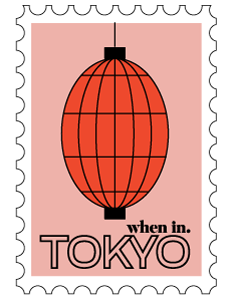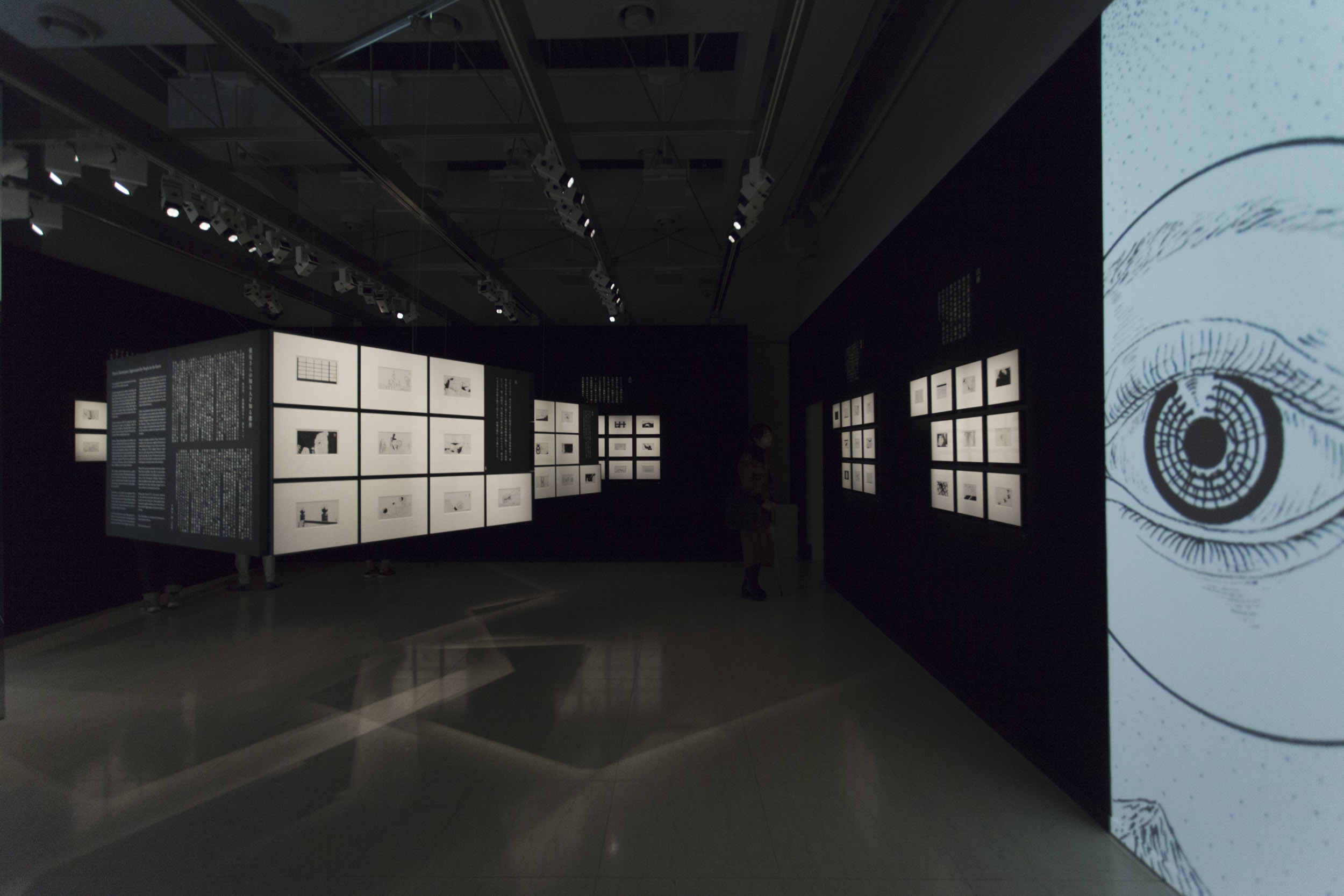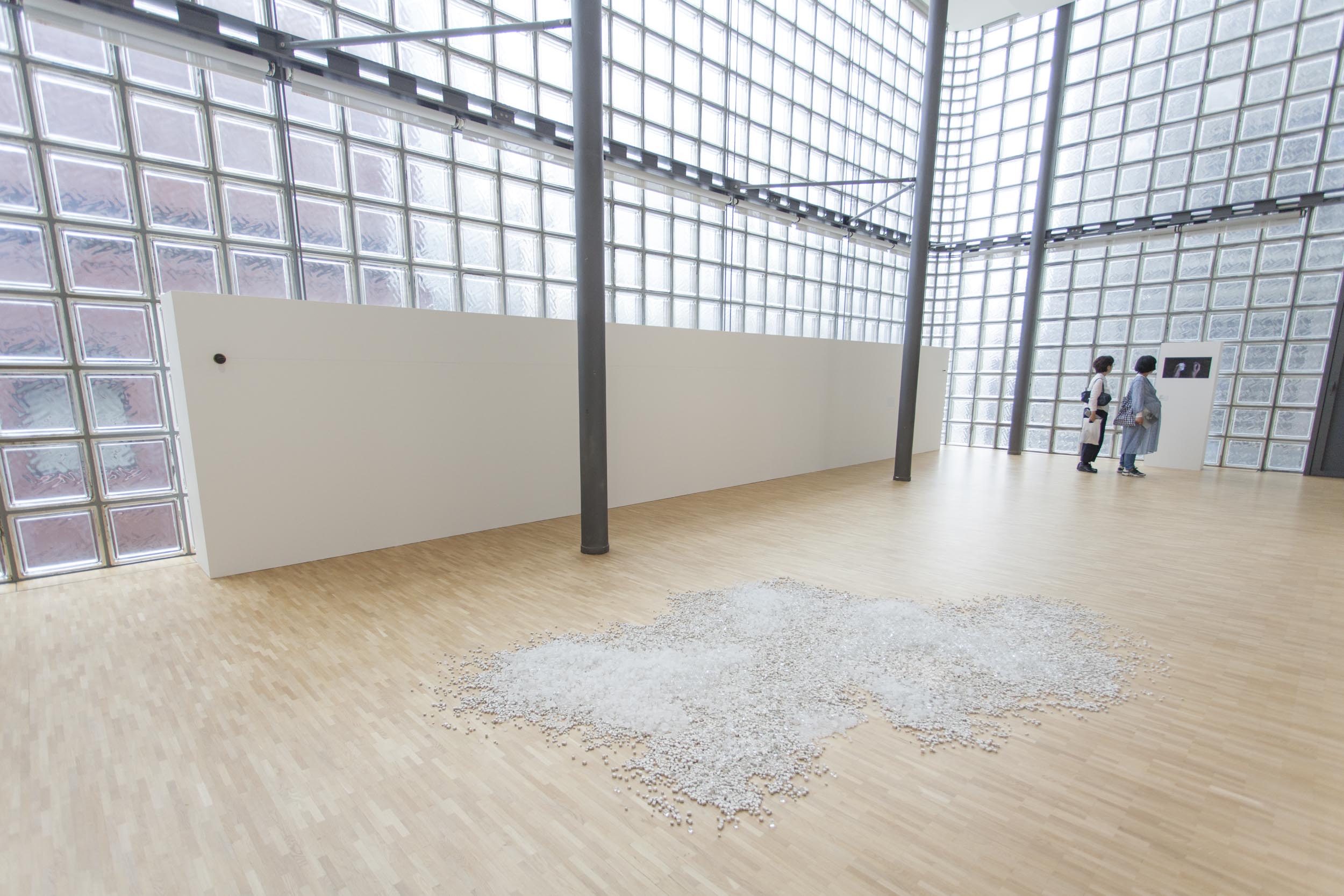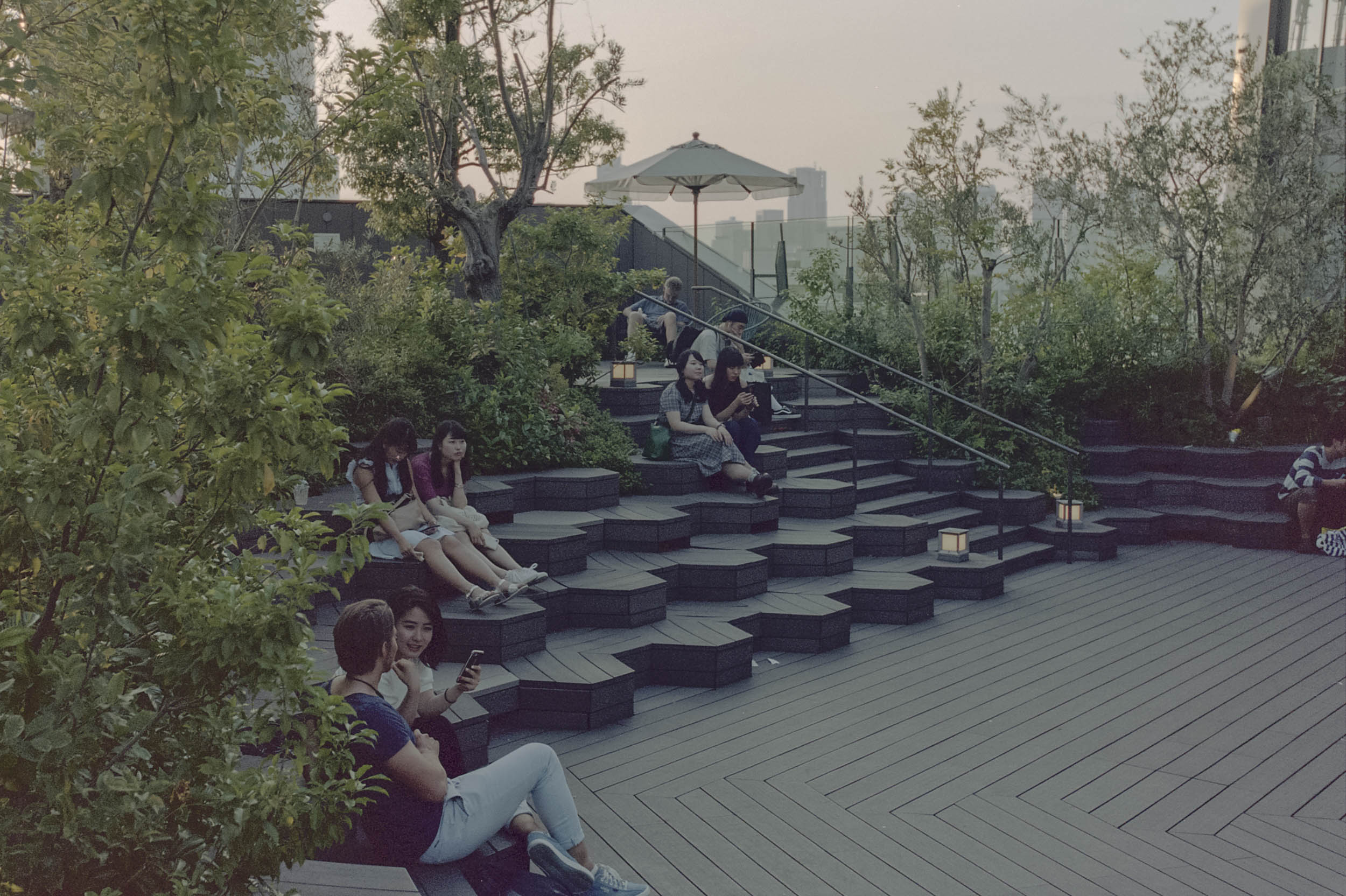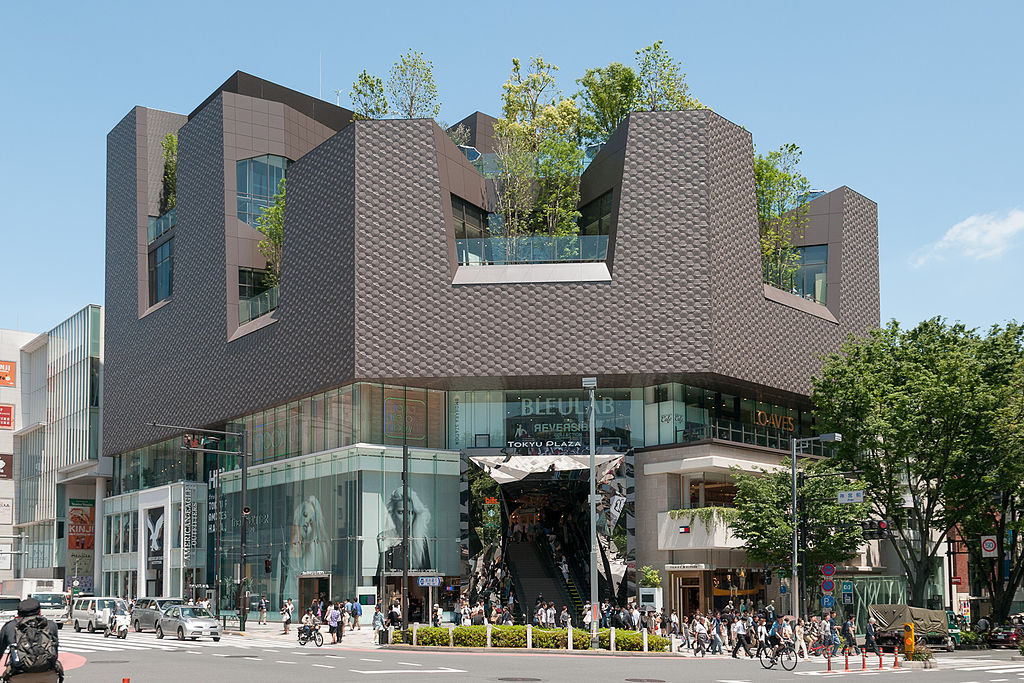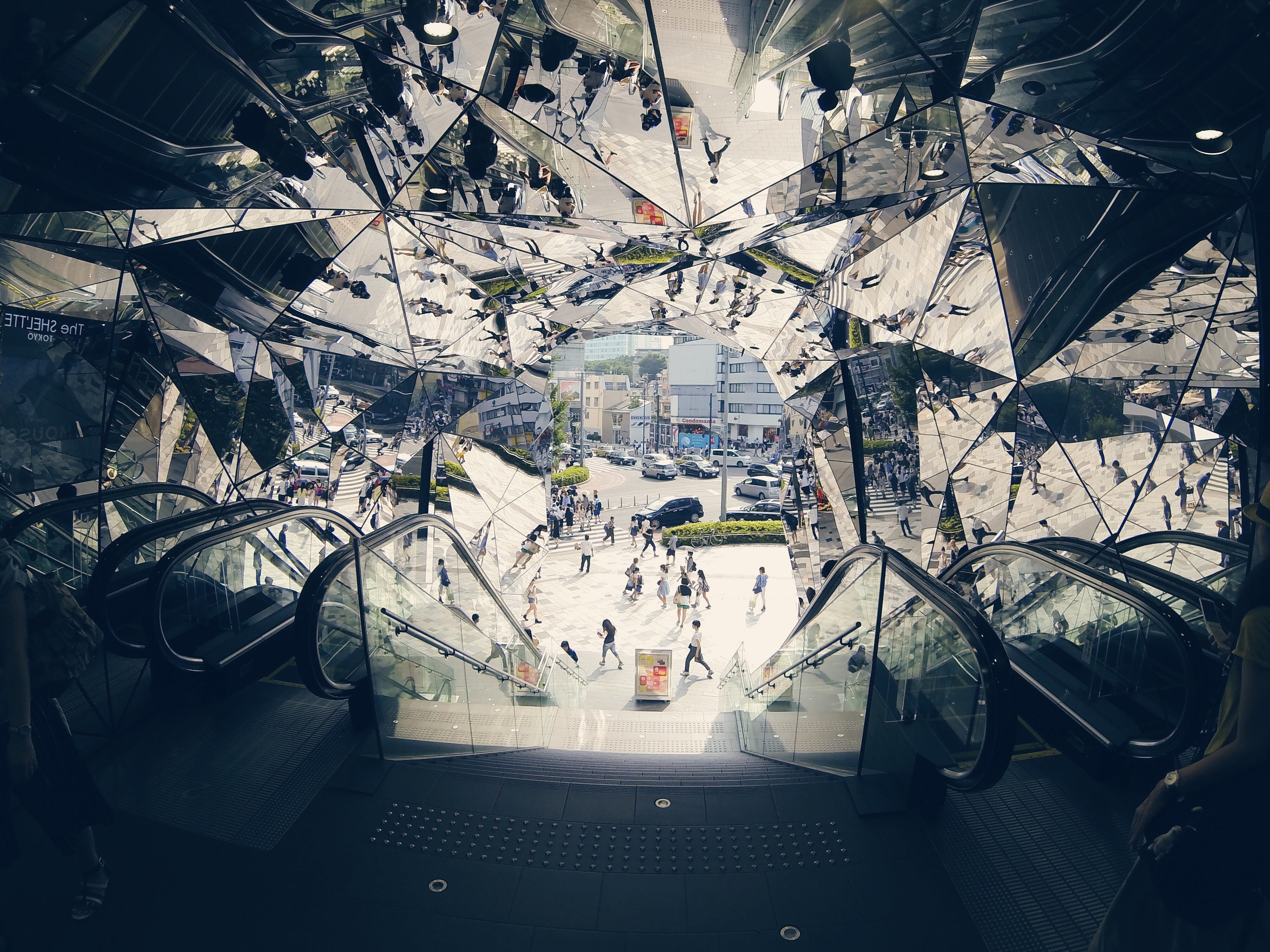
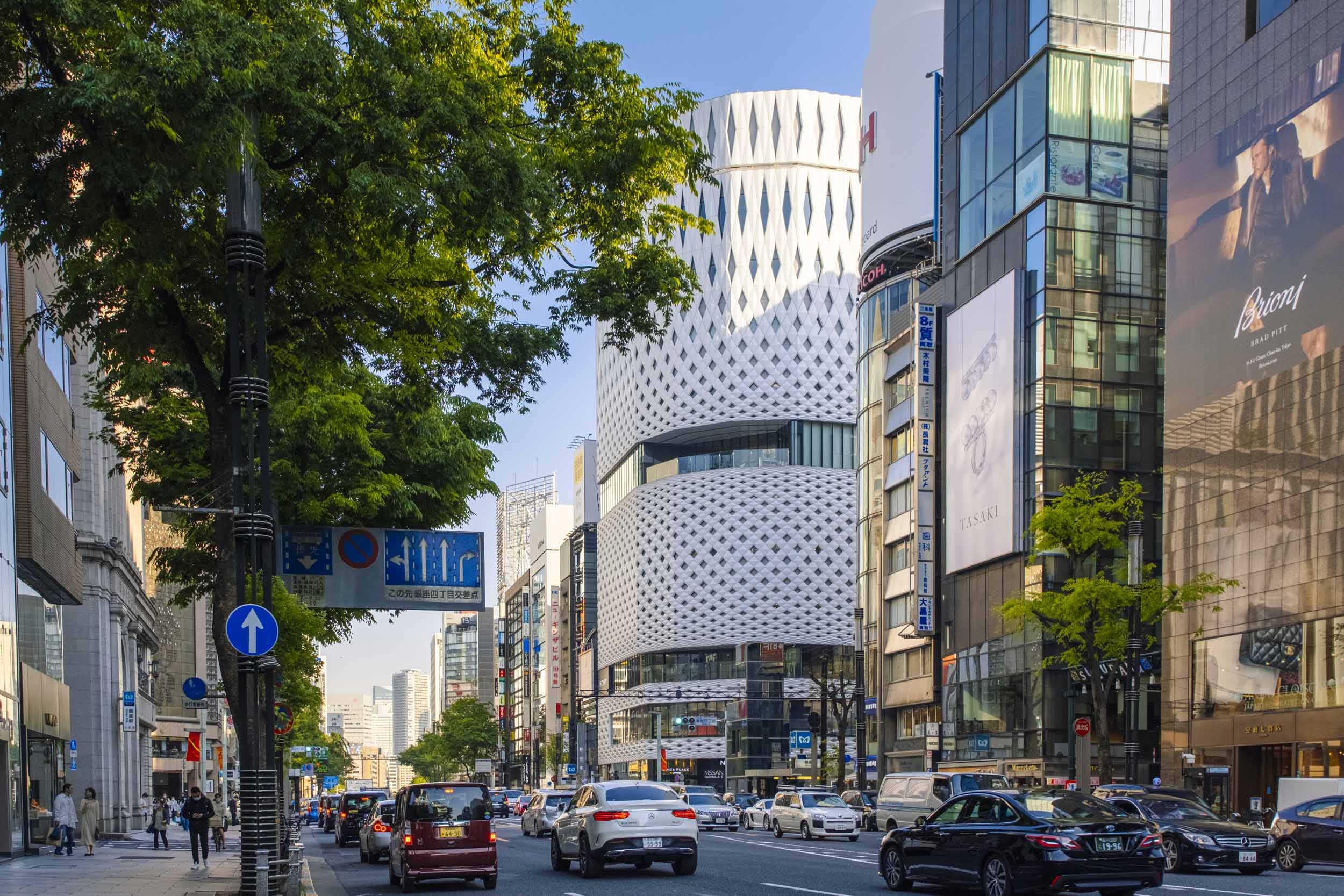
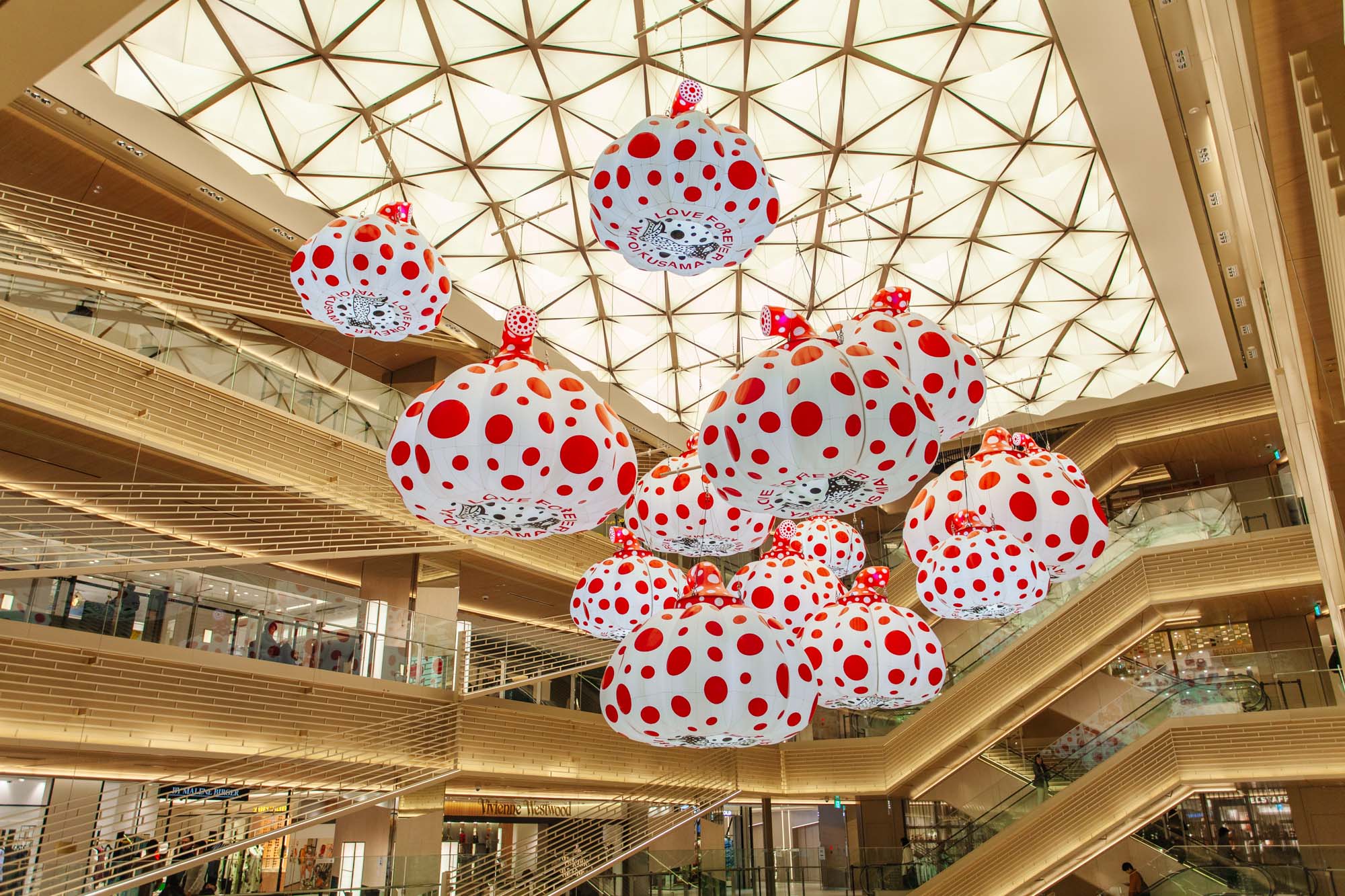

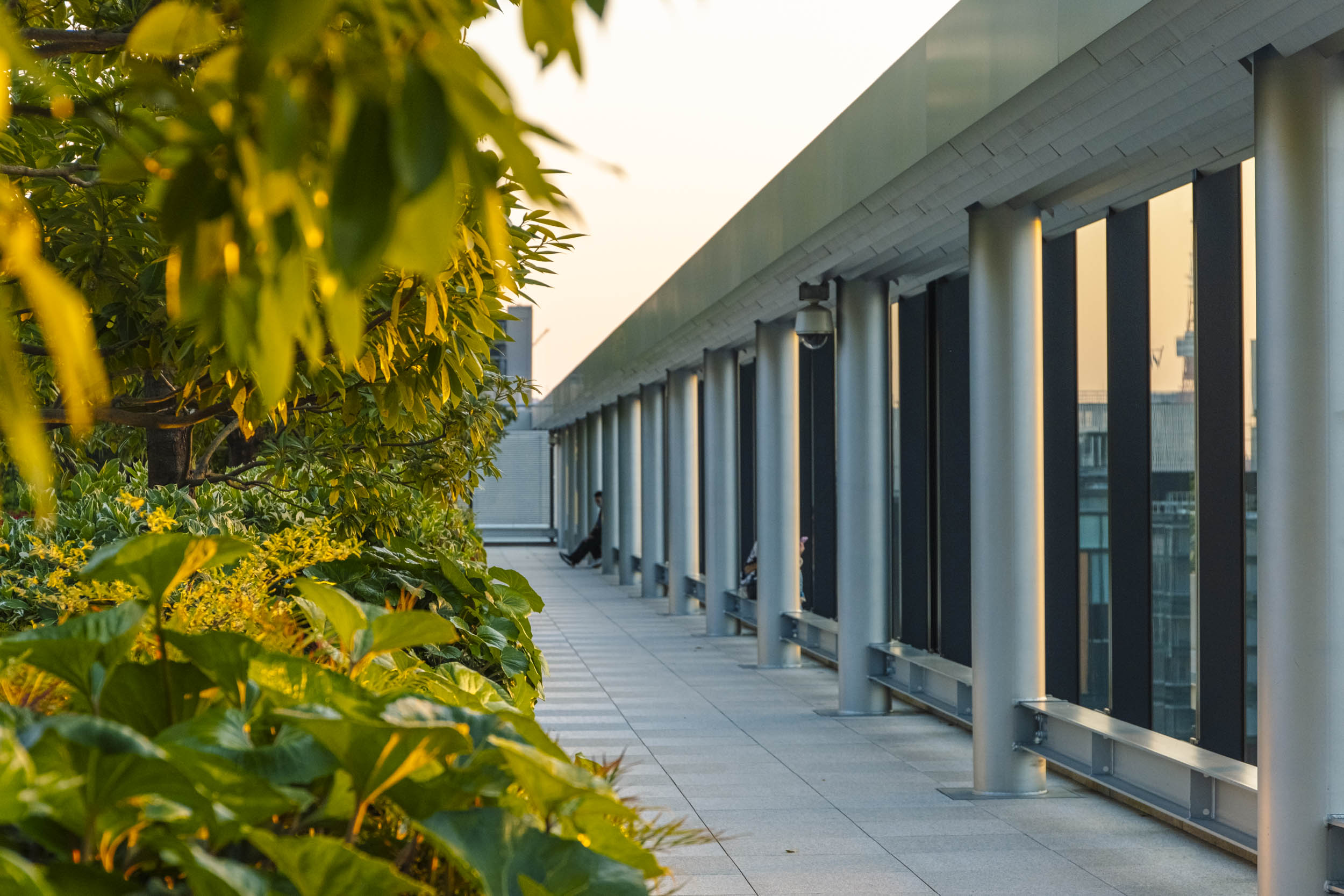
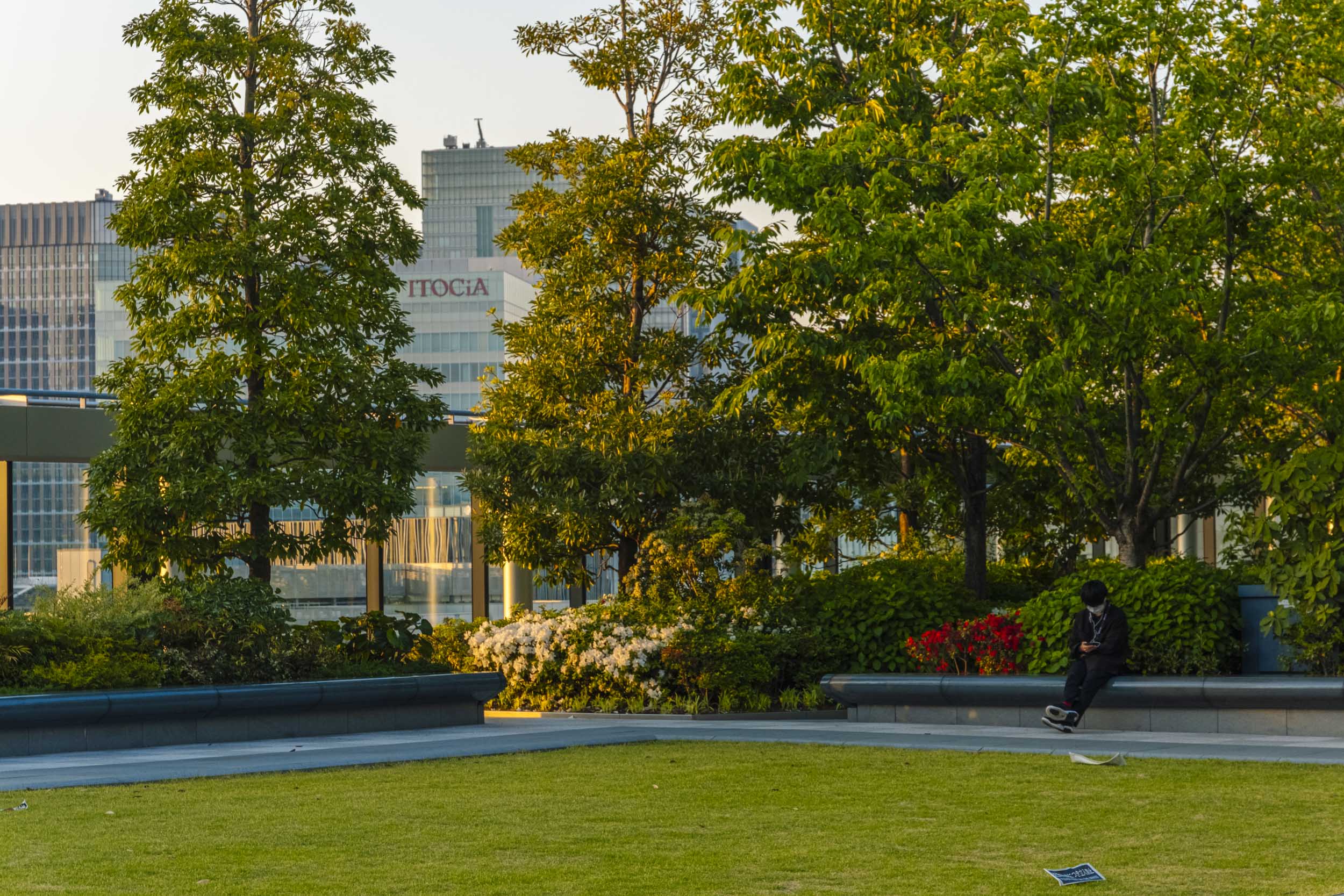
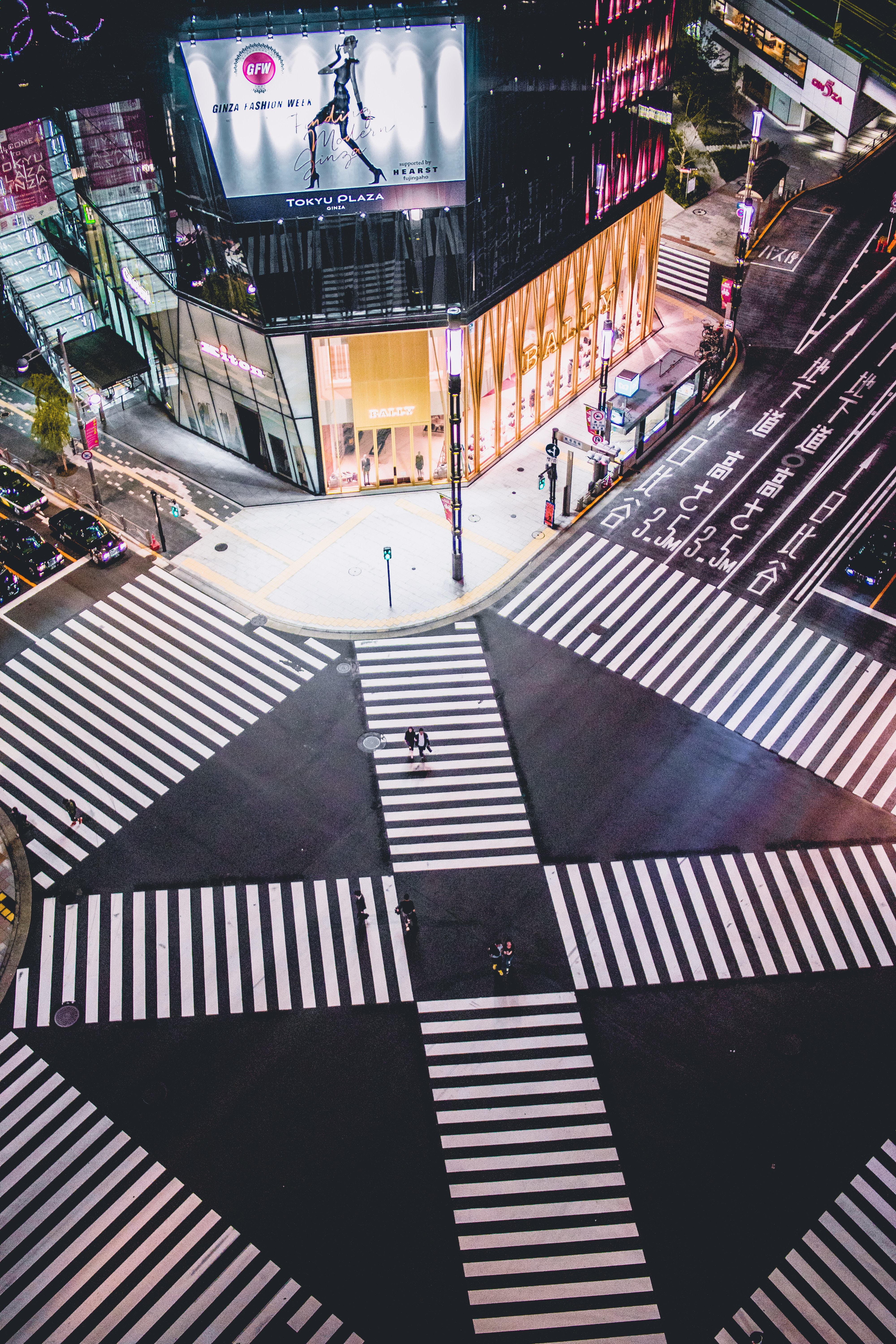
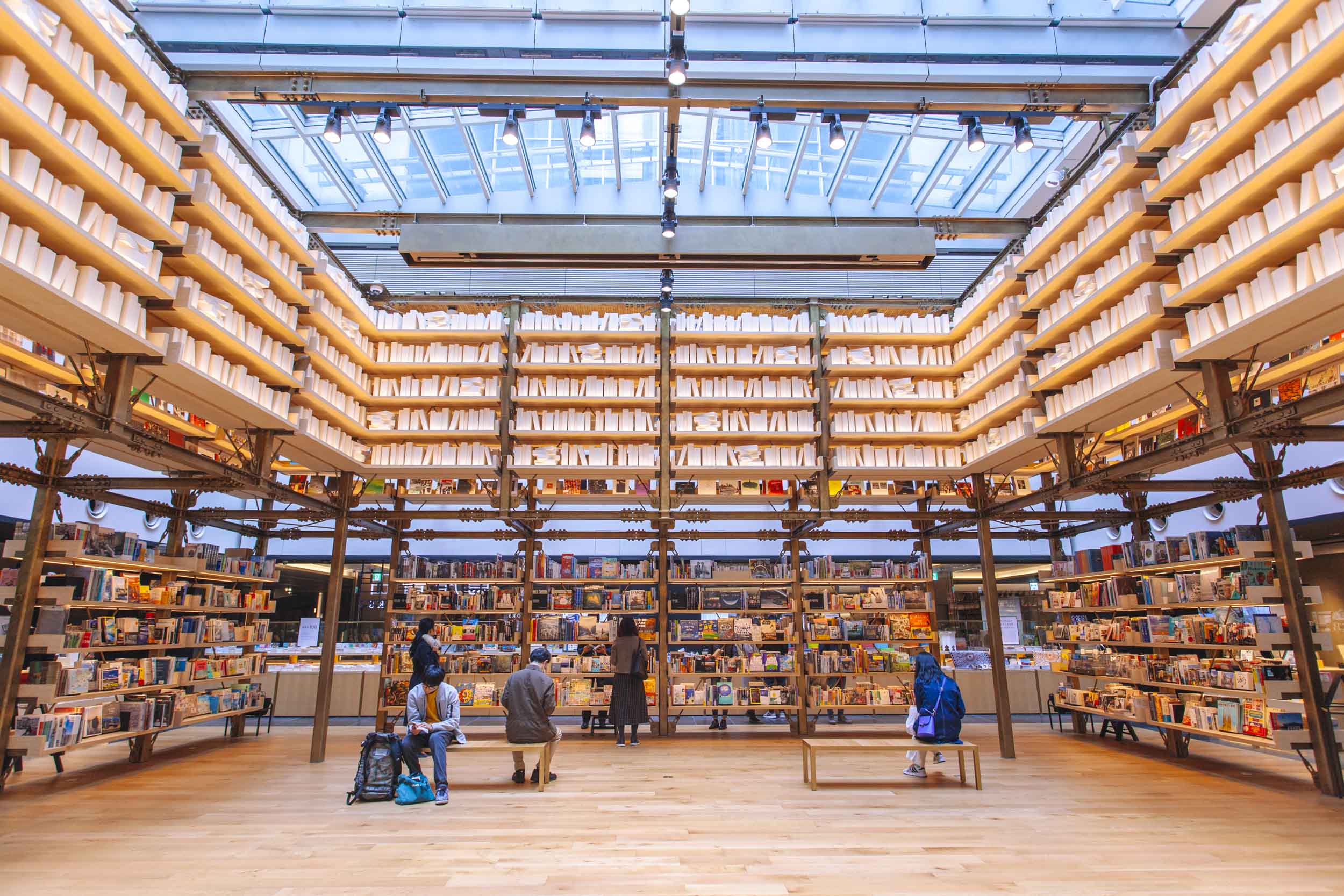
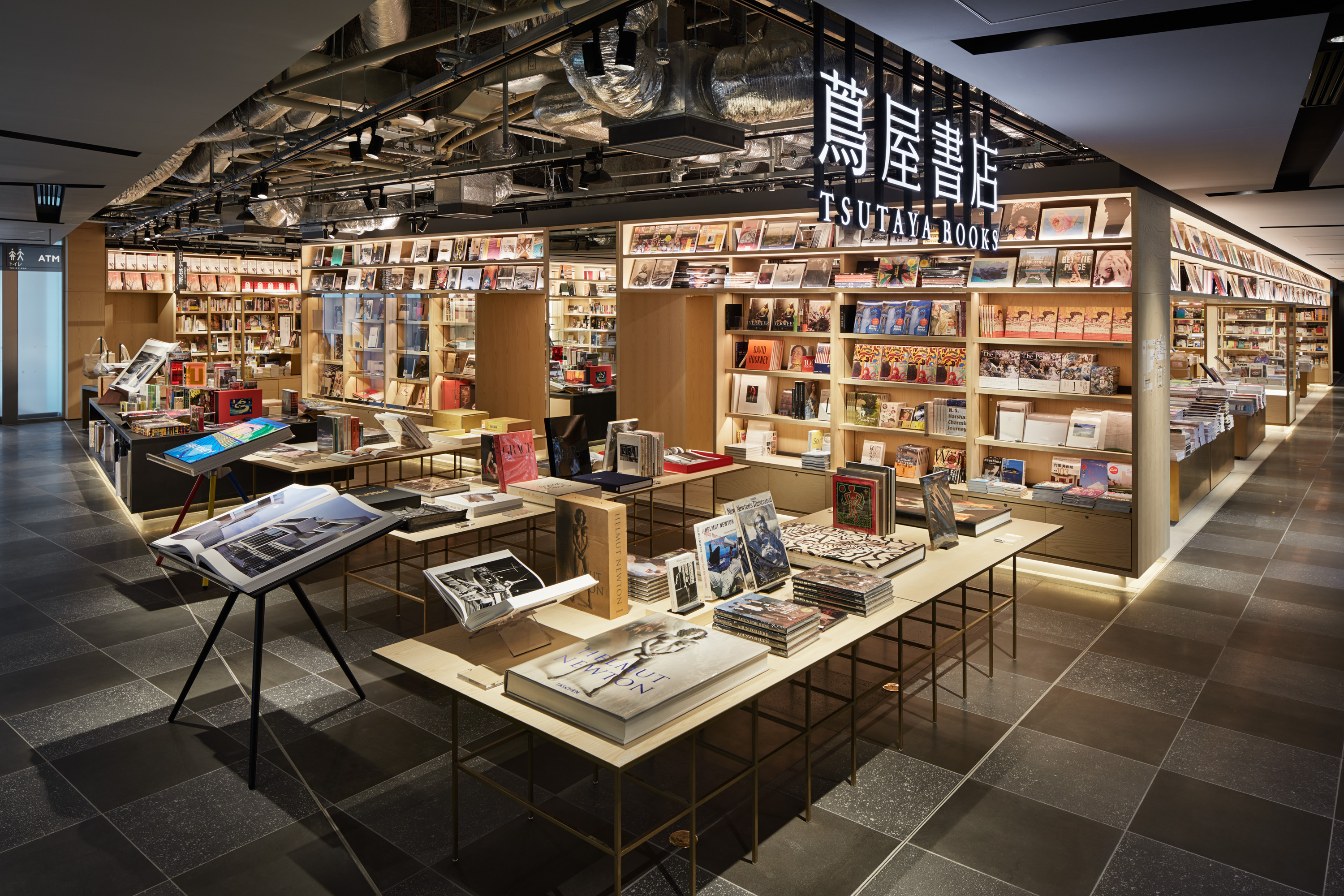

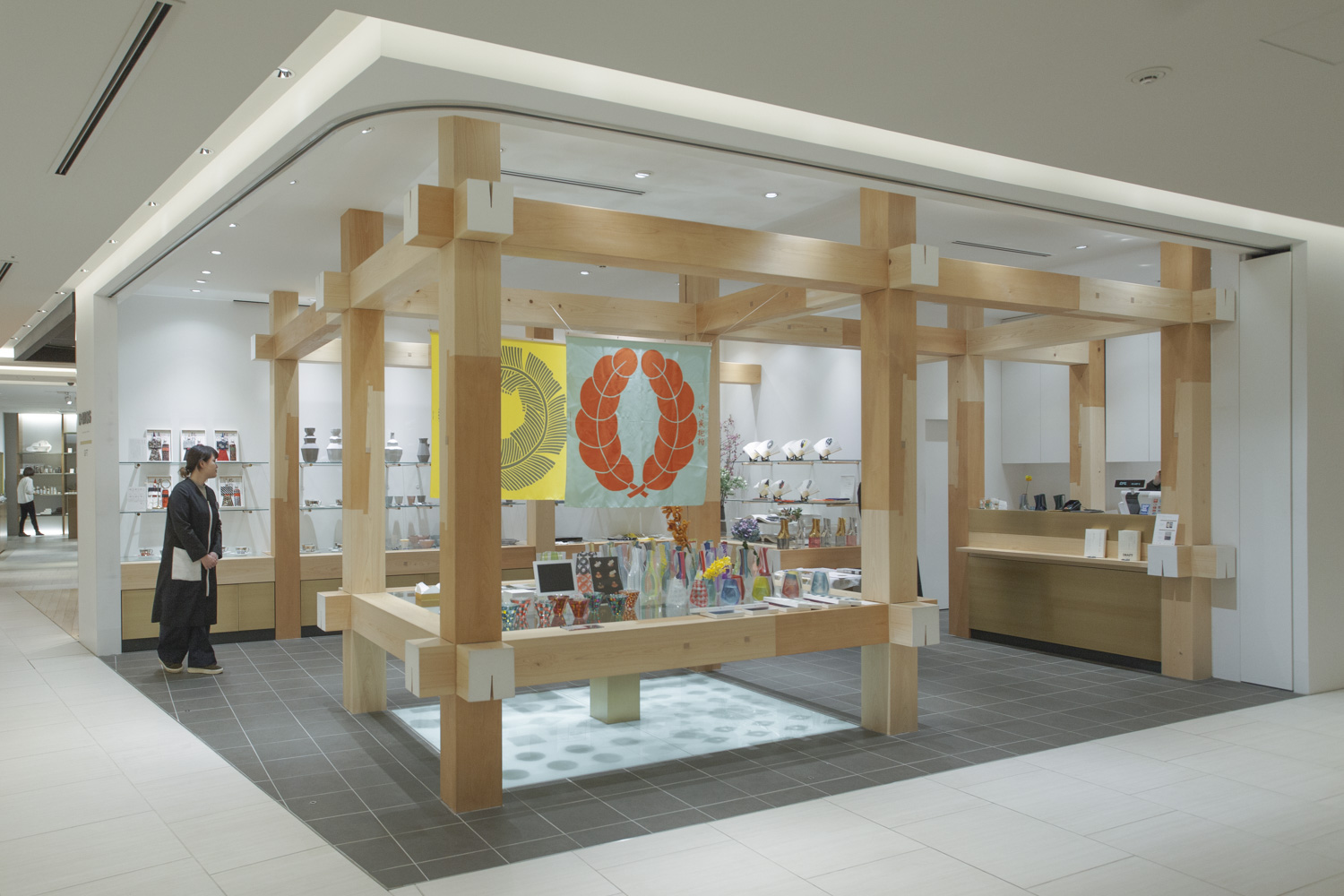
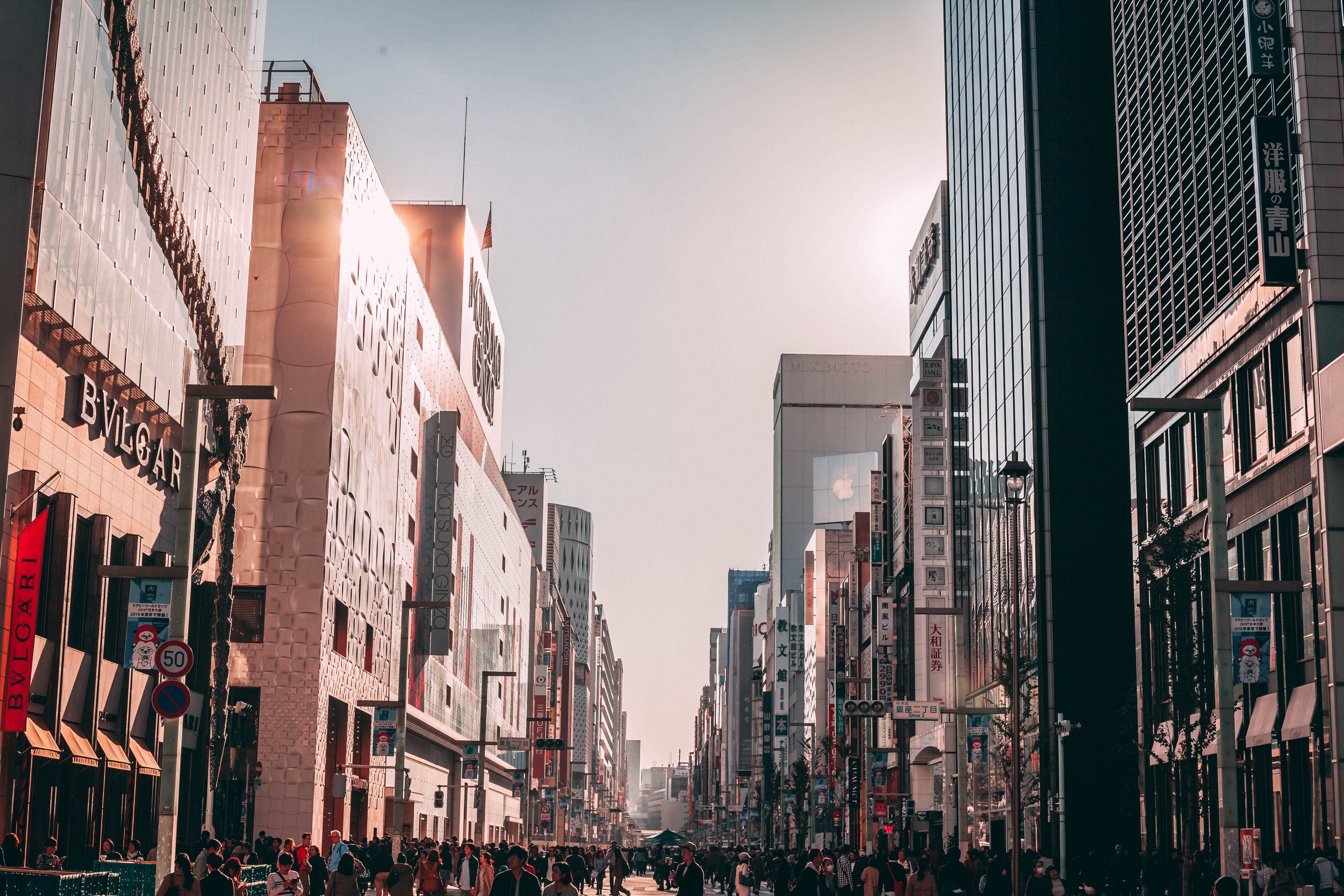
Start your day at Ginza Six, the fashion and design empire opened in 2018, which takes up a whole block on Ginza’s main street and boasts one of Tokyo’s best (and free) rooftop gardens, an outstanding art and design bookstore on the 6th floor, an art gallery, and even a Noh Theatre for traditional Japanese entertainment.
On a sunny day, get yourself some of the culinary creations from Ginza Six’s chic food court on the basement level and make your way up to the rooftop garden where you can get a 360 degree view of the surrounding area, at perhaps Tokyo’s most exclusive picnic spot.
On Ginza’s main street you will also find Itoya (with the signature red paper clip above its entrance), perhaps Japan’s most famous shop for all things stationary. Spanning over two buildings and 18 floors in total, Itoya stocks anything from pens, paints, craft materials, canvases, paper, postcards, travel gear and has two cafes and even a greenhouse.
Especially worth mentioning is the selection of fine papers by TAKEO on the 7th floor, a branch of one of Japan’s most famous paper distributers boasting a range of 1000 papers in almost any colour or texture imagineable which can be cut to size in store.
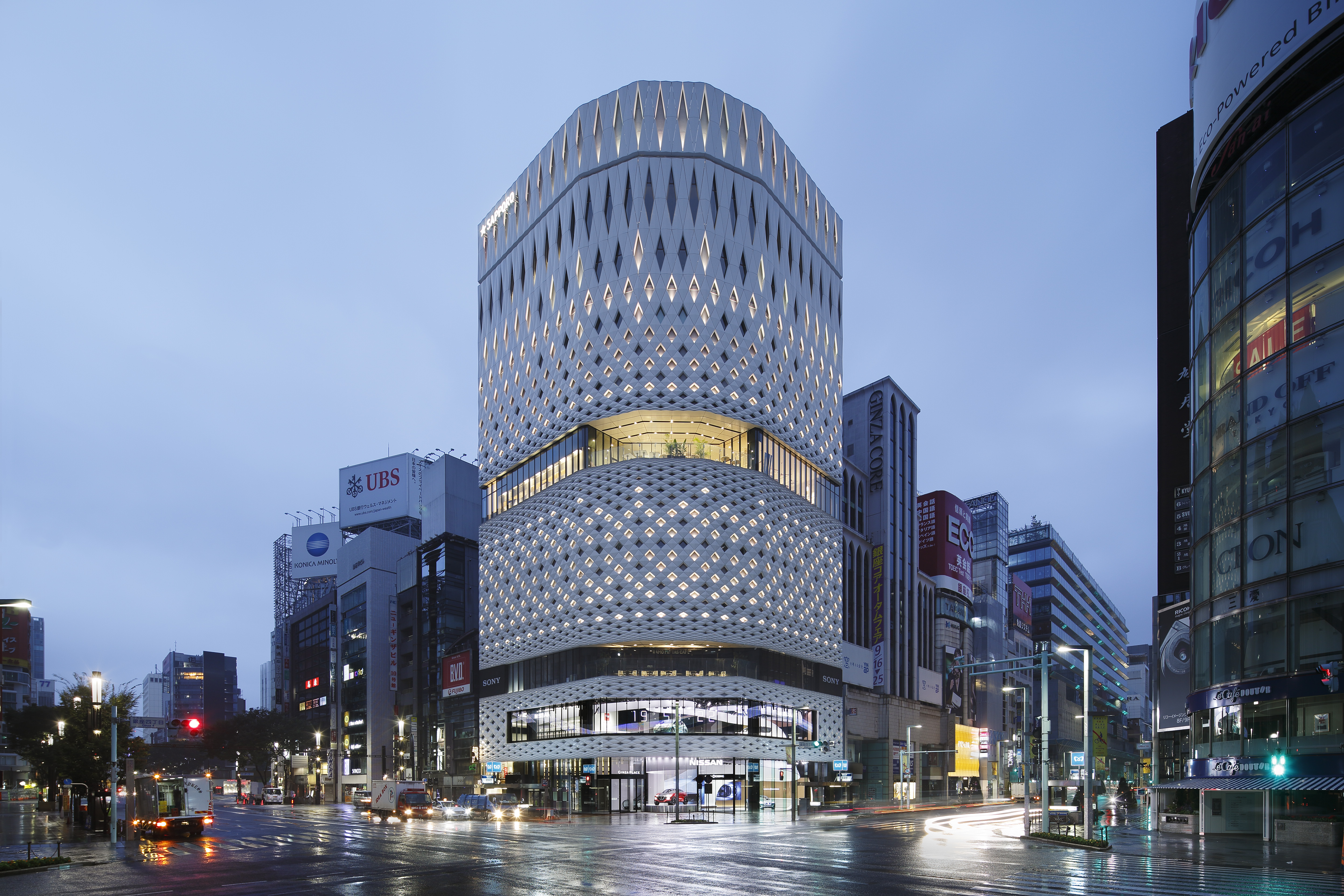
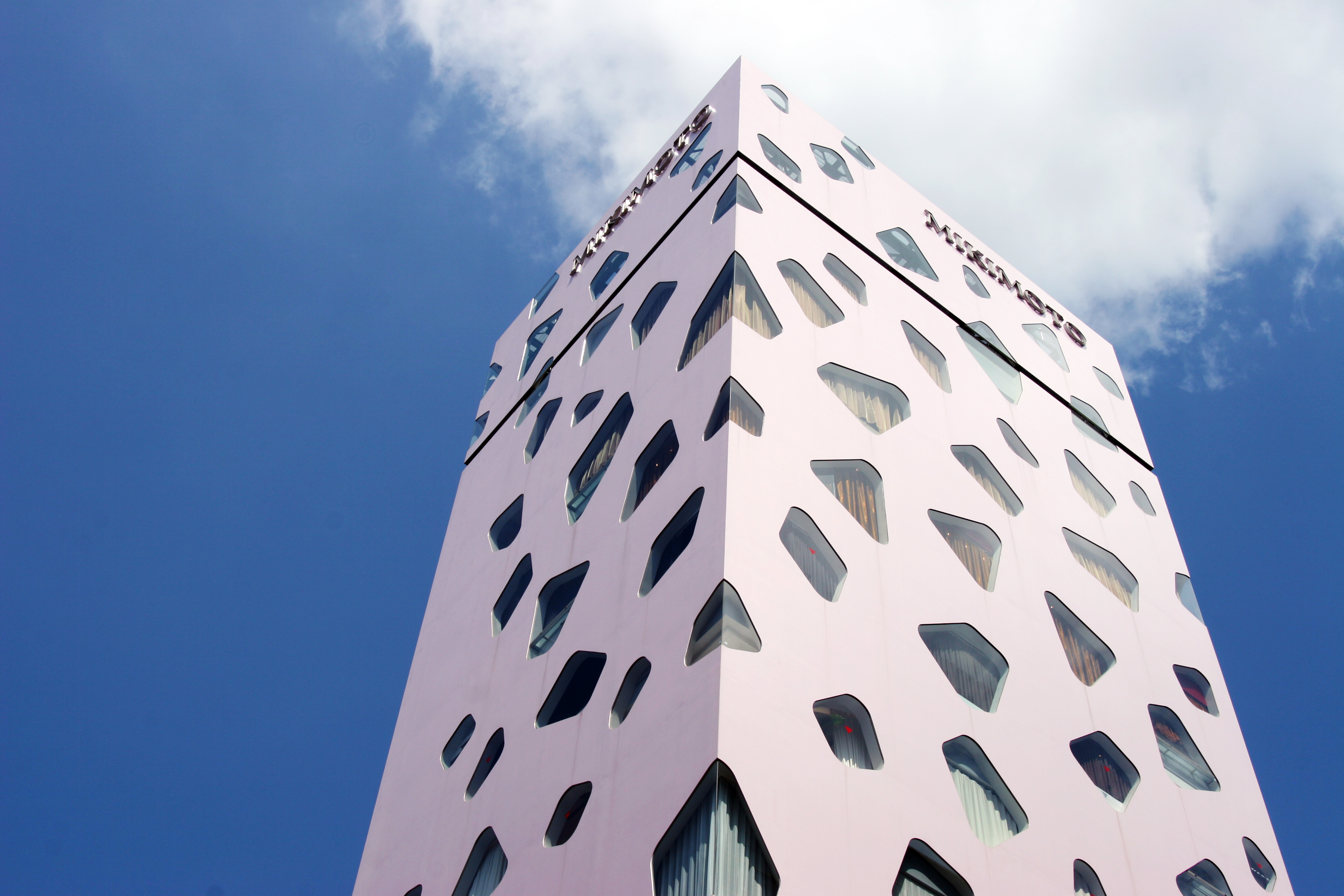
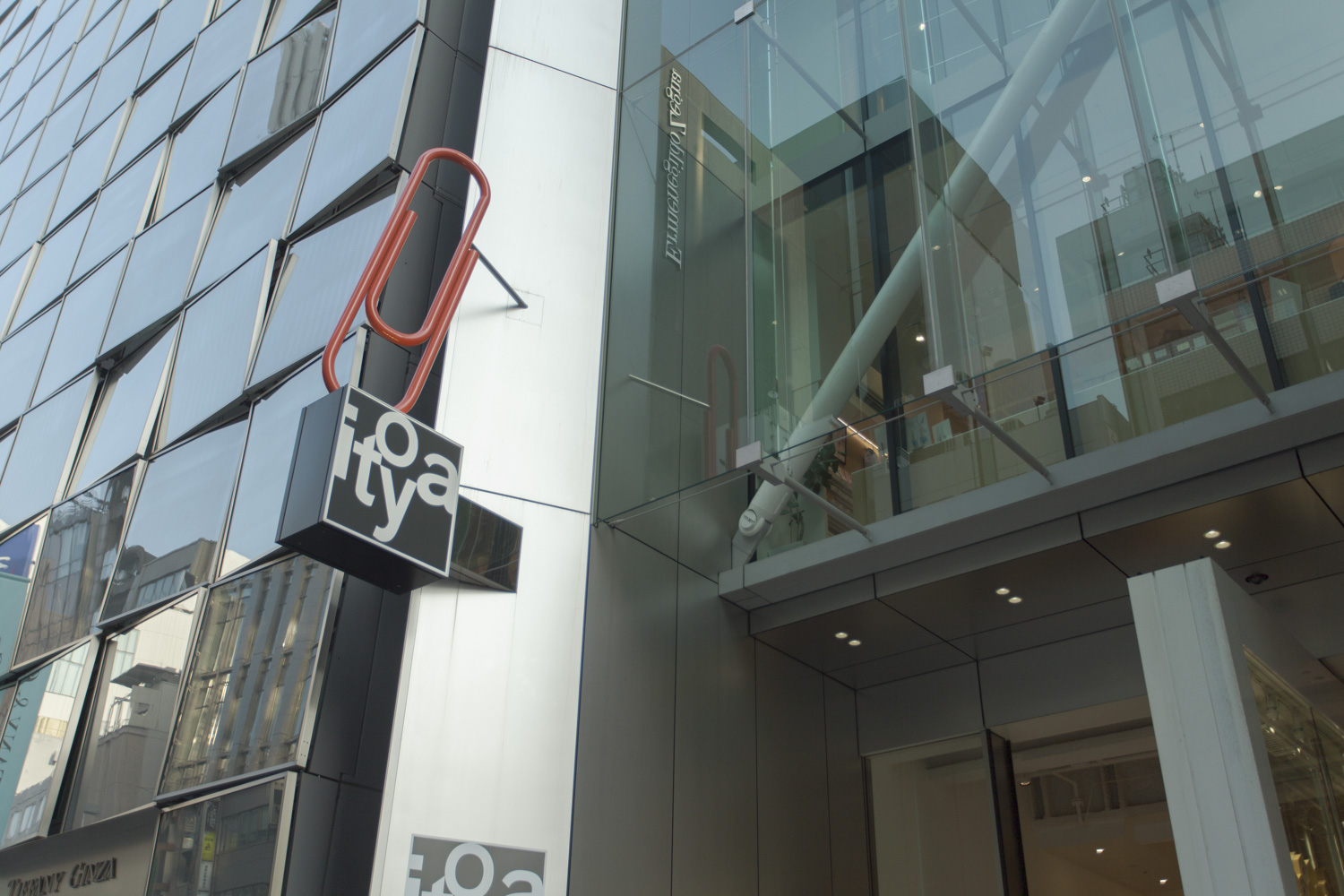
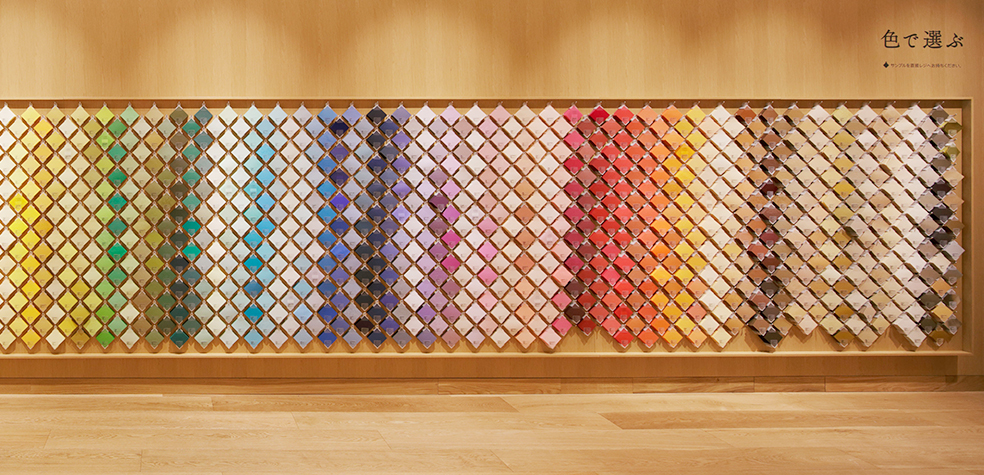
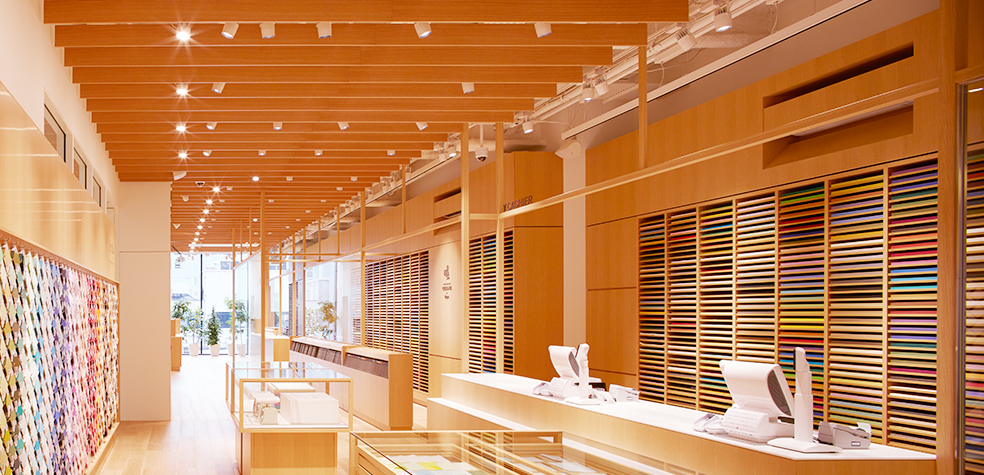
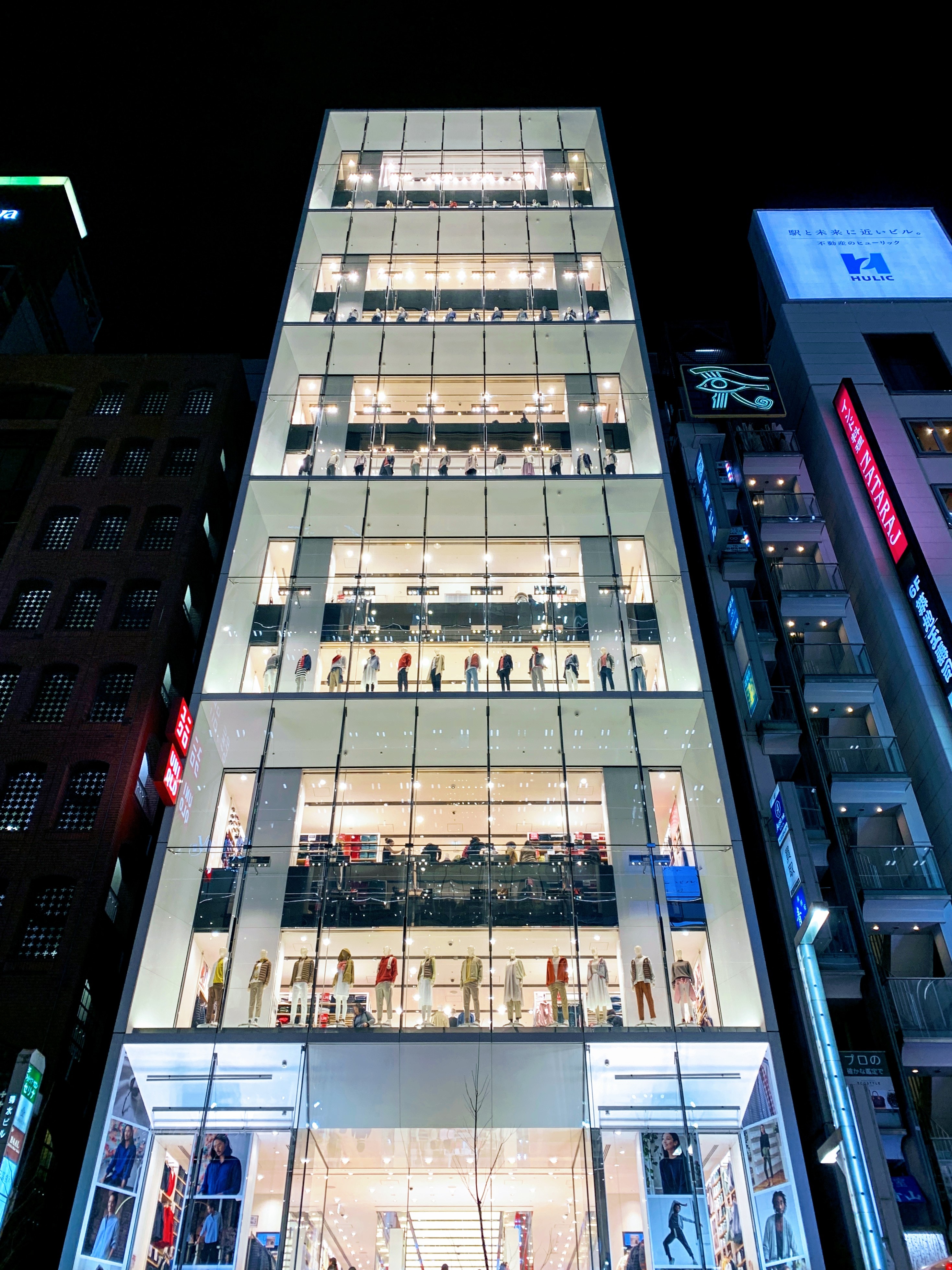
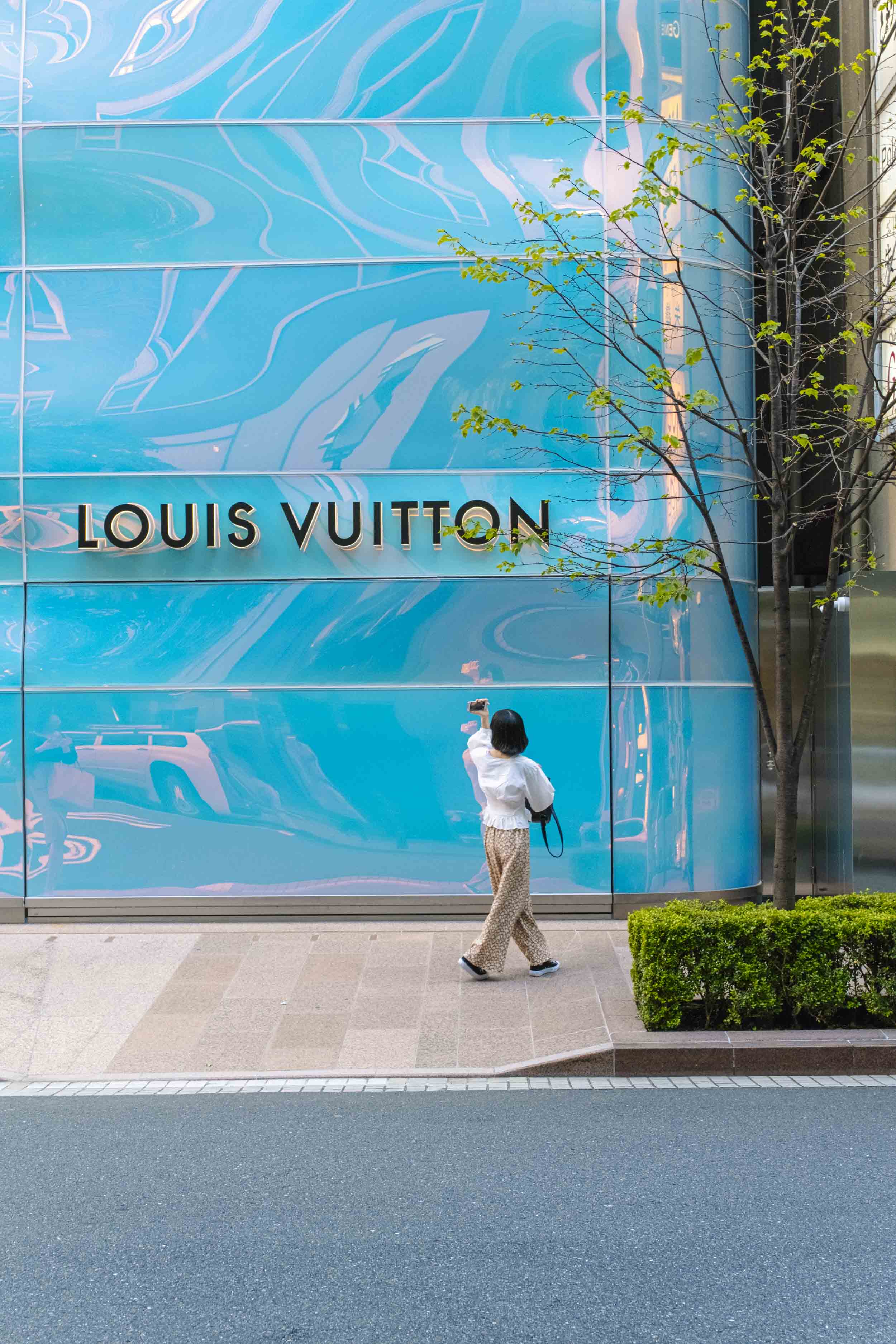
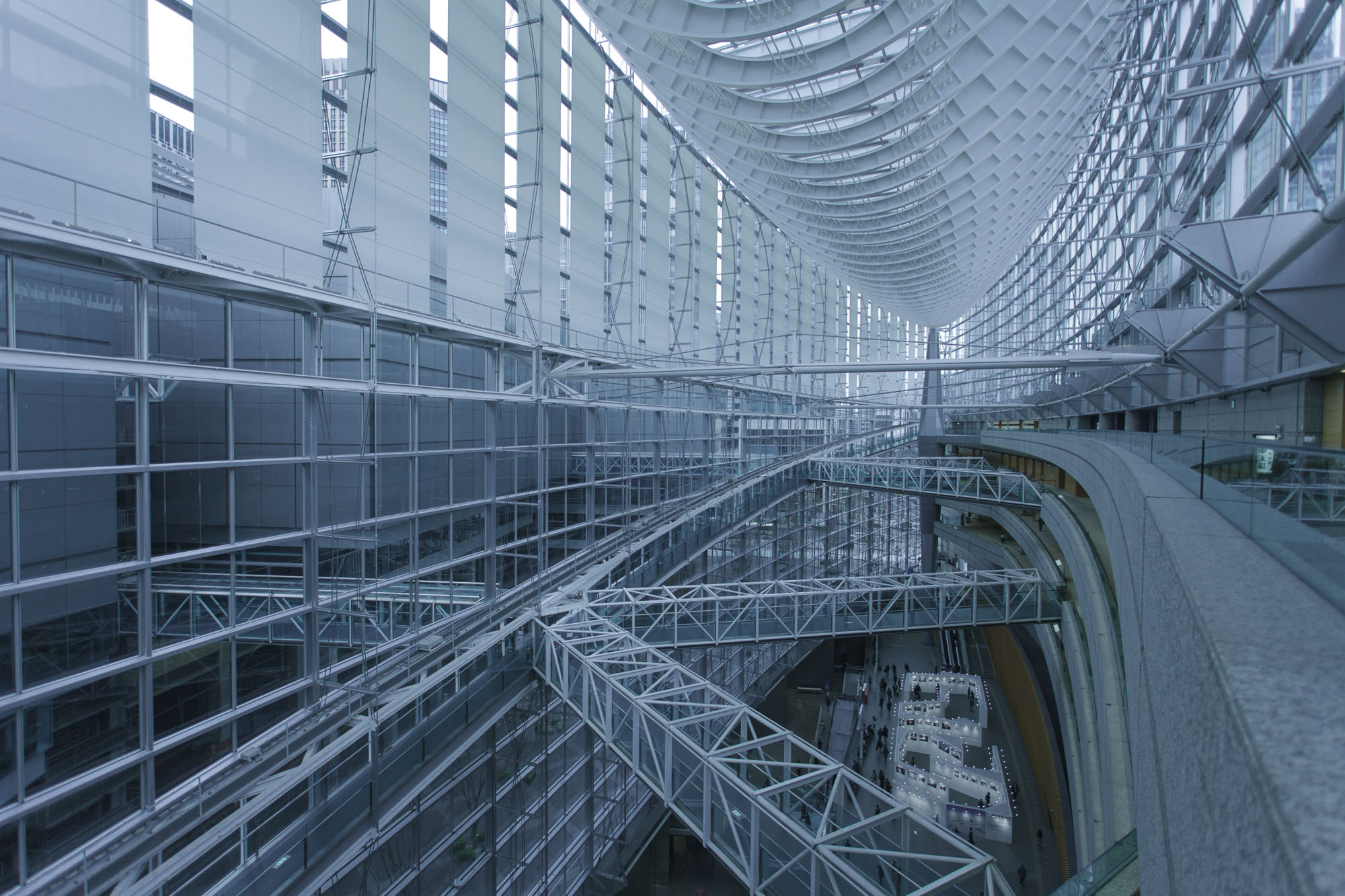


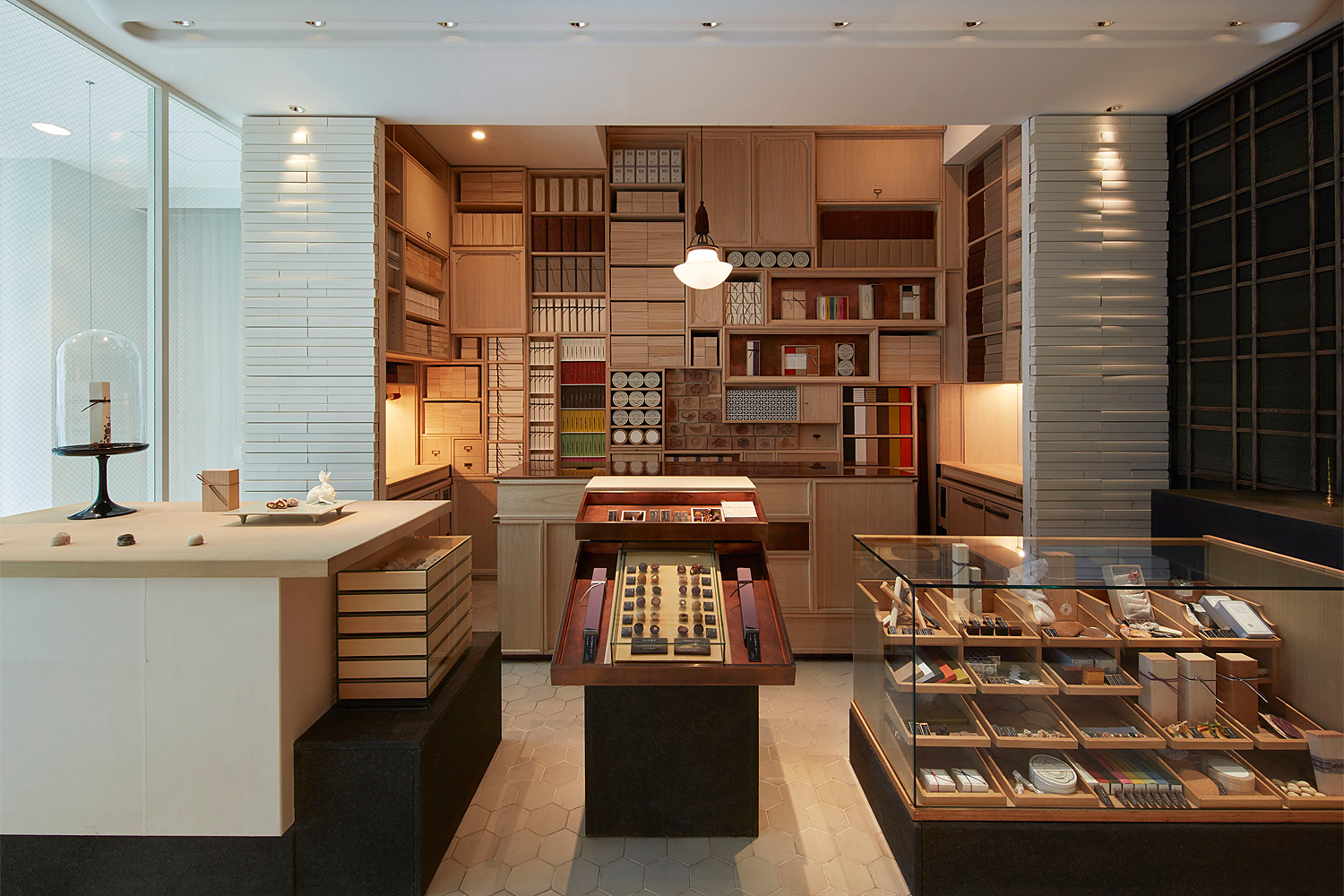
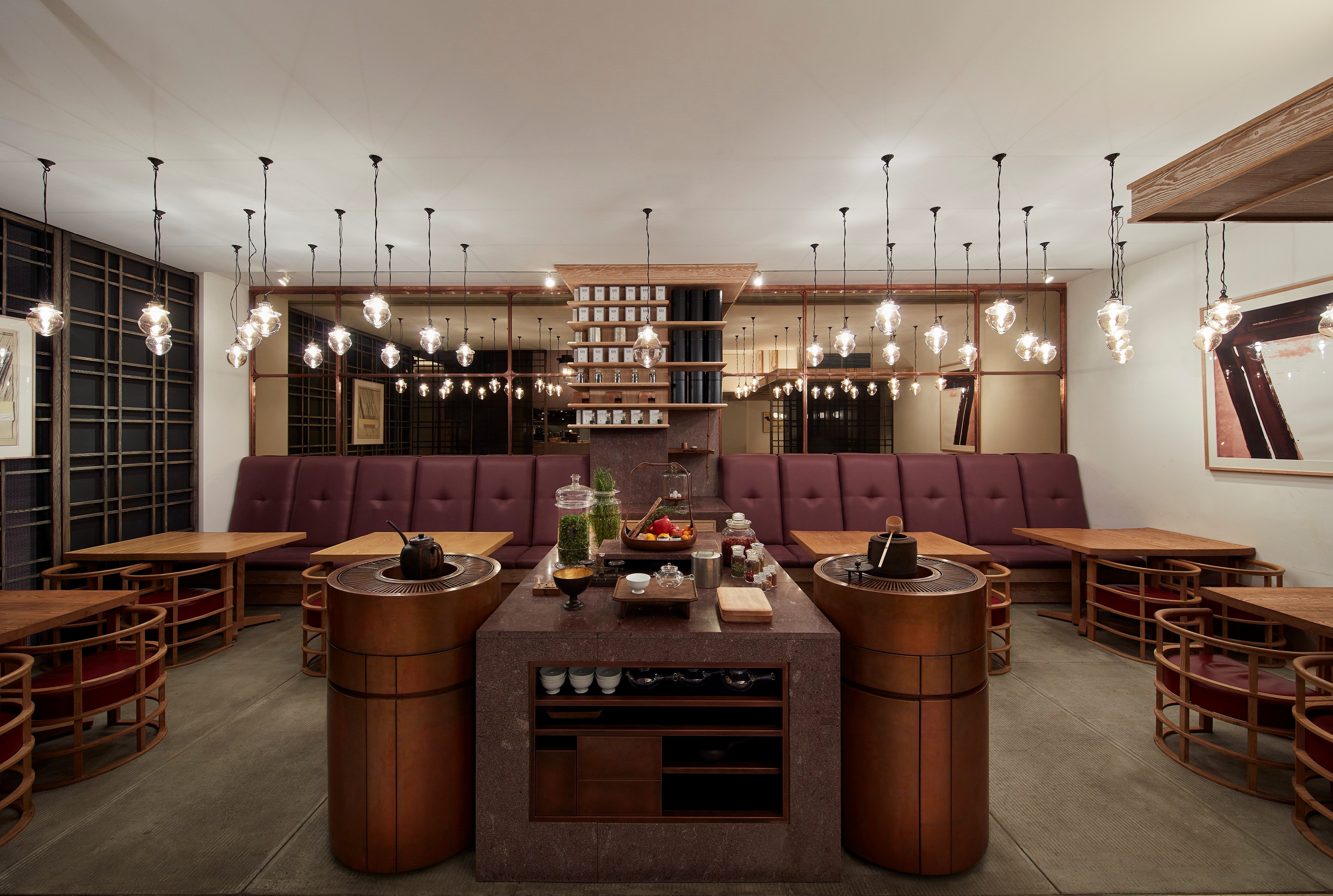
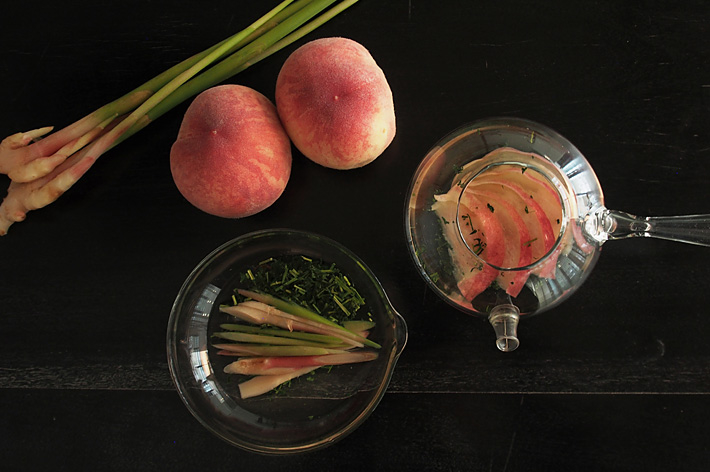
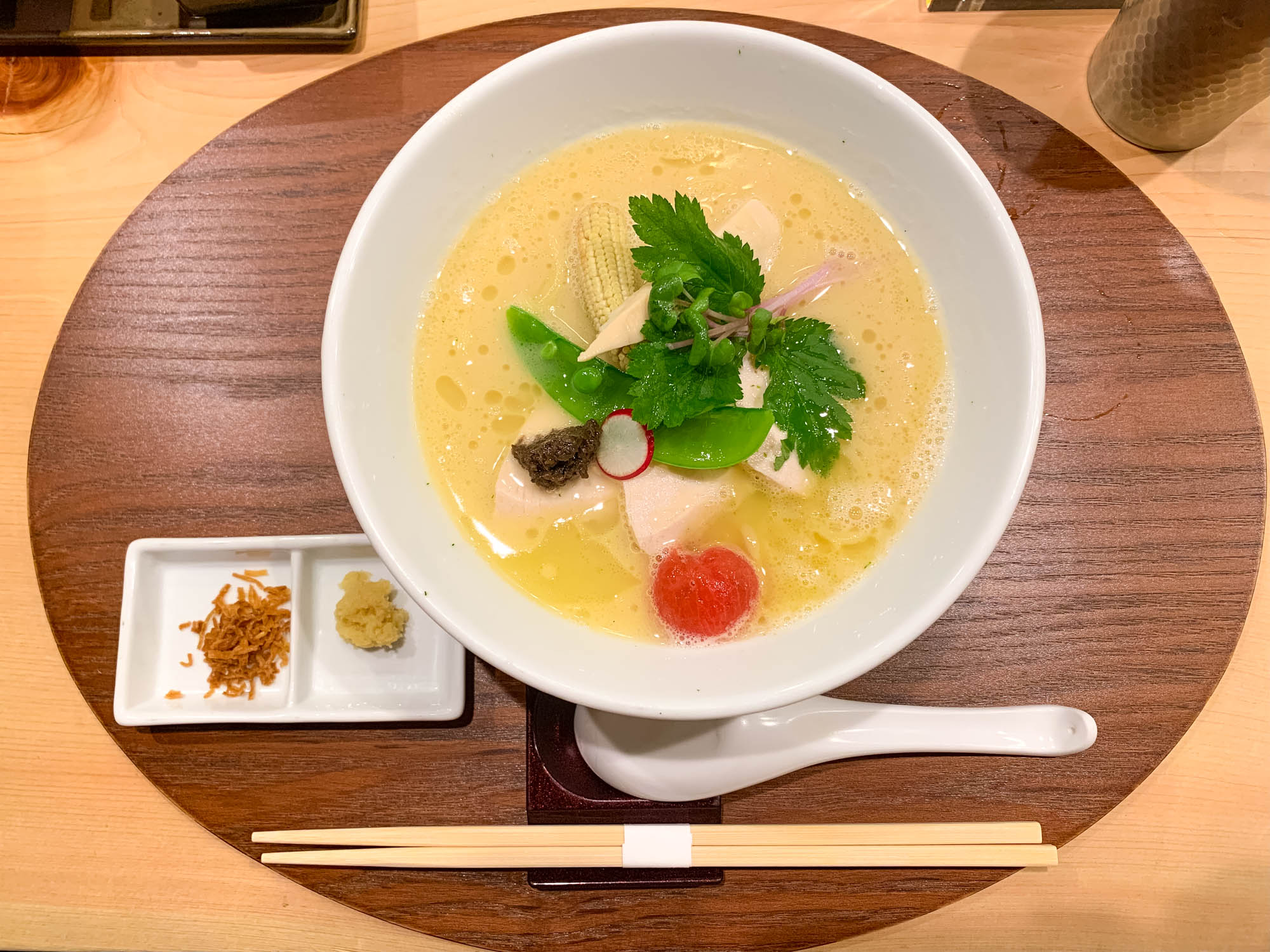
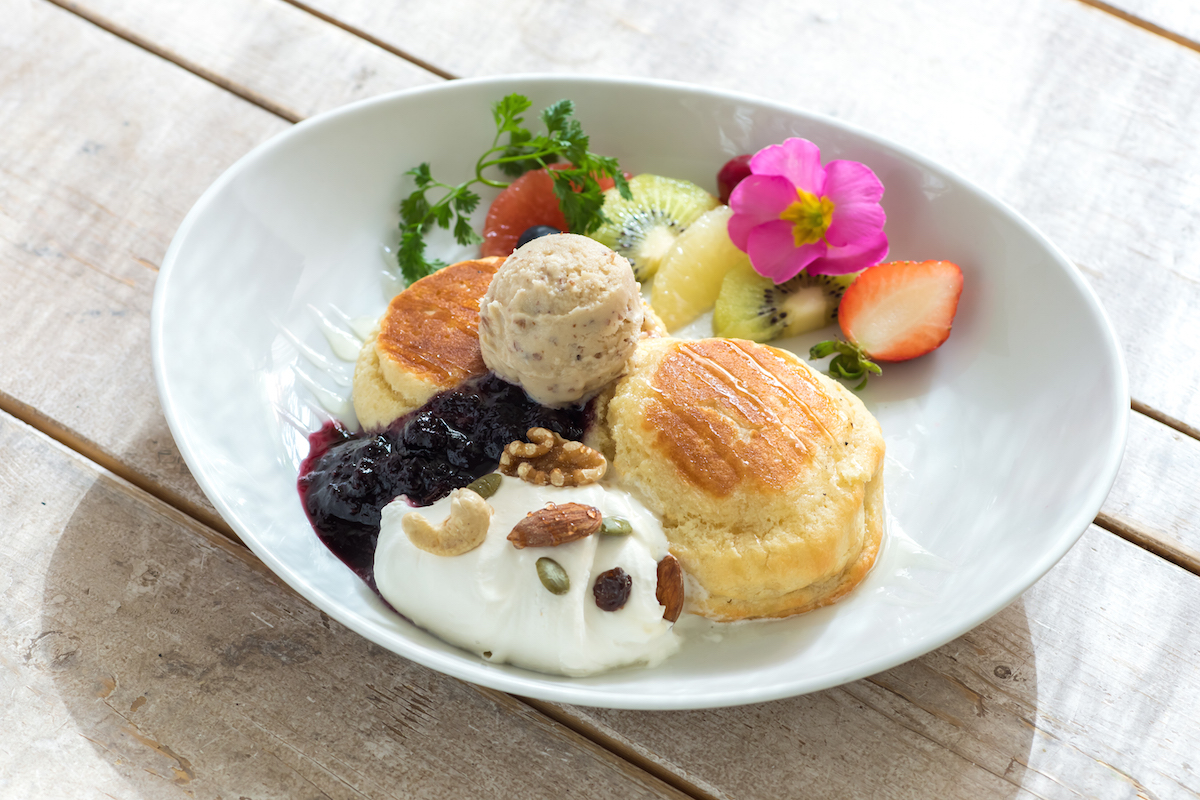
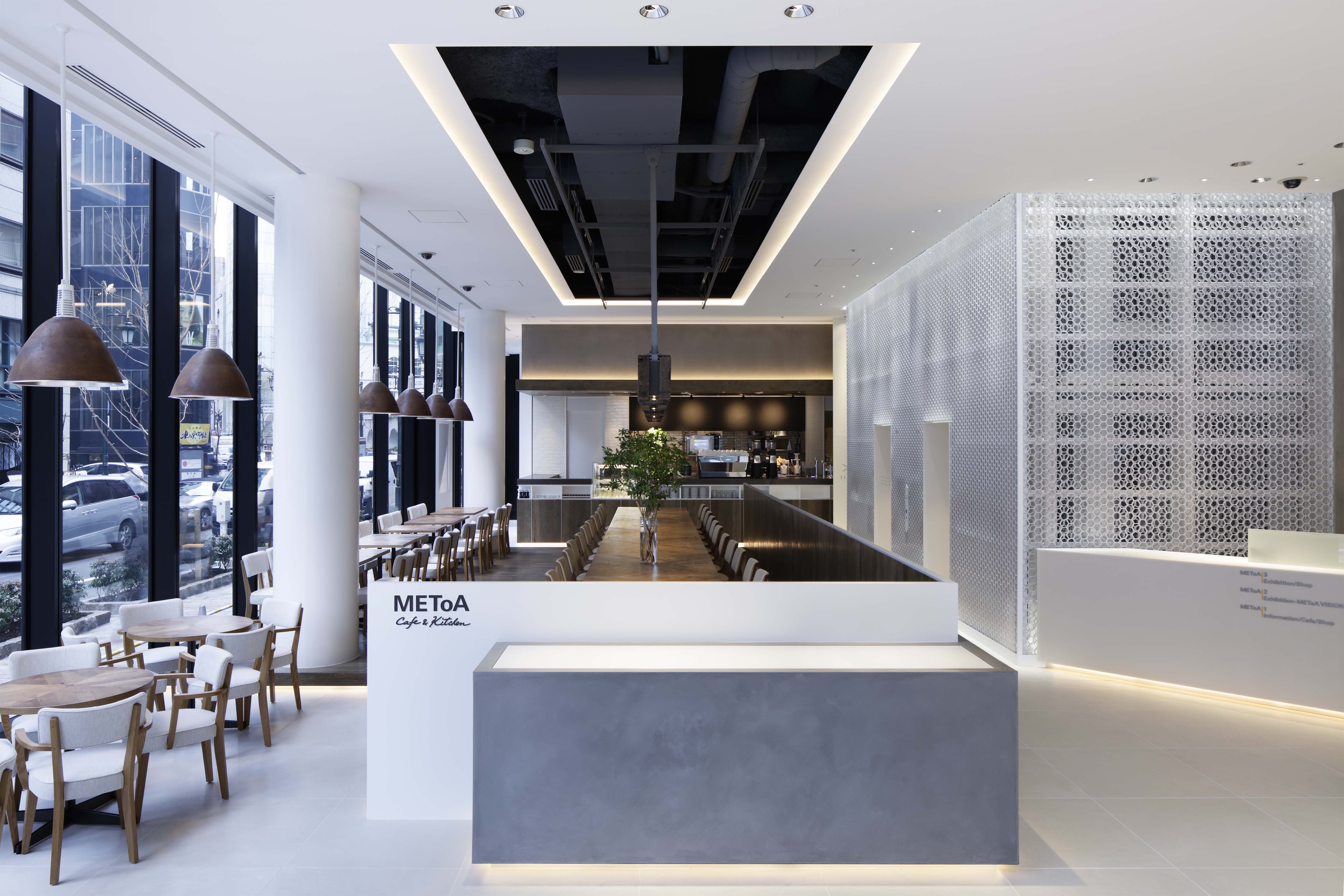
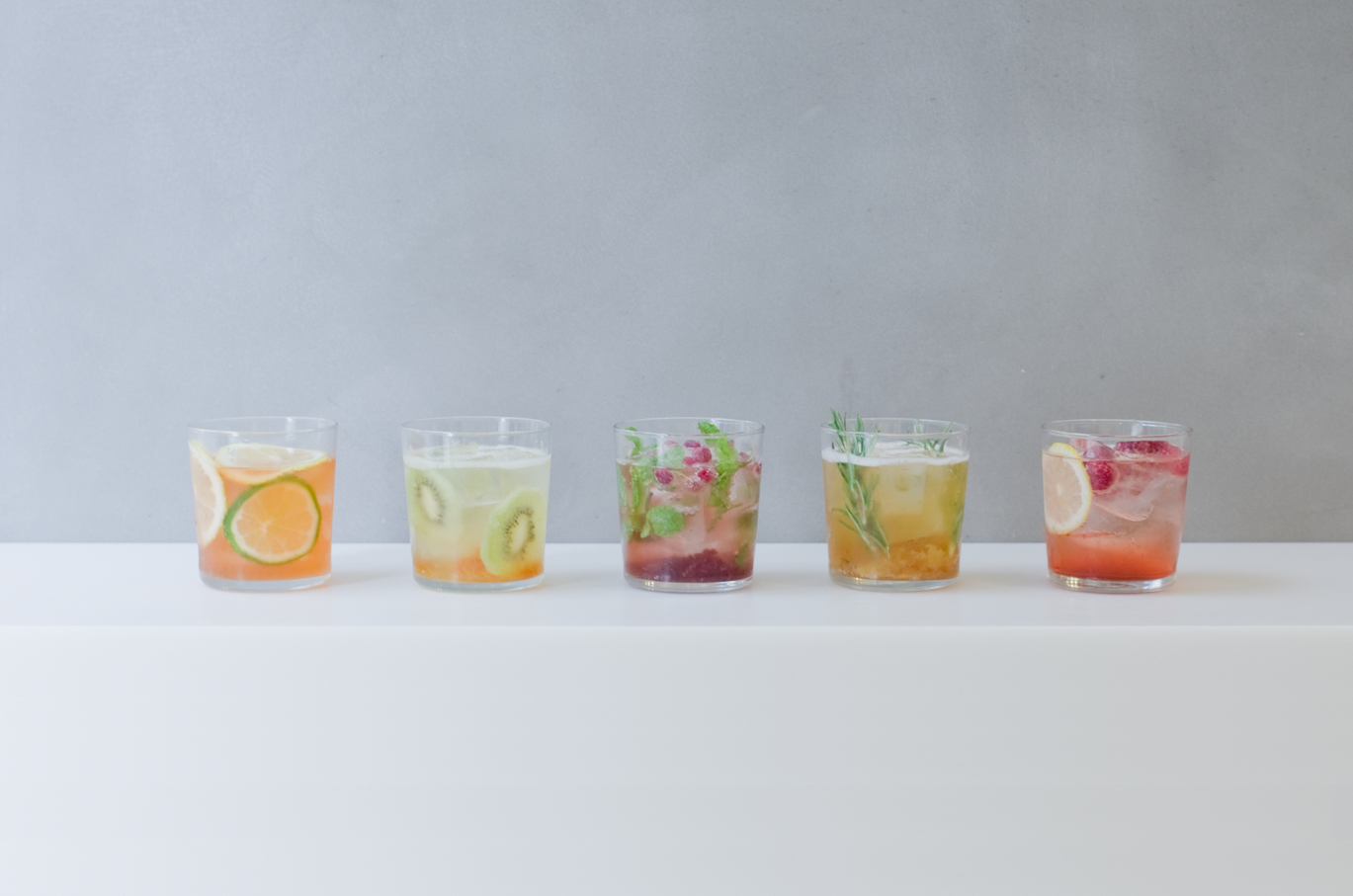
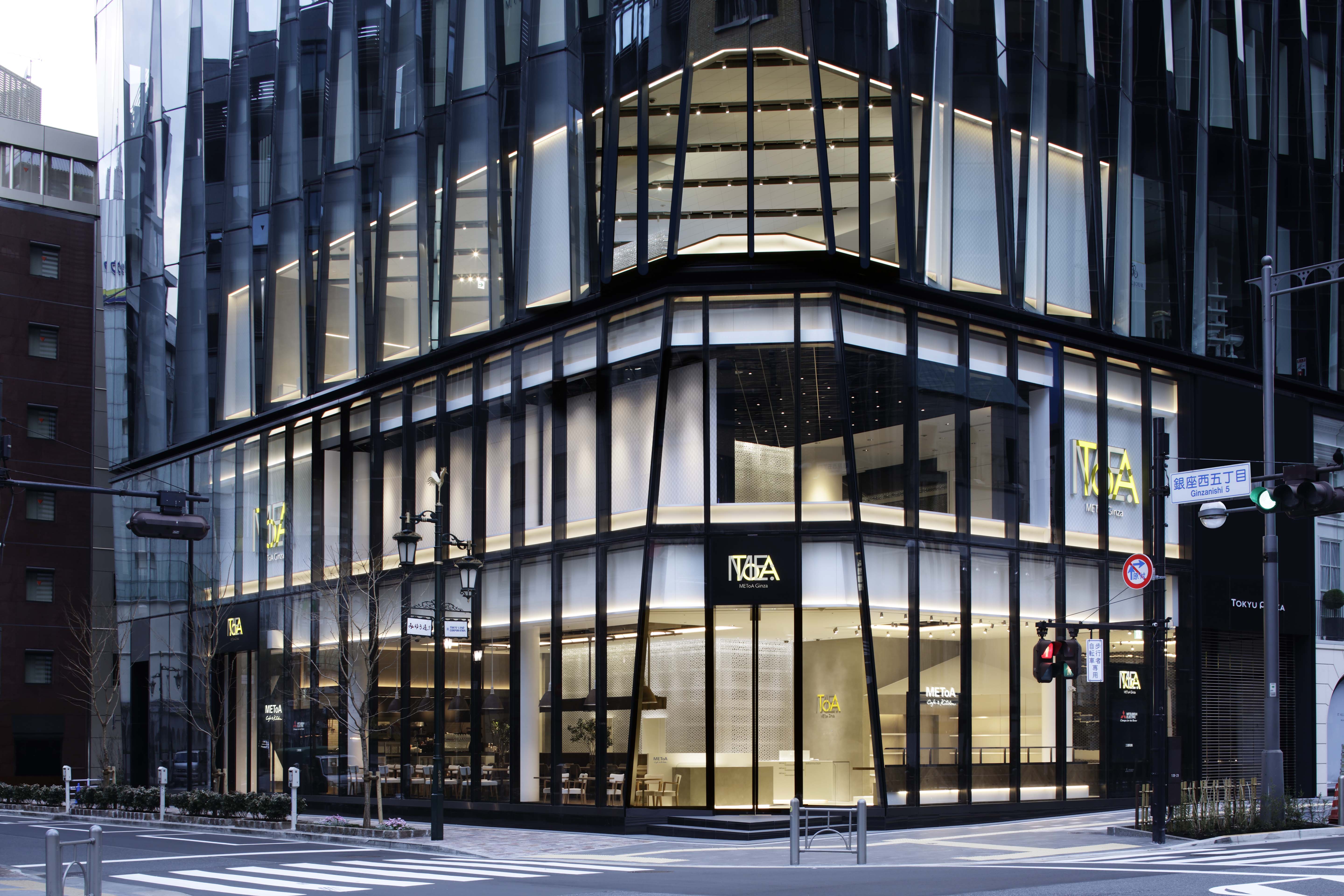
For some more casual food, head over to Ginza Kagari and indulge in its famously creamy chicken-broth ramen (expect to queue), enjoy Tokyo’s best vegan pancakes at Ain Soph., or check out METoA, a sleek cafe&restaurant with a second-floor art space run by Mitsubishi Electric with outstanding detox waters, house sodas and fruit smoothies.
For an afternoon tea Japanese-style, make your way to HIGASHIYA, an exclusive tea salon in the heart of Ginza which fuses the ancient tradition of Japanese tea ceremony with beautiful modern interior design. Select your desired tea creation from seasonal fruit teas, artisinal iced green teas or more traditional matcha, which come paired with one of HIGASHIYA’s seasonal, handmade Japanese sweets, known in Japanese as ‘wagashi’.
Over on the top floor of Hermès you can find Le Forum, another free gallery space in Ginza run by the French fashion giant, featuring exciting contemporary art and crafts exhibitions in a beautiful glass cube and also hosts occasional film screenings in its own cinema.
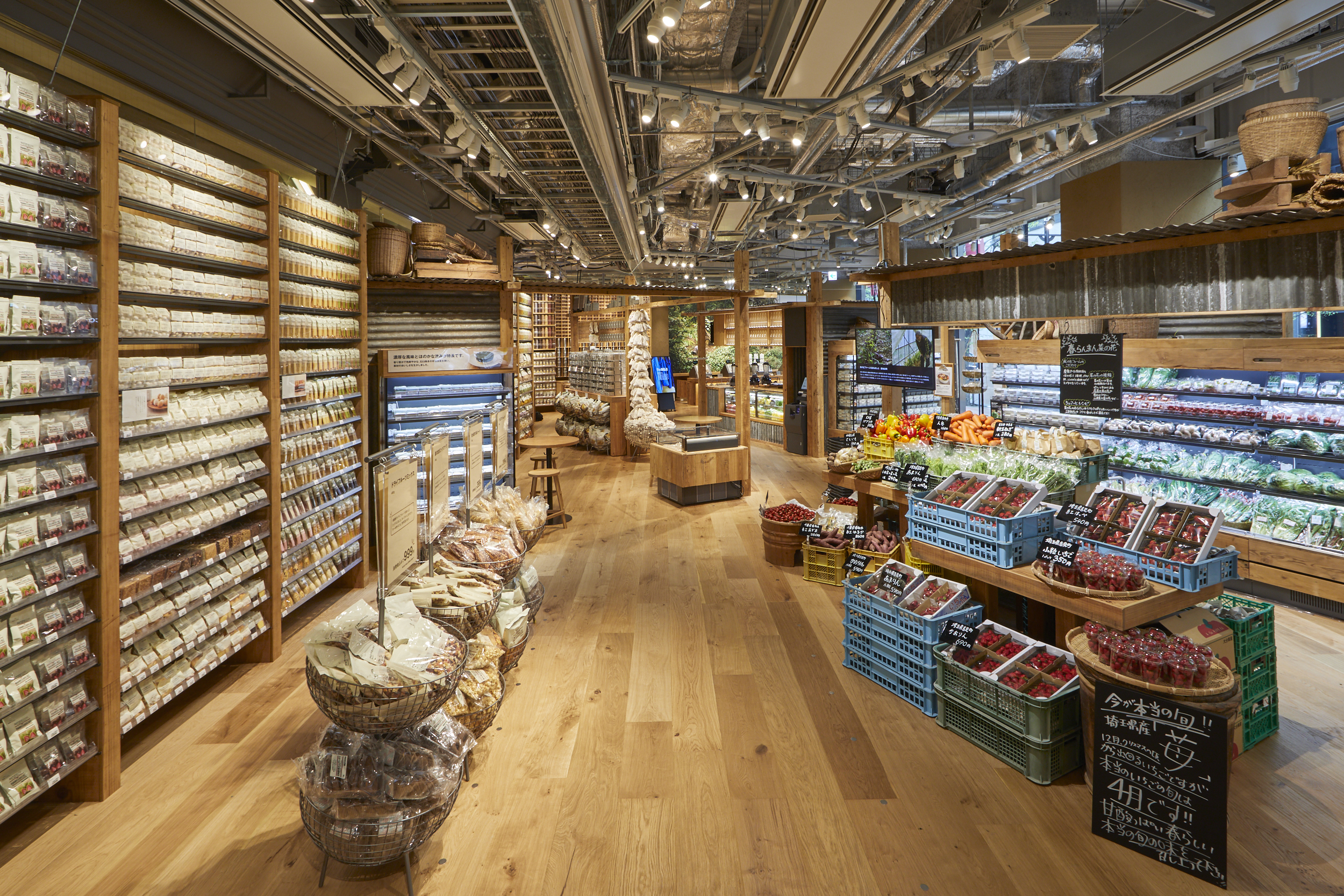
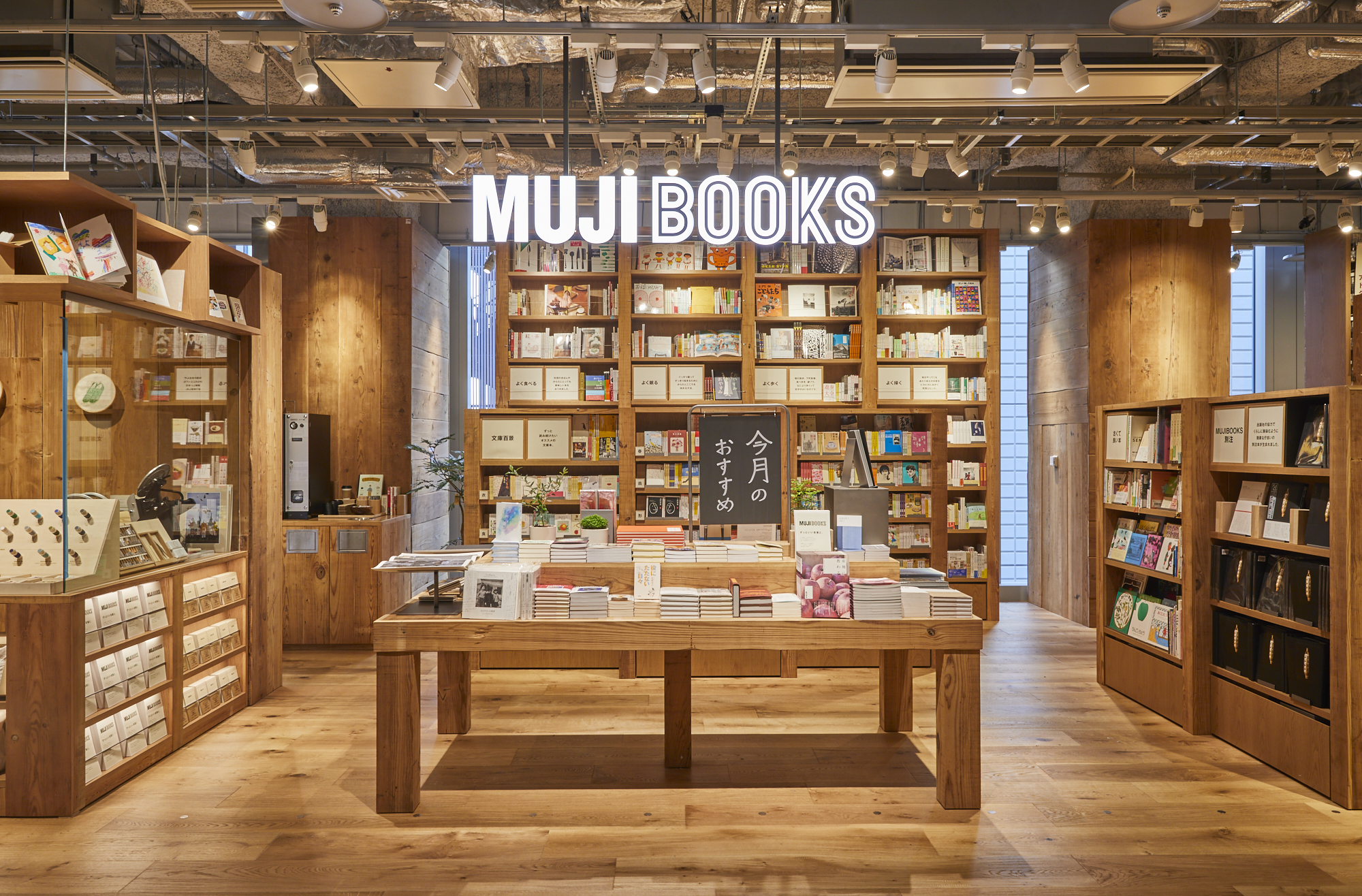


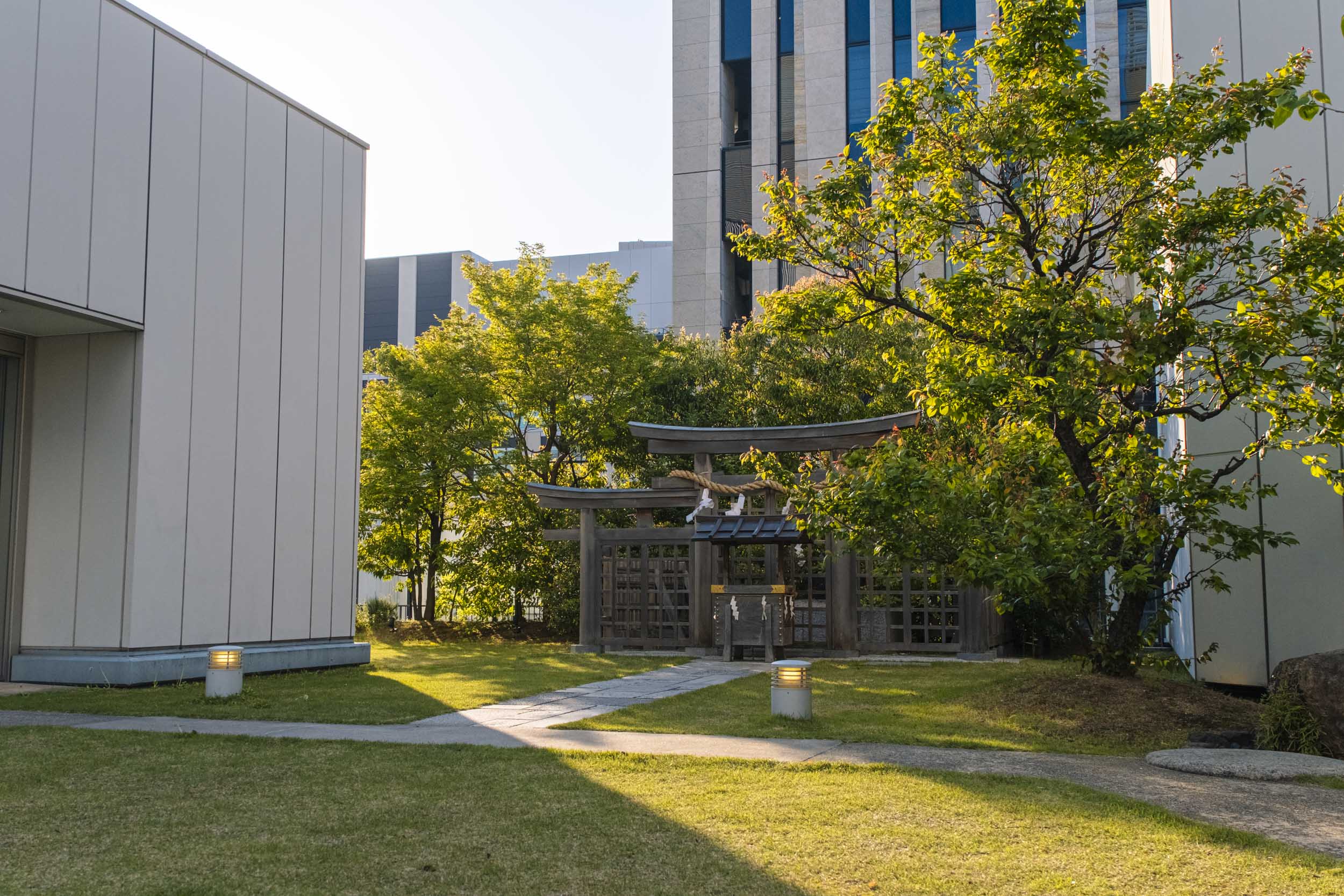
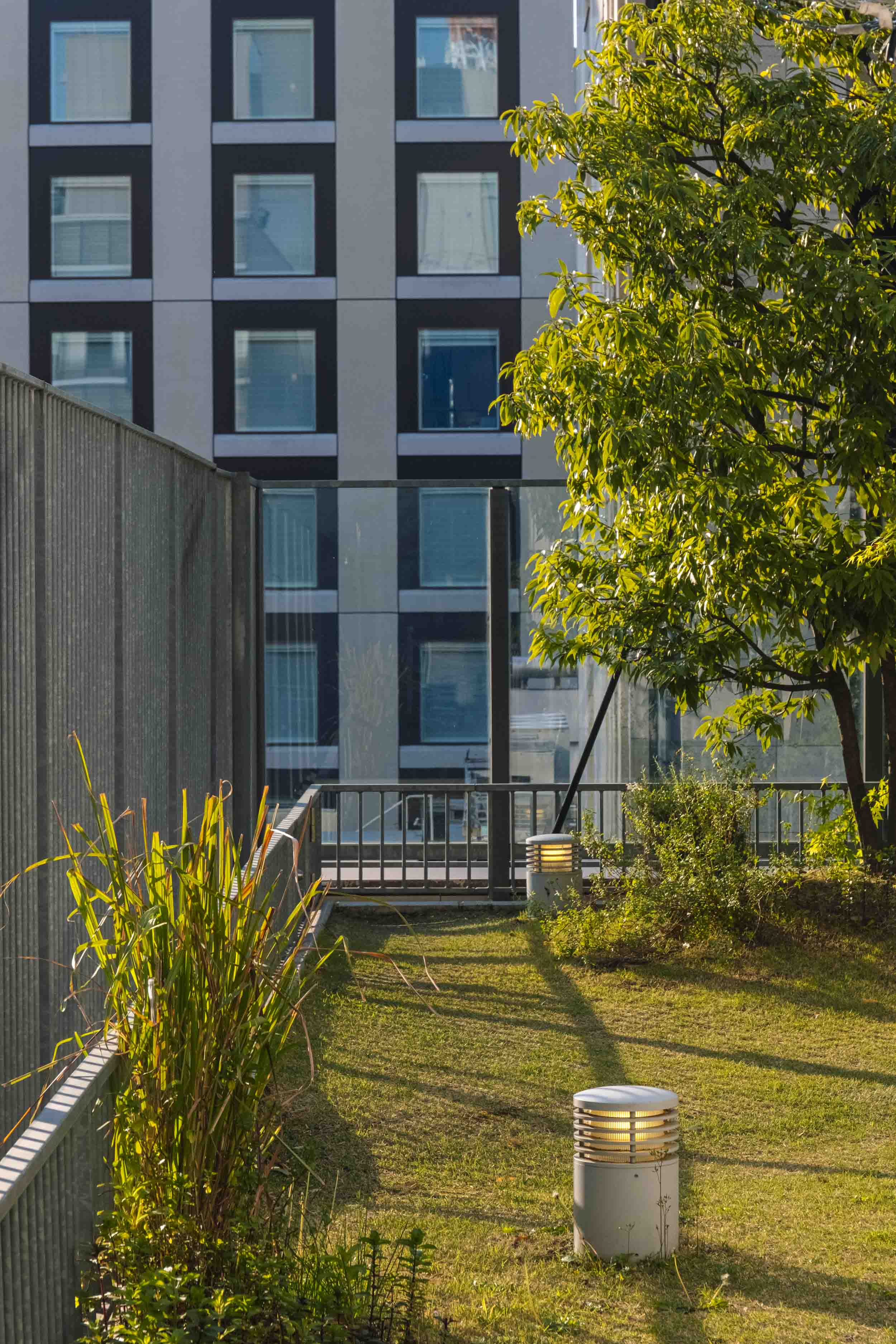
At Dover Street Market Ginza, get inspired by the avant-garde creations of international fashion giants such as Comme des Garçons, sacai, OFF-WHITE, Prada and Balenciaga, as well as up-and-coming designers whose in-shop displays have been carefully curated by the Dover Street Market team.
On top of Dover Street Market is also one of the city’s most serene, hidden rooftop gardens, complete with a beautiful shrine, which makes for perhaps the best spot to escape the hustle and bustle of Ginza.
If you are looking for an authentic local food experience and a gritty street food feel, head over to Sanchoku Inshokugai. This backstreet alley located beneath the JR railways between Yurakucho and Shimbashi stations, is a real hidden gem for those seeking a different dining experience. Boasting seven small eateries each serving food from a different Japanese region, catch one of the tiny tables and surround yourself with local workers for whom this is a popular spot for after-work drinks and snacks.
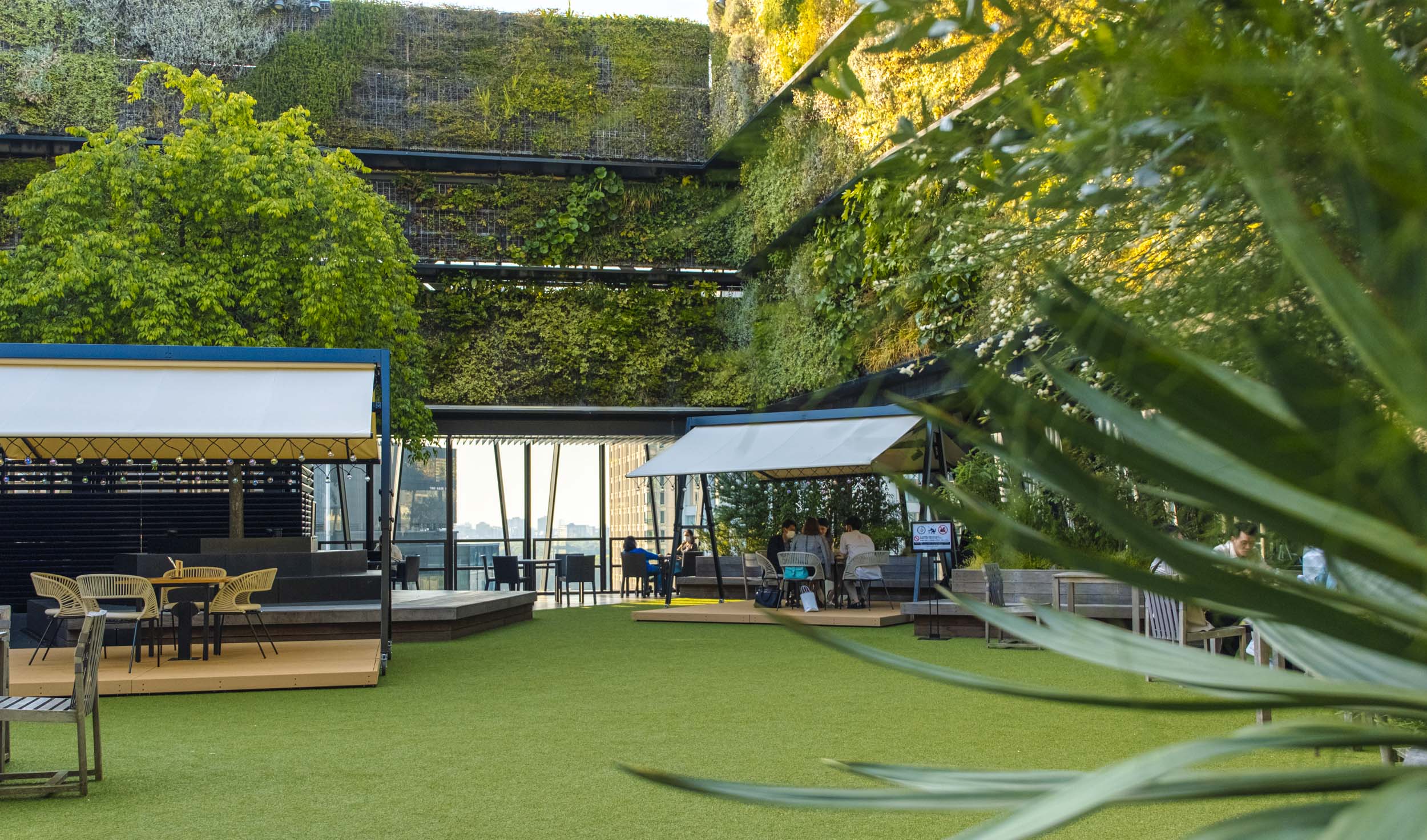
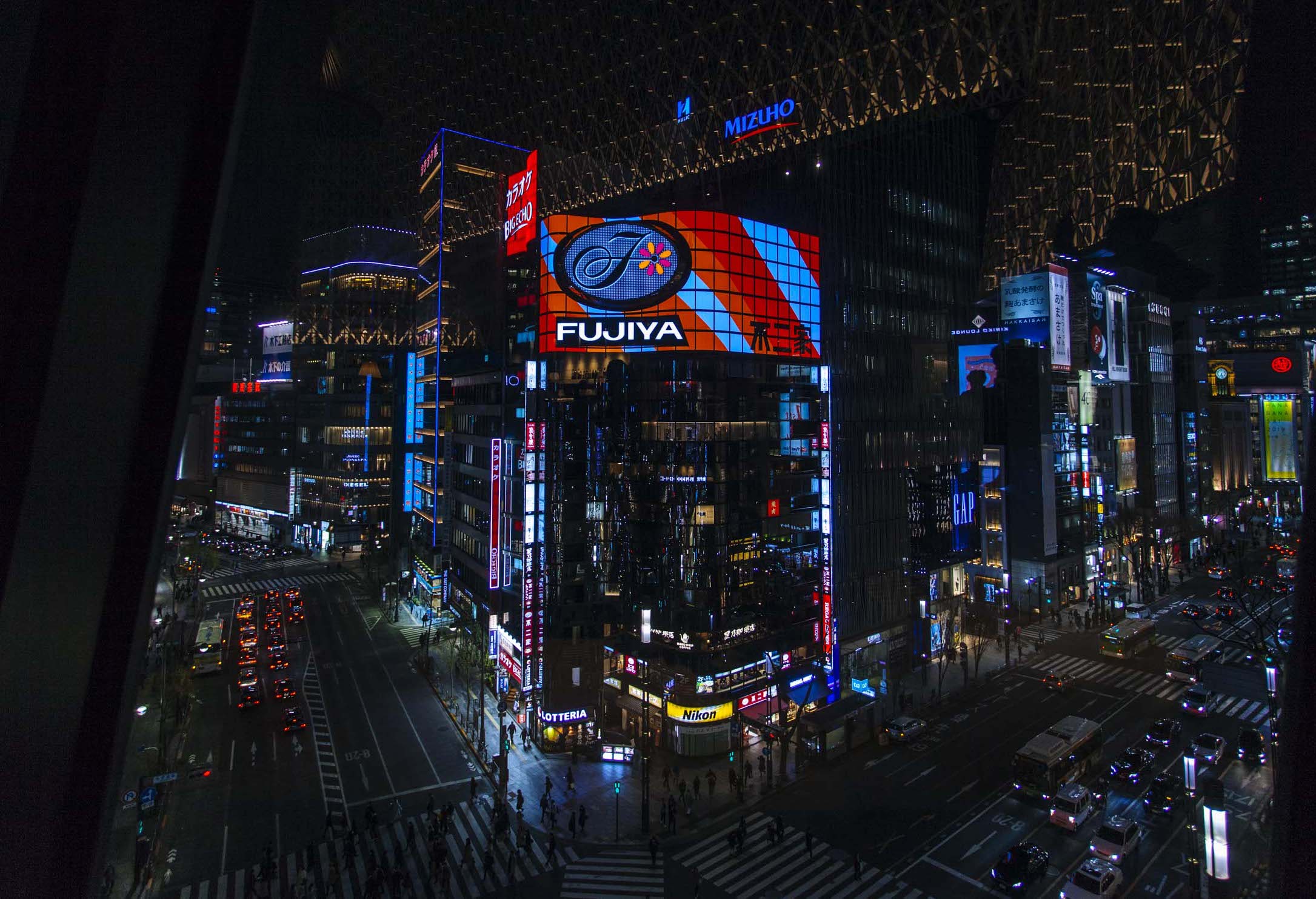

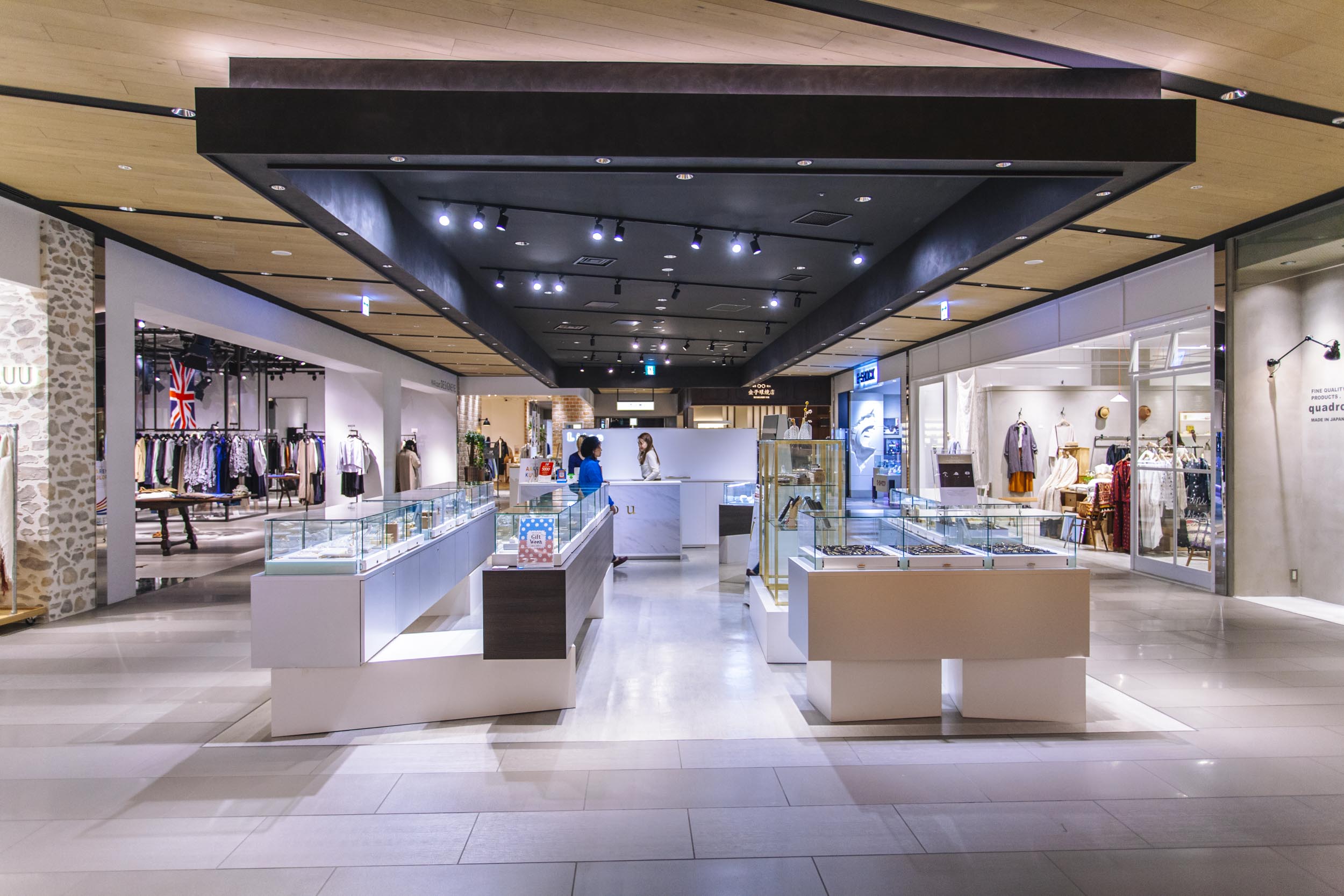
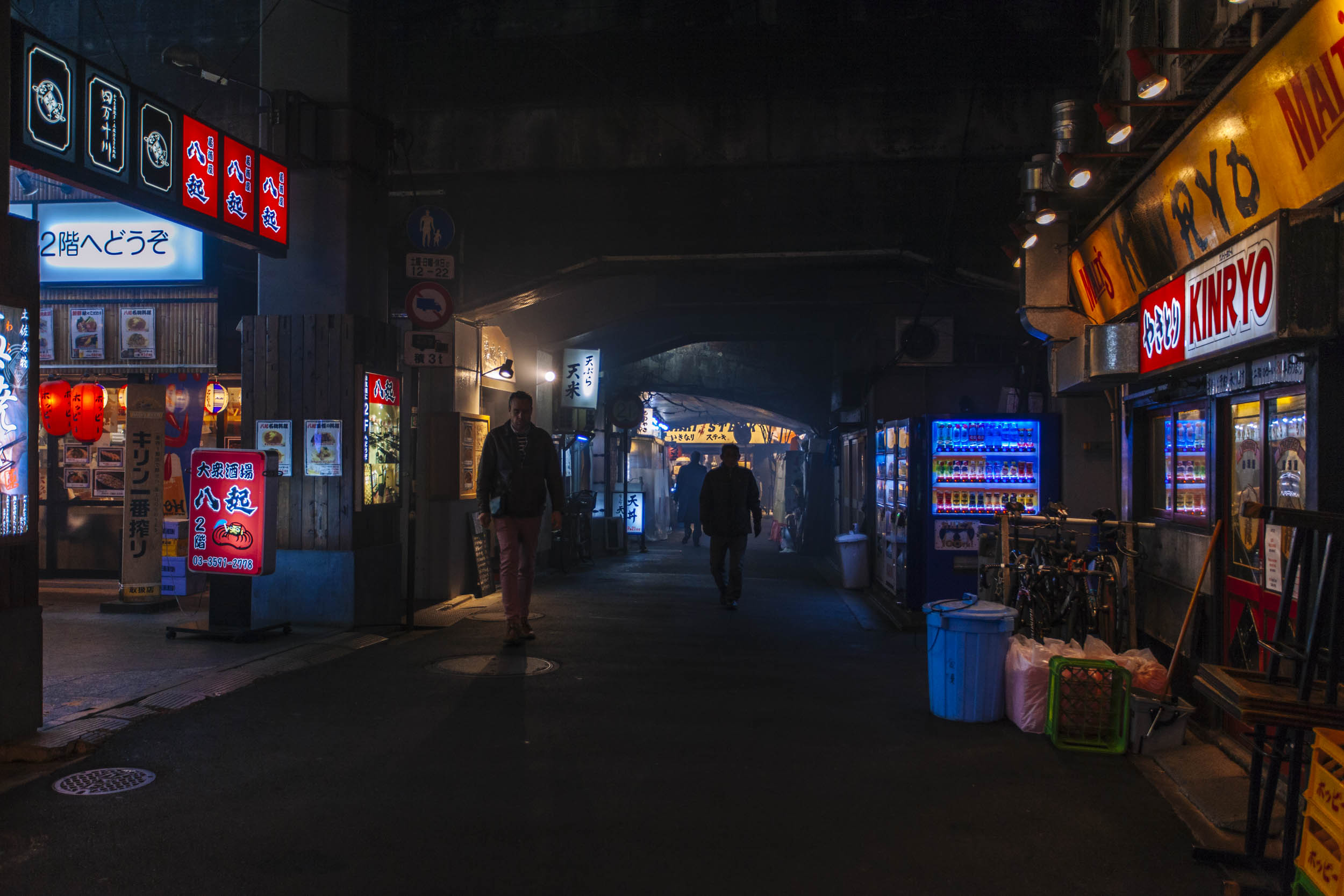
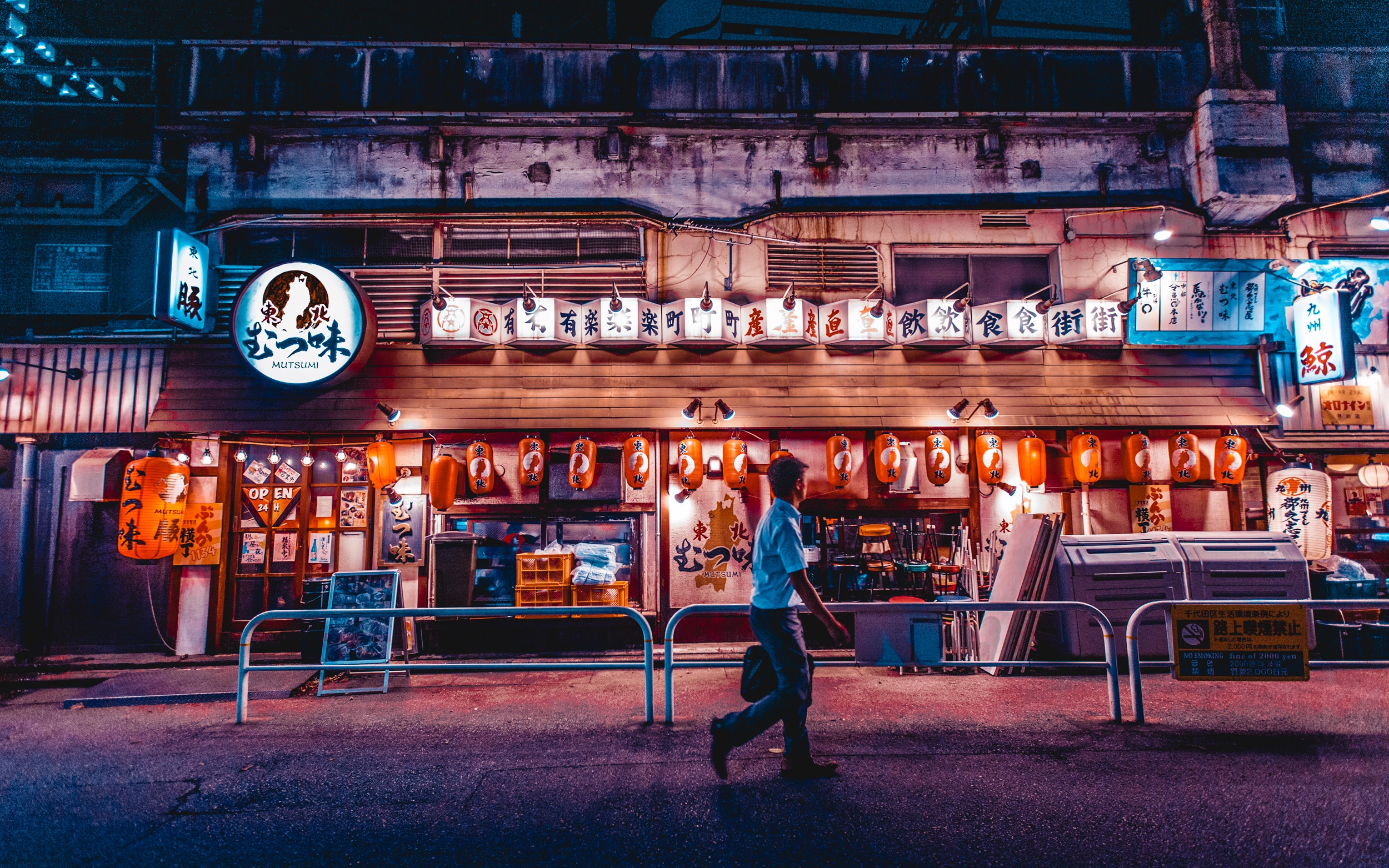
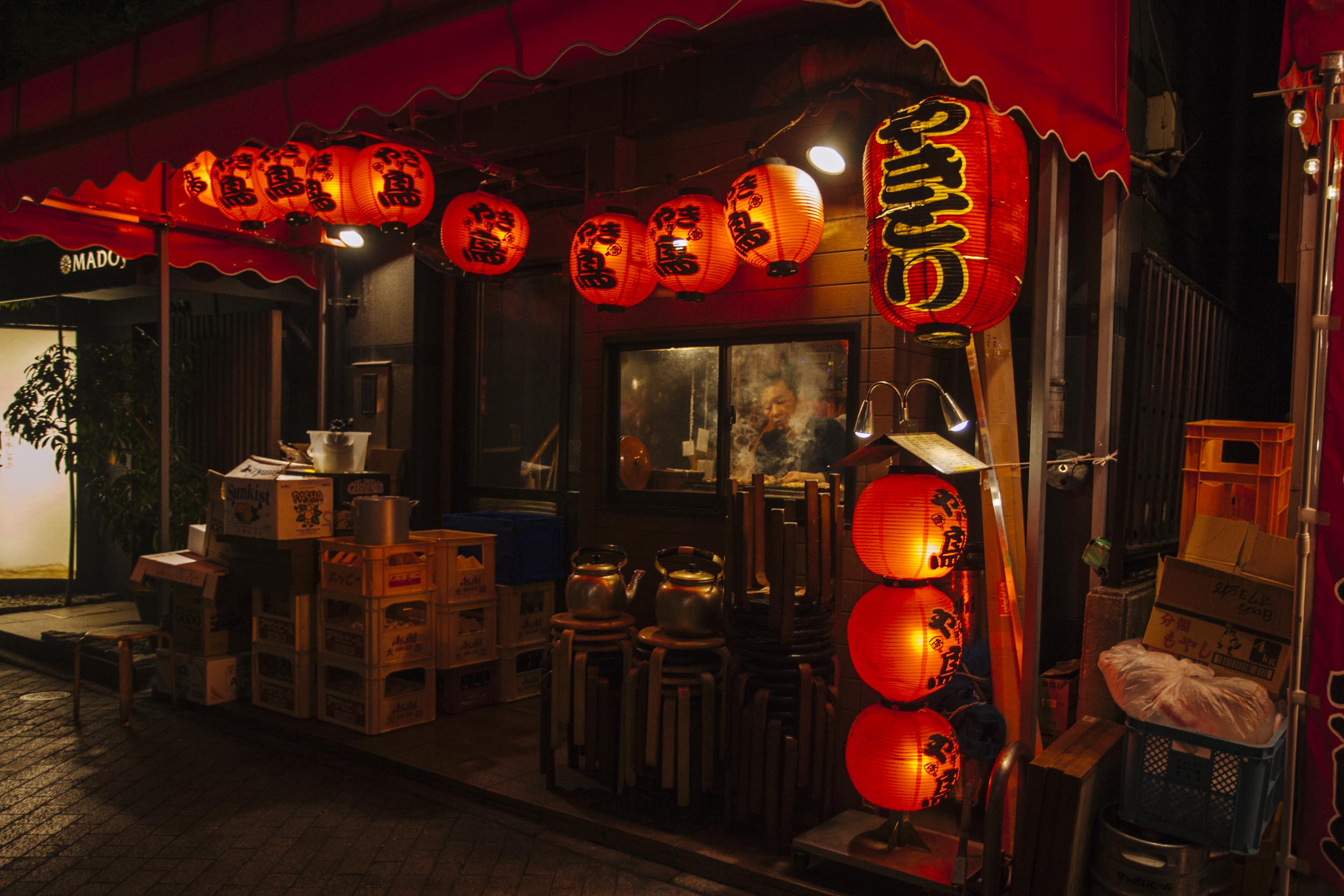

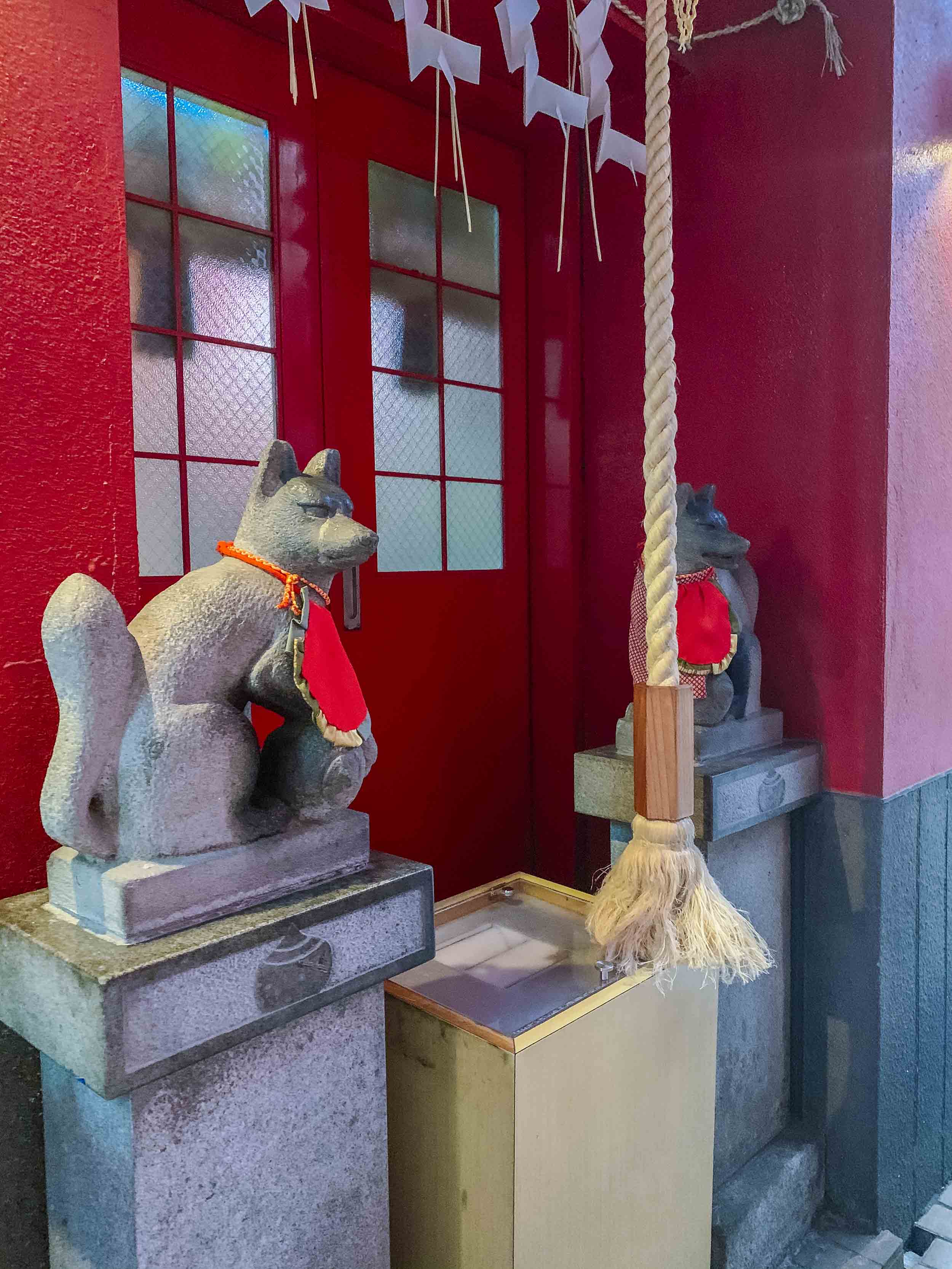
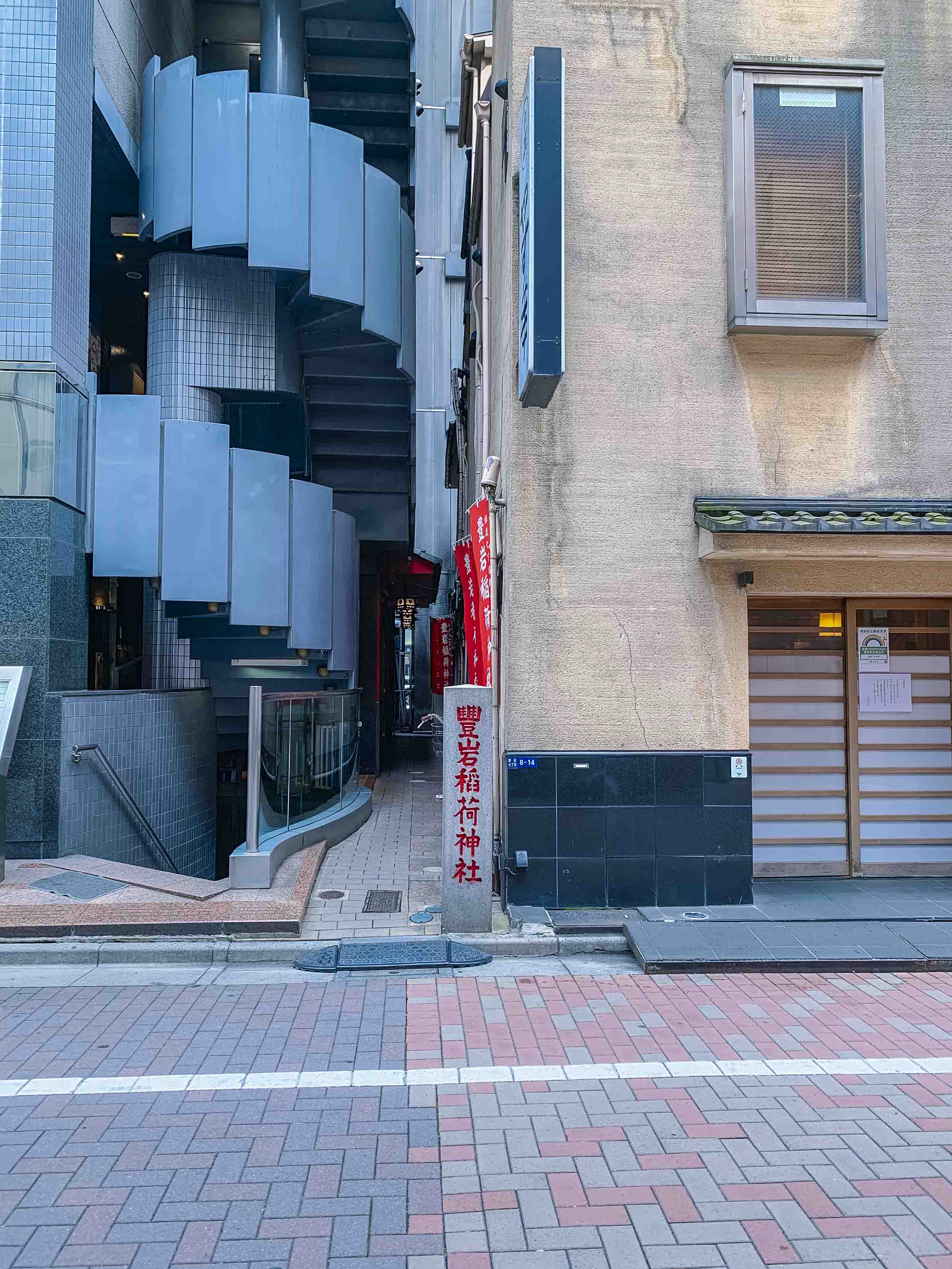

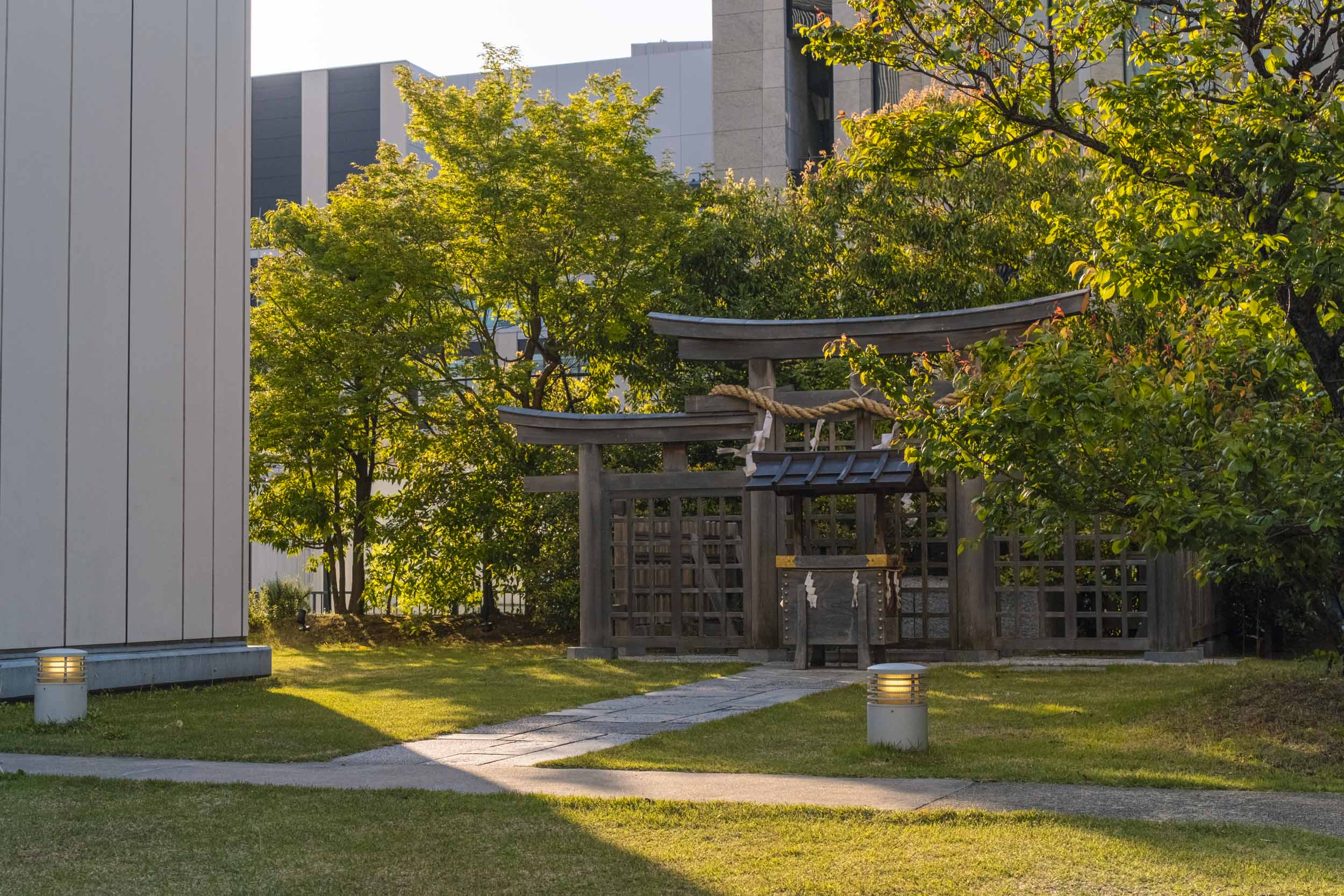
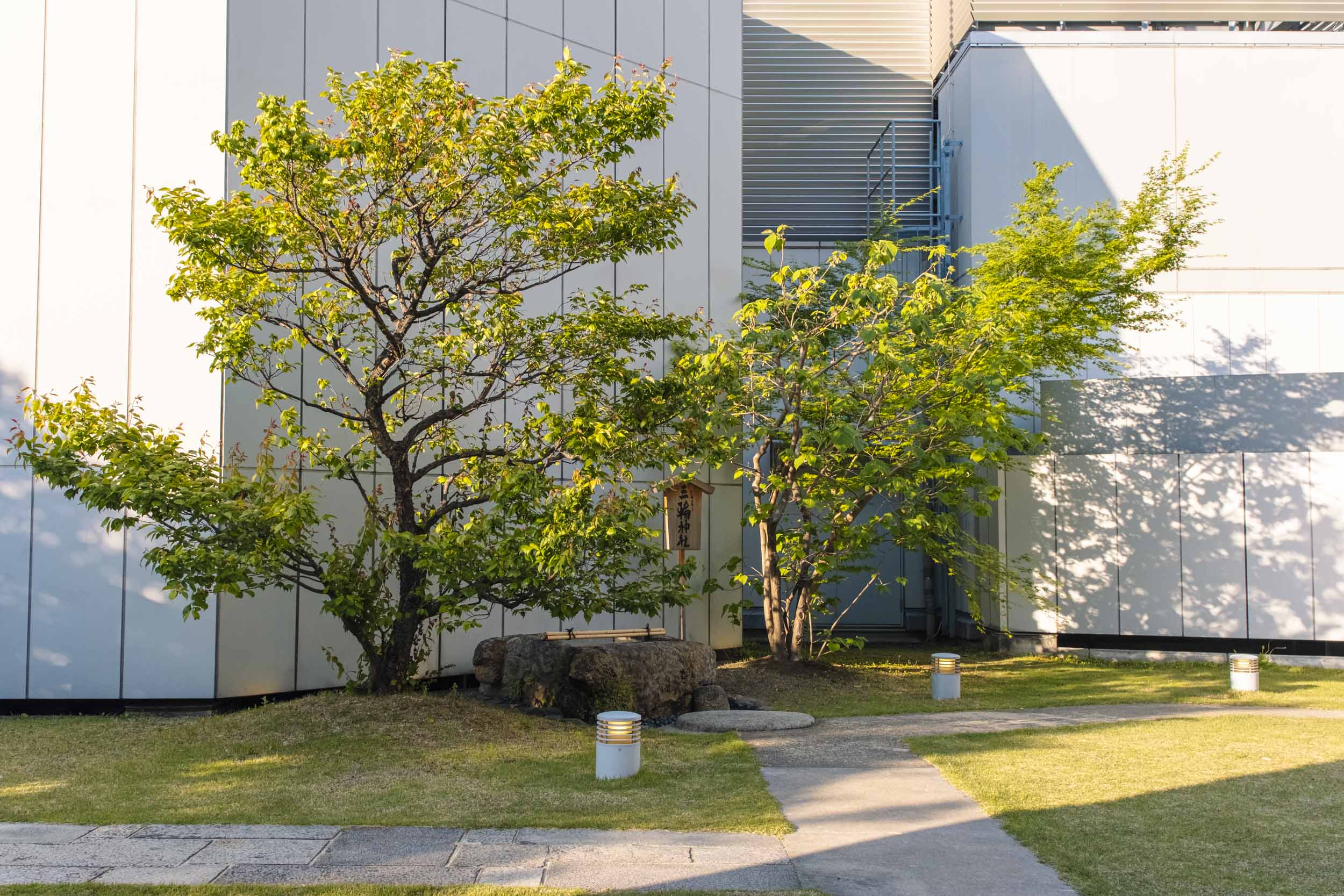
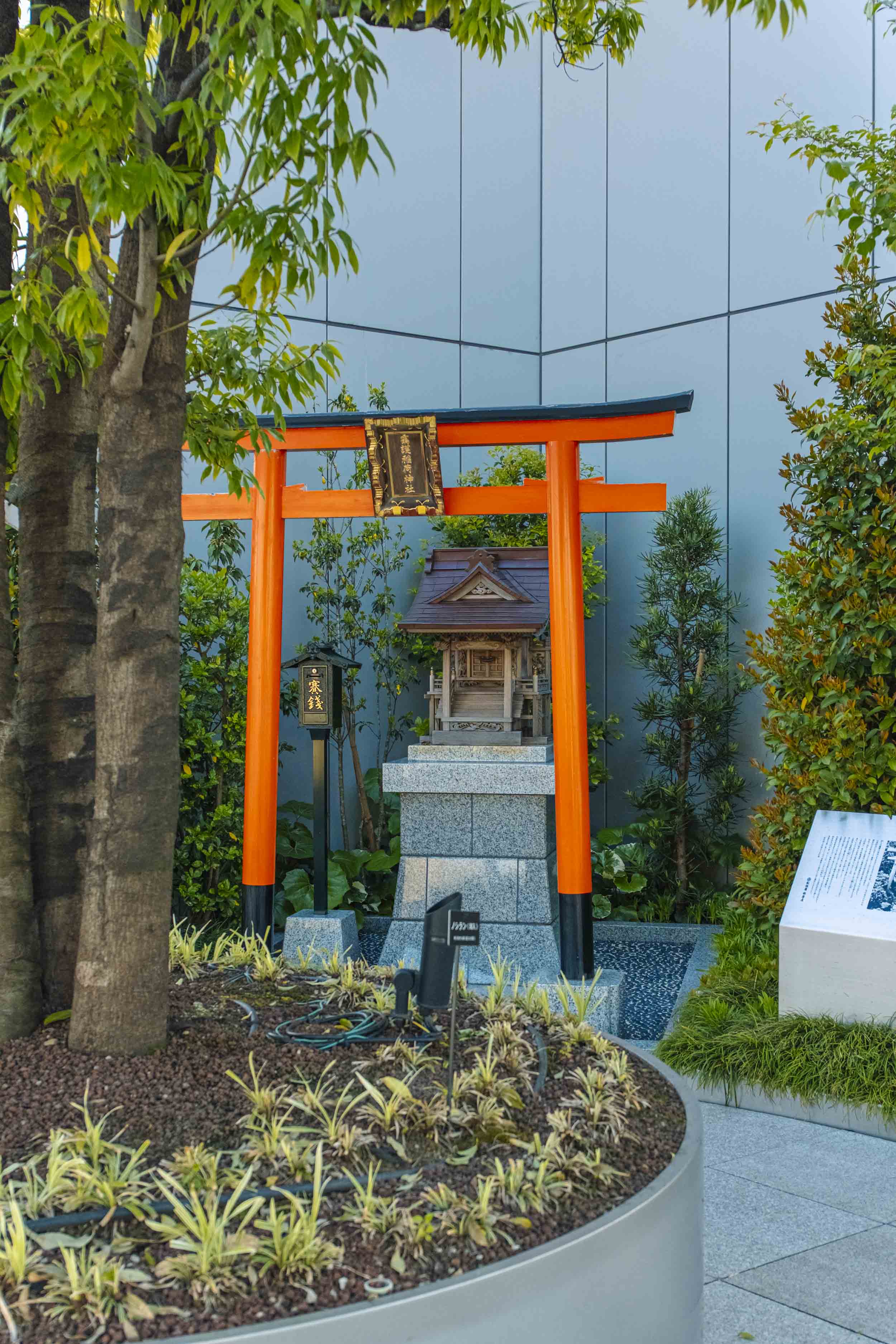
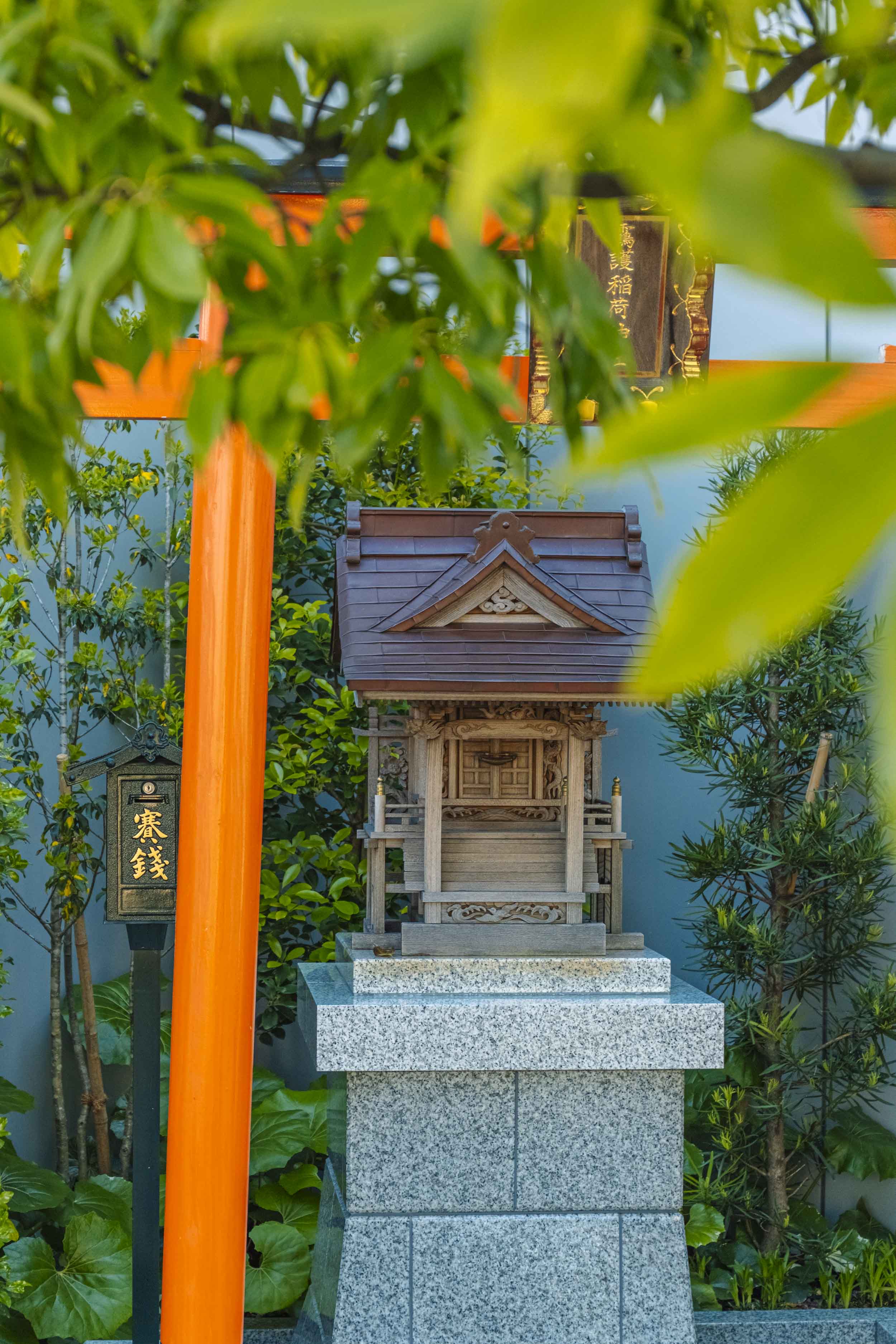

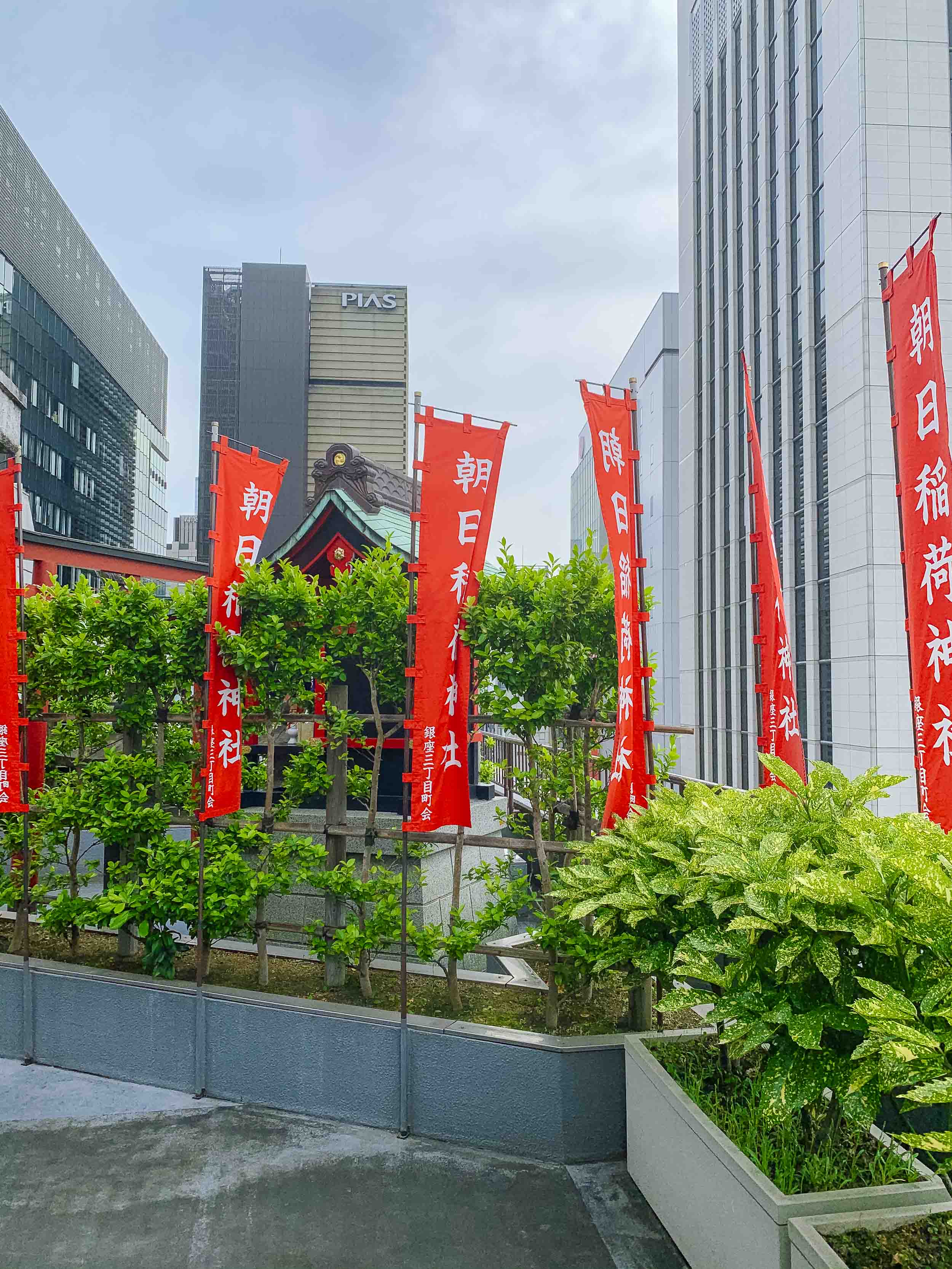
Bonus: The Four Hidden Shrines of Ginza
While Ginza is mostly known for its shopping temples, world-famous architecture and expensive fine-dining, here at WHEN IN TOKYO we also appreciate the small, more mundane pleasures that Tokyo has to offer. Whether its on a rooftop, in a cramped alleyway or on top of a shopping mall, tiny shrines can sometimes be found in the most curious of locations and a great way to discover another side of Ginza.
The most interesting of them all is perhaps Toyoiwa Inari Shrine, which is located in a dark alleyway, so tiny, one person can barely walk through. If you can manage to find the entrance on either the North or West side of the block, you’ll be rewarded with one of the most unique shrines in Tokyo, and a side of Ginza so different, you’ll almost forget that you are actually in Tokyo’s most glitzy neighborhood.
Miwa Shrine on the rooftop of nearby Dover Street Market is slightly bigger shrine, yet equally unknown by most locals, and a perfect spot to take a break from busy Tokyo.
Two more hidden rooftop shrines await, one in a corner on top of Ginza Six’s enormous rooftop garden, and a second, on top of the smaller Daiko Asahi Building on the Northeast of Ginza.
To reach the Asashi-Inari Shrine, take the elevator on the side of the Daiko Asahi Building up to the top floor and climb up a flight of stairs where you’ll find yet another, so curious side of Tokyo culture, complete with more views over Ginza.
In this guide
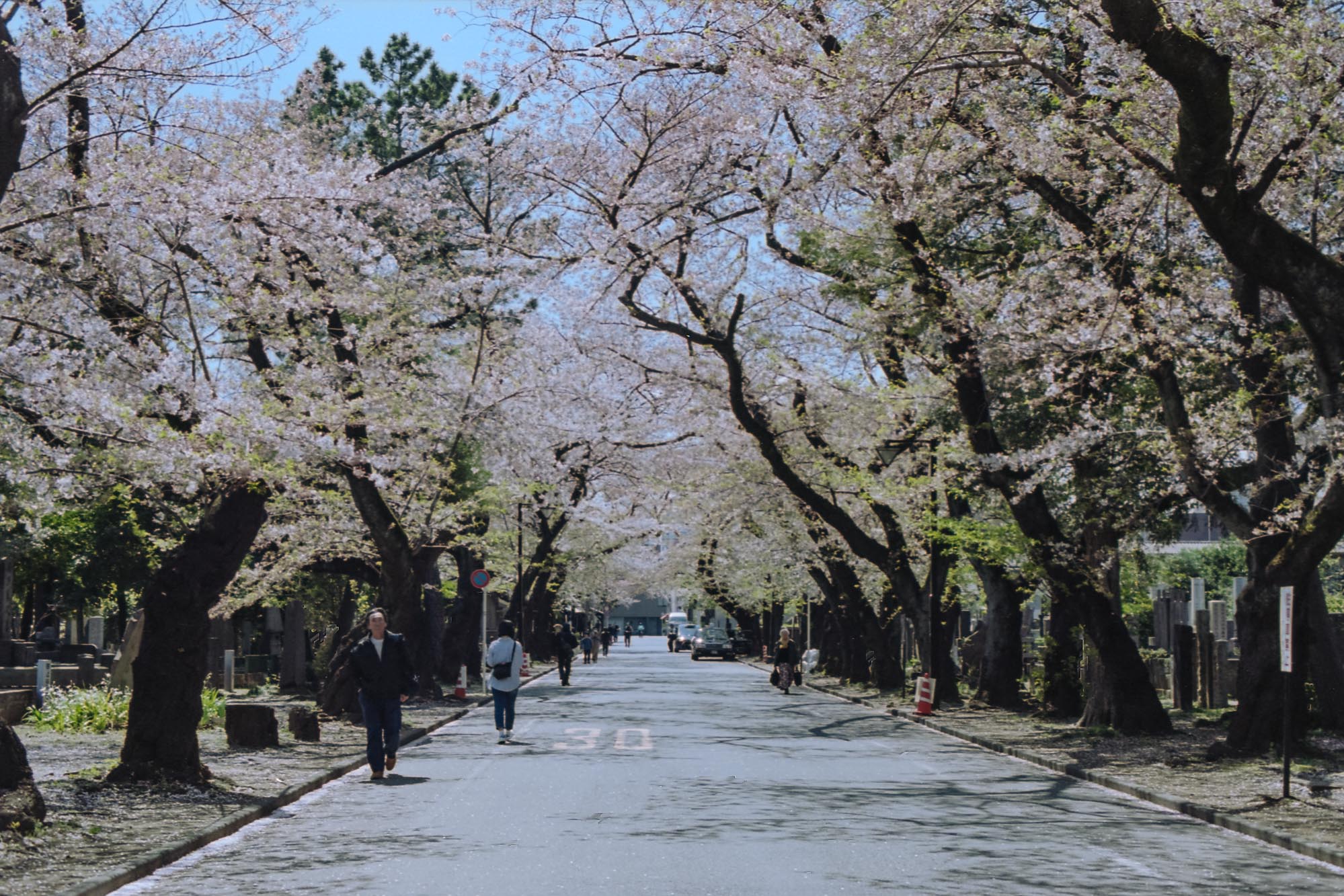
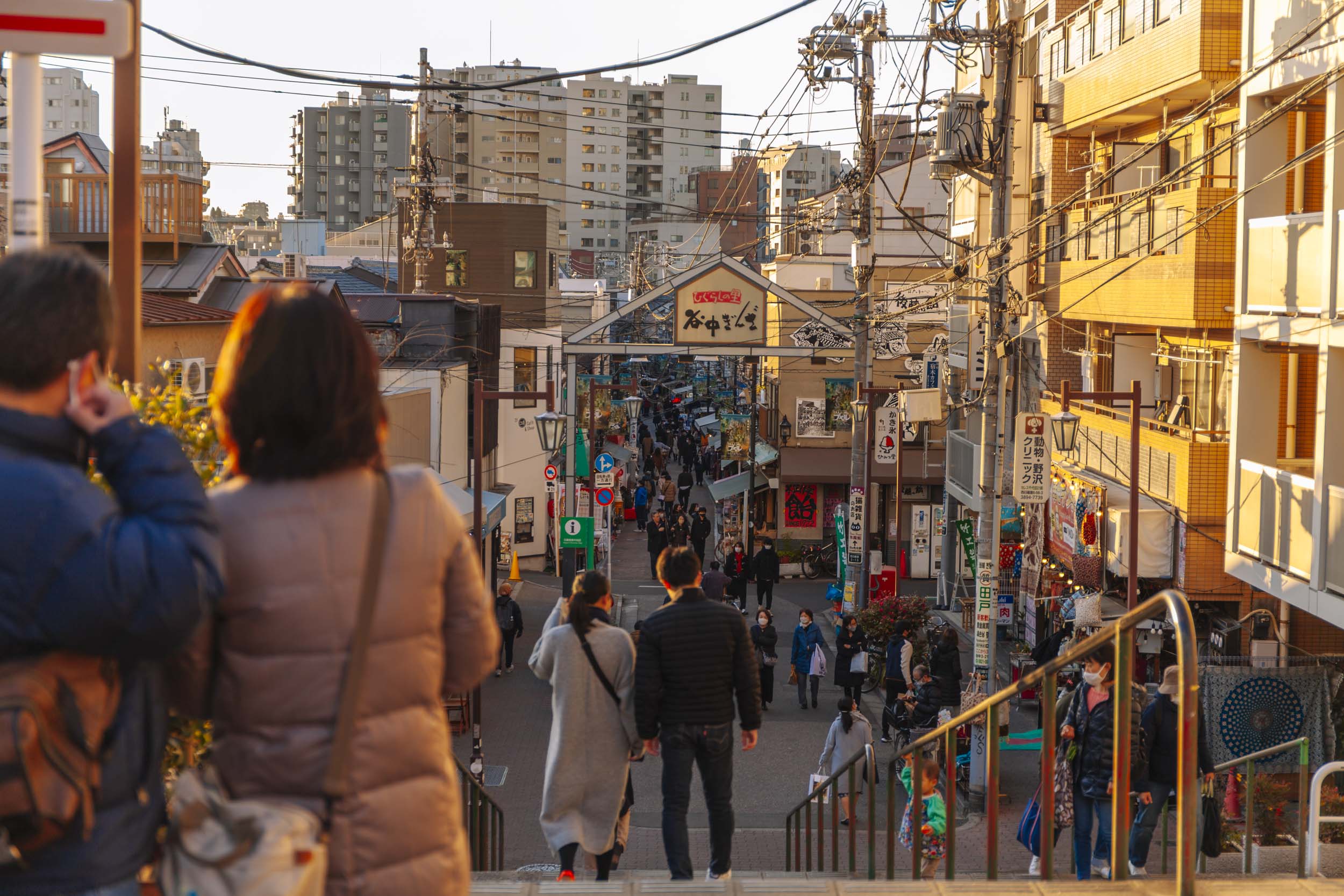
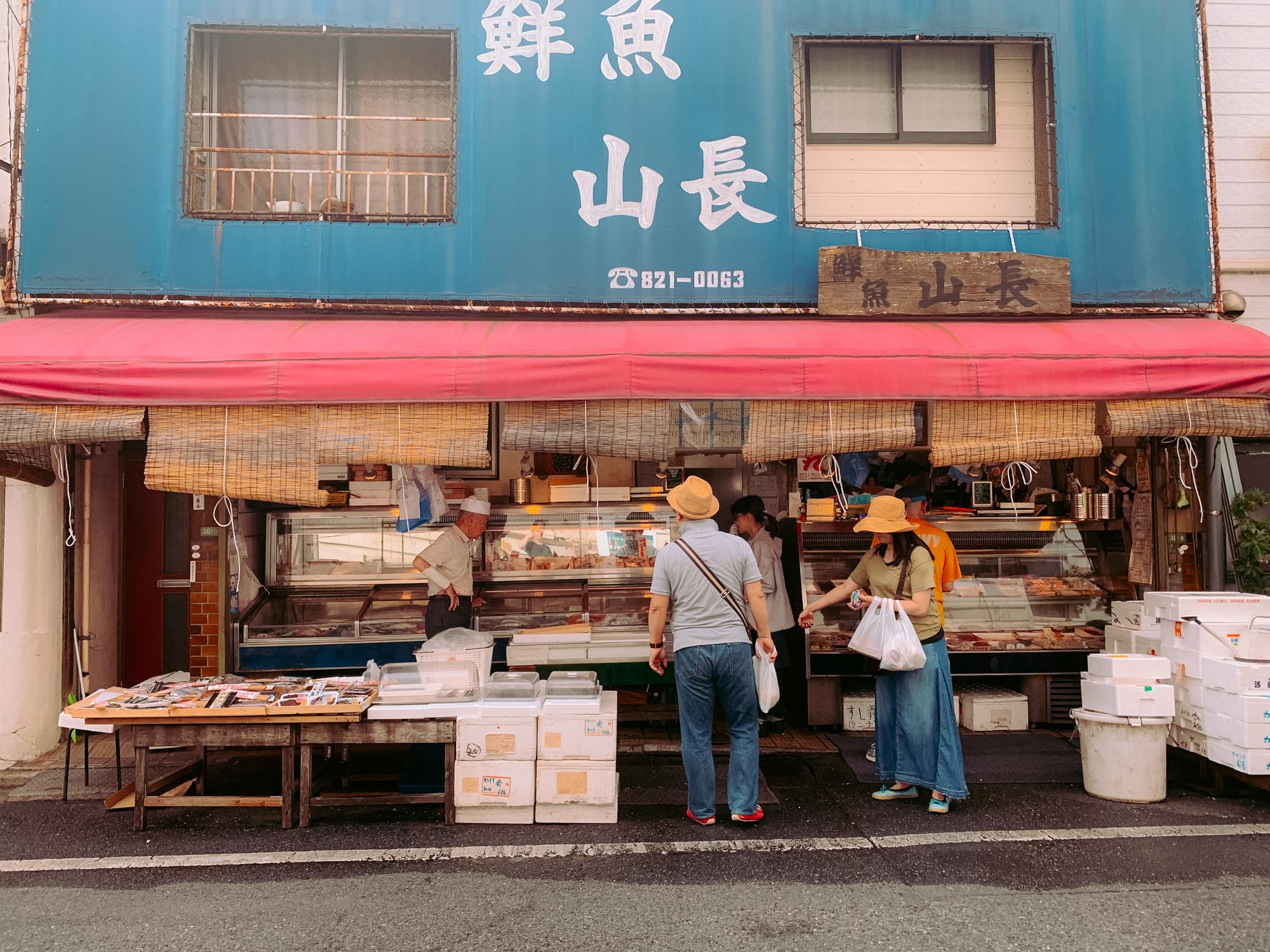
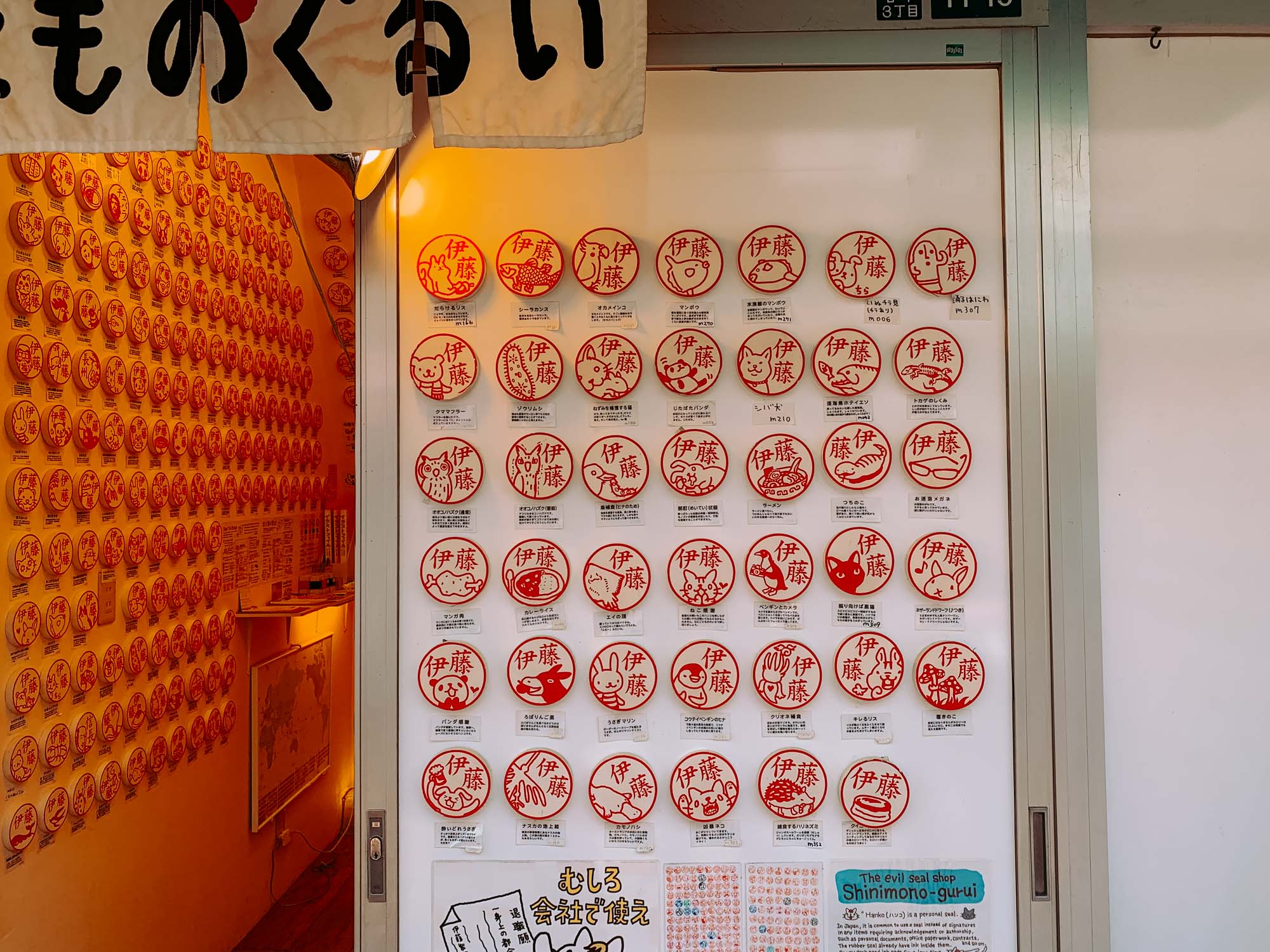
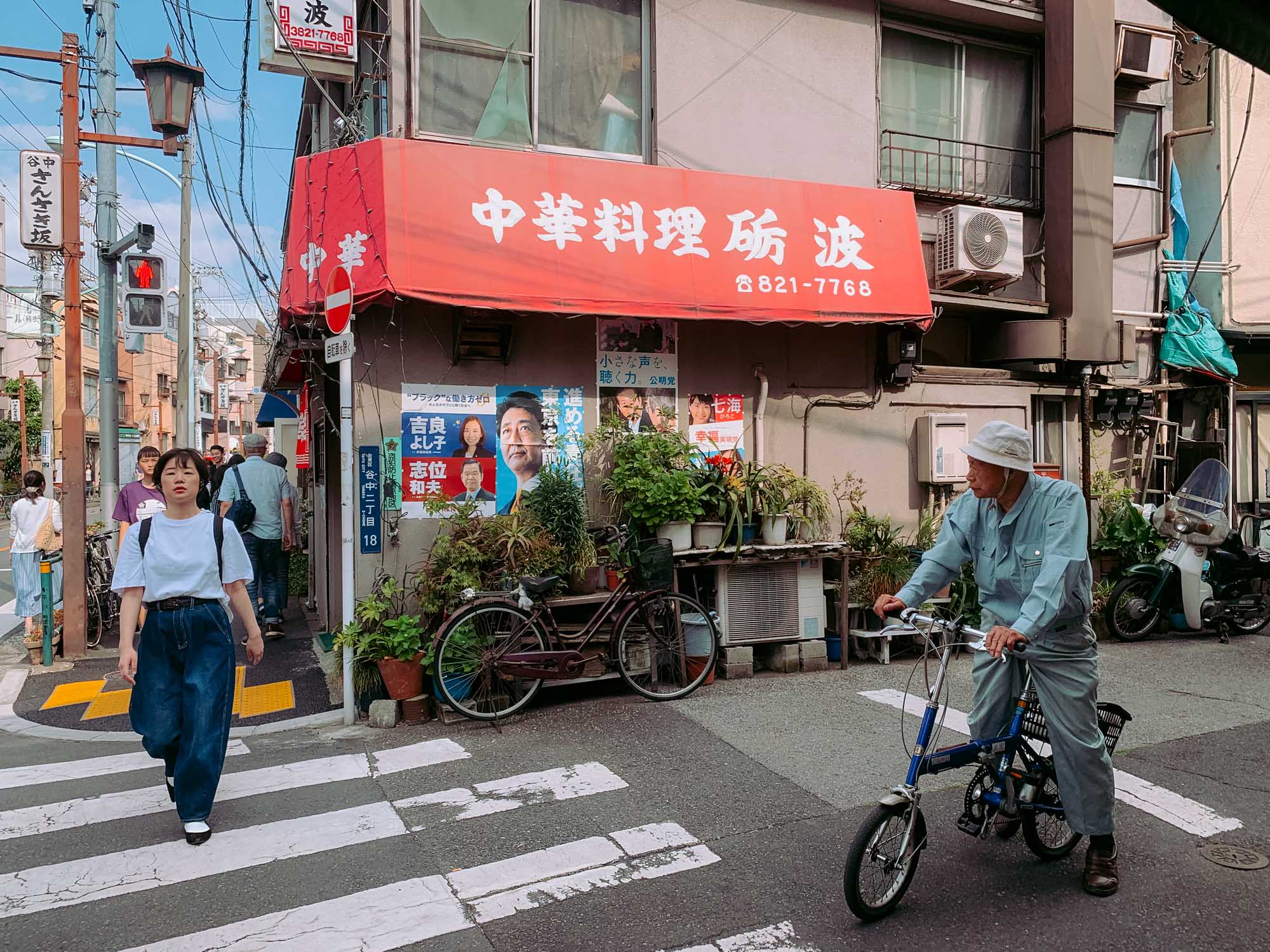

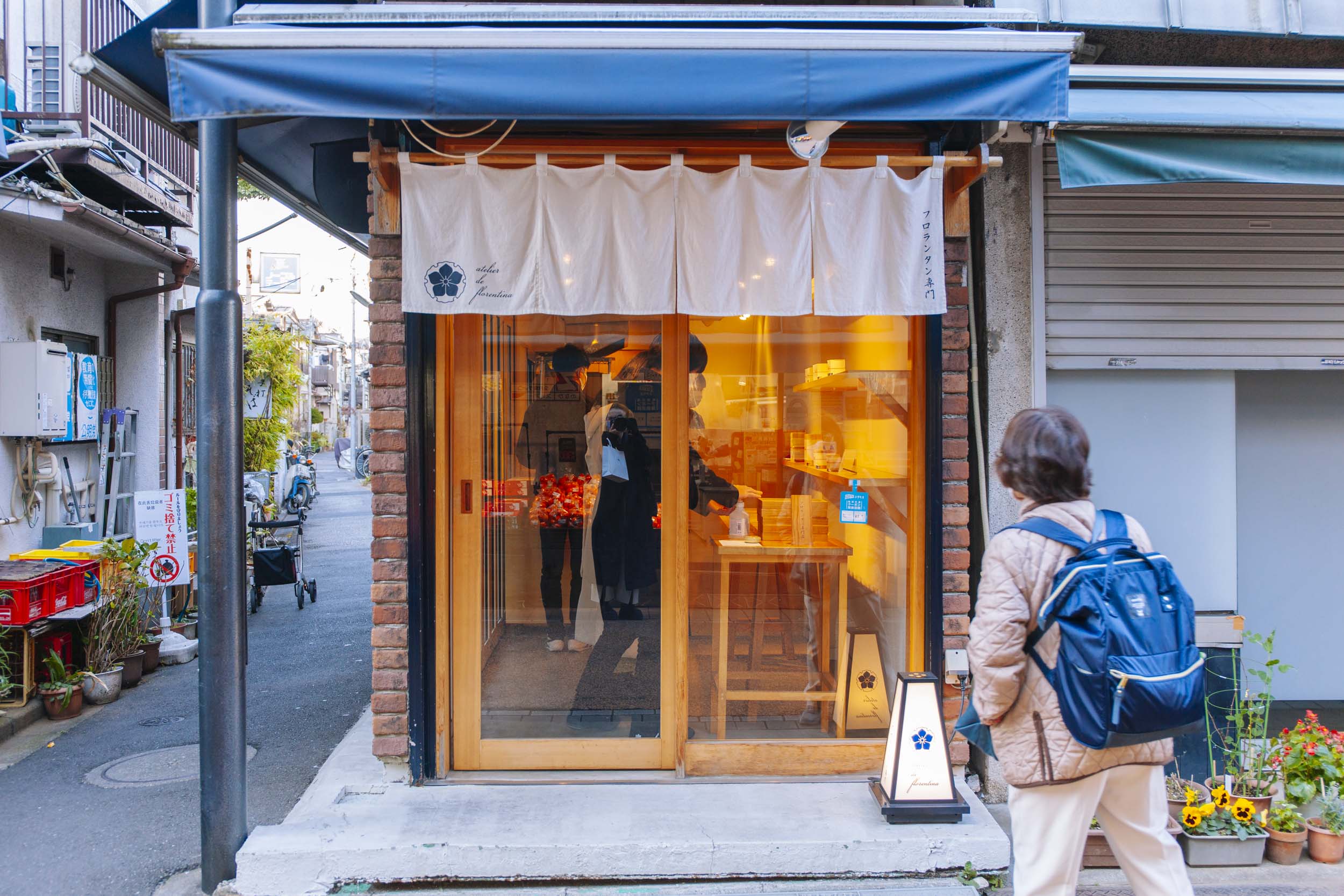

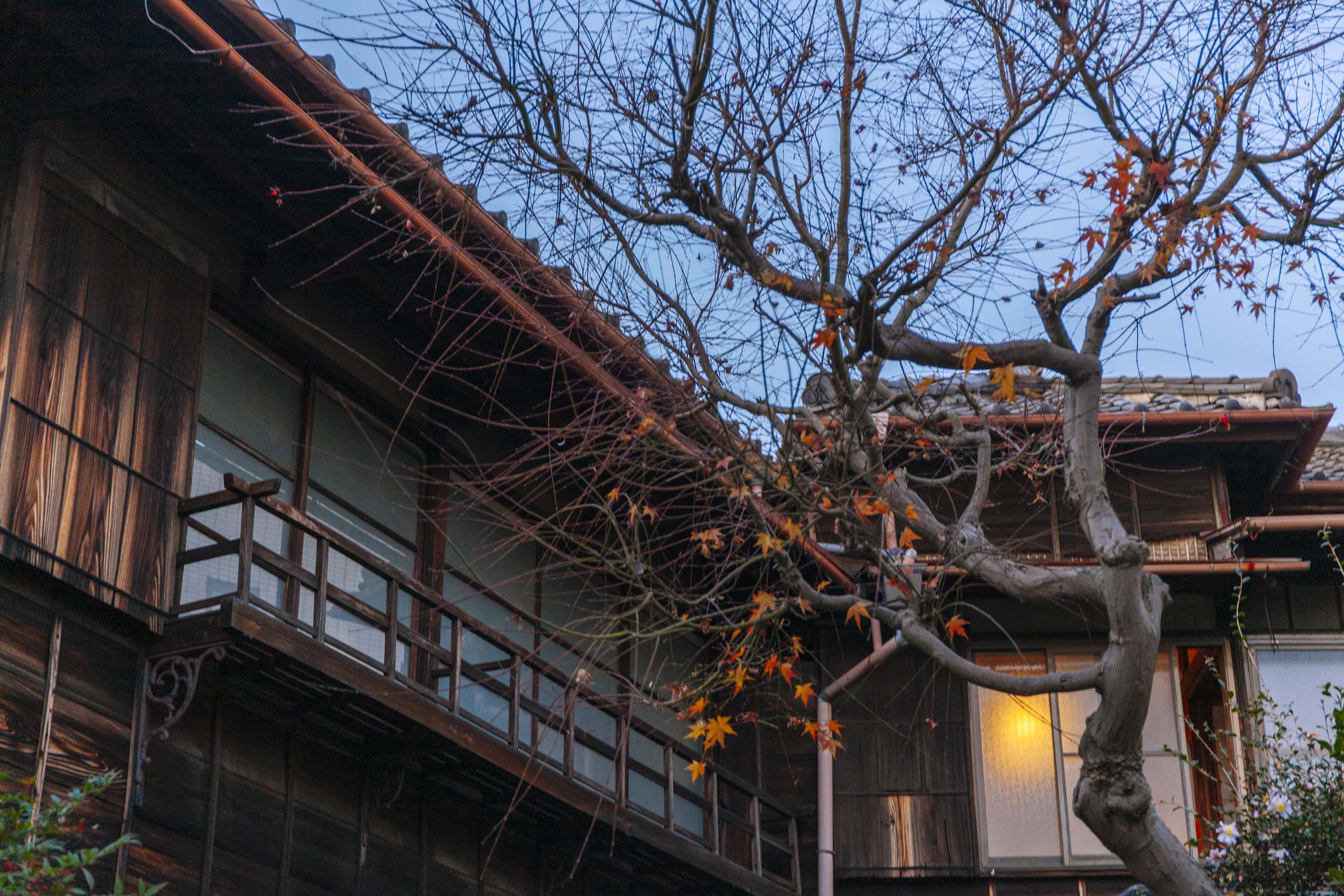
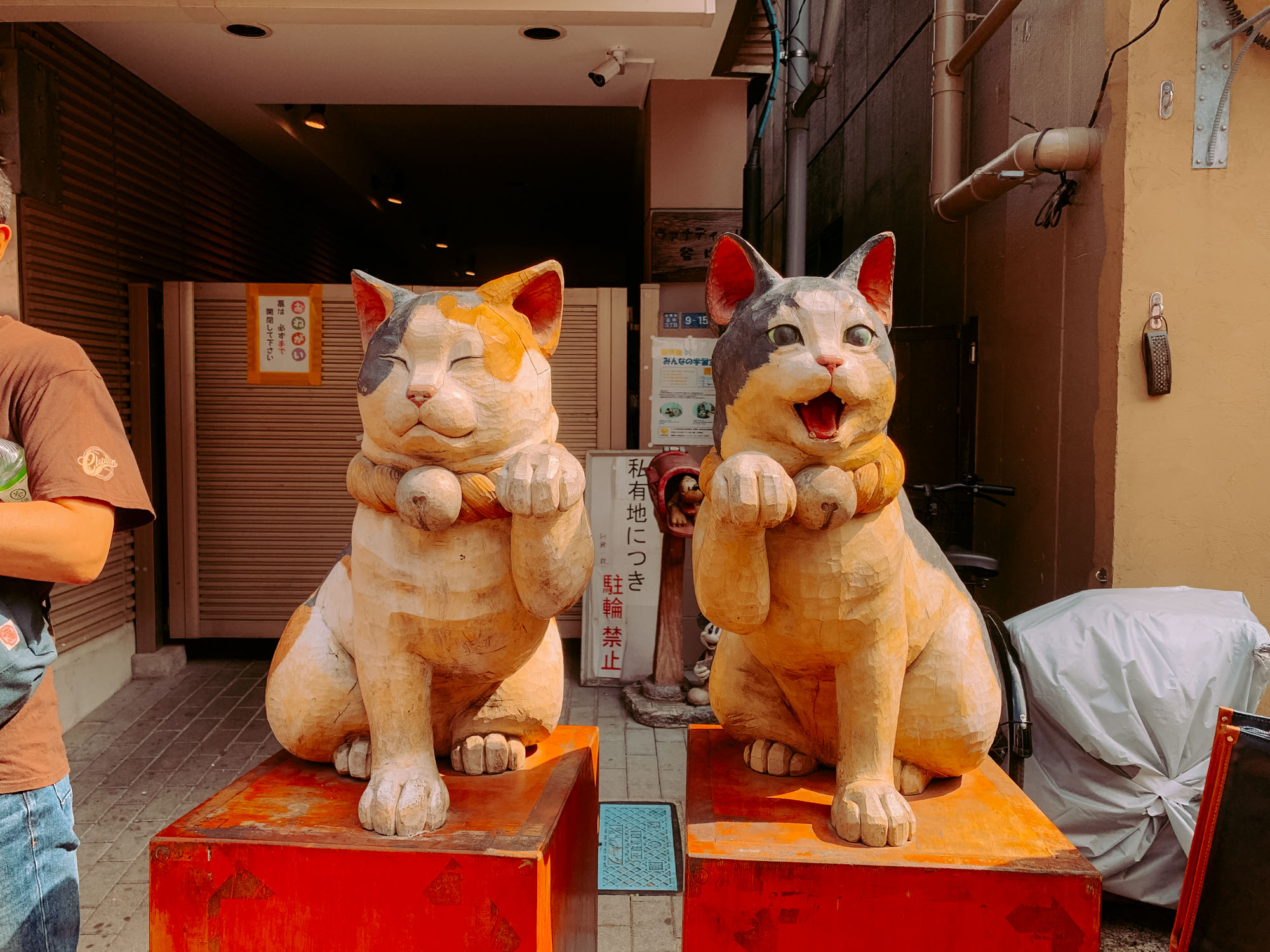
Start you day from Nippori Station and walk towards the west until you reach the famous Yūyake Dandan stairs leading down into Yanaka Ginza - Yanaka’s main shopping district. Here you will find a cluster of small shops ranging from eccentric stores such as Shinimonogurui, a stamp shop which creates custom made Hanko stamps with funny looking animals, to local fish mongers, mom-and-pop stores, art and craft shops and more.
If you are visiting during the warm season, be sure to stop at Himitsudo, an insanely popular shop famous for its kakigori (shaved ice) which the shop serves all year round but is especially refreshing during Tokyo’s hot summers. Even on weekdays, expect a queue in front of Himitsudo, but if you decide to brave the wait, you will be rewarded with a deliciously soft kakigori made from naturally sourced ice from the Nikko region.
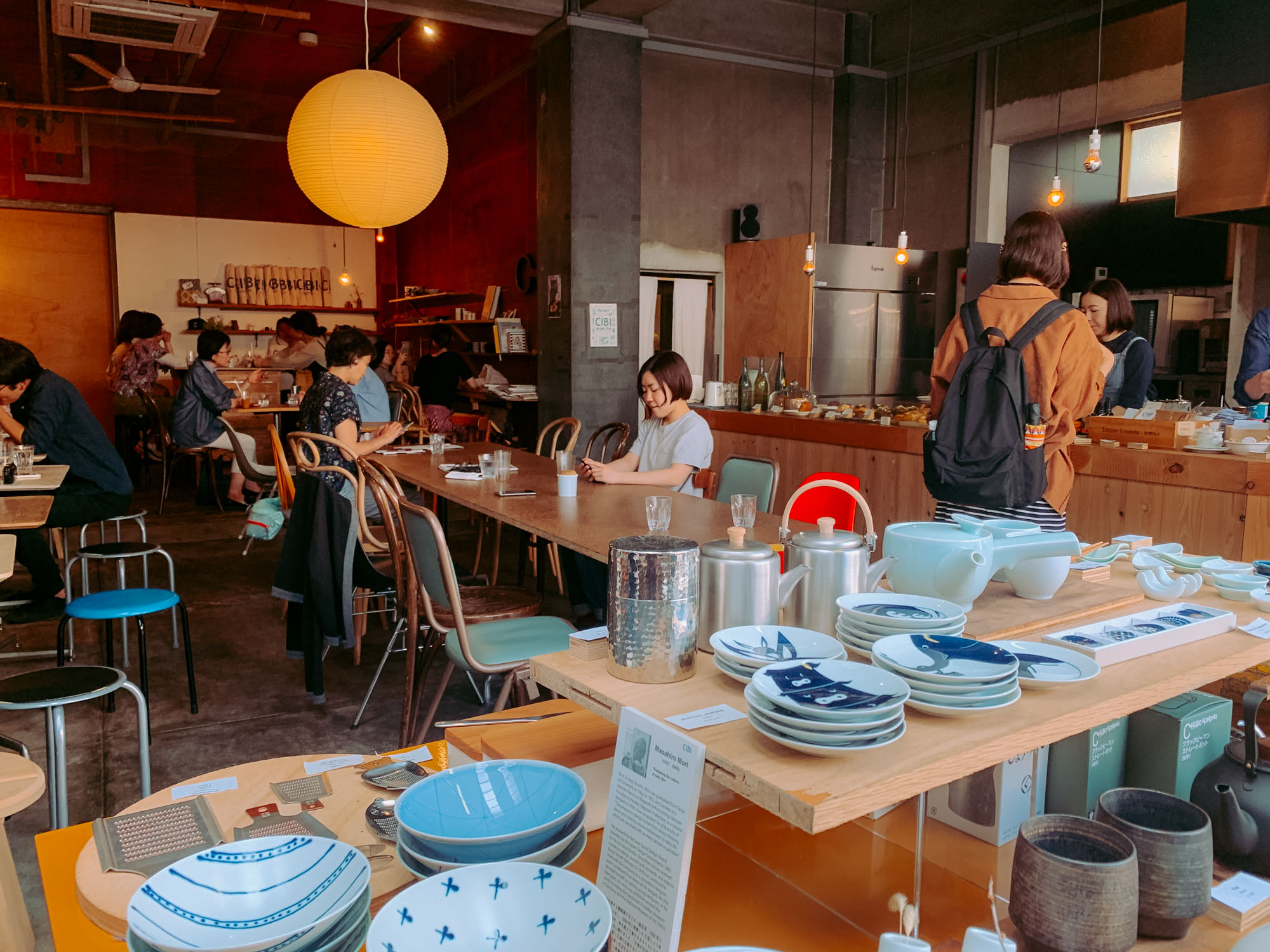
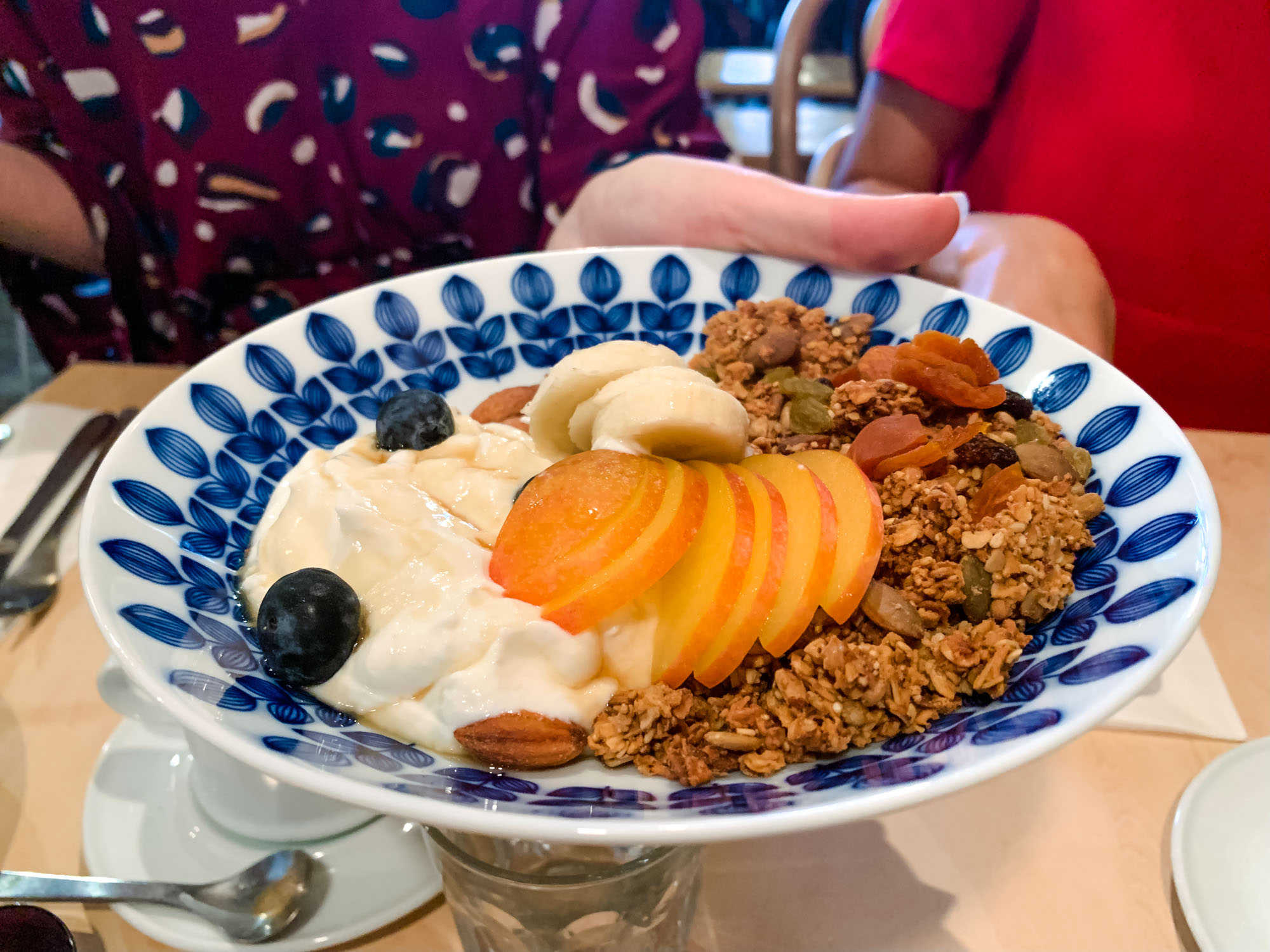

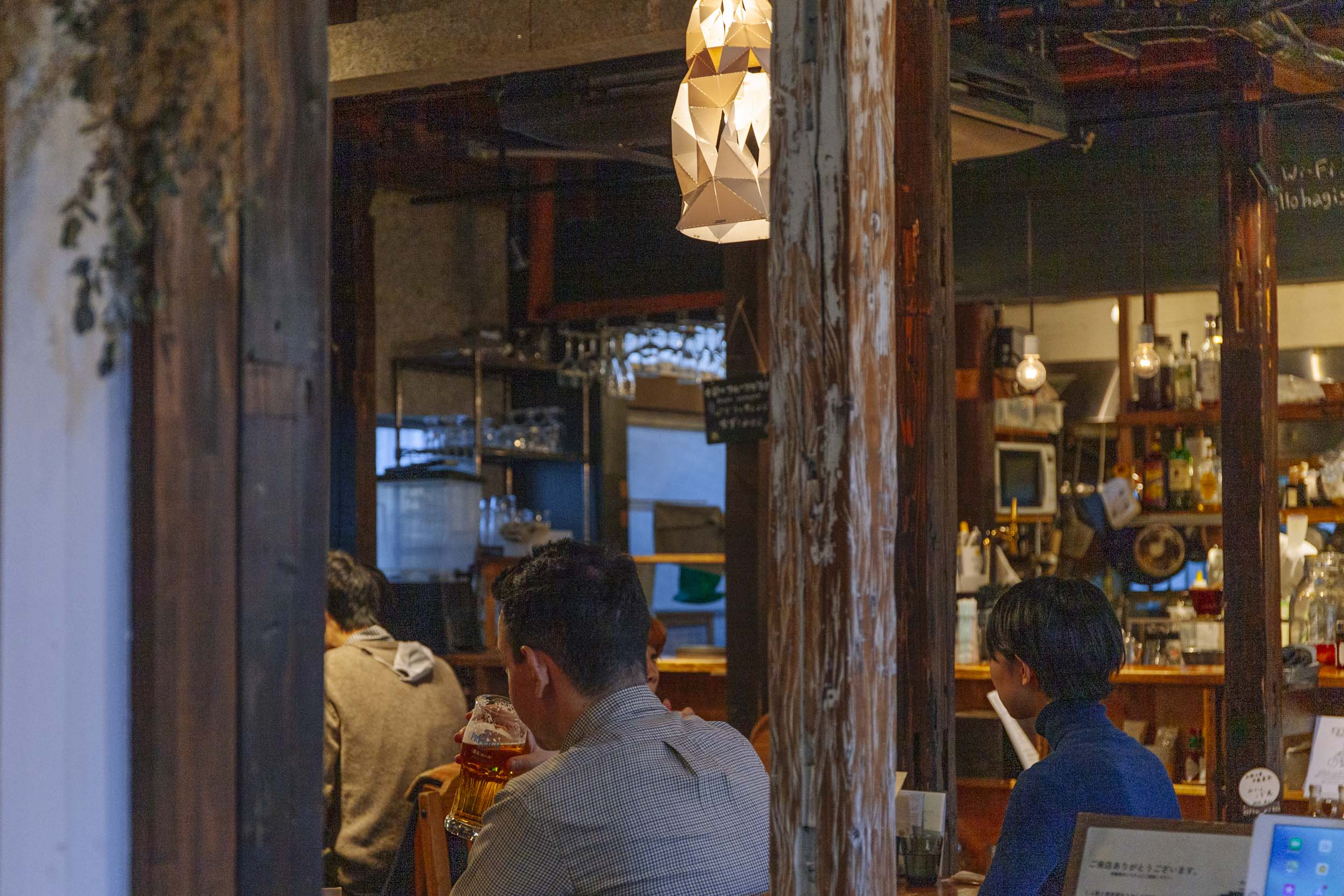
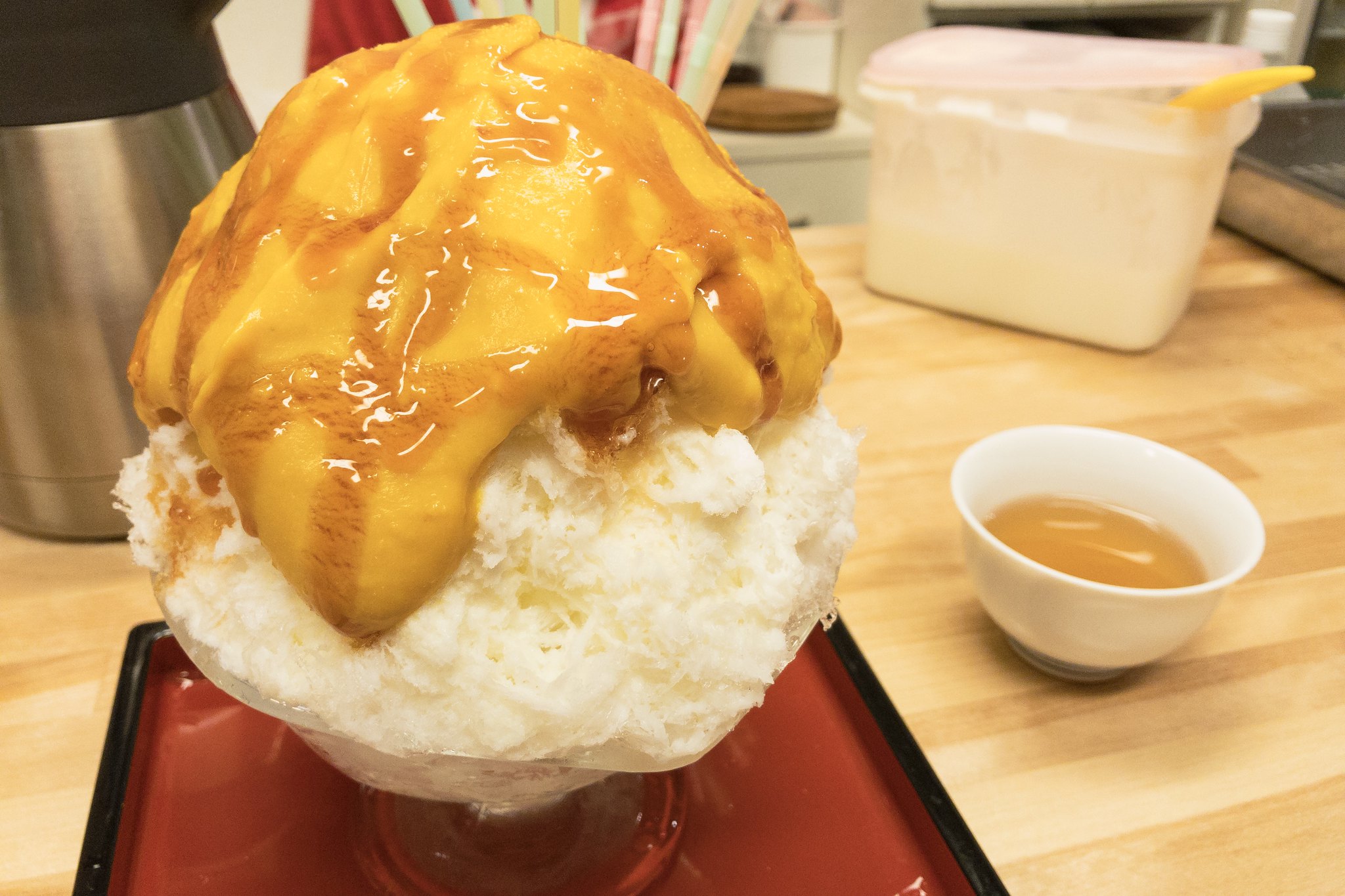
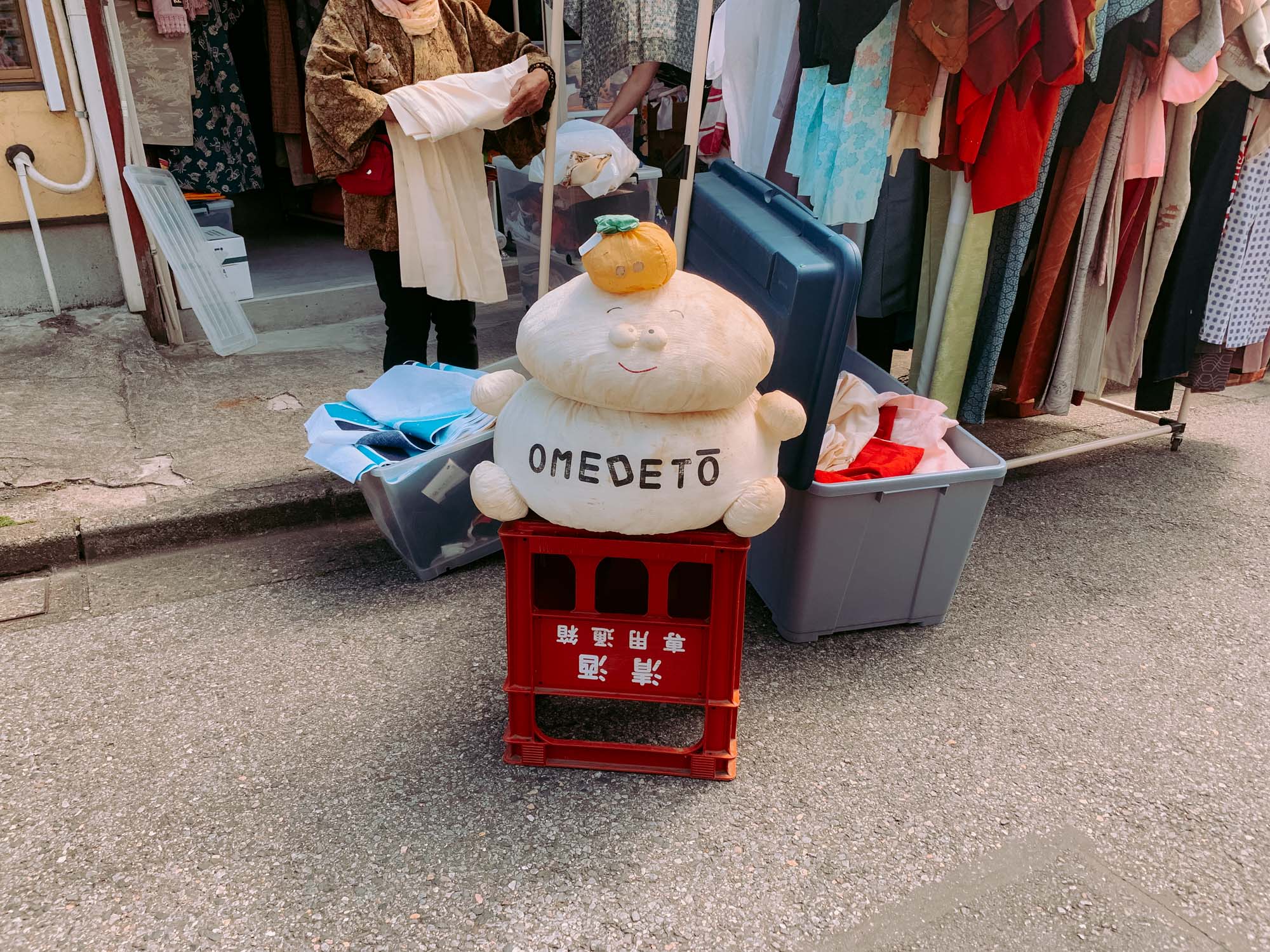
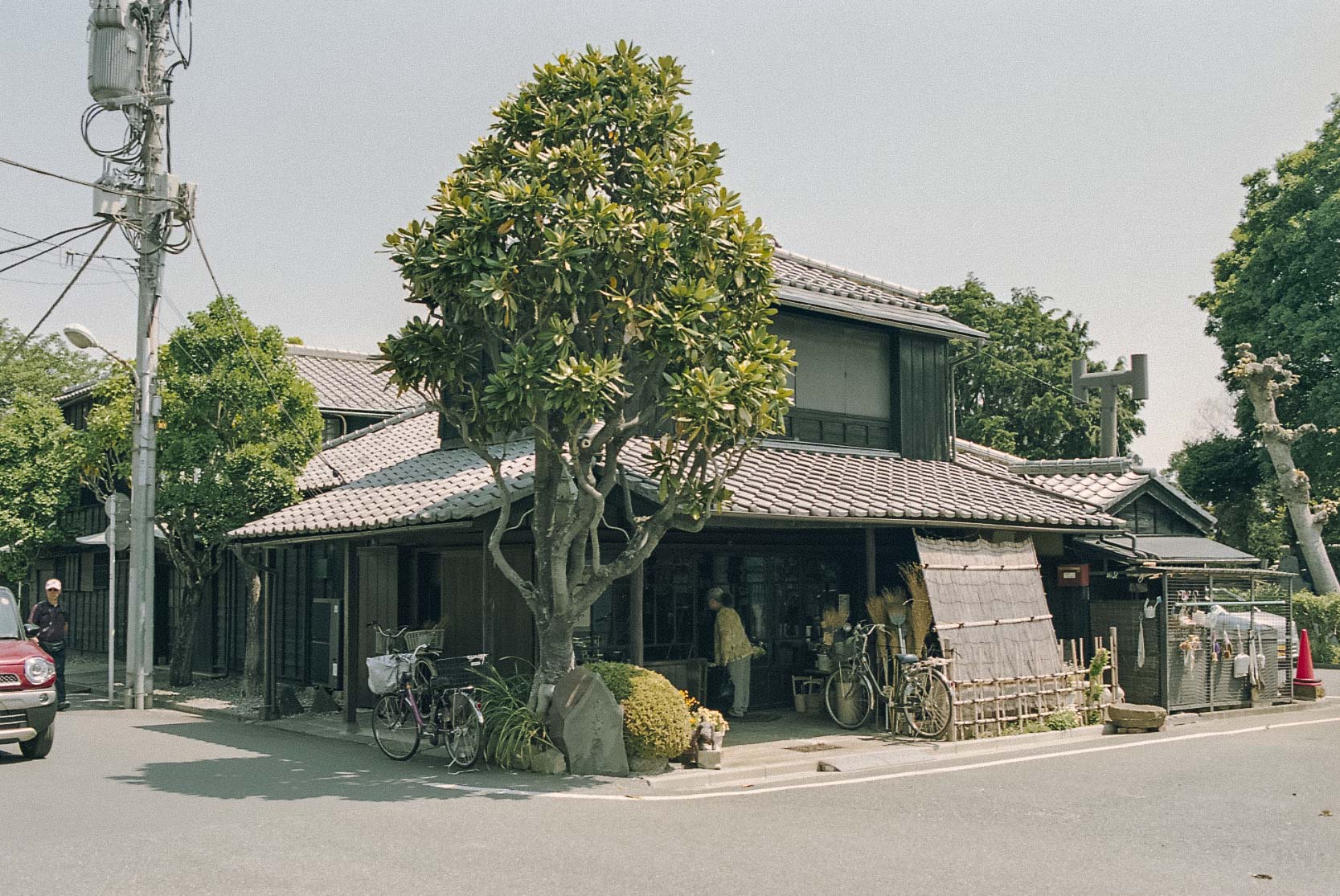

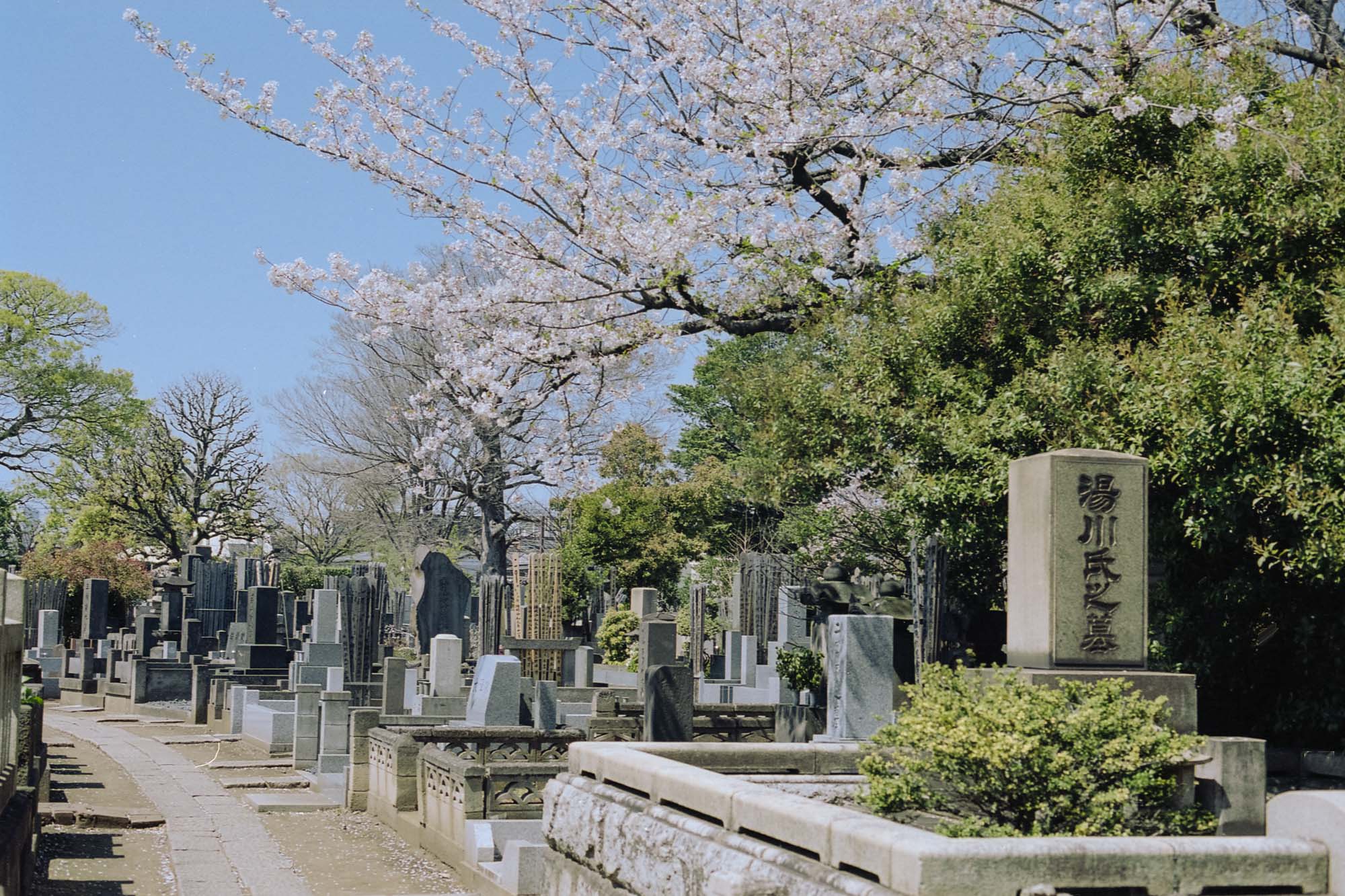

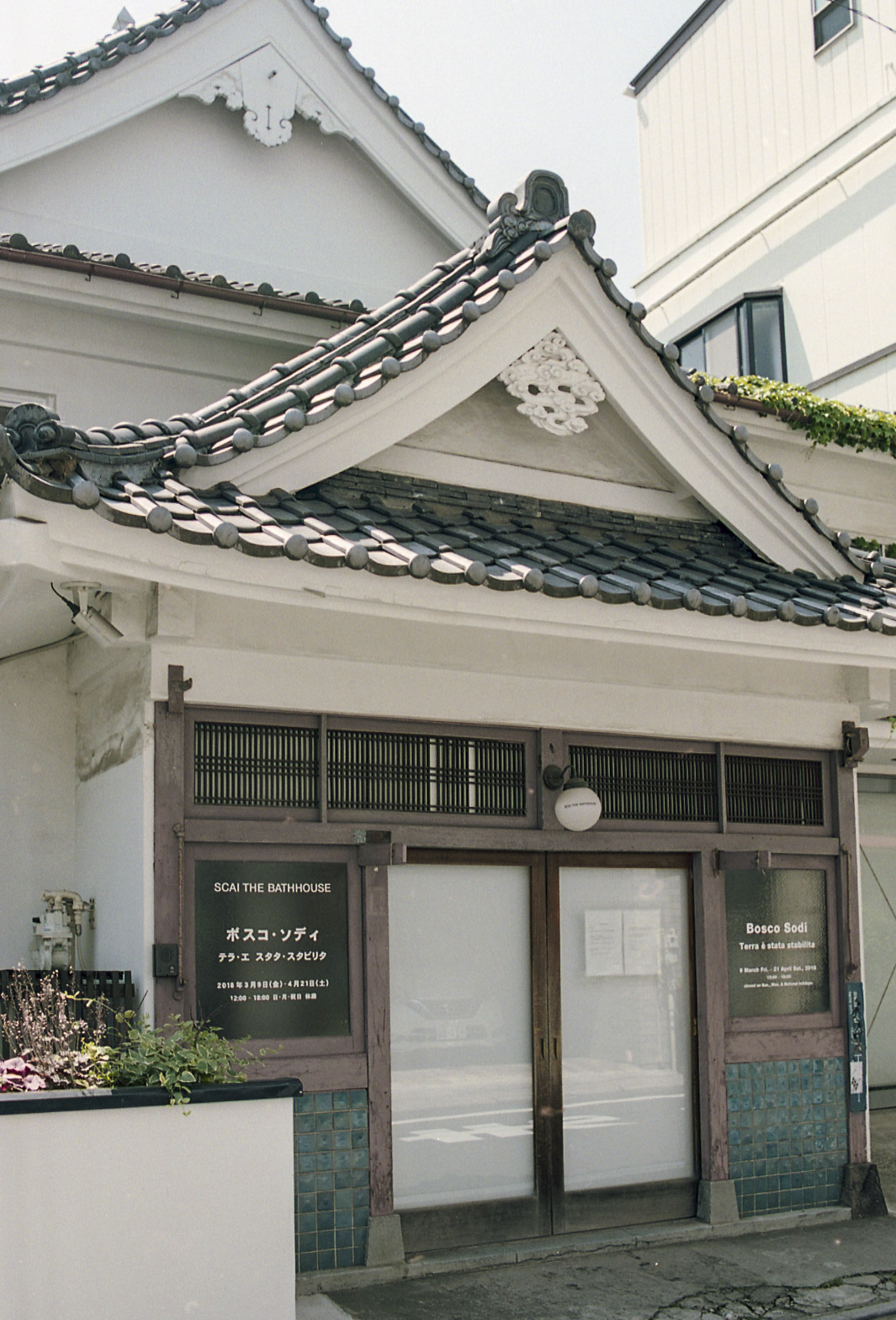
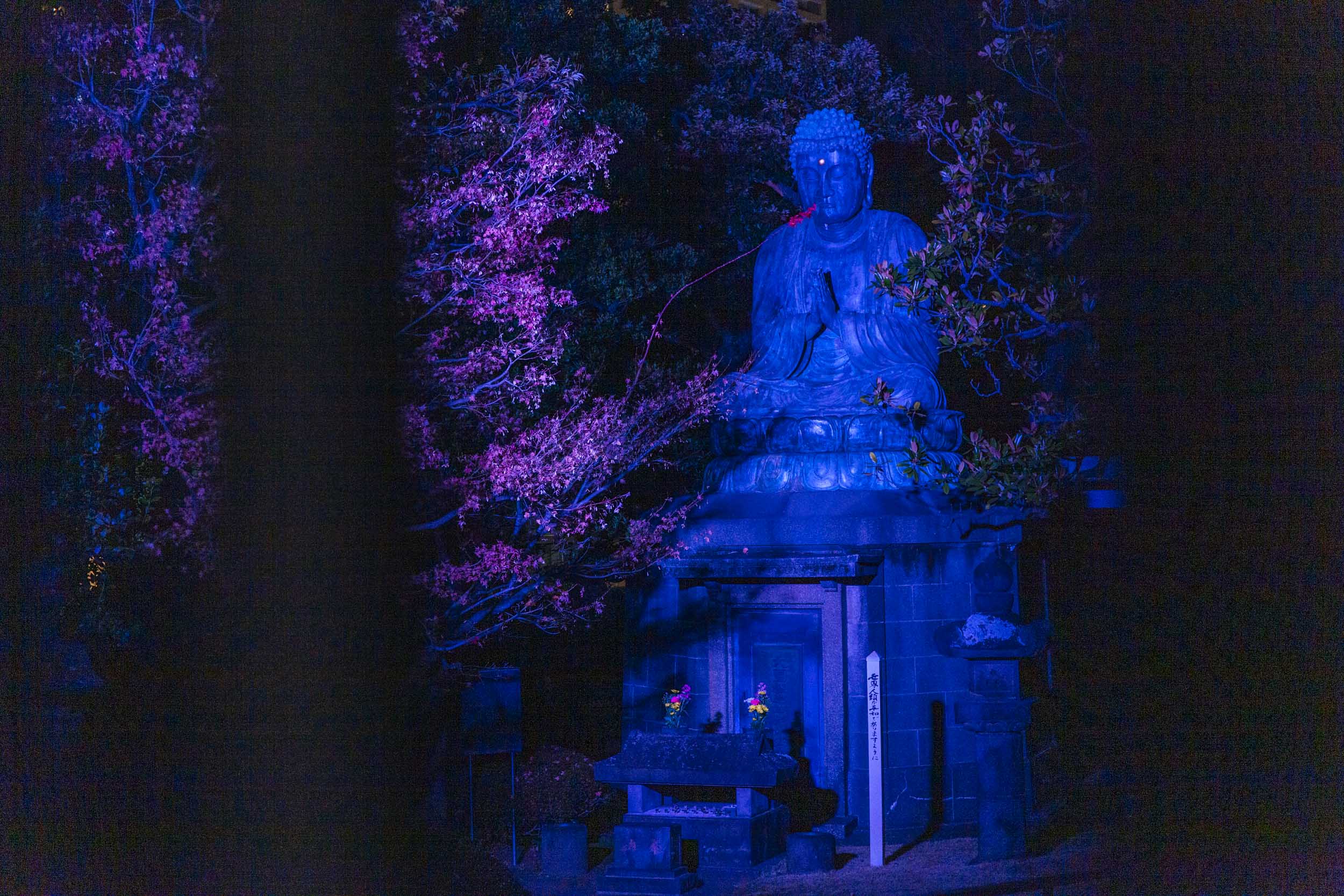

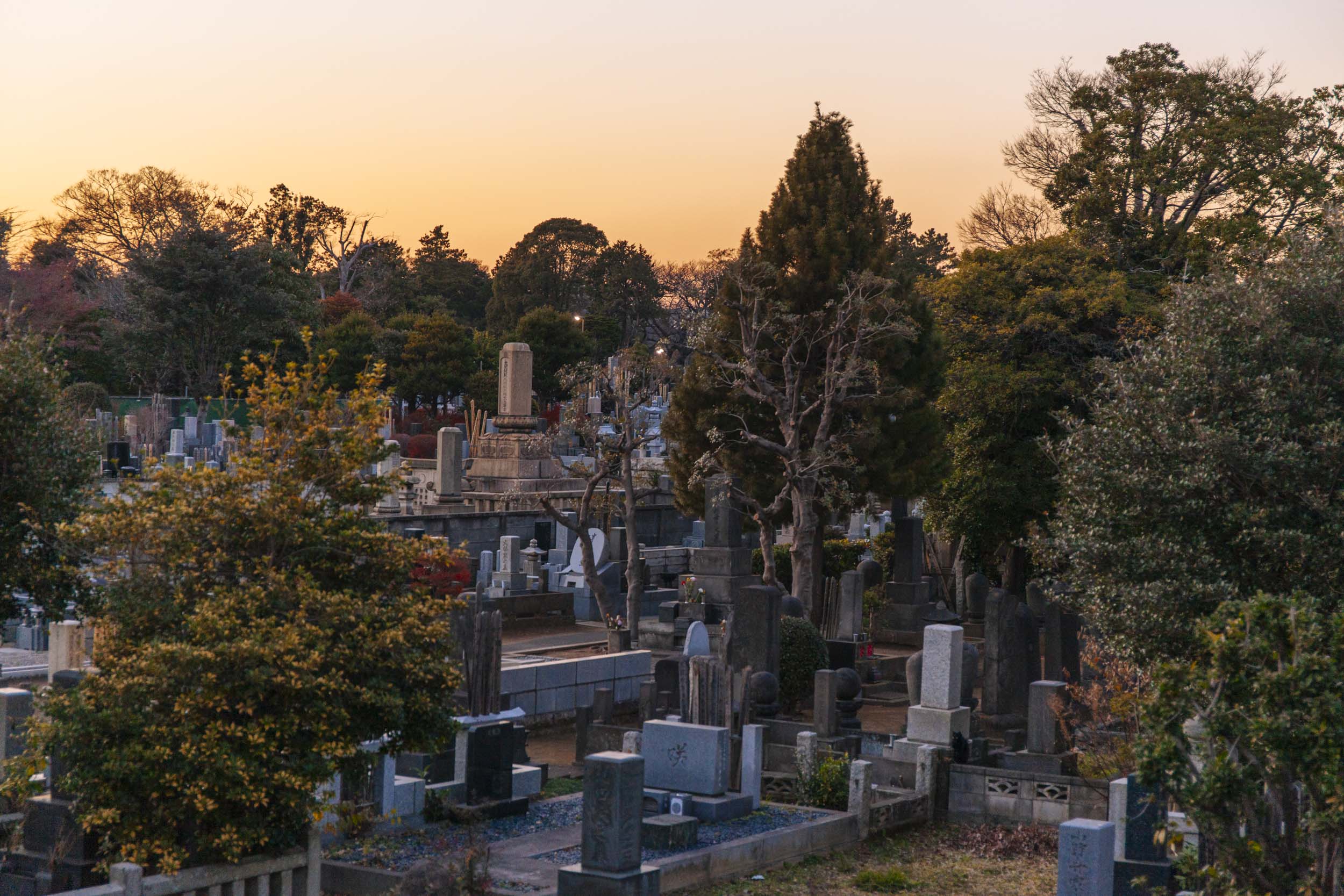
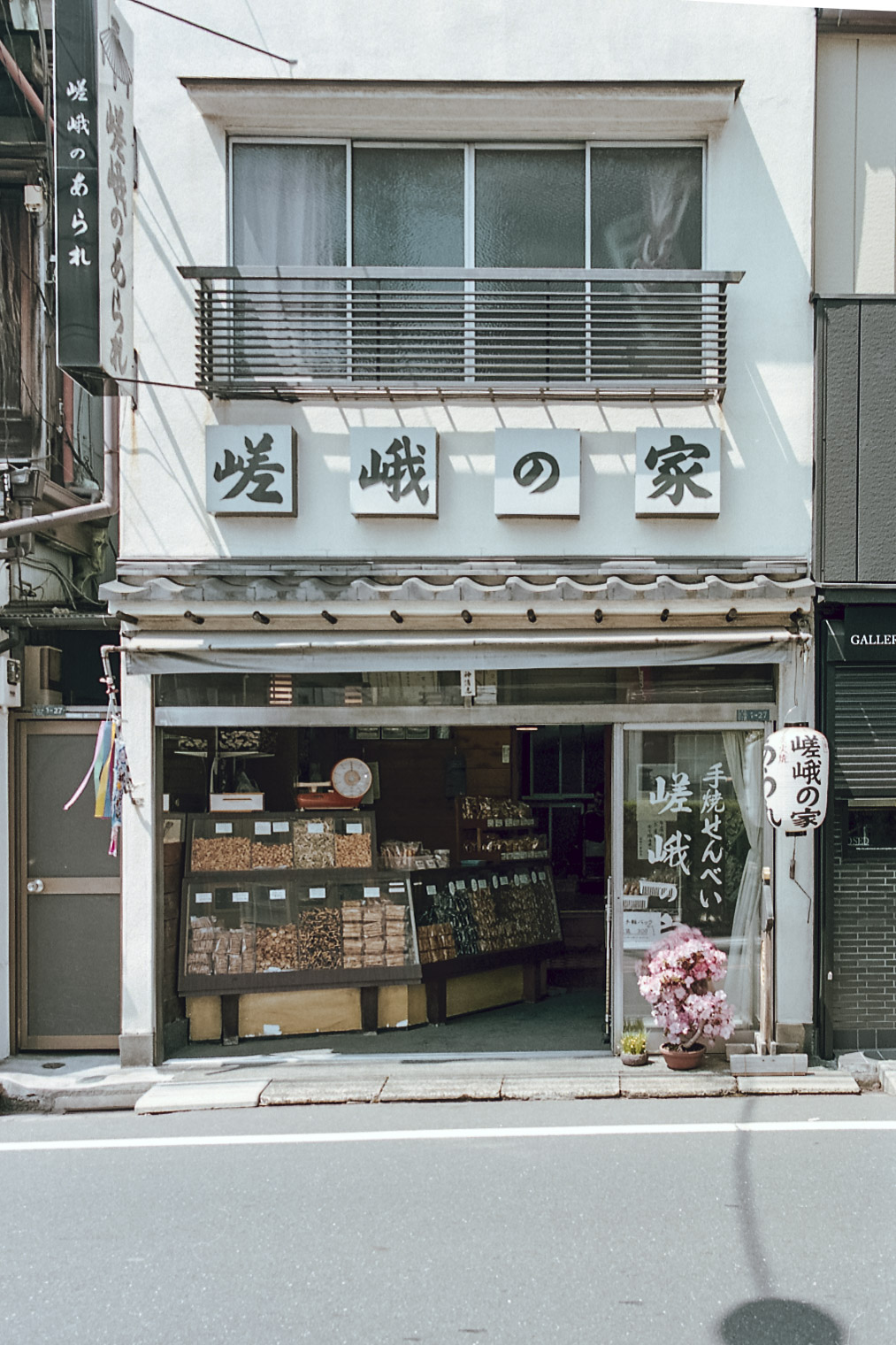
In springtime, Yanaka Cemetery turns into one of Tokyo’s most celebrated cherry blossom spots, when its main road, fittingly called “Sakura Dori,” transforms into an explosion of pale-pink blossoms.
Just to the south of Yanaka Cemetery the road turns into what’s known by locals as the “Rue des Arts” or “Street of the Arts,” where you will find several art galleries such as SCAI THE BATHHOUSE which regularly hosts well-known national and international artists such as Anish Kappor, Tadanori Yokoo and others.
If you want to continue your walk through the quiet side streets of Yanaka, head slightly up the hill to find Mikado, a small, retro food and drink shop at a unique triangular crossing which seems to be lost in a different time and age. This spot is famous for its giant Himalayan cedar tree which is often featured in Japanese TV dramas and was saved by a local community group from being cut down and is now one the area’s most famous points of interest.
Make your way further down the hill and you will come across Nennekoya, a quirky café and shop overflowing with images, figurines and knickknacks of cats - in homage to Yanaka’s most popular animal and certainly a must-stop for any feline fanatic.
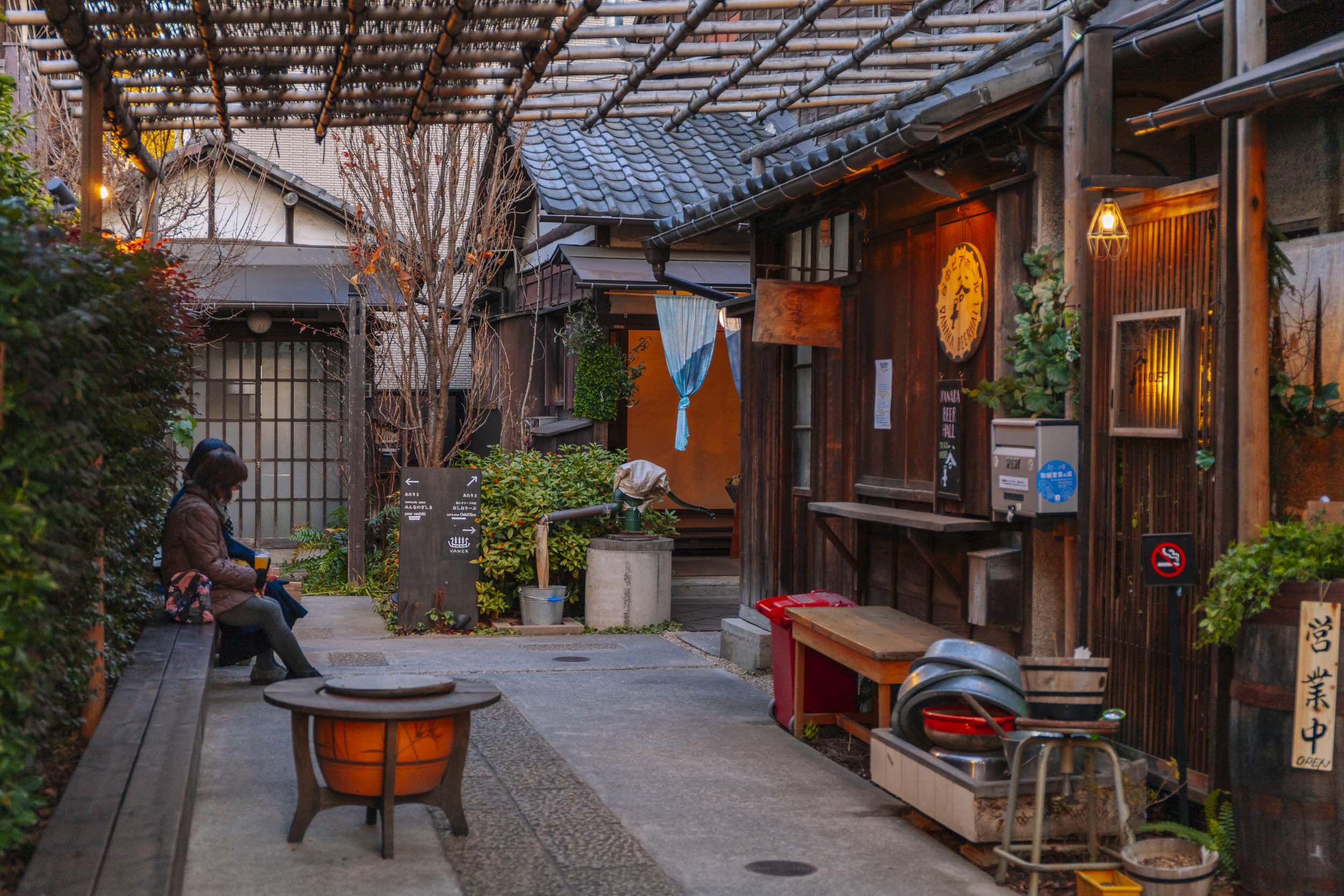
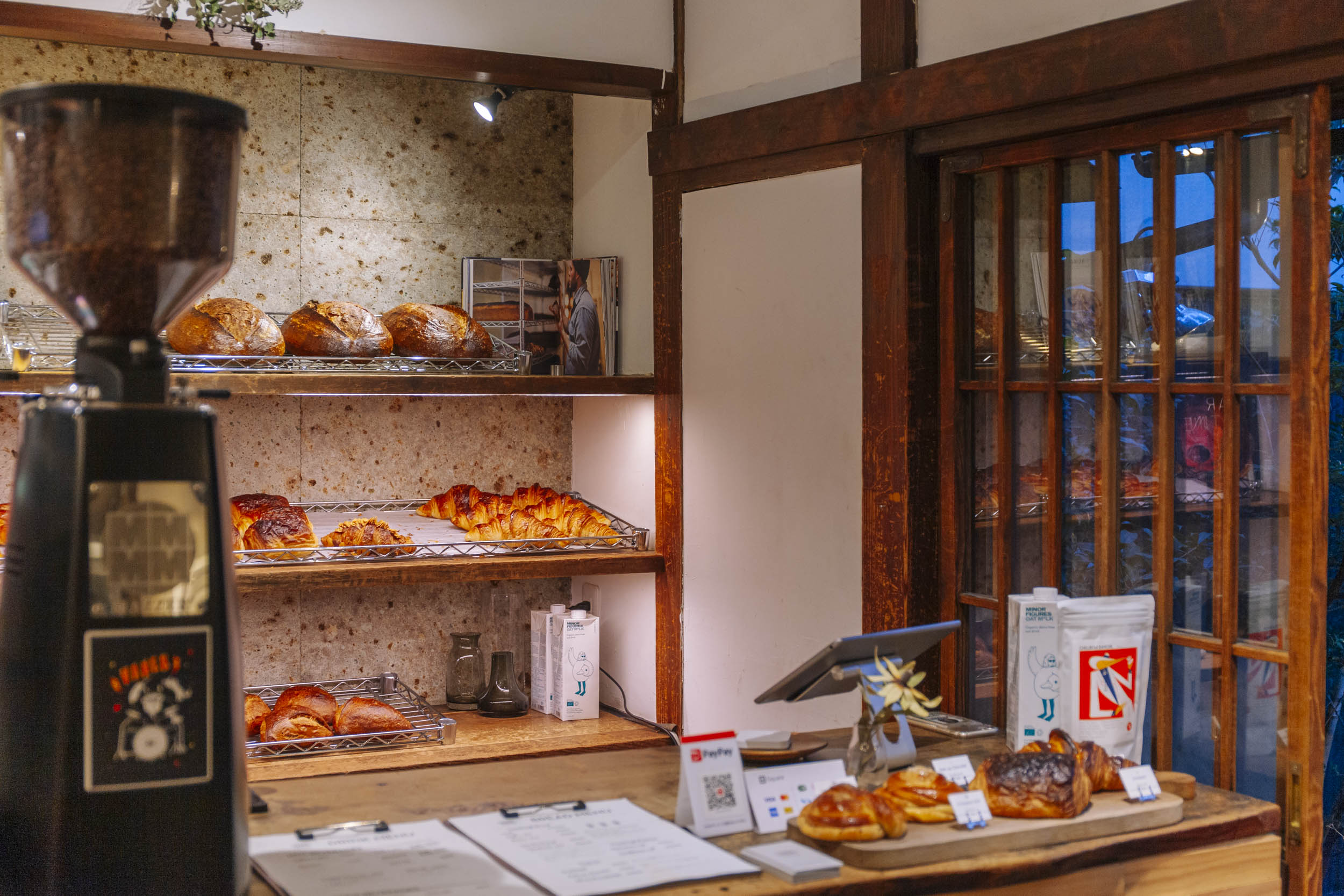
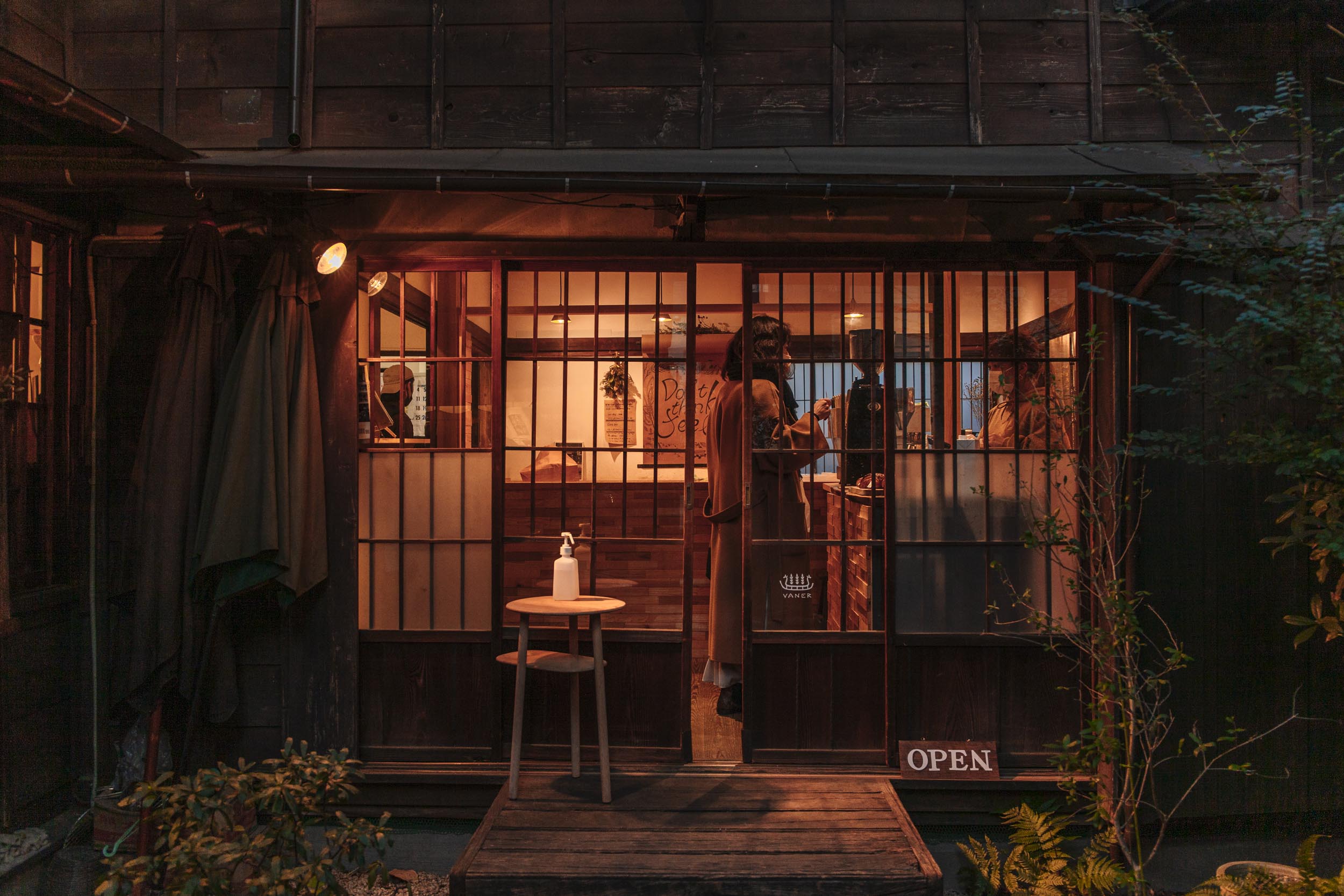
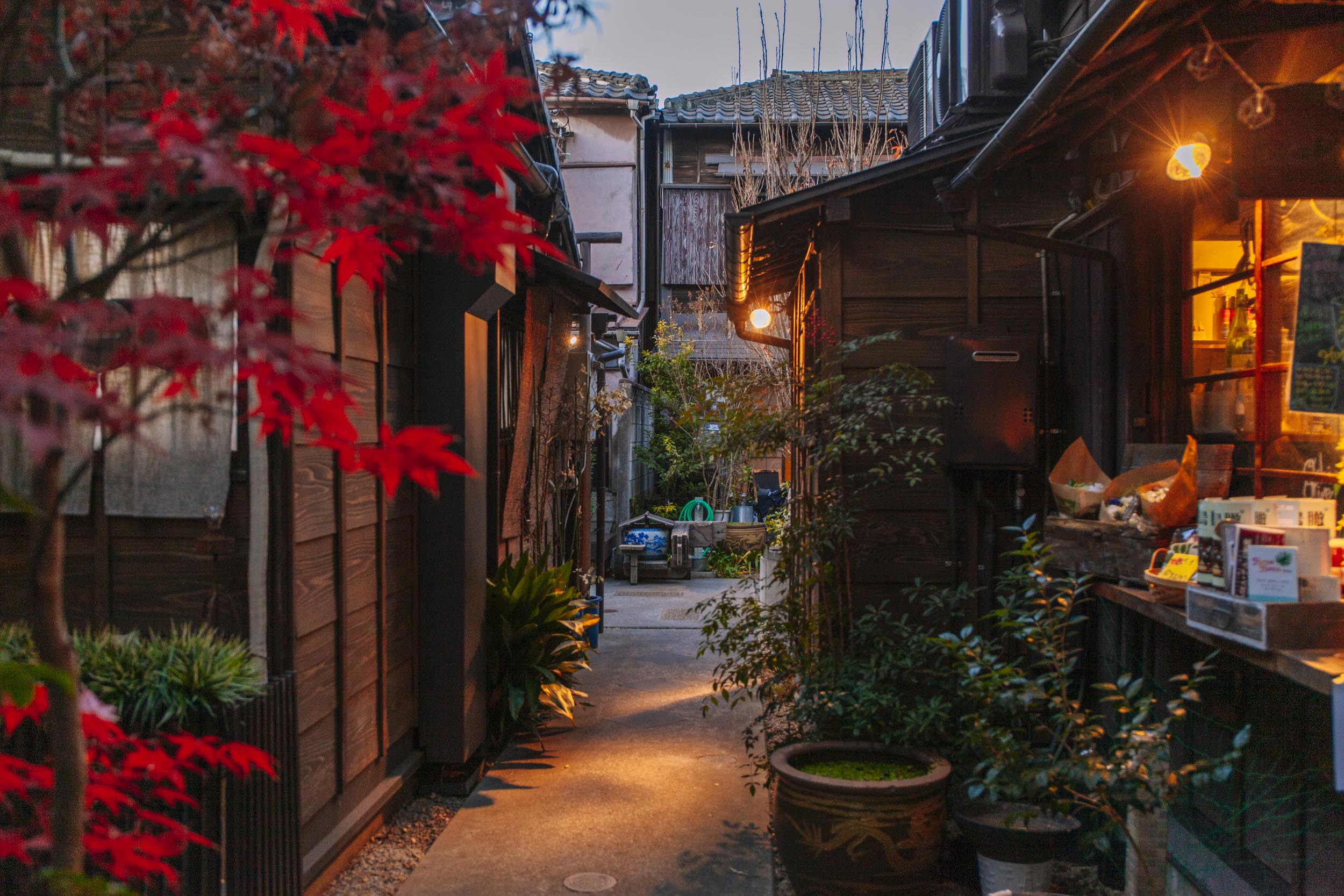
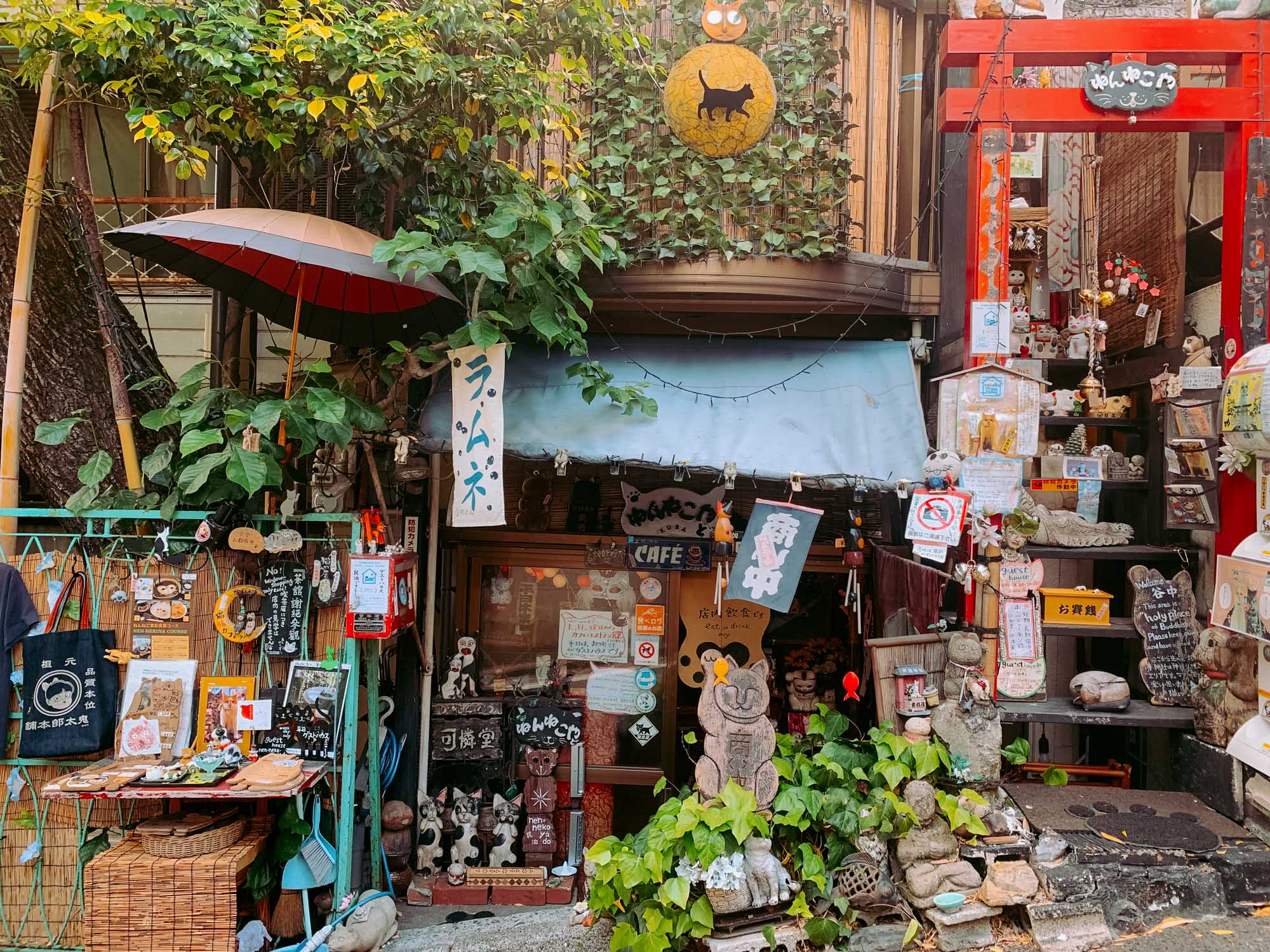
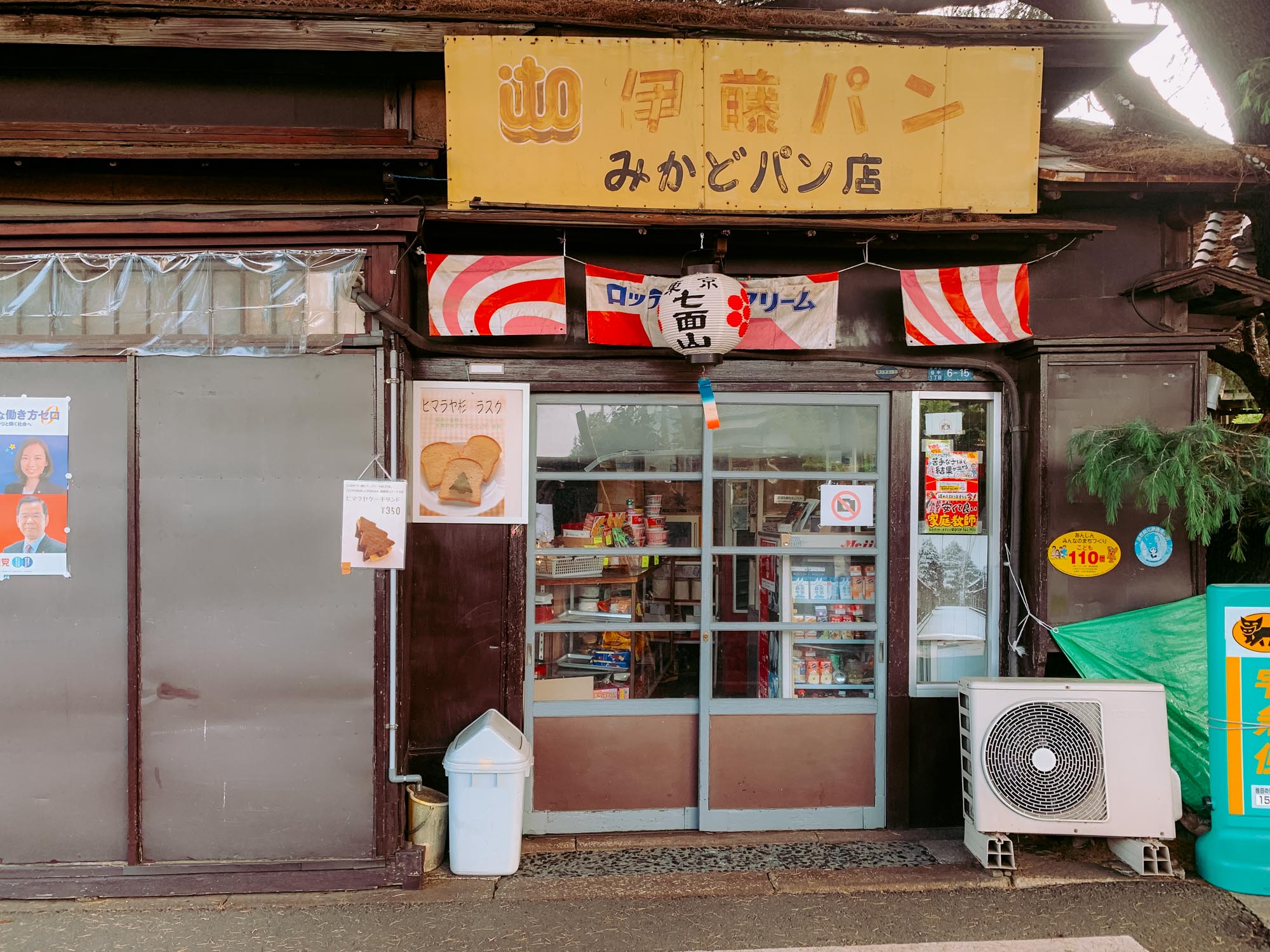



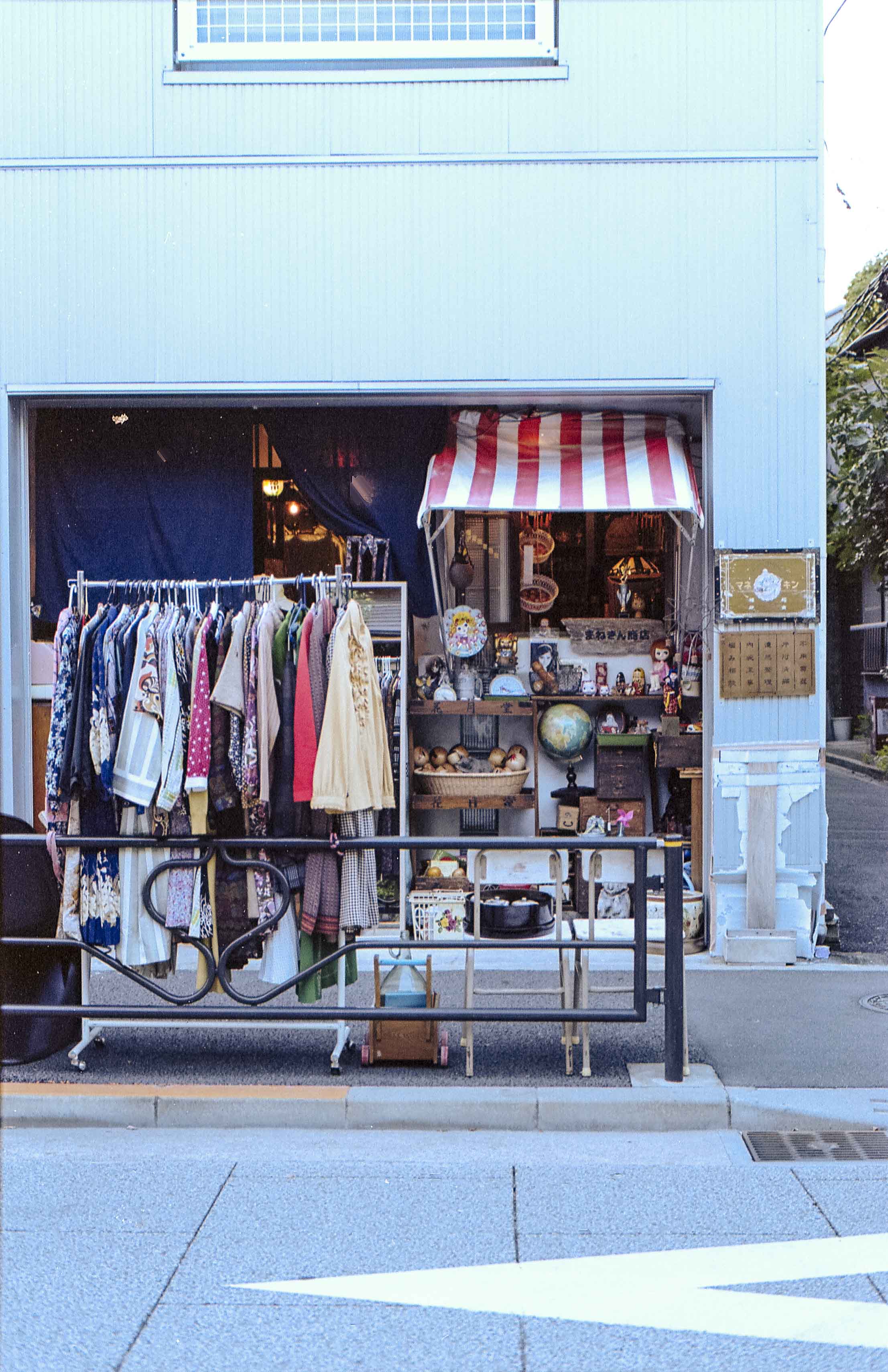
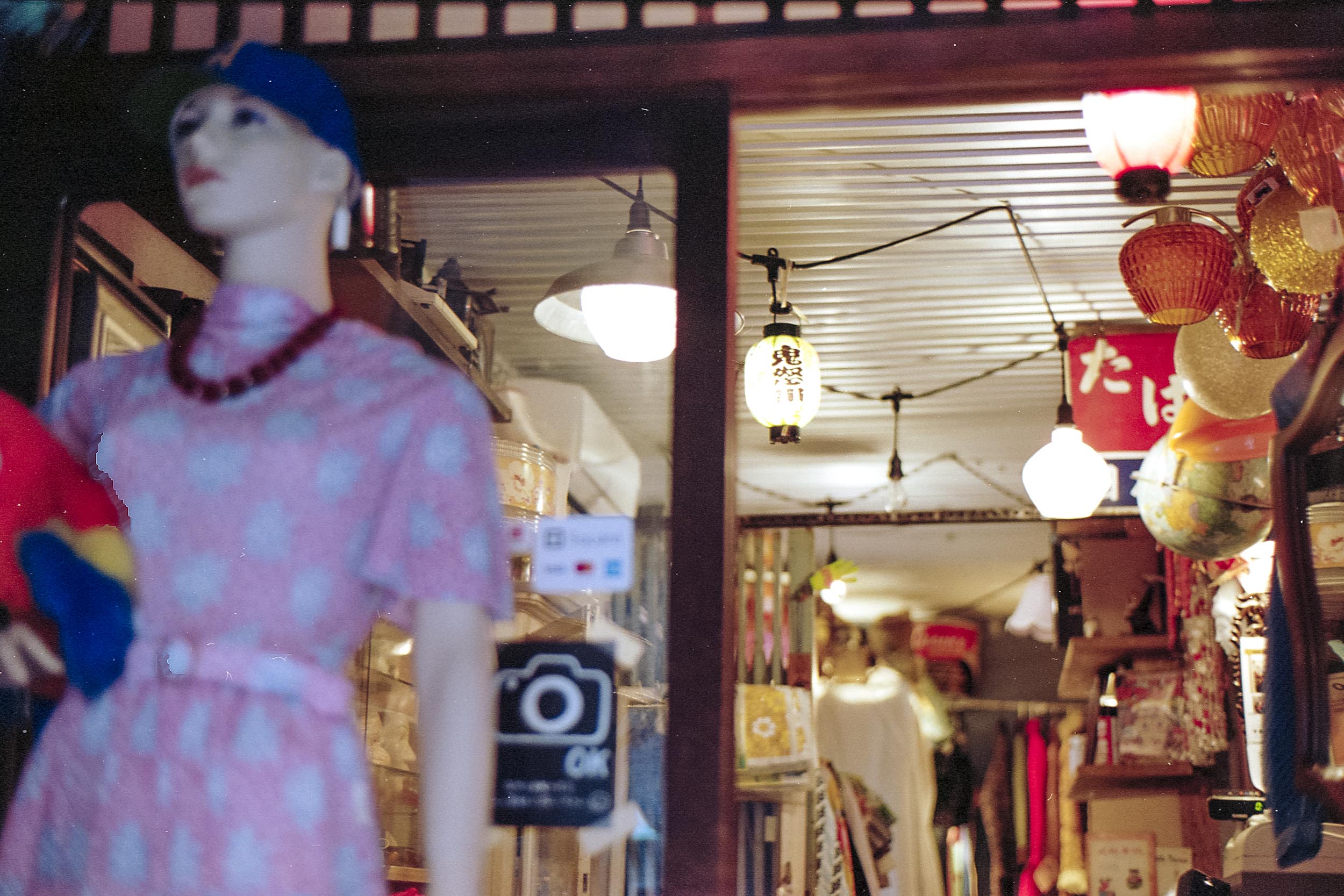
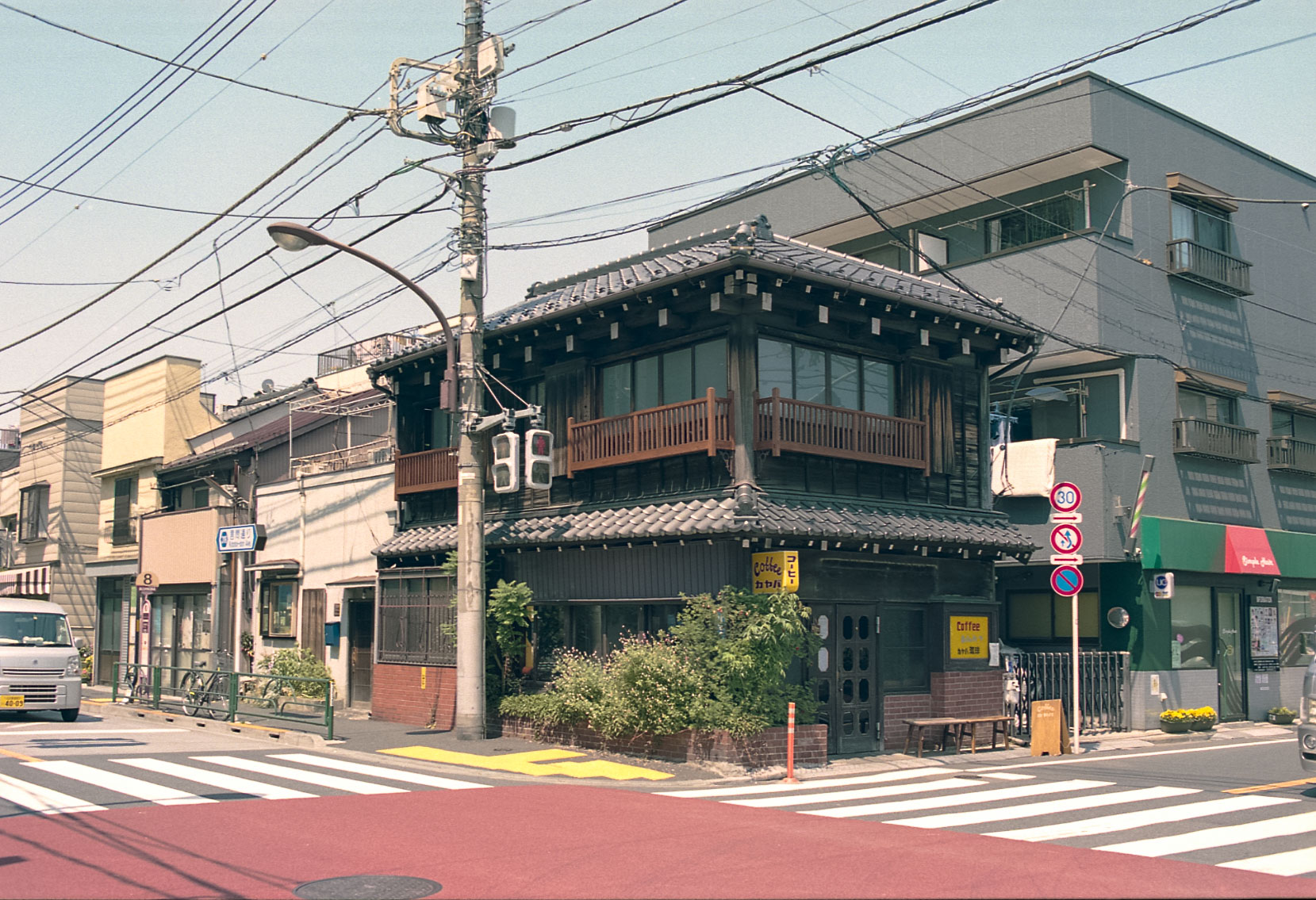
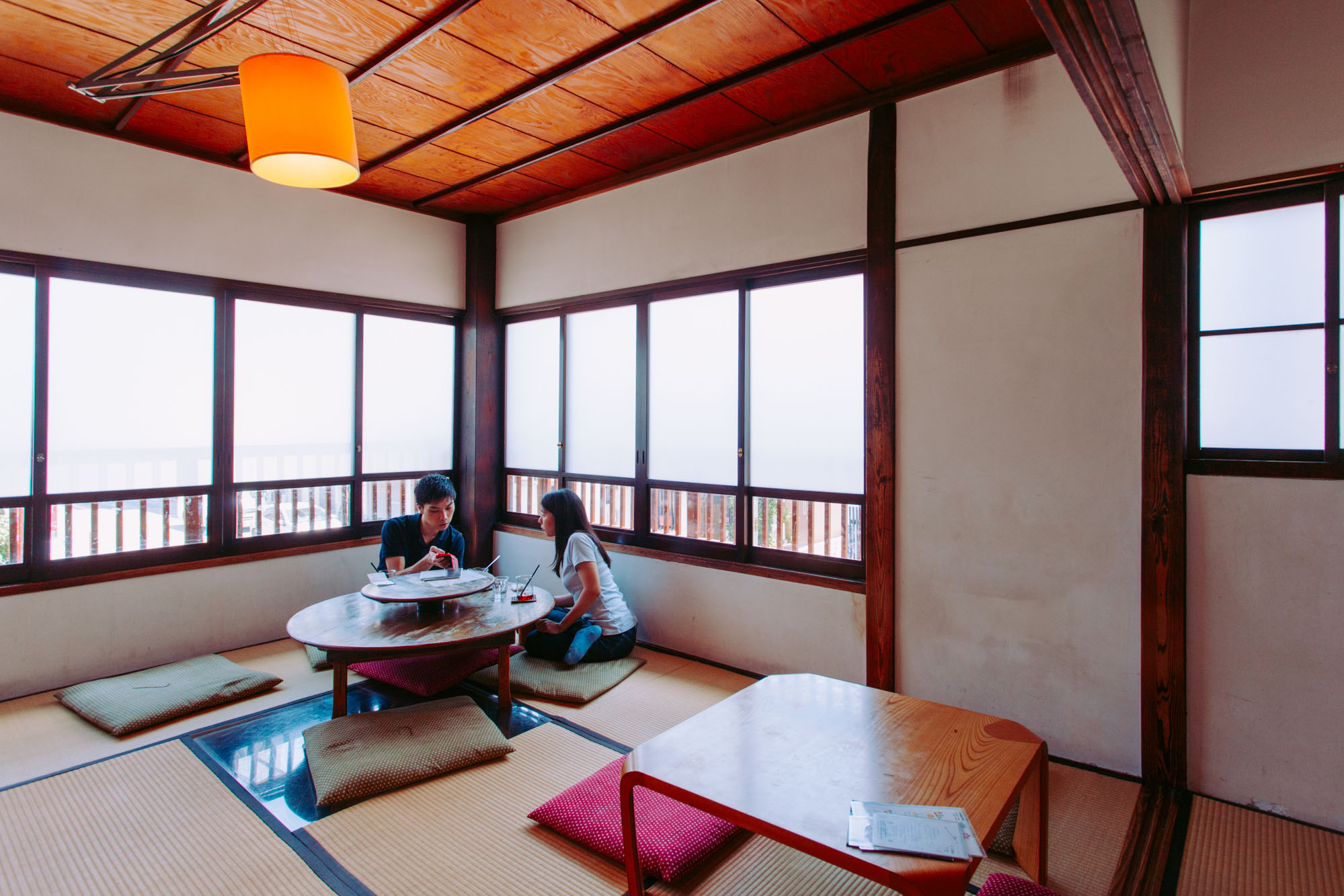
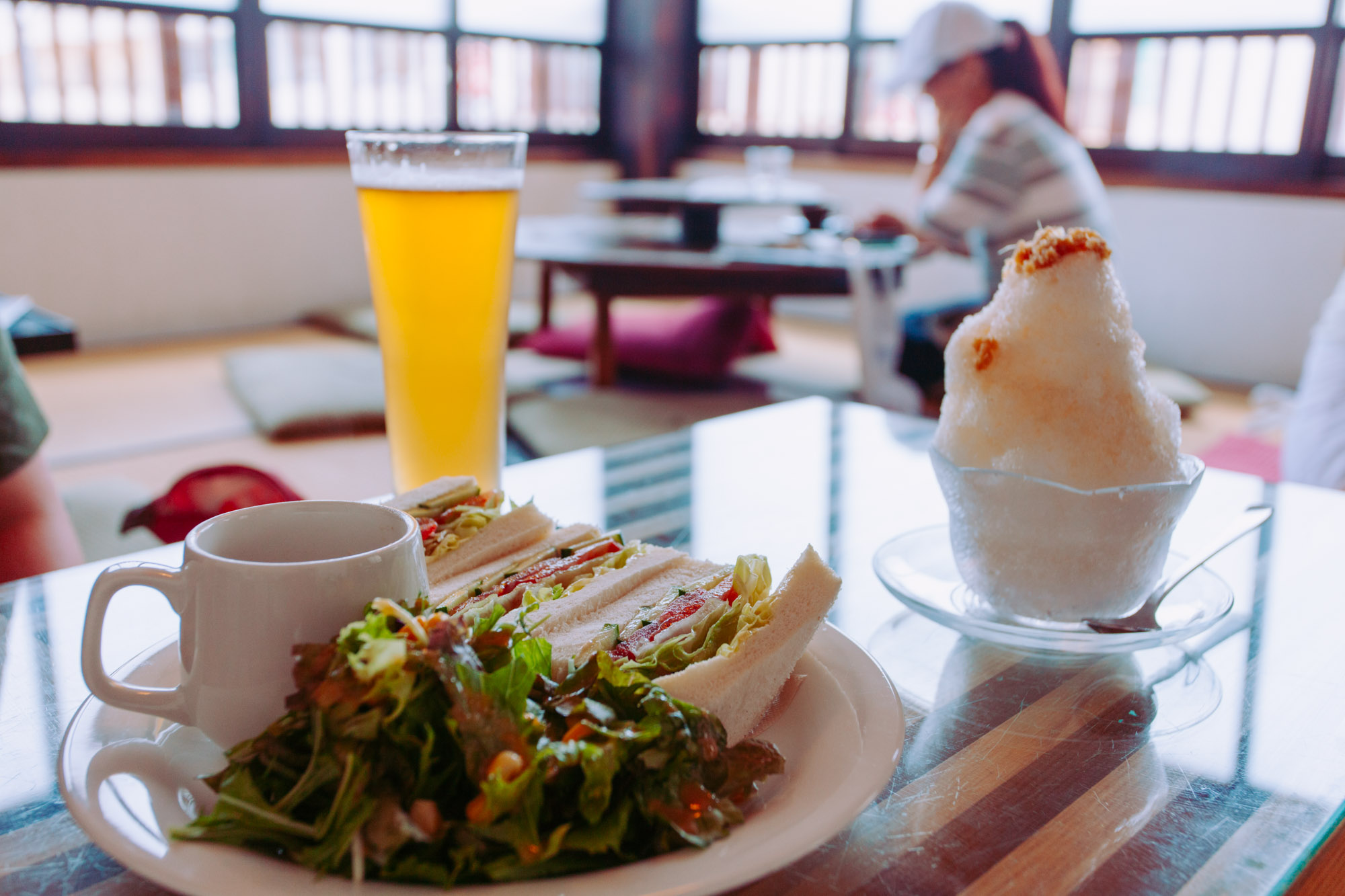
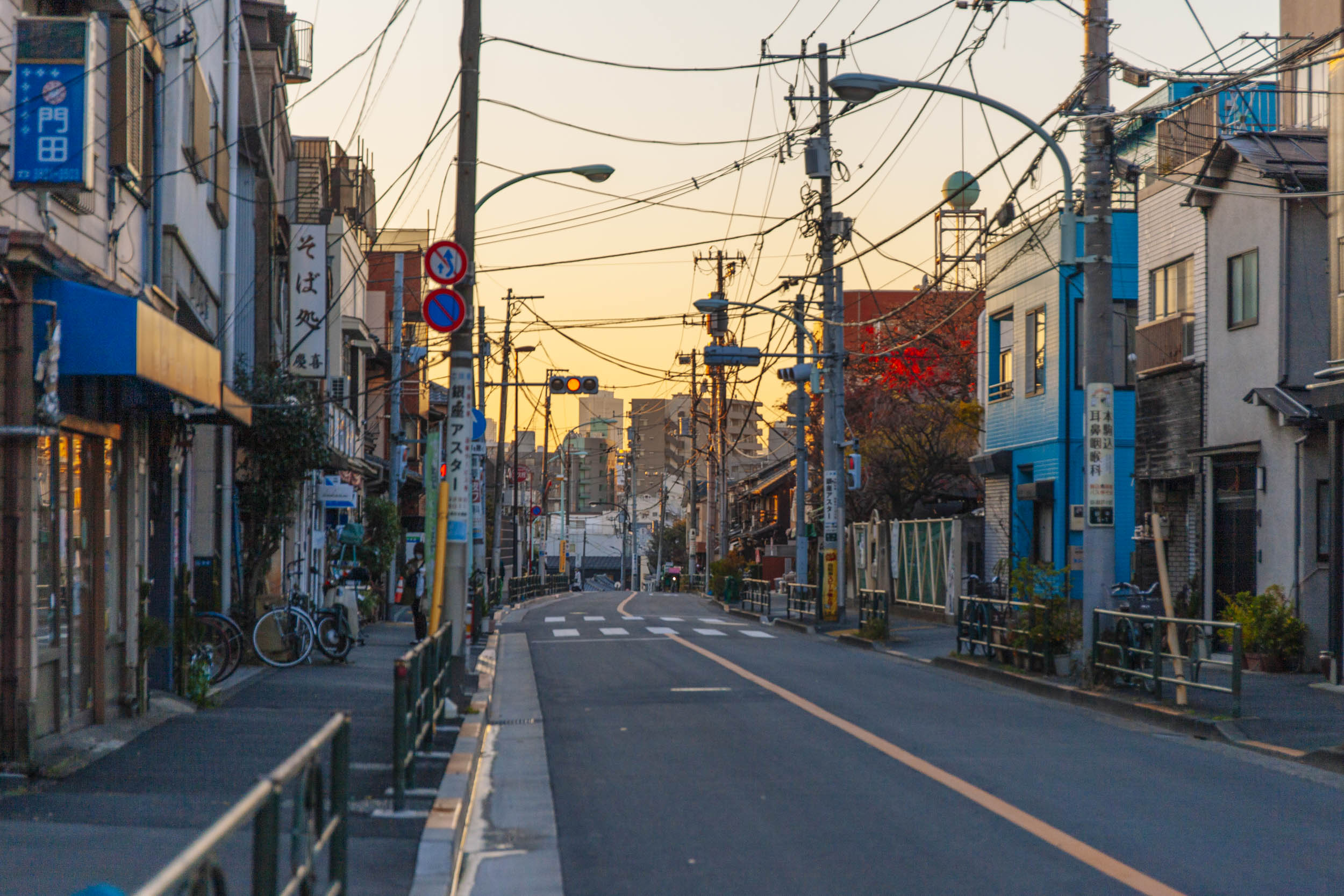
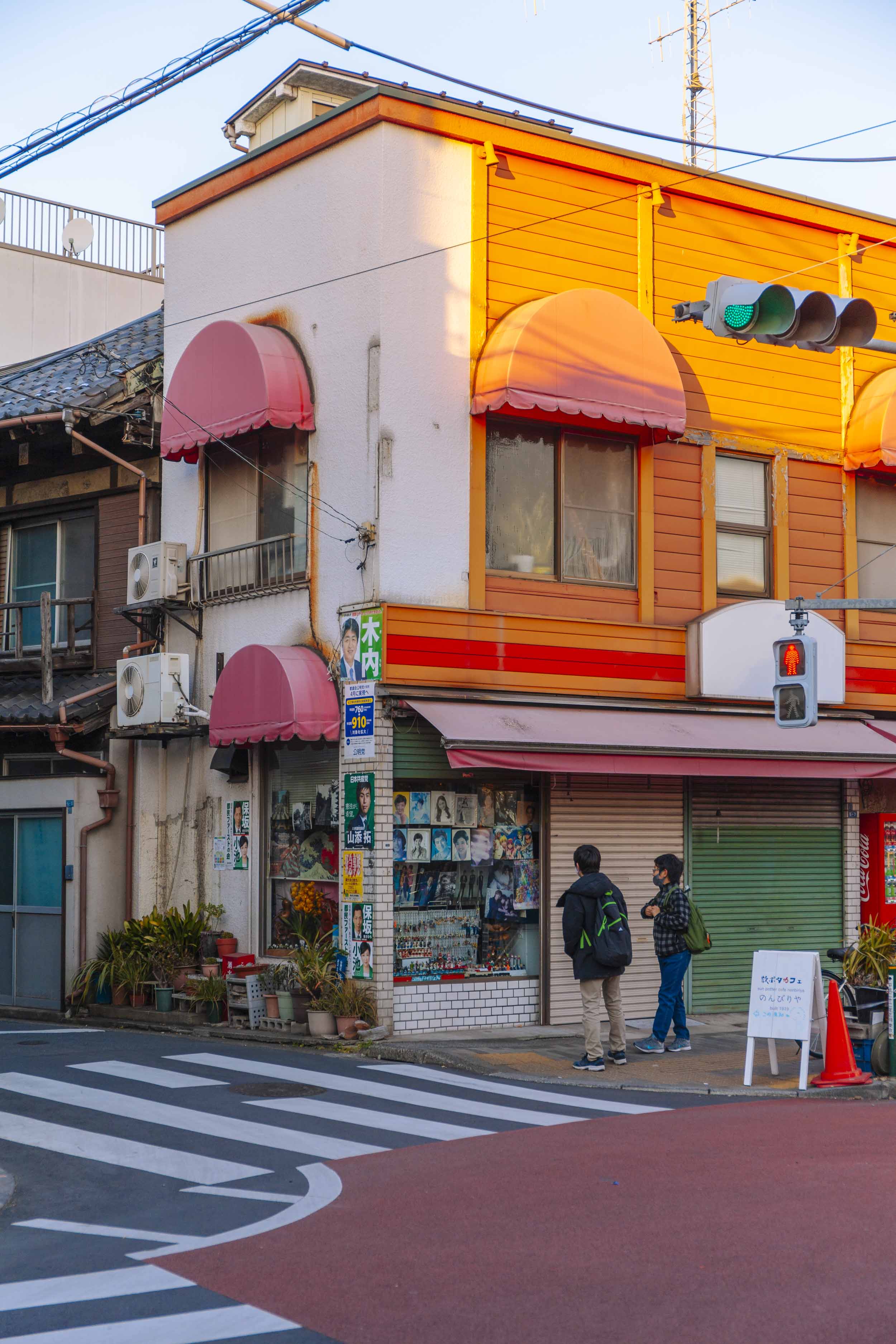
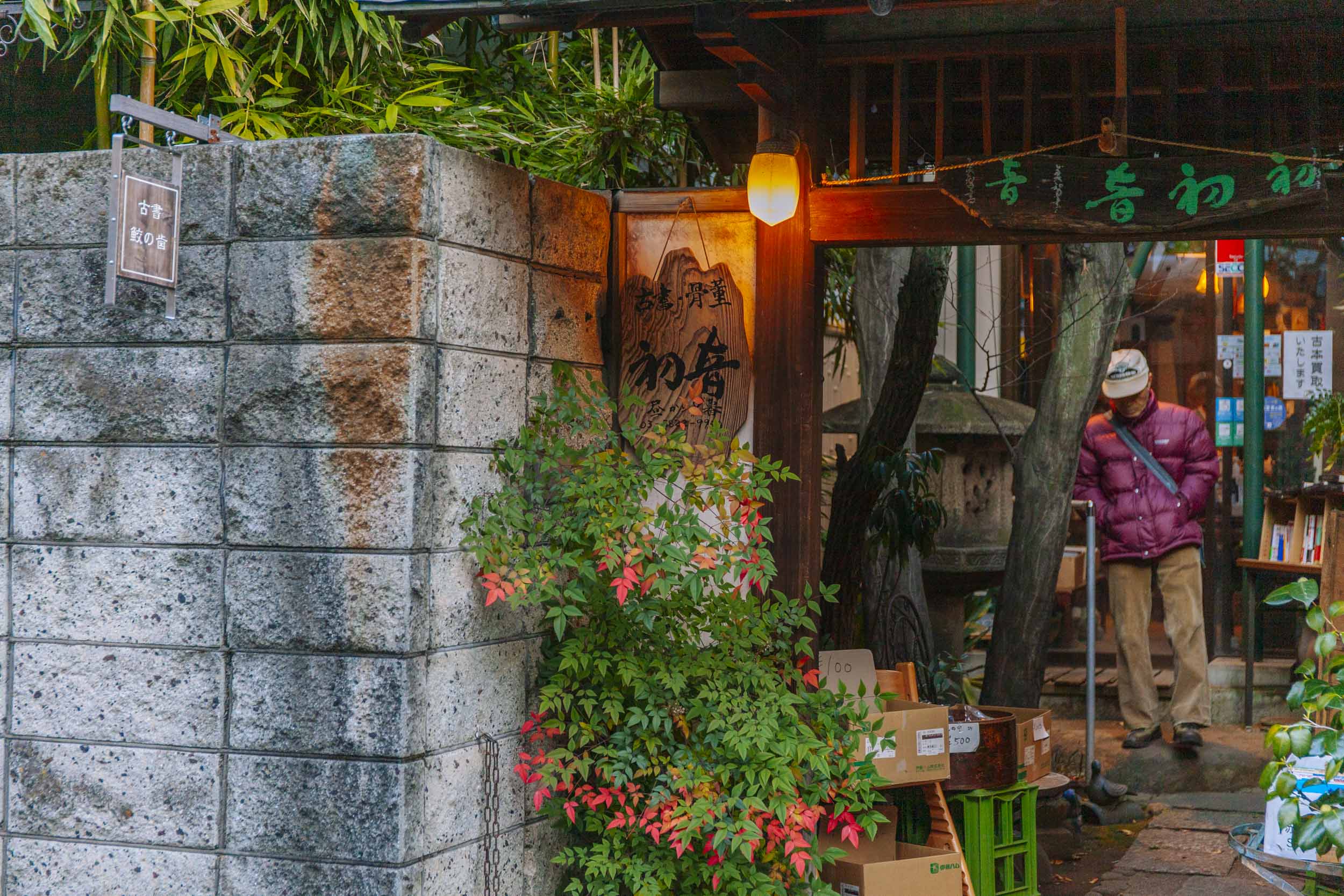
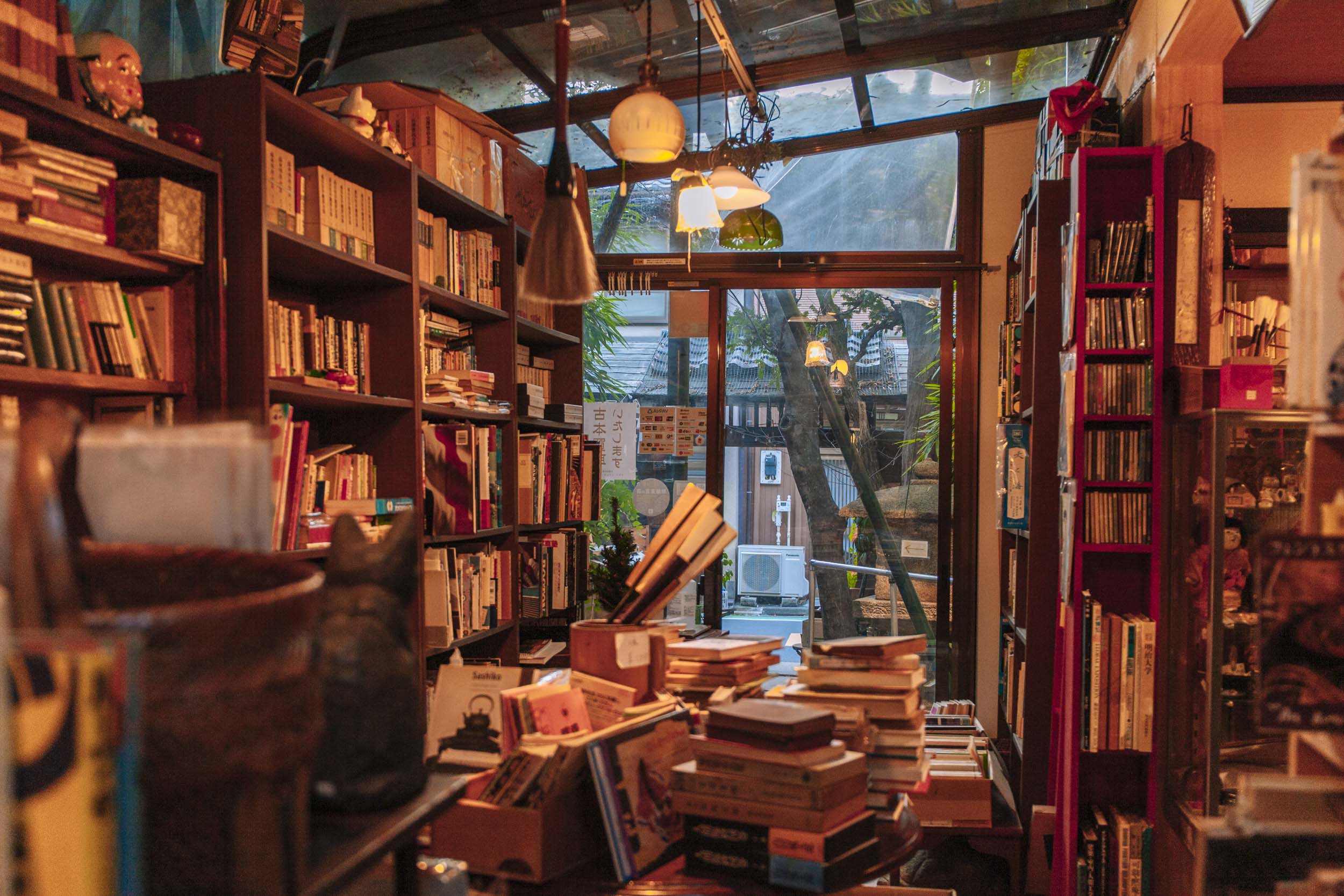
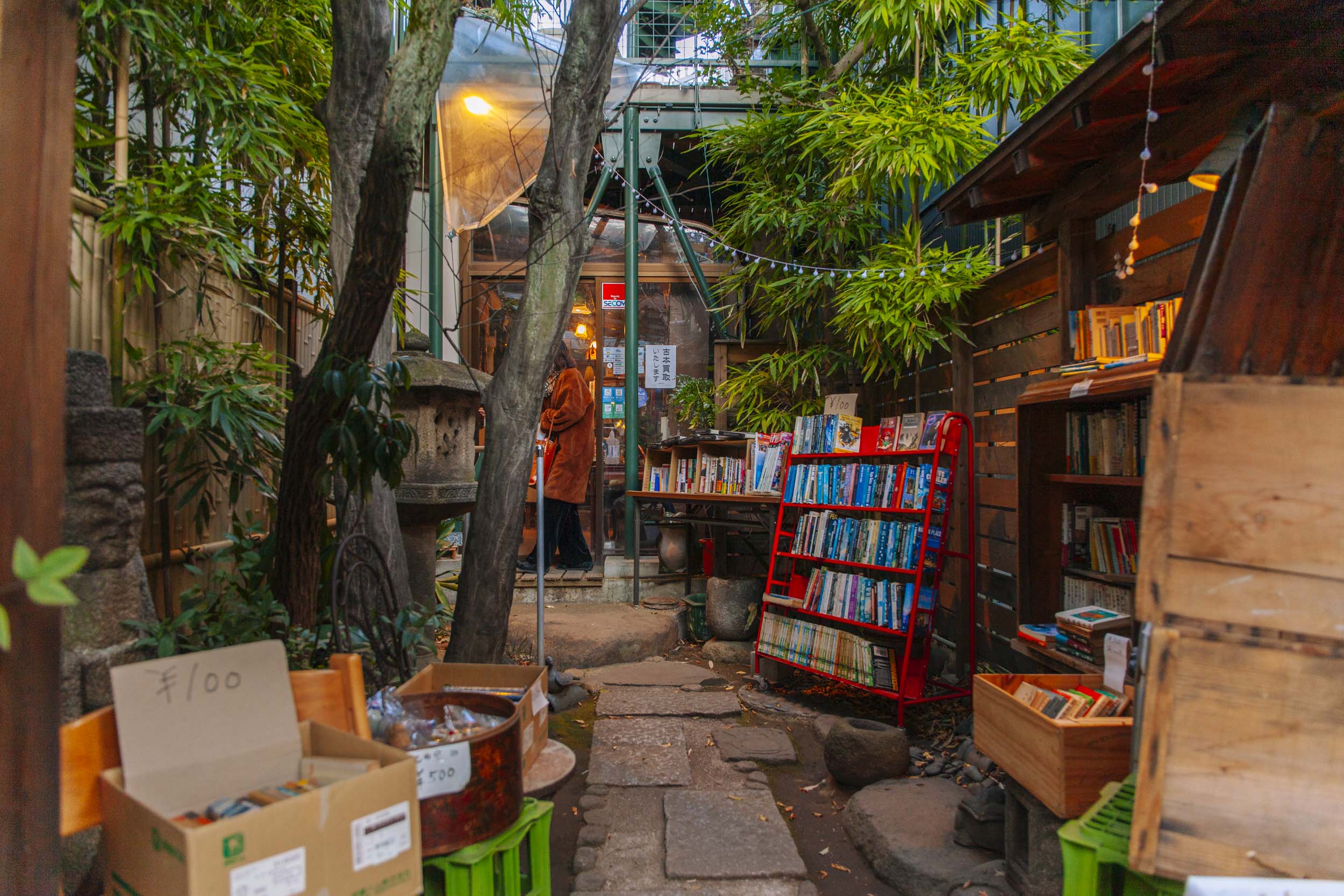
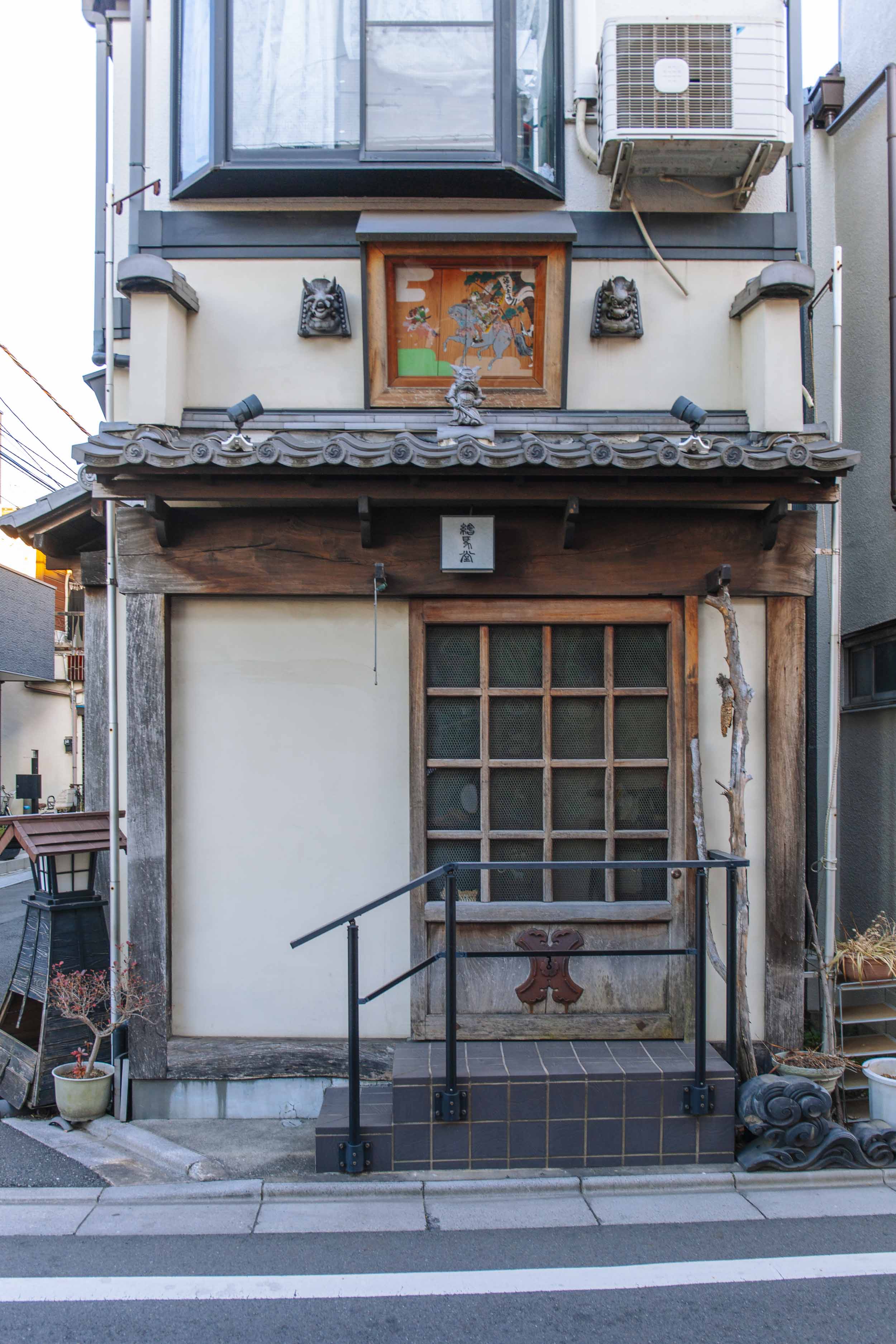
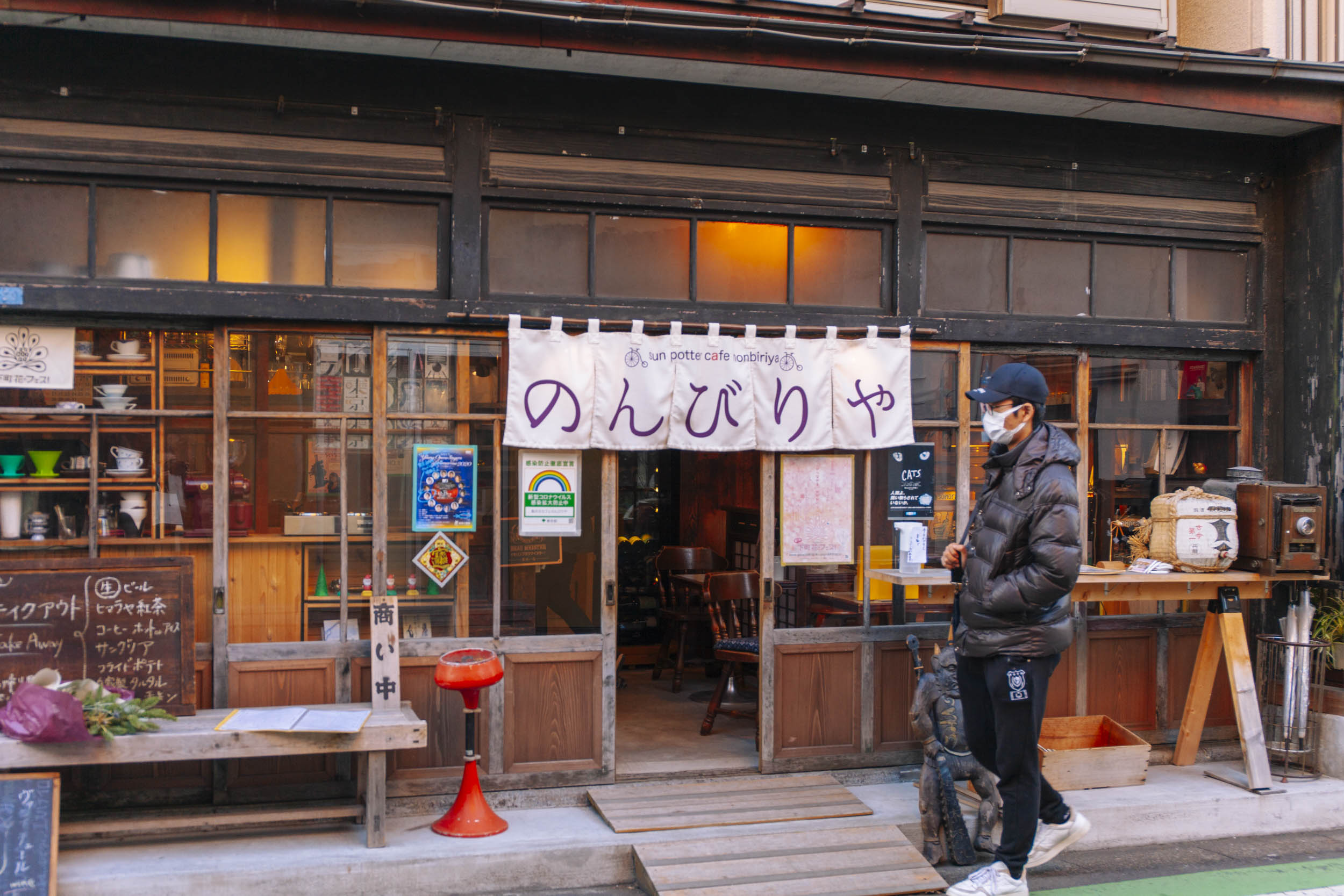
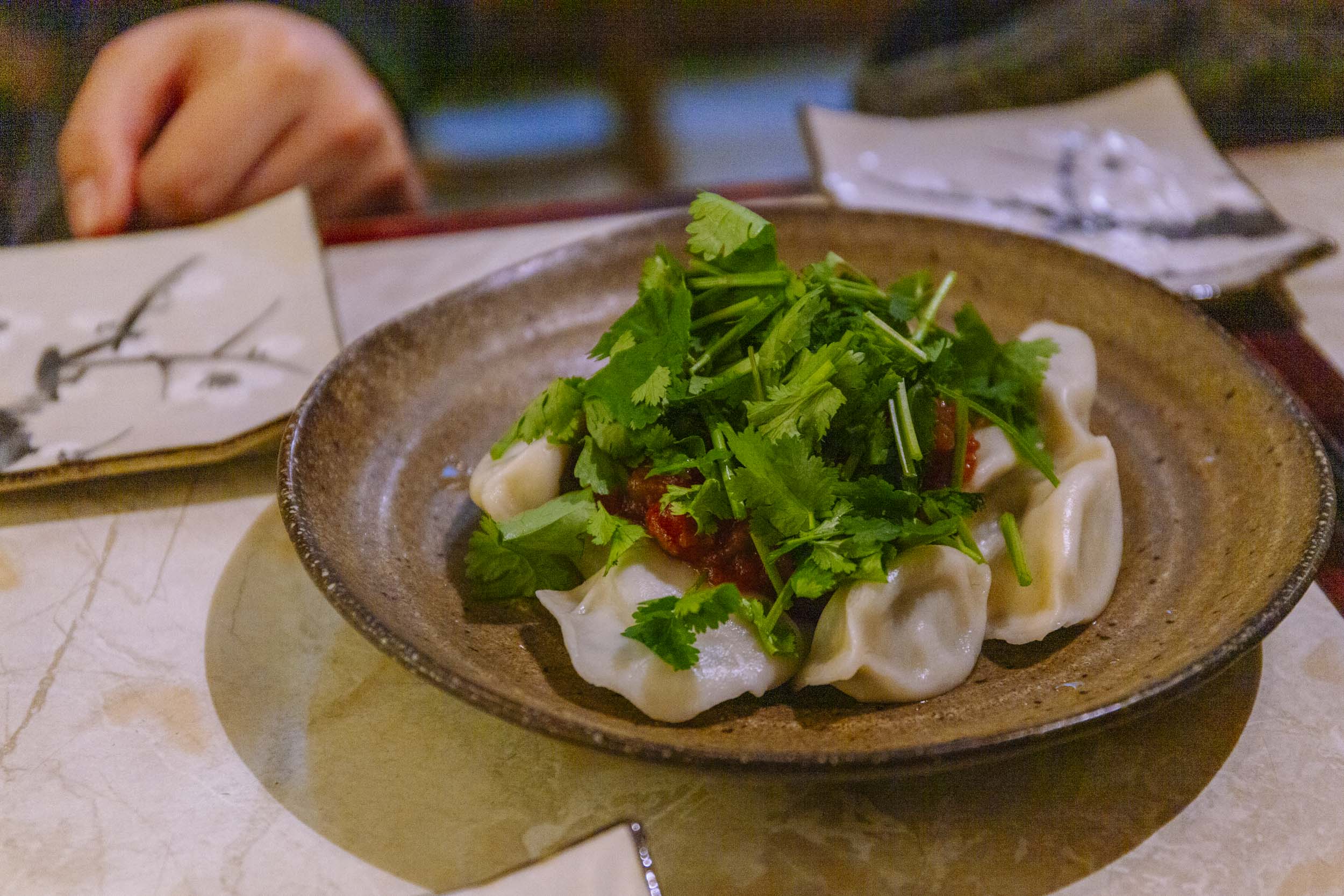
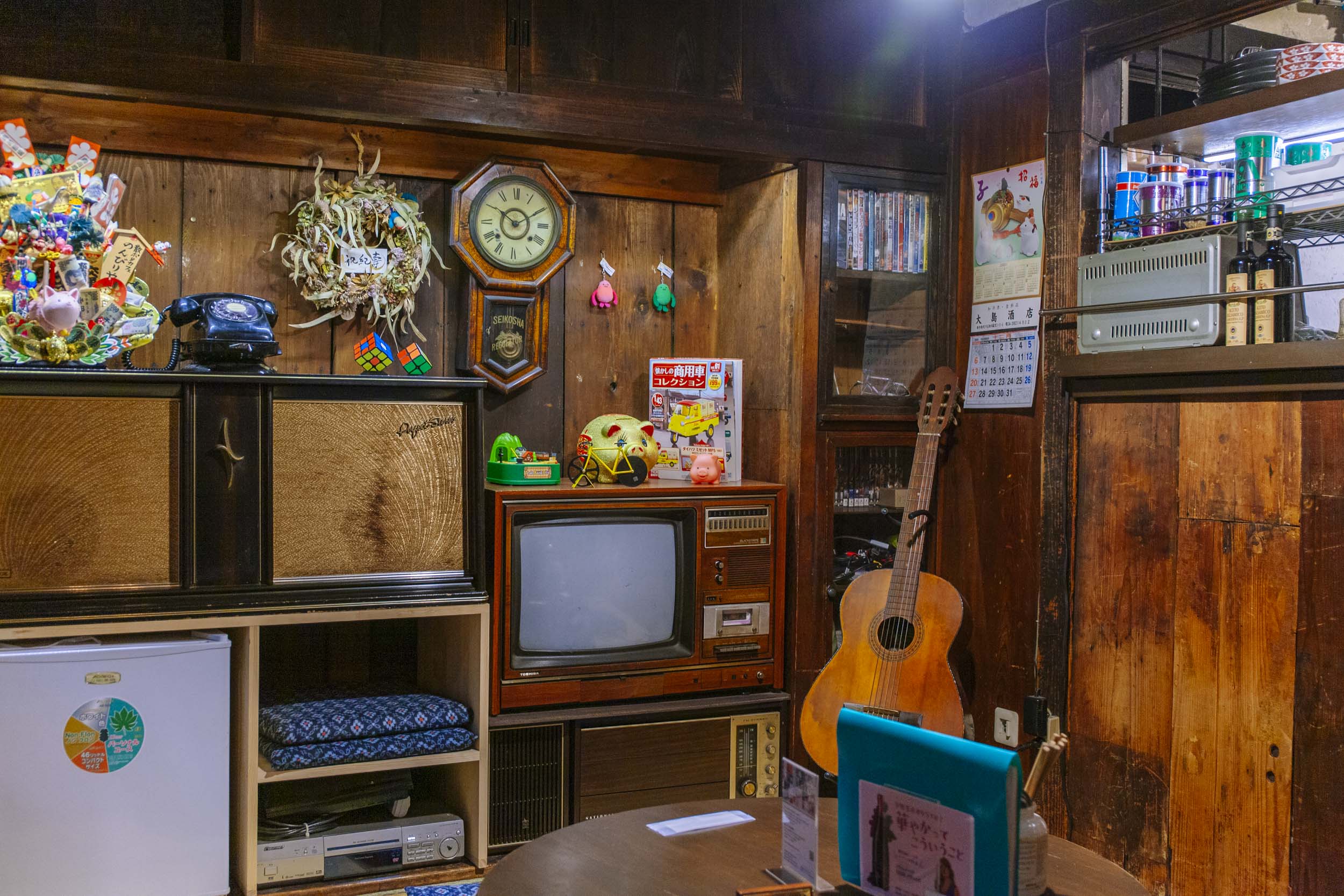
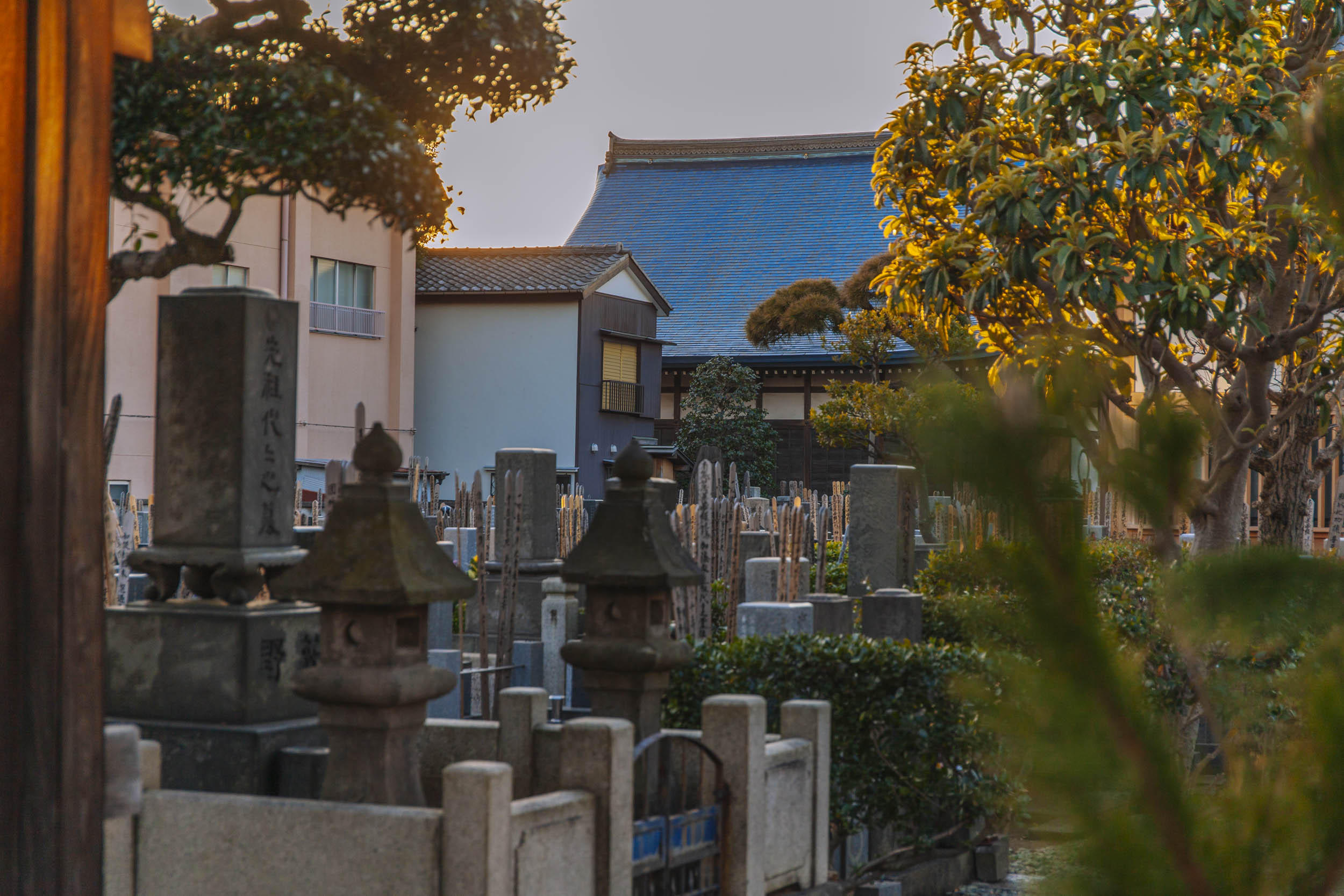
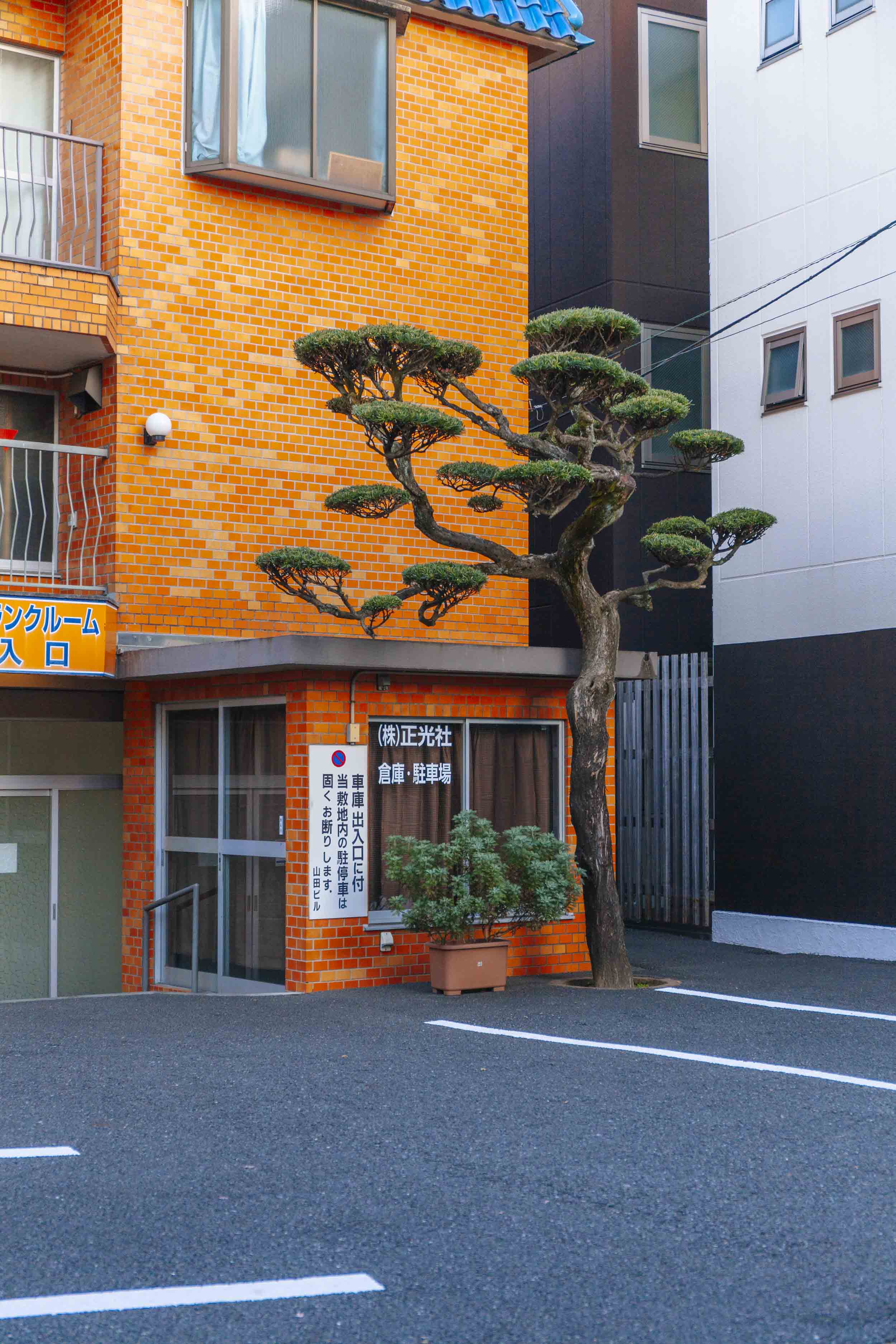

Circle back towards Nippori Station and you will discover the small Kosho Same No Ha bookstore with its beautiful entryway, which sells antique books, postcards and Japanese prints for a bargain.
Make your last stop just across the street at Sampota Cafe Nombiriya, a small restaurant and café with a showa-era Japanese vibe that serves up some of the area’s most delicious meals (try the coriander gyoza and deep-friend sesame dango) and best atmospheres to end your day in Yanaka-style.
Discover more
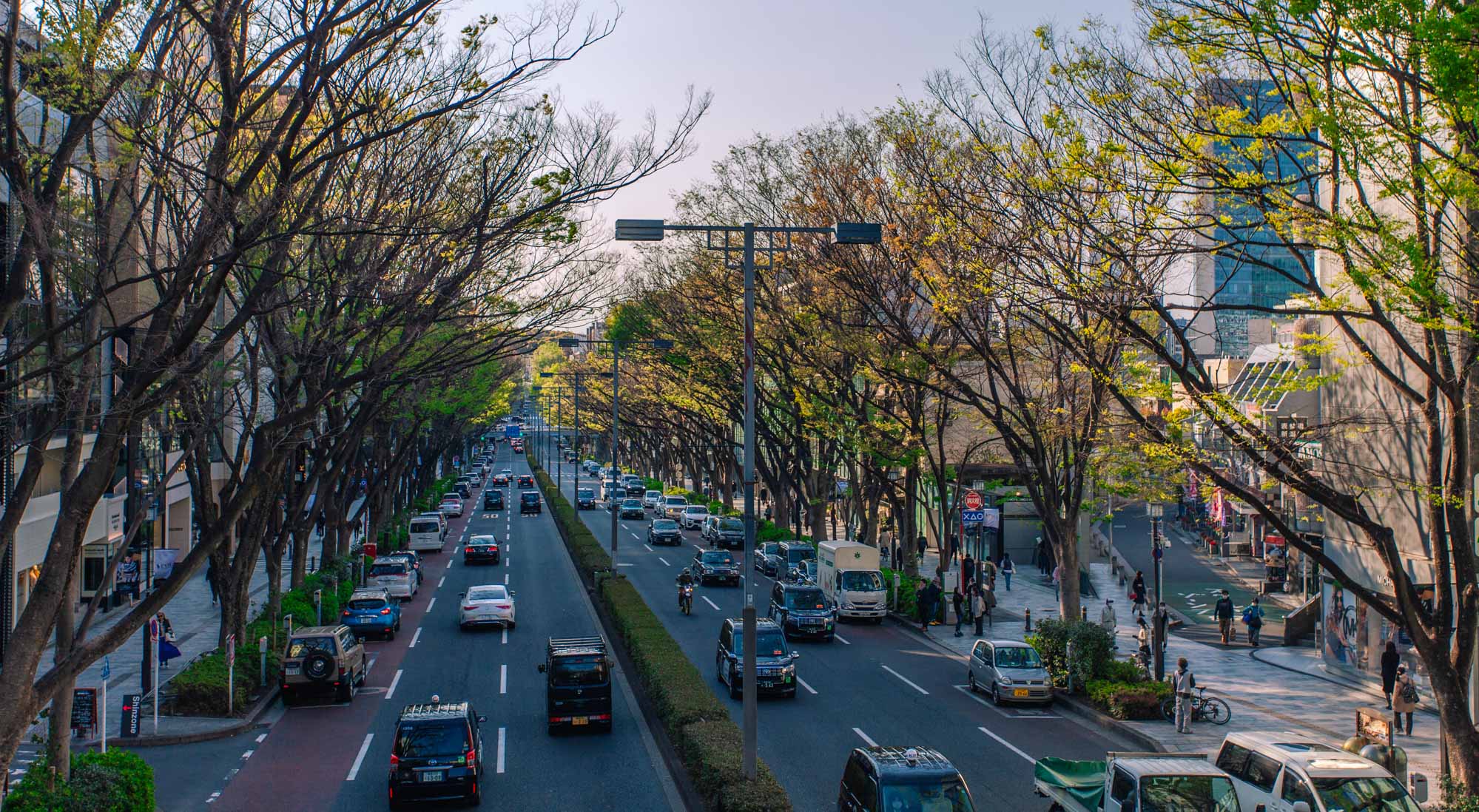
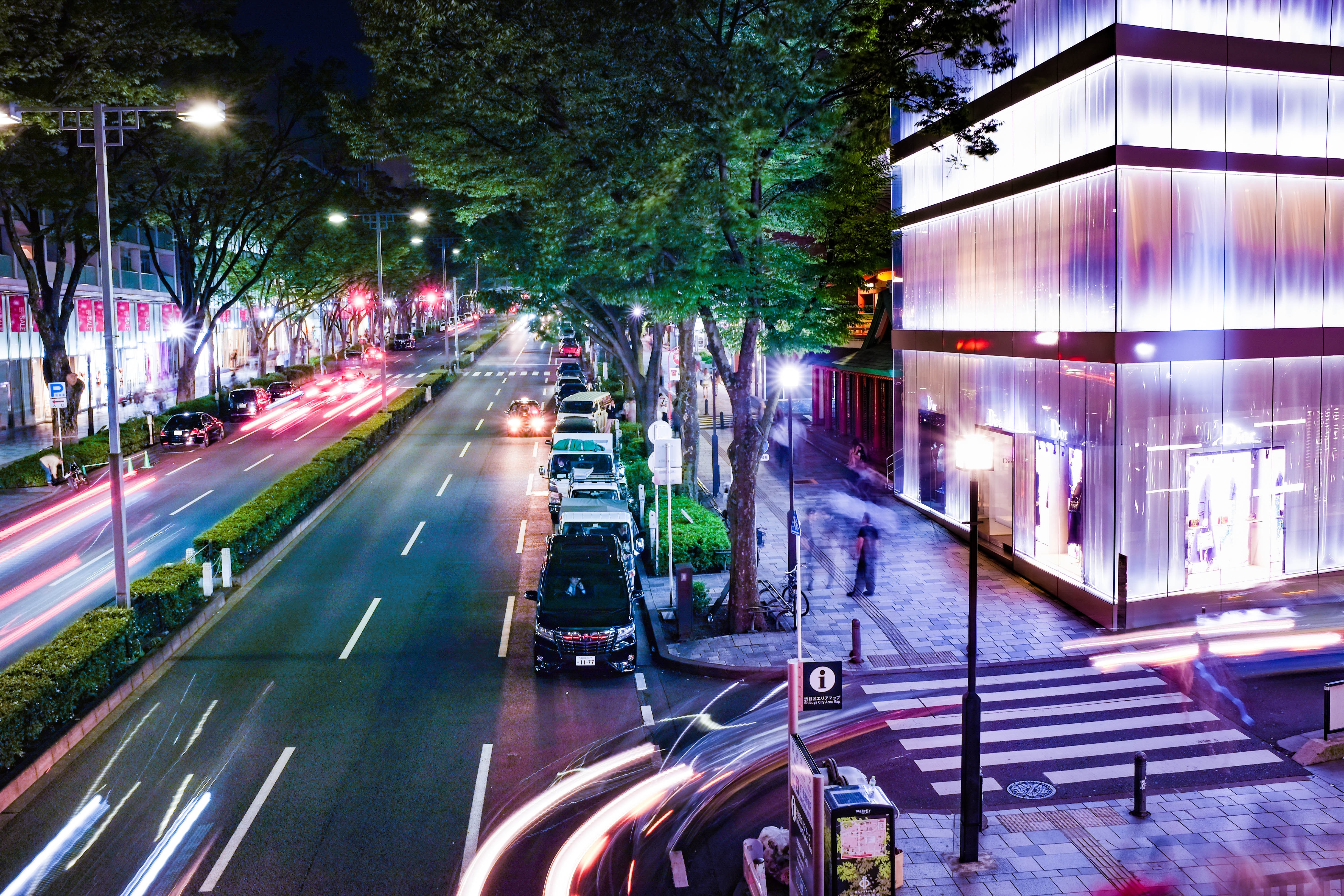
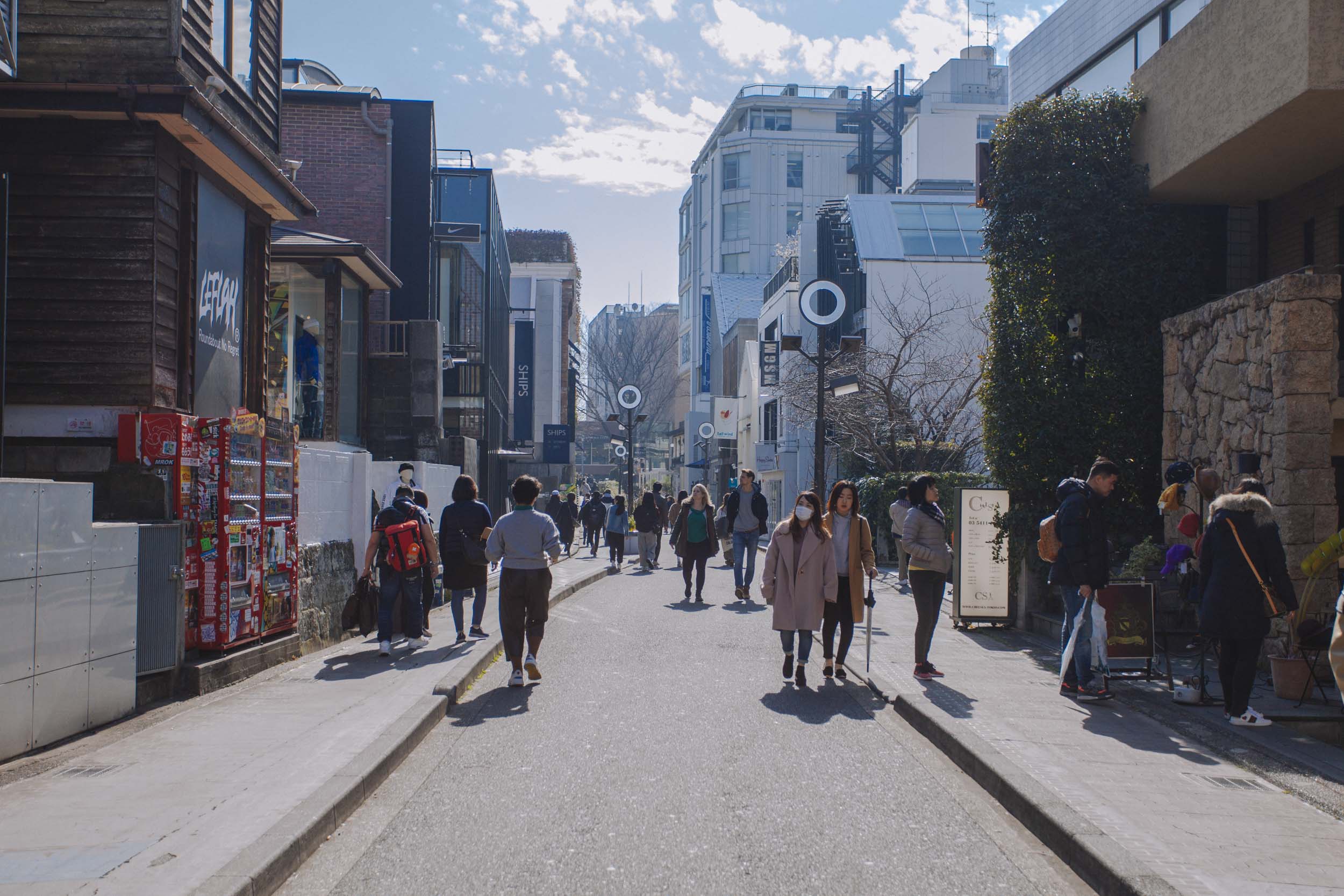
Whether it’s for a walk to see the city’s most stunning architectural gems, a seemingly unlimited amount of design boutiques, a tranquil rooftop garden or some famous fluffy pancakes - welcome to Japan’s first destination for all things fashionable.

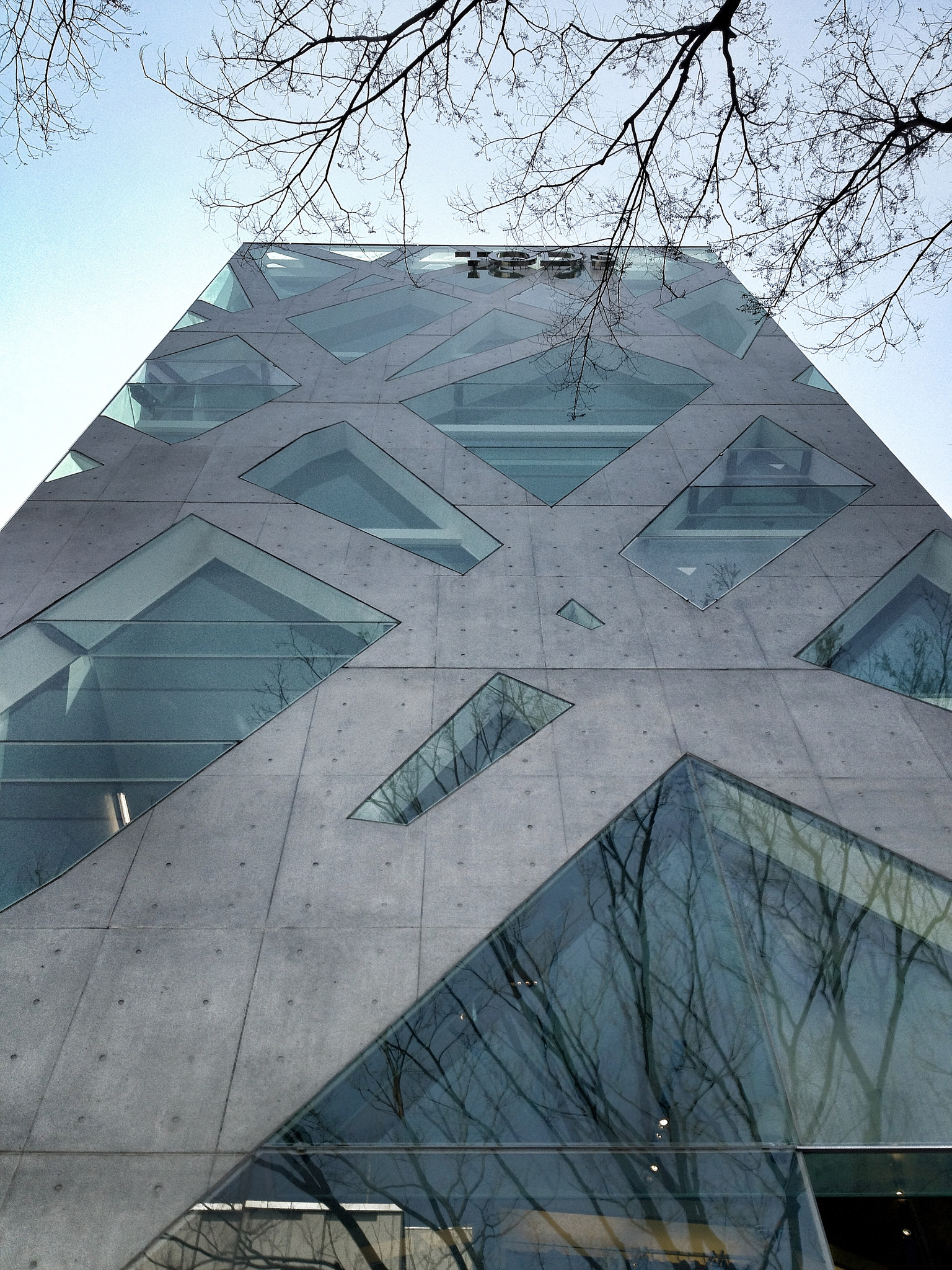
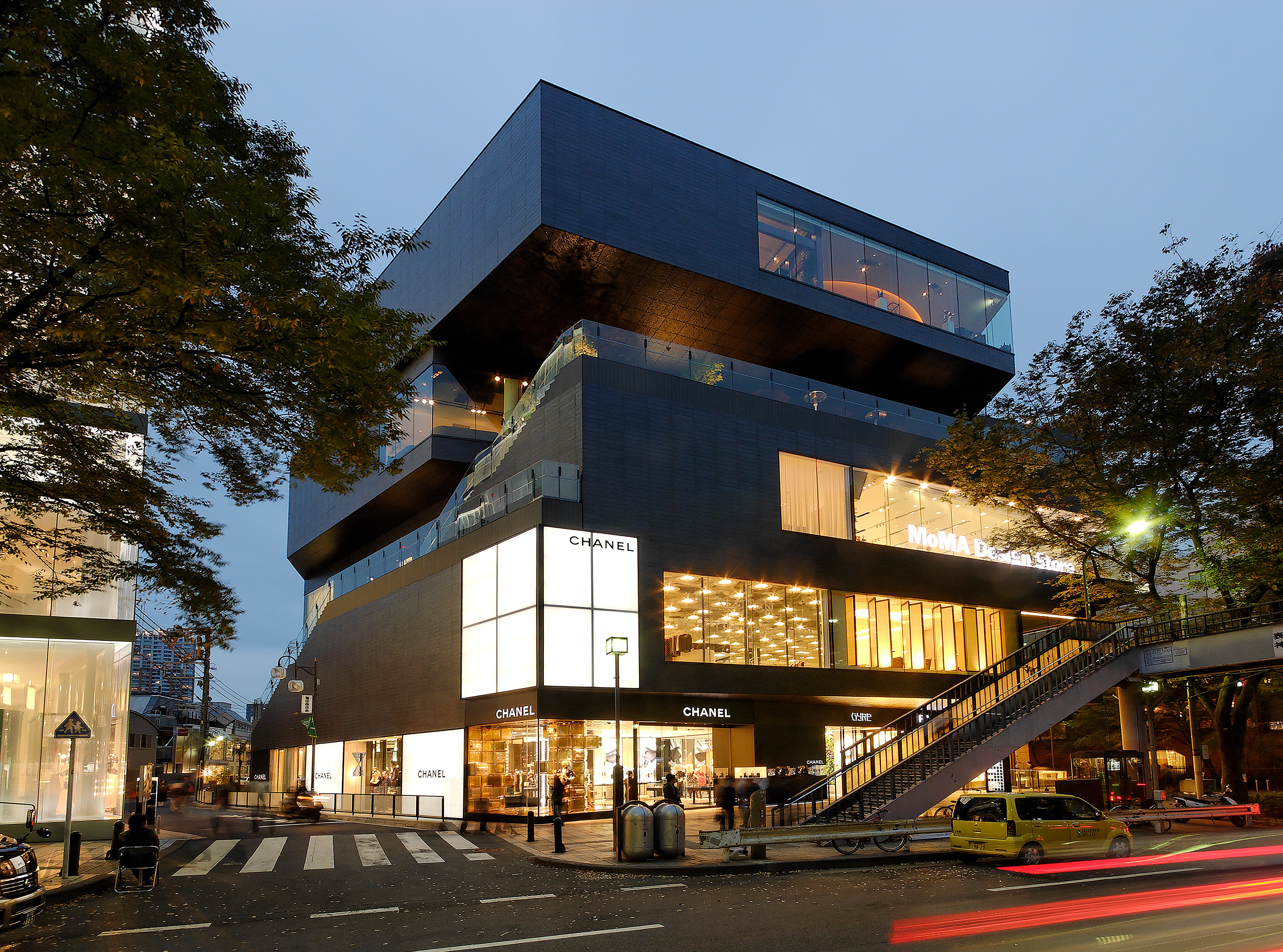

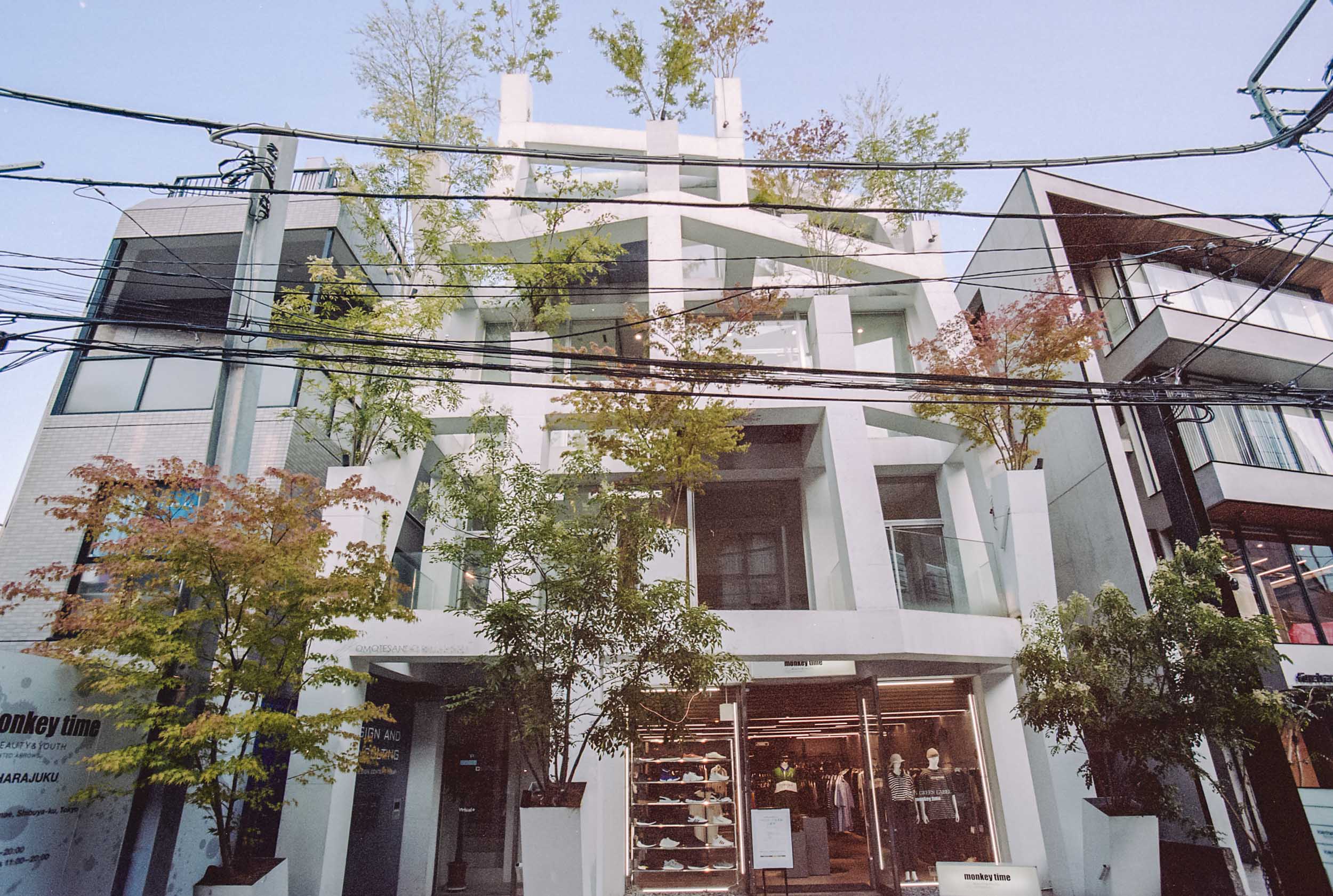

Make your way up the escalator (or, do it like a local and take the elevator on the West side of the building) and go directly to Tokyu Plaza’s 6th floor Omohara Forest, one of the city’s most beautiful rooftop gardens and the embodiment of what an urban oasis should be like. With a gorgeous view over the surrounding areas, lush trees and plants, spacious seating and a beer truck during the summer months, Omohara Forest provides a welcome break during a busy day out and about where you can bring your own food and drinks, relax and enjoy a quiet moment away from the urban buzz.
Another must-visit spot on the main avenue of Omotesando is Espace Louis Vuitton, a free art space hosted by Fondation Louis Vuitton which has sublime views over the neighborhood and exhibitions featuring up-and-coming as well as more established artists.
When strolling around Omotesando be sure to check out all of the side streets leading North and South of the main avenue, as this is where you will find the neighborhoods true hidden gems such as vintage stores Nadia and G2?, B-Side Label whose cute, Japanese-themed stickers make for great presents, and 6% Doki Doki, brainchild of Sebastian Masuda and mecca for kawaii Harajuku fashion.
If you want to discover some of the latest in art and design from some of Tokyo’s up and coming creatives, head over to Design Festa Gallery with its signature black bird’s nest façade, and check out the many small exhibitions as well as a café and okonomiyaki restaurant on the inside.
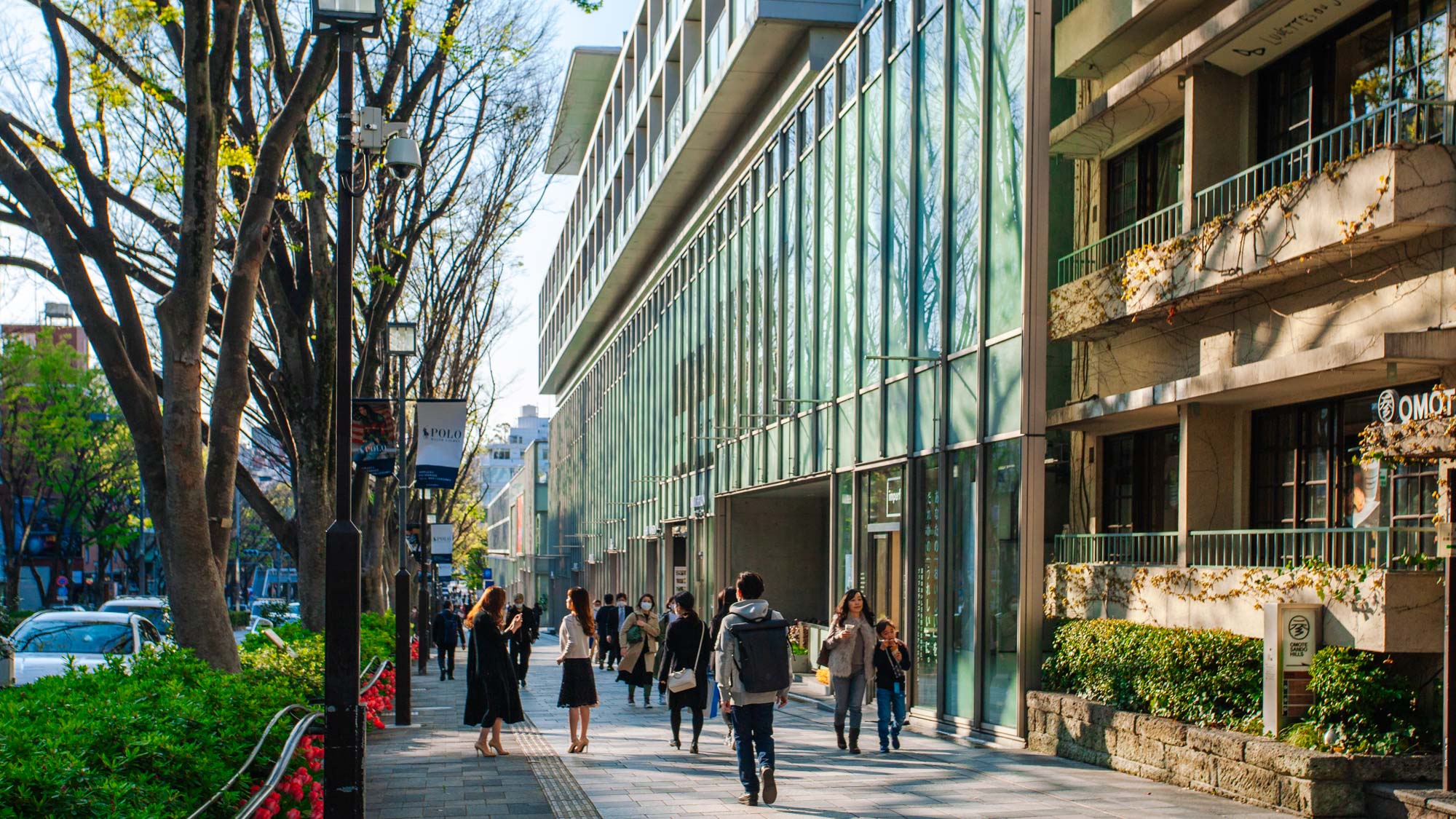

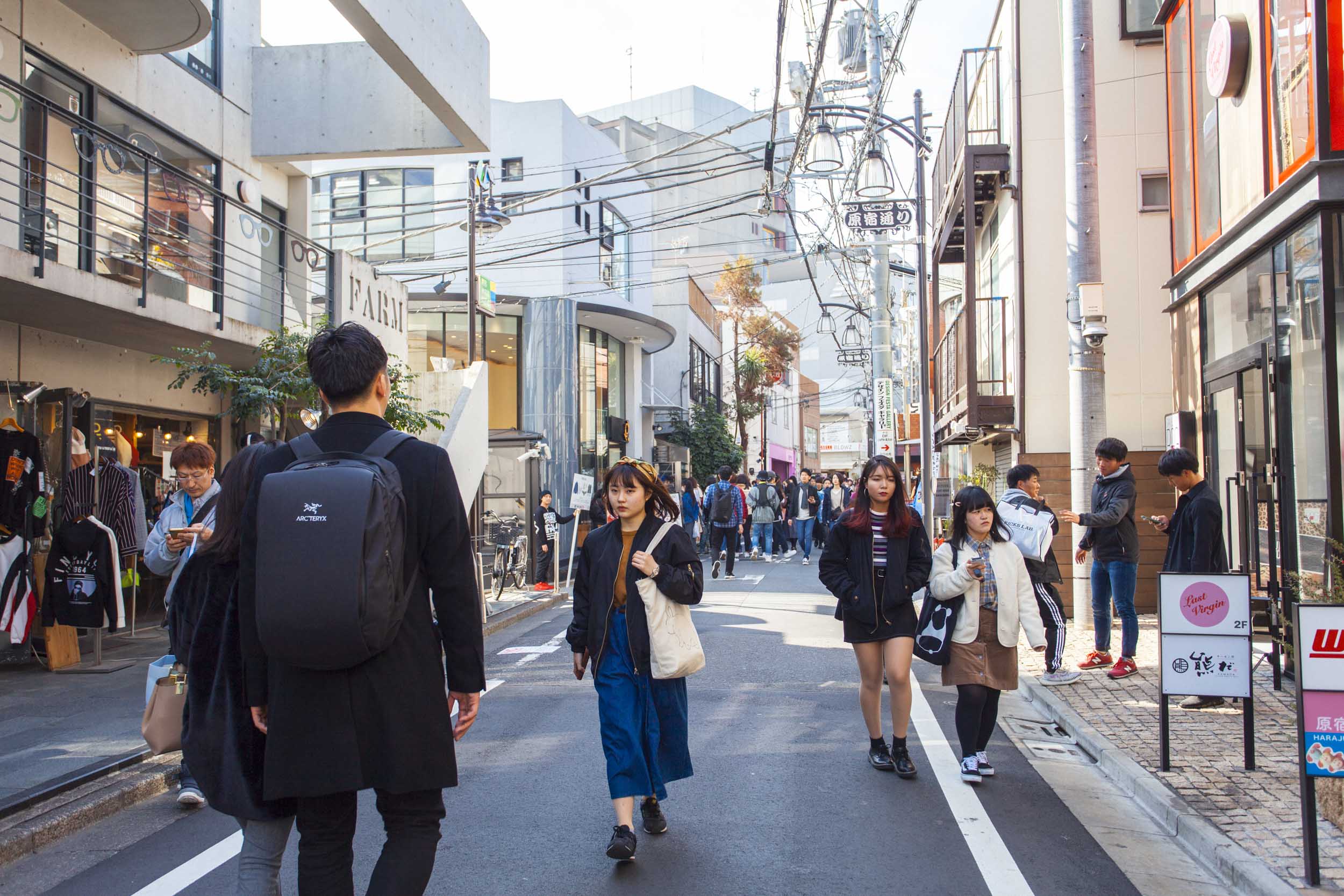
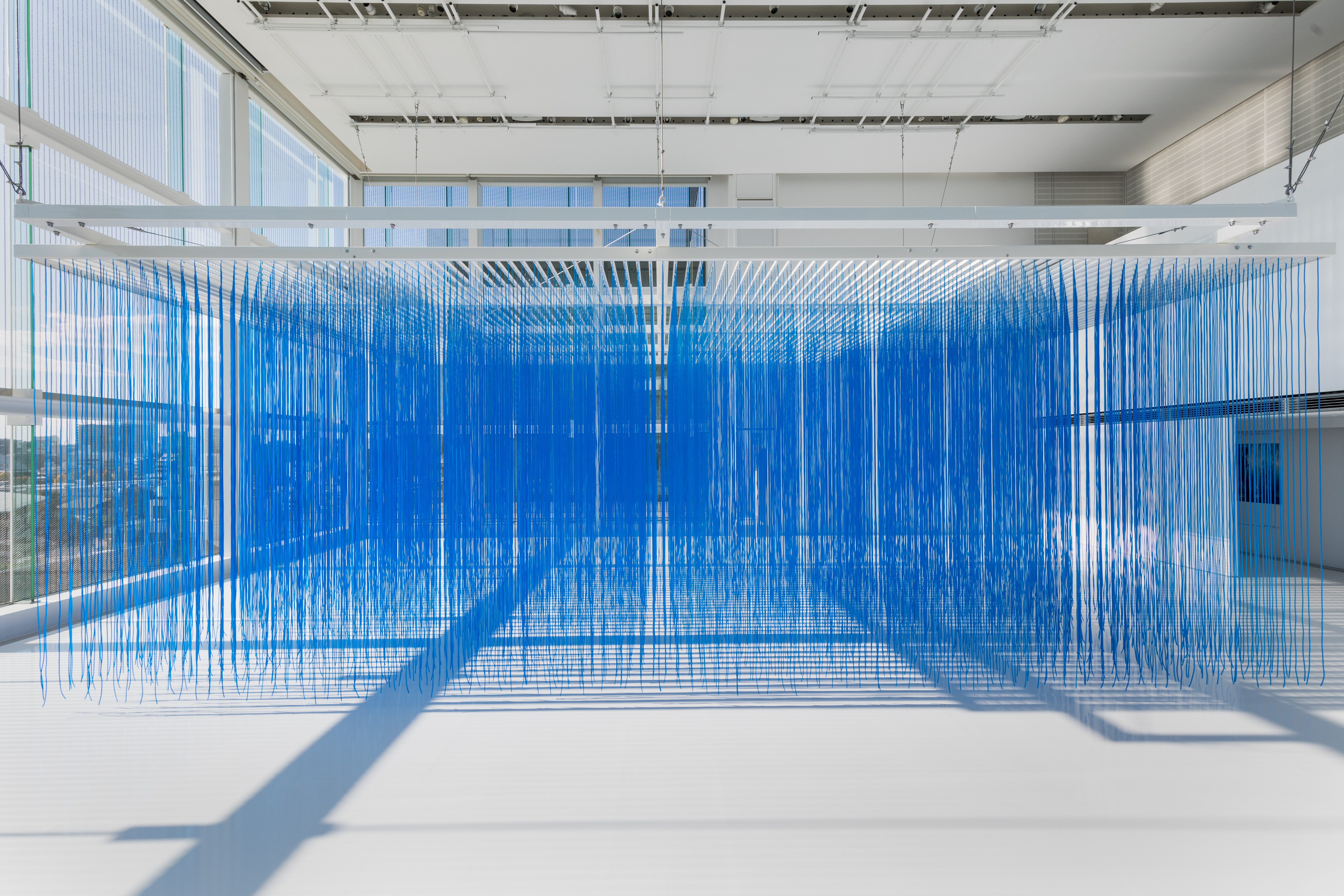
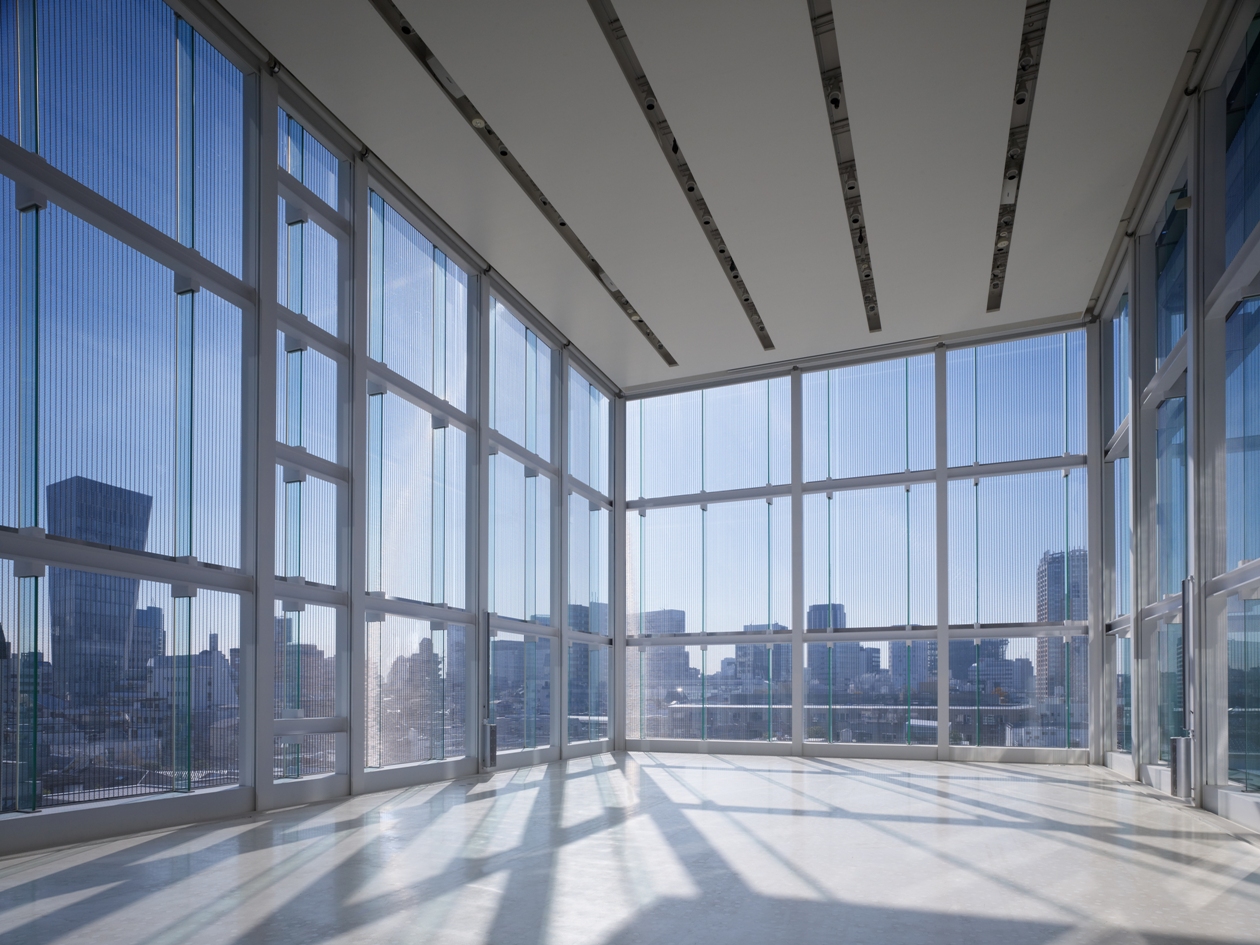
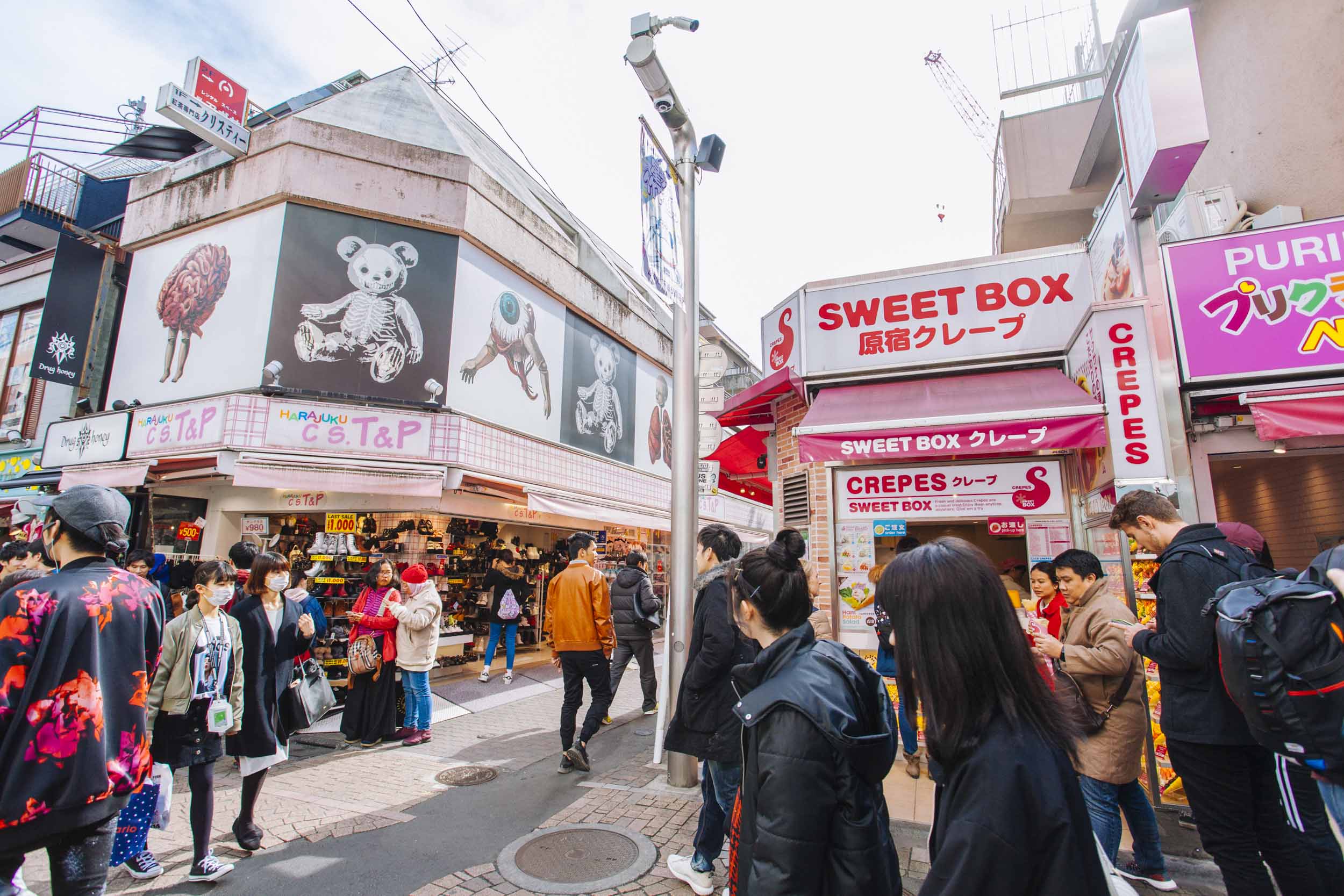
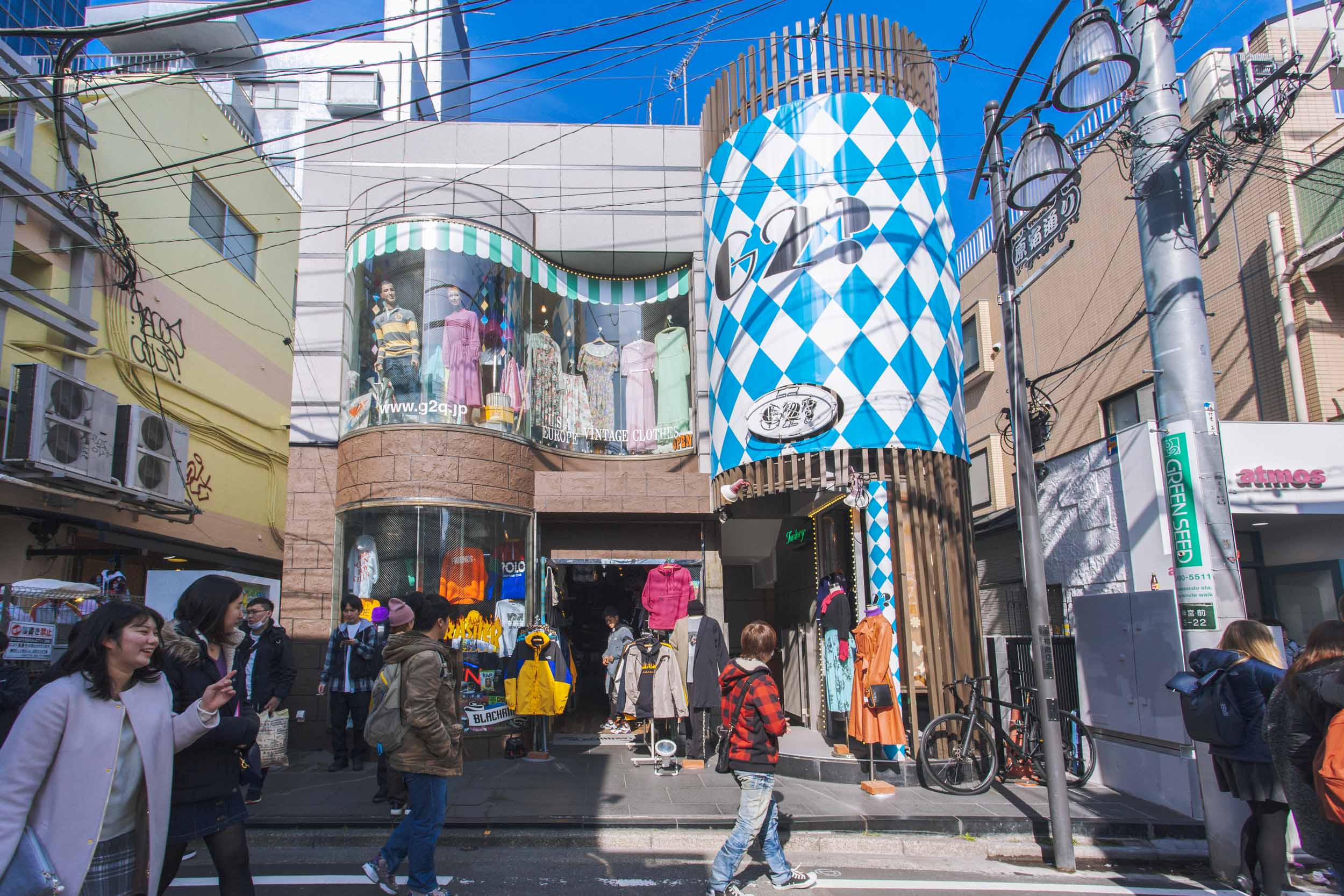
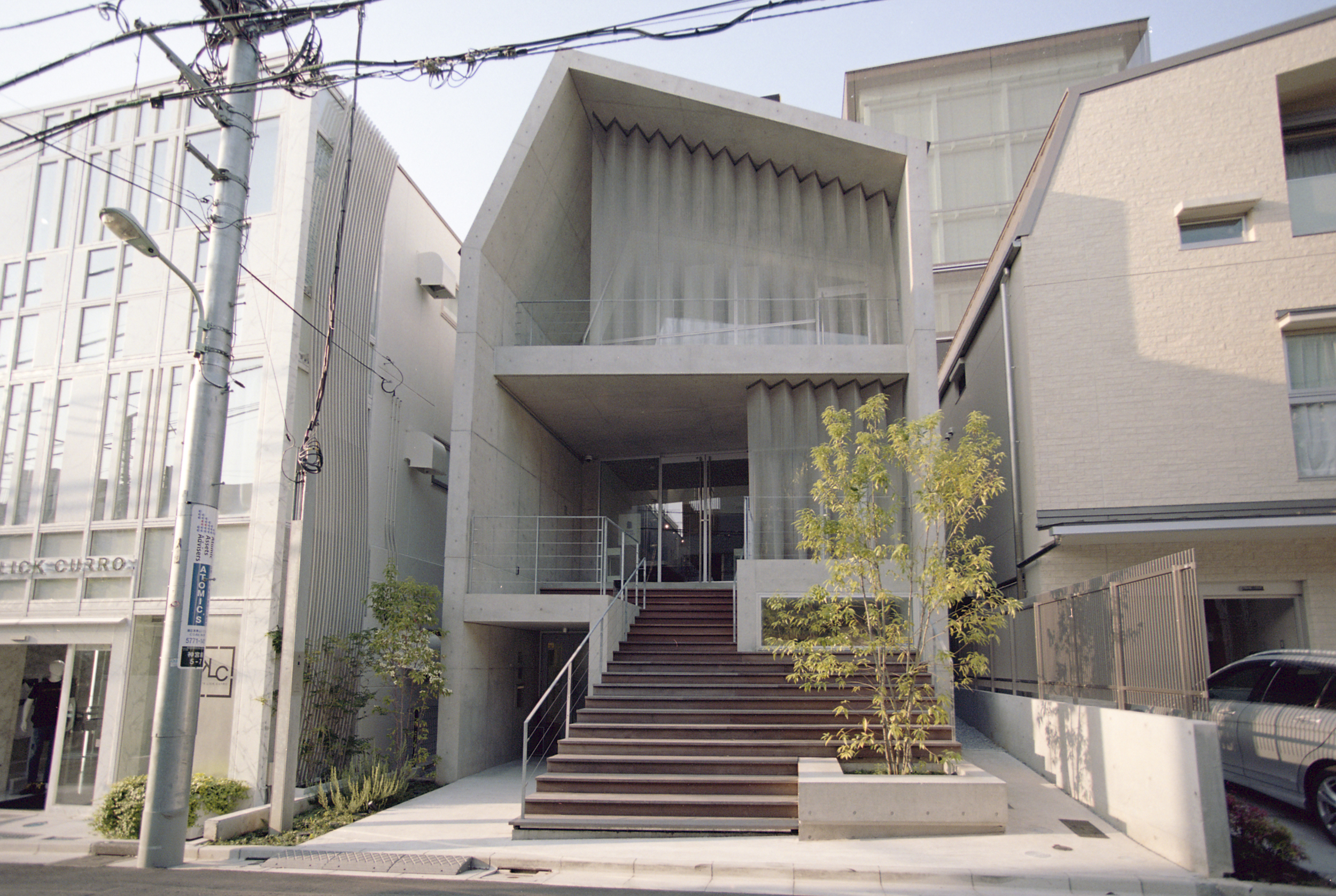

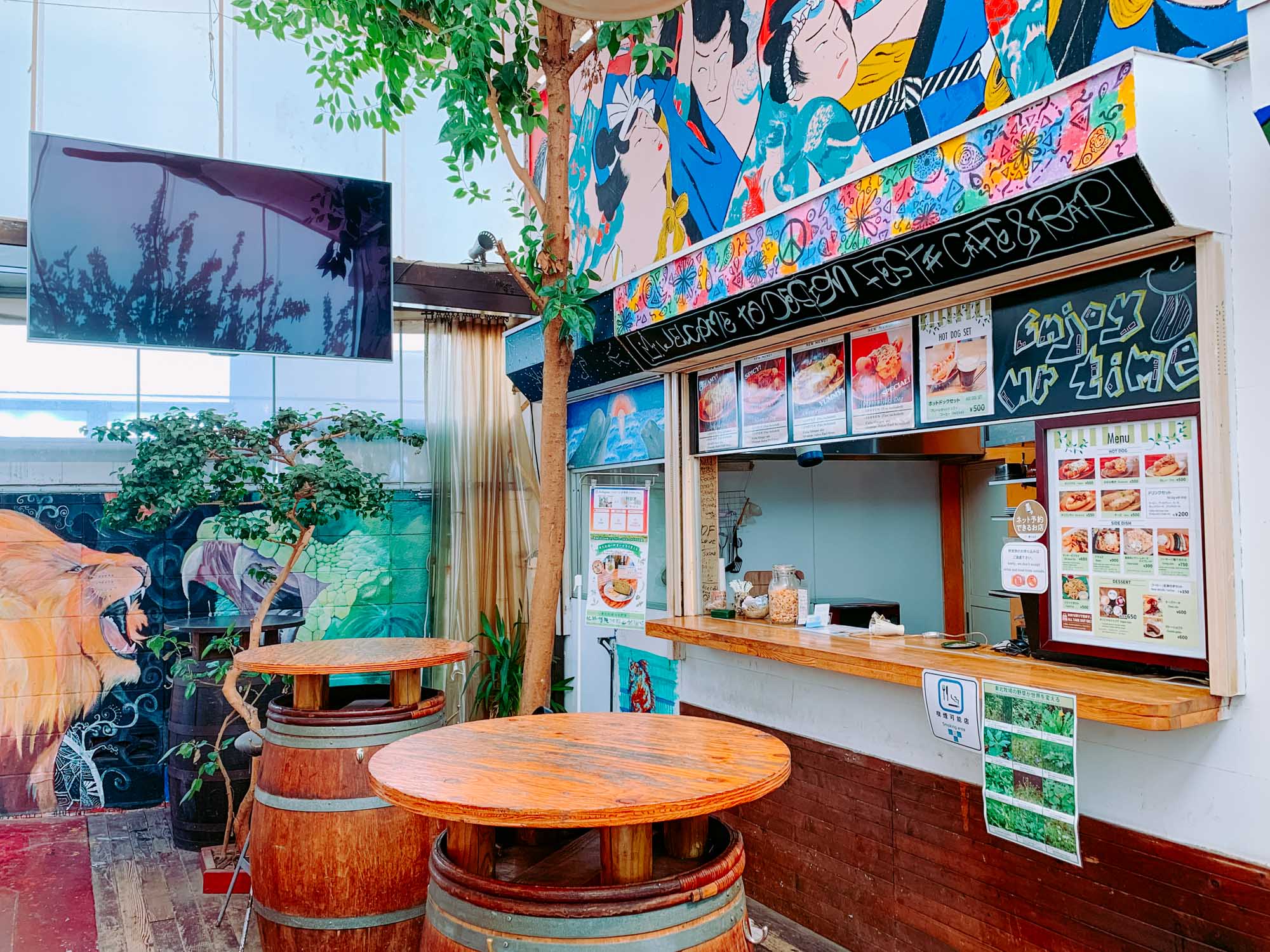
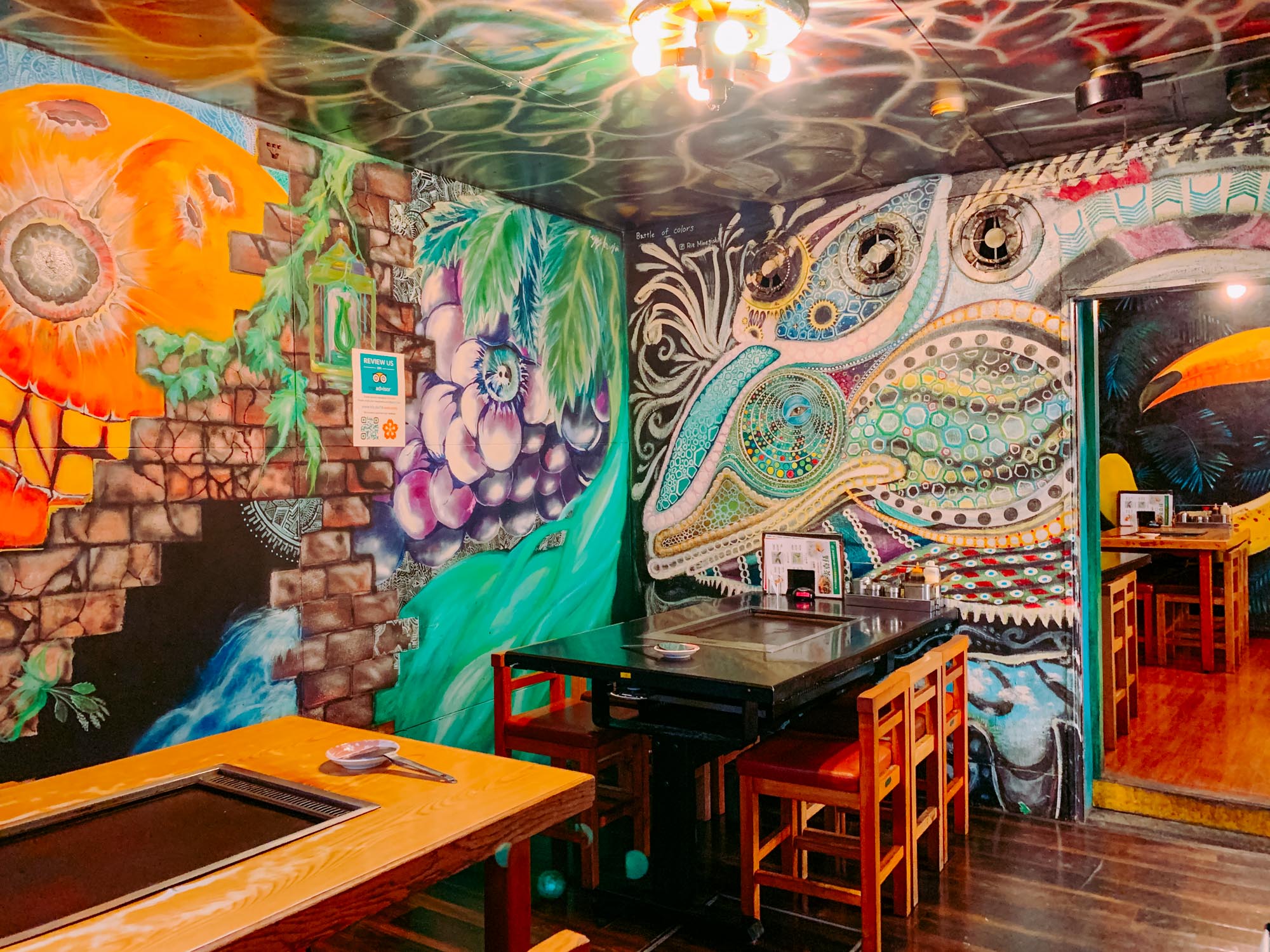
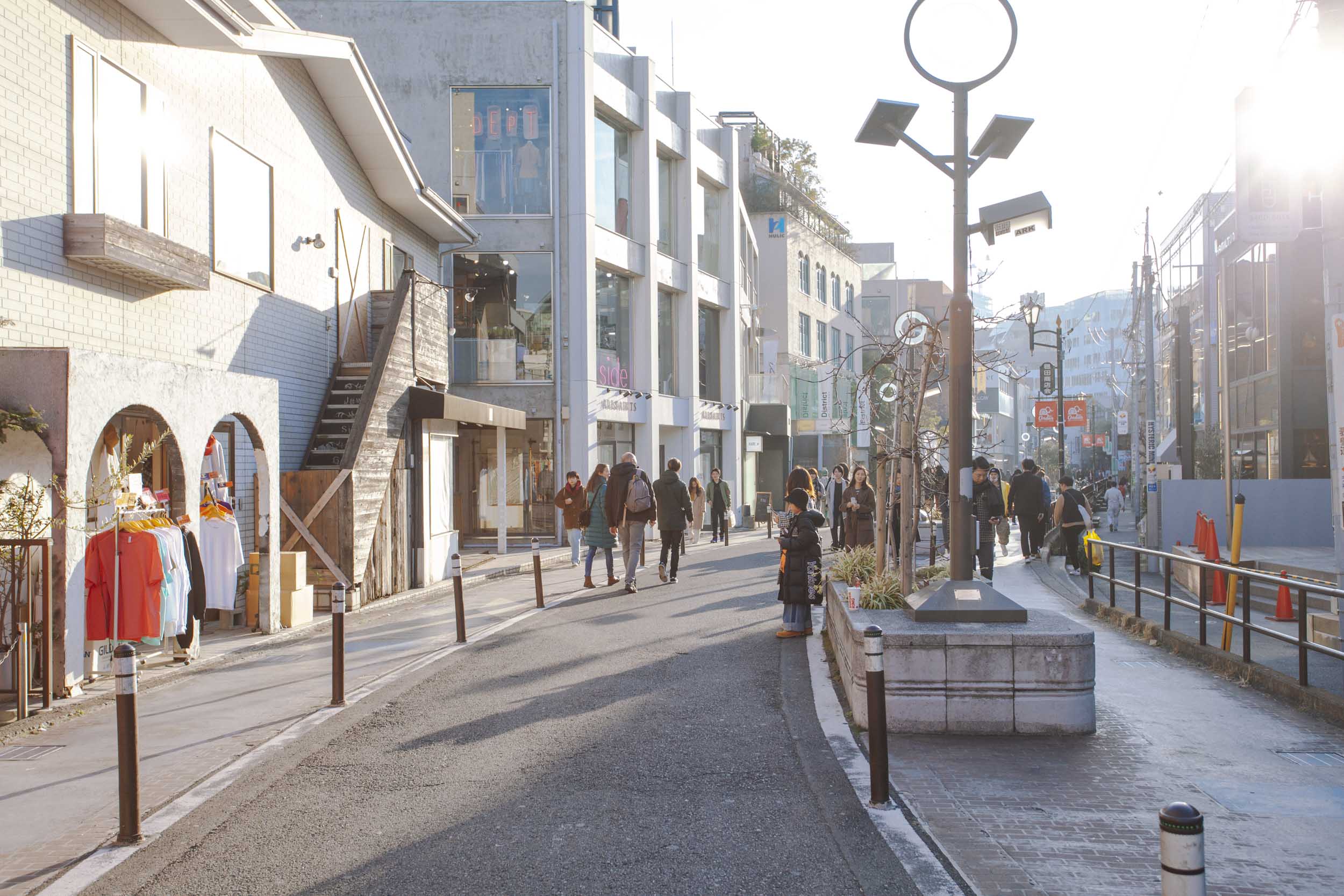

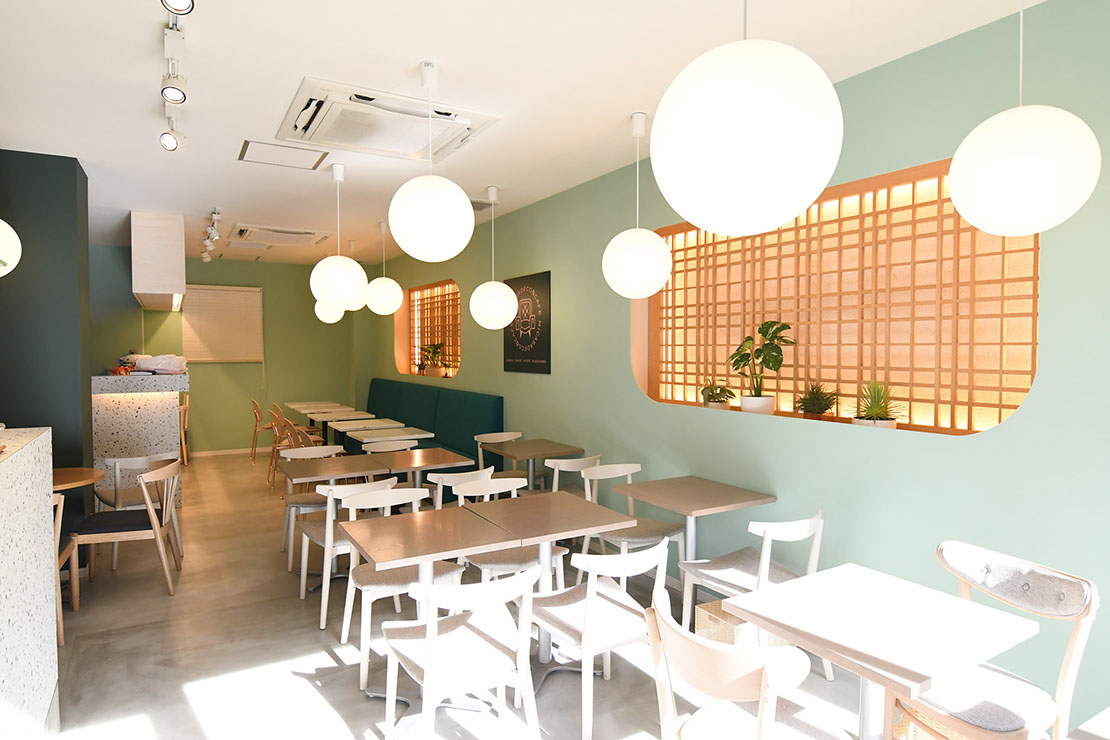

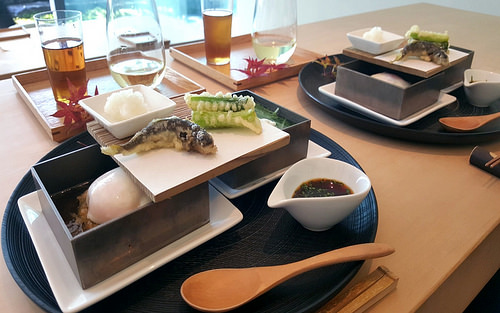
Somewhere halfway on Cat Street, hidden on the second floor of a sleek little building lies Micasadeco & Cafe, whose ricotta fluffy pancakes will forever change your idea of what pancakes should actually taste like. To avoid queuing, visit during the late afternoon of a weekday and opt for the classic fluffy panckes served with a heavenly whipped cream and melt into the inescapably delicious world of Tokyo’s world-famous, jiggly pancakes.
For some Japanese fine dining, grab a luxurious but reasonably priced kaiseki (course meal) lunch at Sashya Kanetanka, one of the area’s most beautifully designed restaurants serving traditional Japanese cuisine.
On the 4th floor of GYRE, a beautifully designed food floor with a café, restaurant, shop and terrace overlooking Omotesando makes for a perfect stopover on a busy shopping day through Omotesando. The spacious uni café with its slope of wooden cubes and wonderfully curated urban jungle are as much of a feast for the eyes as for the stomach. Before you head out, be sure to check out GYRE’s basement floor where HAY and Cibone sell some of Tokyo’s best sellection of interior design goods.
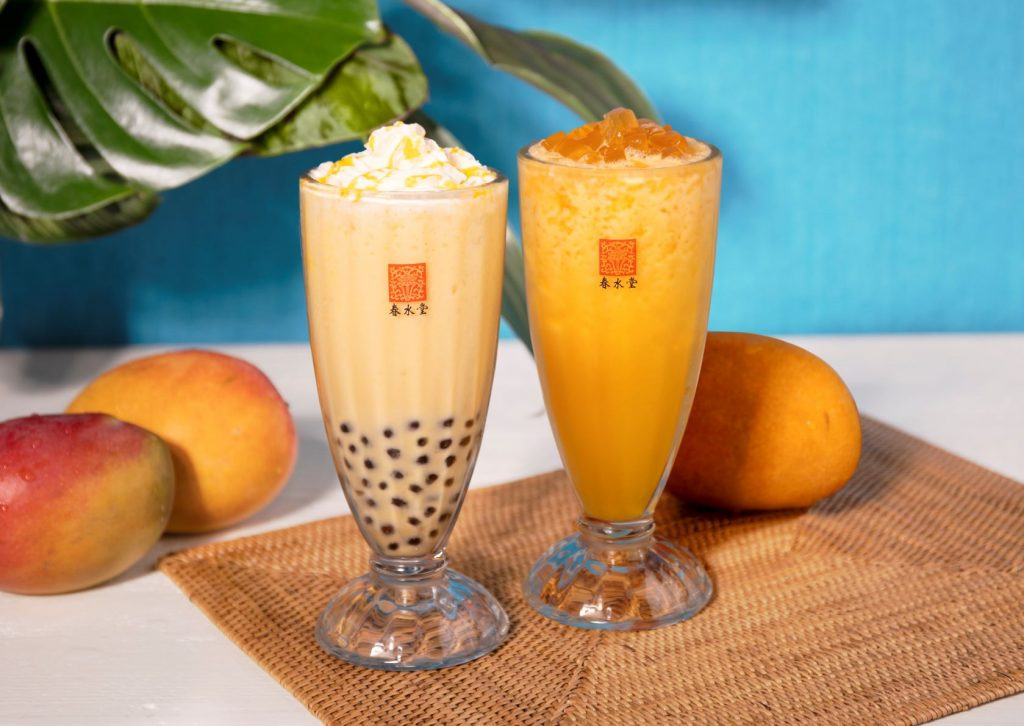
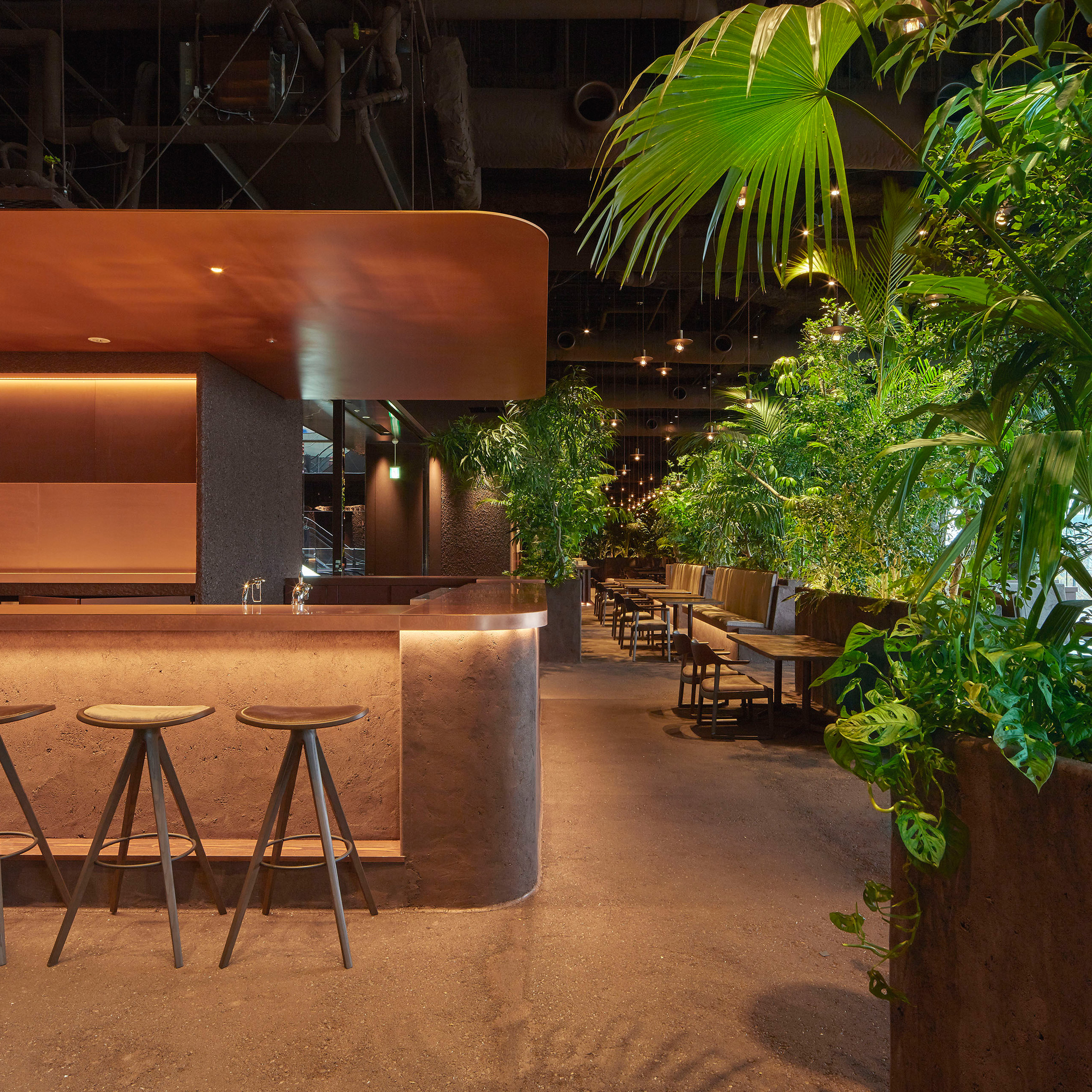
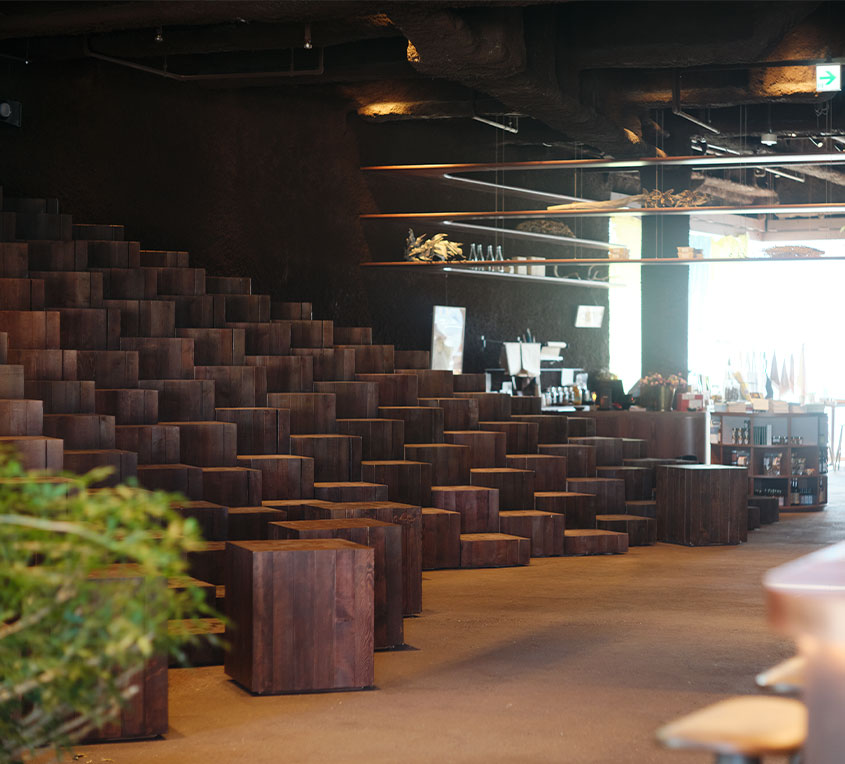
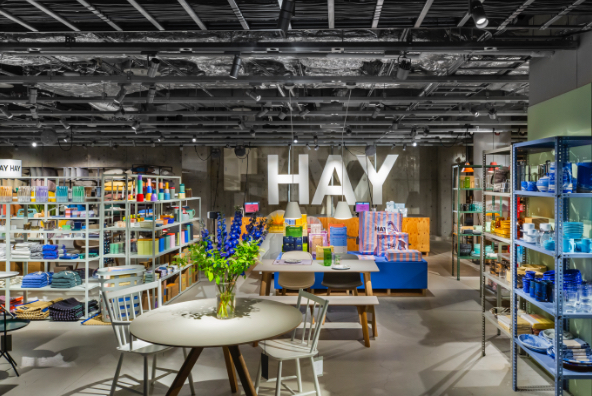
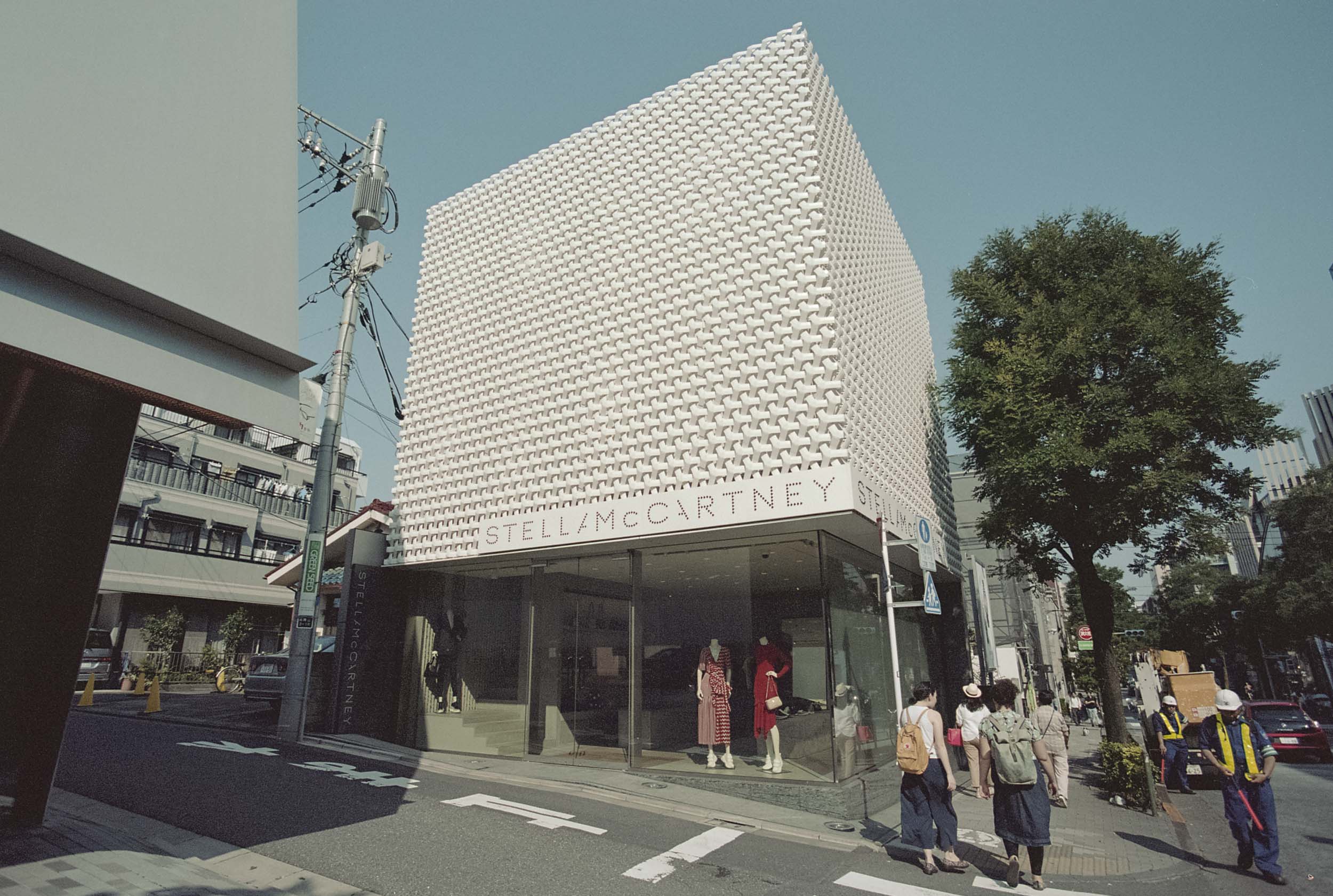


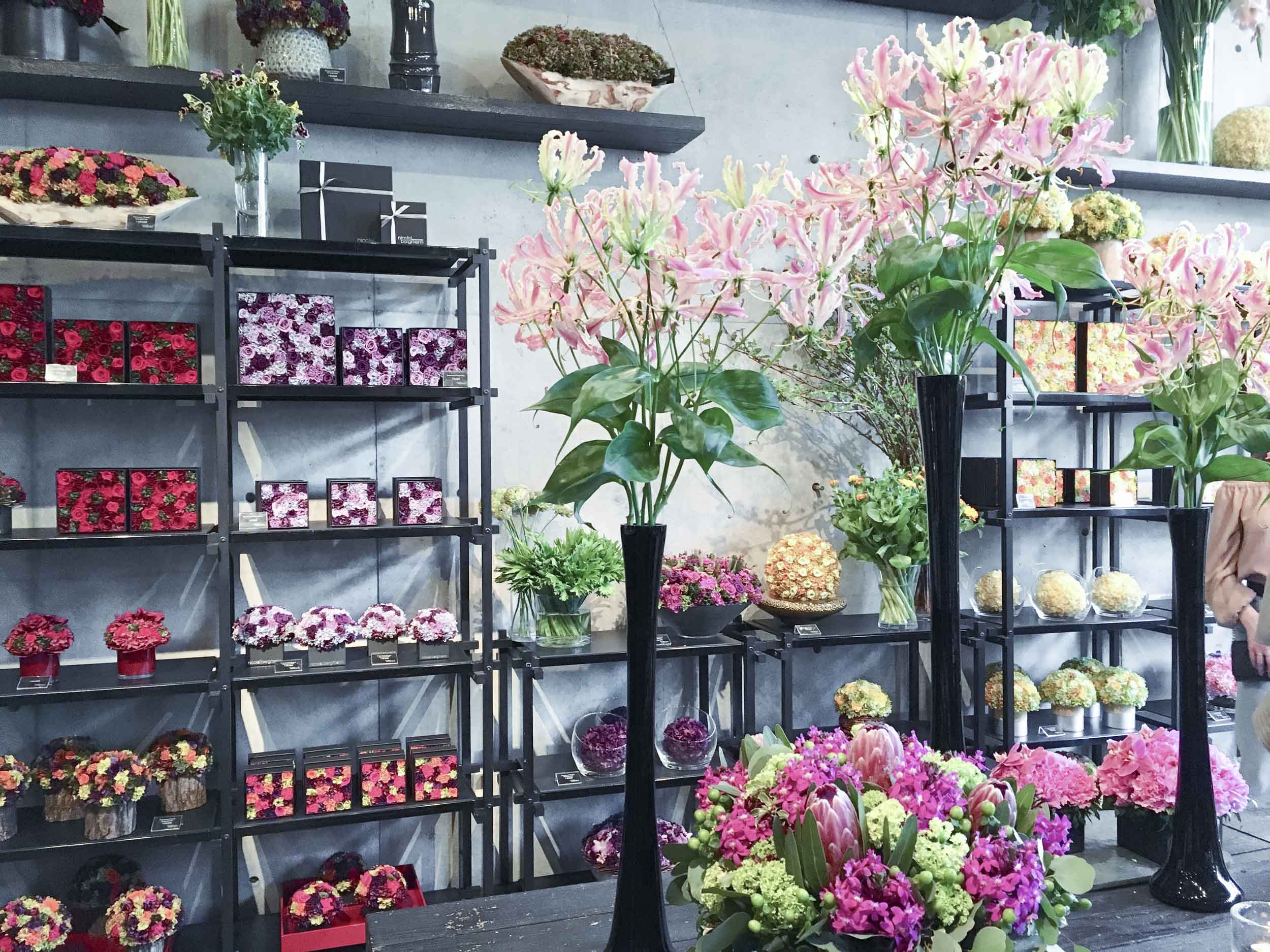

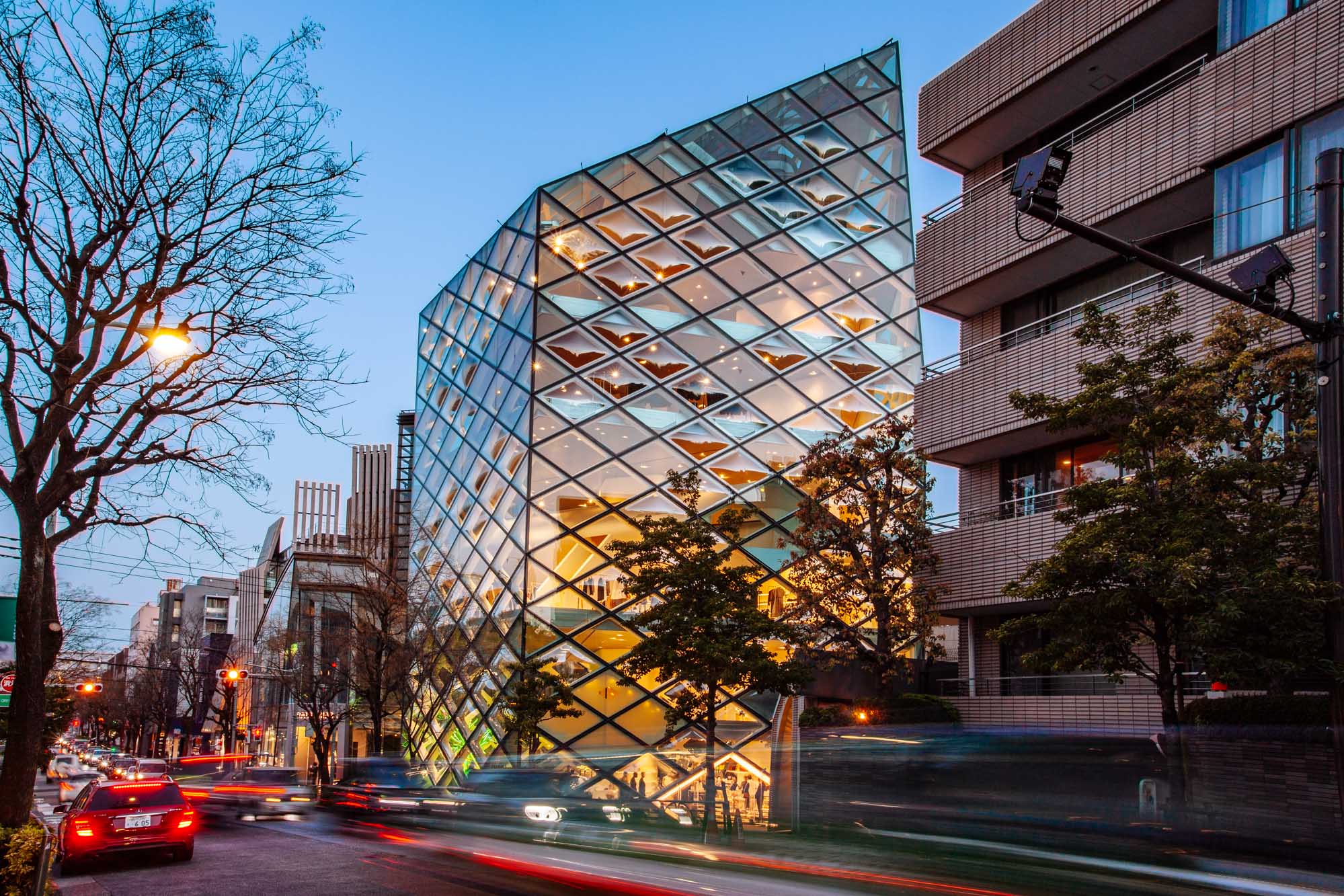
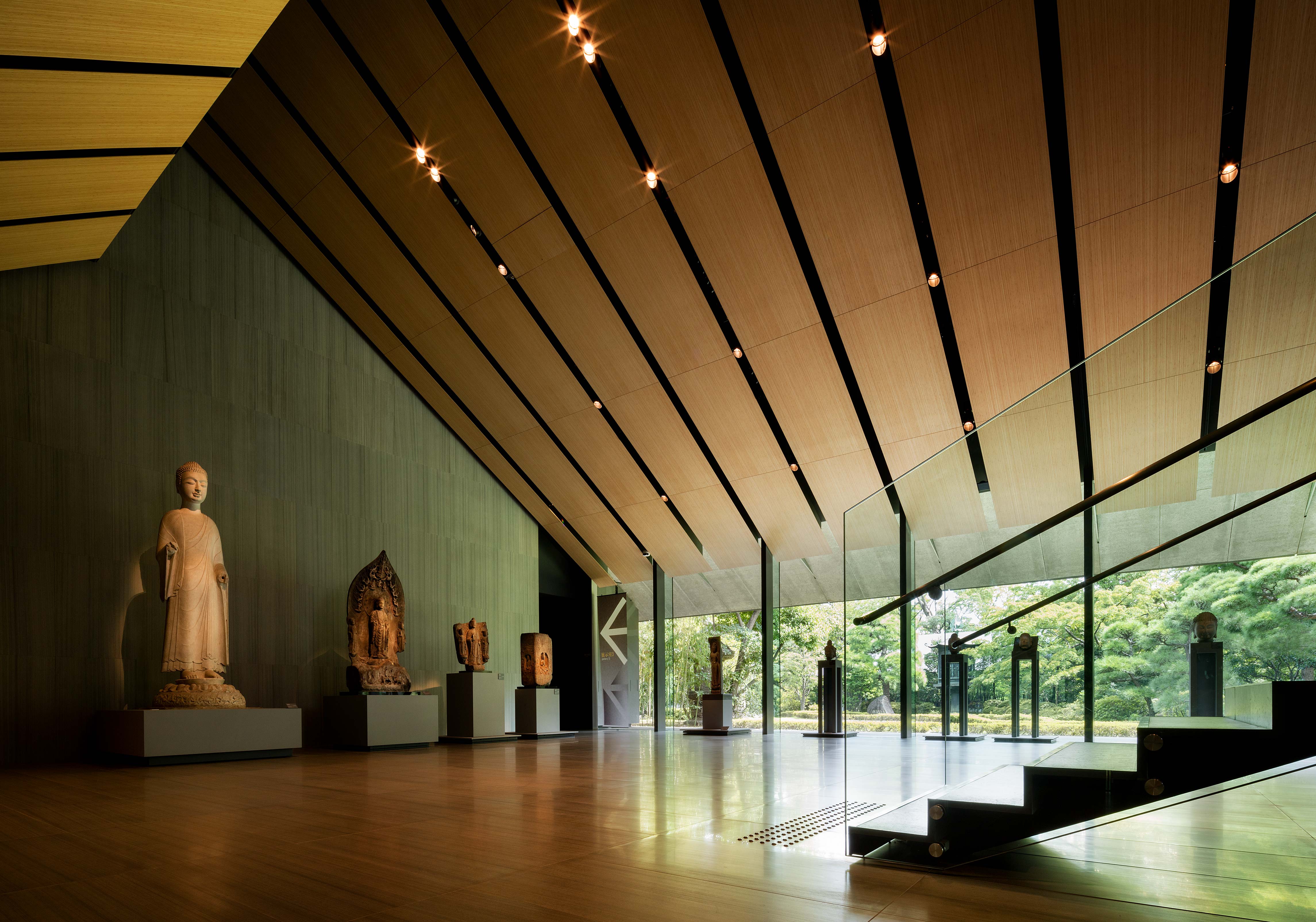
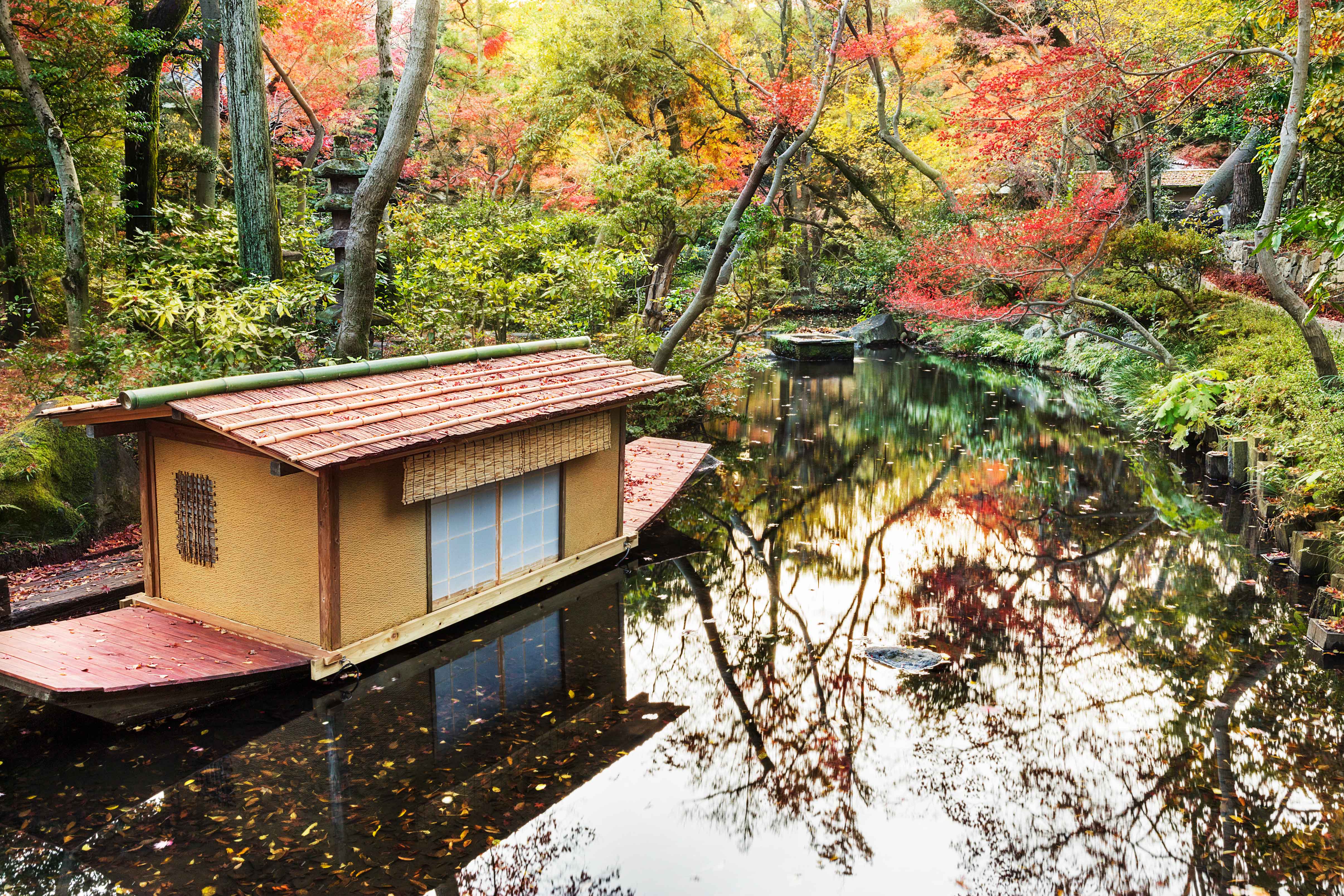

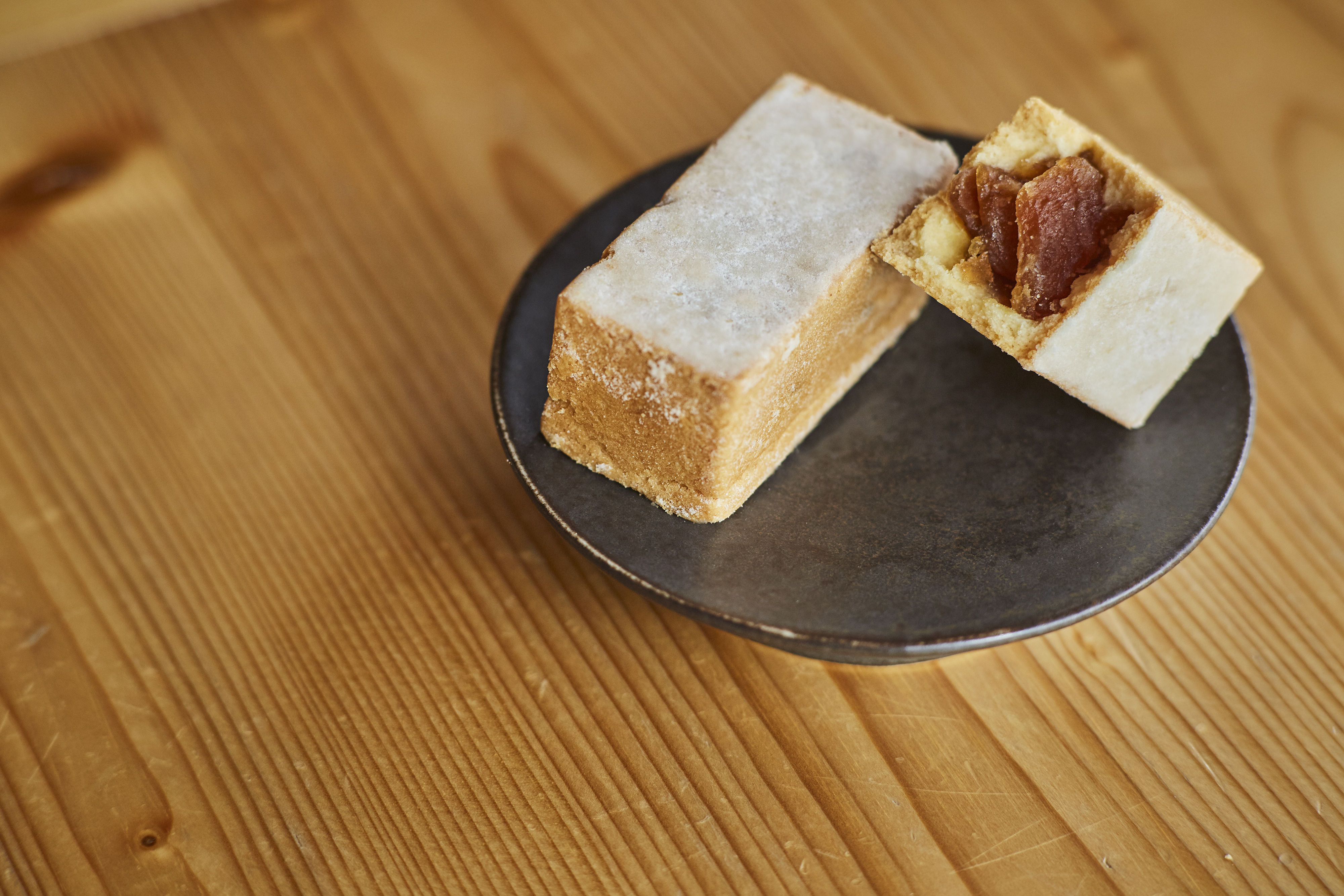
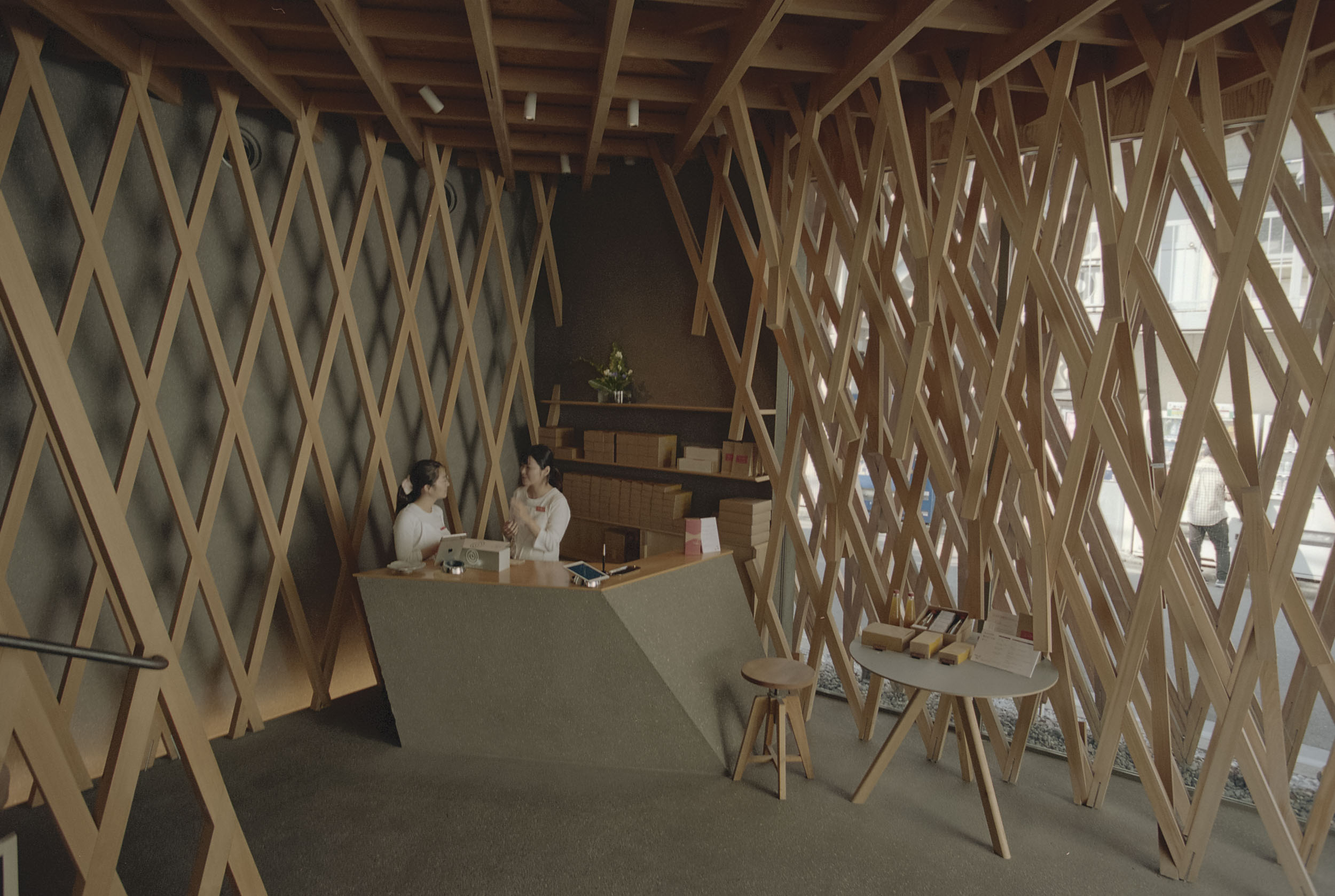
While in the area be sure to stop by Kengo Kuma-designed Nezu Museum which features beautiful arts and crafts from ancient Japan and boasts one of the city’s most wonderful, traditional Japanese gardens which can be visited for free with a museum ticket.
Fans of star architect Kengo Kuma’s work will want to make their way further down a quiet side street and marvel at the breathtaking SunnyHills at Minami-Aoyama, where visitors can sample a free pineapple cake plus tea, courtesy of Taiwanese sweets-maker SunnyHills.
Lovers of Japanese sweets should stop by HIGASHIYA man, a small outpost of HIGASHIYA Ginza that sells exquisite, handmade confectionaries out of a lovely hole-in-the-wall shop that specializes in “manjū,” sweet buns filled with red bean paste, nuts or seasonal fruit.
To finish off your day in style, head over to TWO ROOMS, a popular bar and restaurant at the border between Omotesando and Aoyama. Especially during summer nights, TWO ROOM’s terrace is one of Tokyo’s must-go-to spots for a relaxed dinner or a late-night drink overlooking Tokyo, while the inside bar boasts a solid menu of signature and classic cocktails, perfect for a low-key glam night-out.
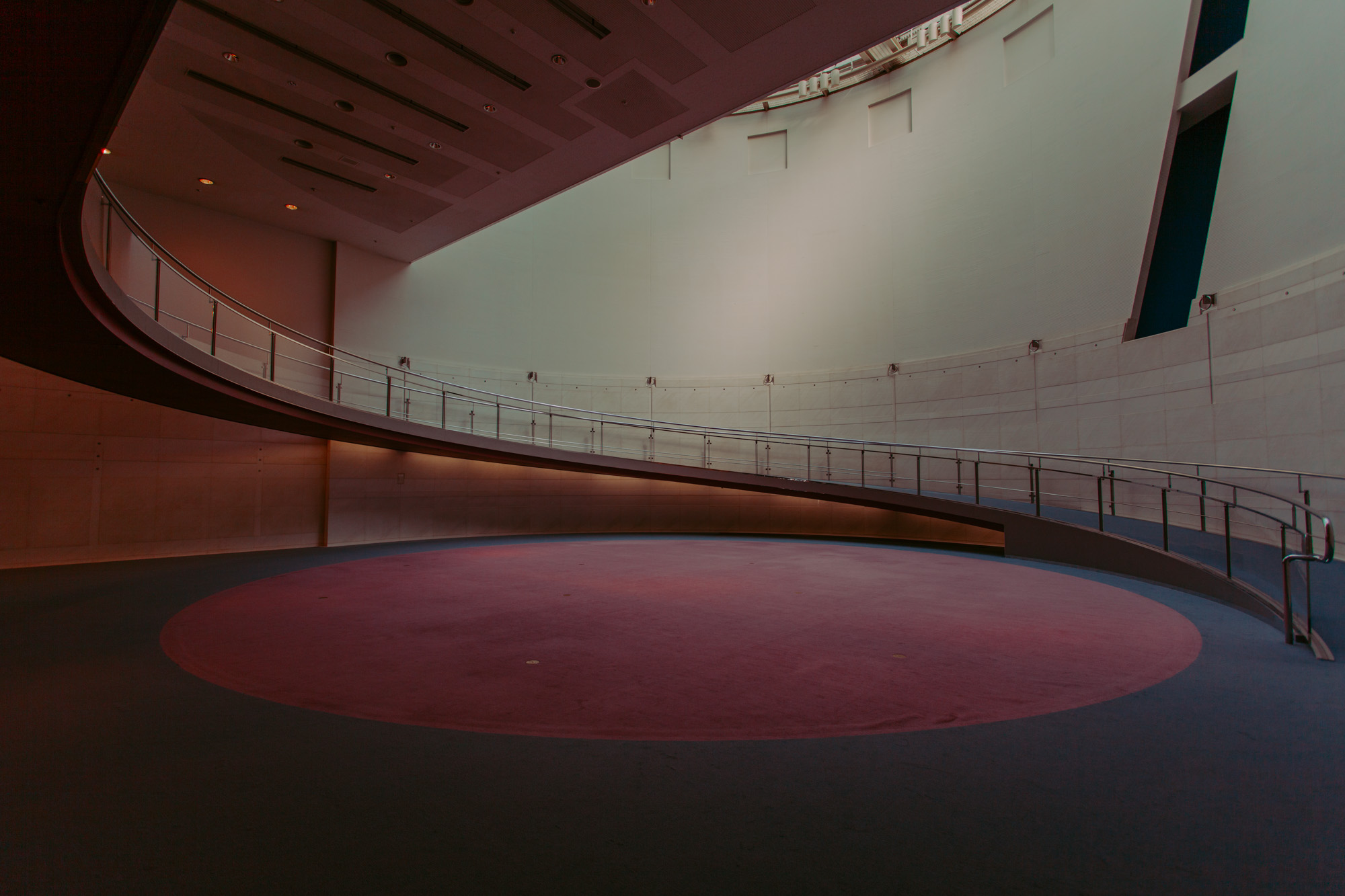
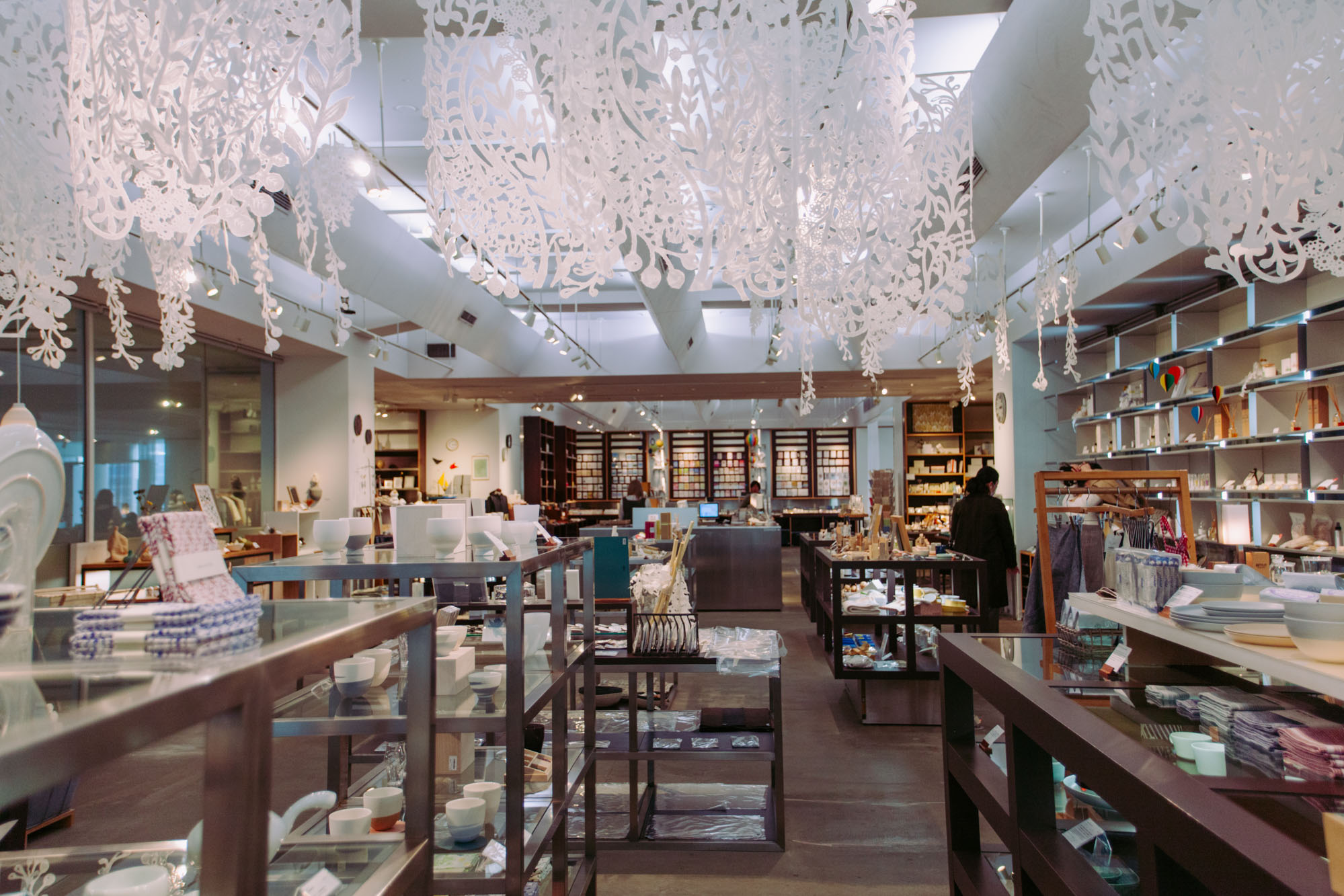
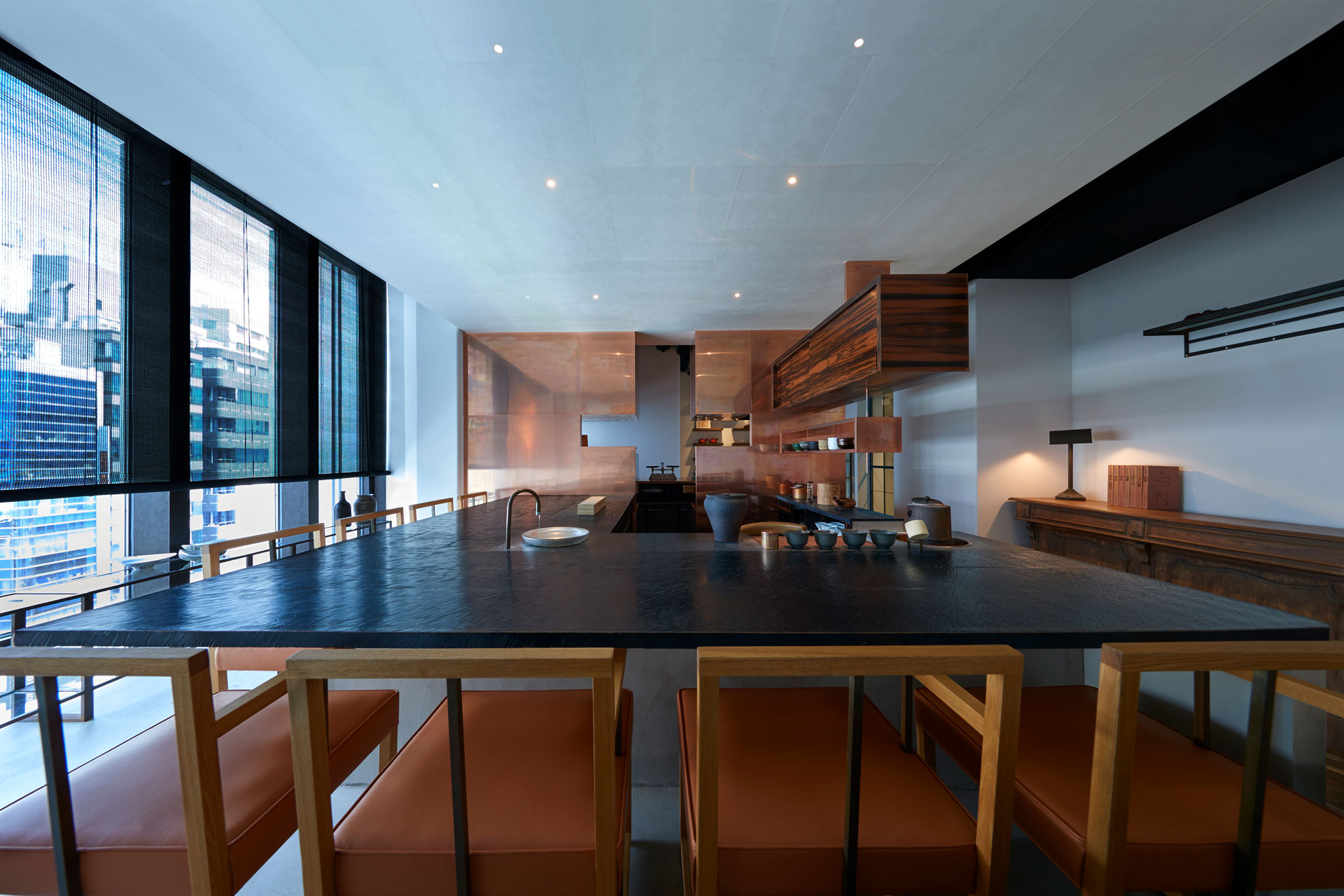

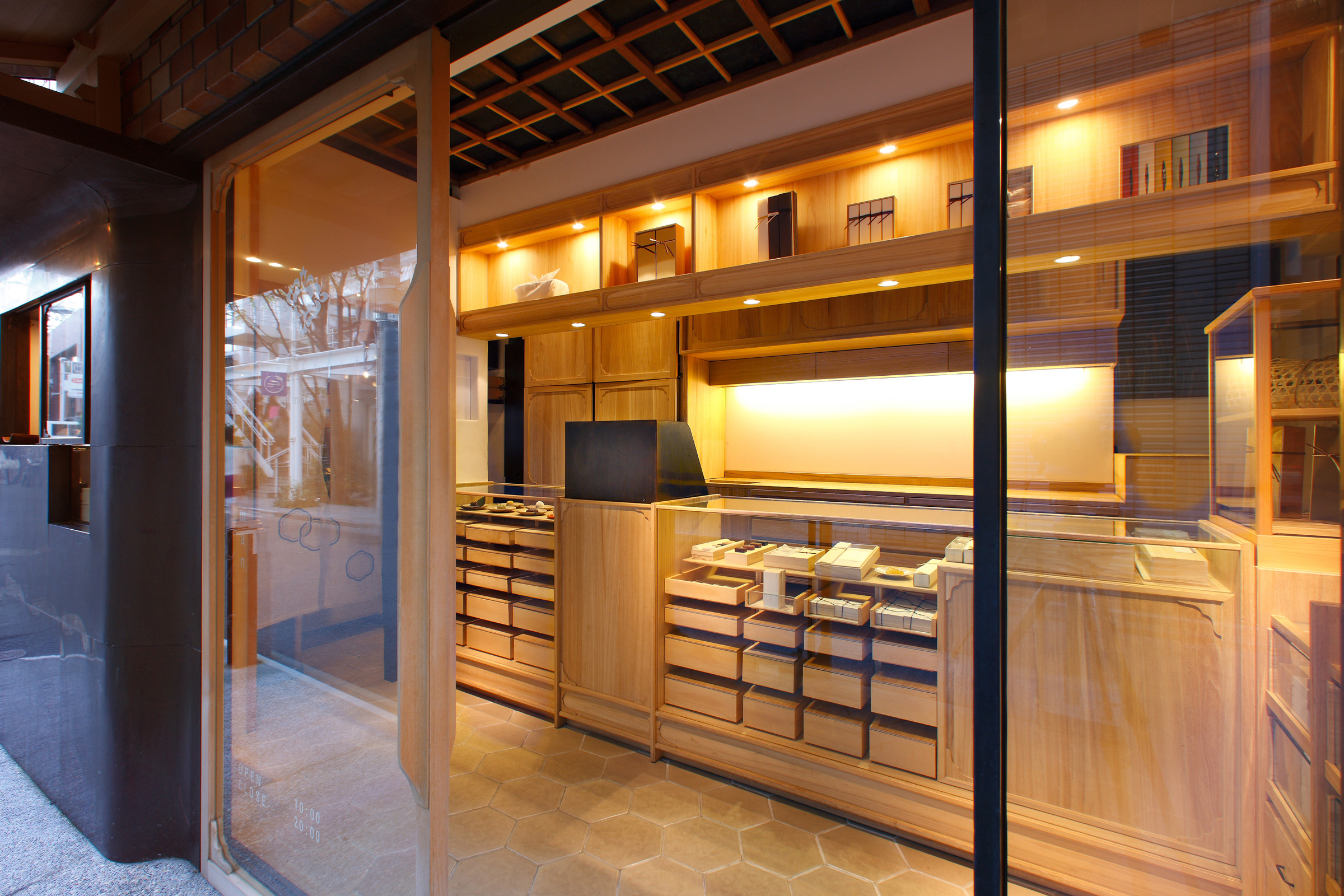

In this guide

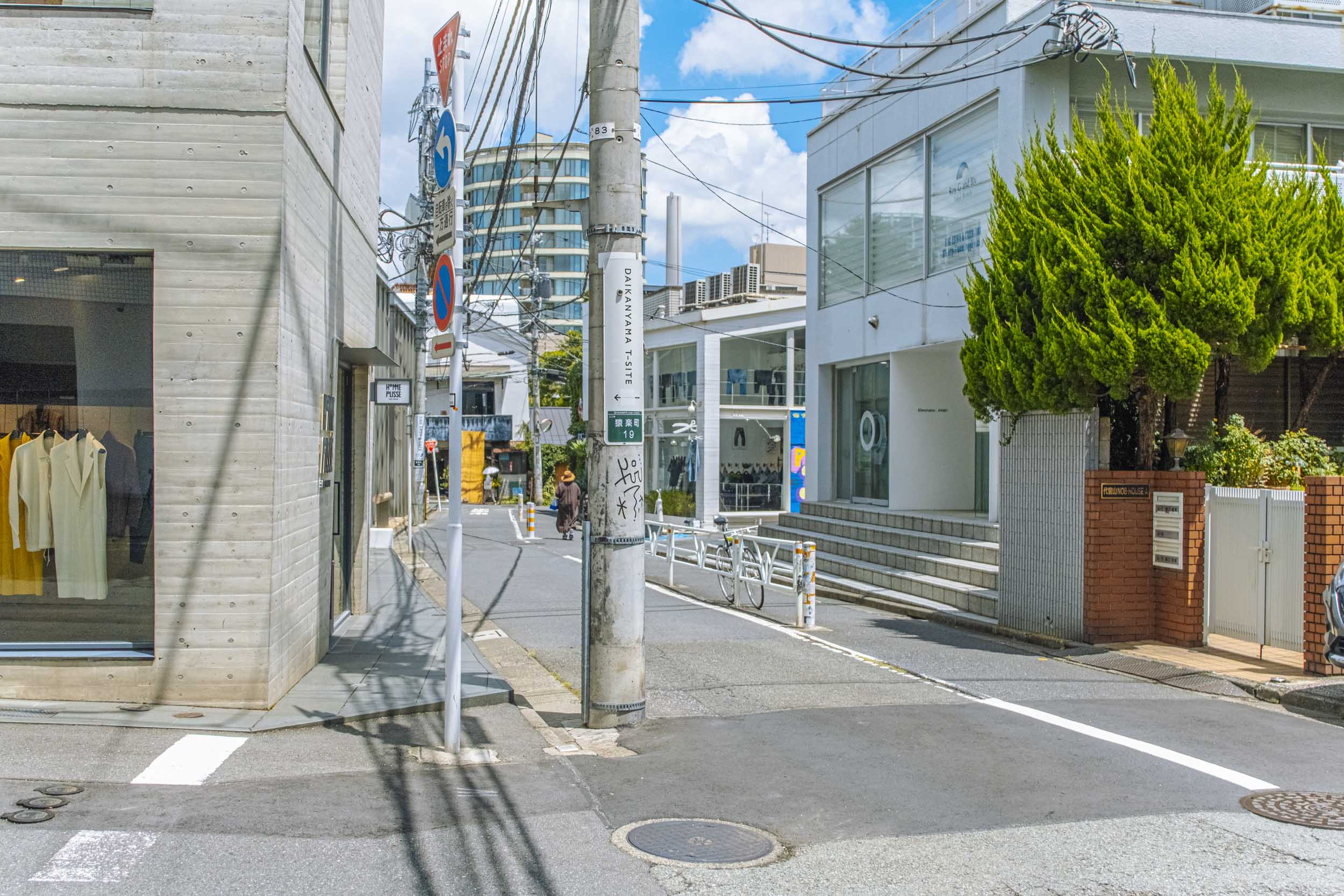


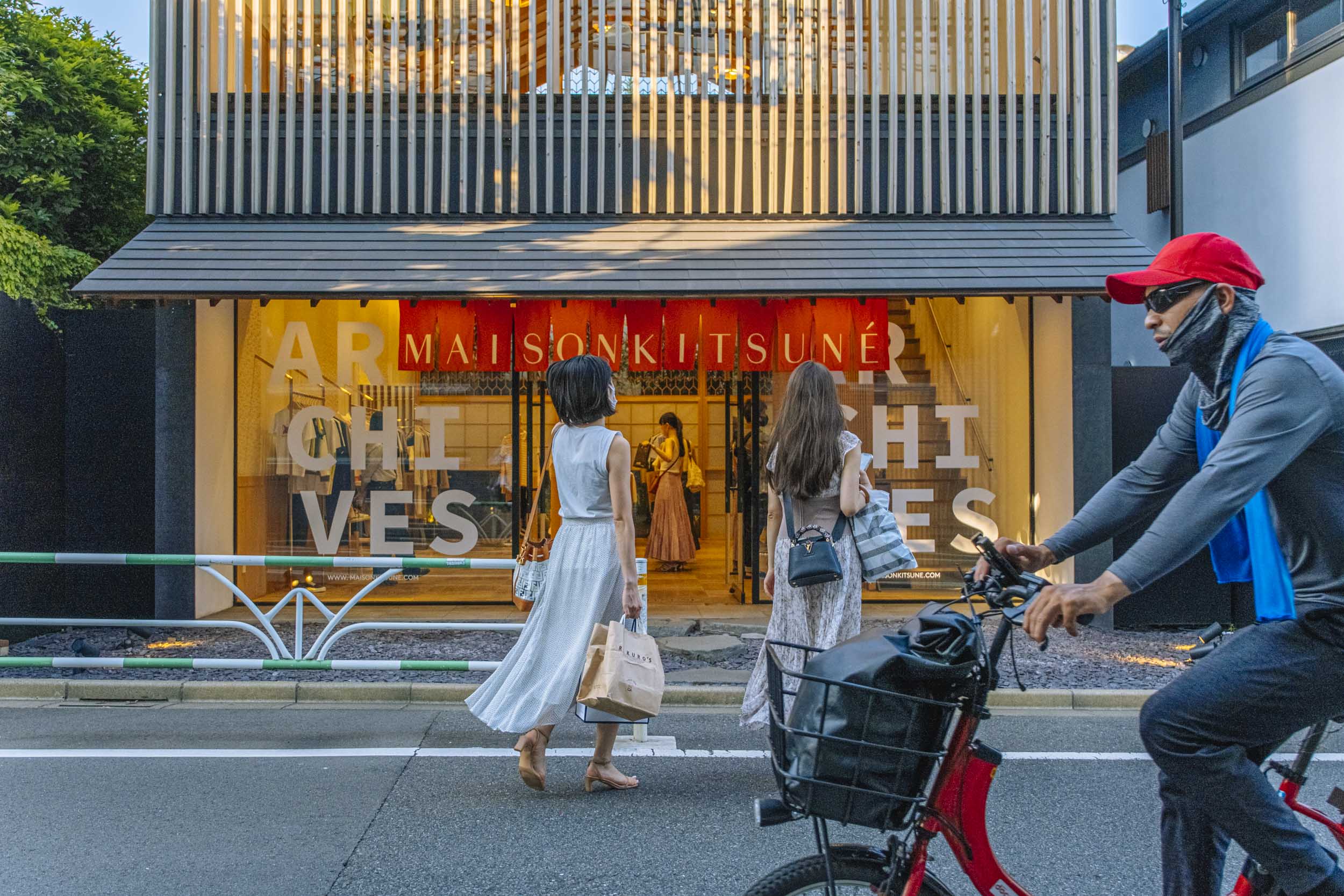
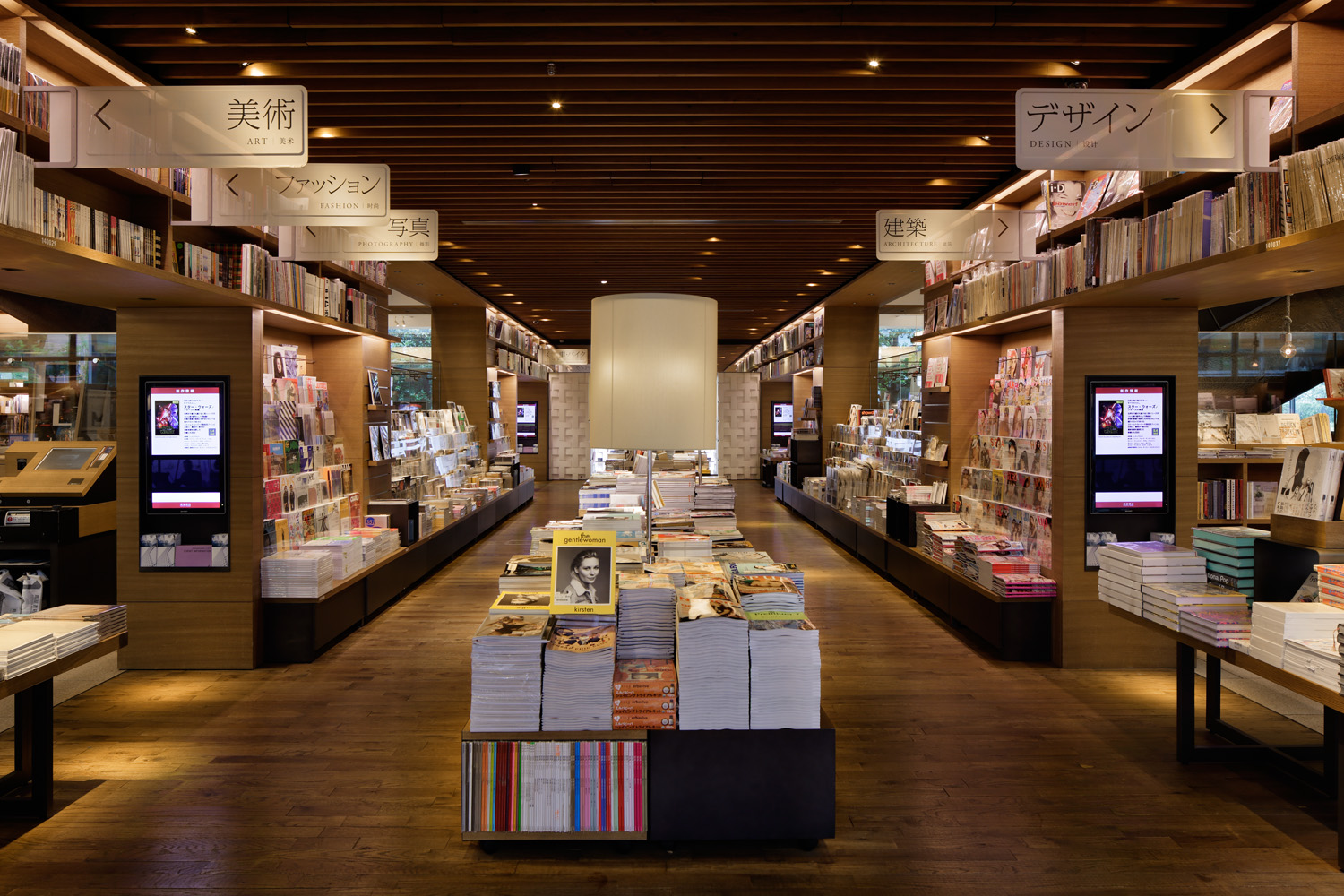

Start your day at T-Site - the exclusive conglomeration of shops, a restaurant and lounge, based around Tsutaya Bookstore, which in itself is worth traveling to Daikanyama for.
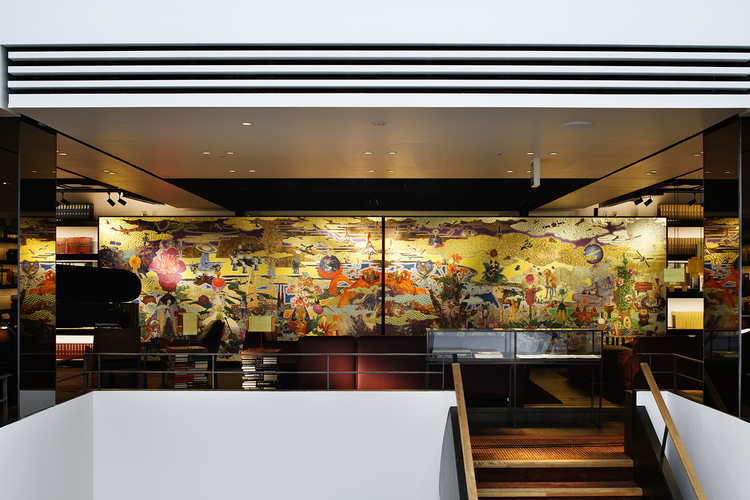
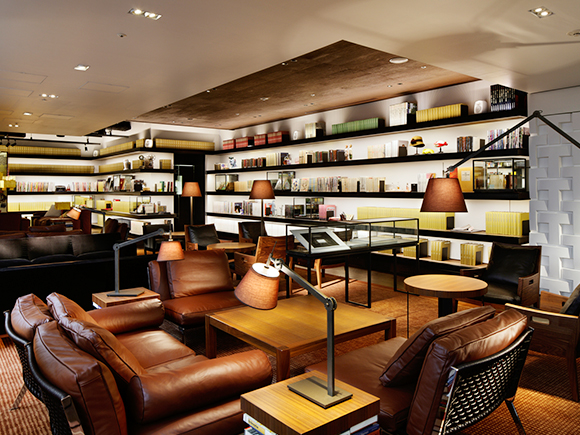
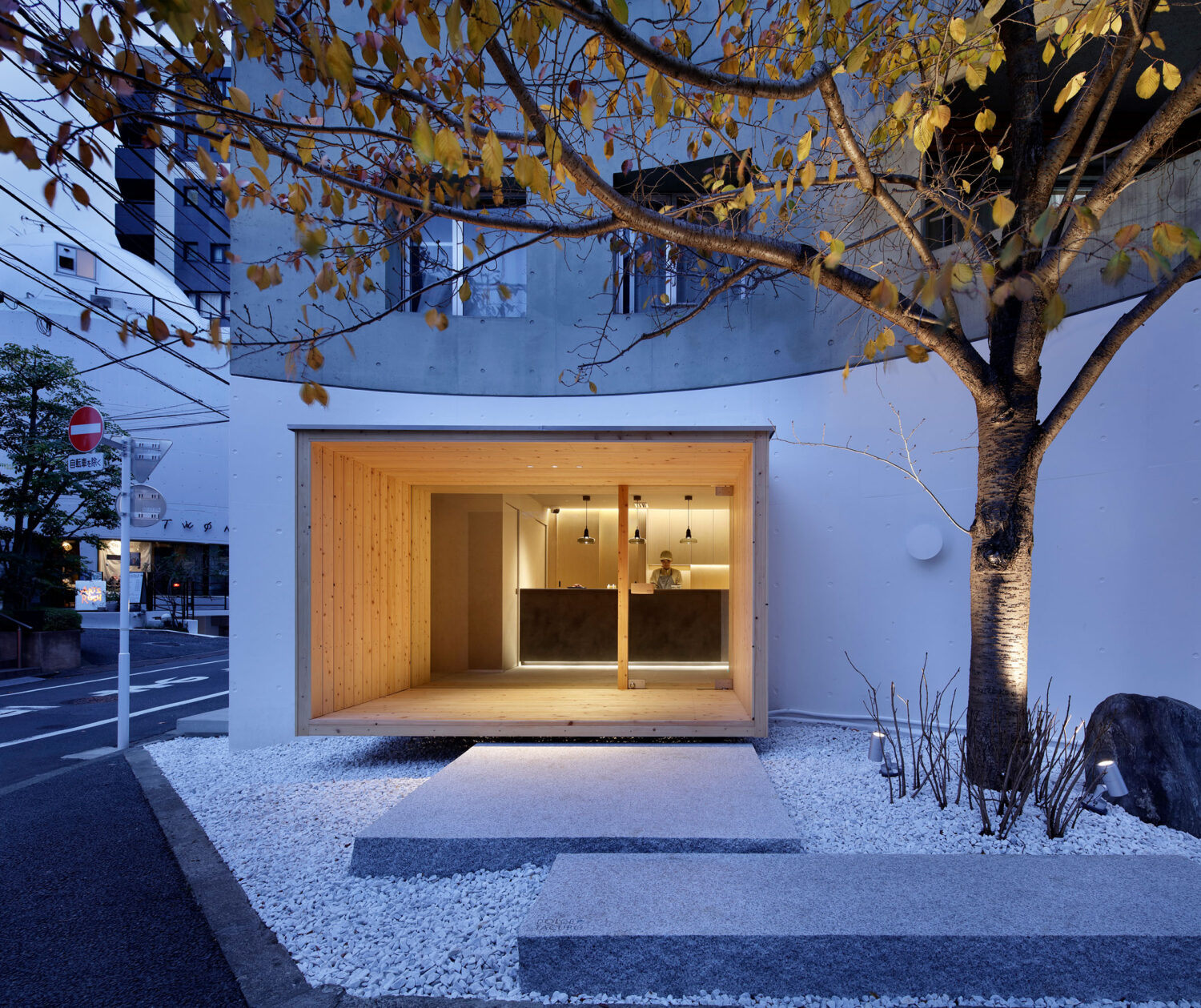
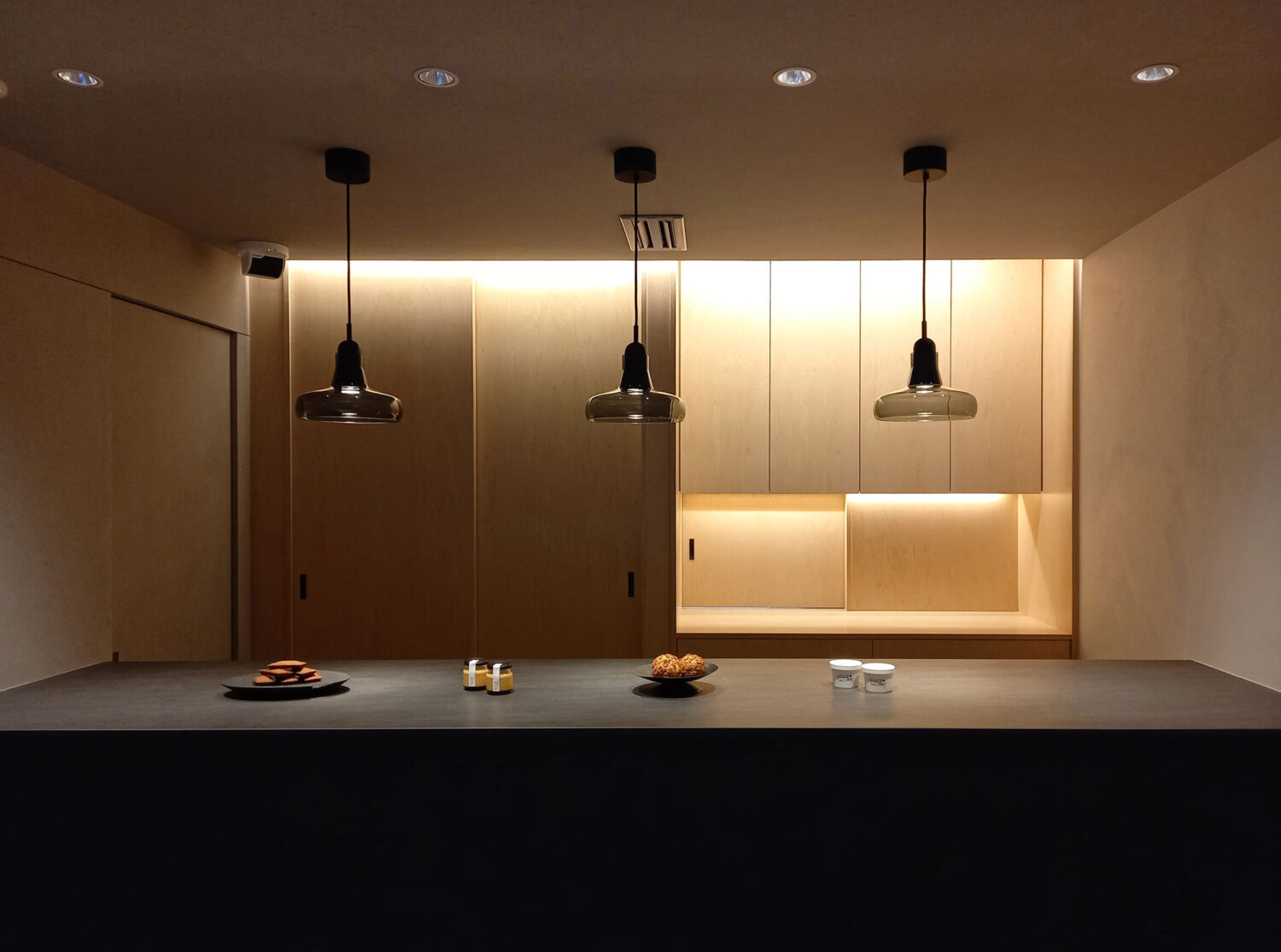
Make sure to take a break at the gorgeous Anjin lounge on the second floor of Tsutaya bookstore (central building) and indulge in one of the unique green tea and coffee creations, or, a simple meal and late-night cocktails. If you are craving something a little sweeter, head to Dolce Tacubo, one of the most beautiful dessert shops in town and try out their to-die-for choux à la crème.
Near Kyu Asakura House, you can take a coffee break at LURF GALLERY CAFE which hosts a beautiful cafe featuring vintage furniture from Denmark and a small shop selling design goods.
Further down the road towards Shibuya you will find Log Road, a hip road of with shops, a brewery, restaurant and outdoor seating, all nestled in a quiet, green oasis.
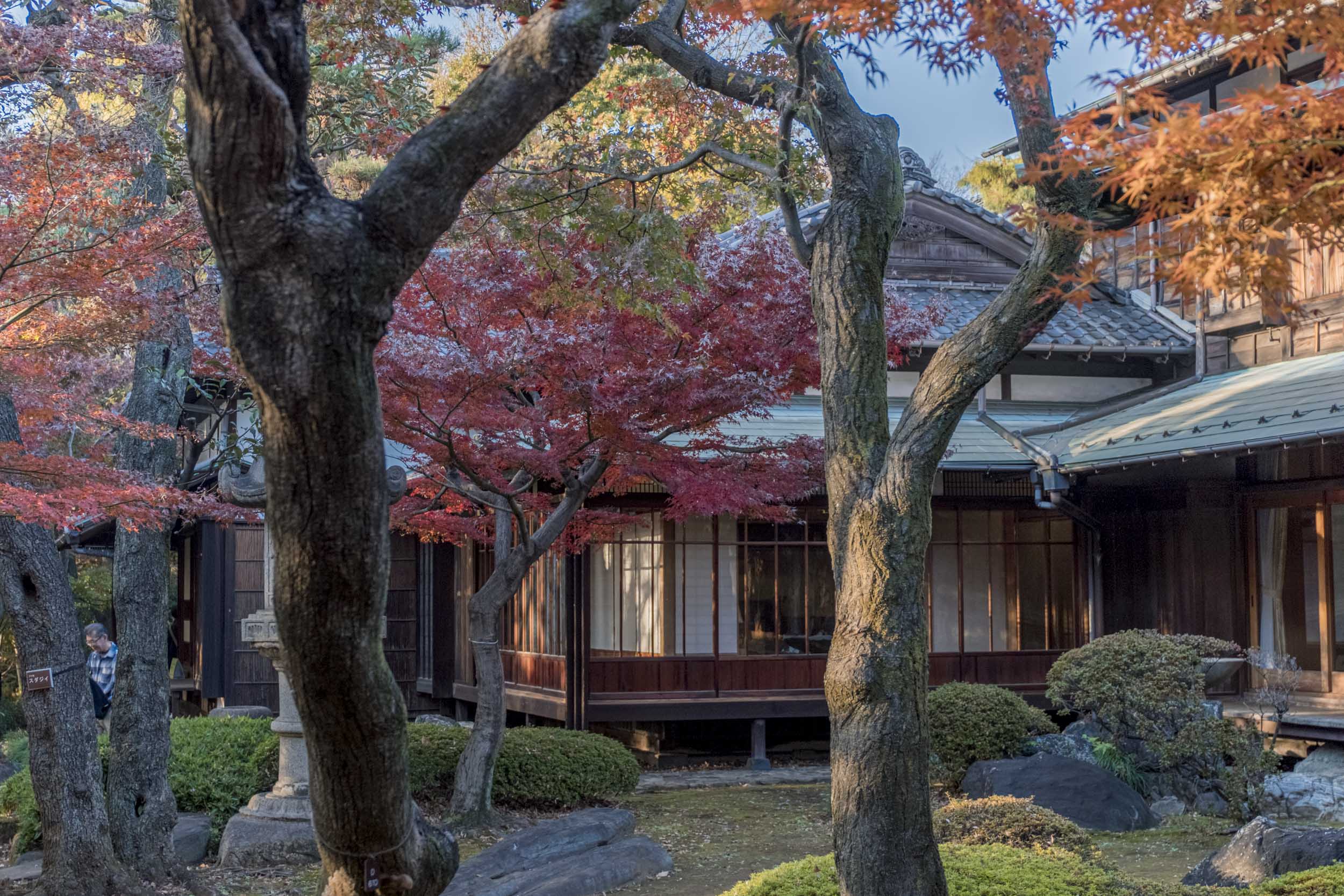
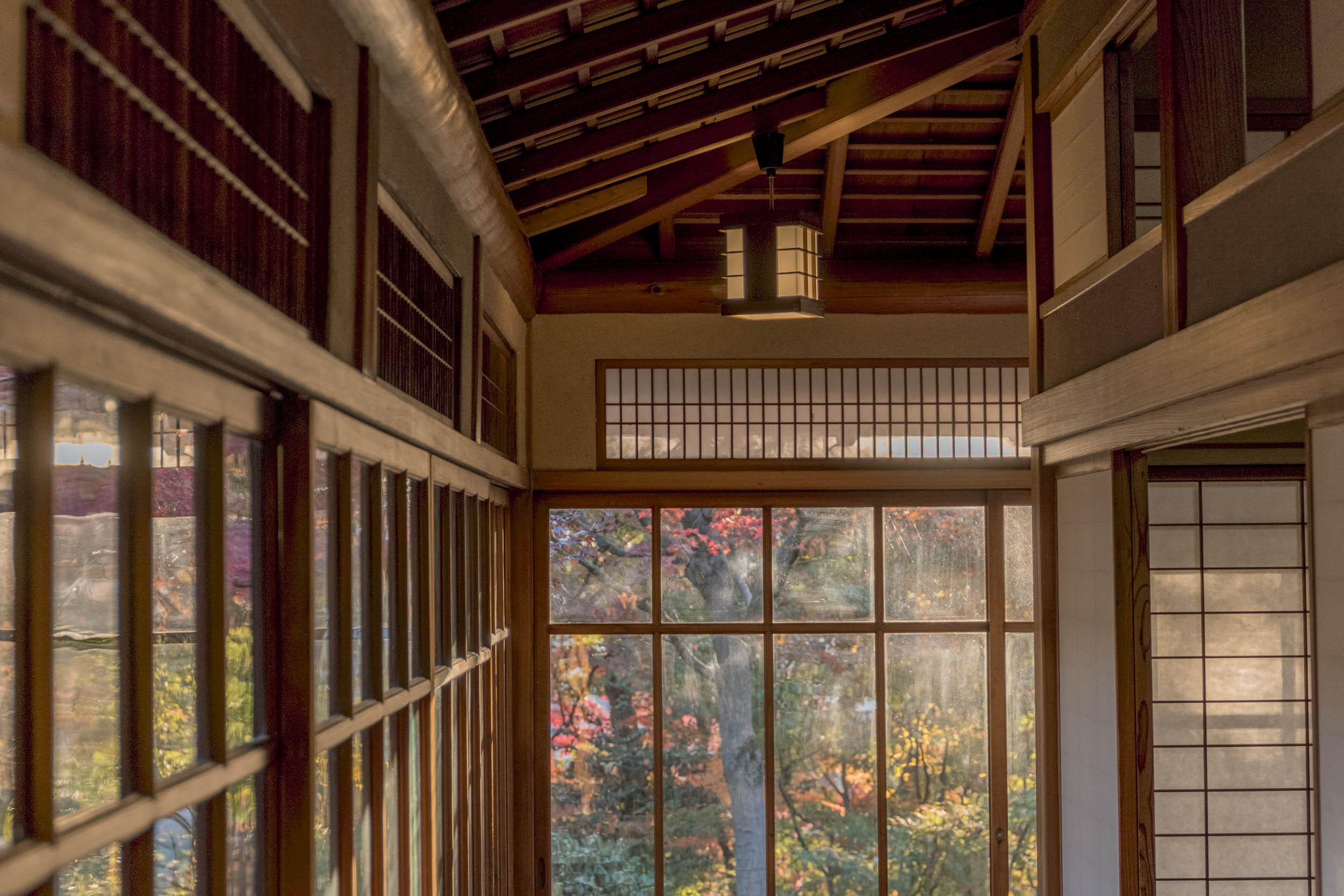
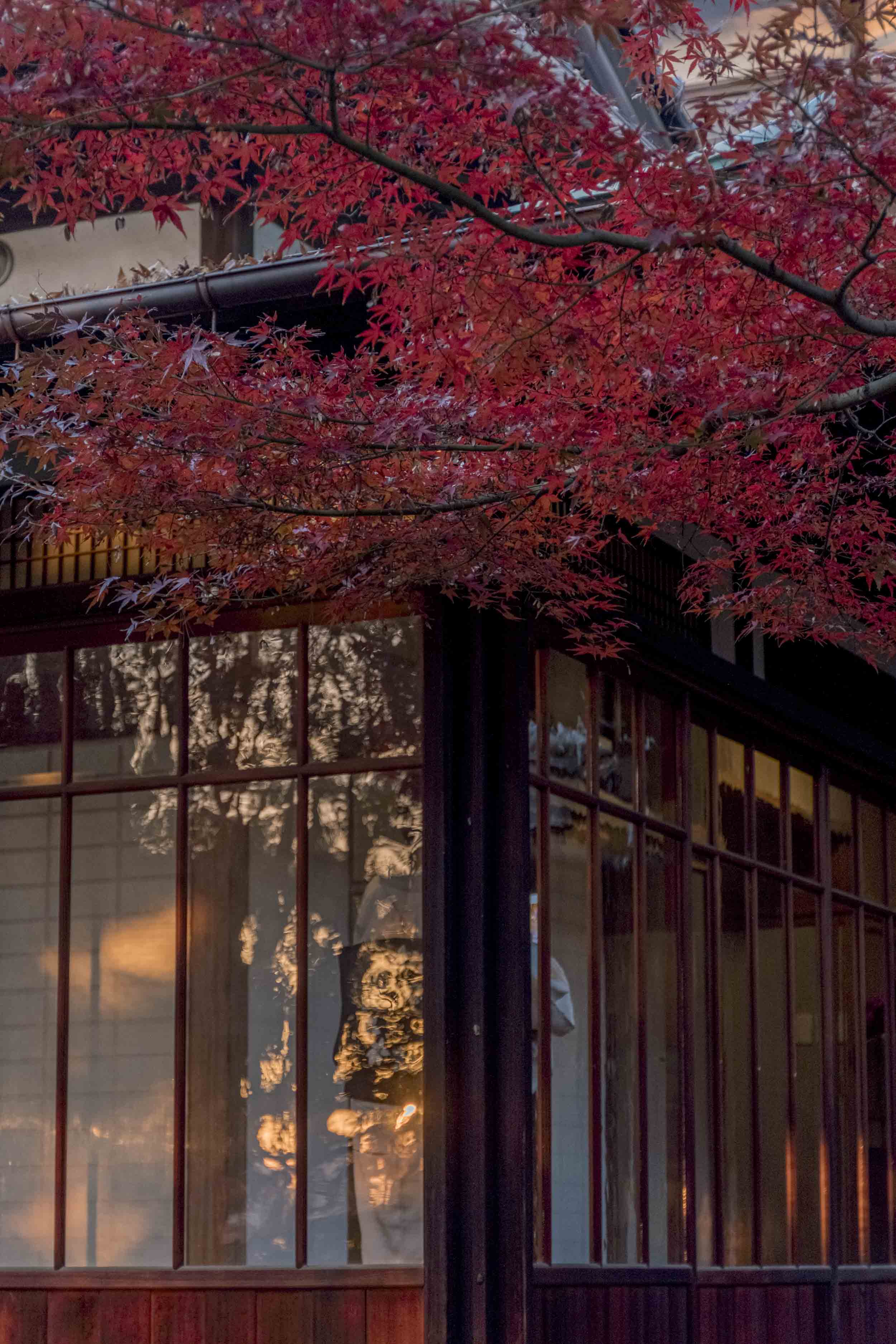

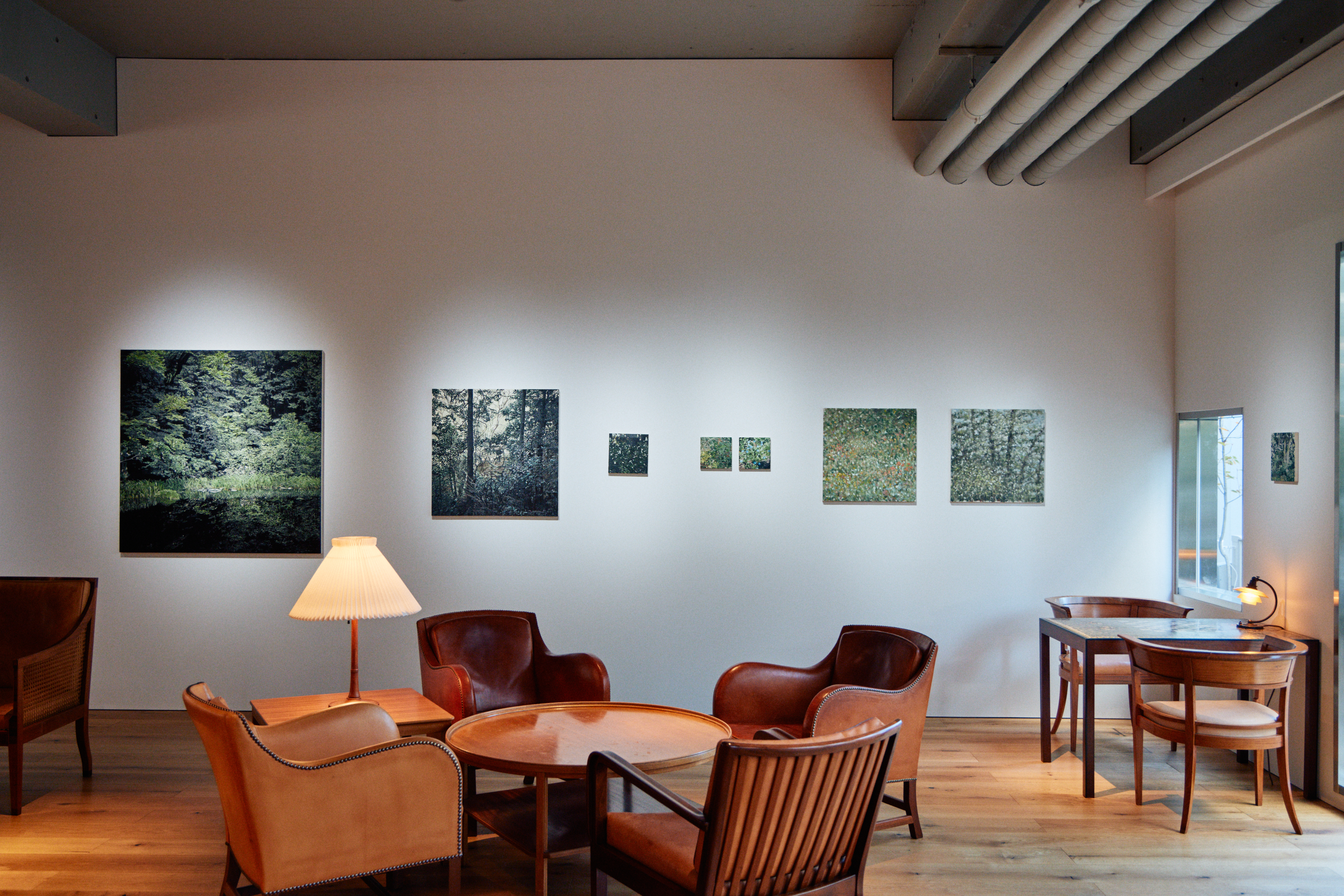
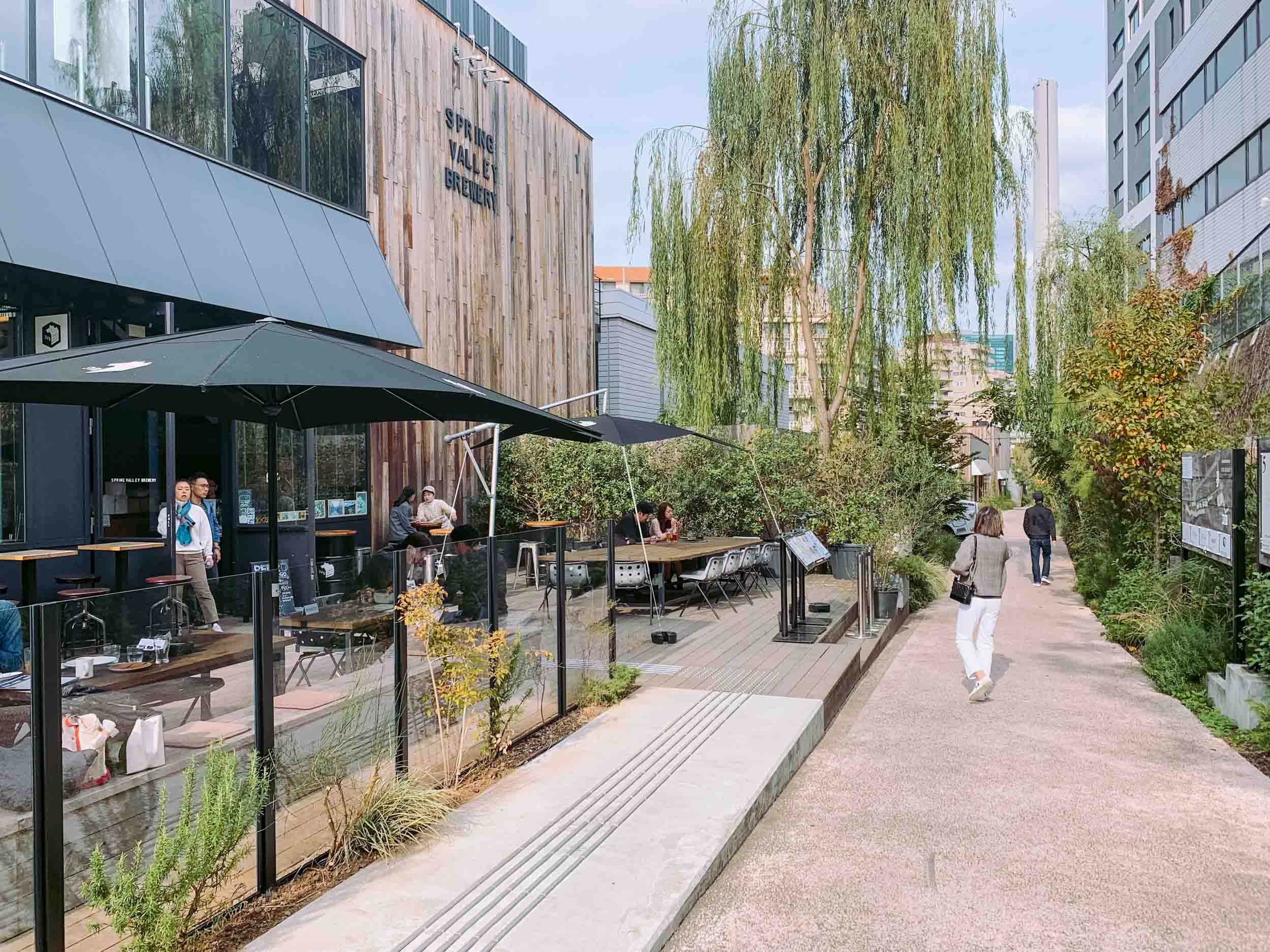
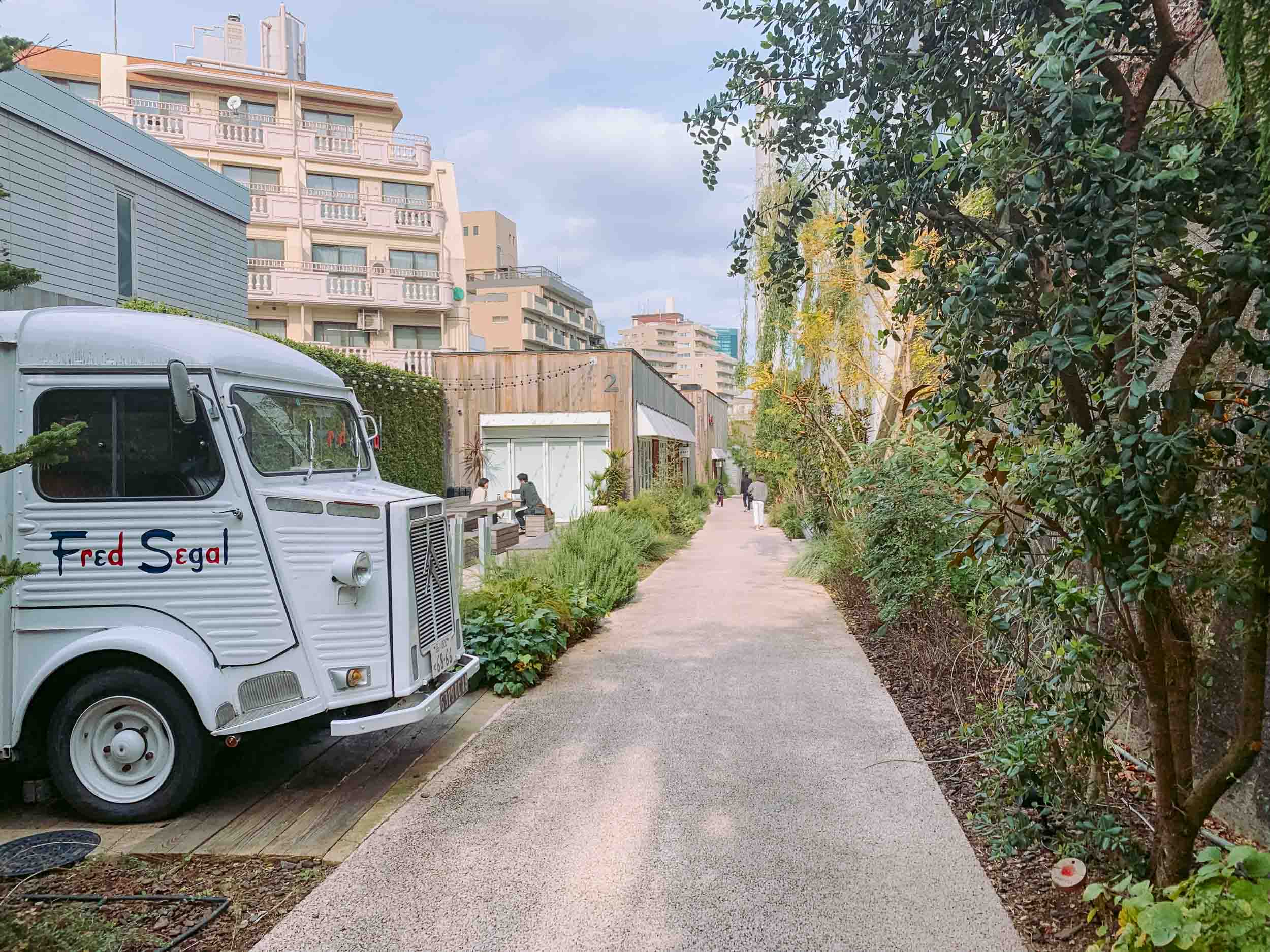
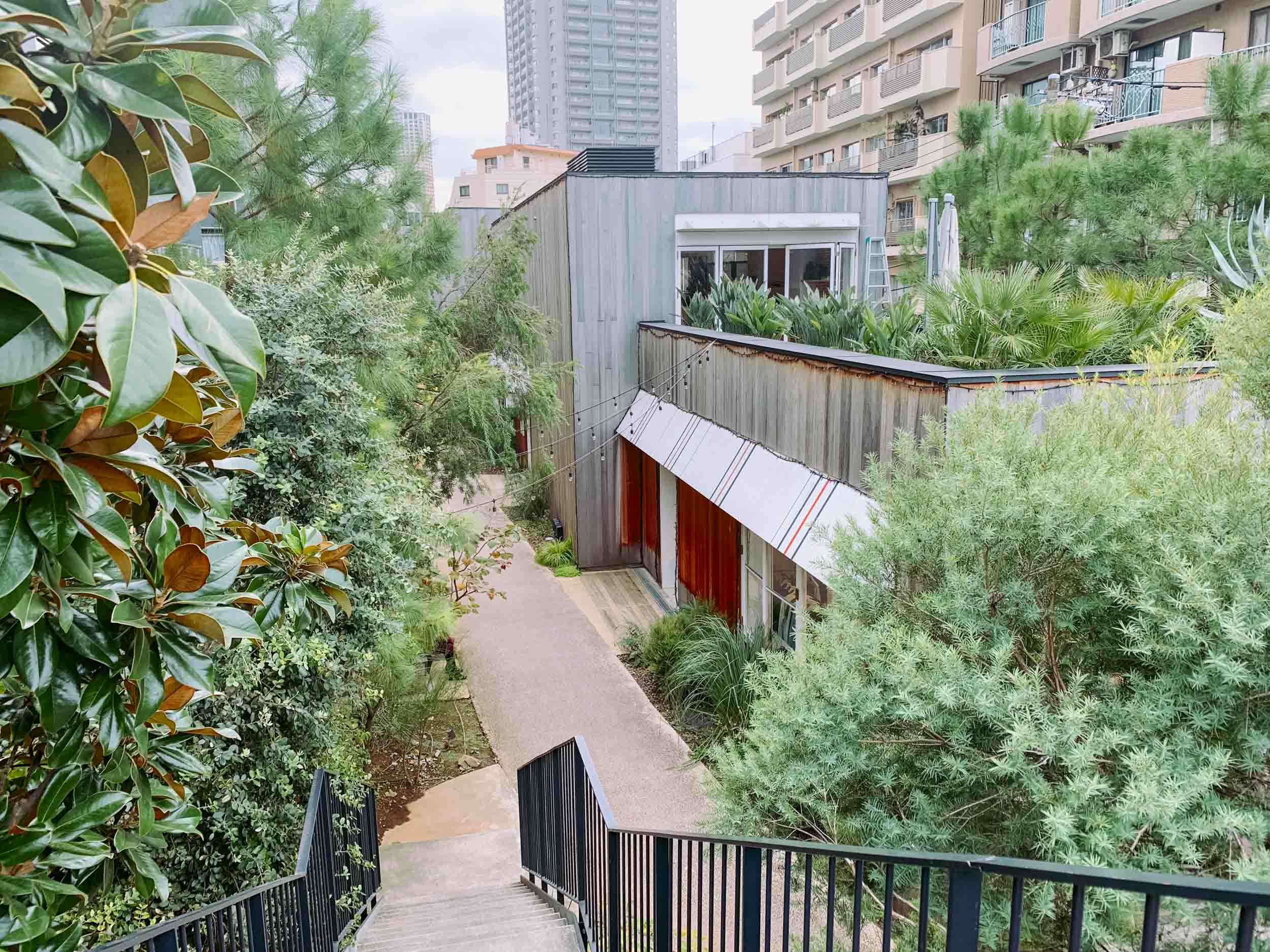
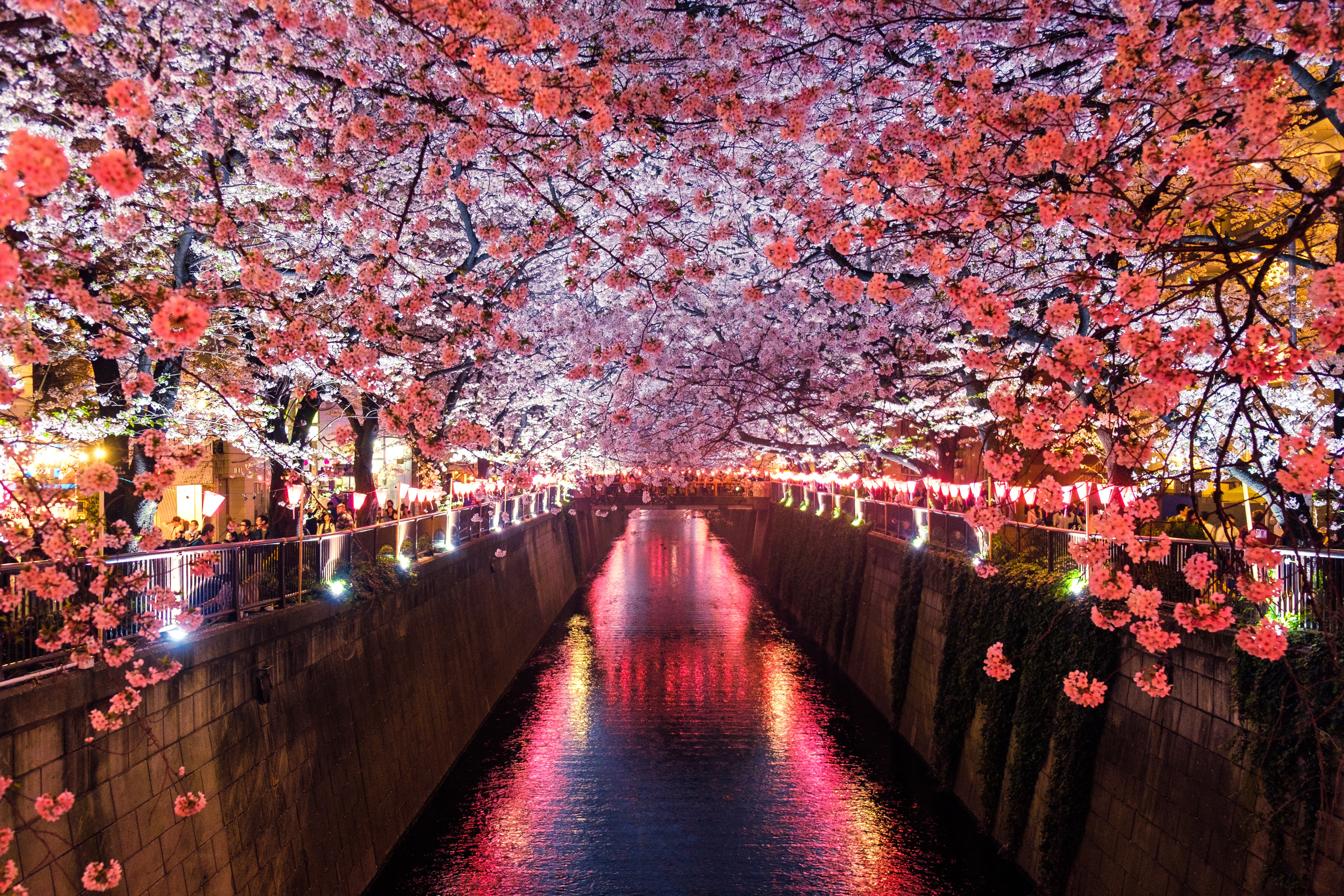
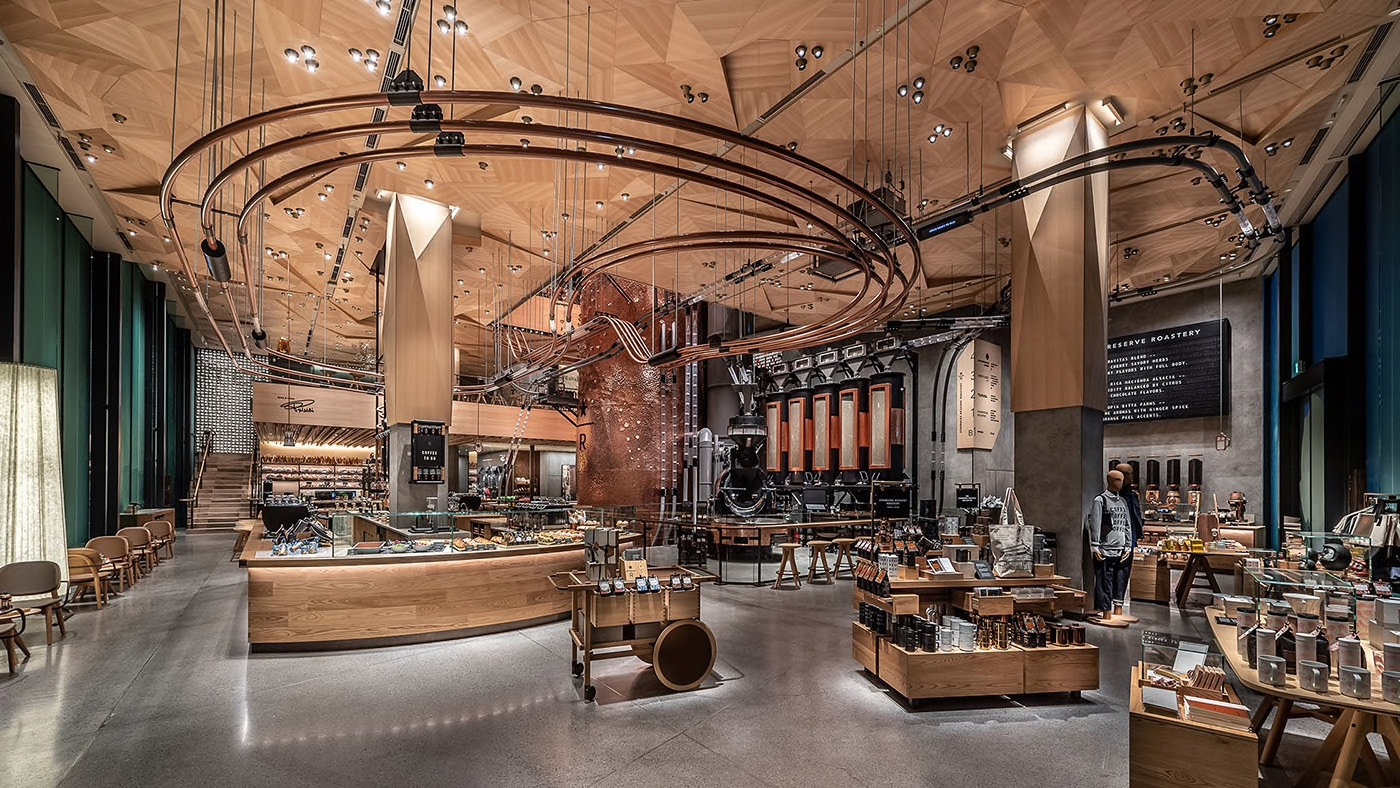
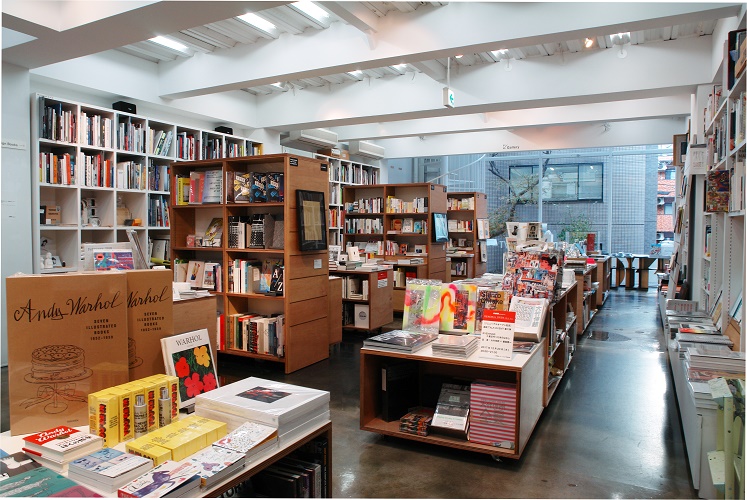
If you visit Tokyo during other seasons, be sure to check out the enormous Starbucks Reserve Roastery. Designed by famed architect Kengo Kuma, the world’s biggest Starbucks is a 4-floor coffeeshop, roastery, bakery, bar and inspiration lounge located right next to Meguro river.
If you are a photo enthusiast, head over to Ebisu and check out the Tokyo Photographic Art Museum, or photographic art bookstore NADiff a/p/a/r/t and learn more about the work of Japanese and international avant-garde photographers.
Over in a small side street is Bar TRENCH, a favorite among cocktail aficionados, and always worth a trip, even if you don’t already happen to be in the area. During the warm months, crowds will spill out into the street, making for a wonderfully laid-back atmosphere, and paired with one of TRENCH’s carefully crafted drinks in hand, it’s not hard to imagine why this bar is consistently ranked as one of Asia’s best.
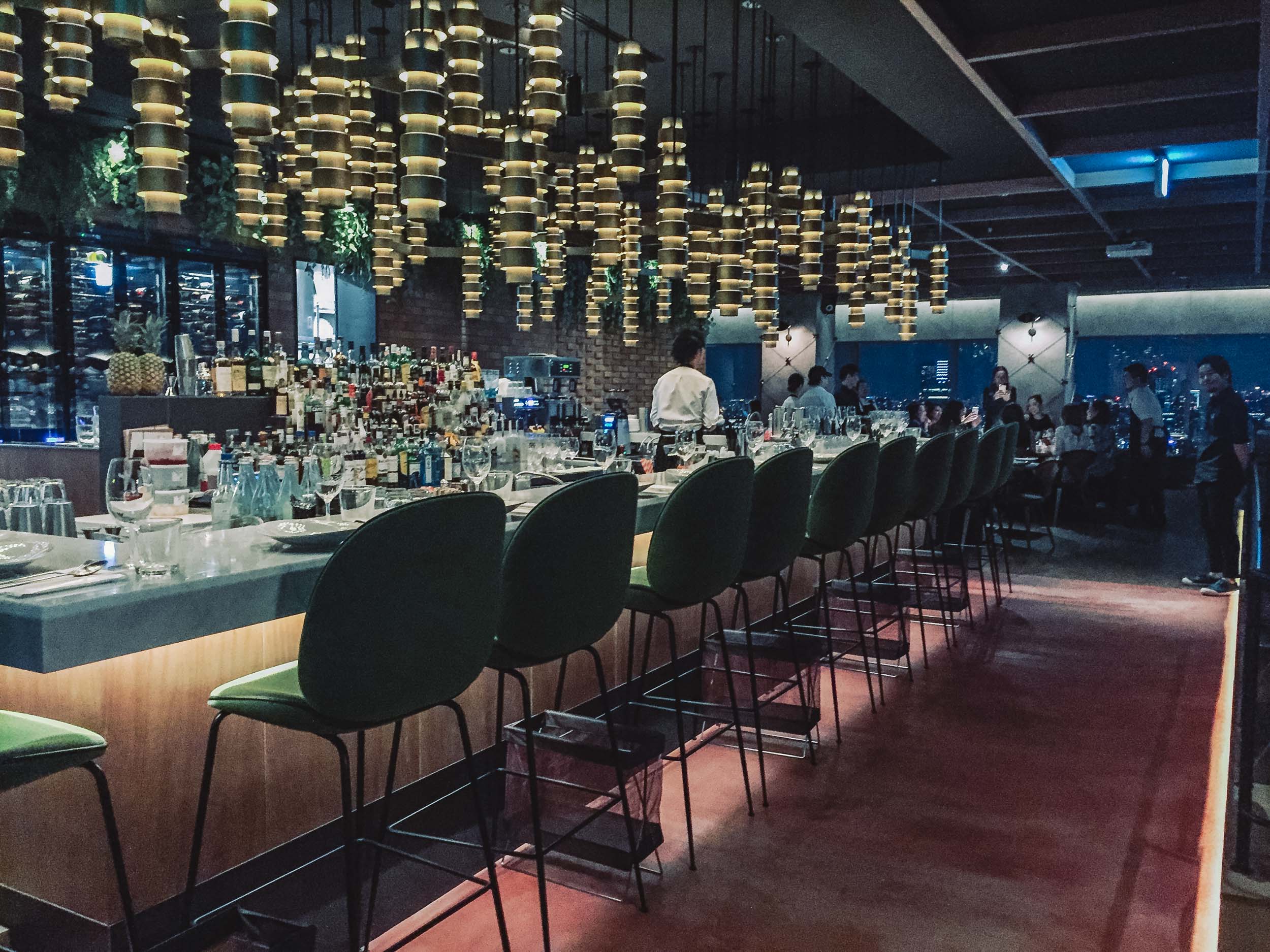
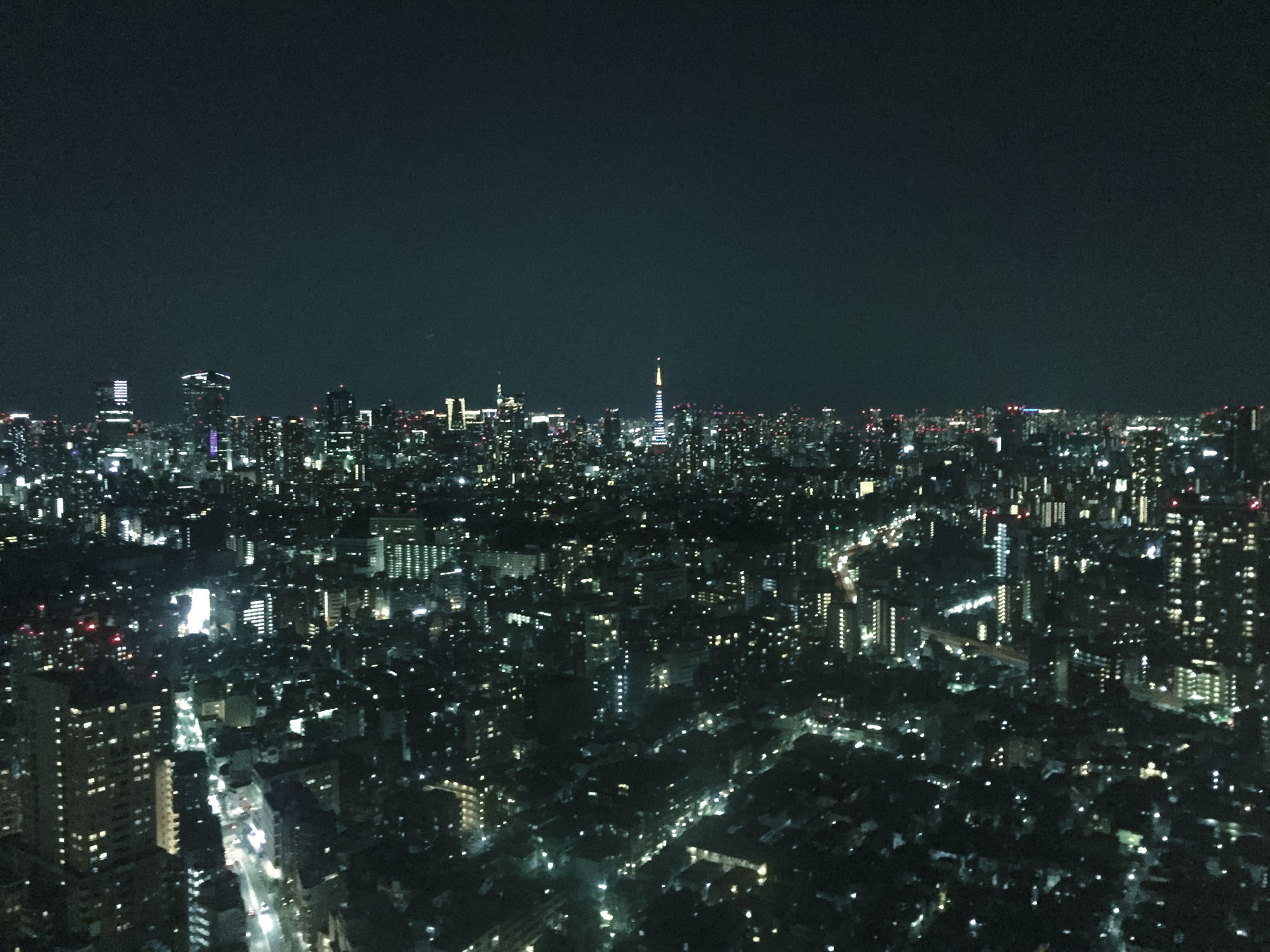
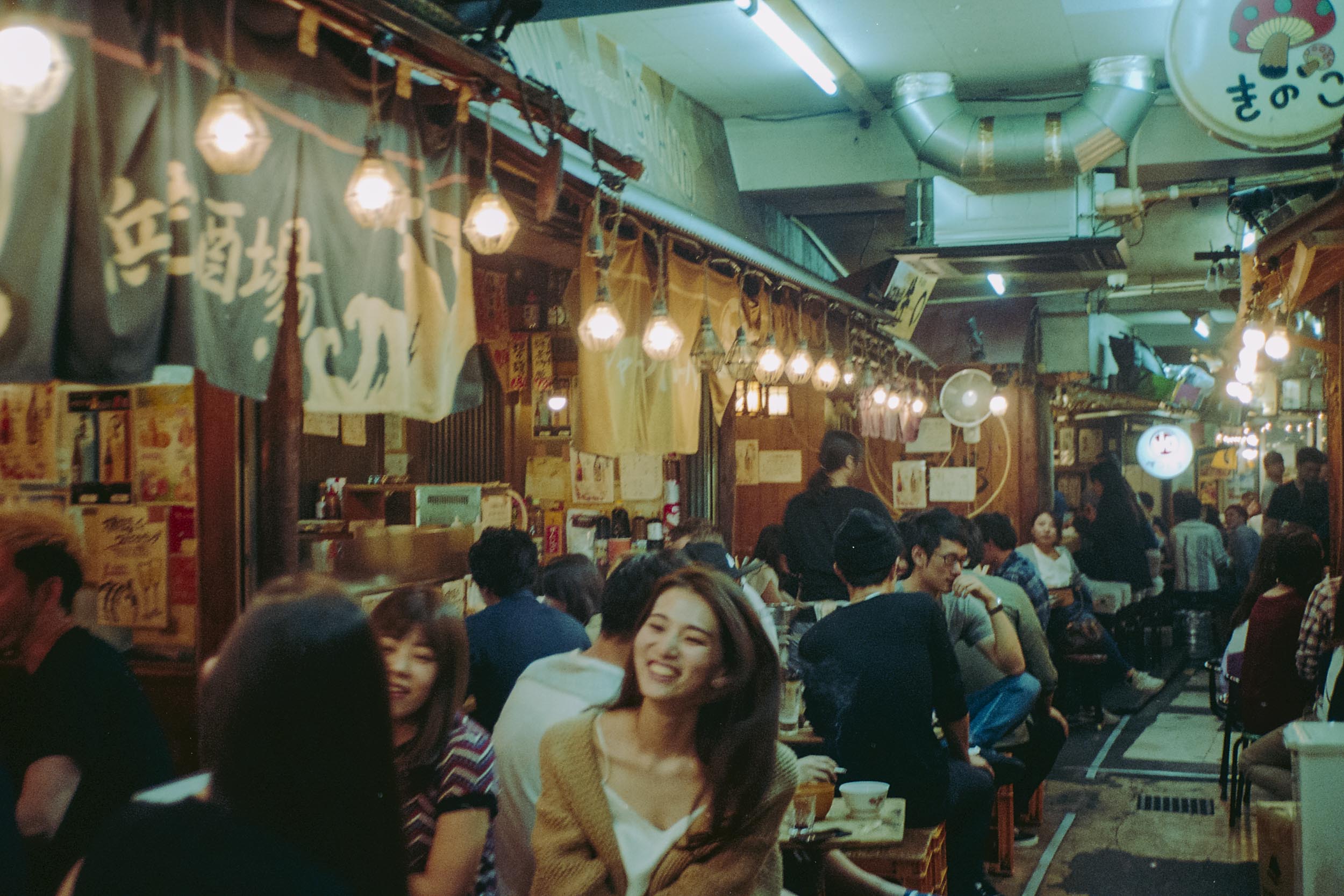
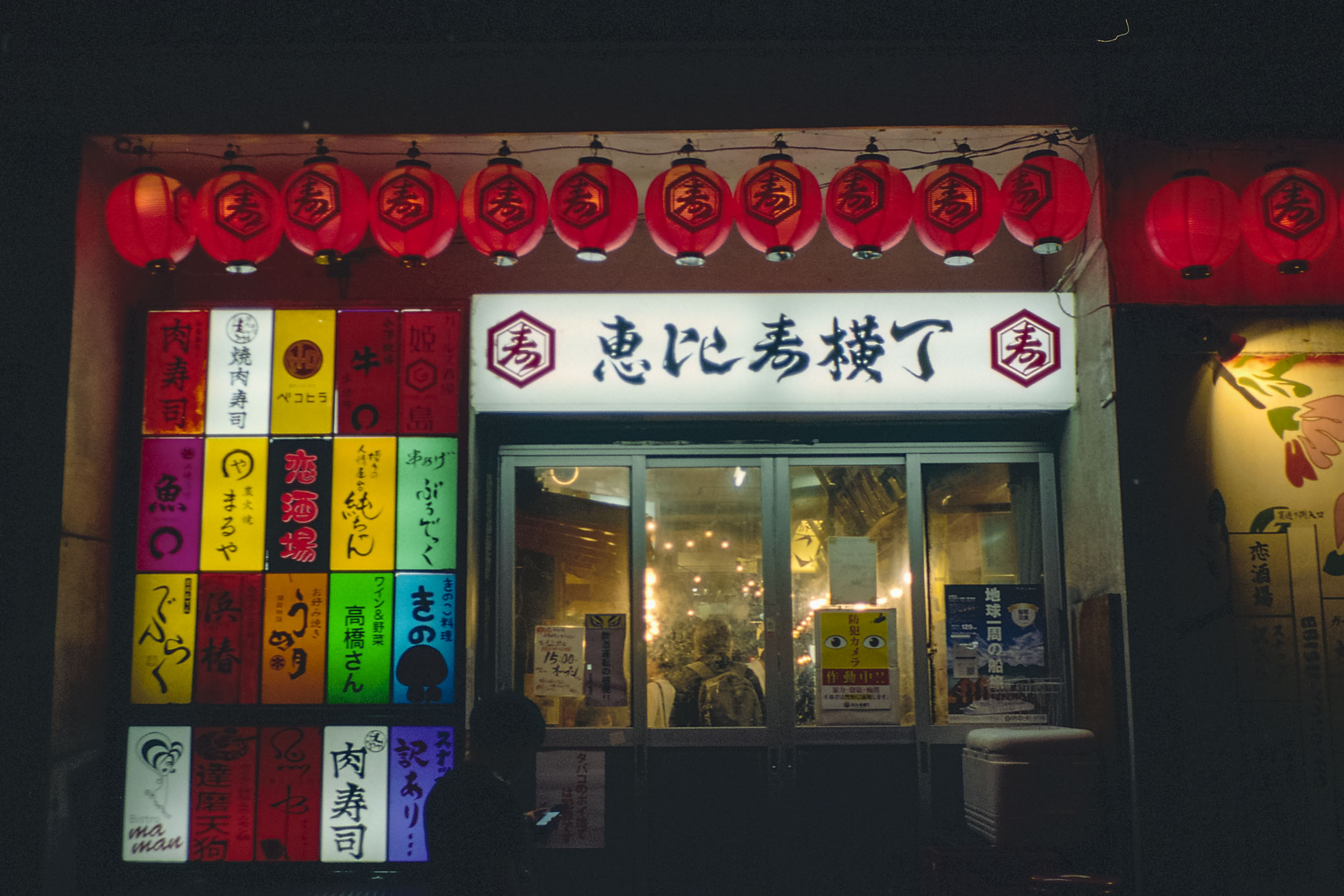
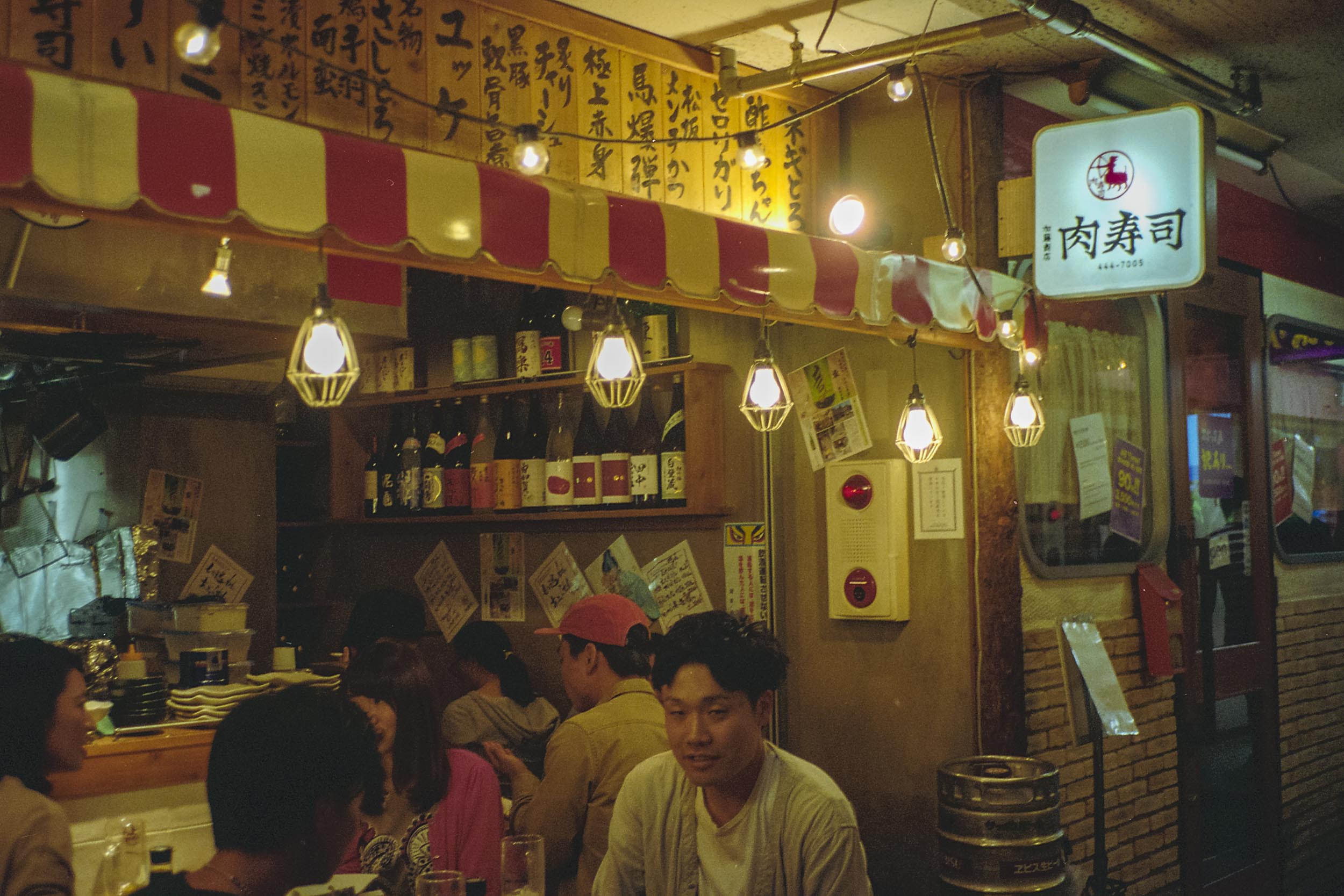
In this guide
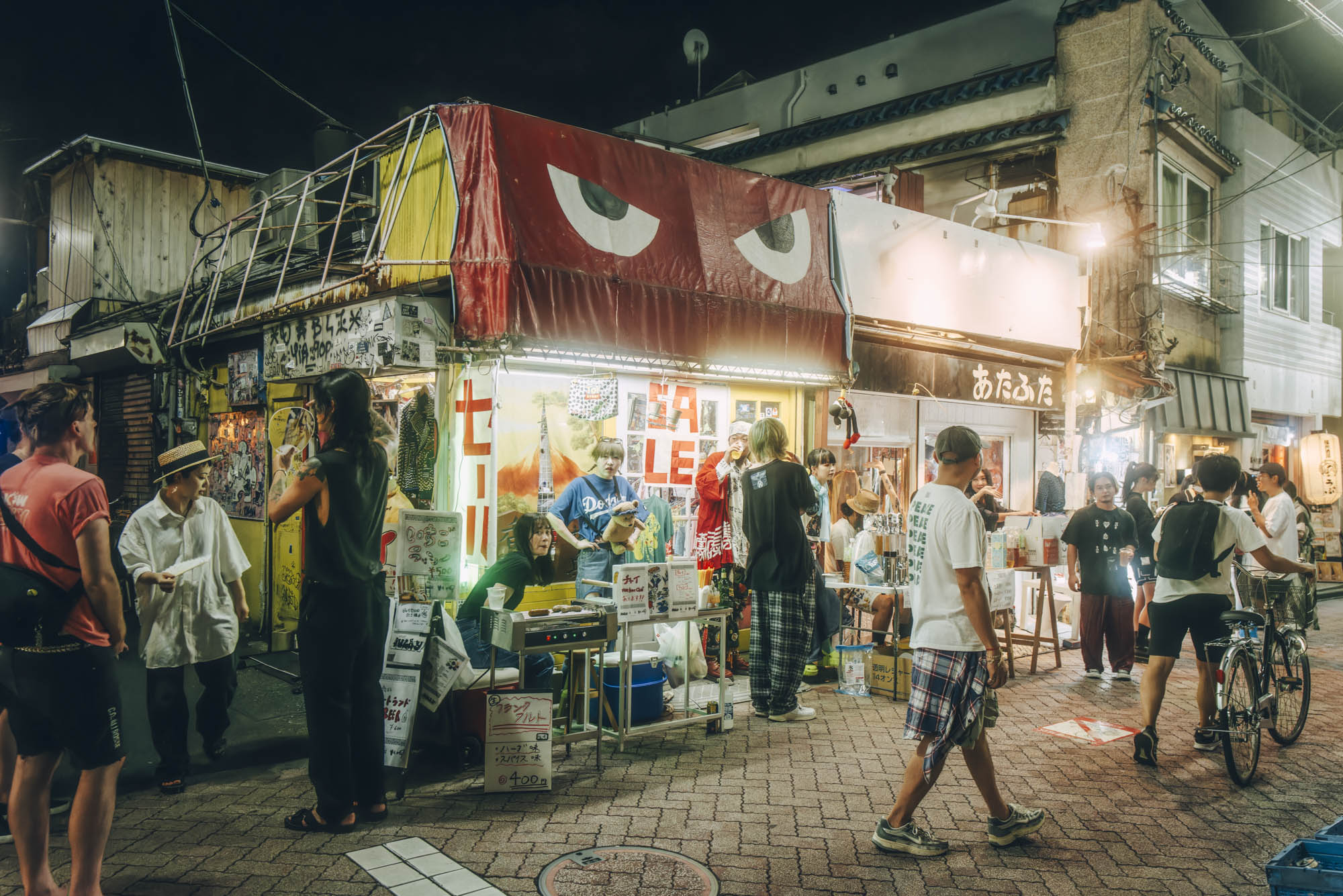
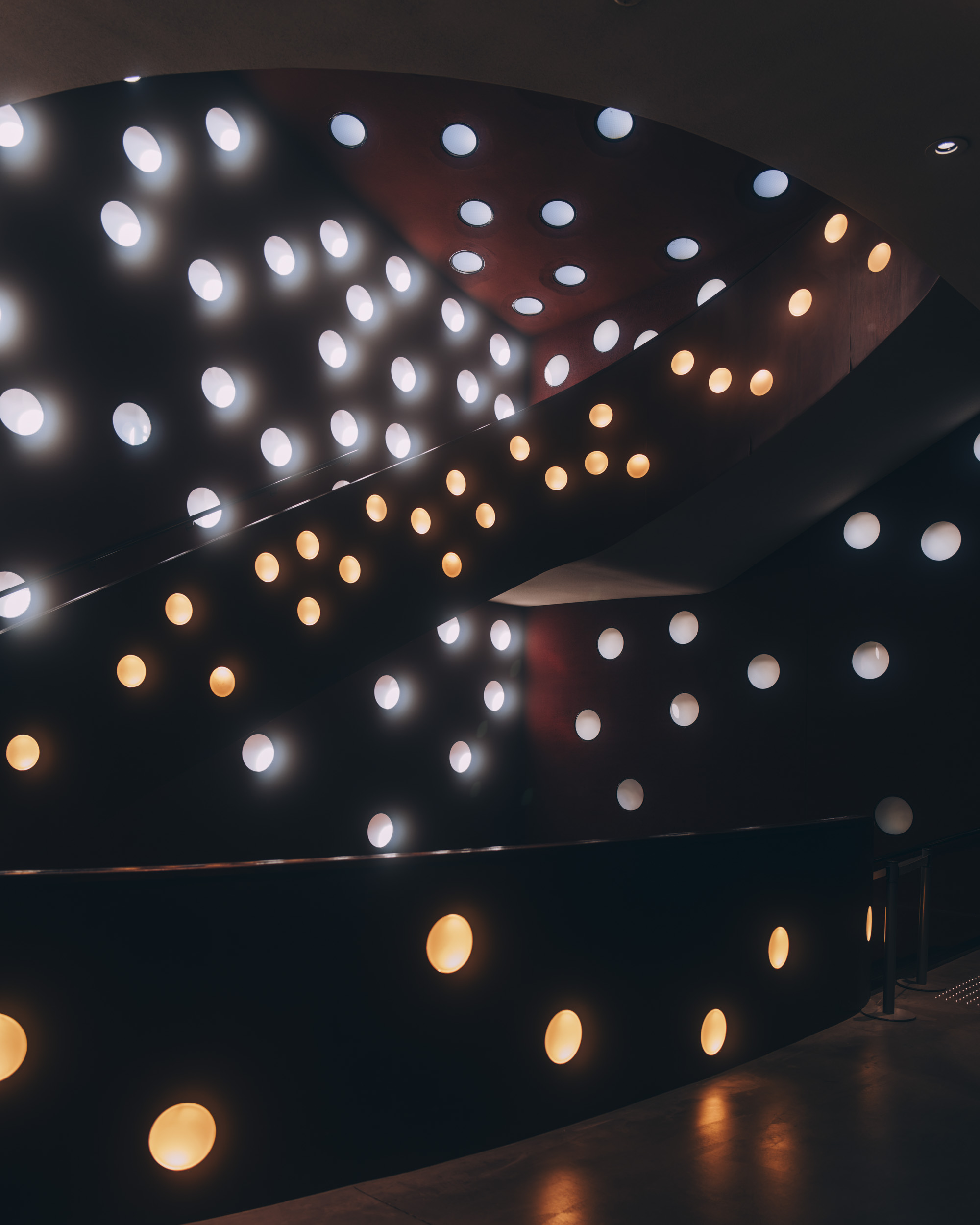


Start your day with a casual walk, and make your way southwest of the JR station up a pedestrian street known for its vintage stores. There are Safari, ZOOL and Slut on the main street, while Hurry Up, Mecha, Anemone and a few others are more hidden in the smaller alleyways.
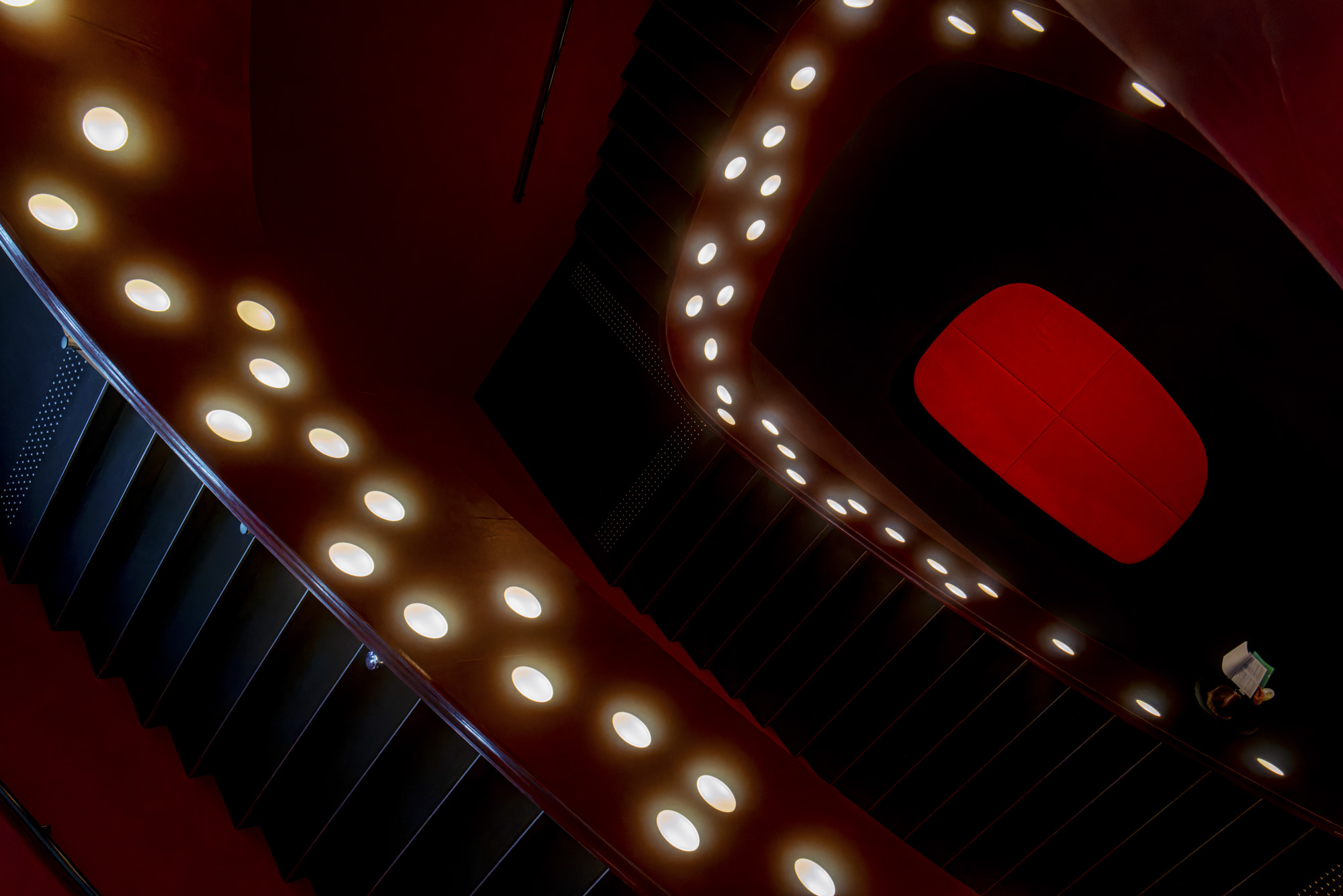
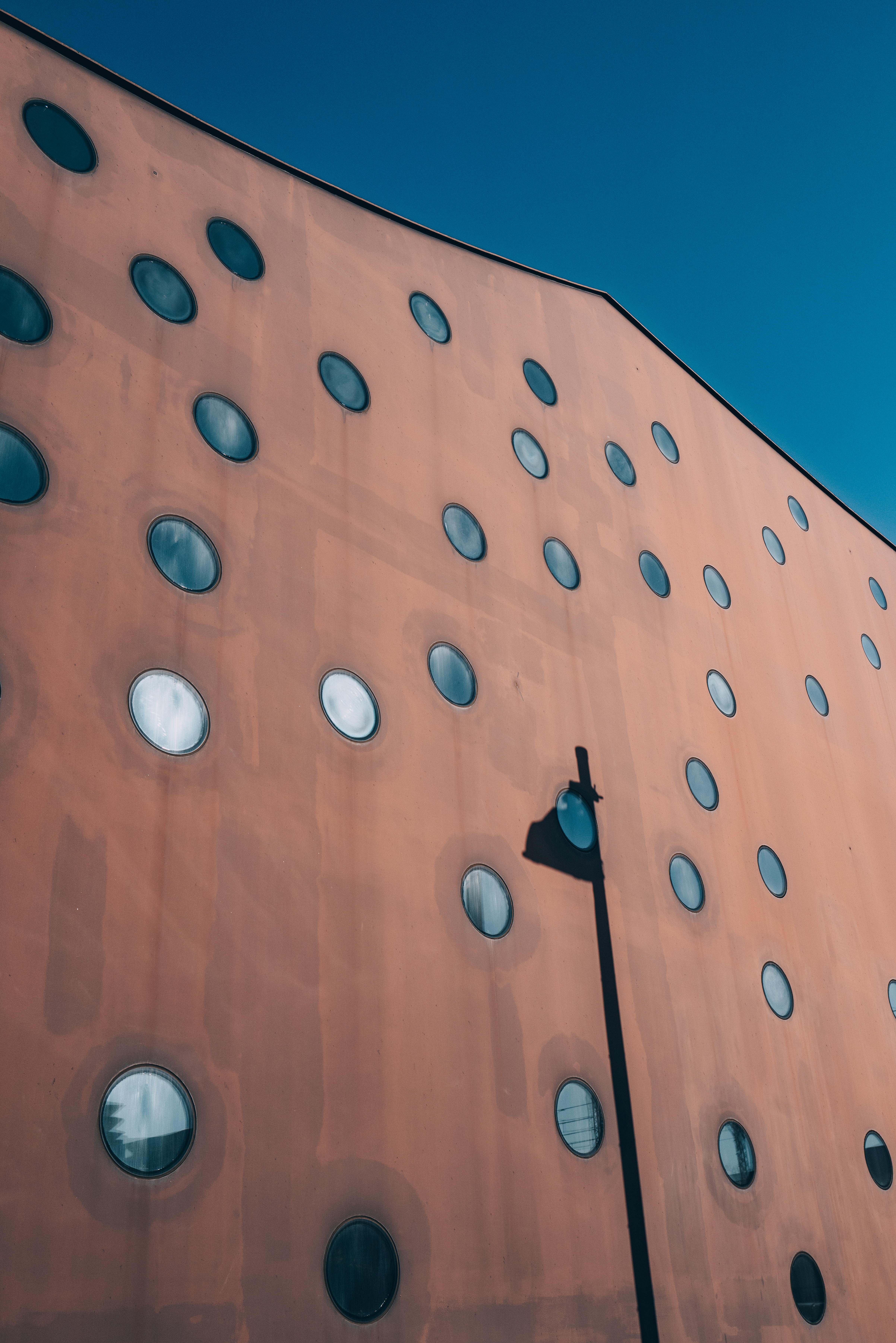
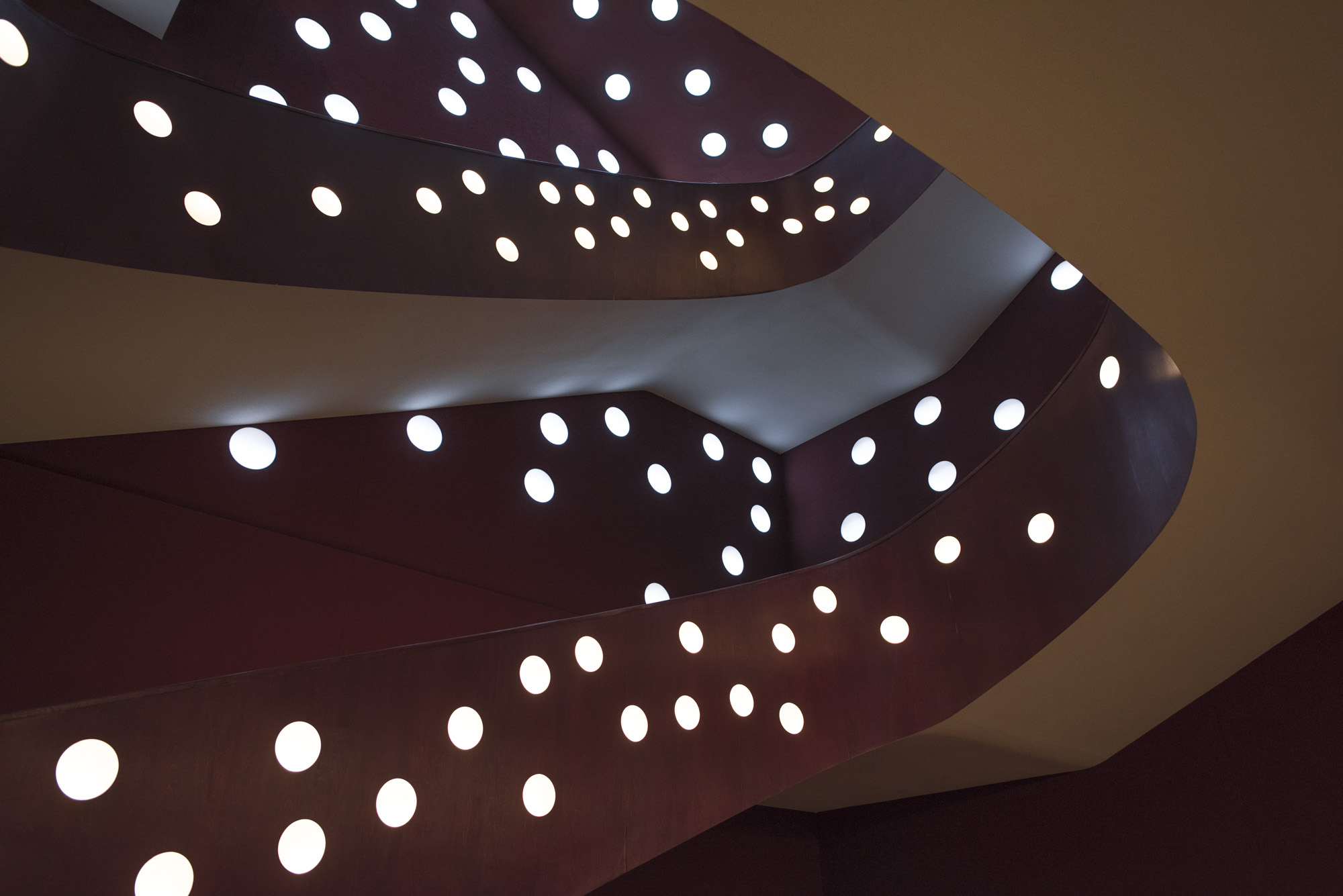


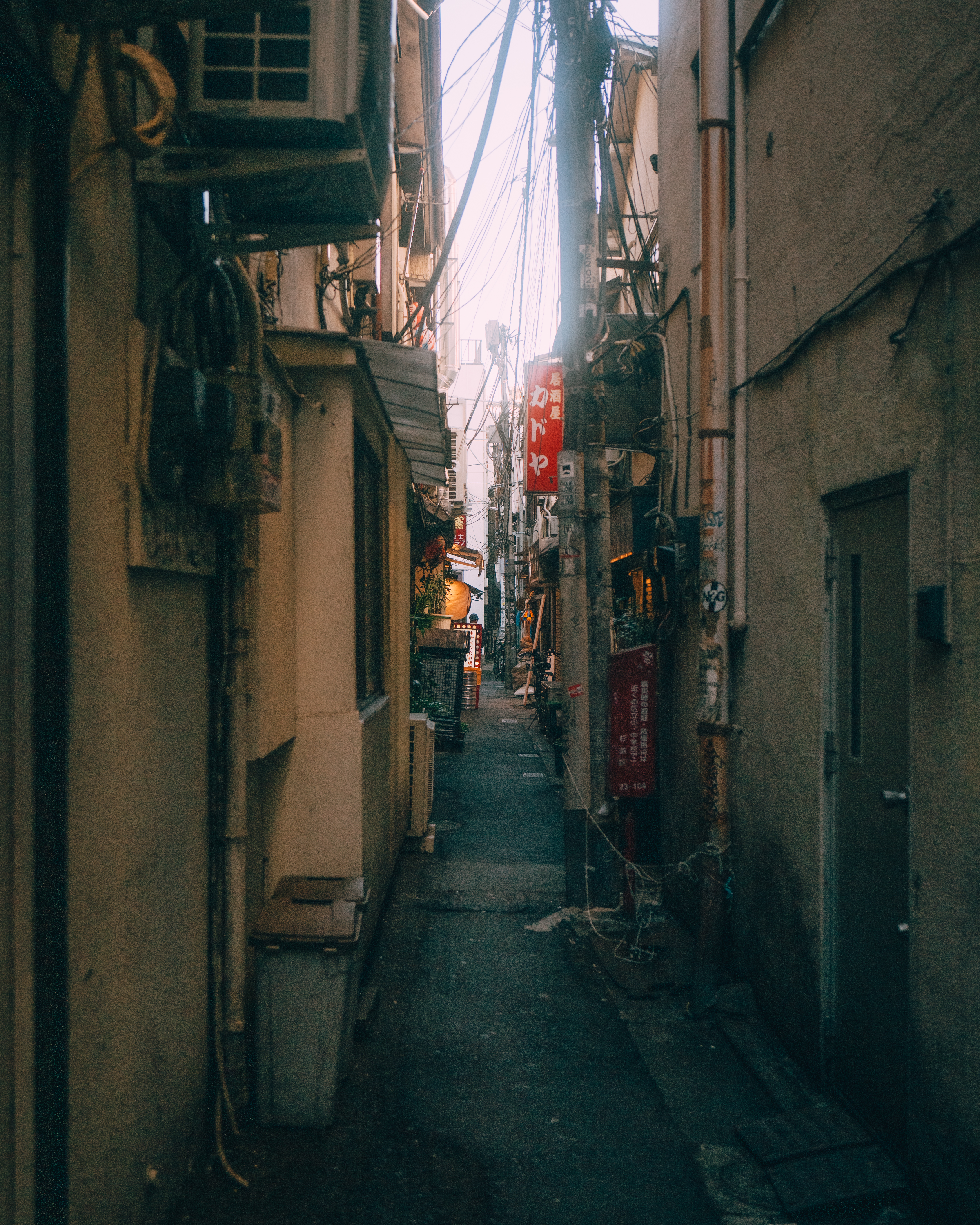
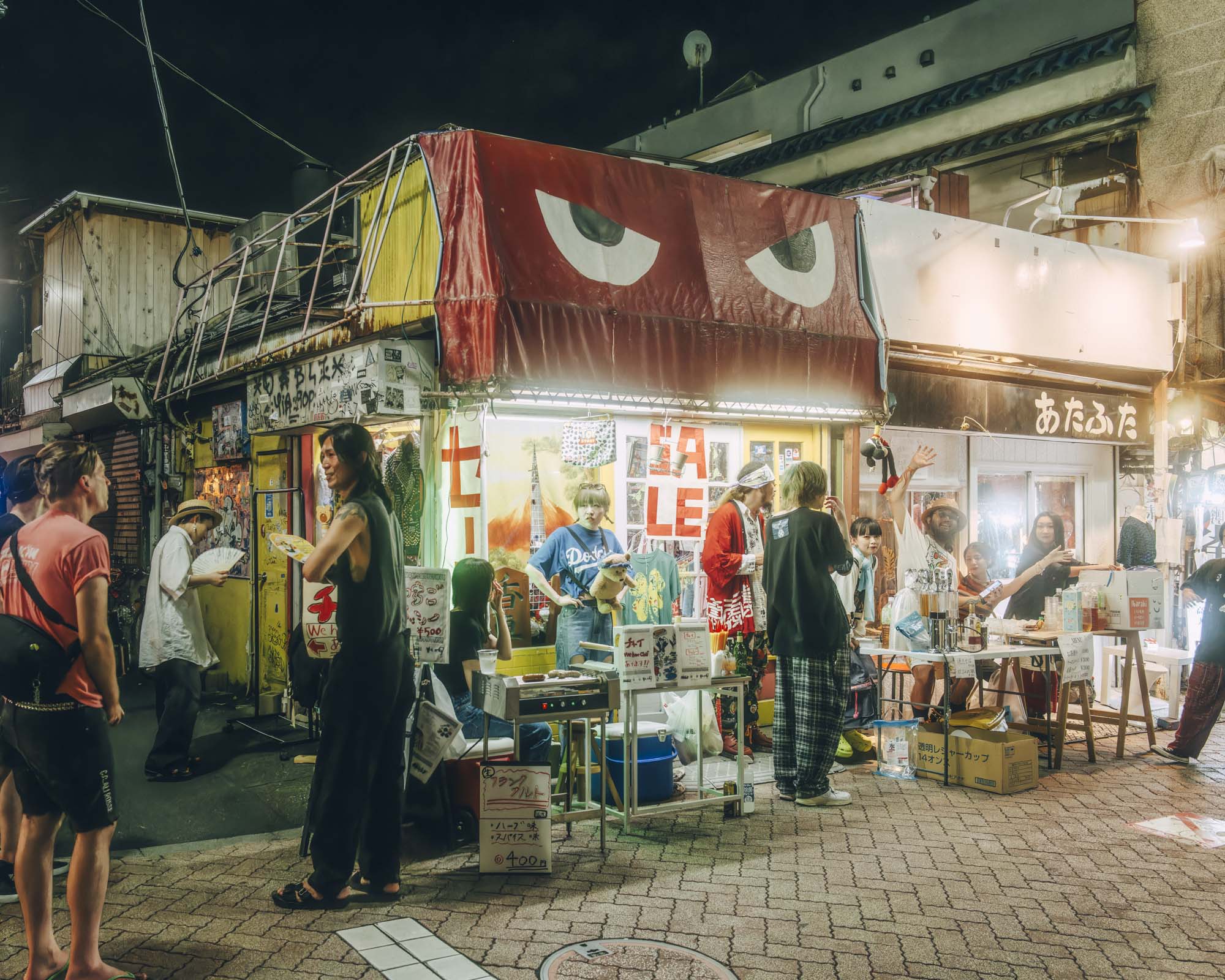

On the inside, you will find a courtyard-looking area that seems like it’s about to collapse any minute, and here you’ll find a wonderful small bar serving drinks, chai and food late into the morning hours that could exist nowhere but exactly in this neighborhood.
Kosugiyu is a locals’ favorite sento (bathhouse) located in an old house which was renovated and re-designed by Koenji’s younger creatives. If you’re not into marveling at the Mount Fuji painting on the inside while soaking your naked body with locals, then opt for the cafe and coworking space next door which is also a perfect place to relax after a day of exploring Koenji.
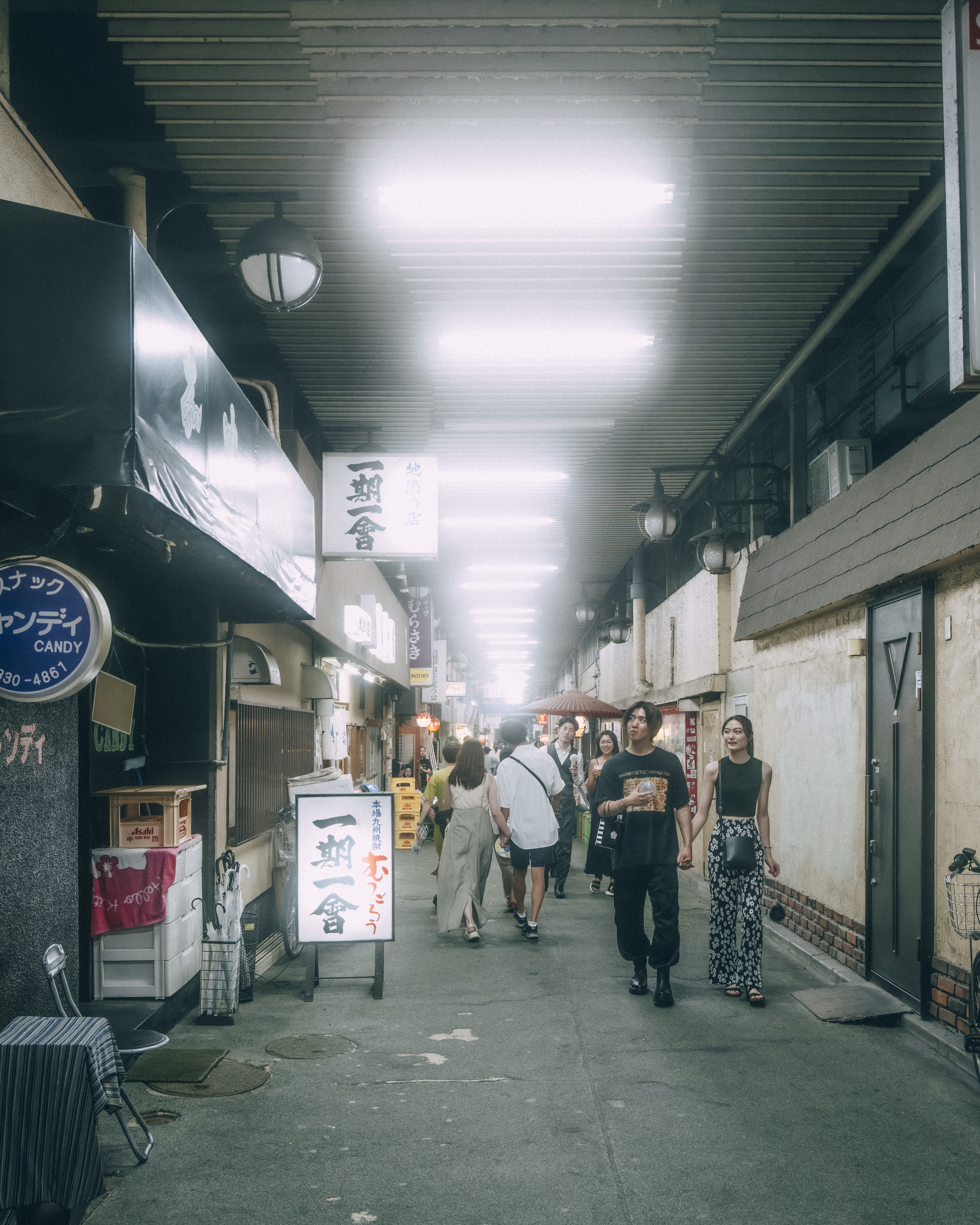

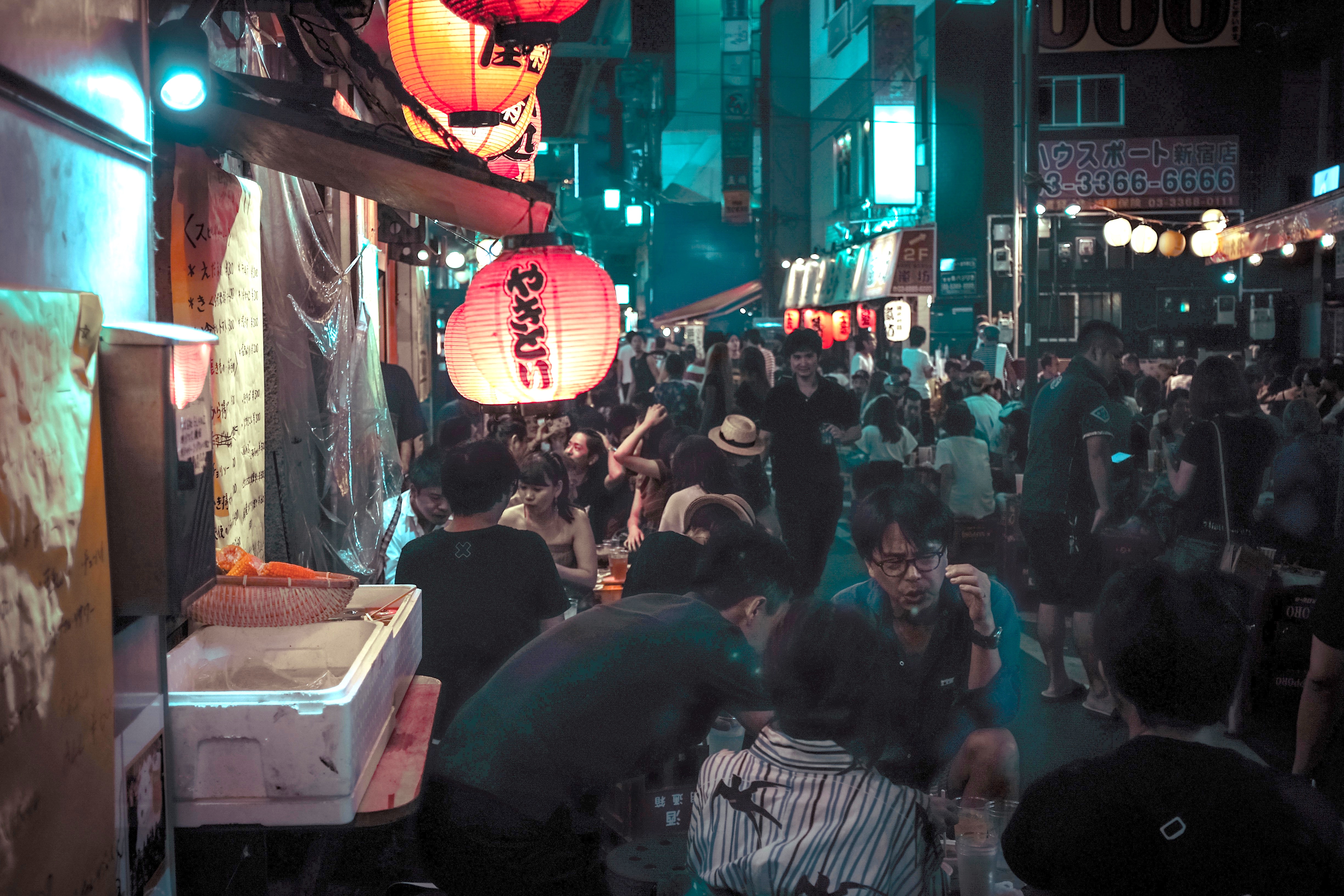
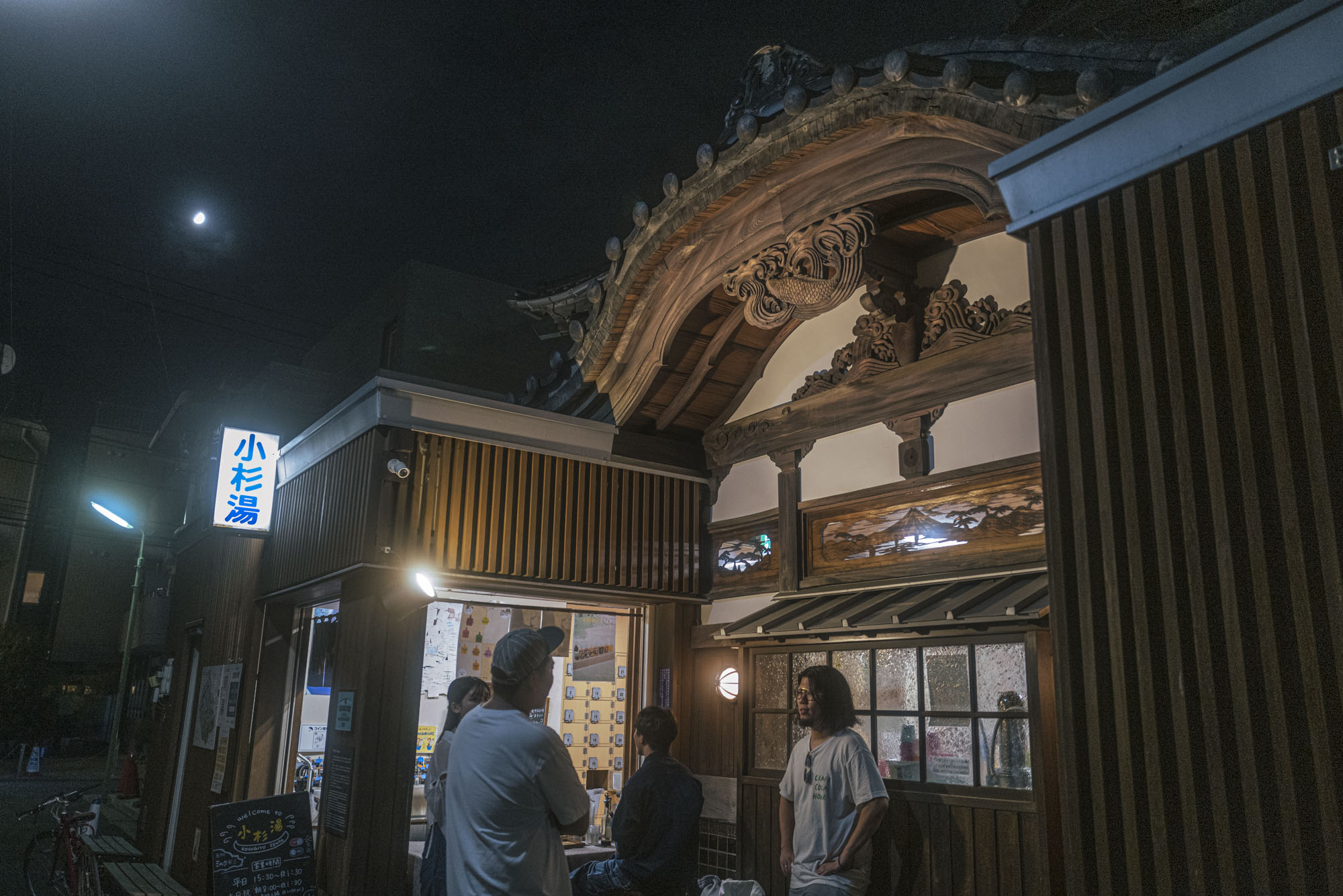
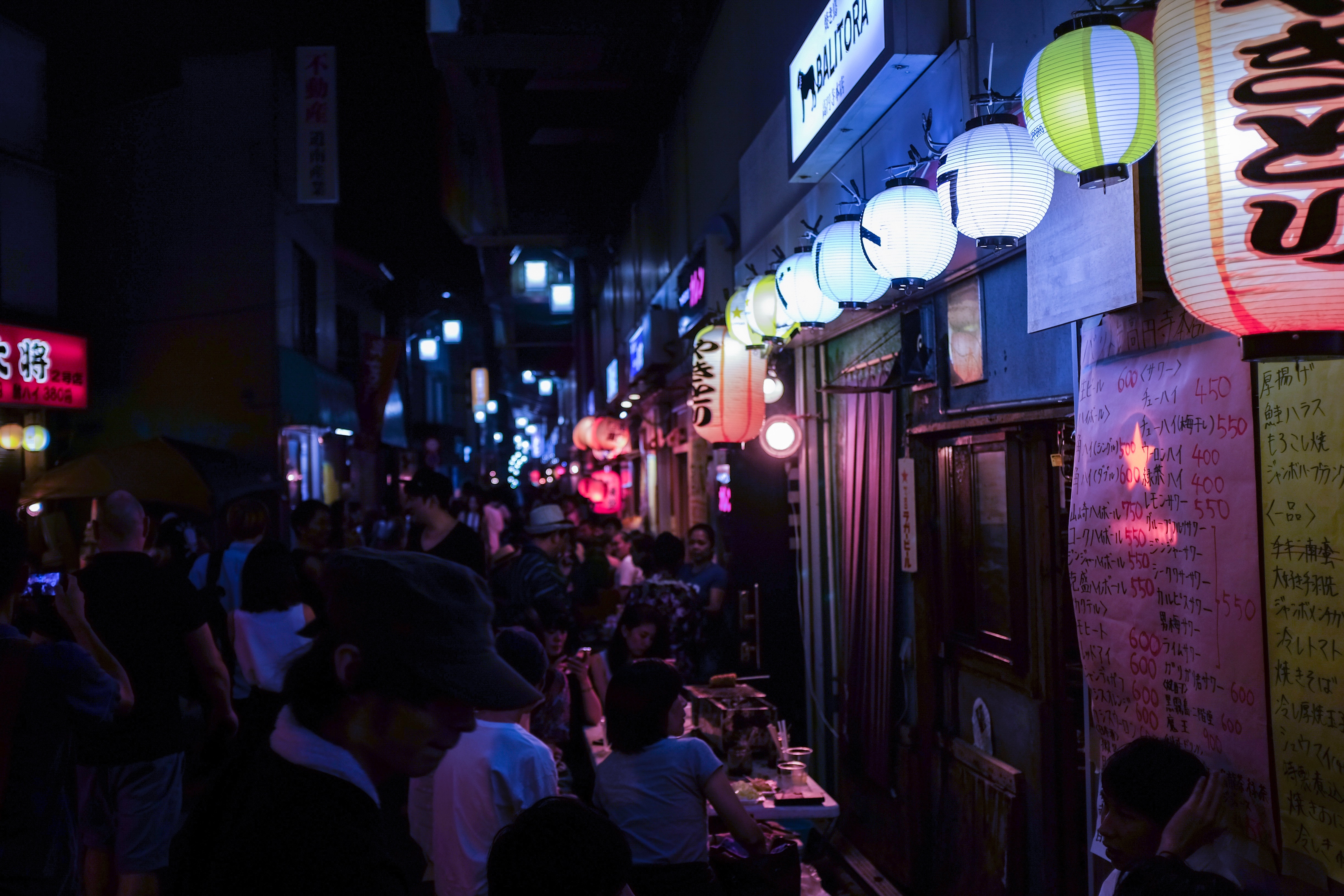
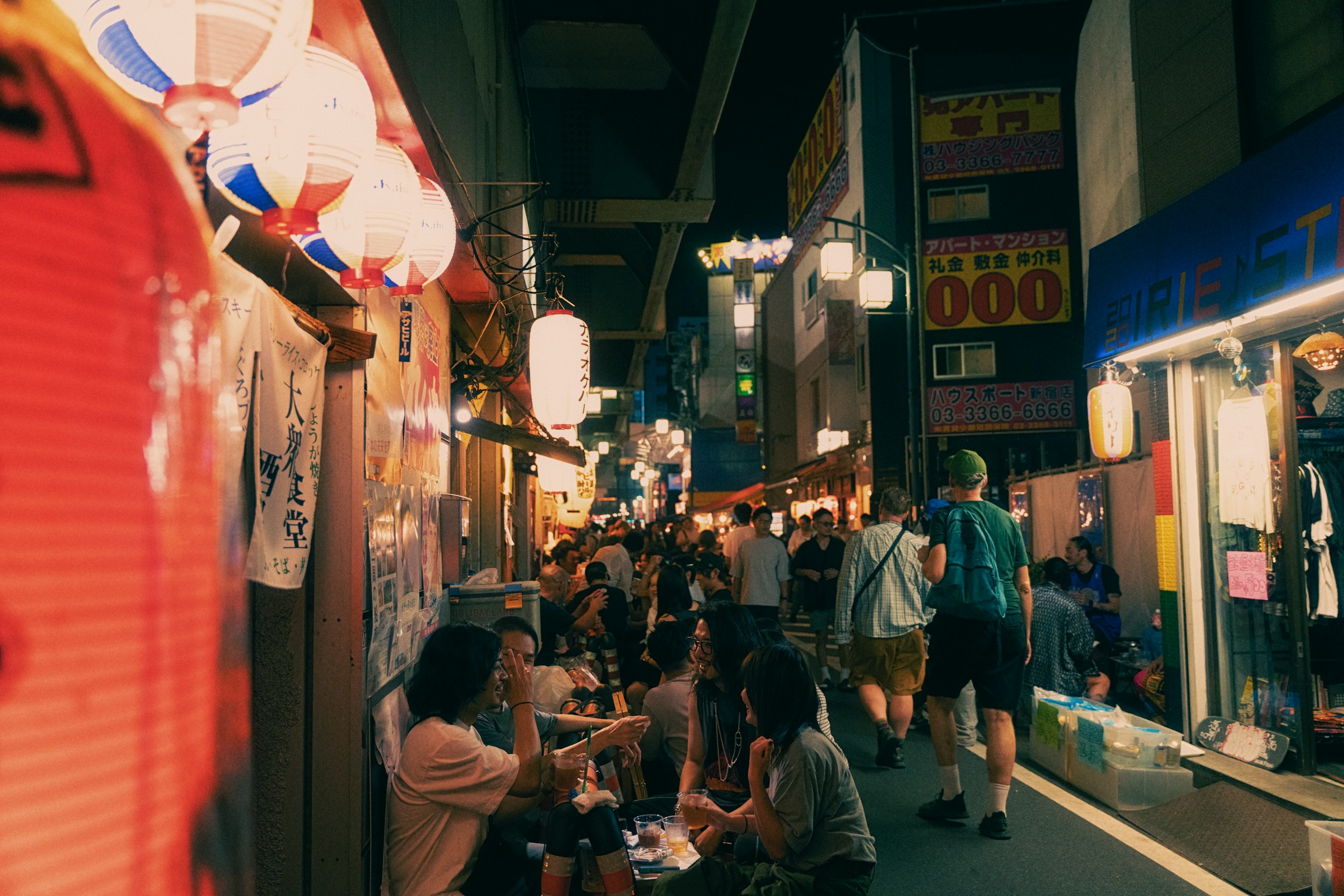
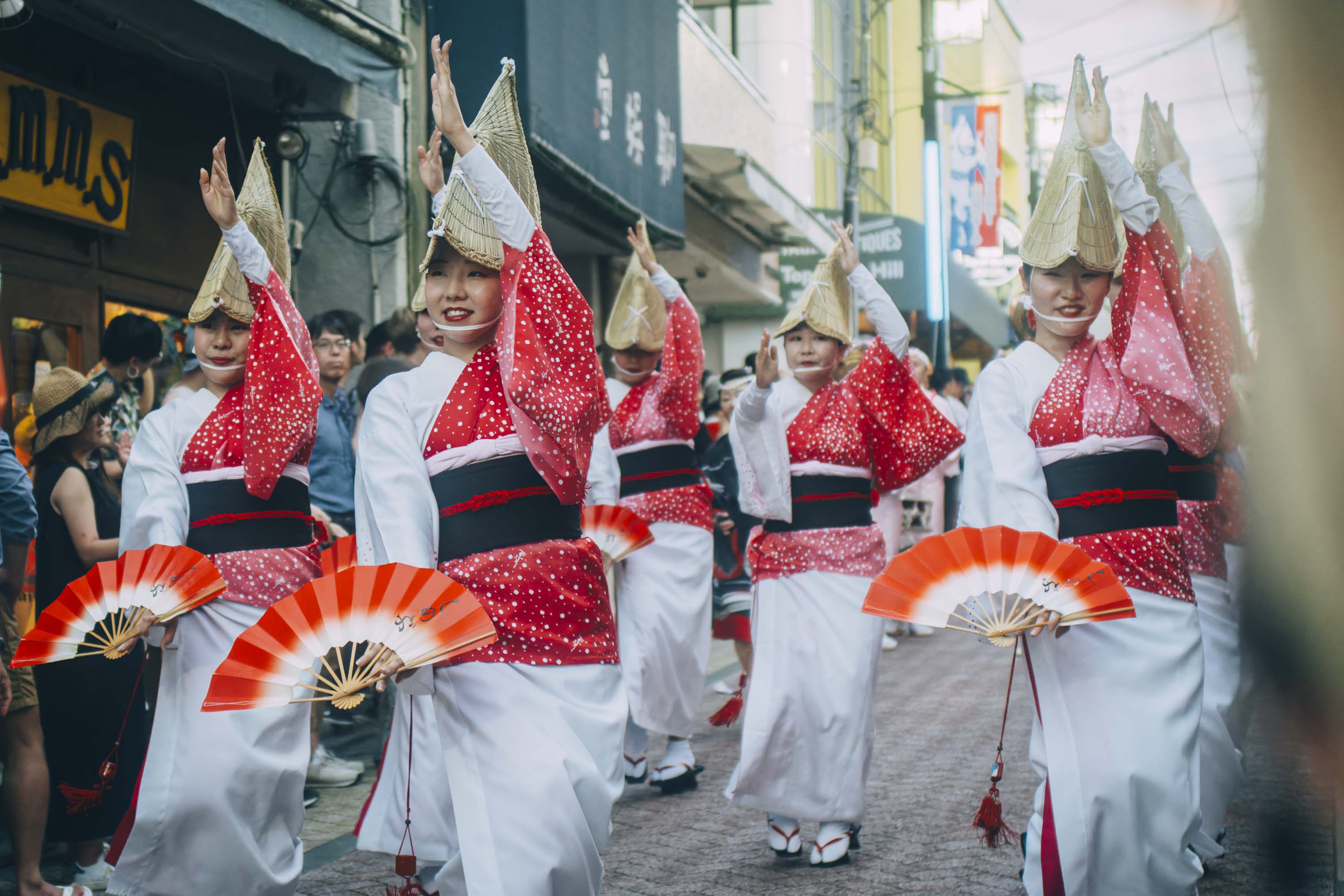
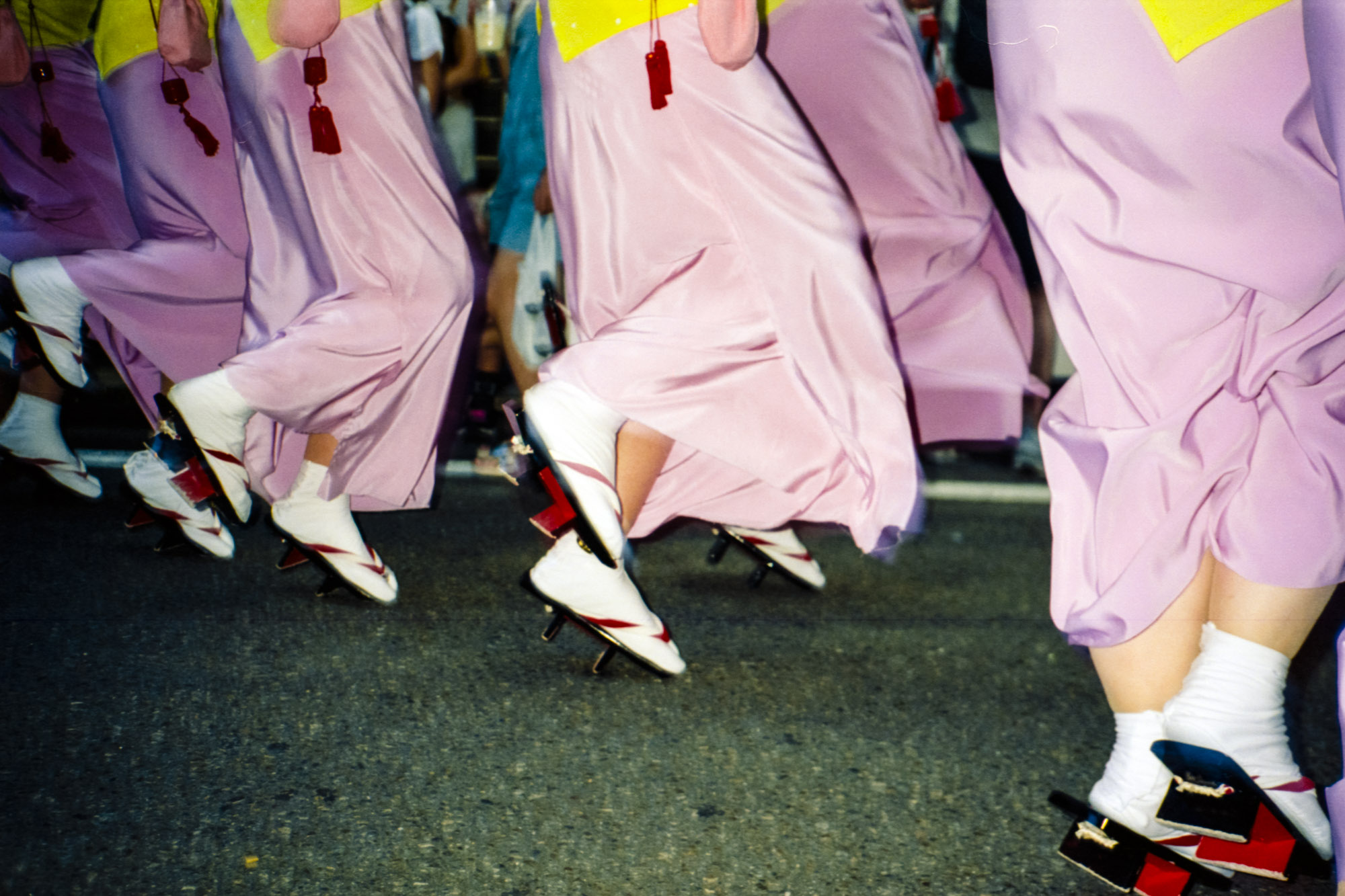
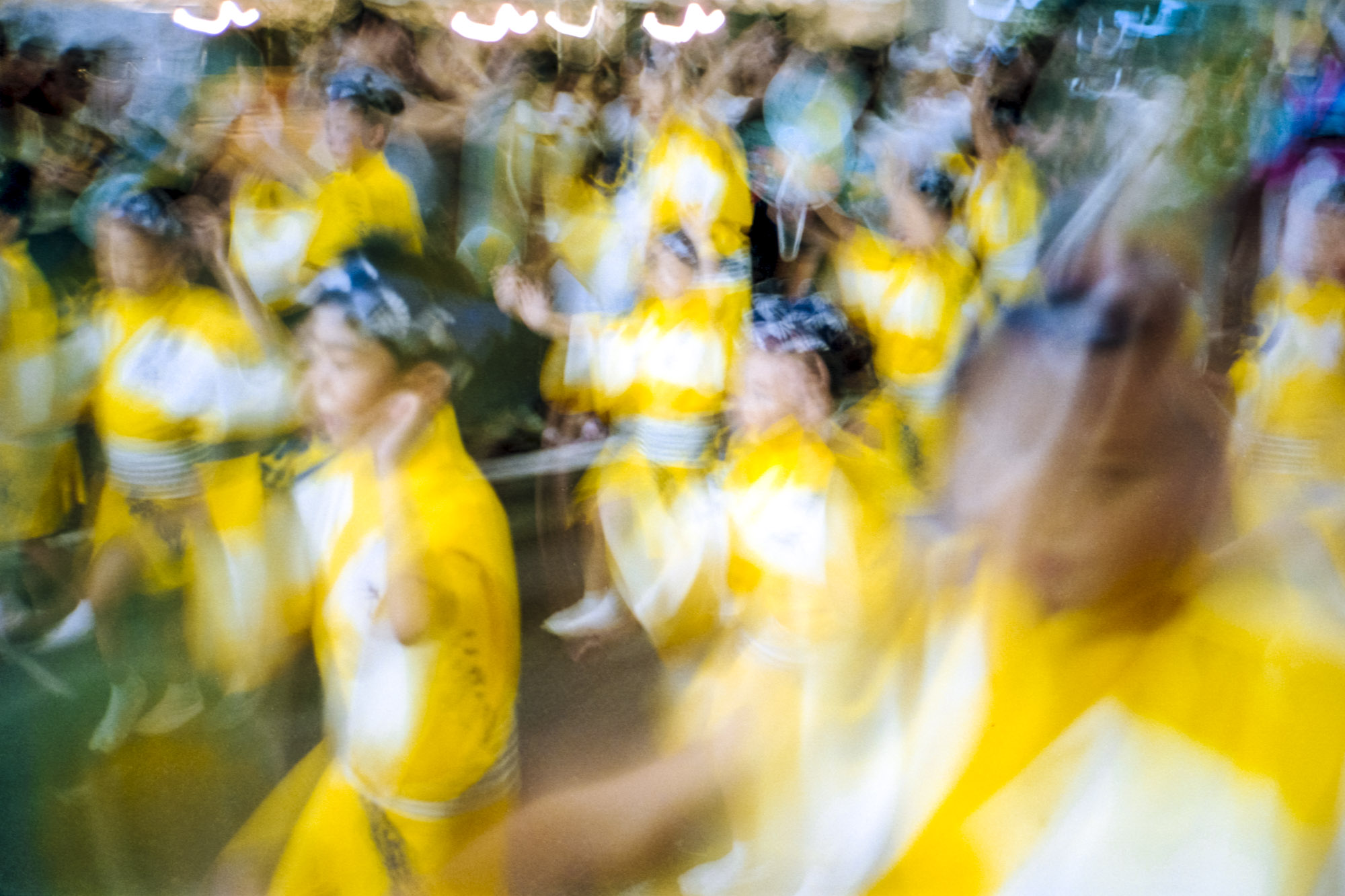
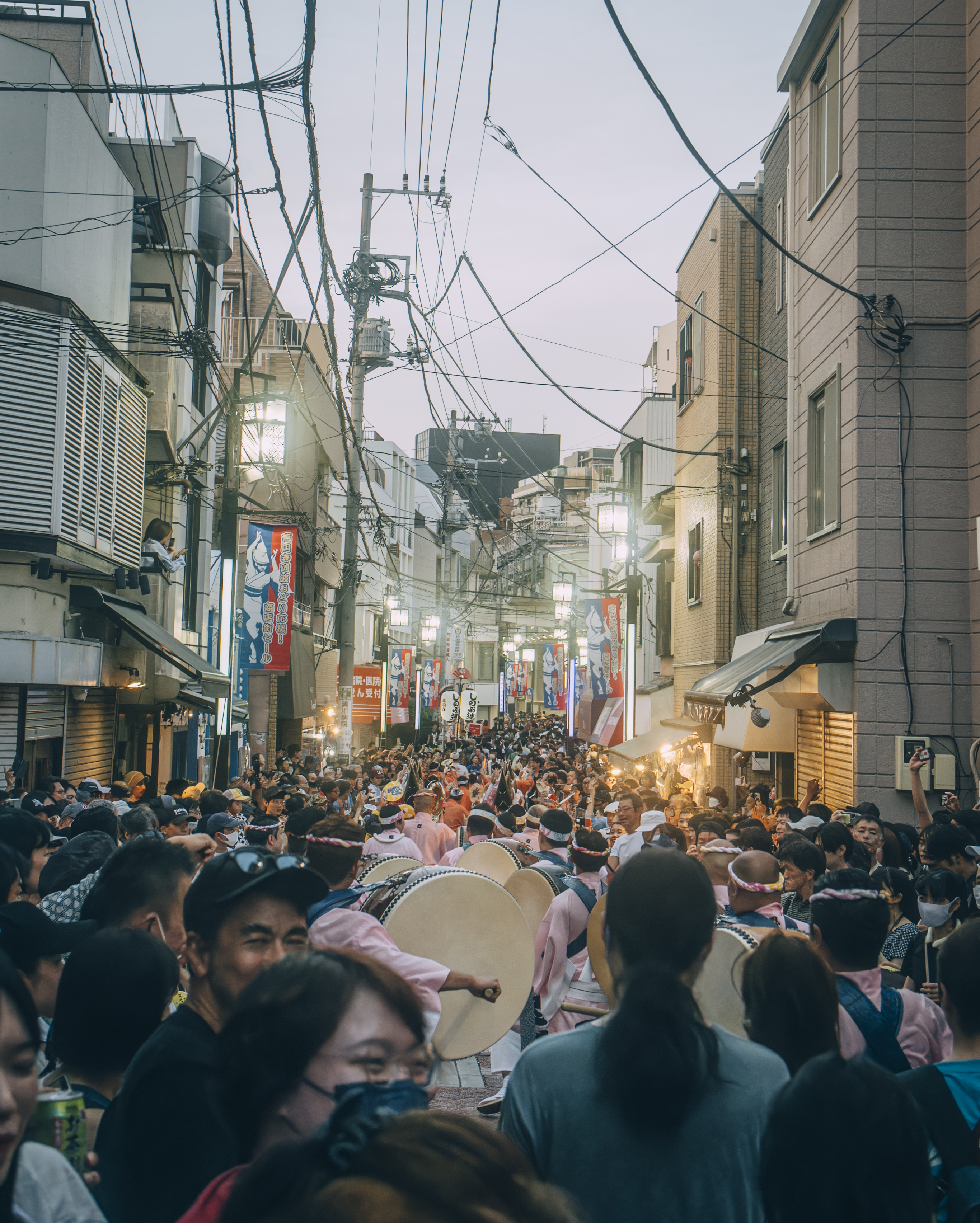
If you happen to visit in August, be sure to attend the famous Awa Odori Dance Festival which draws a crowd of over a million people who gather to marvel at the beautiful dancers and rhythmic sounds of drums well into the night.
Photos: Sybilla Patrizia and Hidekazu Tsutsui
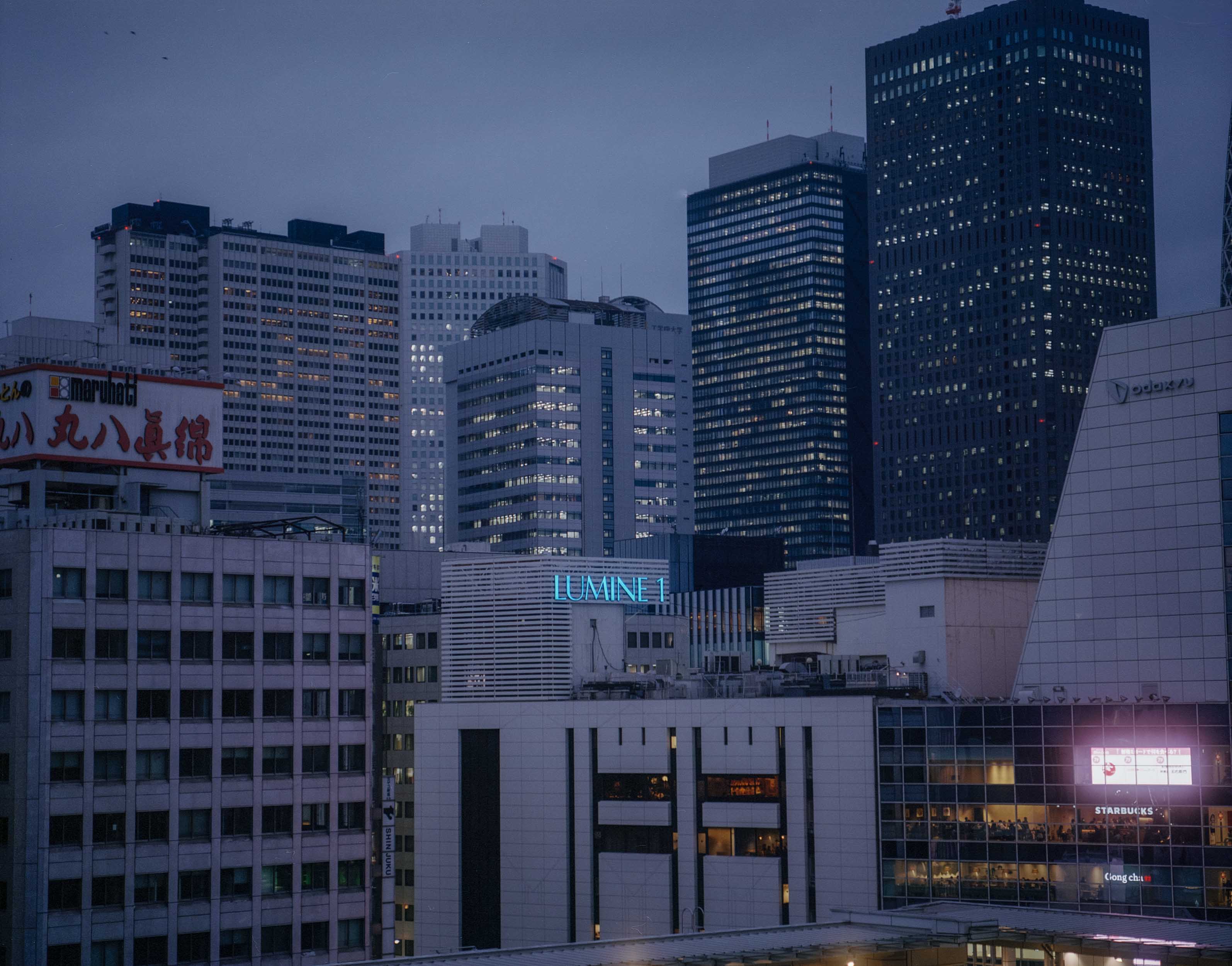
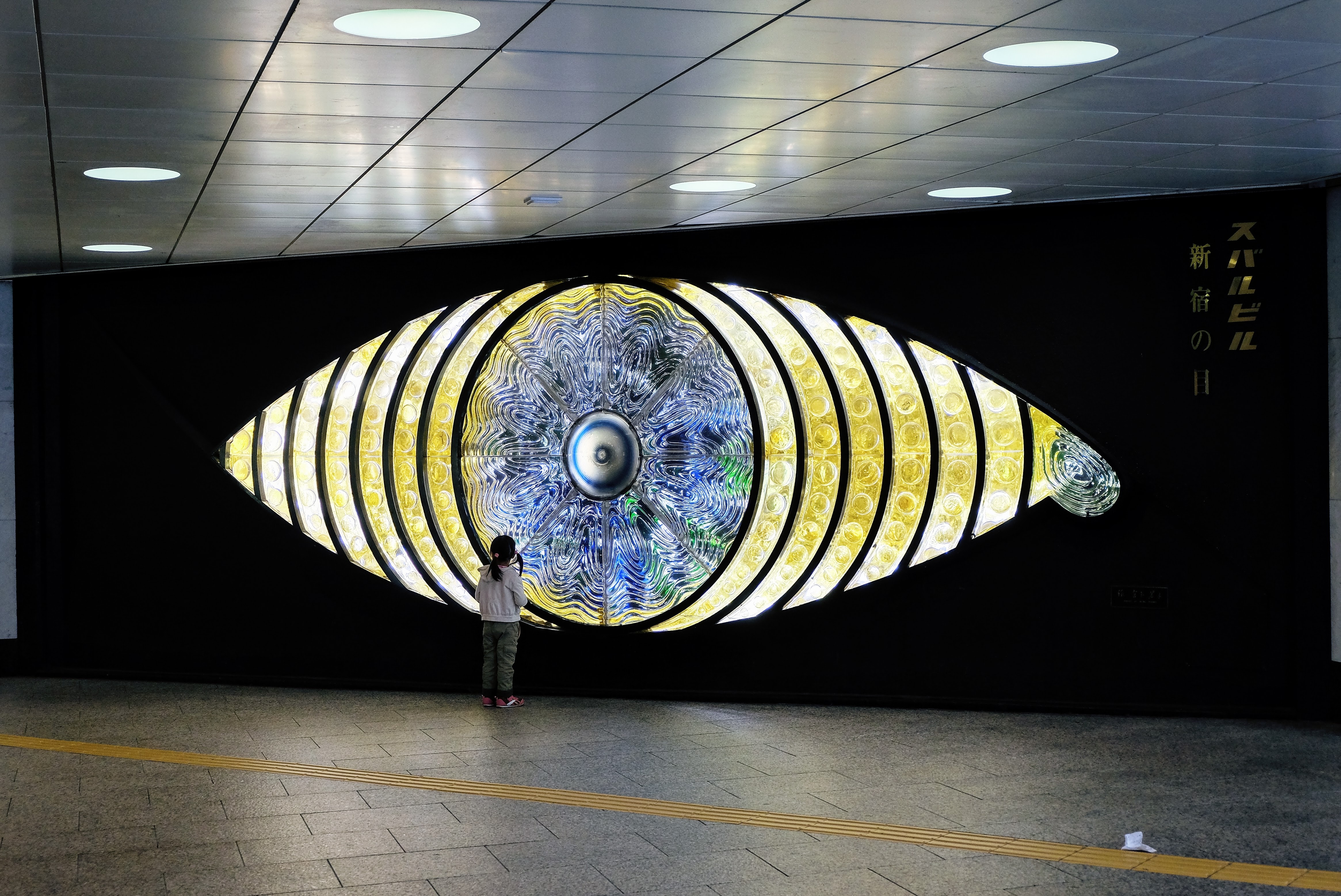
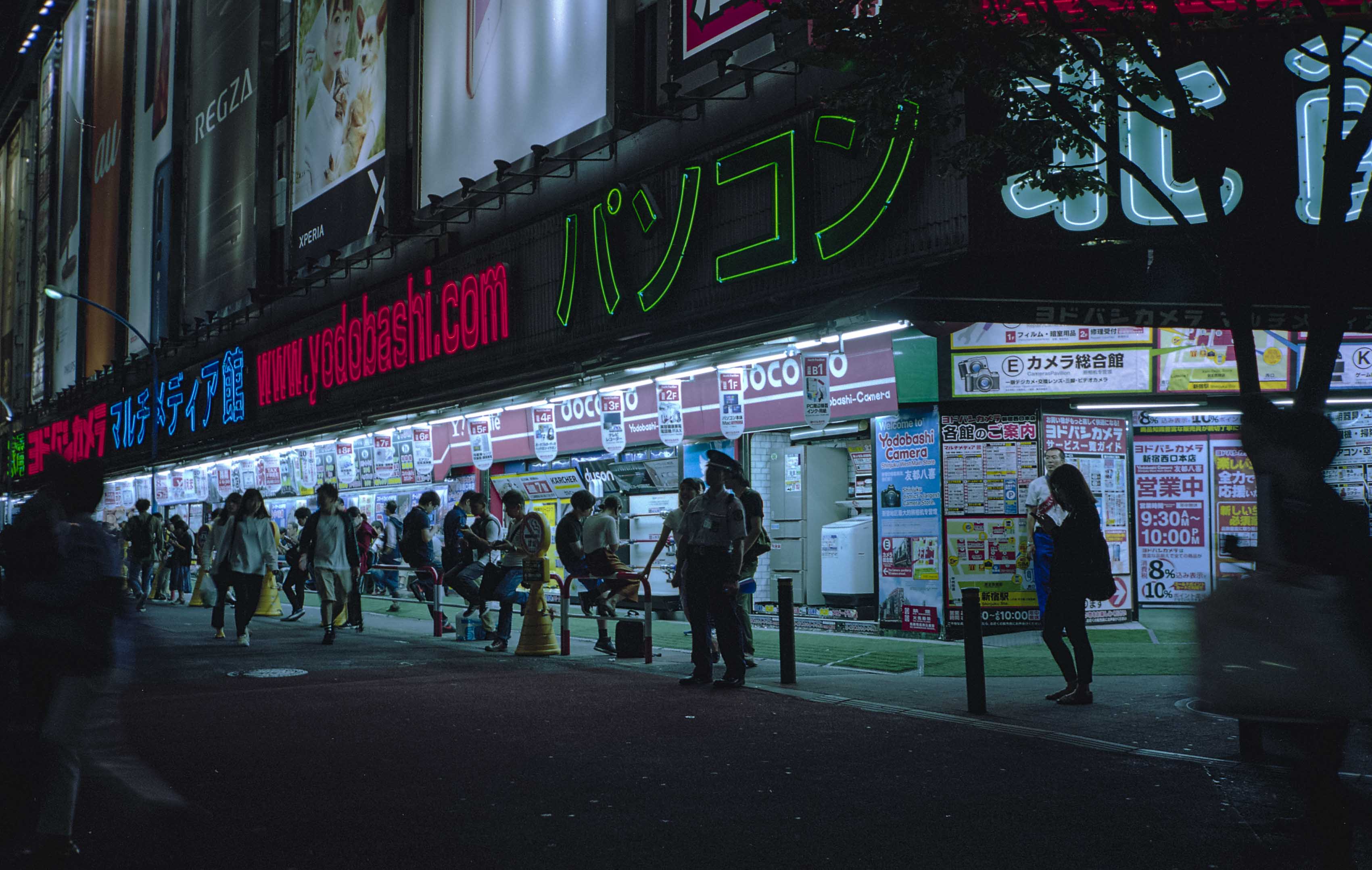
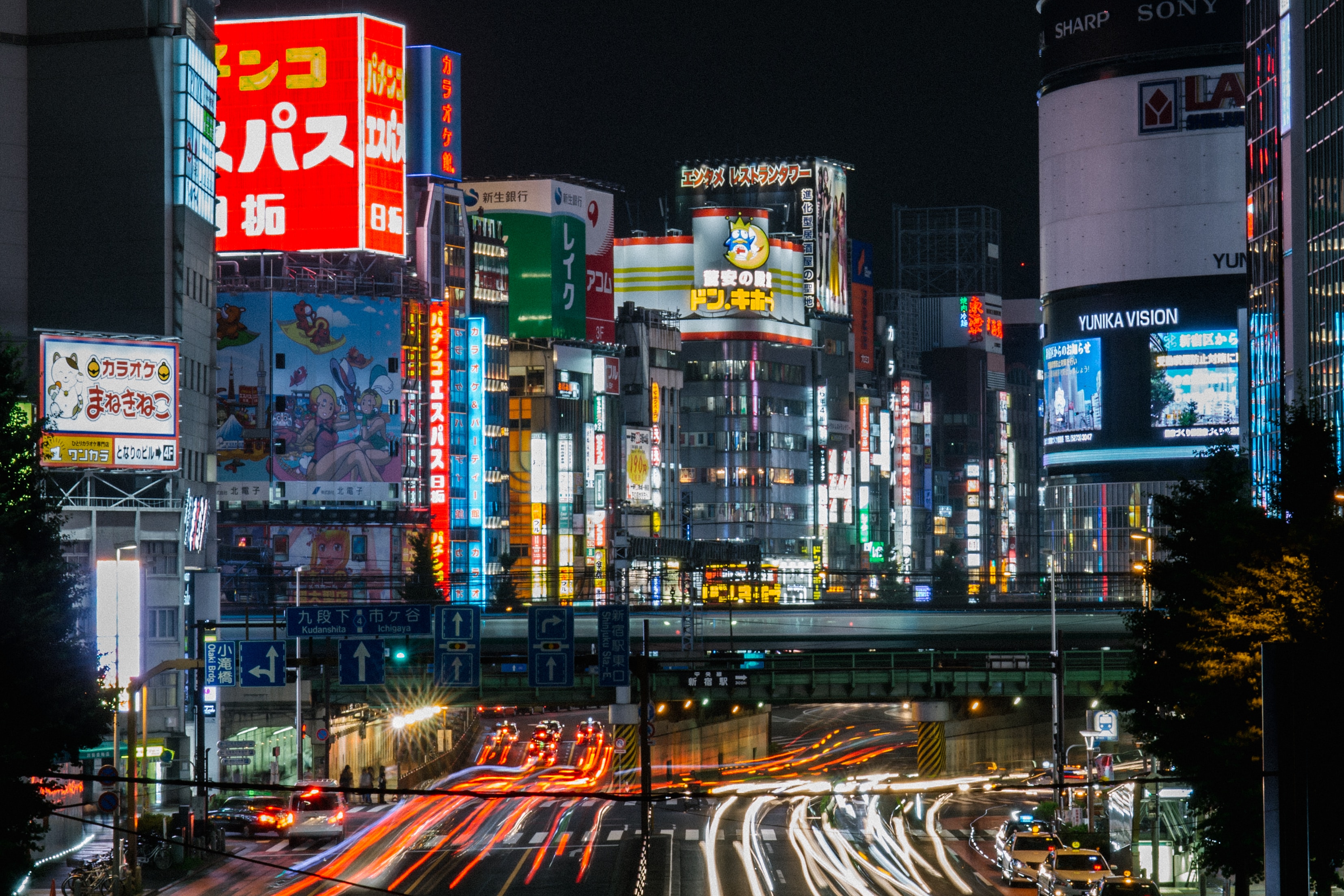

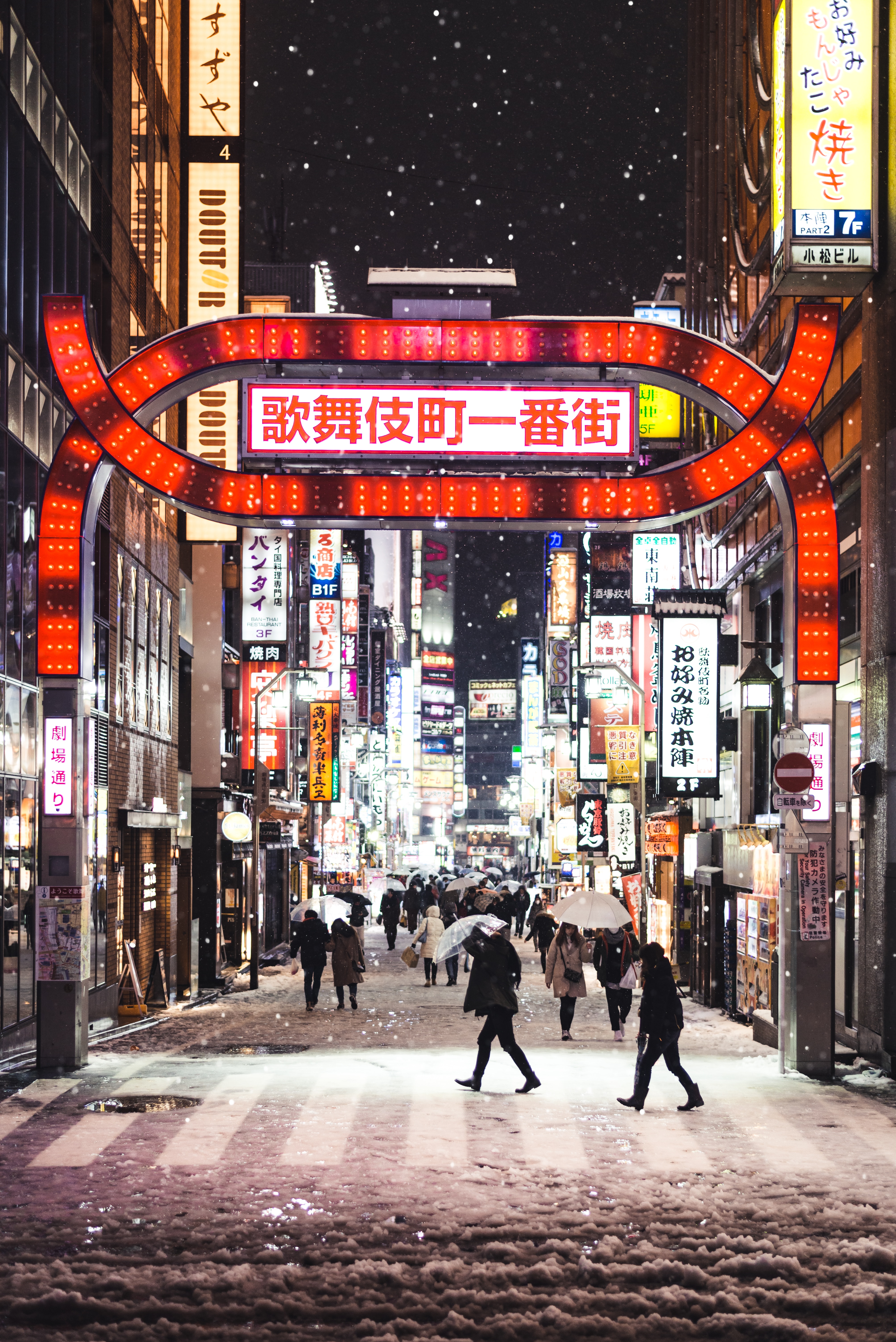
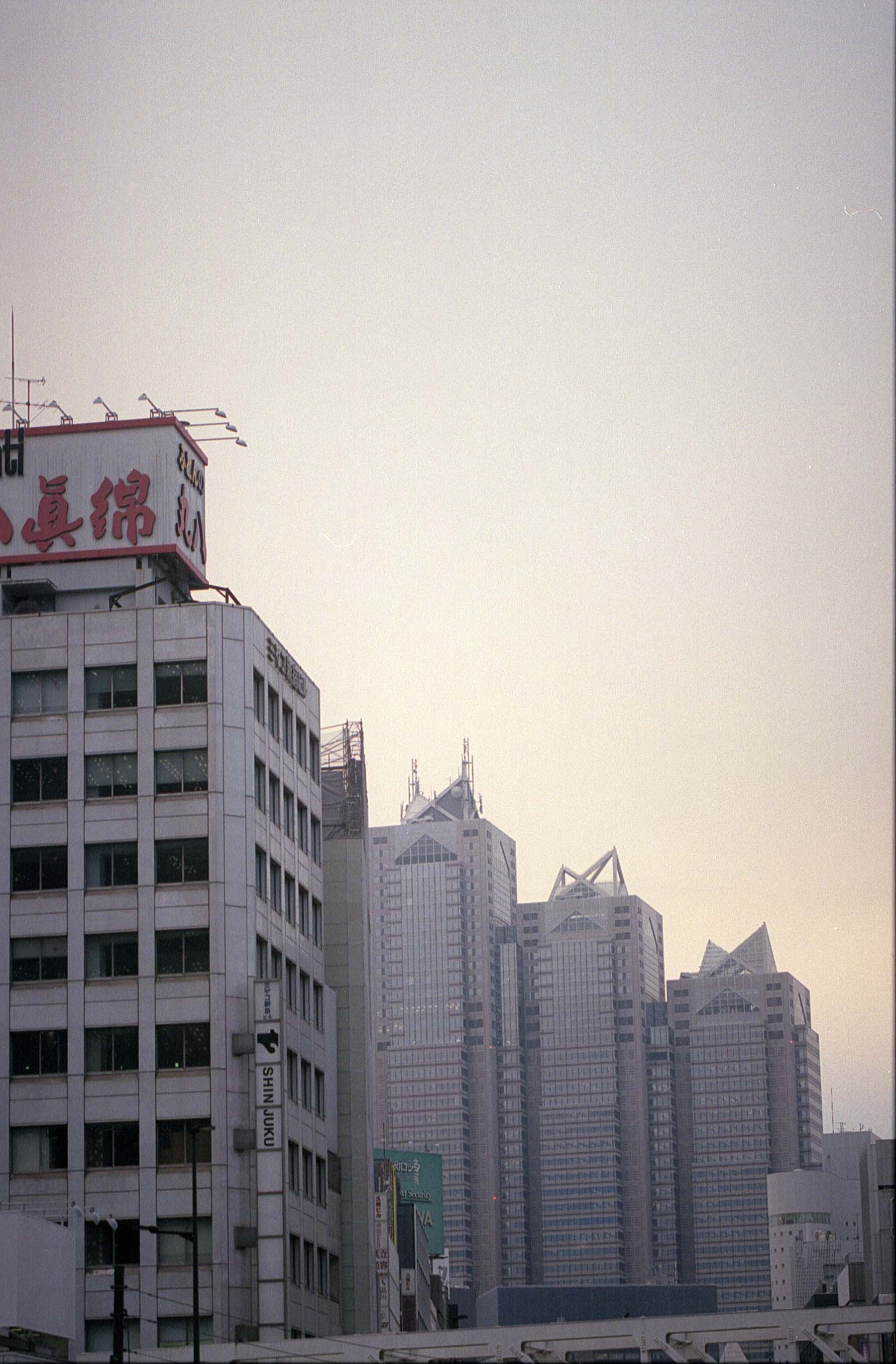
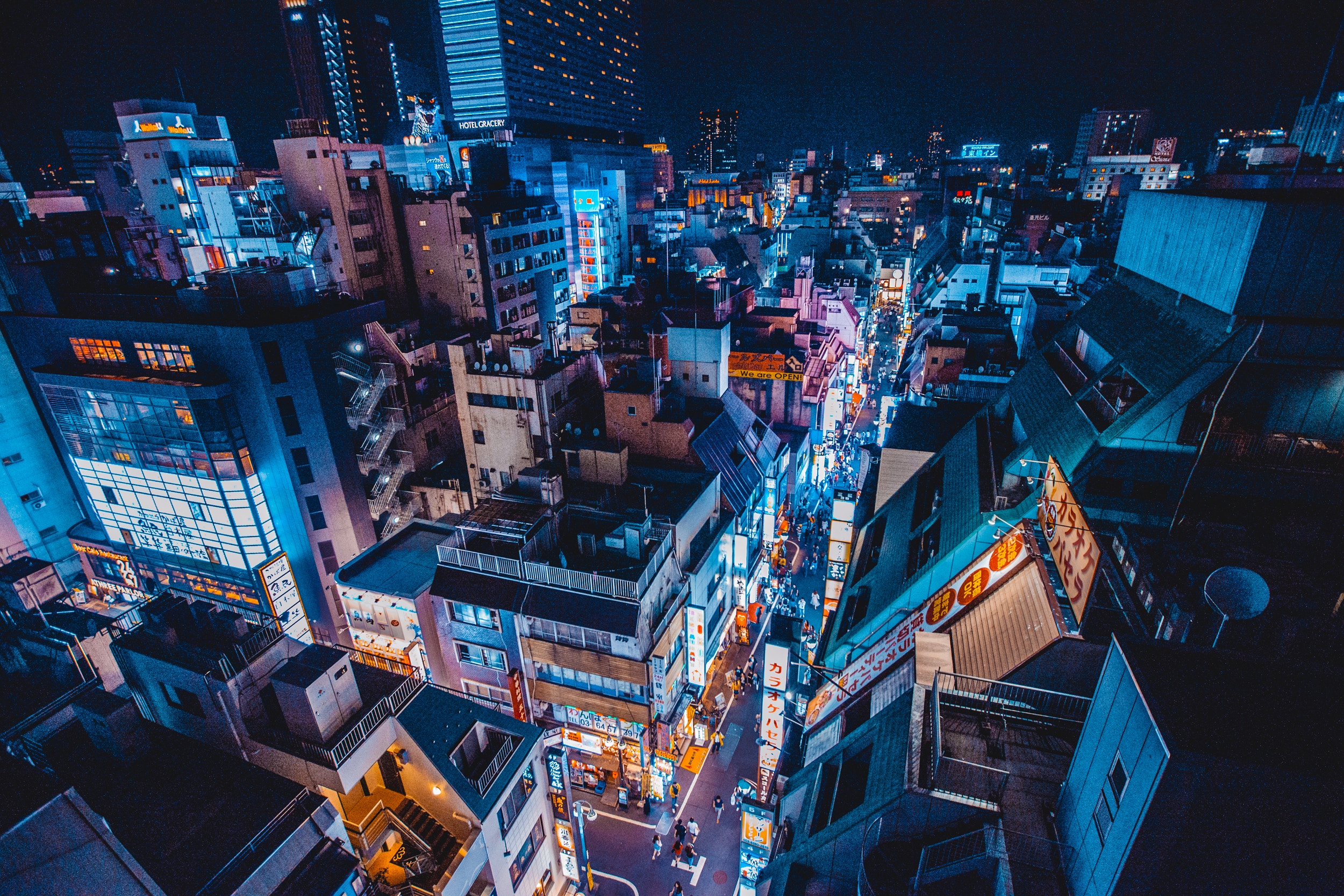
As with many things, the best way to experience Shinjuku is from above.
At the Tokyo Metropolitan Government Building Observatories on the West Side of Shinjuku Station, you can get some of the most stunning (and most importantly free) views of Tokyo up until 10:30pm at night (North Observation Deck) and, if you are lucky, you might even catch the majestic outline of Mount Fuji if you are visiting on a clear day during the cold season.
While many of the shops and restaurants in the Kabukicho area and the Shinjuku Sanchome Shopping District are open throught the day as well, it is only at night when this part of Tokyo really comes alive and the streets of eastern Shinjuku get flooded with the lights of shrill LED.
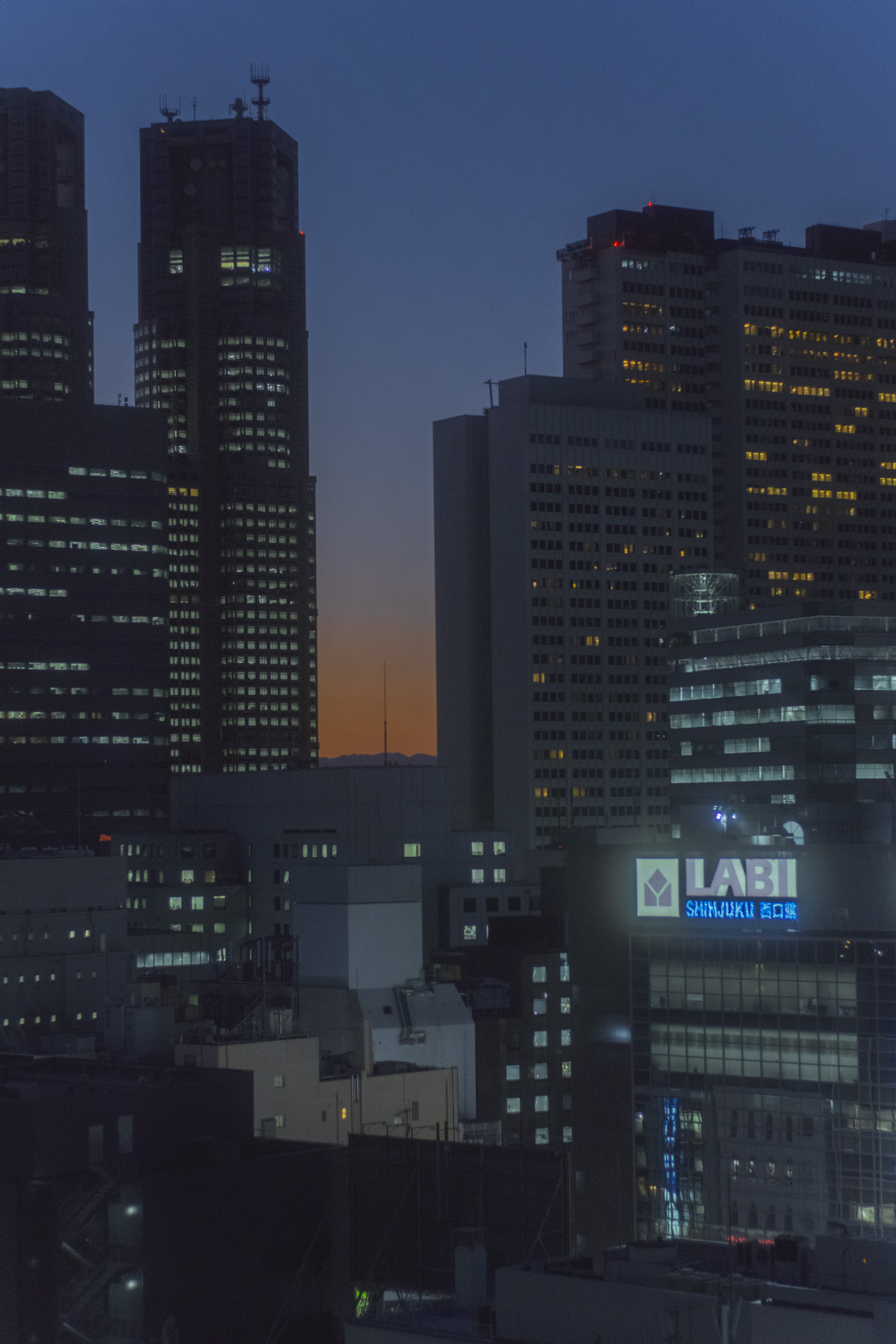
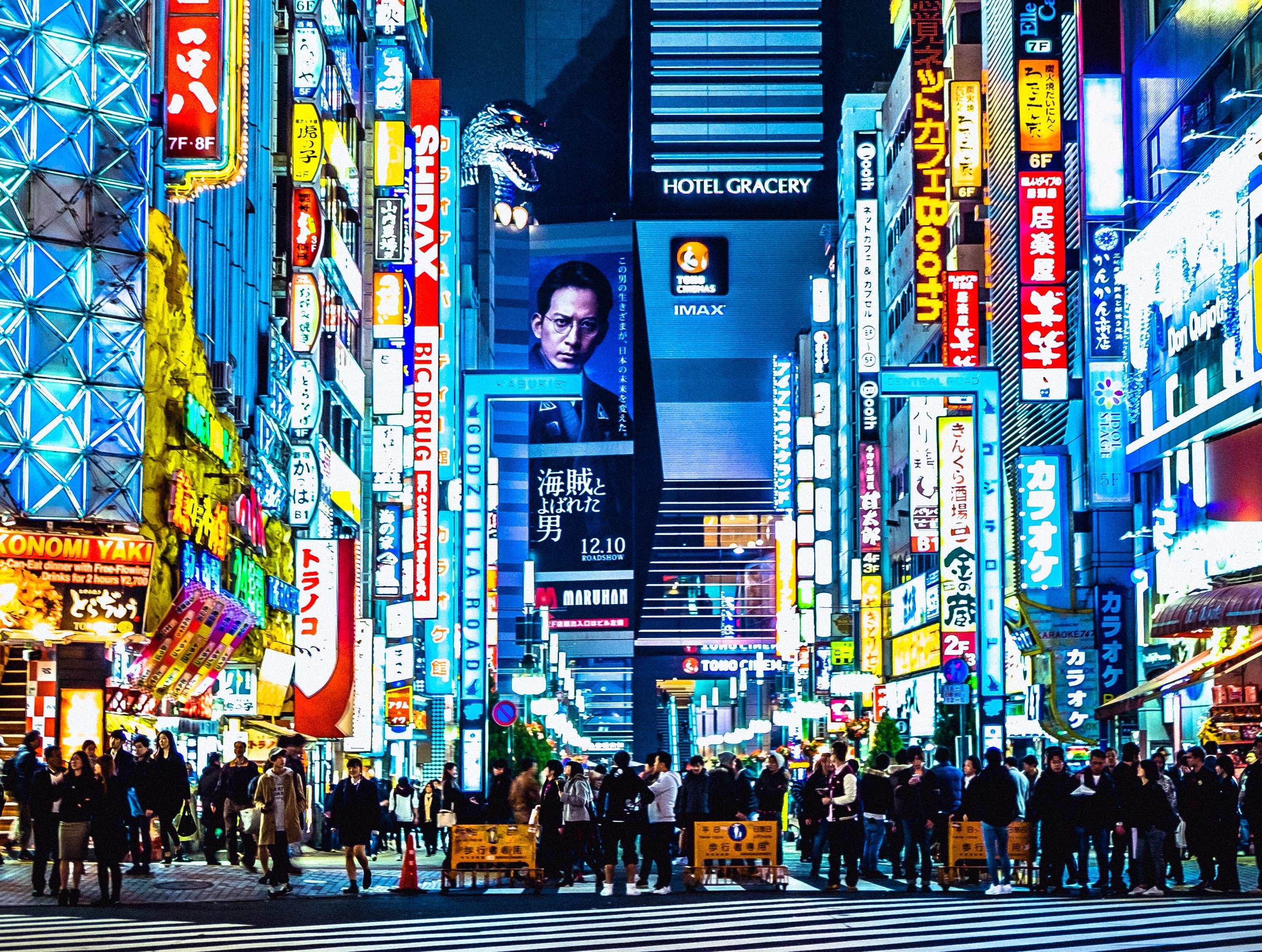
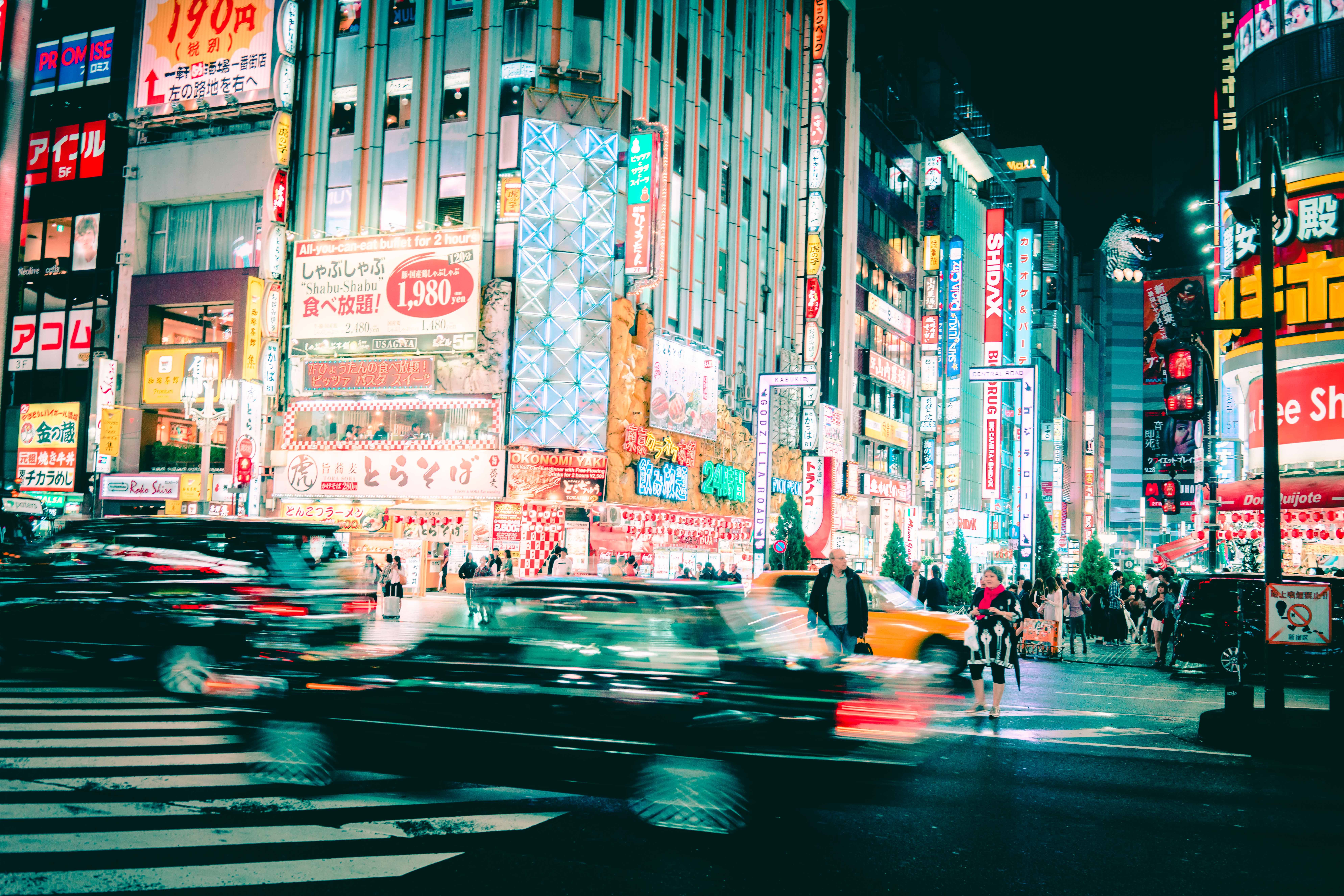
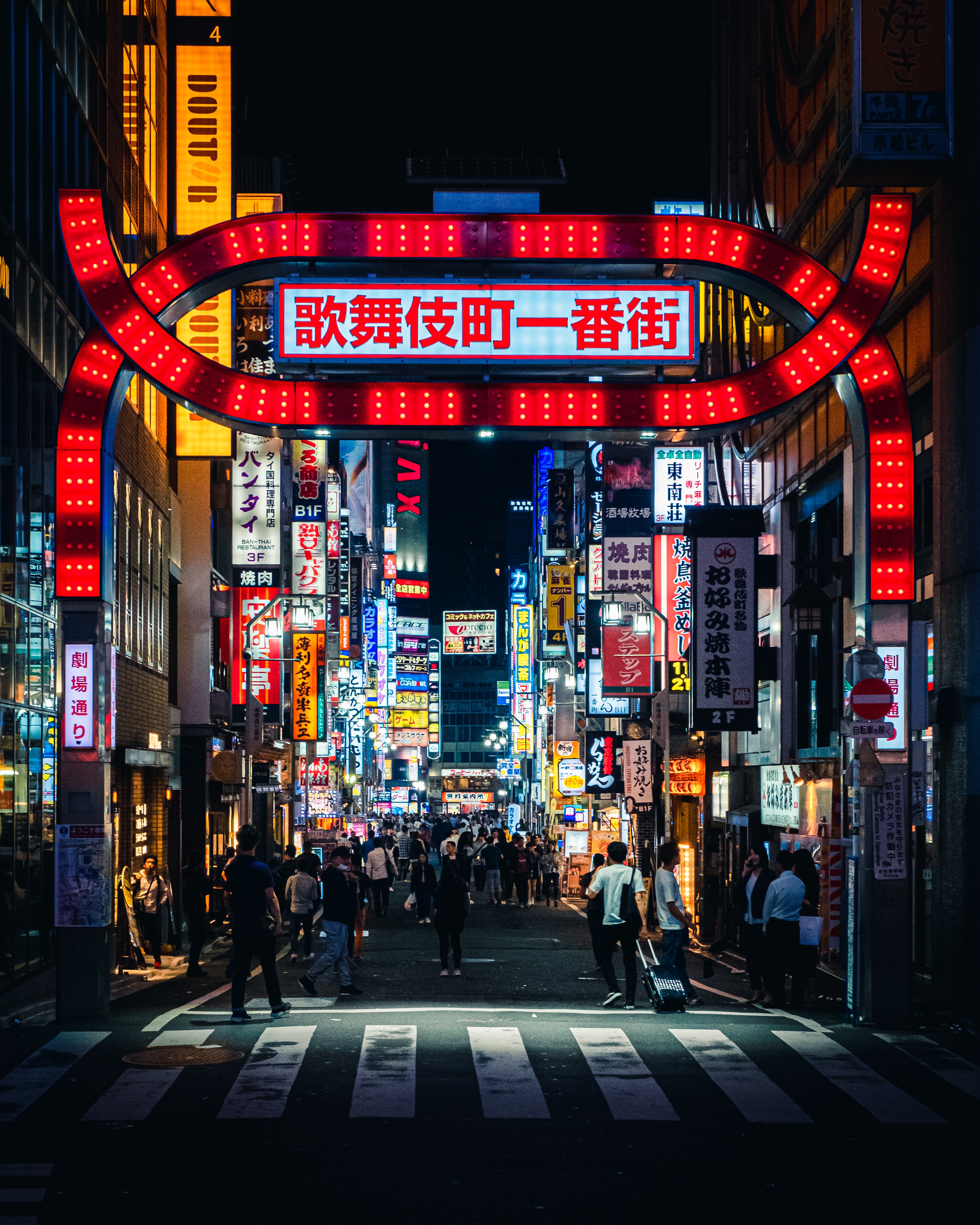
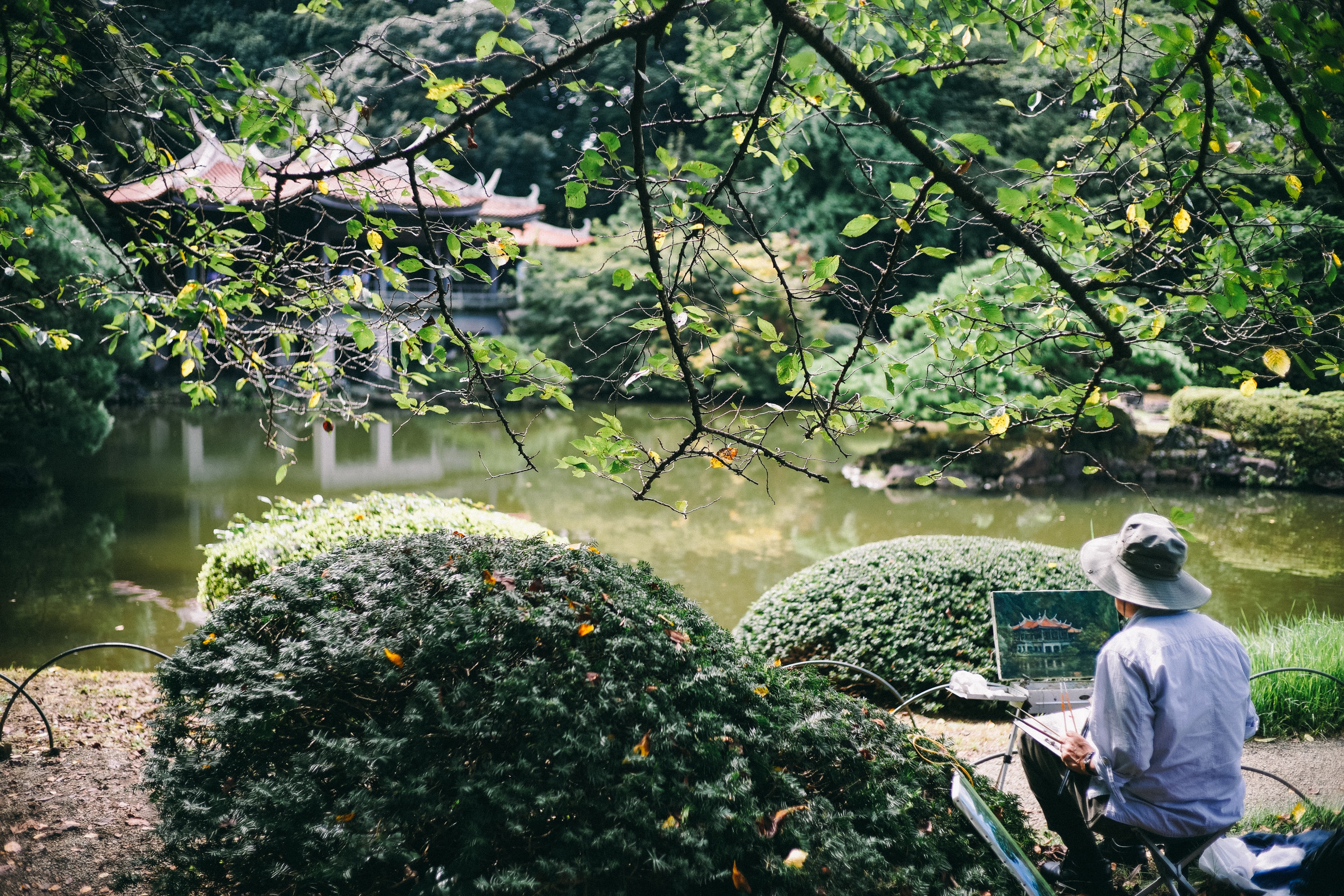

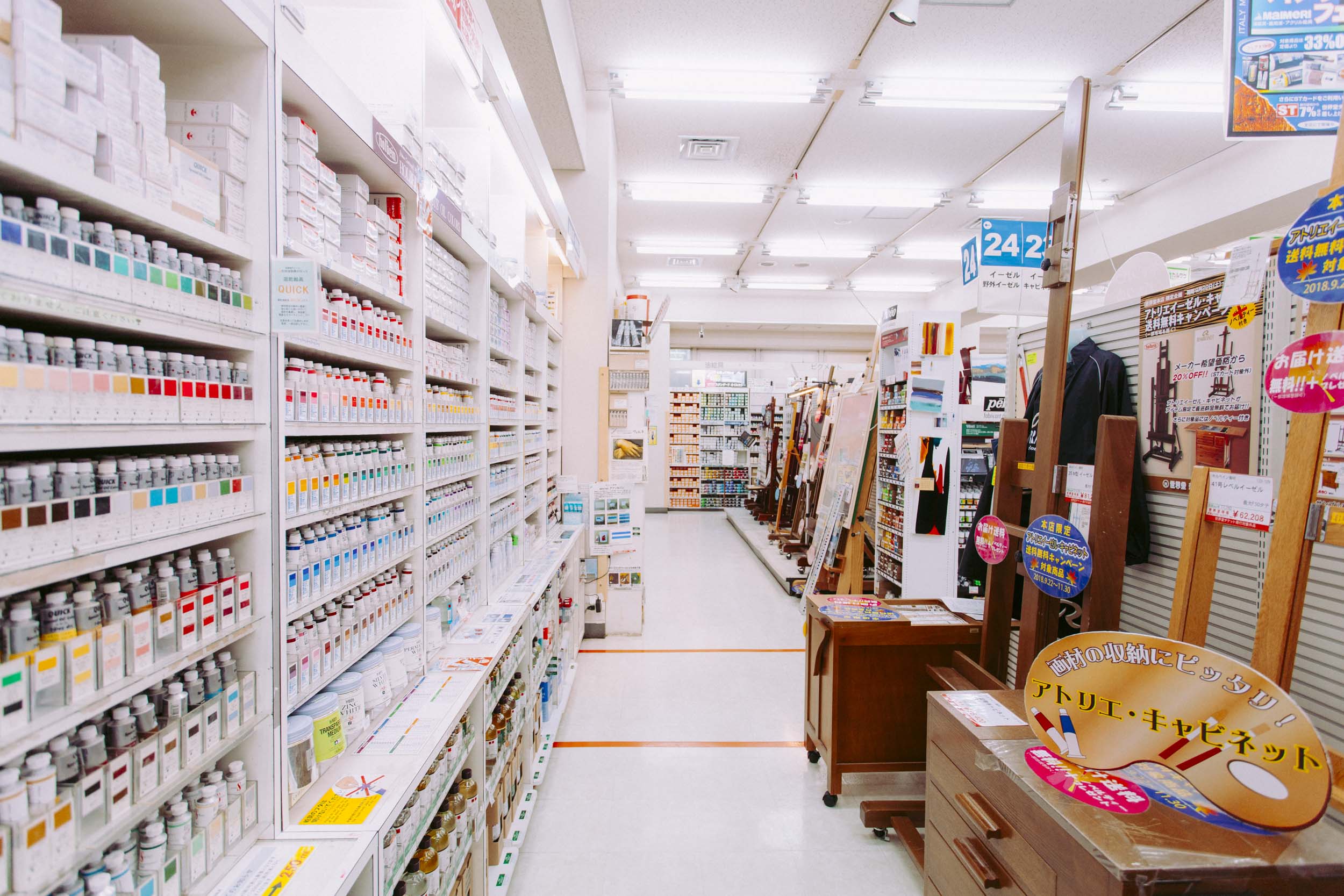


Nearby Shinjuku Gyoen National Garden you will find Sekaido, perhaps Tokyo’s largest art supply store, selling anything from paints, brushes, stationary, picture frames and pretty much any thinkable art and design tool to Tokyo’s artist and hobby artist community.
At vegan restaurant Ain Soph., you can get Tokyo’s undisputedly best dairy and egg-free fluffy pancakes, which will win even non-vegans’ hearts over with their smooth texture and to-die-for homemade vegan ice cream.
While Golden Gai (East of Kabukicho) and Omoide Yokocho (West of Shinjuku Station) are the most famous of such yokocho backstreet alleys and therefore attract a good amount of tourists, check out the small, and fairly unknown Omoide Nukemichi with its unmissable red lanterns, which makes both for a perfect photo spot and great off-the-beaten-track pub experience.
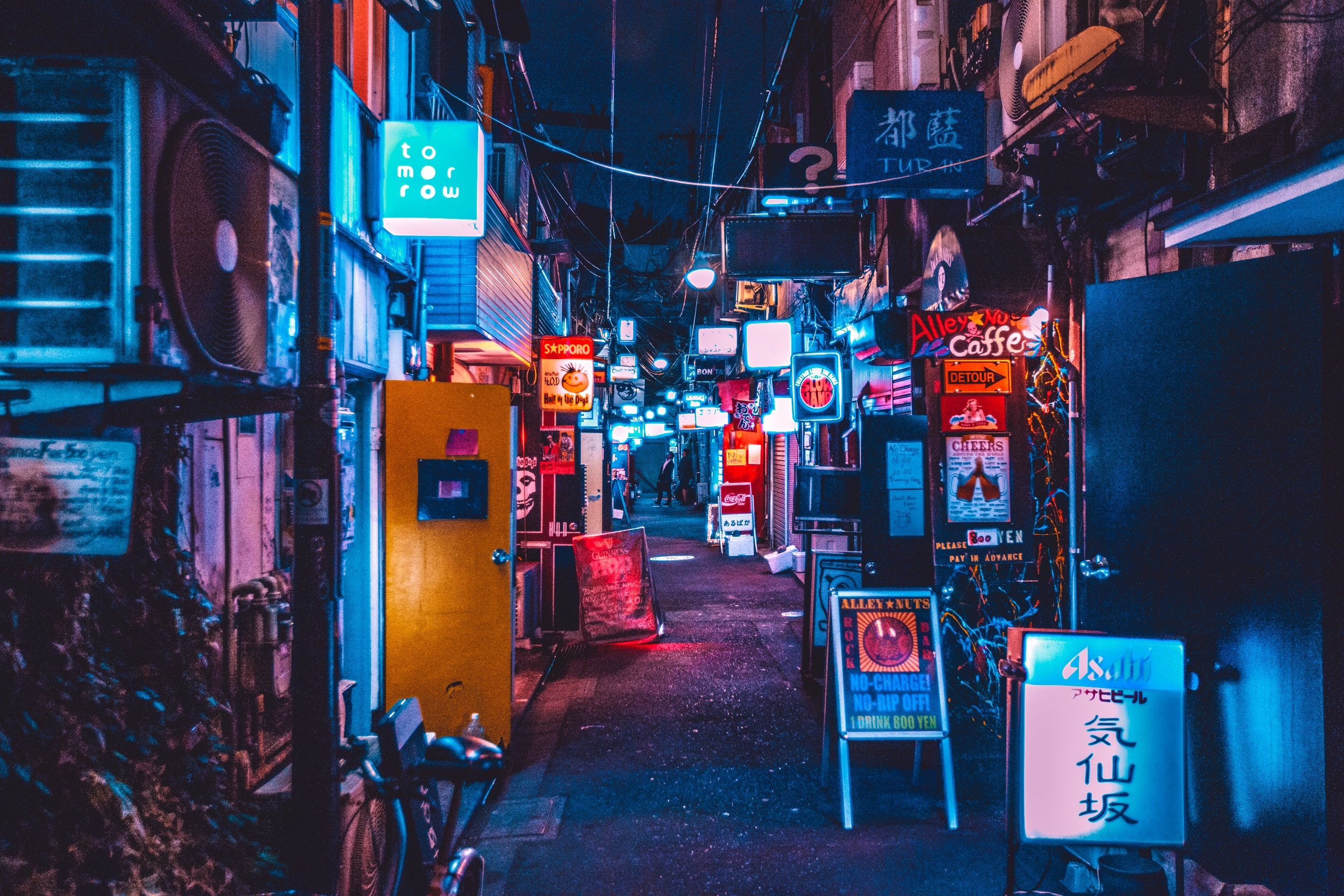
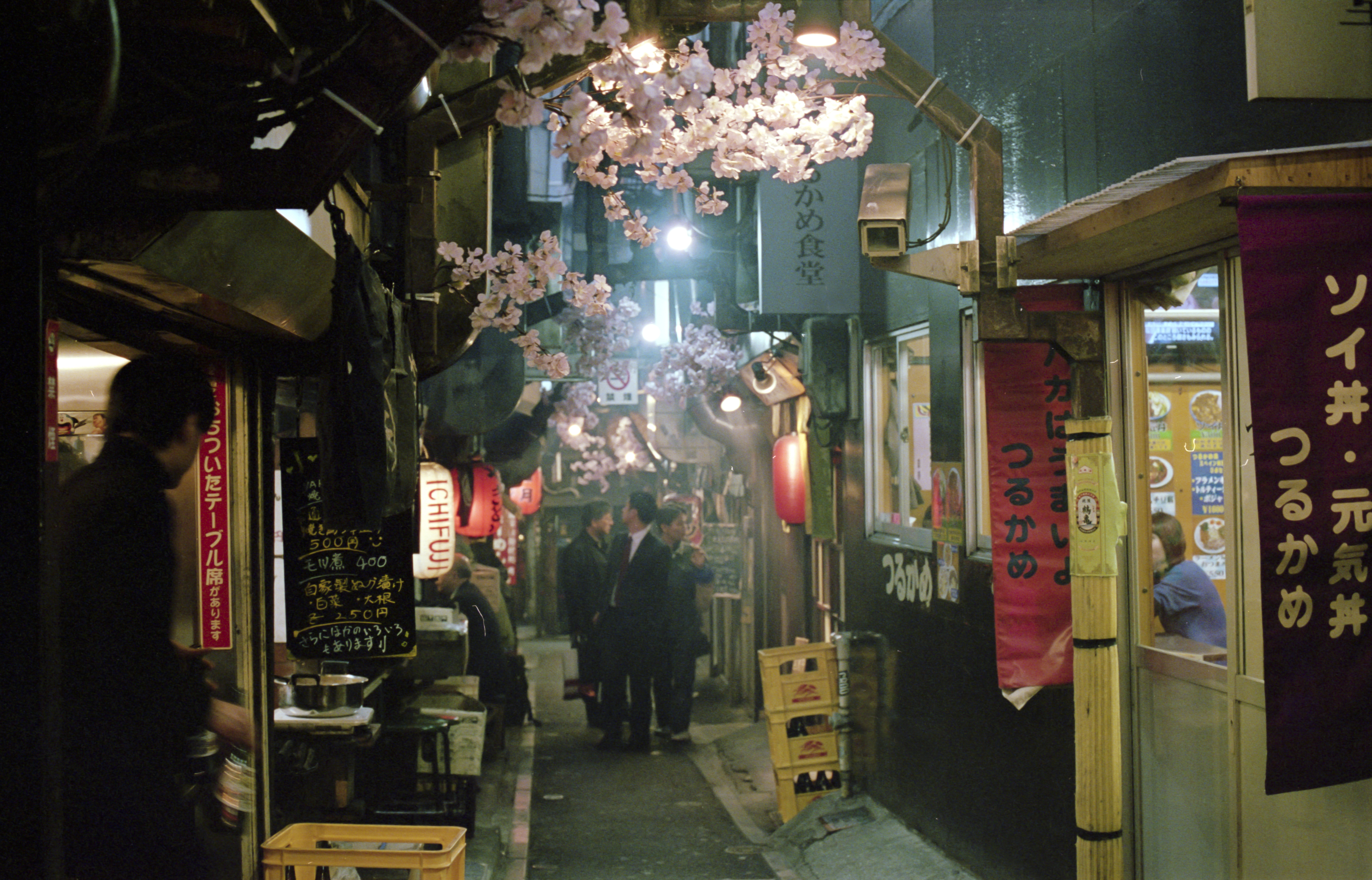
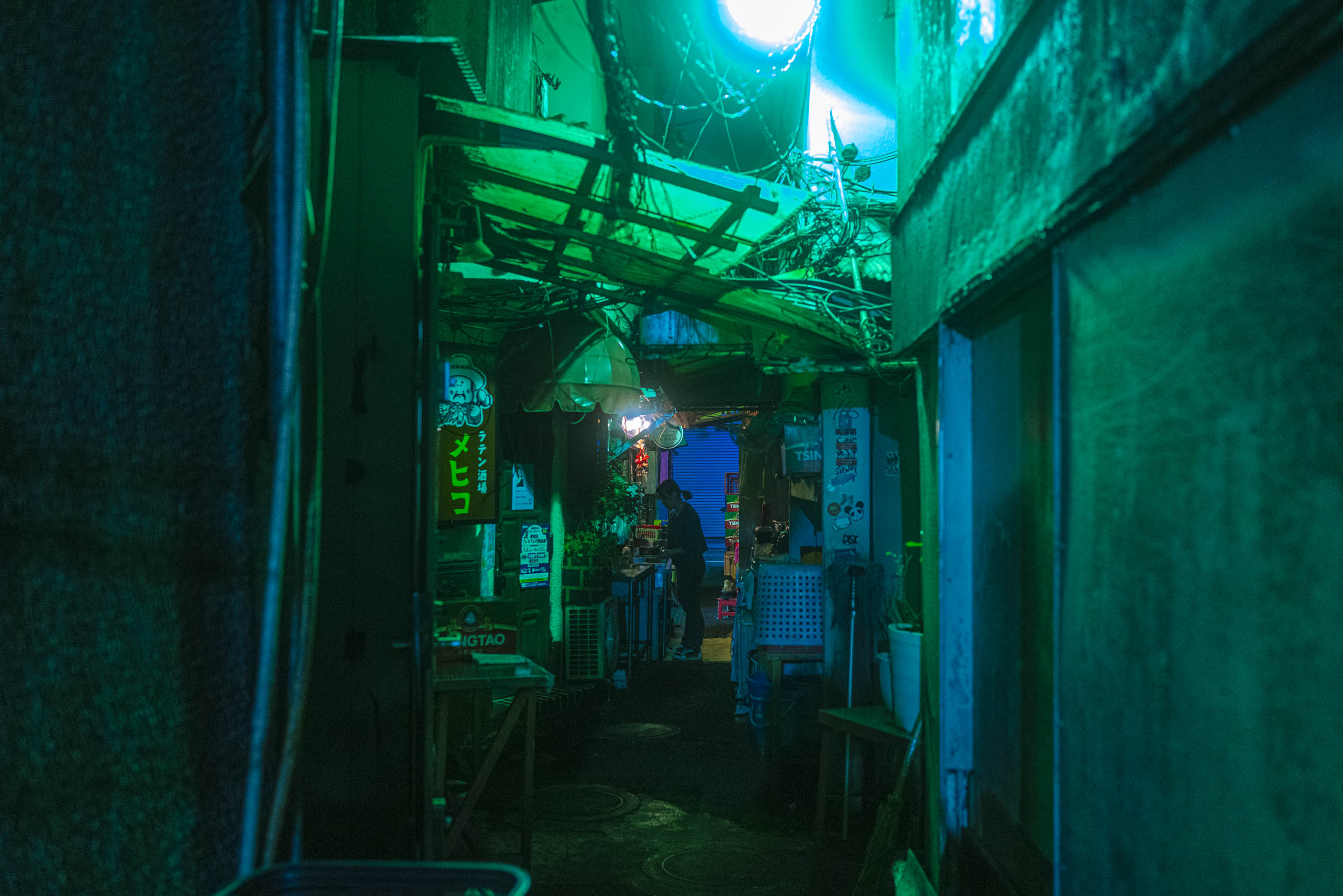

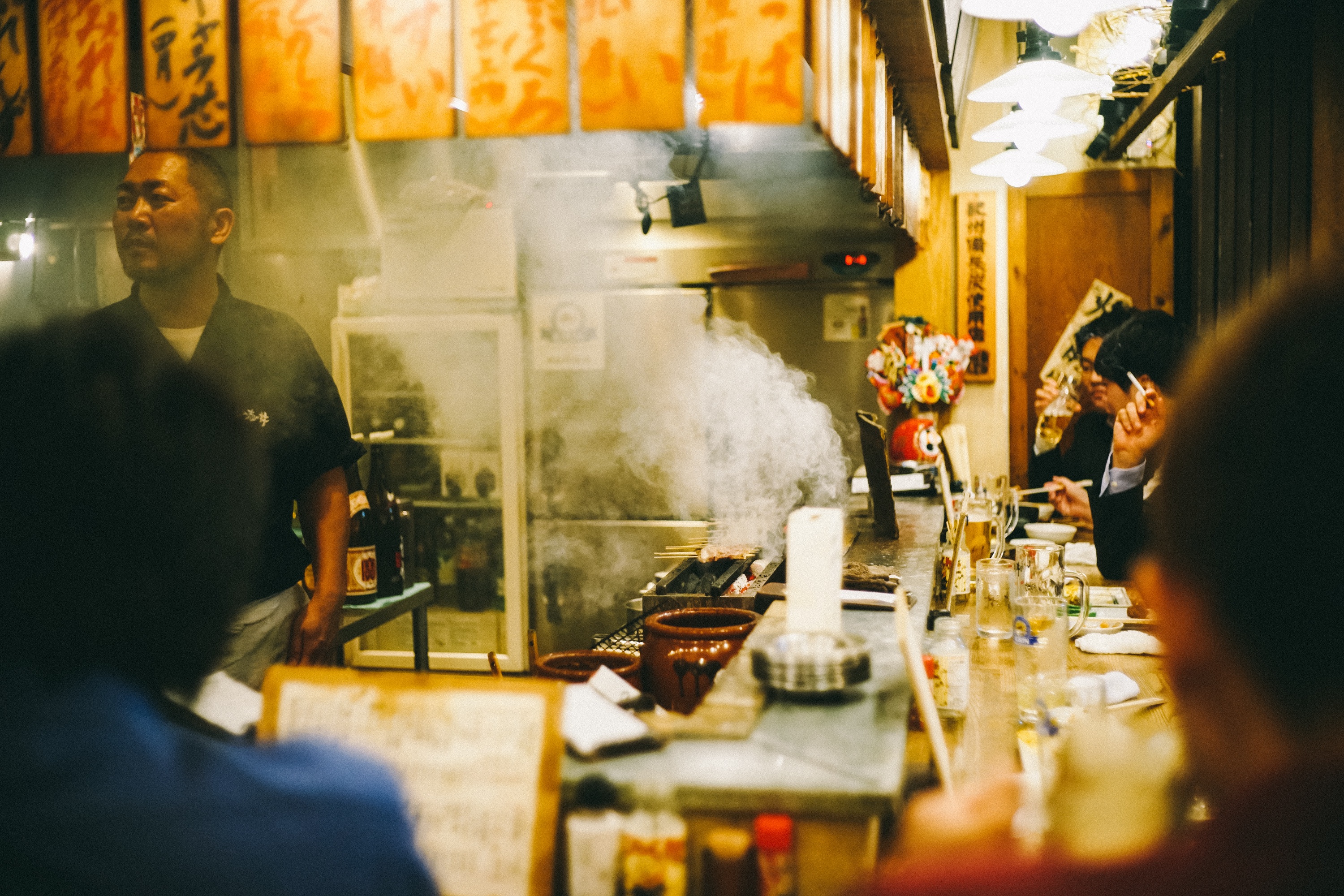

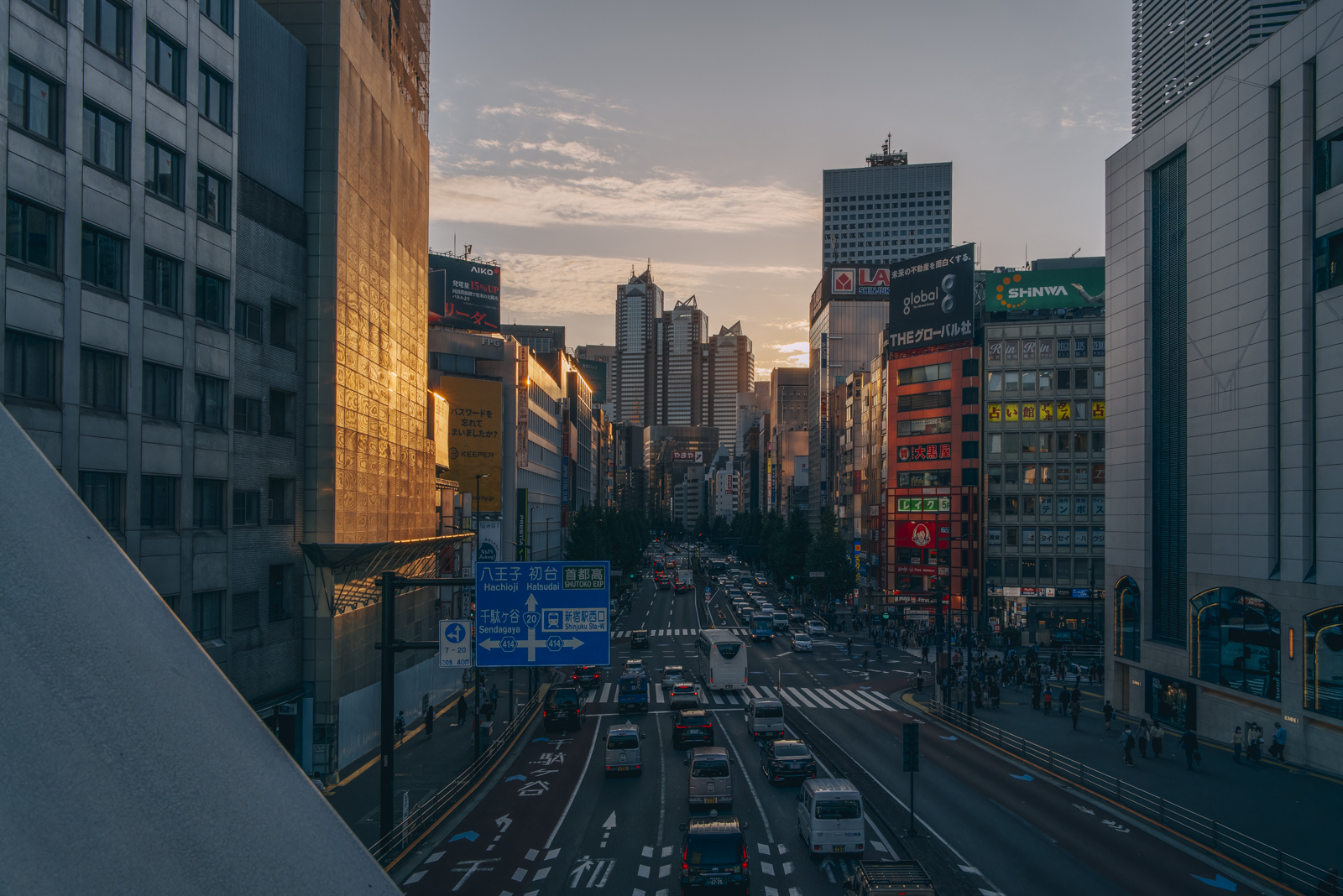
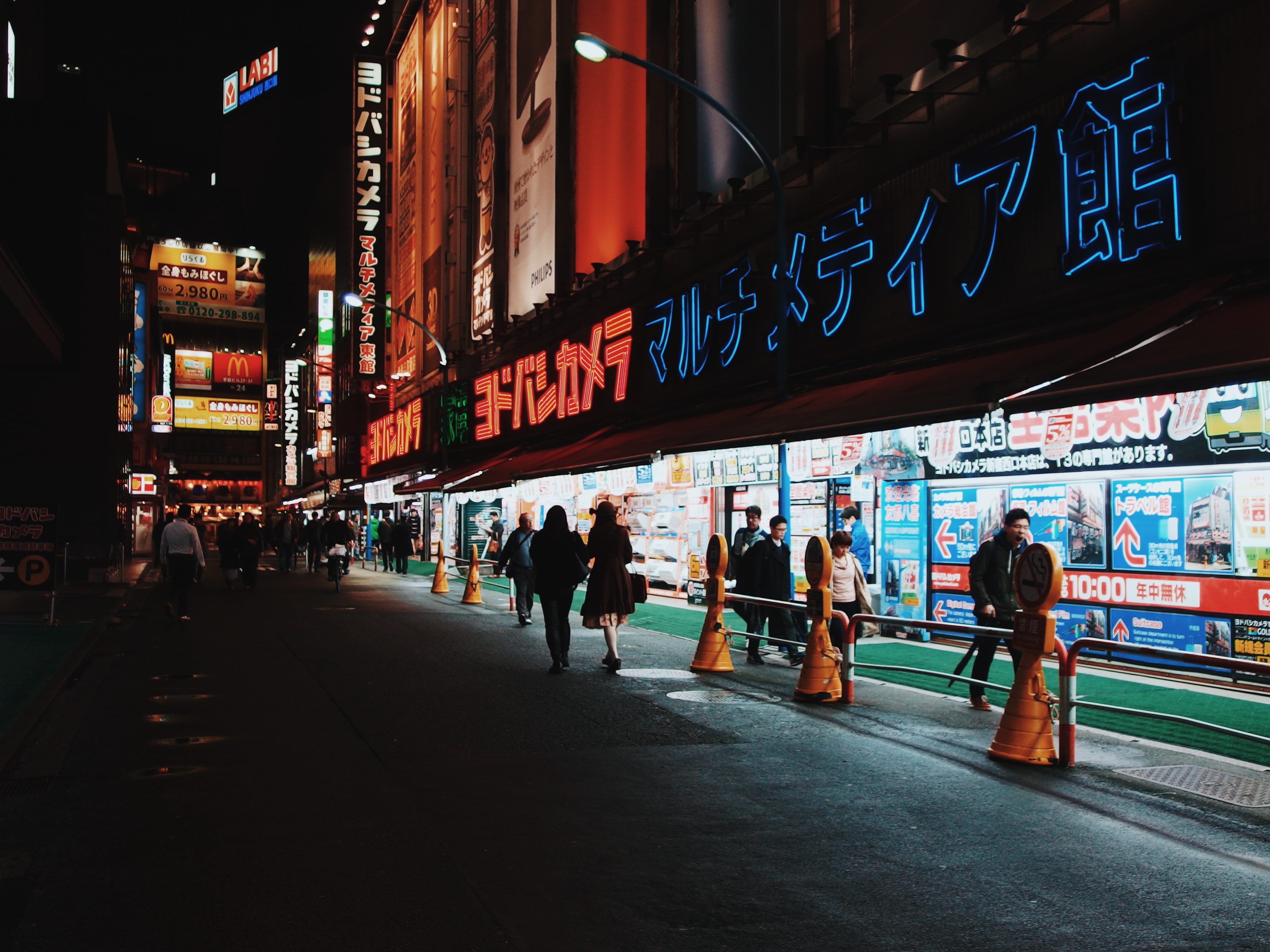

Shinjuku Extra — Rooftop Gardens
Although it’s home to some of Tokyo’s best nightlife, Shinjuku also features two of the city’s best rooftop terraces, both located in front of and on top of JR Shinjuku’s New South Exit.
After exploring the terrace space in front of the JR New South Exit, take the elevator up to the 6F and discover a quiet, but expansive rooftop garden that spans over the 6th and 7th floor as well as the South and East Terrace of the NEWoMan shopping mall. The breathtaking views over Shinjuku station and the skyline of downtown Shinjuku make for a perferct stop from a shopping spree, or an impromptu picnic spot over the roofs of Tokyo.
After discovering the upper deks, make your way down the stairs on the outside of the building and you will find that this rooftop garden continues downwards across several levels until you reach the 4th floor of NEWoMan.
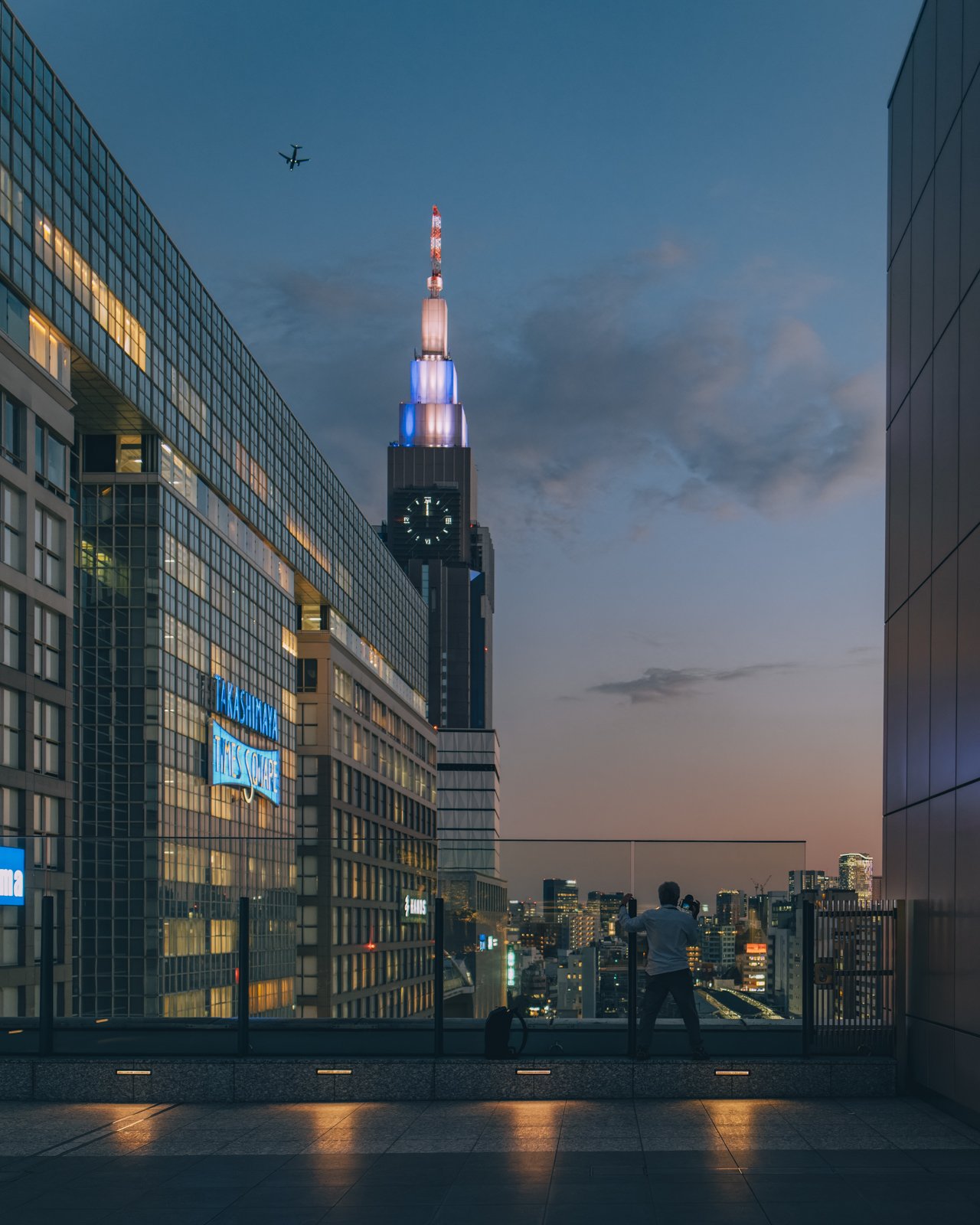
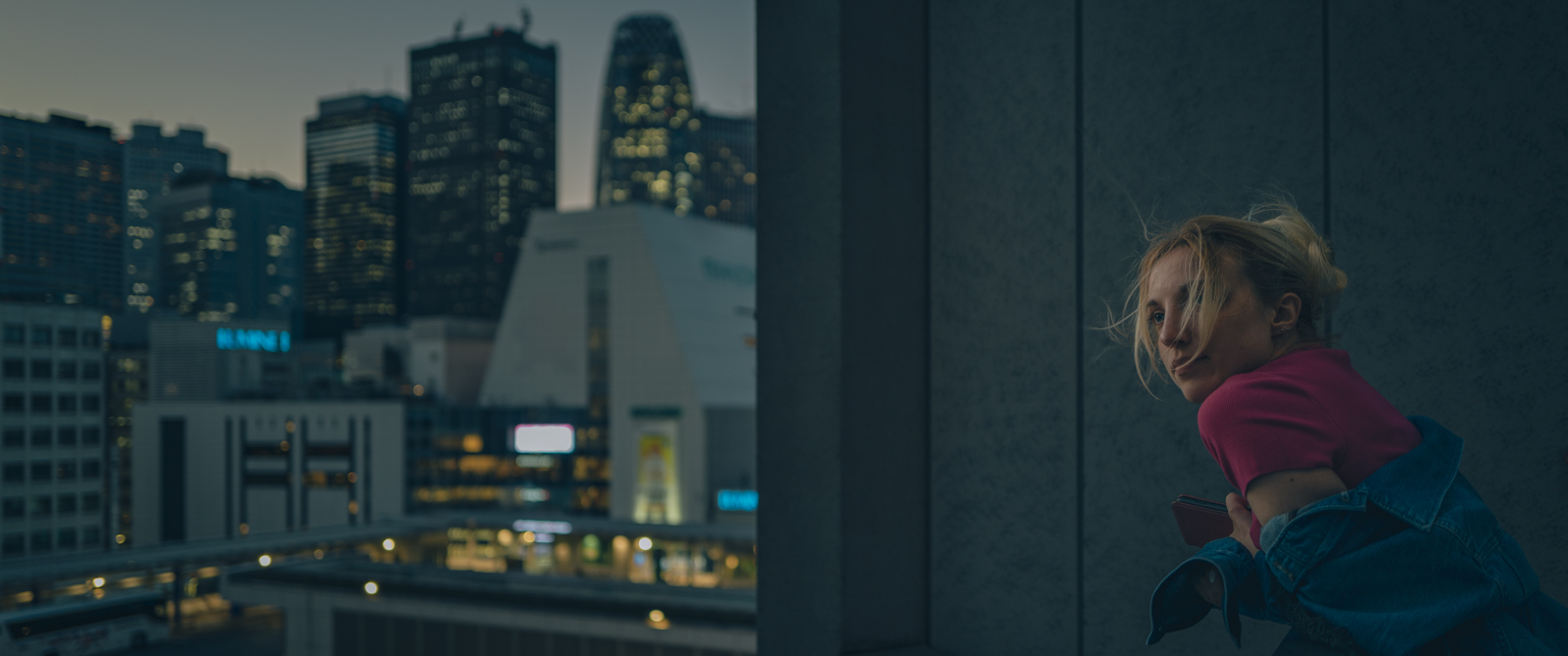
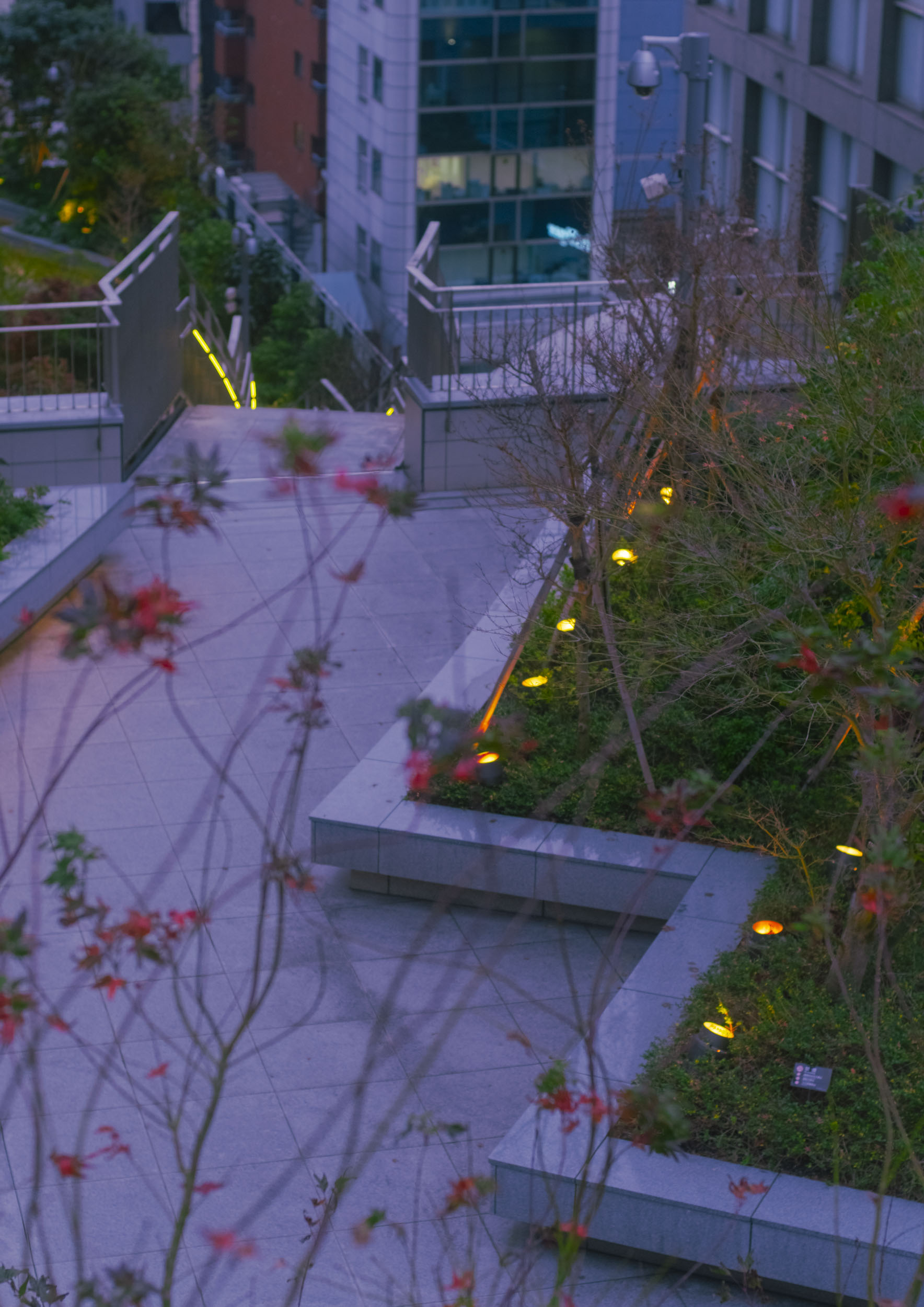
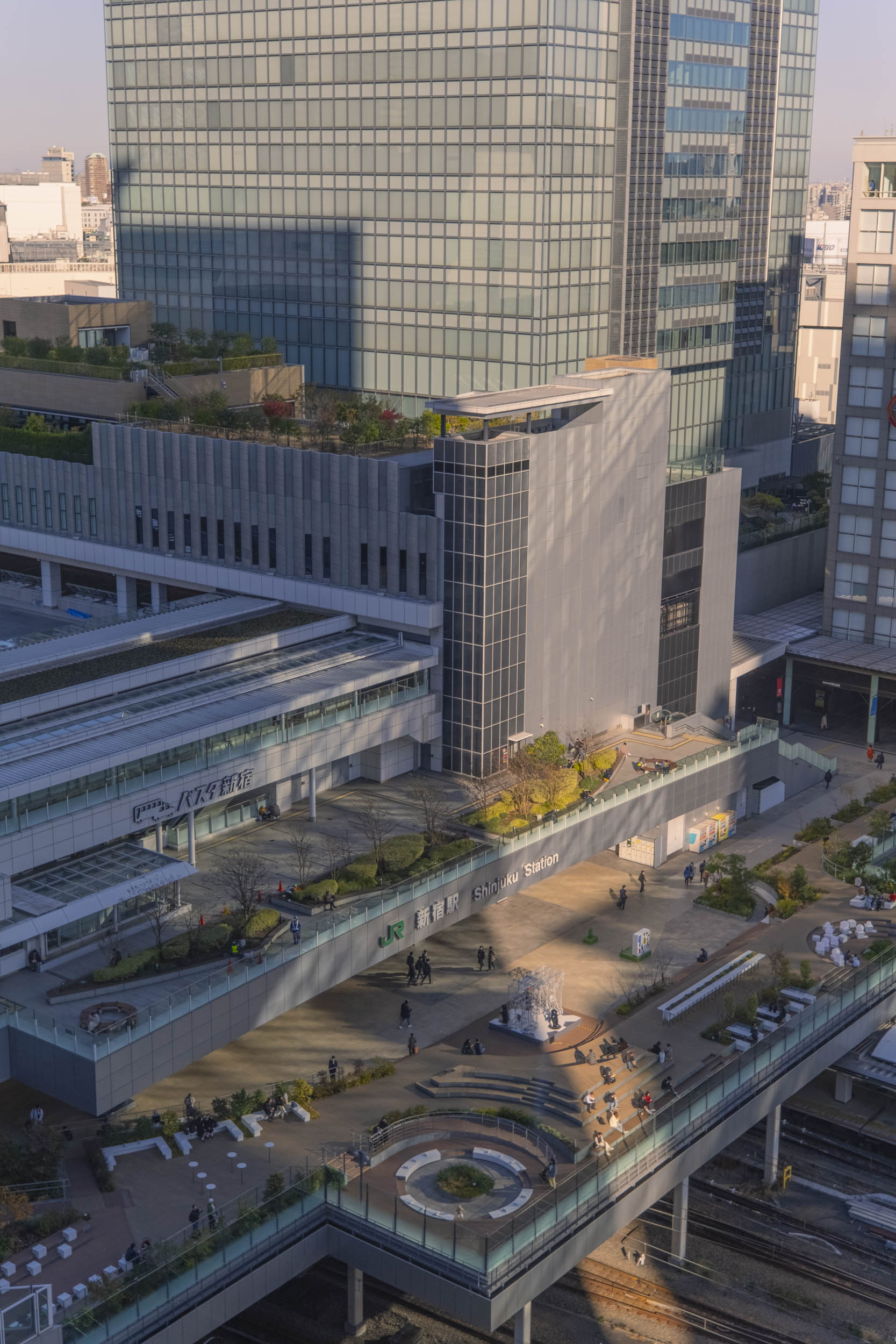
In this guide
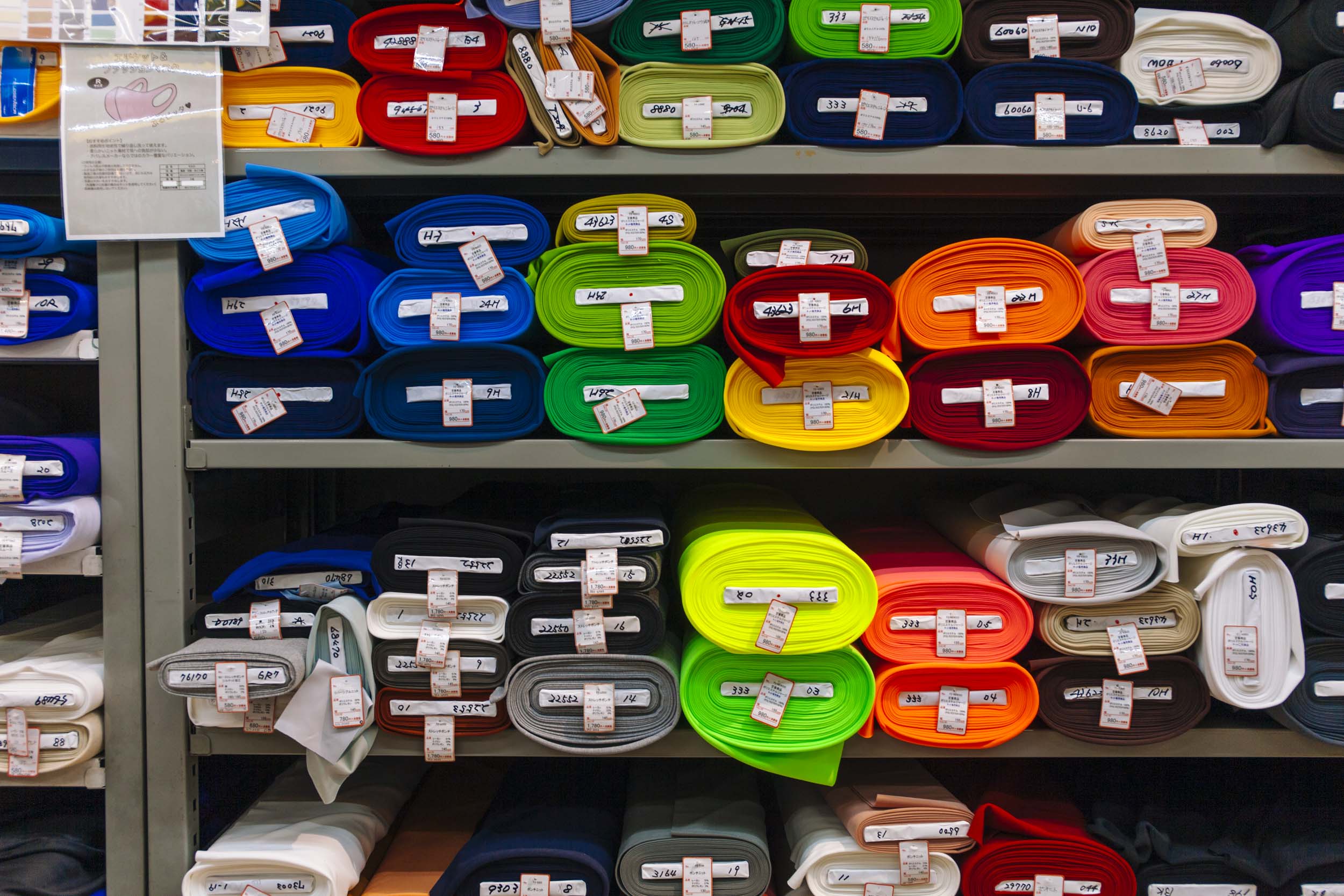
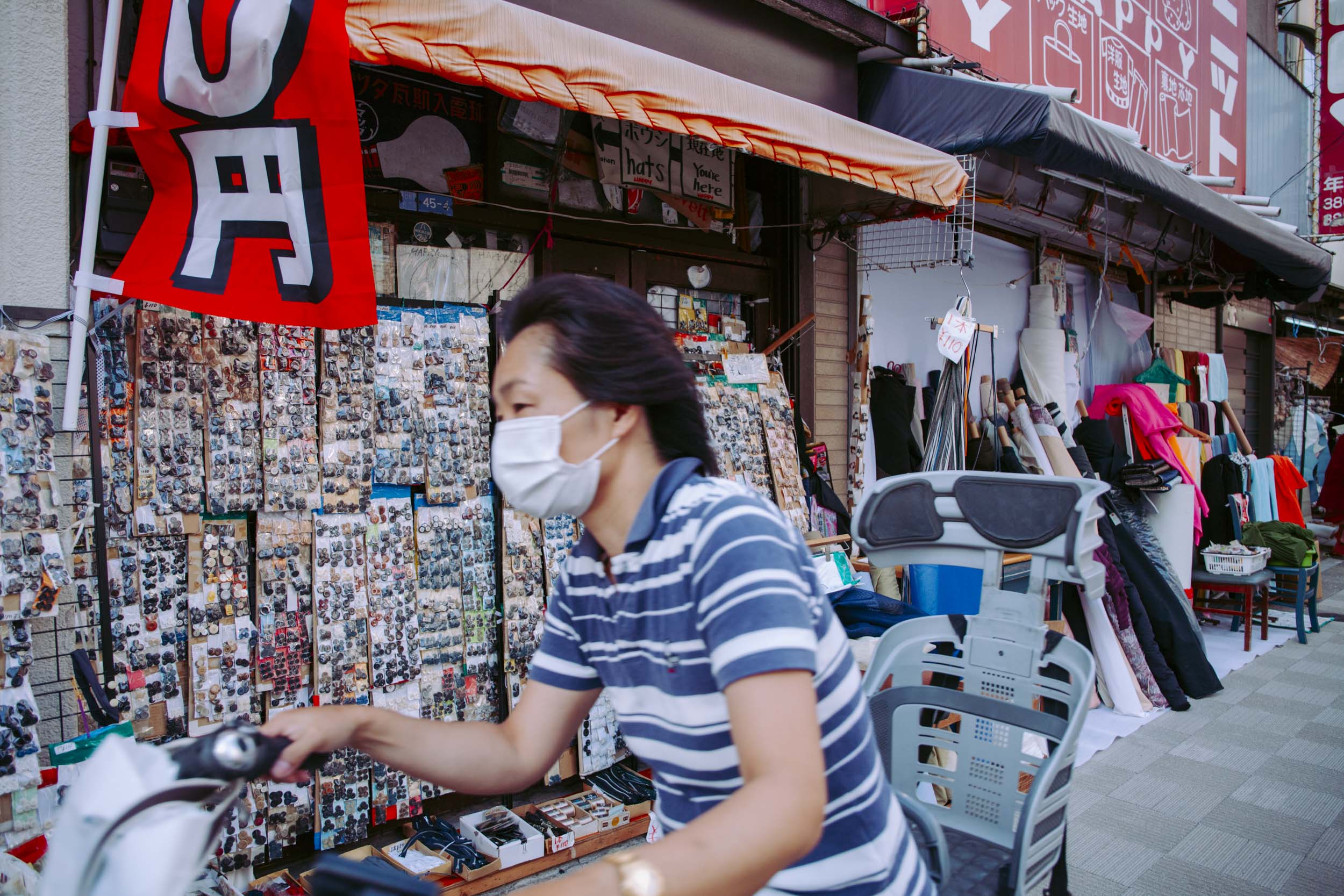
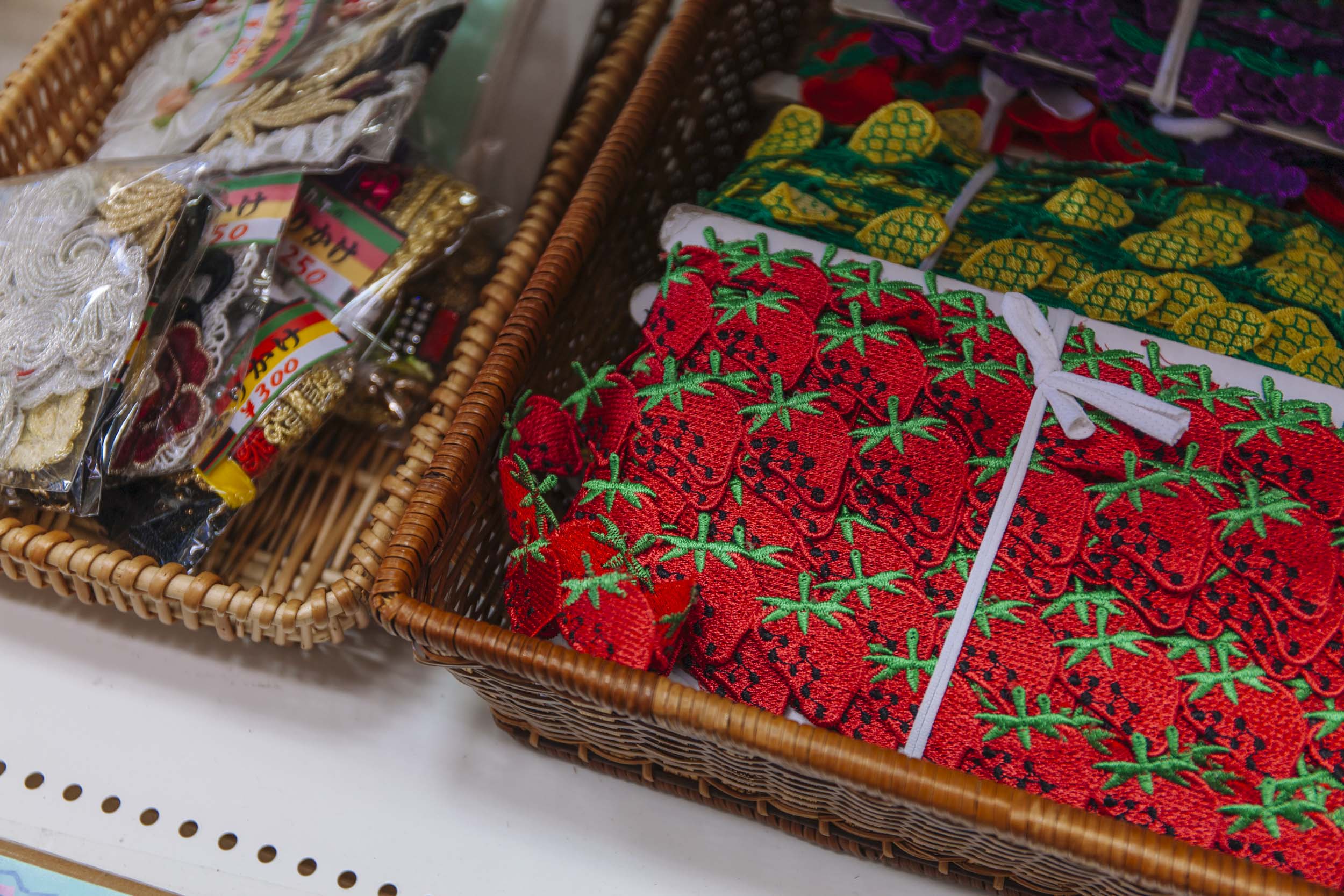
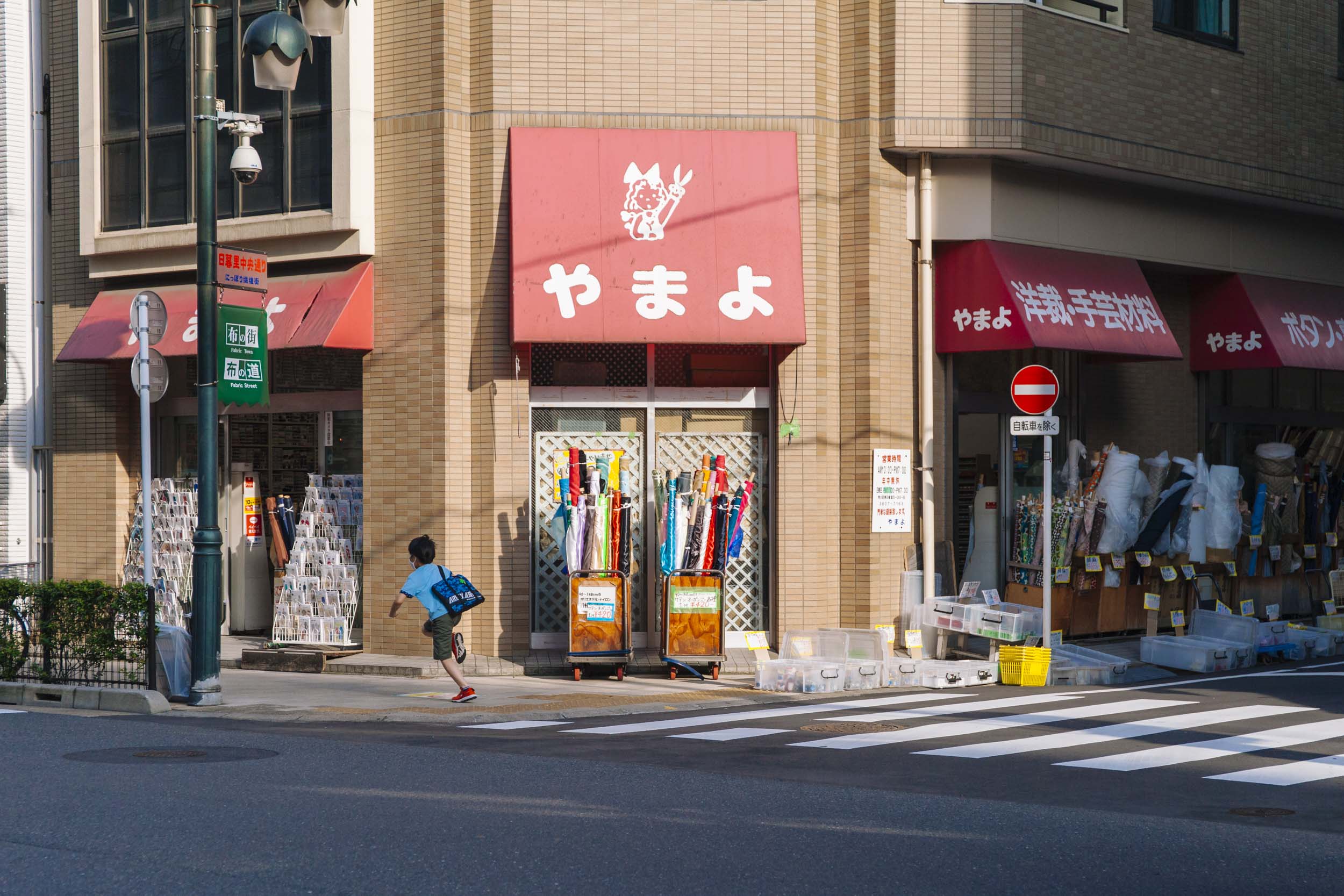
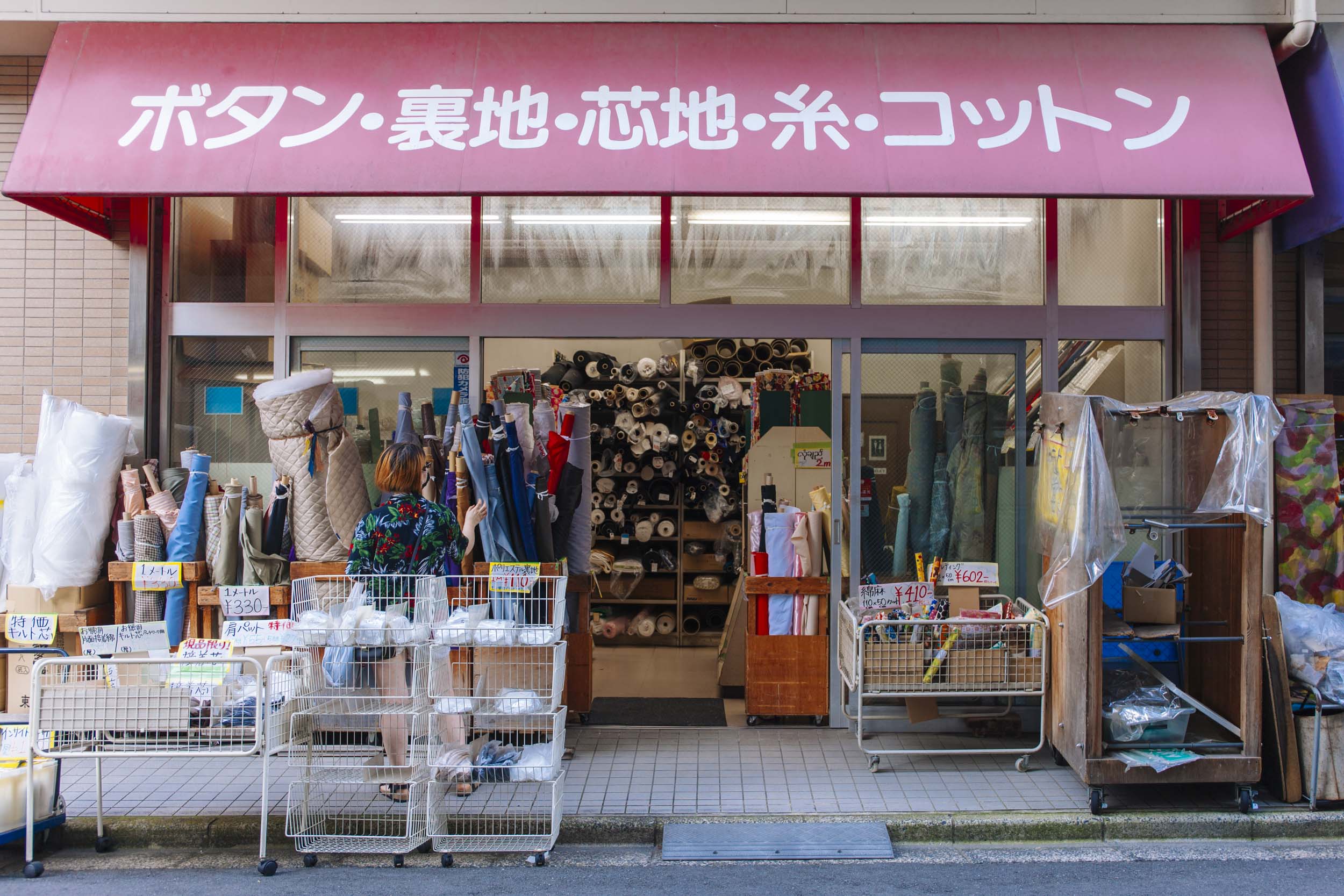

Nippori Fabric Town lies in a quiet part of Nippori, just east of the Yamanote Line station and makes for just as exciting of an adventure for fabric aficionados, as it does for most of us non-connoisseurs. With over 90 shops (see a full map here) selling anything from fabrics, leather, buttons, zippers, beads - you name it - Nippori Fabric Town has established itself as a hotspot for Tokyo’s textile lovers over the past century and is an ideal place to get some inspiration for your next creative endeavor.
Tomato is perhaps the neighbourhood’s most famous and easily most recognizable establishment, boasting several shops along the main street and a main building that stretches over a whopping five floors. Each of Tomato’s stores is dedicated to slightly different types of fabrics including textiles for interiors, a shop dedicated to sewing kits and even an outlet where can have your very own fabric designs printed.

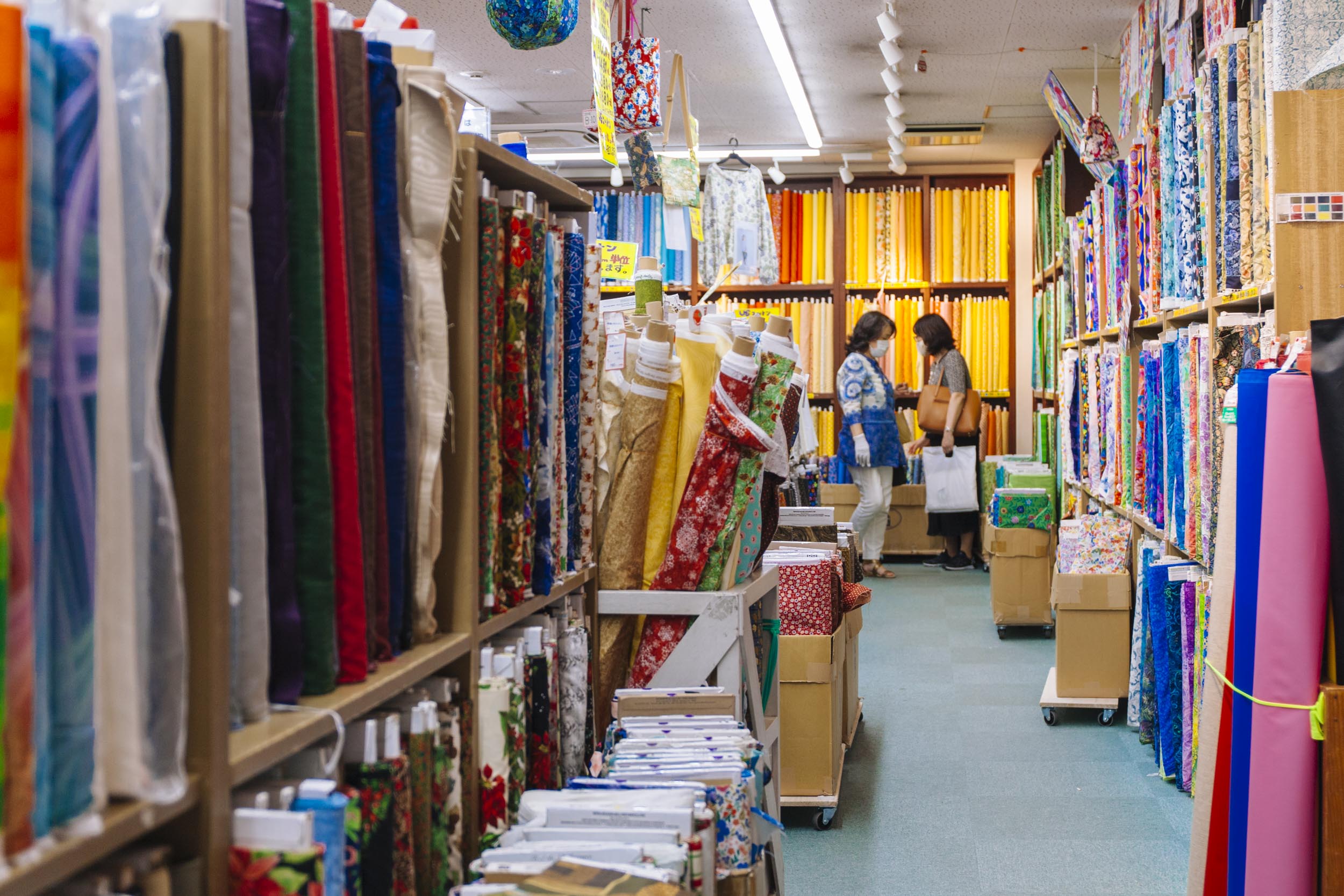
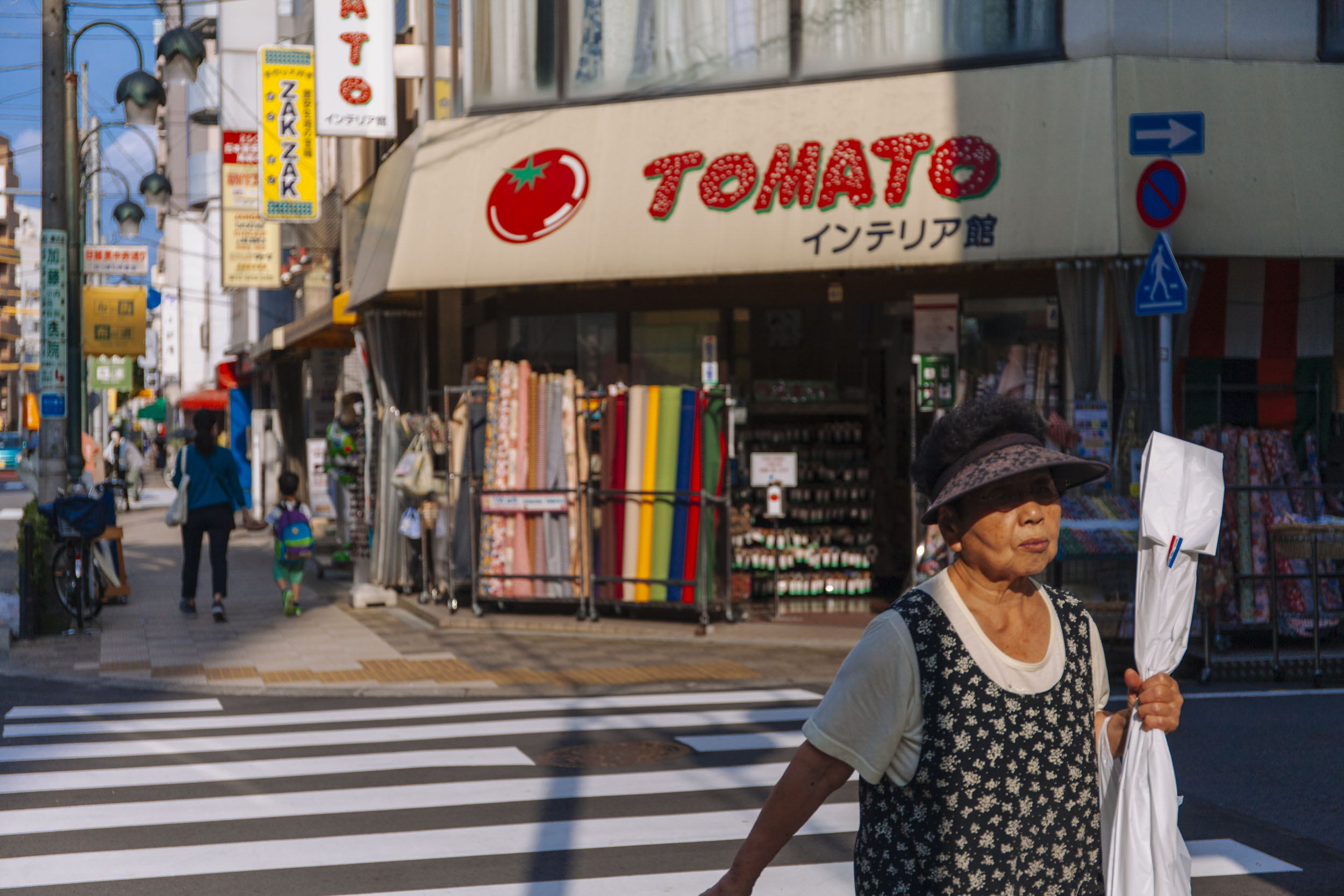
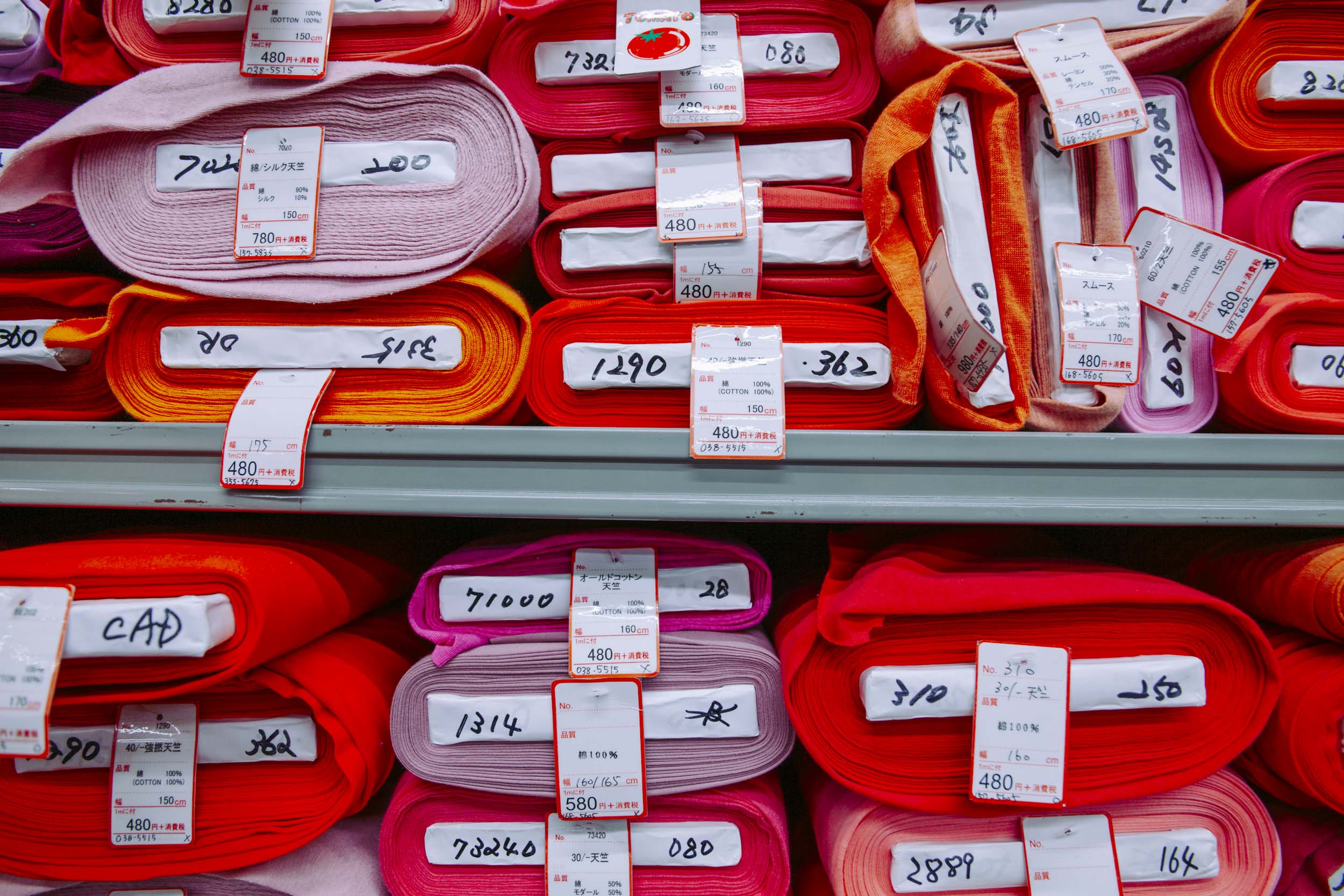
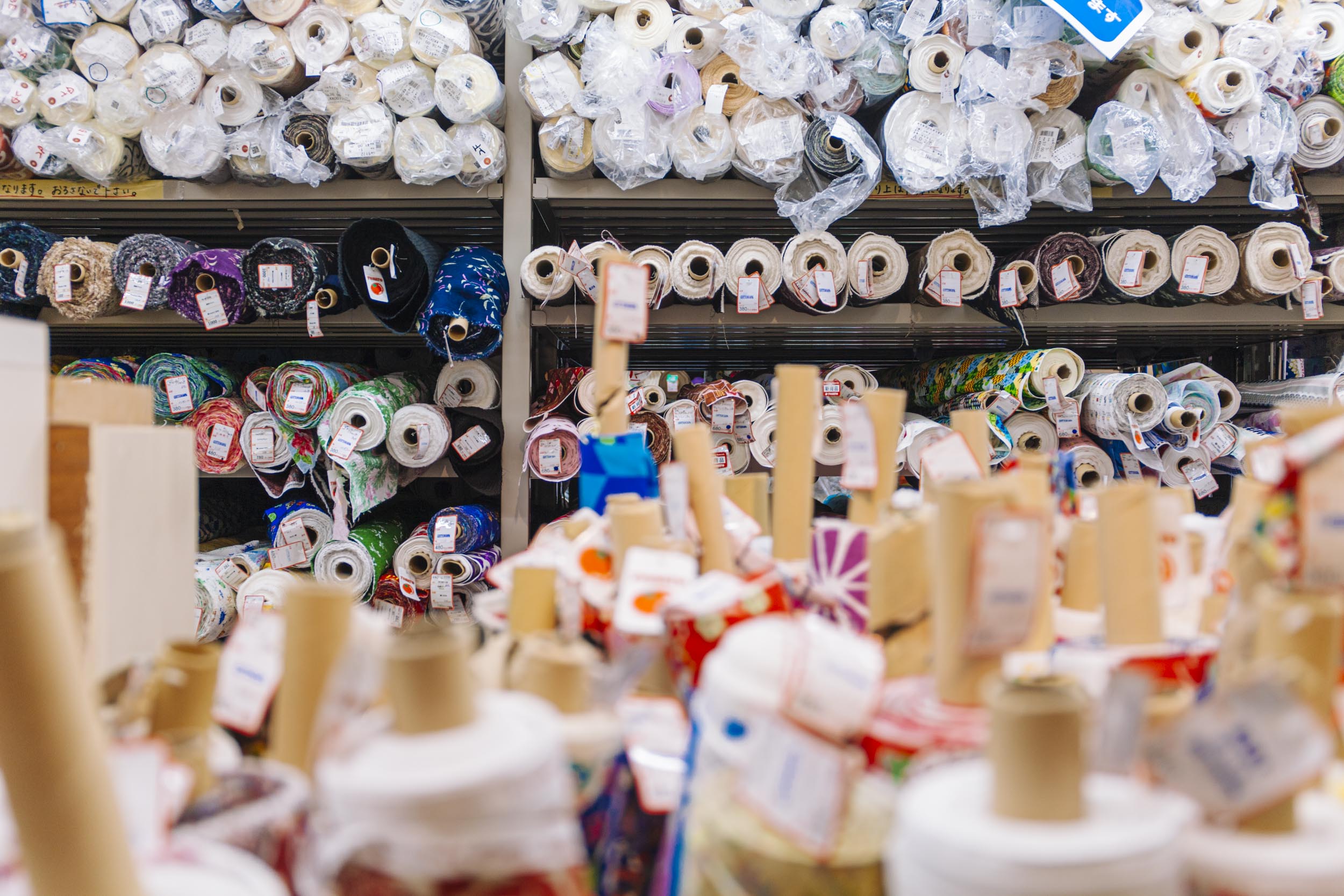

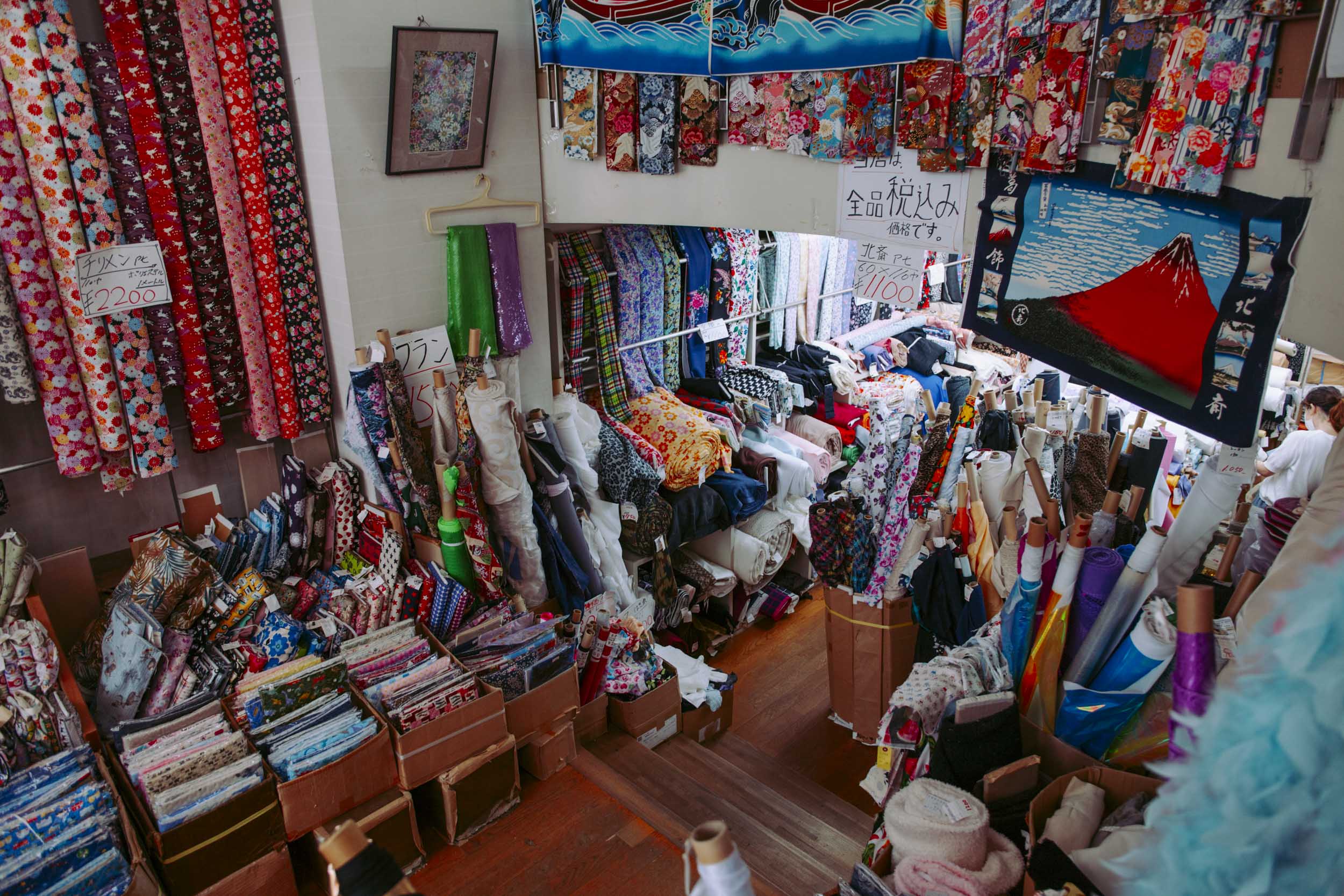
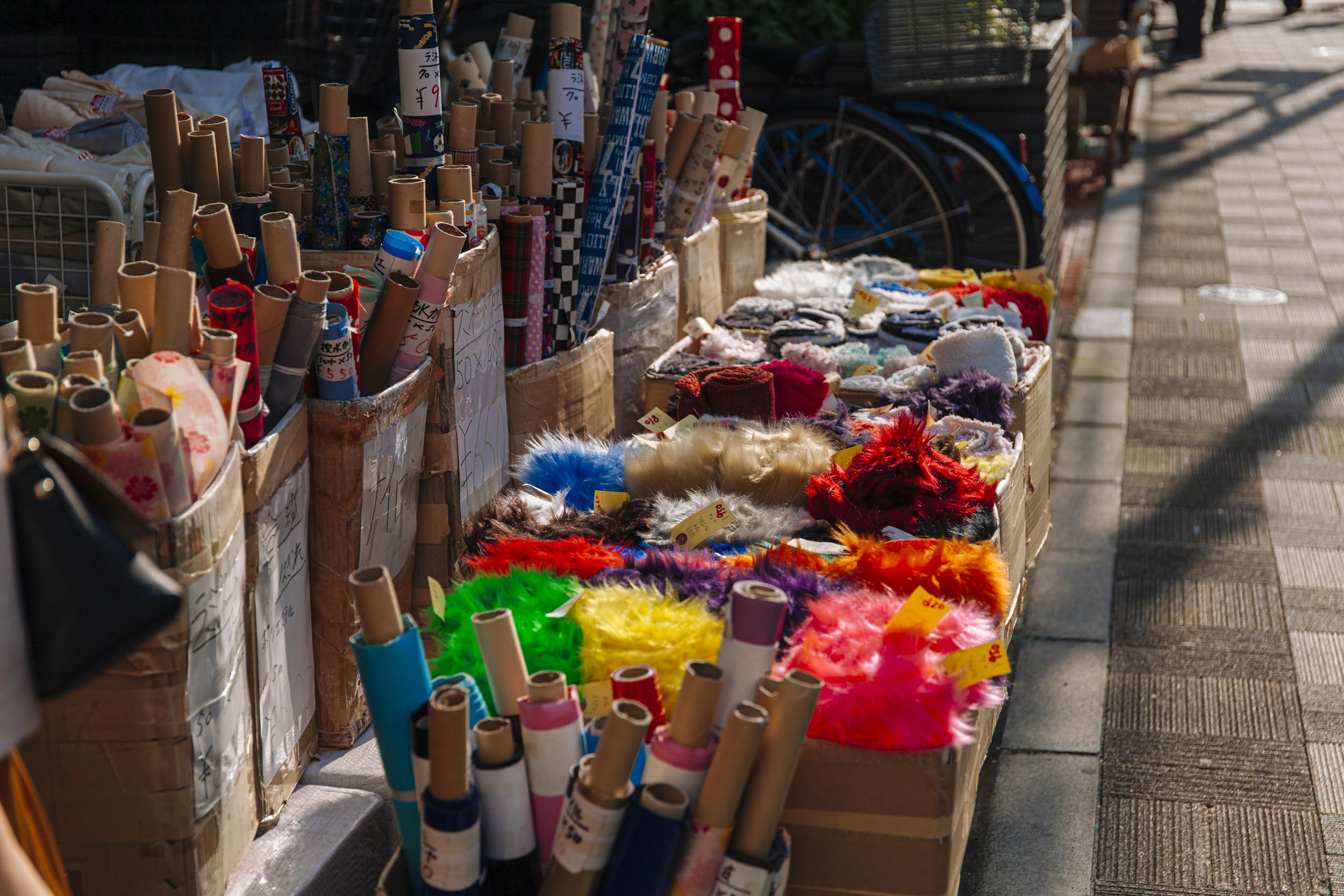
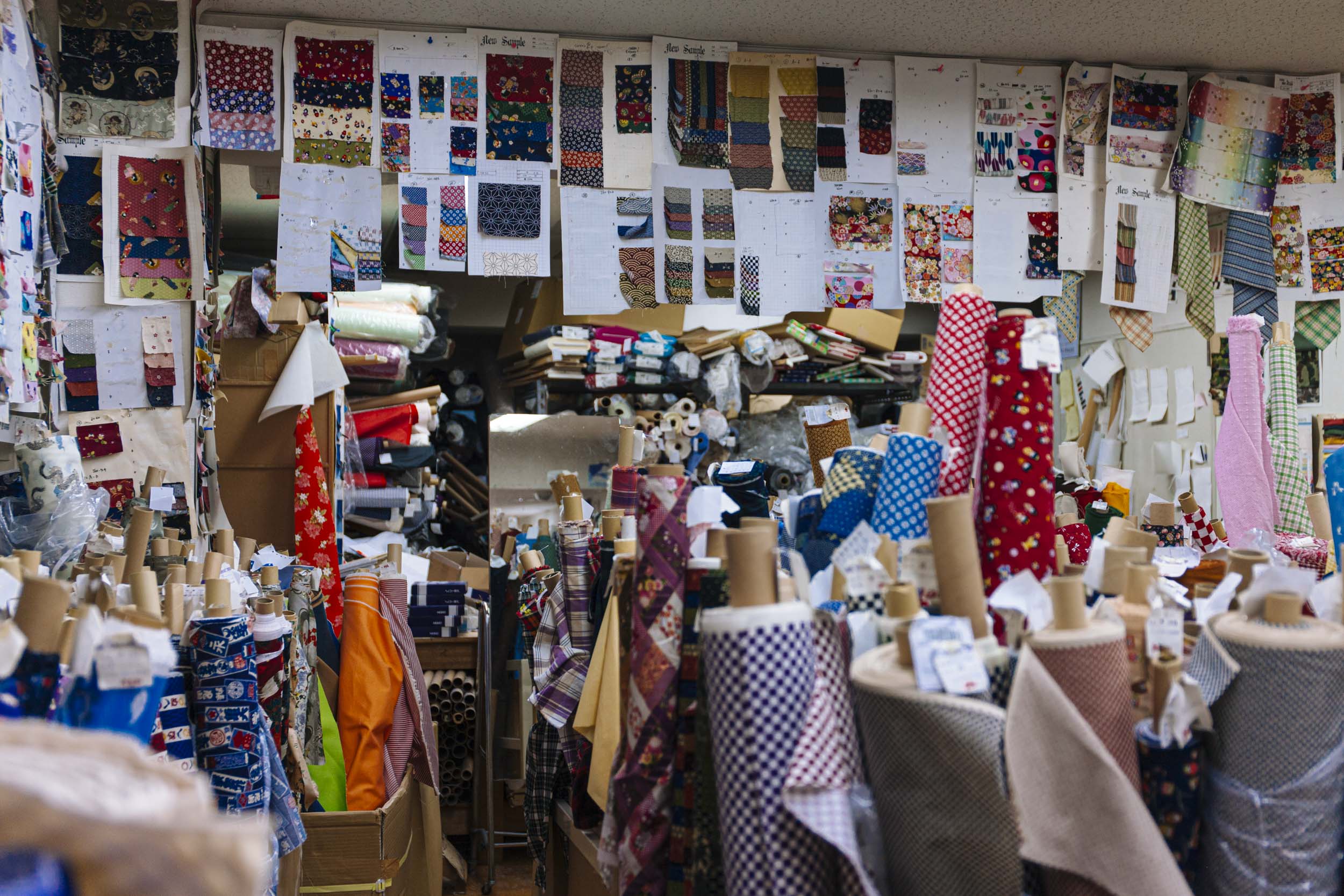

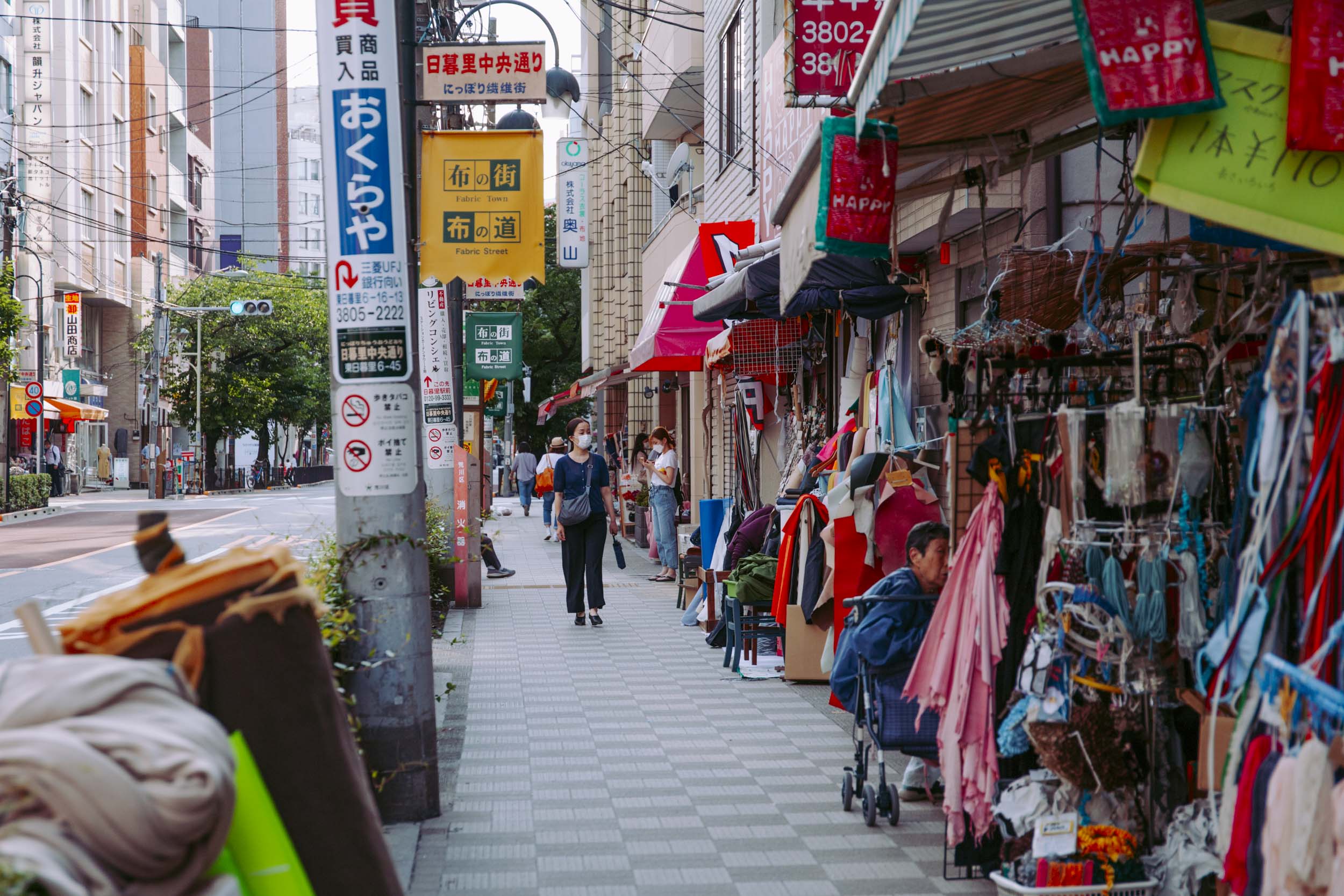
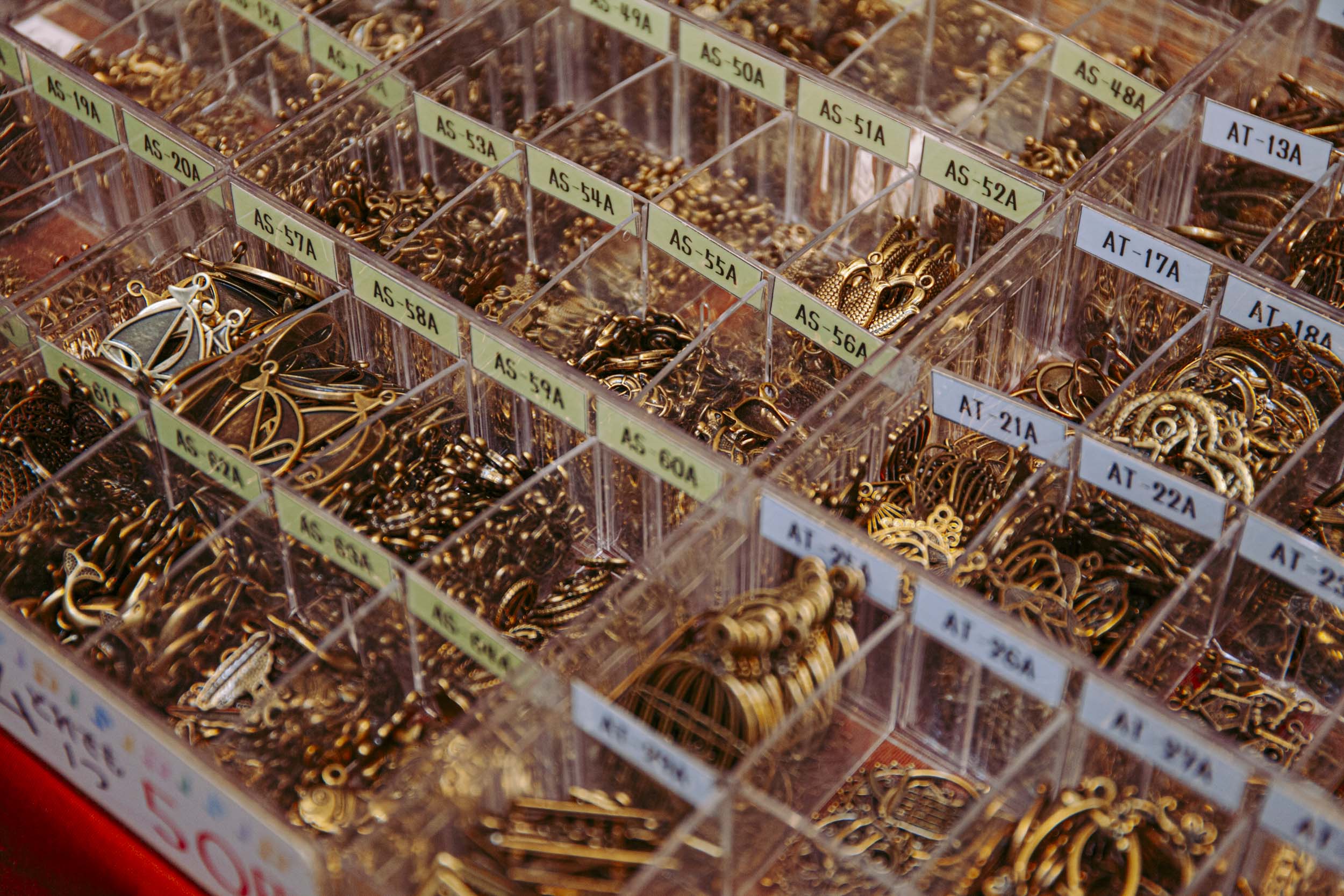
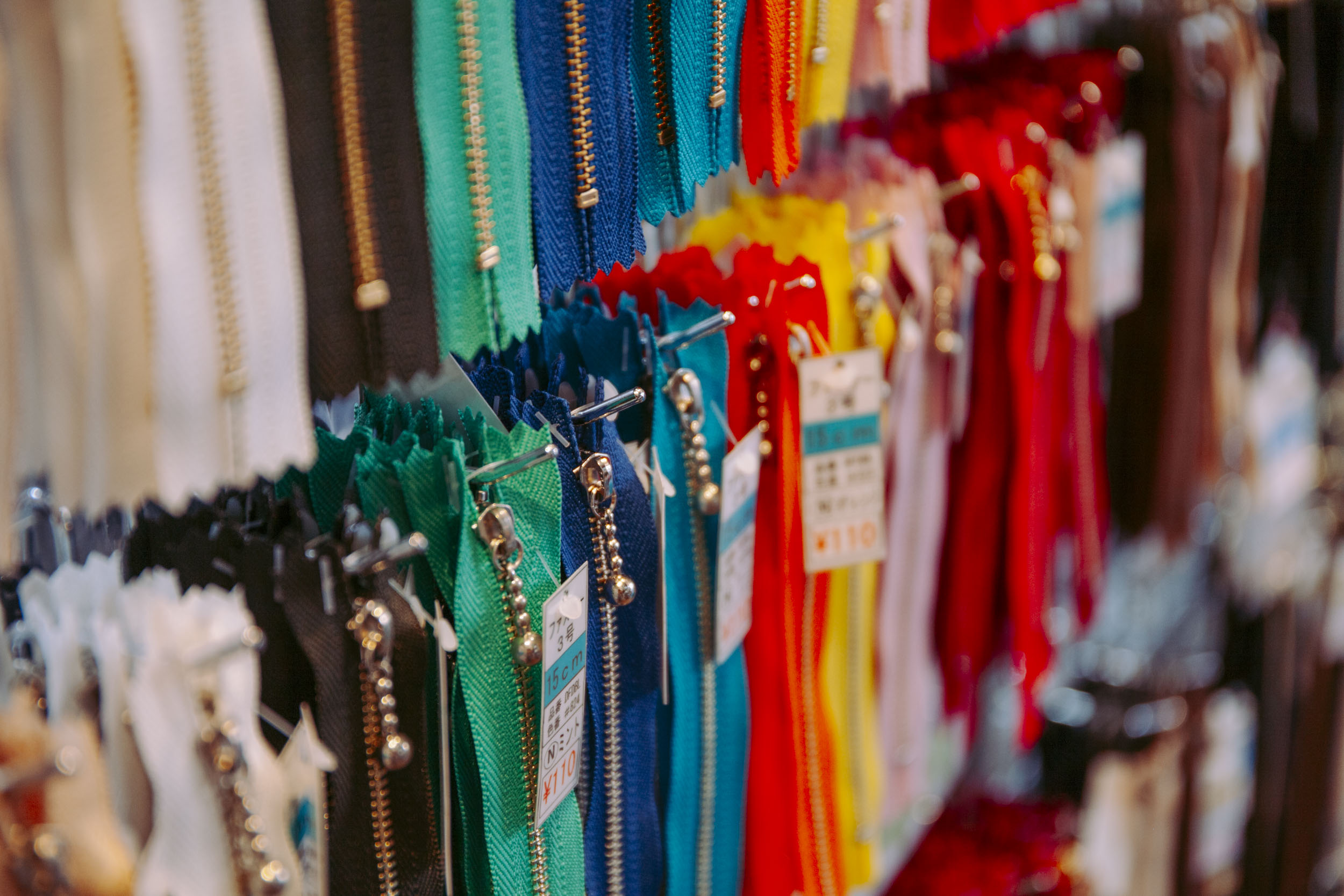
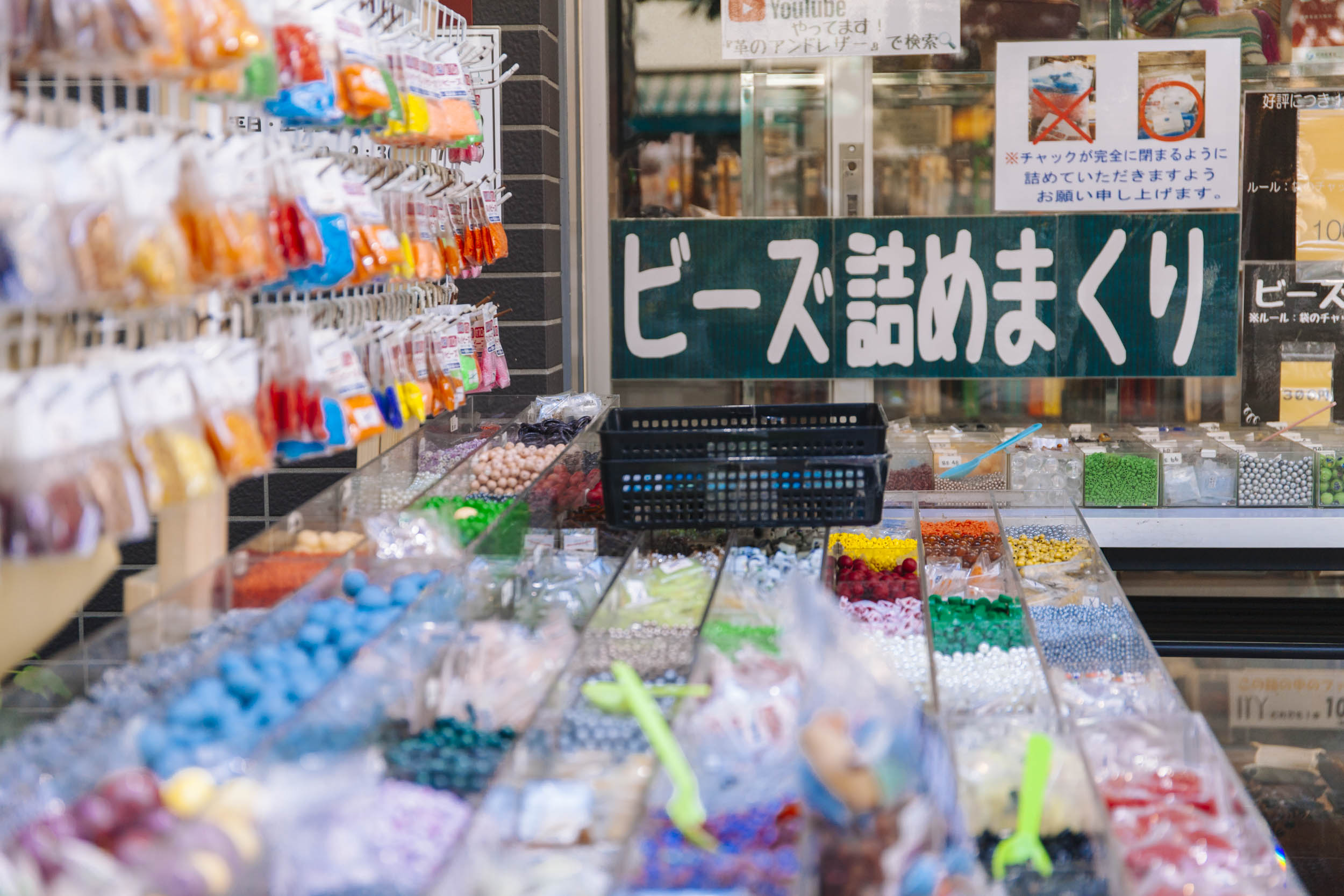
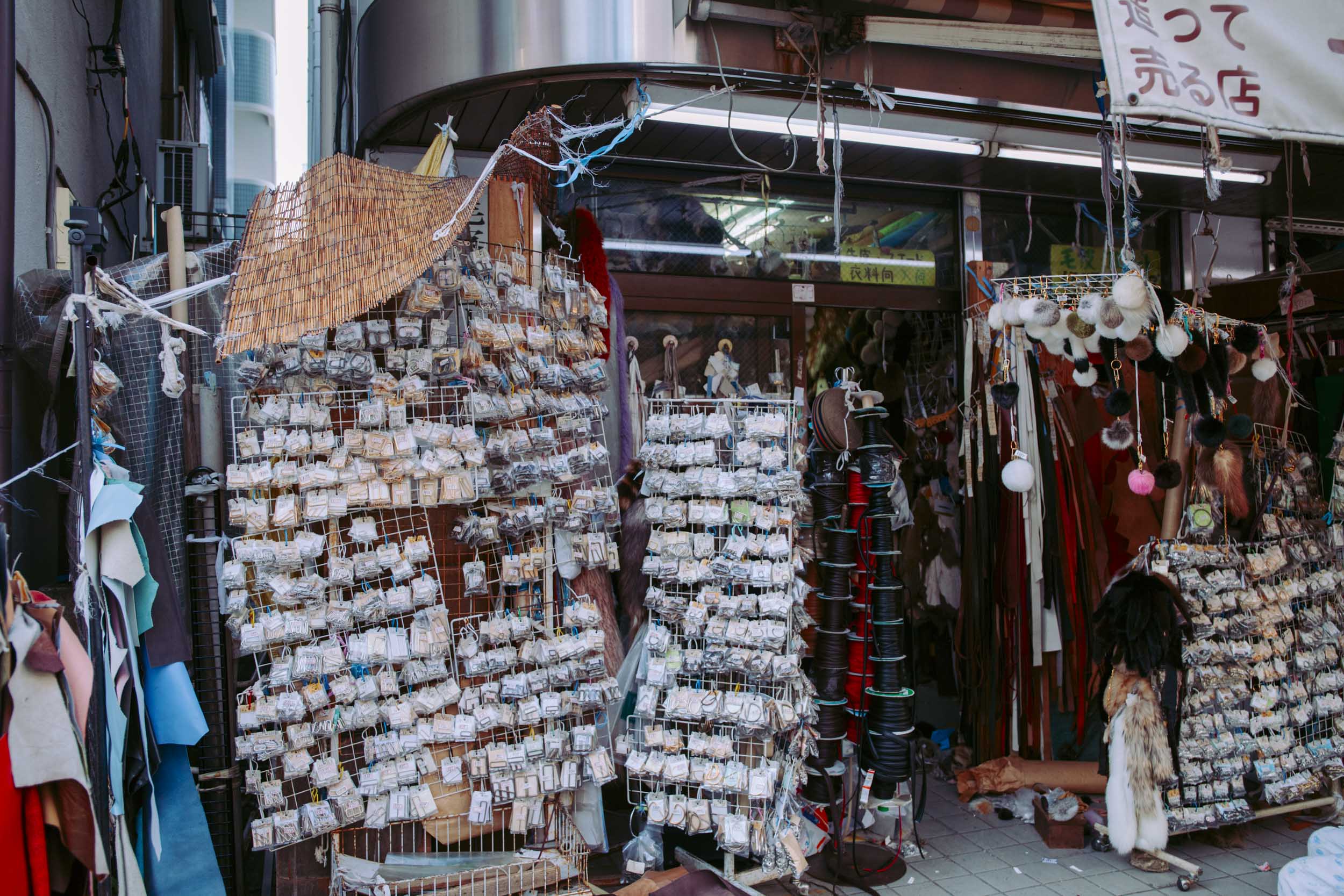
Like Tomato, And Leather is also divided into several shops, although smaller, where you can find not just leather pieces but also leather-related accessories and even kits to make your very own, custom-made leather goods.
Maki Ito is a quirky little shop that sells custom-cut leather and fur products of many kinds, while also offering a repair service for clothing and accessories such as leather jackets, bags, fur coats, scarves etc. The shop is easy to miss, so look out for the street displays of buttons, metal accessories and leather pieces that mark the entrance of the shop.
Make your way down further on the main street, which will slowly start to quiet down, and discover more local gems such as humongous, which sells woodblock-printed fabrics, or Yasuda Shoten which specializes in hemp textiles.
On your way back towards Nippori Station, be sure to make your final stop at Momo, a hip store selling many original fabrics made from natural materials such as hemp, linen, silk and cotton which do not just feel, but also simply look good.
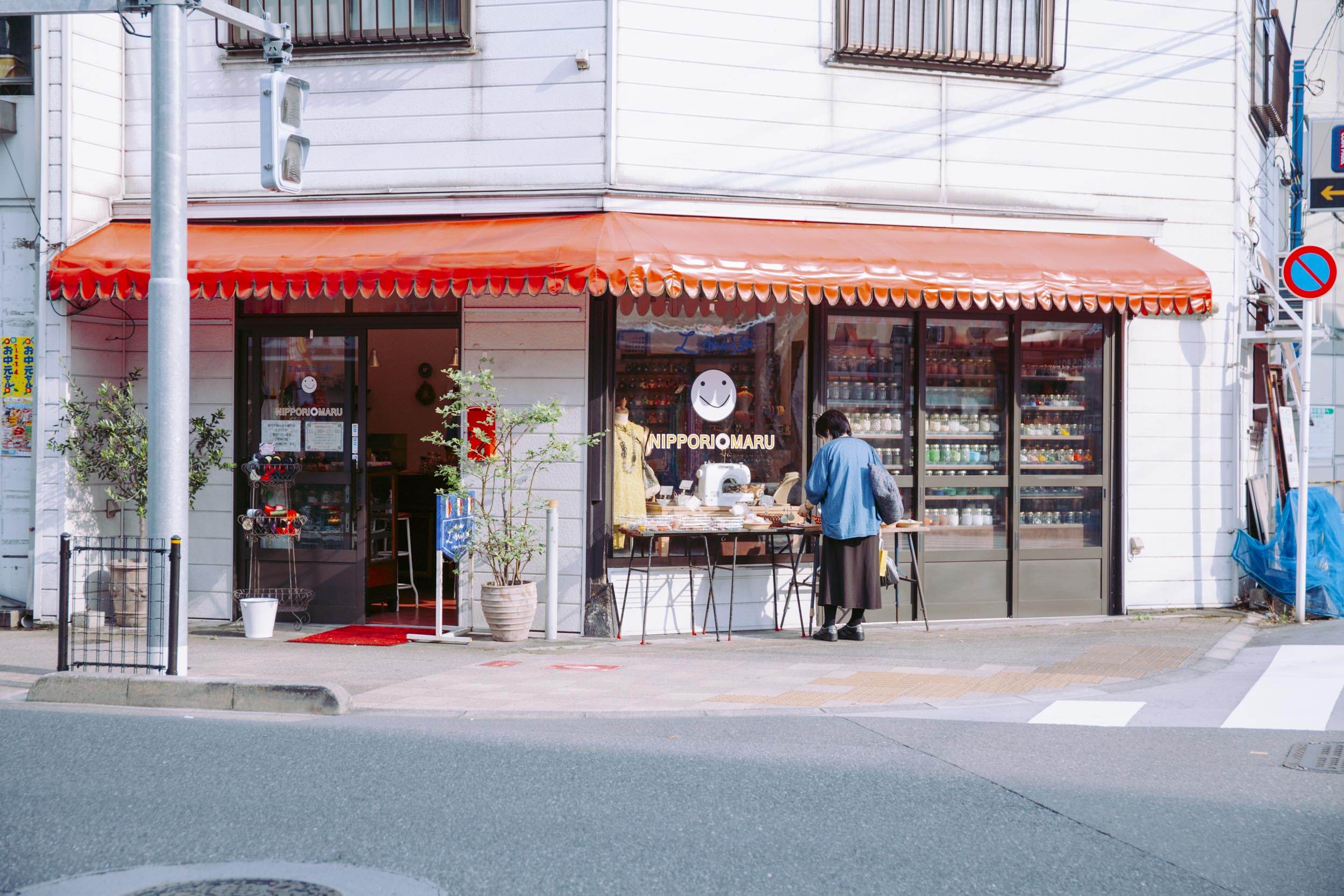

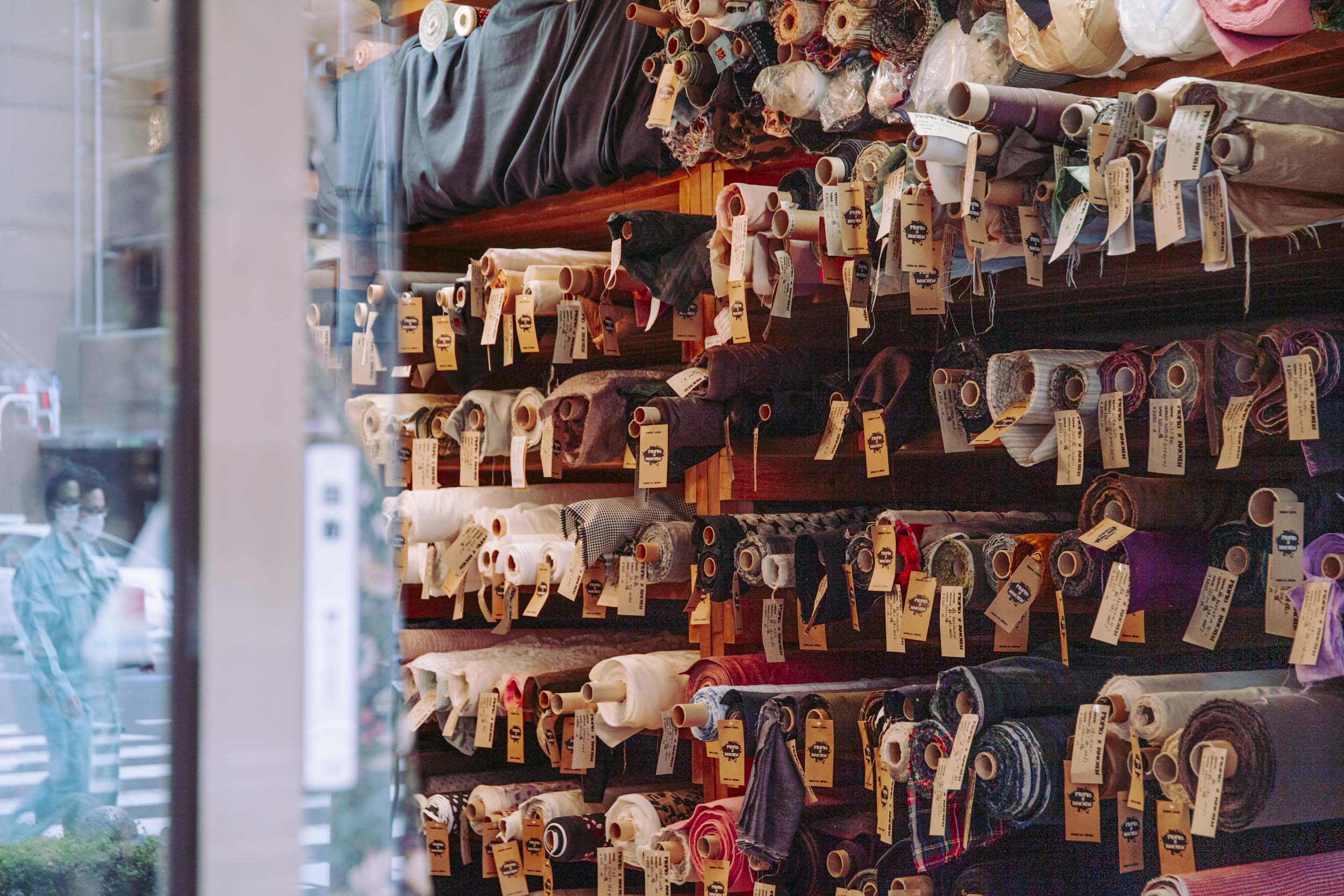
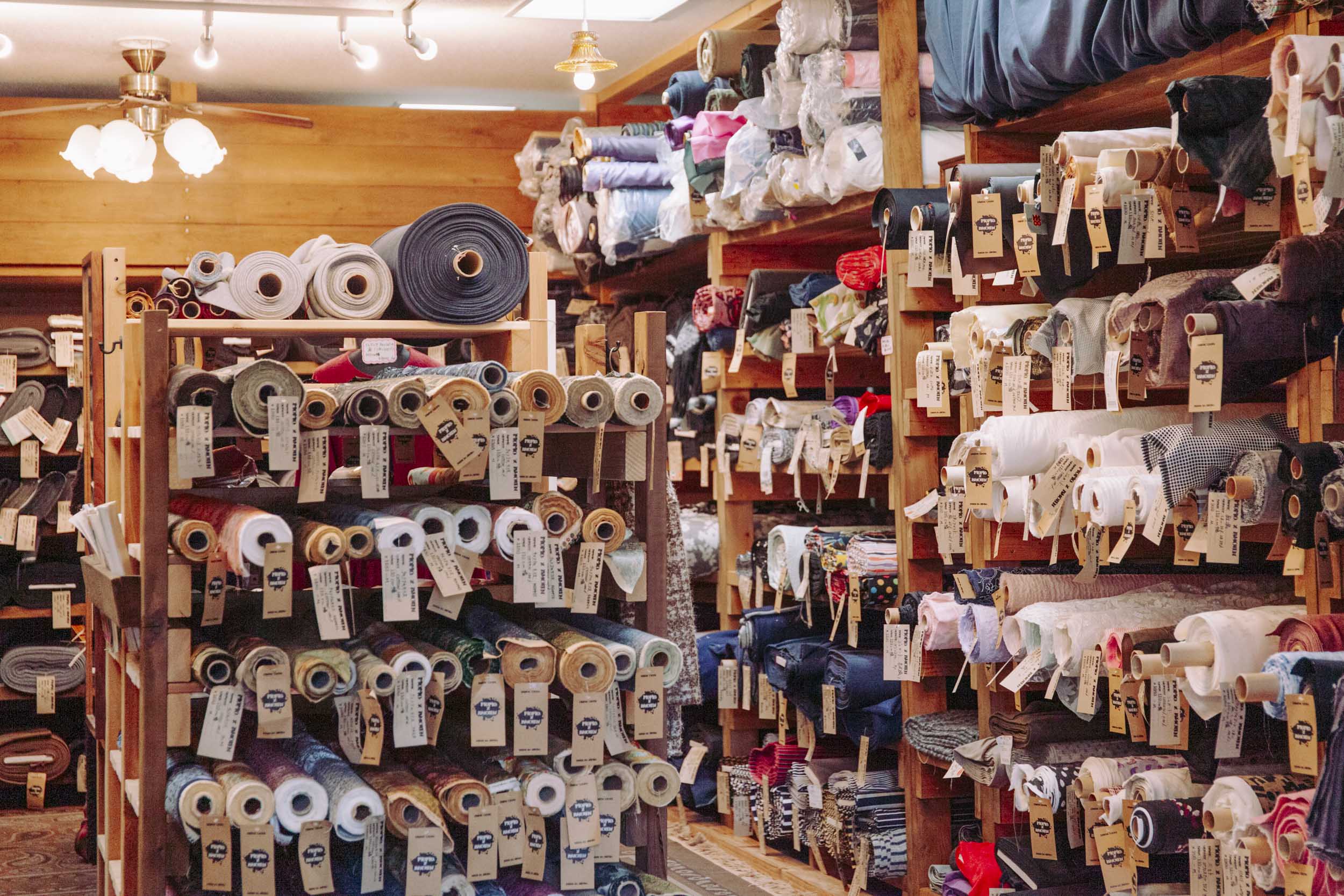
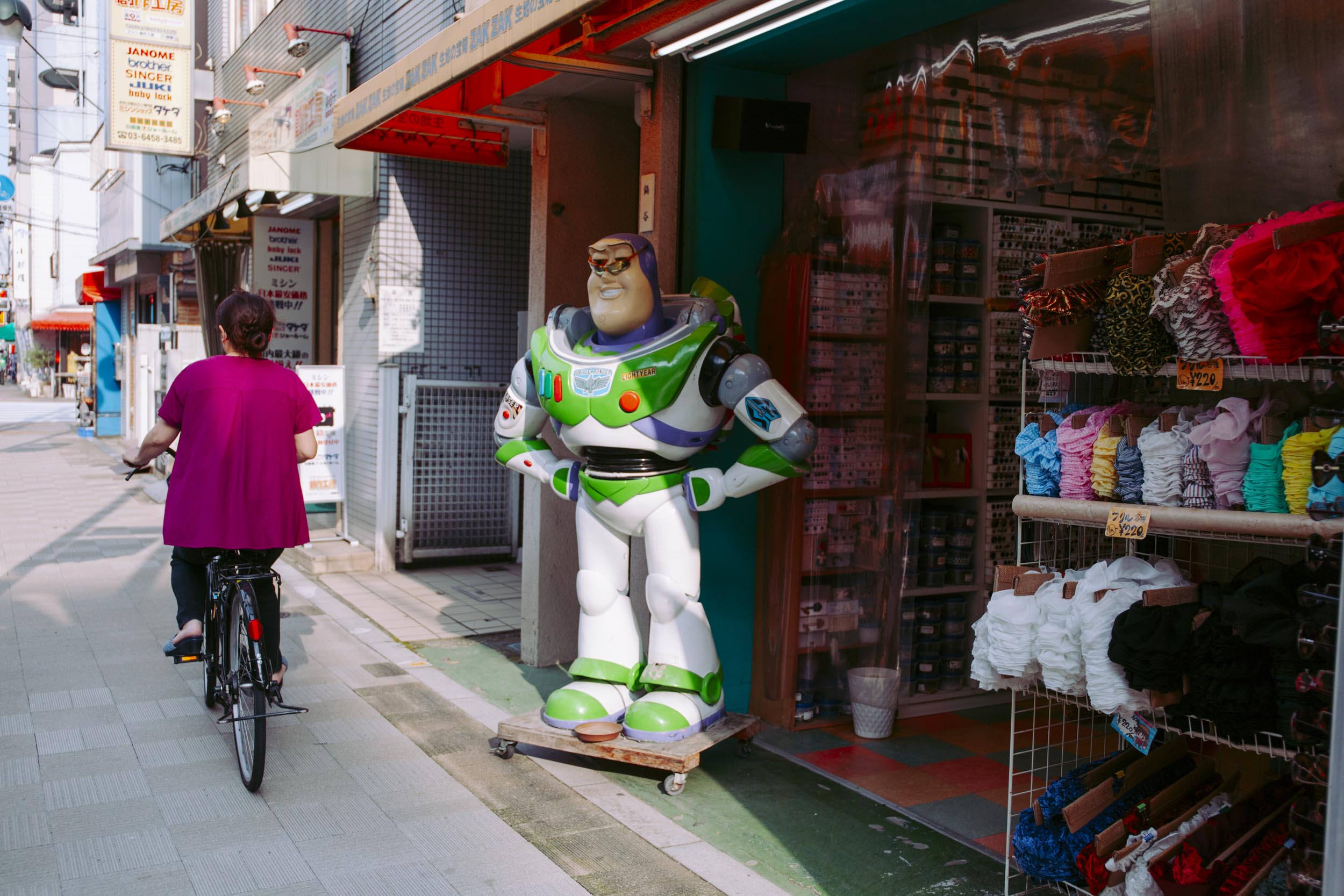
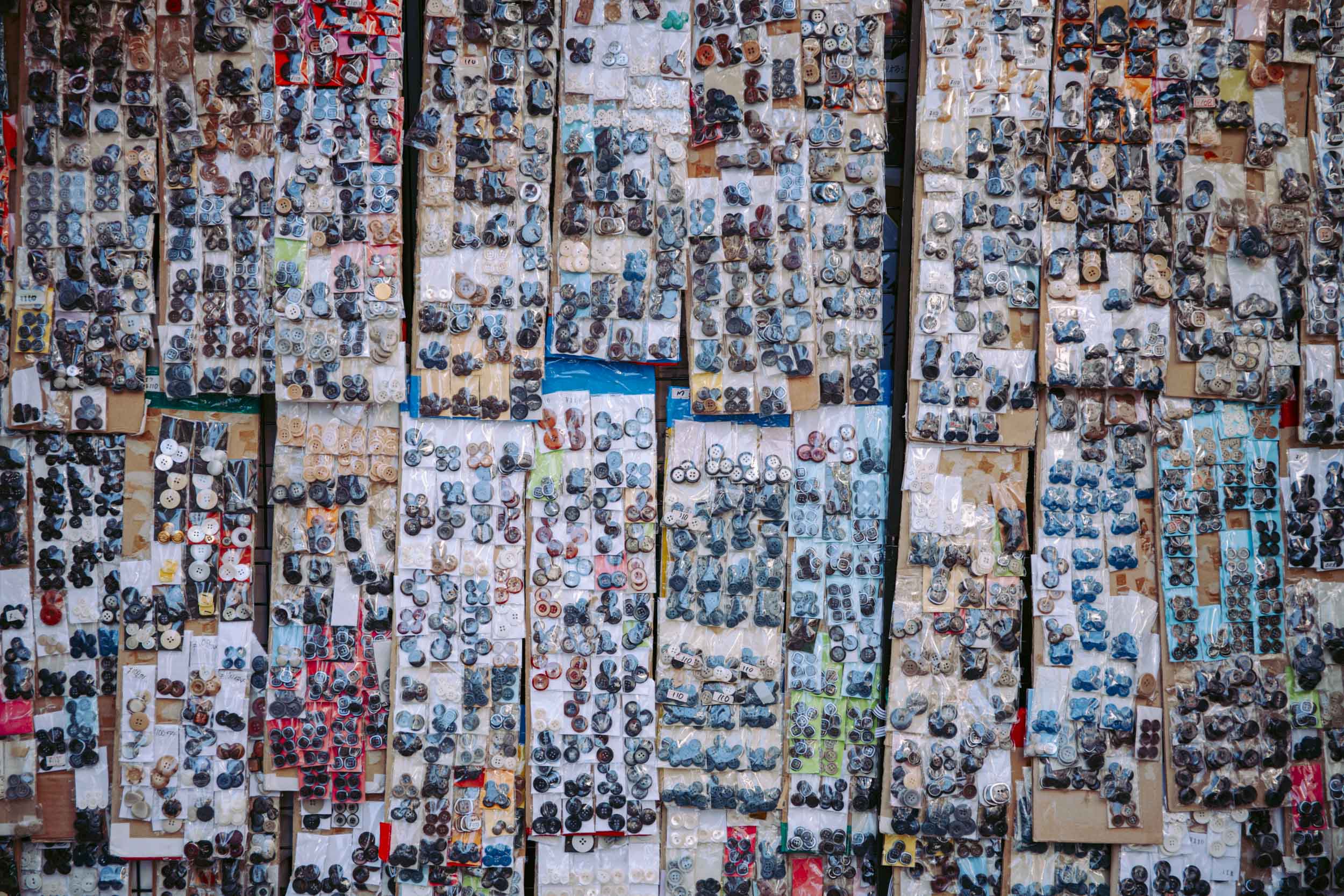
Explore more

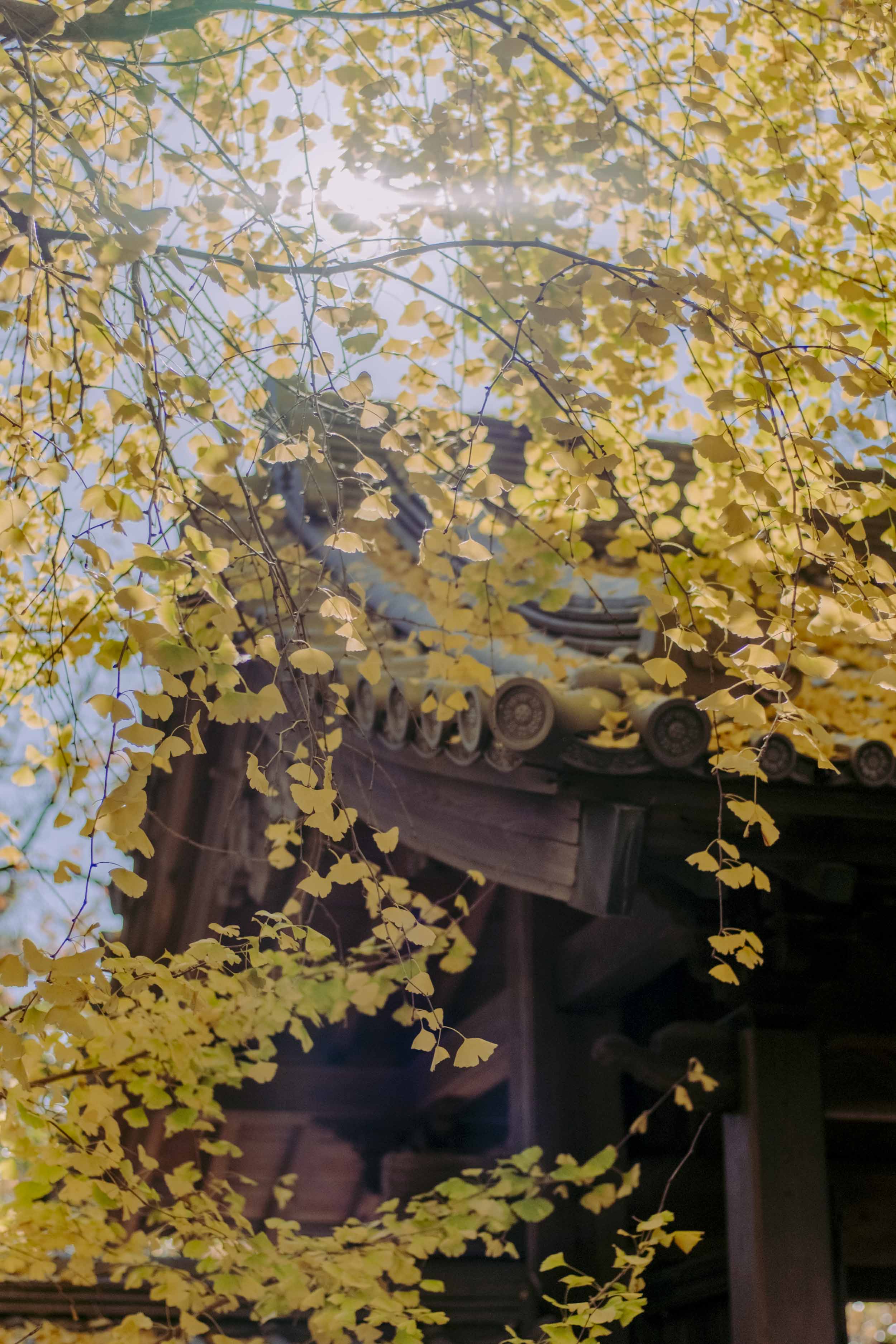
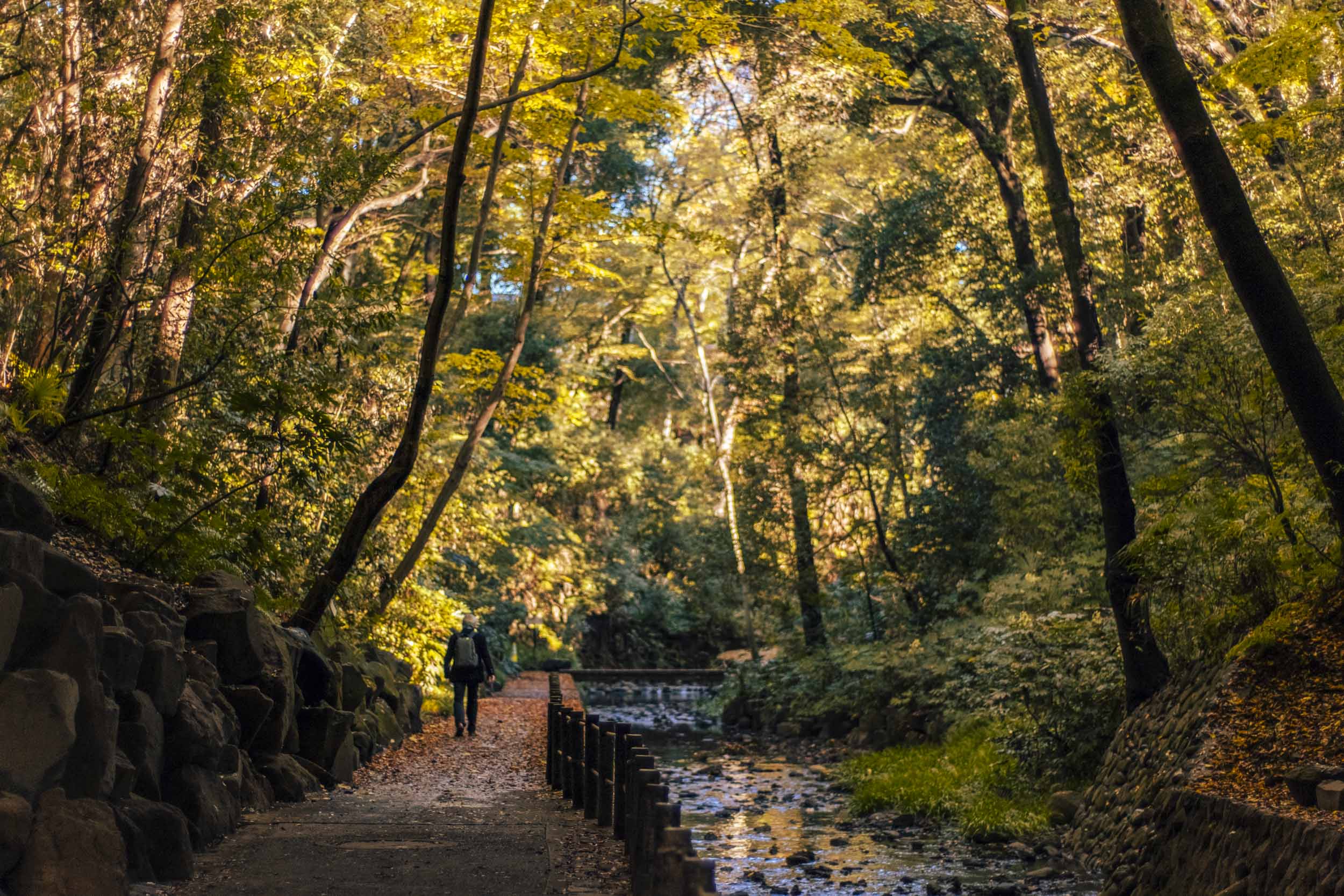
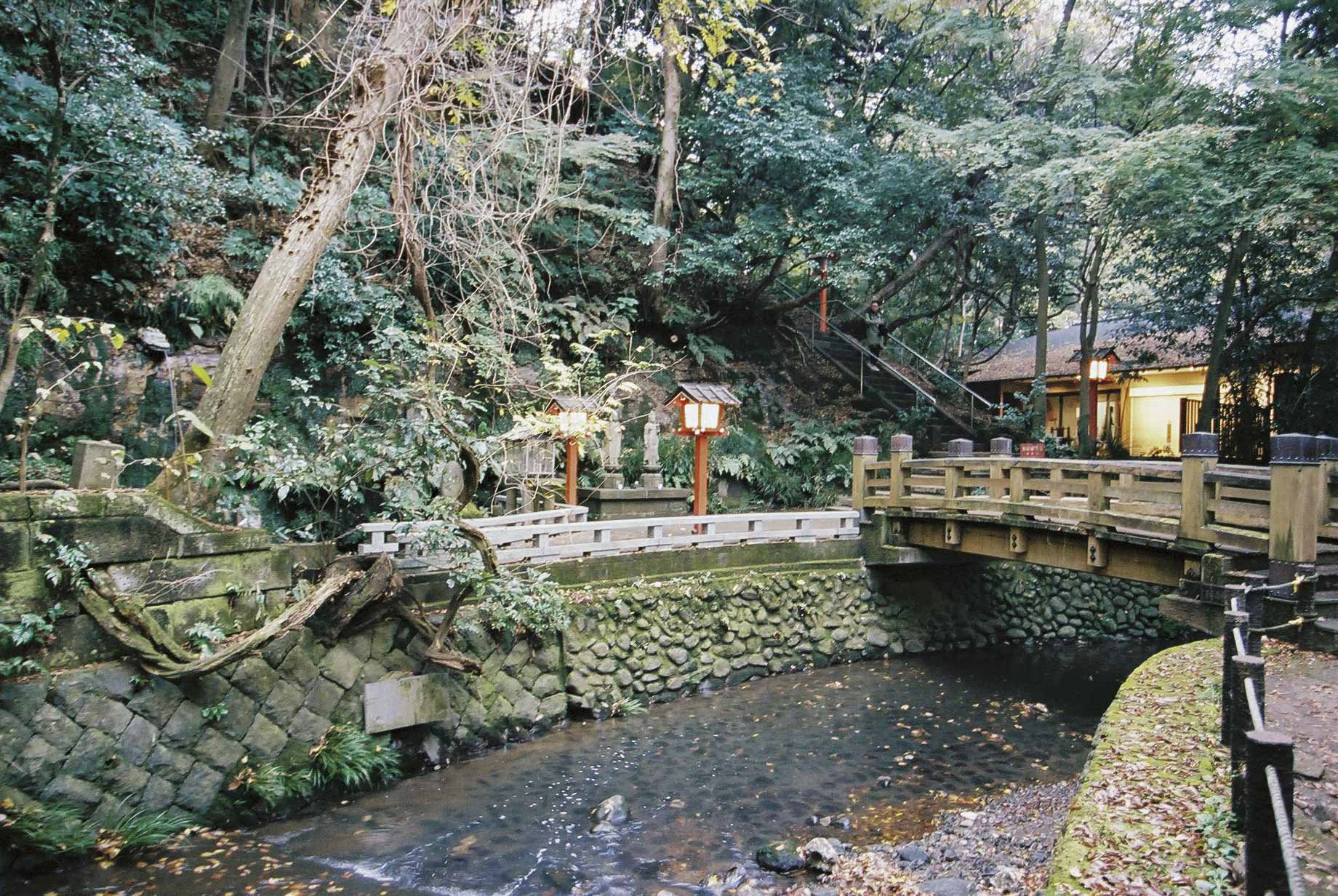
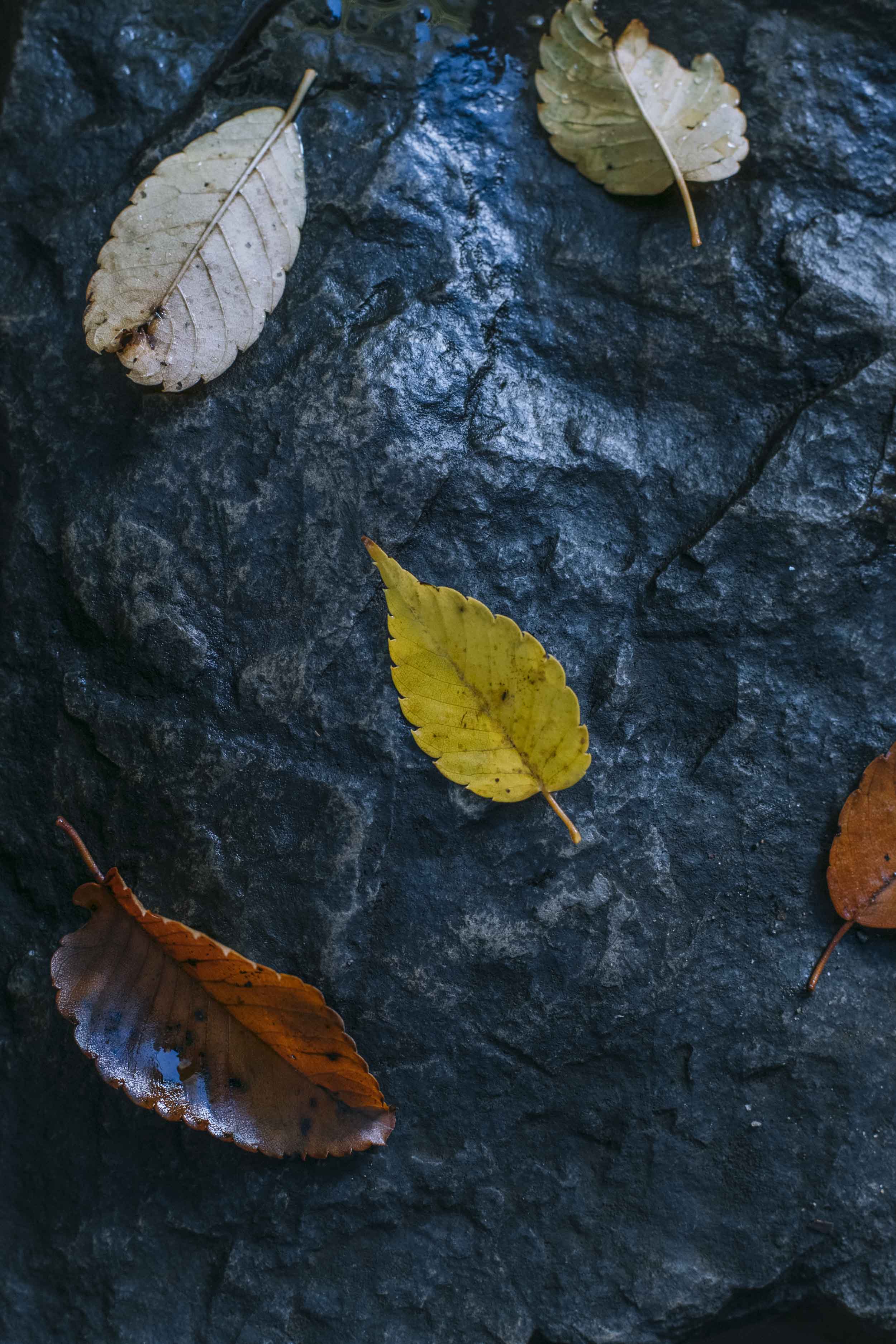
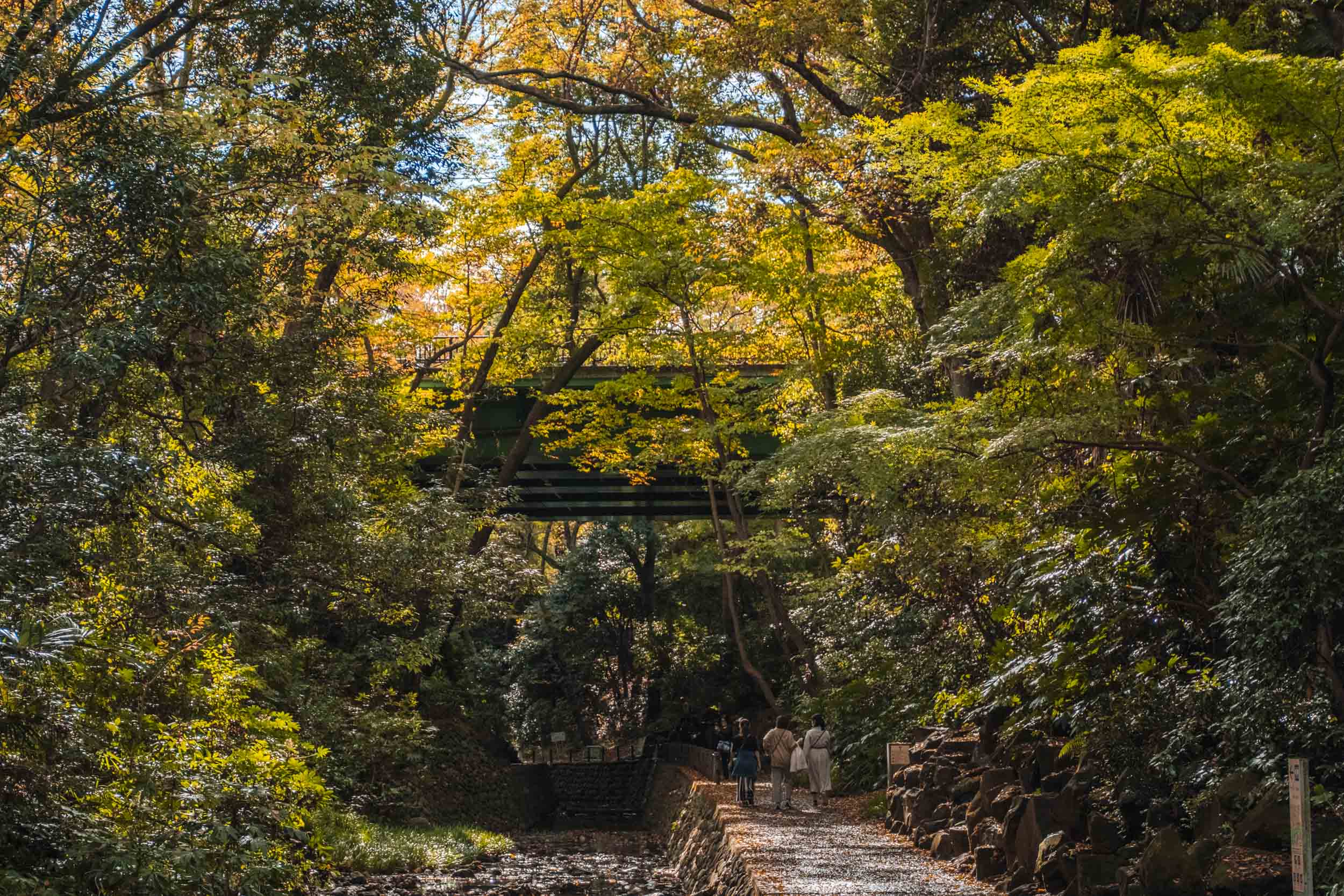
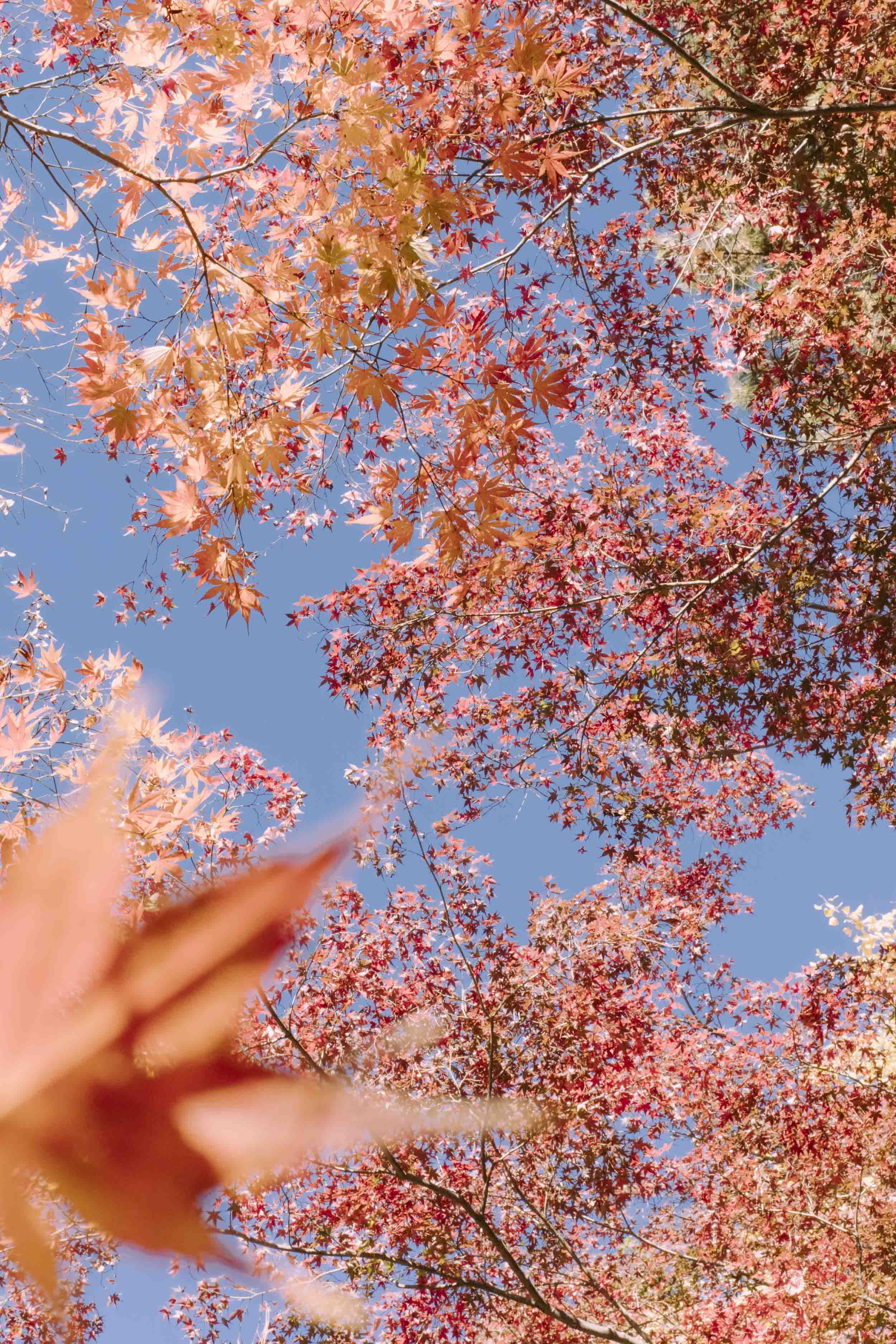
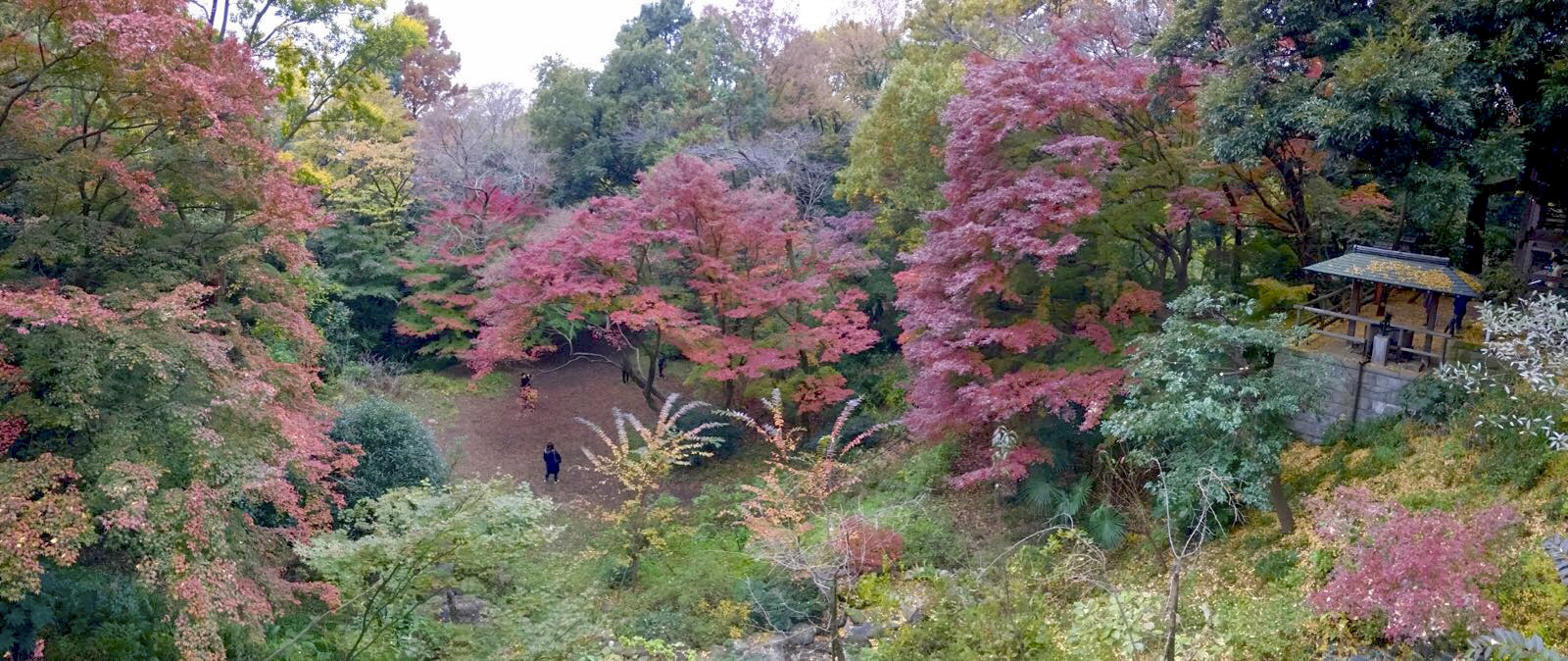

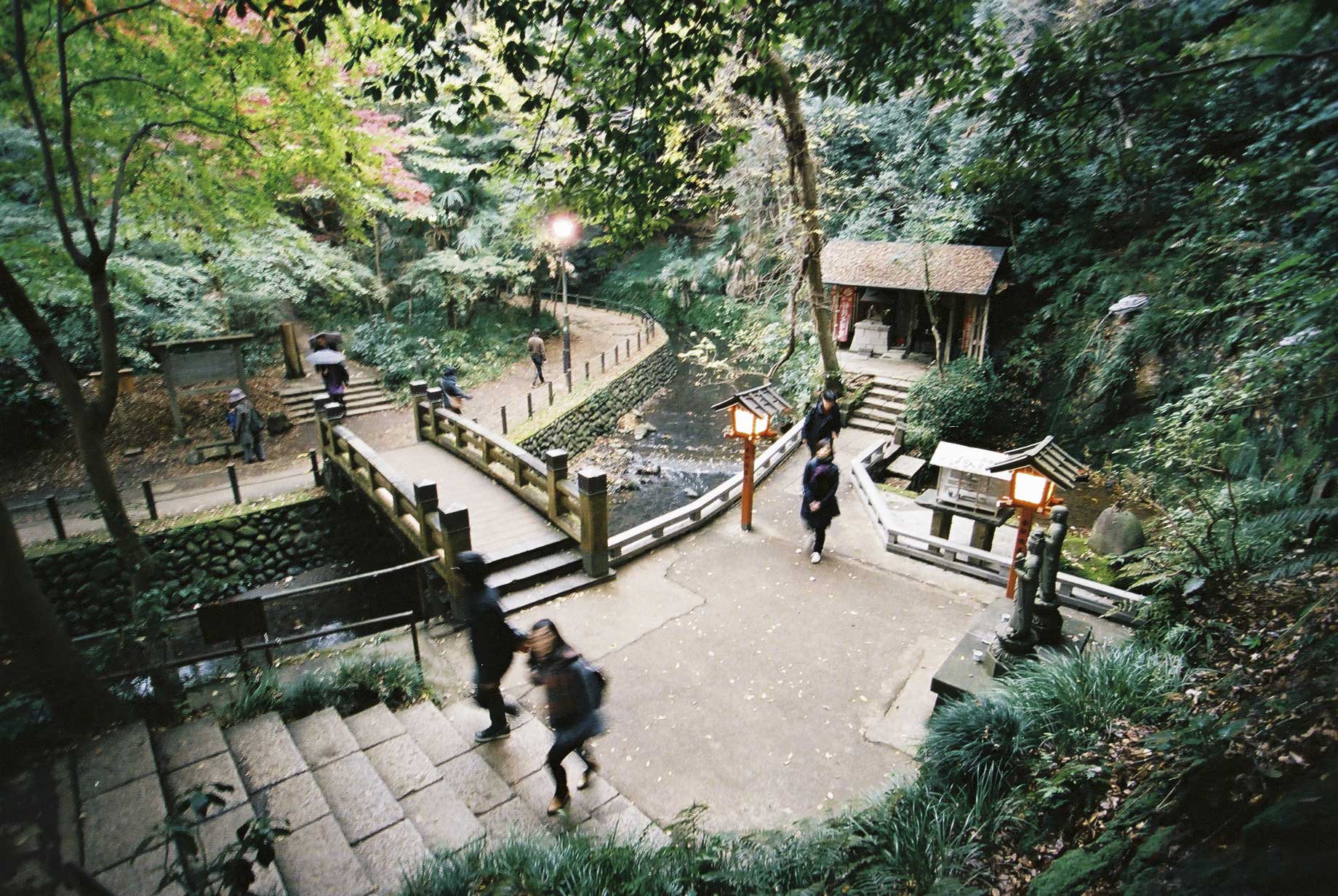
If you make your way up the stairs you will find a wooden plateau which is a wonderful place to see the cherry blossoms in spring or red and orange leaves in autumn.
Finally, you can exit Todoroki valley through Todoroki Fudosan Temple or make your way back one more time along the quiet pathway back to the station.
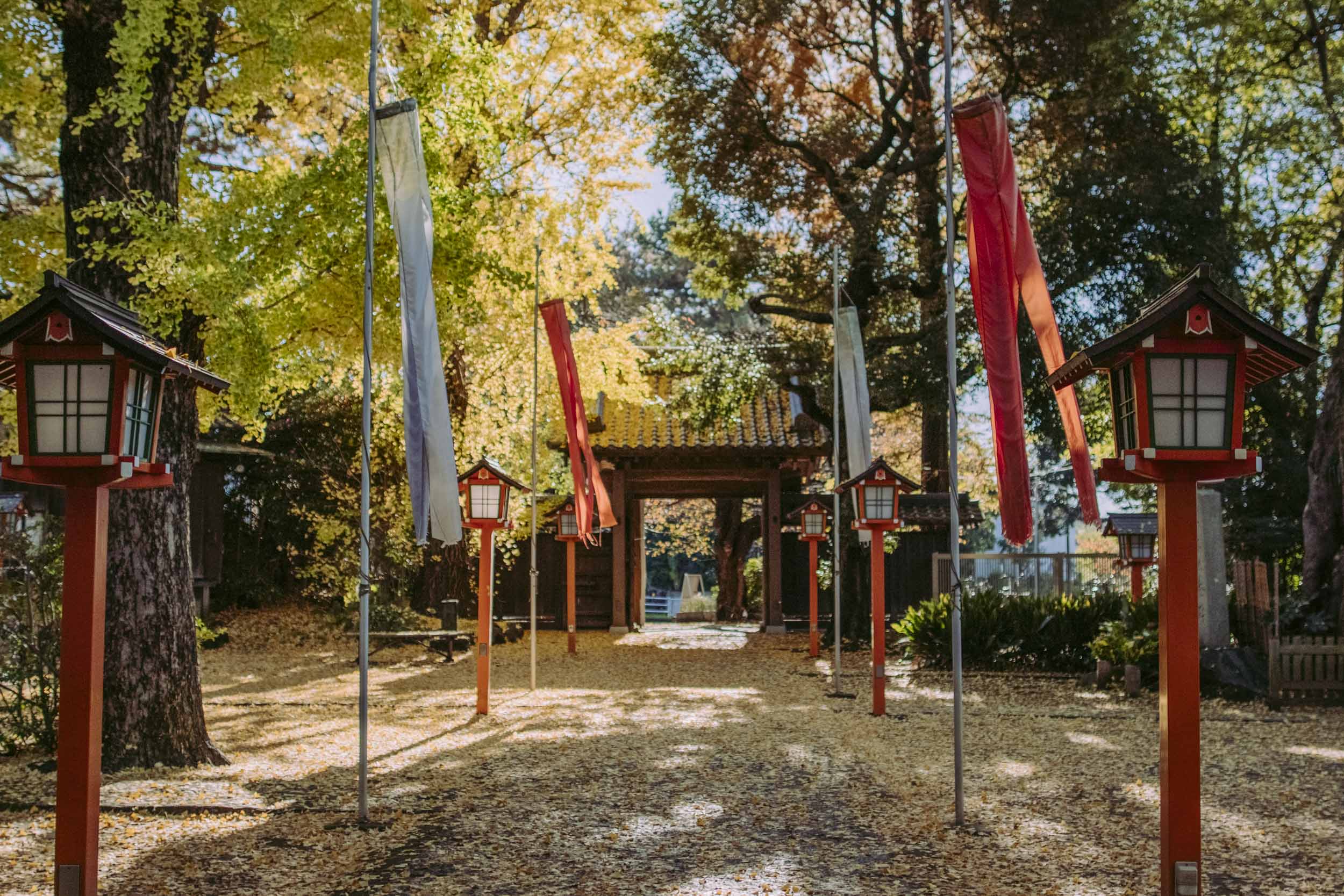
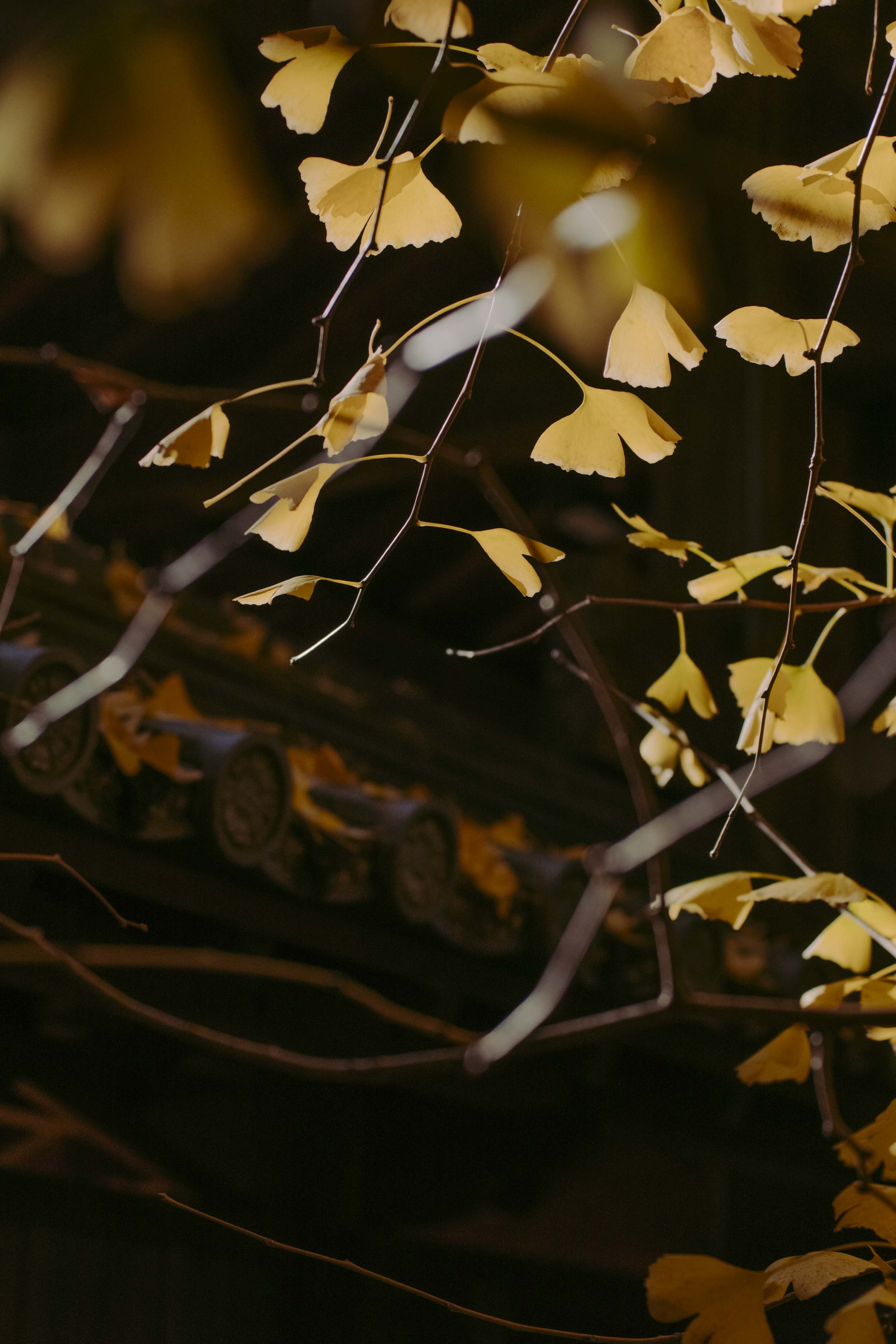
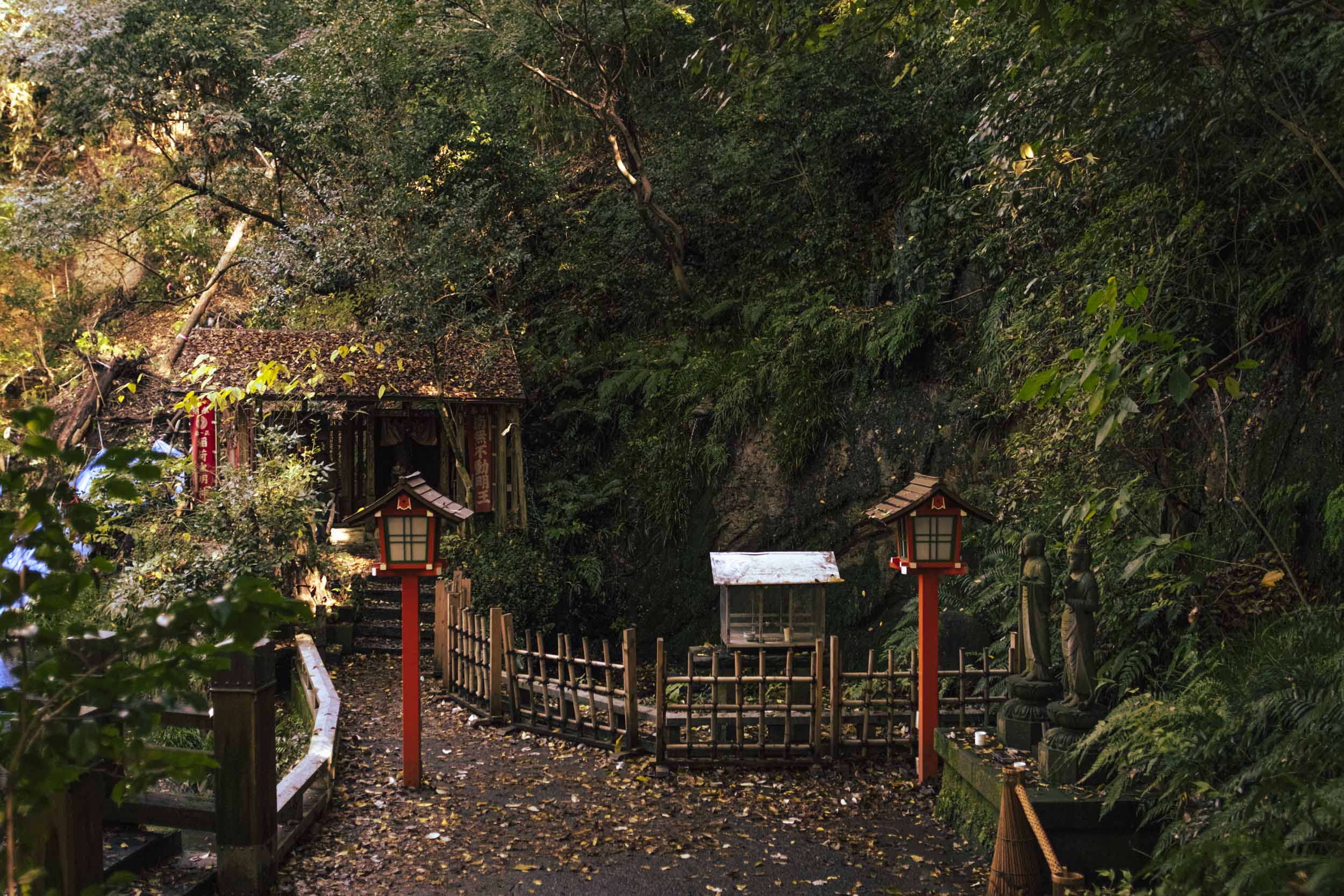
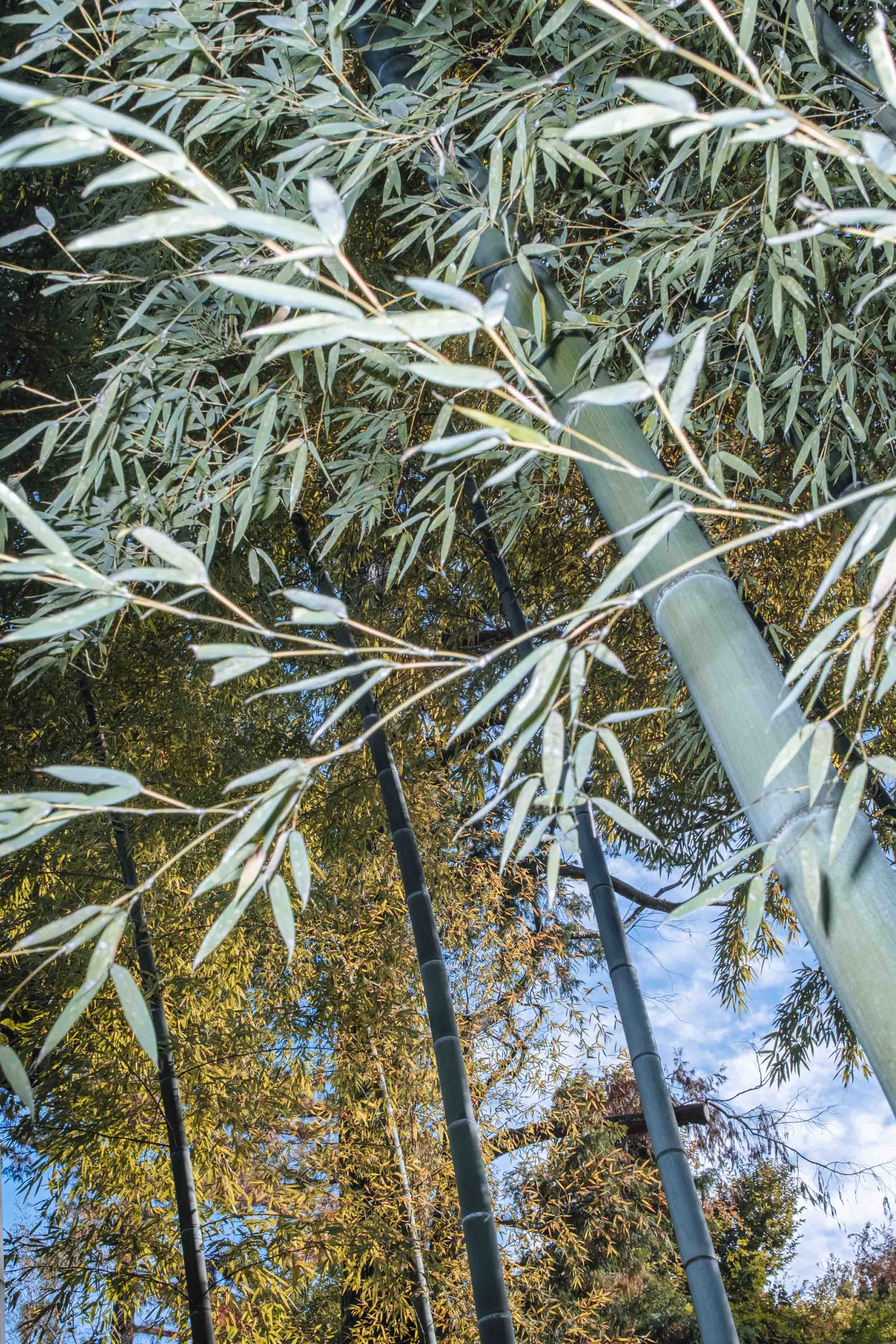
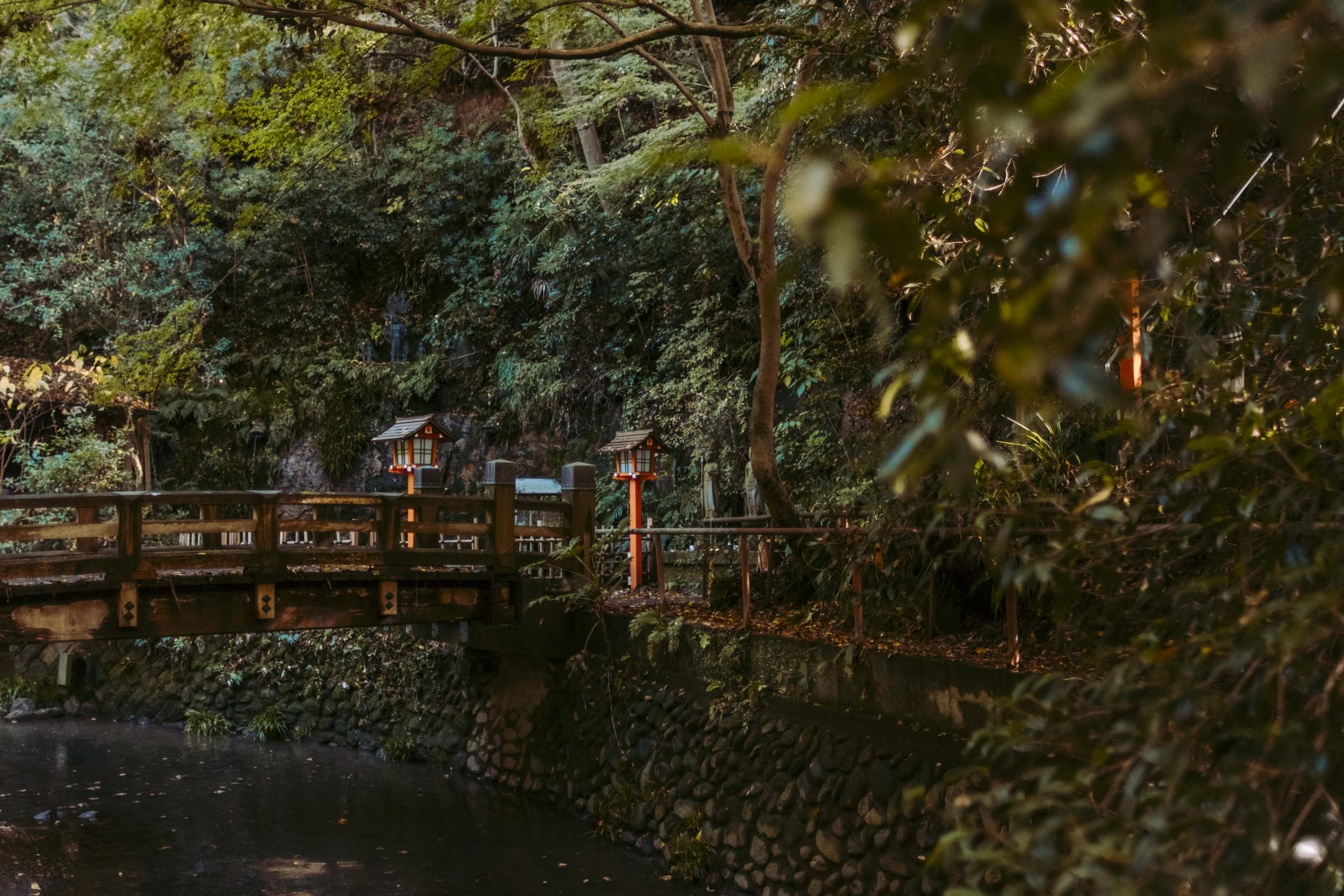

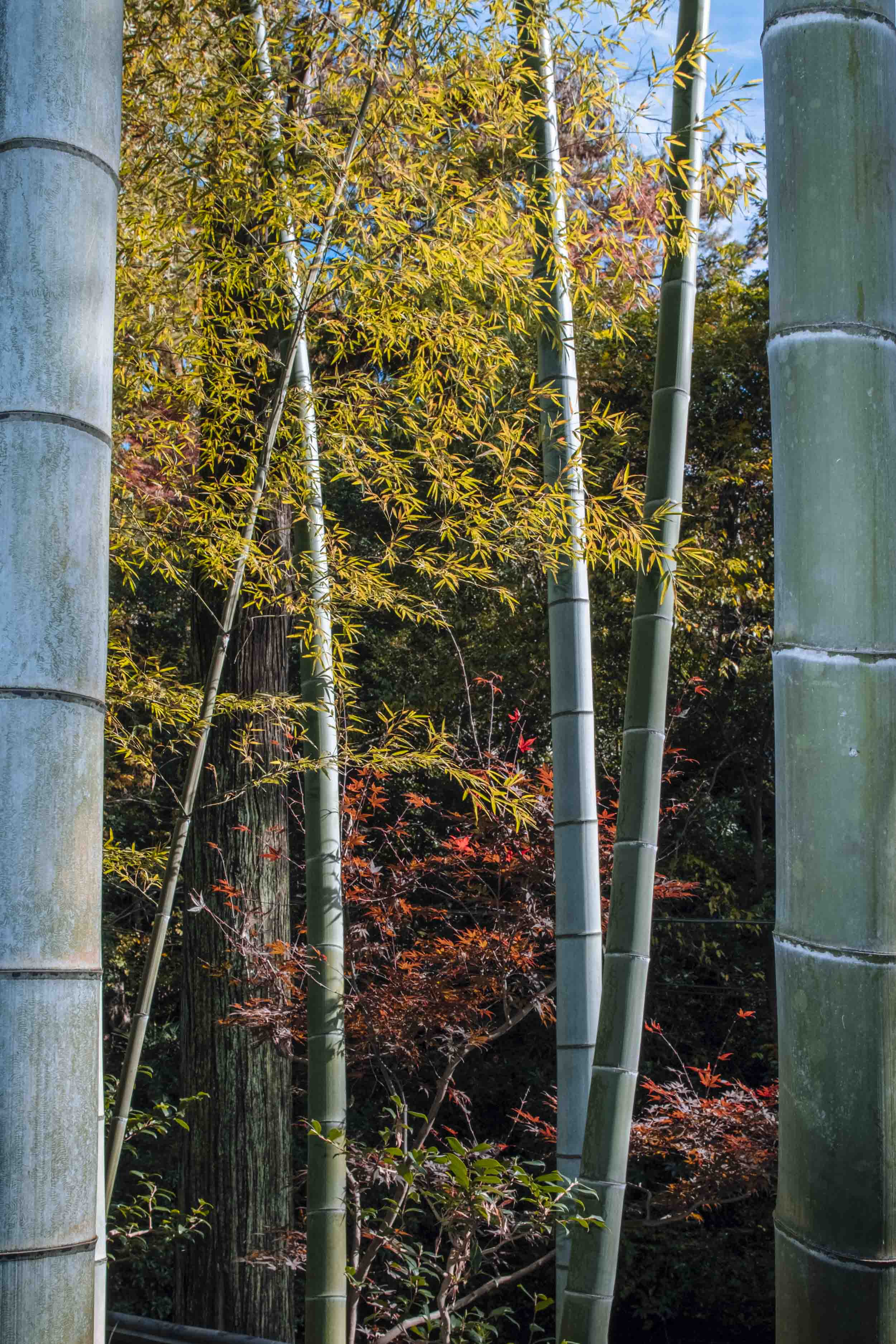

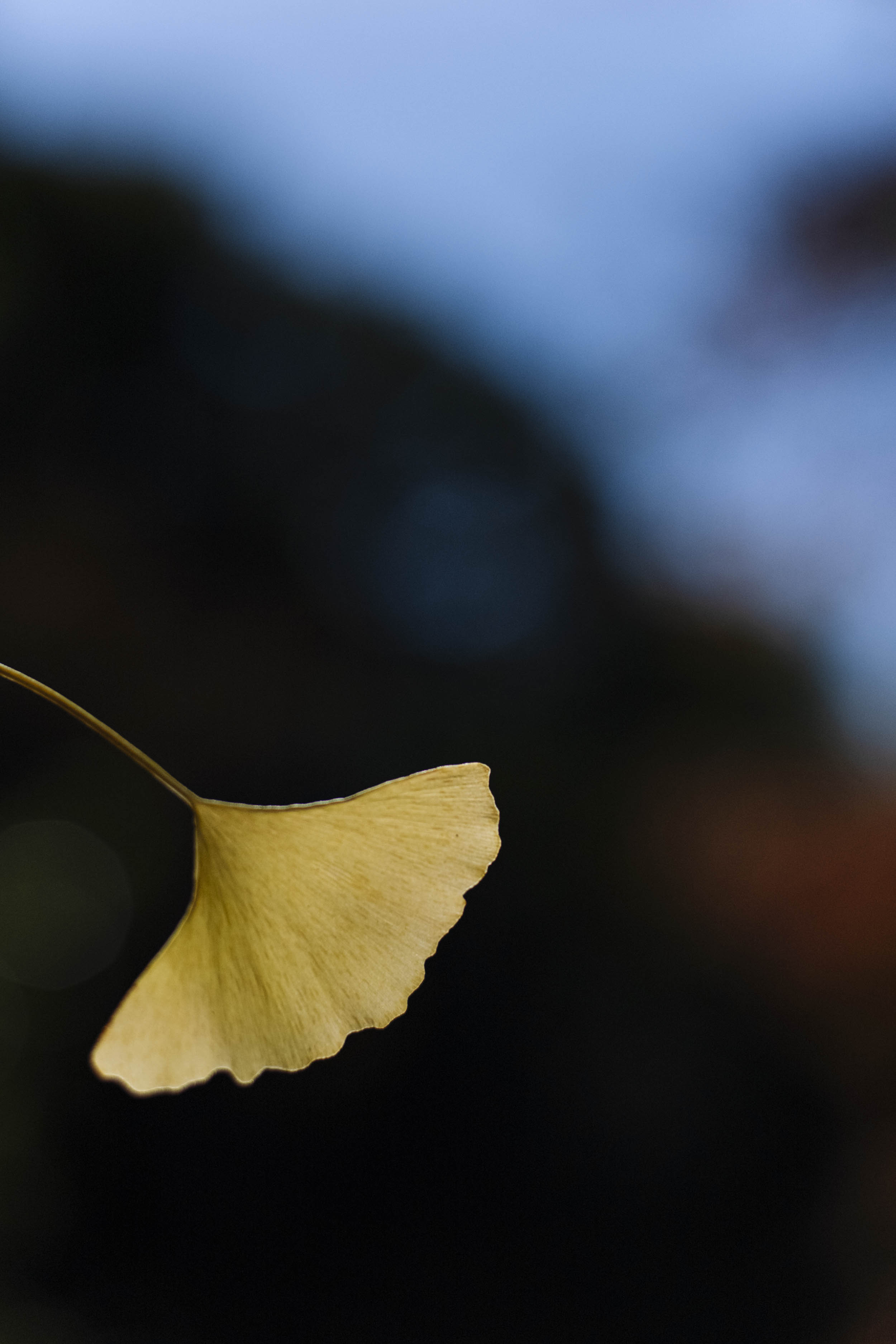
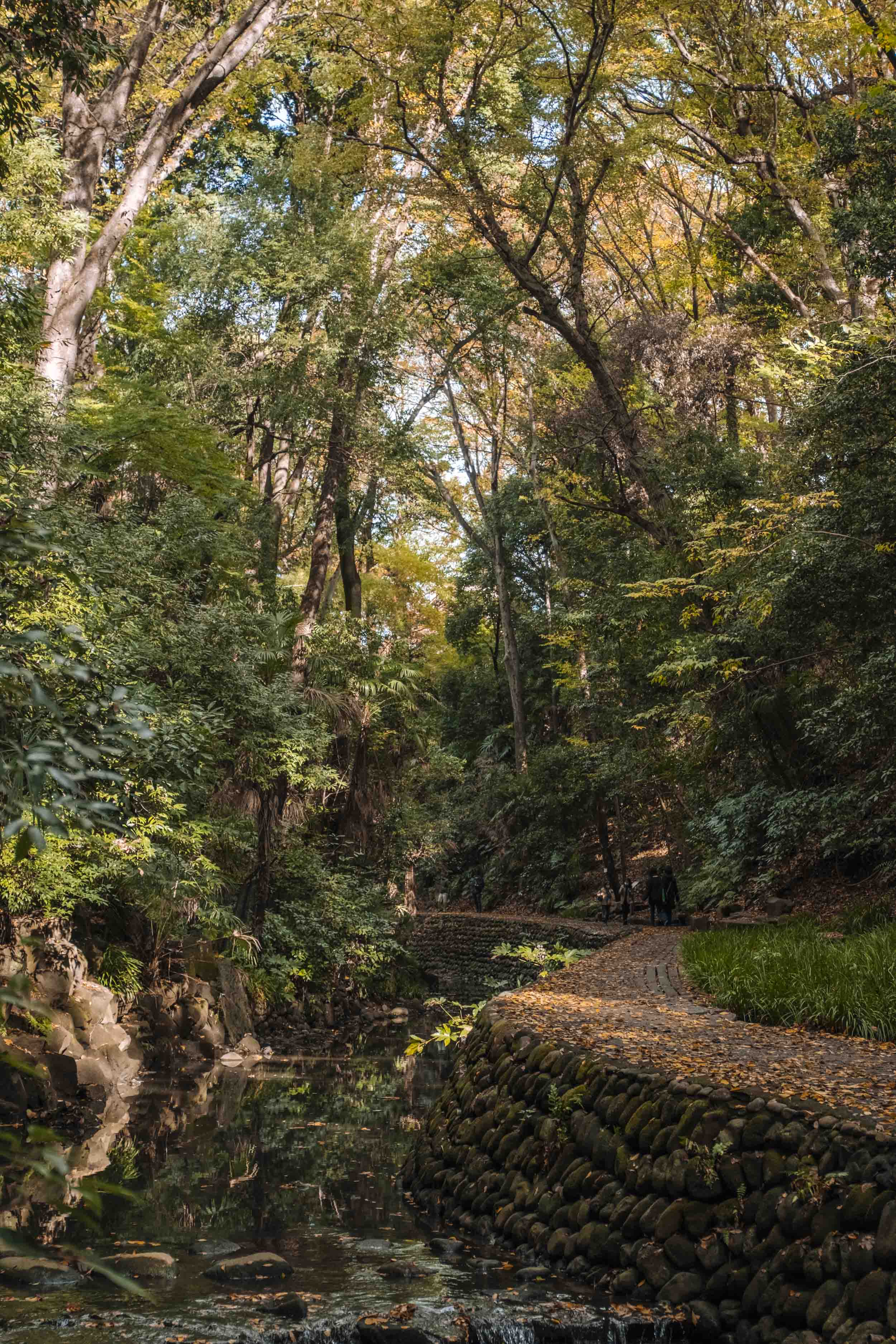
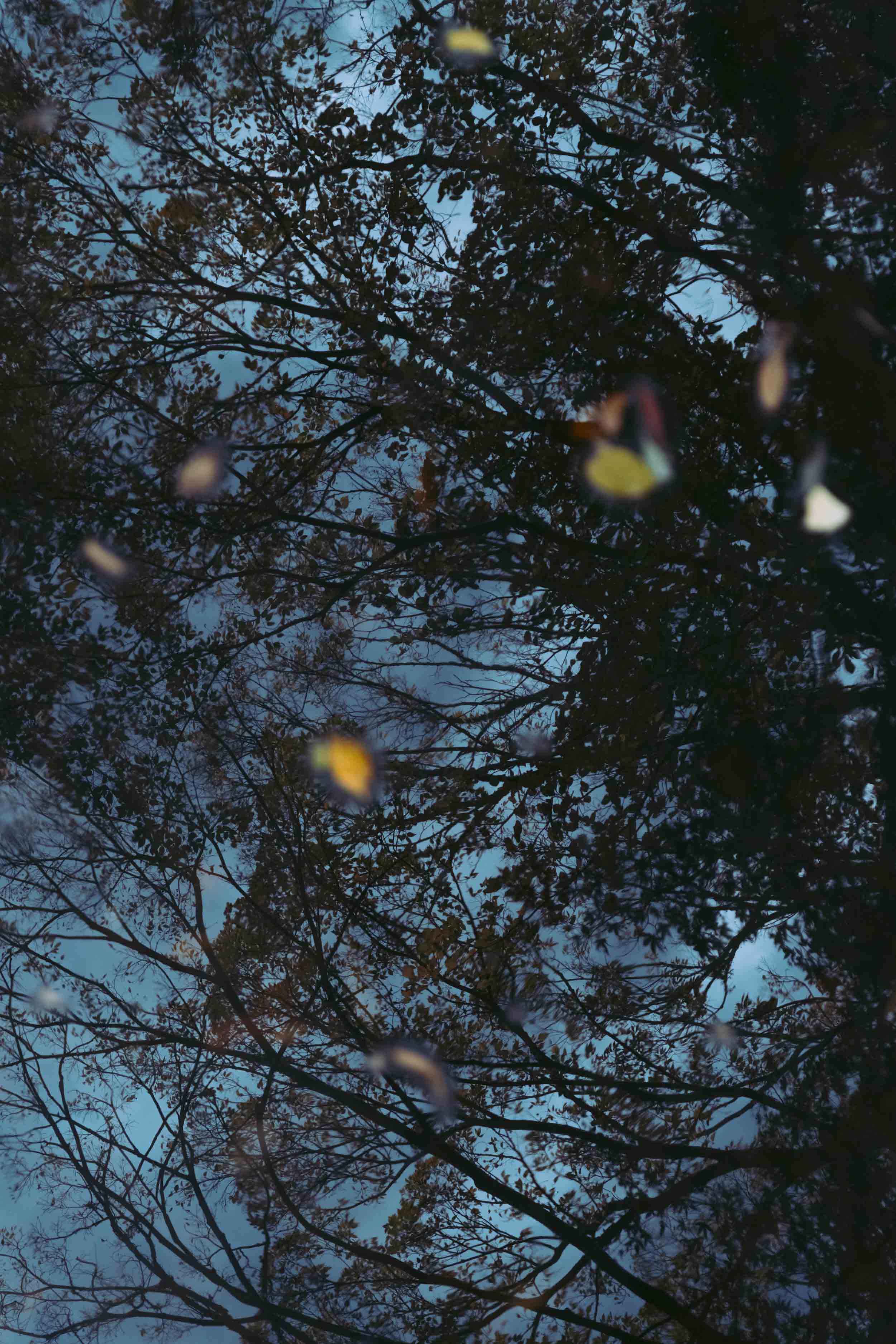
More things to explore

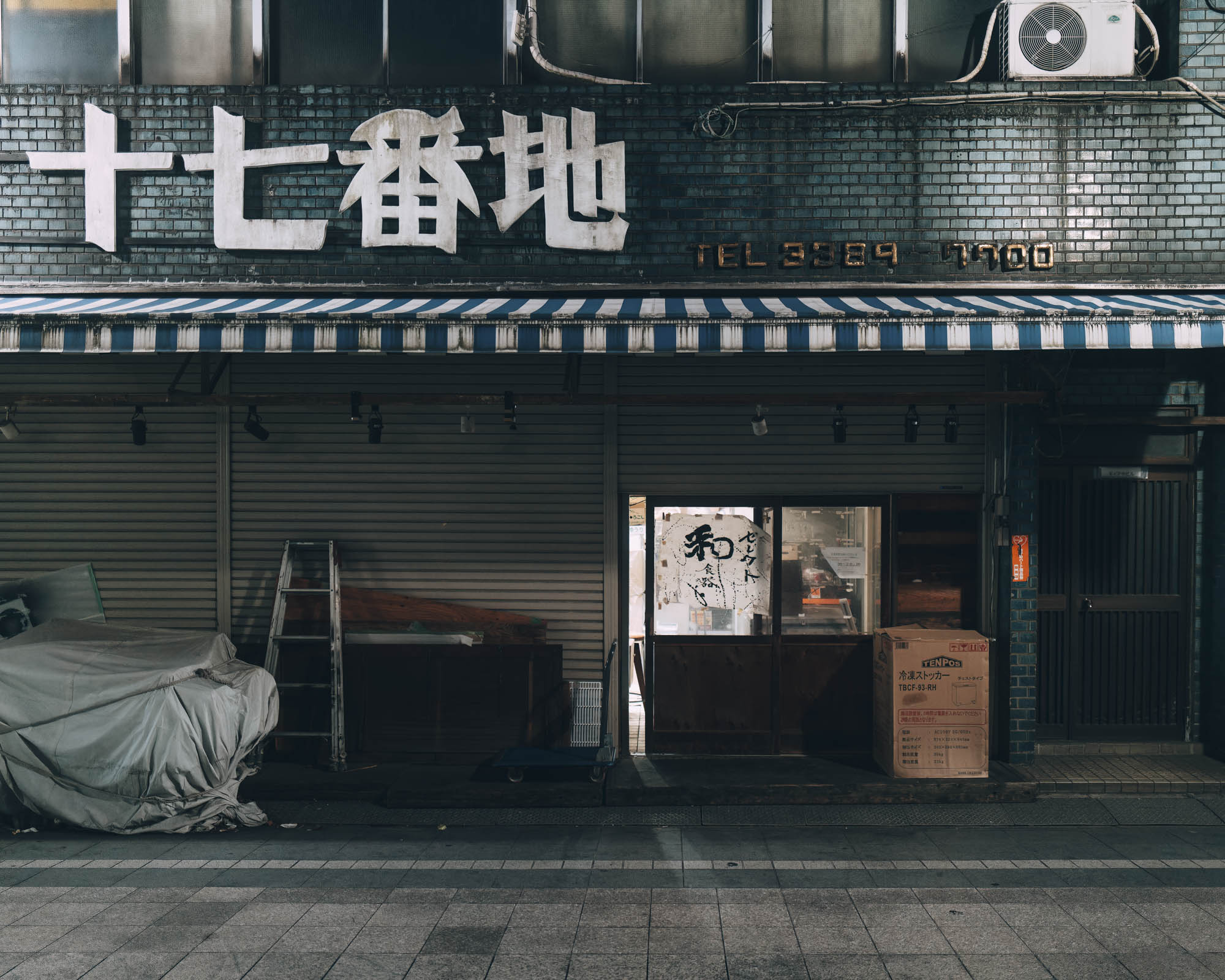
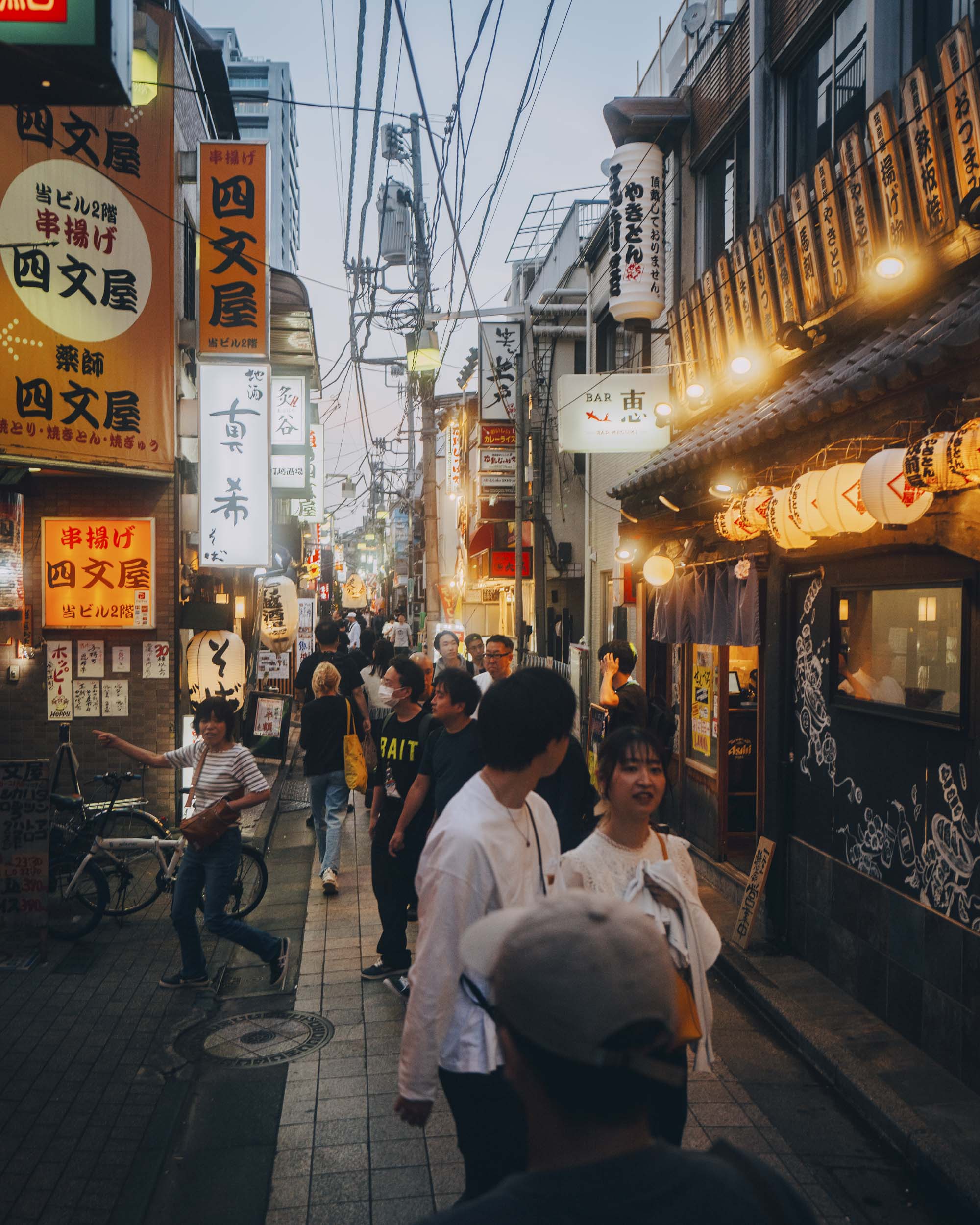
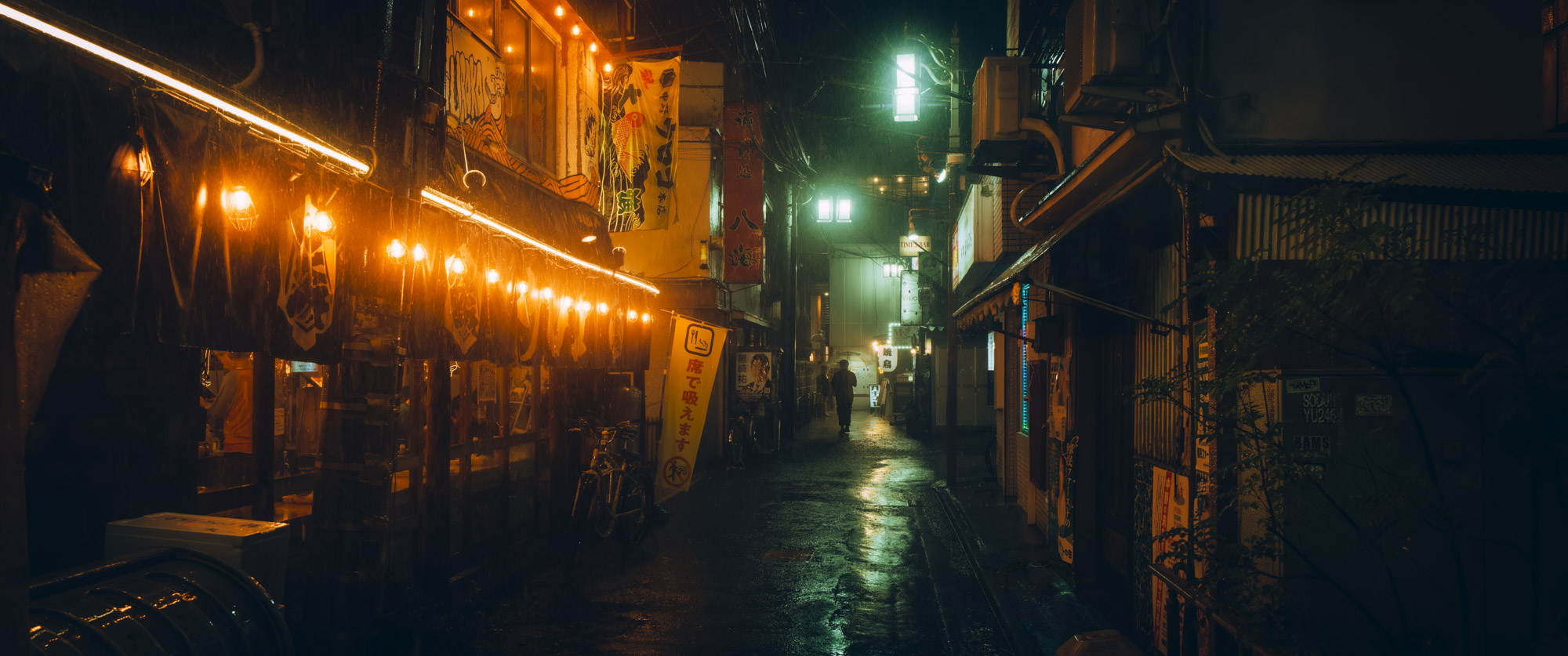
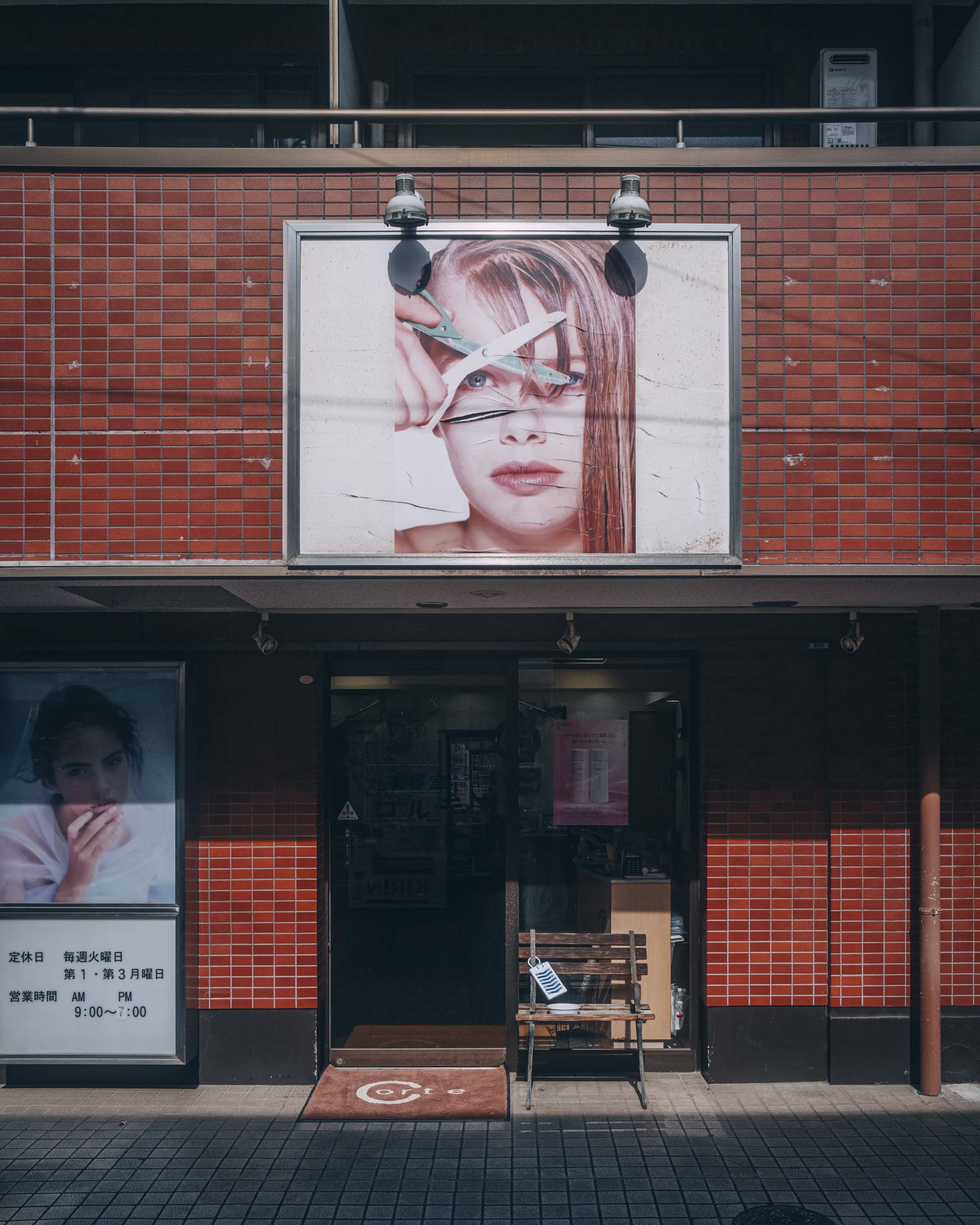
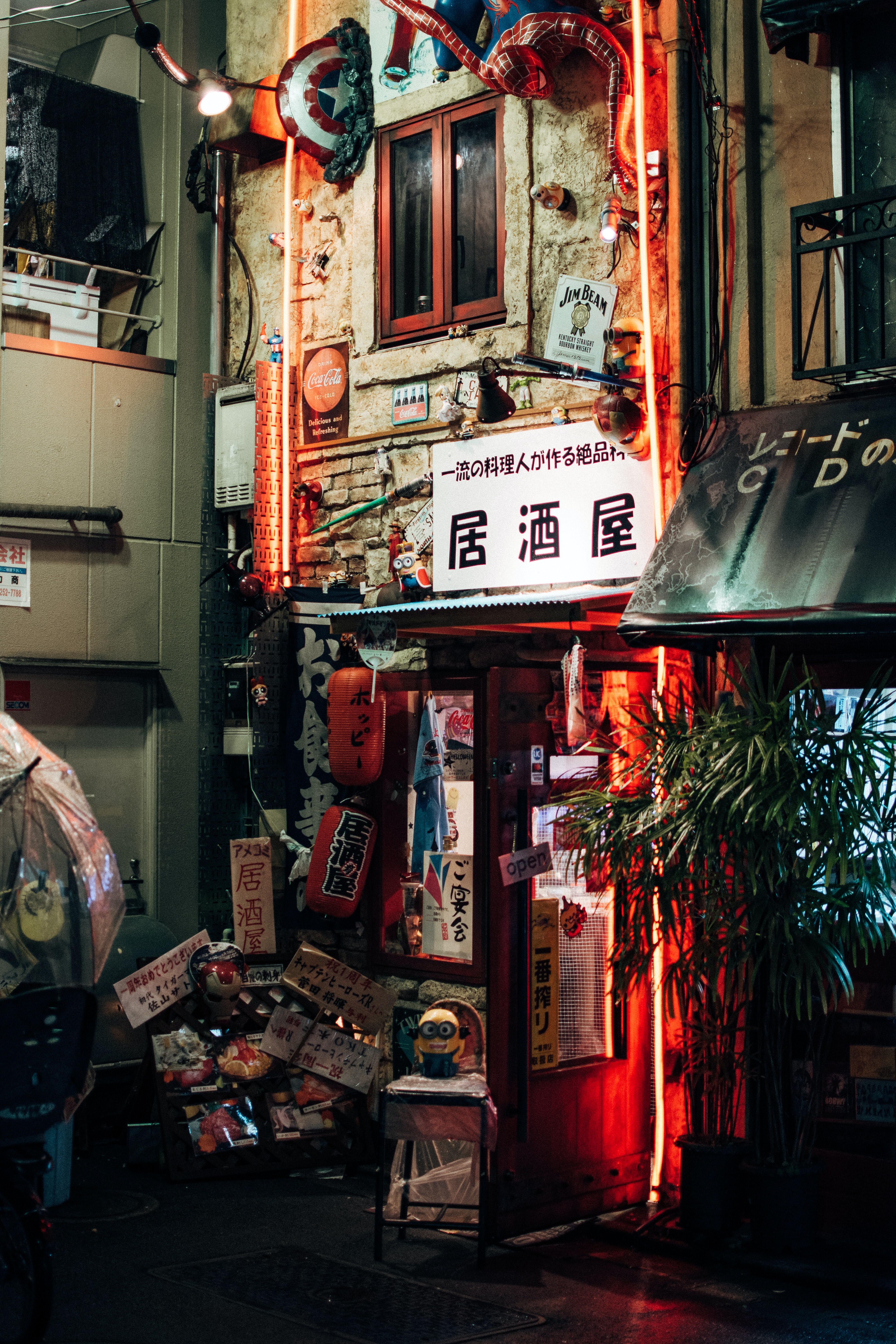


There’s a rhythm to your narrow alleyways, a quiet hum that comes alive as the day unfolds. In Nakano Broadway, I wander past vintage manga and quirky collectibles, feeling the pulse of a city that loves its past but isn’t afraid to play with the present. As the sun sets, you reveal a different side — warm lights spilling from izakayas, locals gathering for drinks, and a sense of community that’s rare in a city so vast.
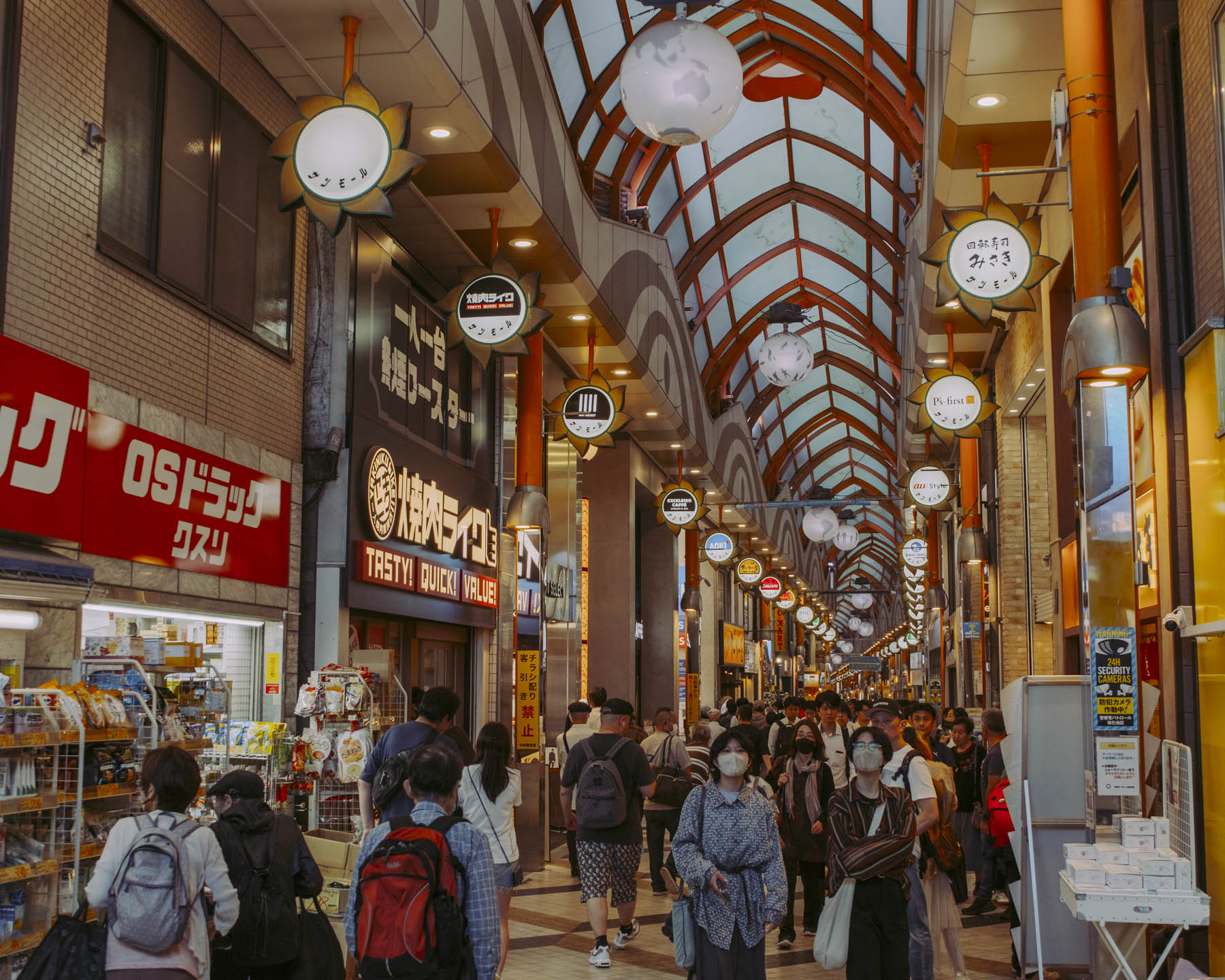

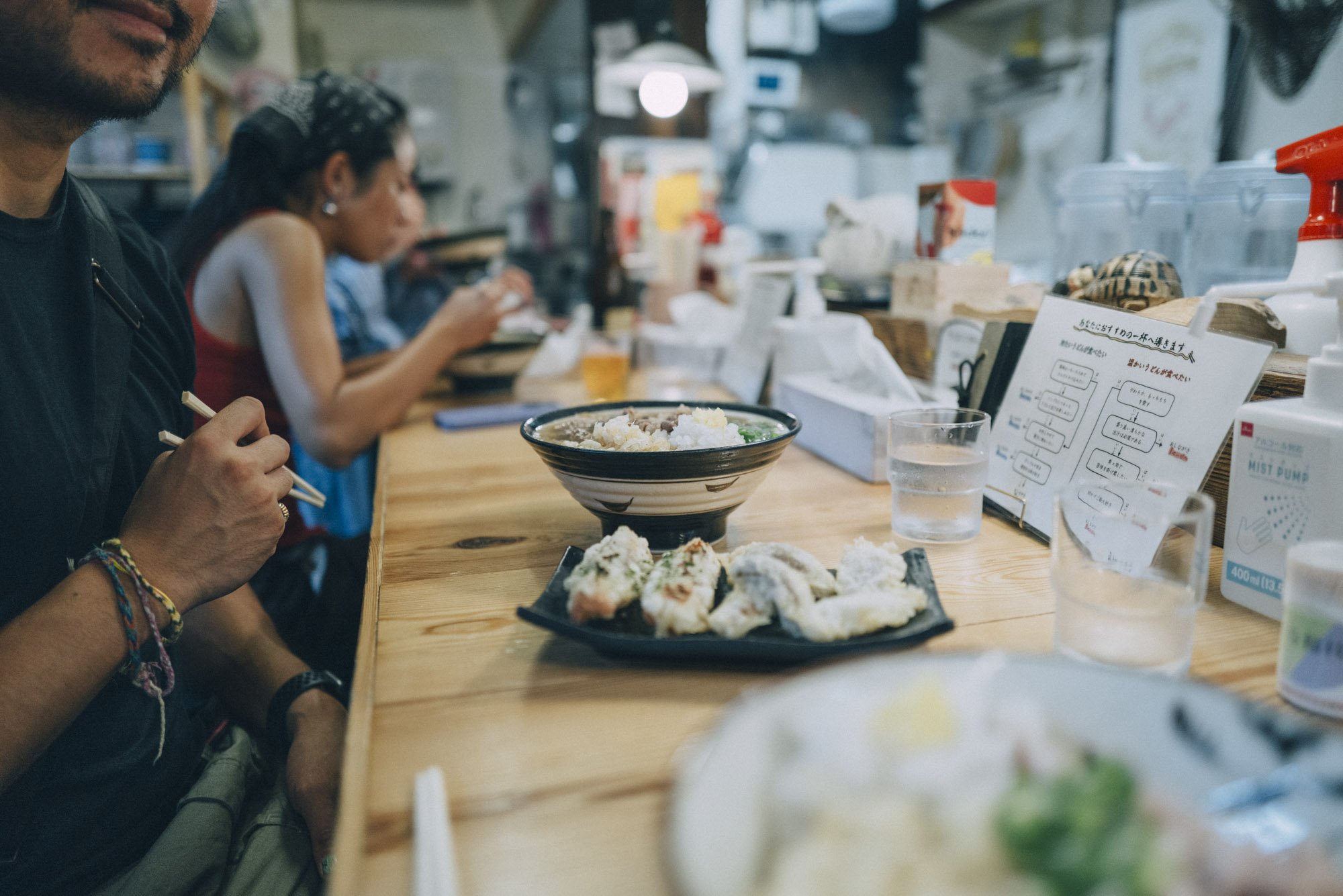

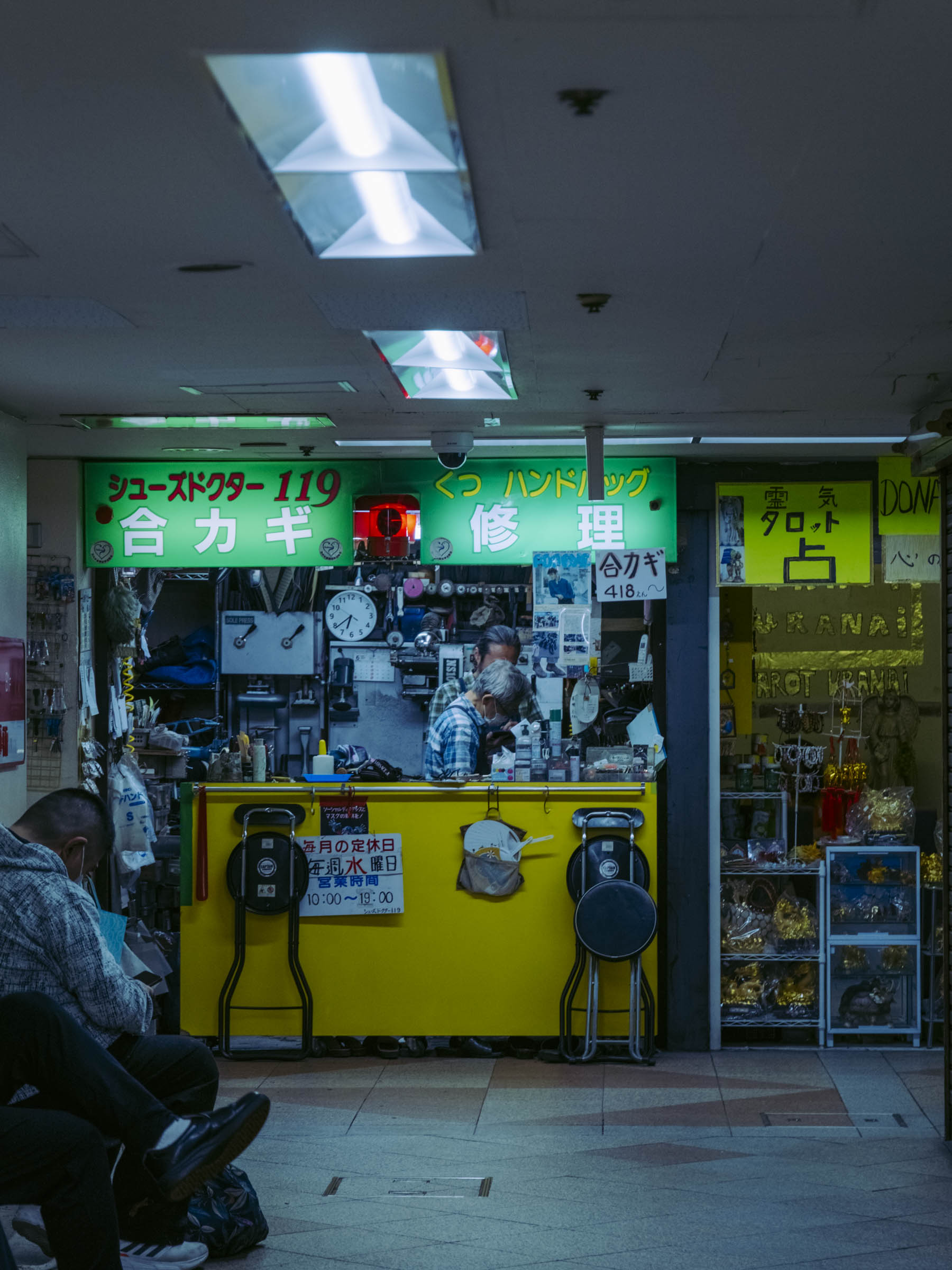
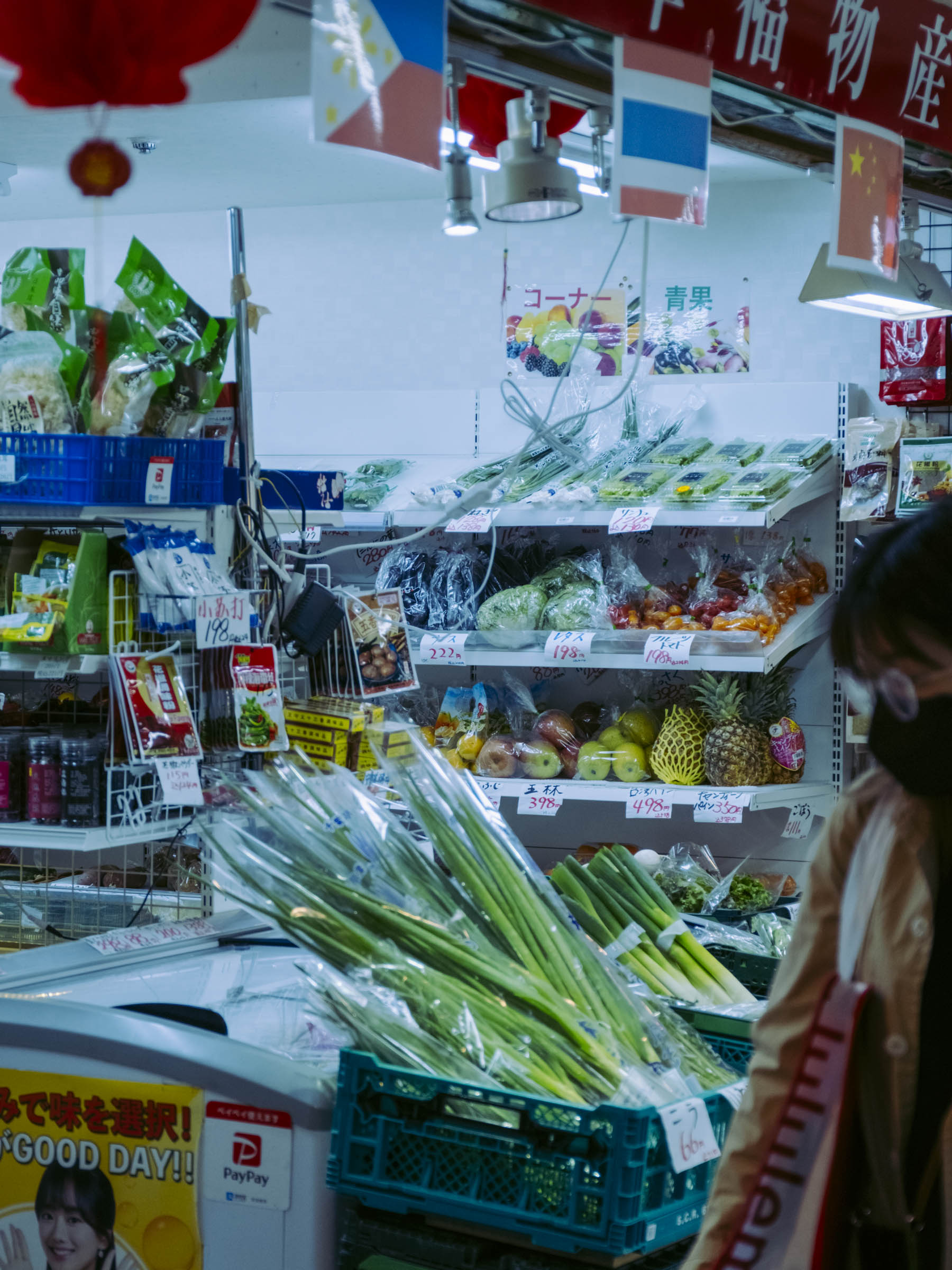

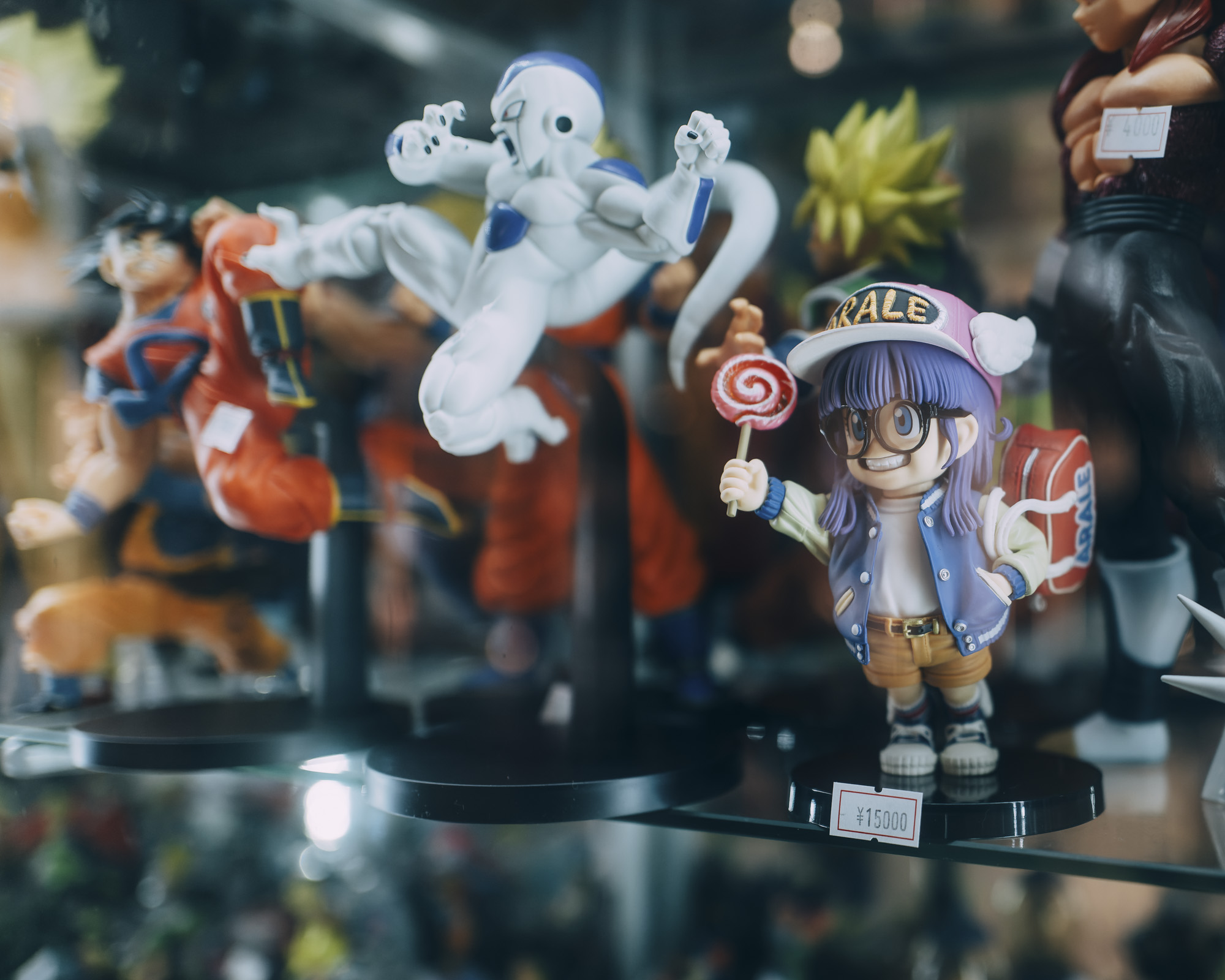
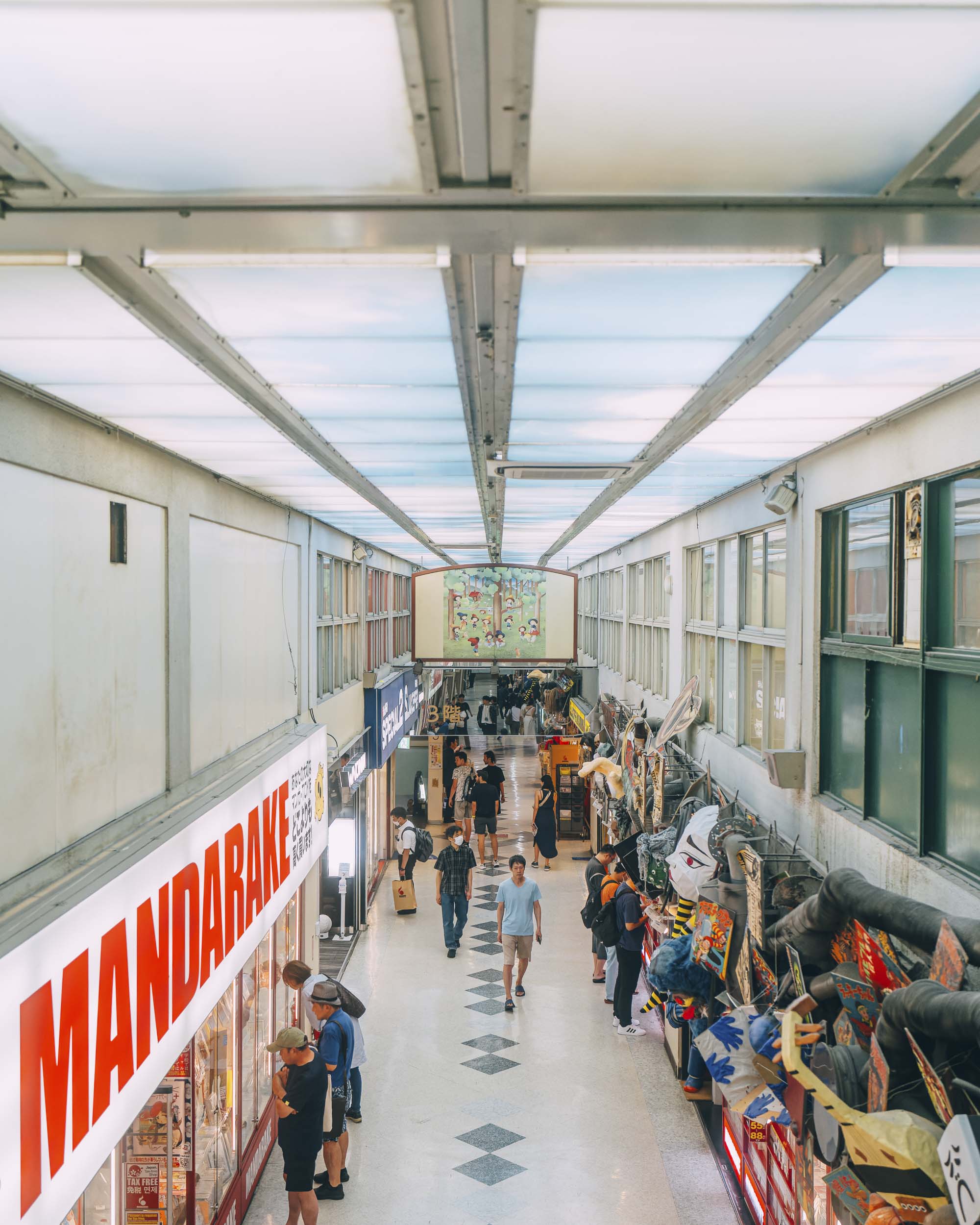
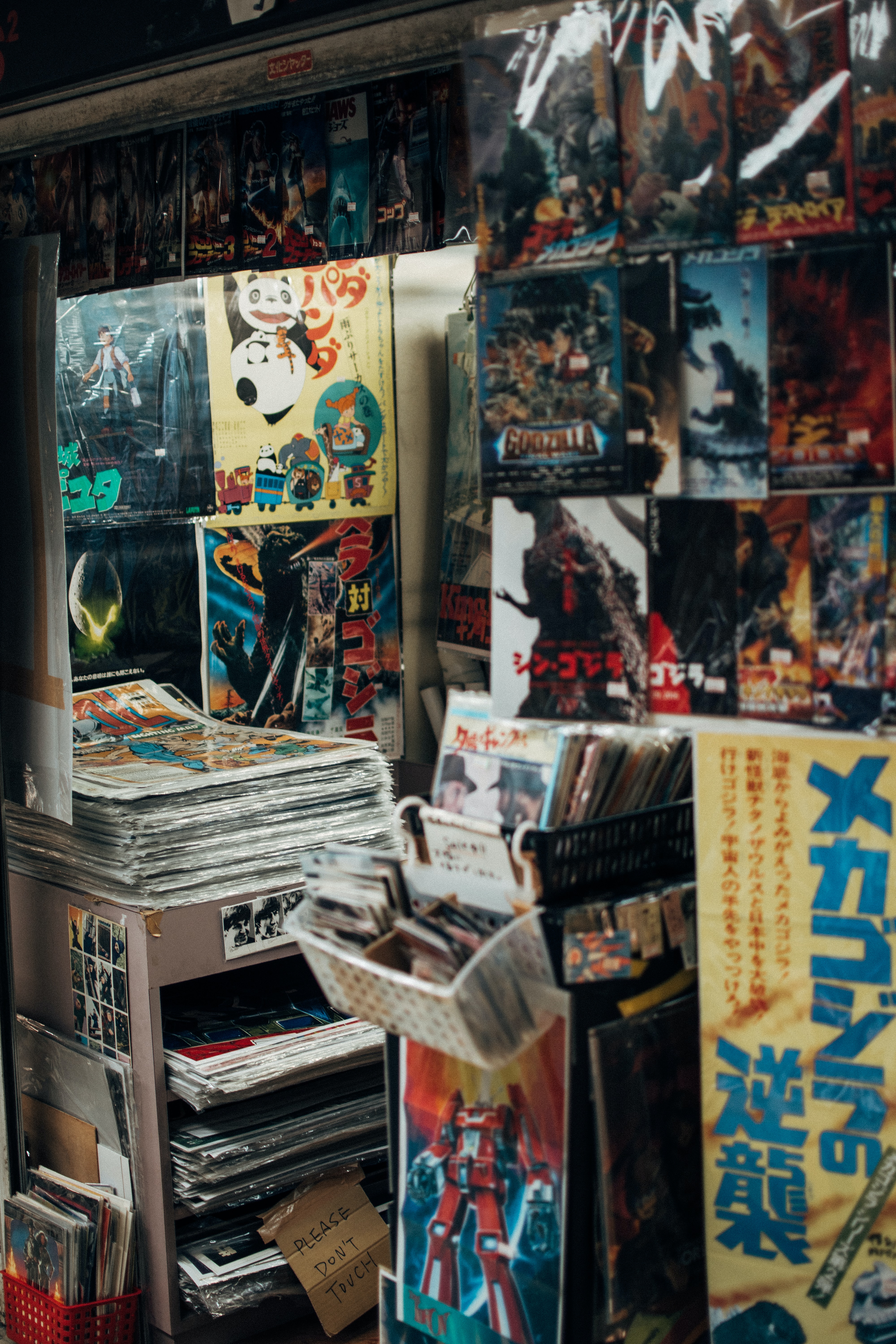
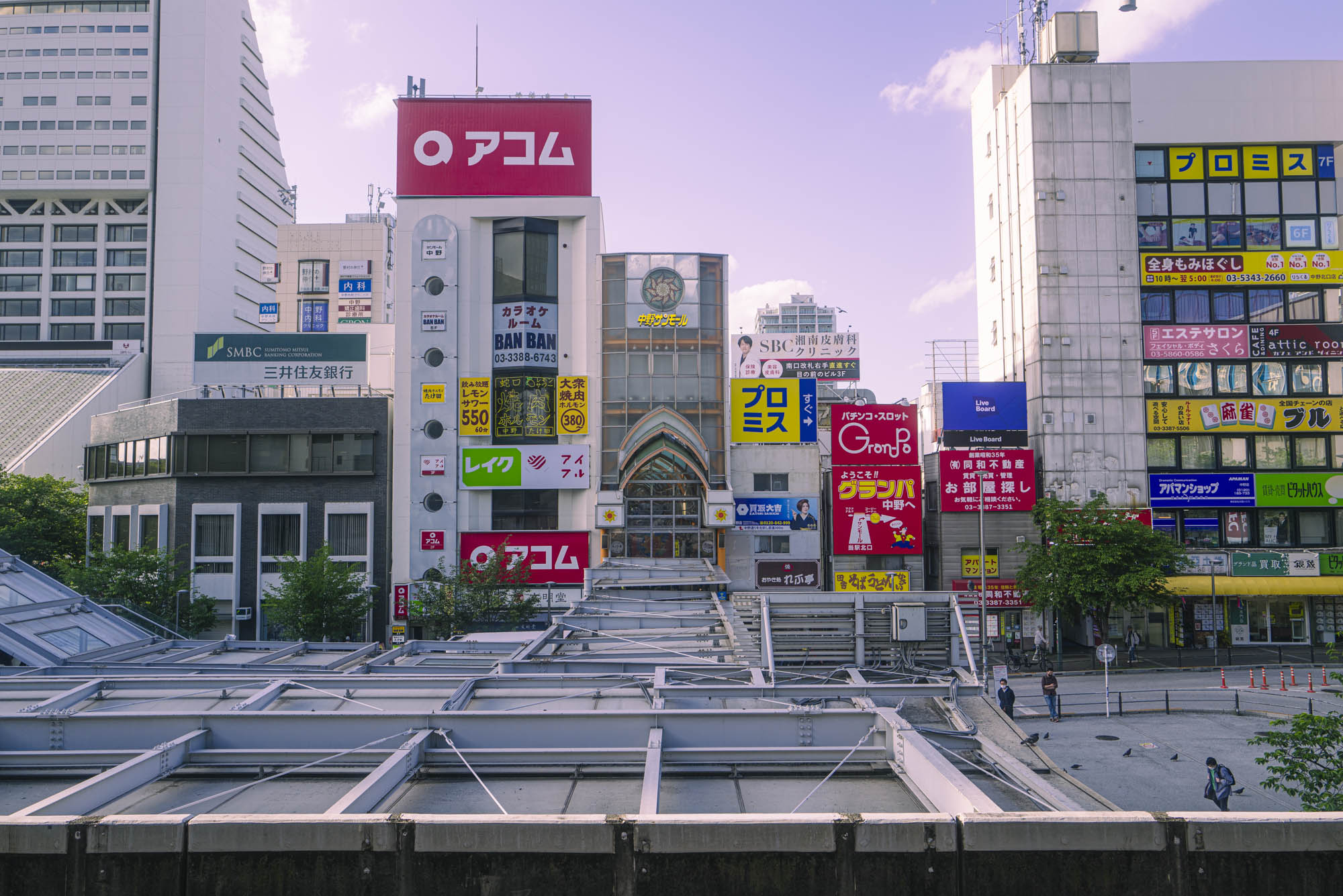
Gaocchi on the 3rd floor is one such store, it’s narrow aisles filled with old-school toys and figurines. The most famous of them all is Mandarake — split into multiple shops on several floors, selling all kinds of manga and anime related goods. Die-hard fans of Takashi Murakami will want to check out Tonari no Zingaro on the 4th floor, where the artist’s famous plush flower pillows, stickers, shirts and more are sold for jaw-dropping prices. The overhyped Zingaro café on the other hand, is best skipped for more authentic spots in Nakano.
If you’re looking for a place to unwind, head to LOU, located further north on Nakano’s famous bar street. This hip café offers a nice, though slighly overpriced, selection of drinks and snacks, with a few outdoor tables perfect for soaking up the local atmosphere.
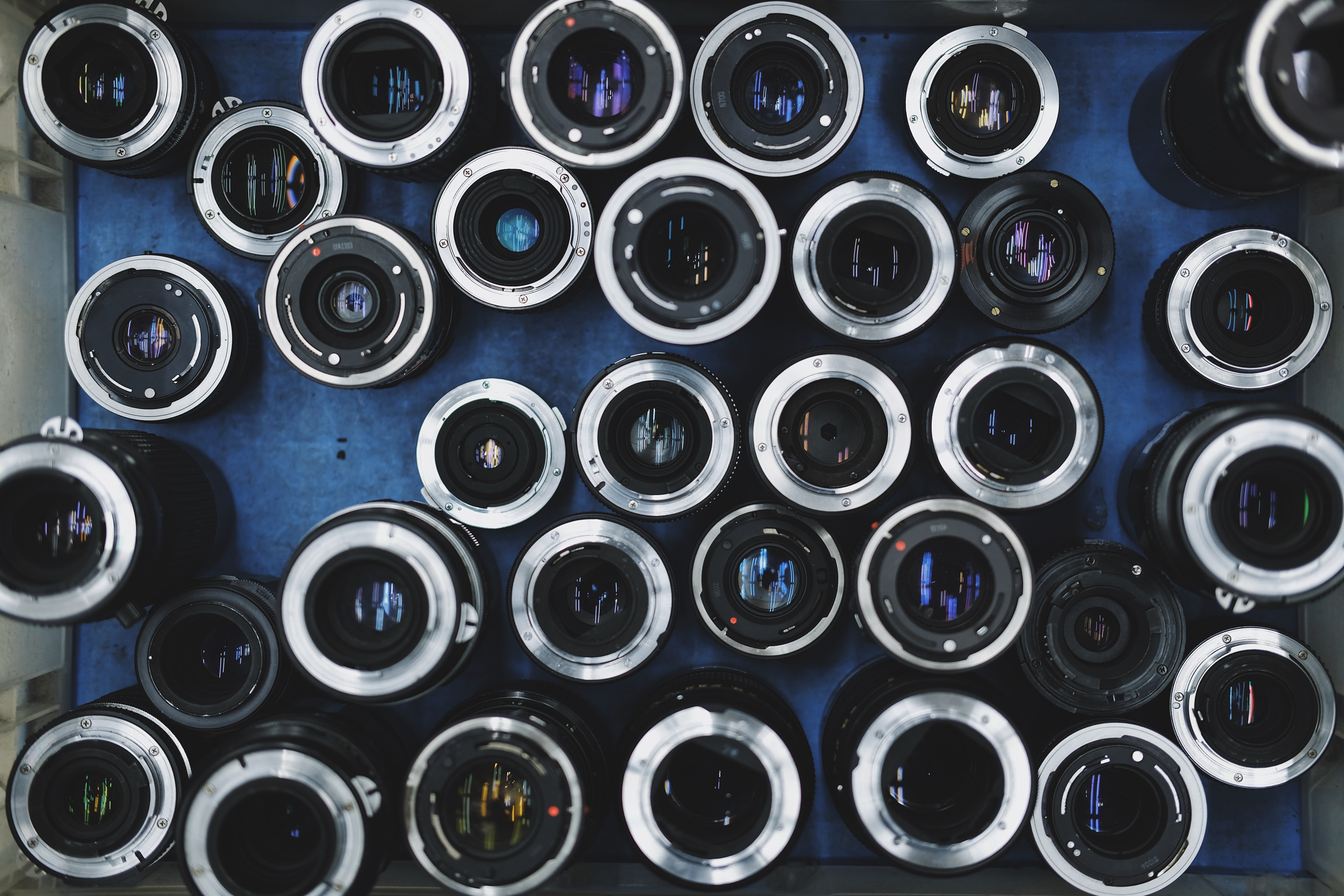
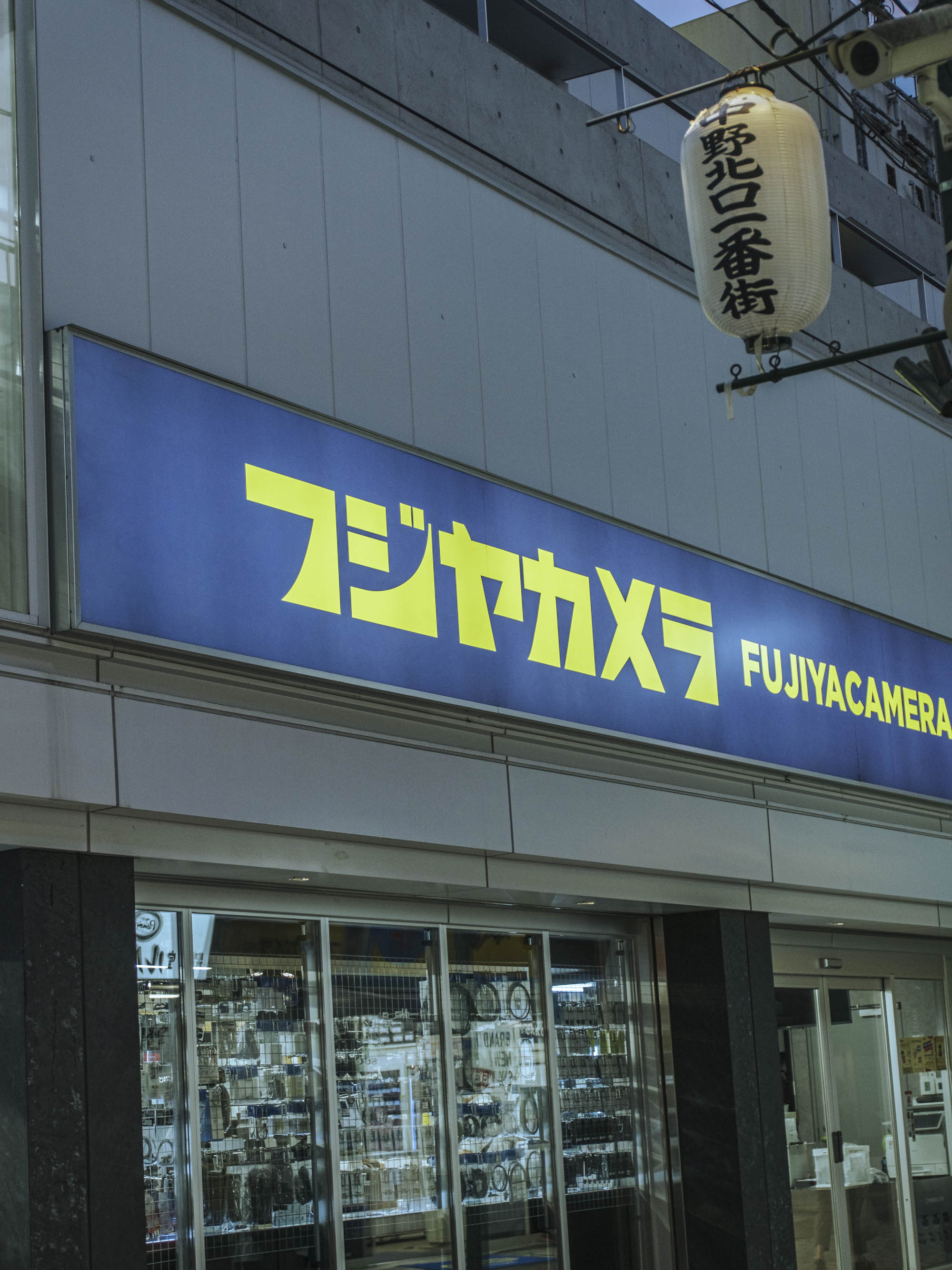

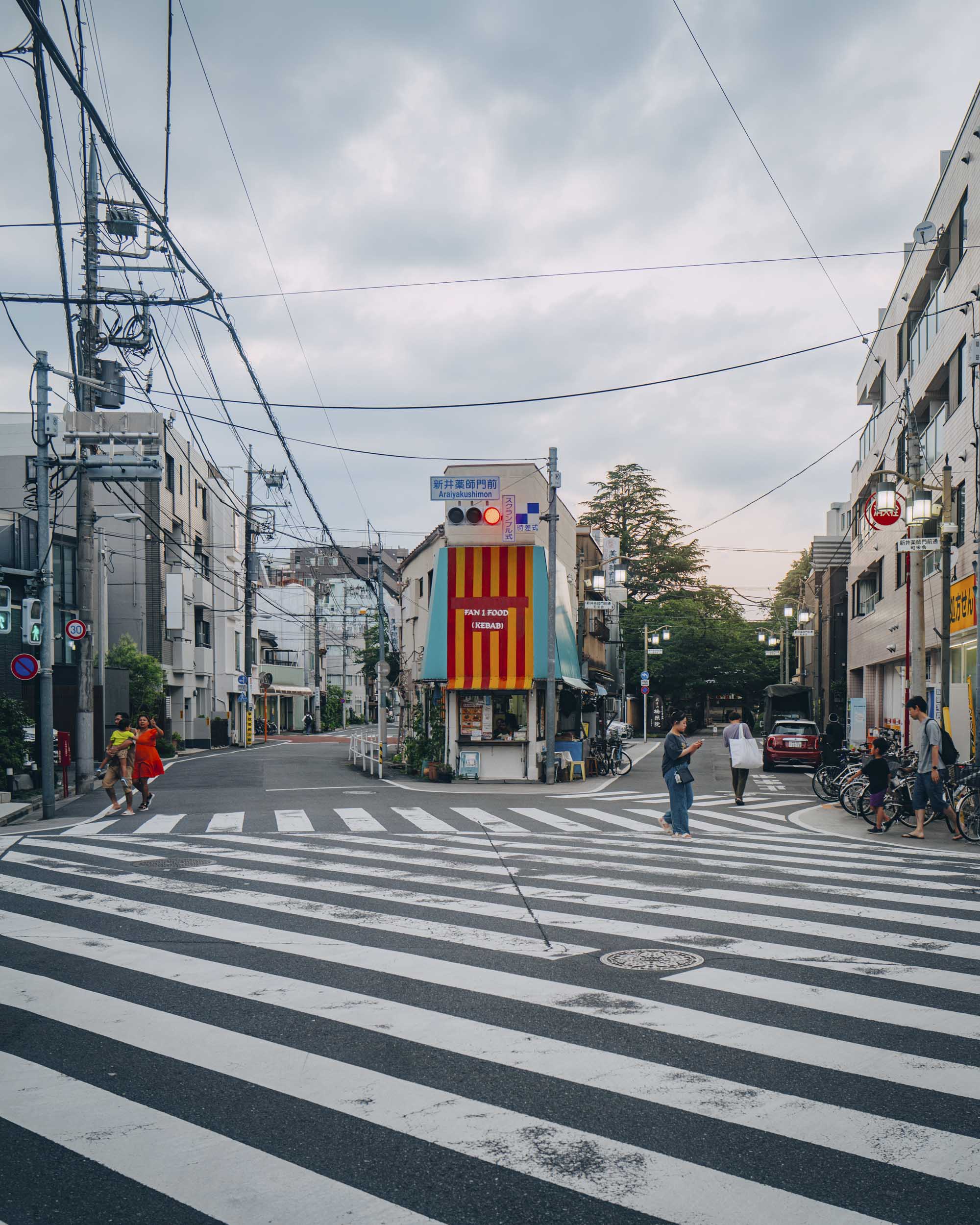
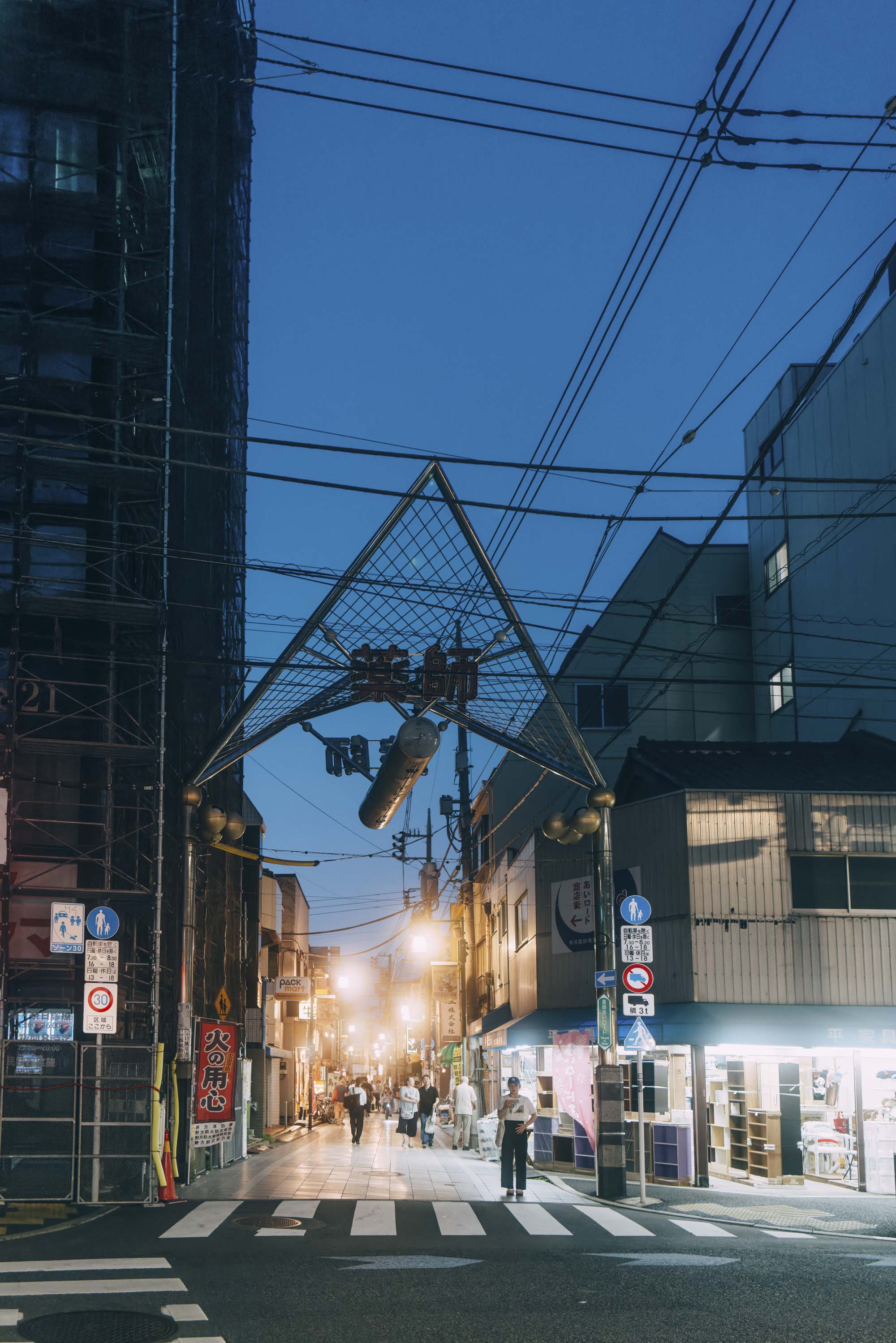
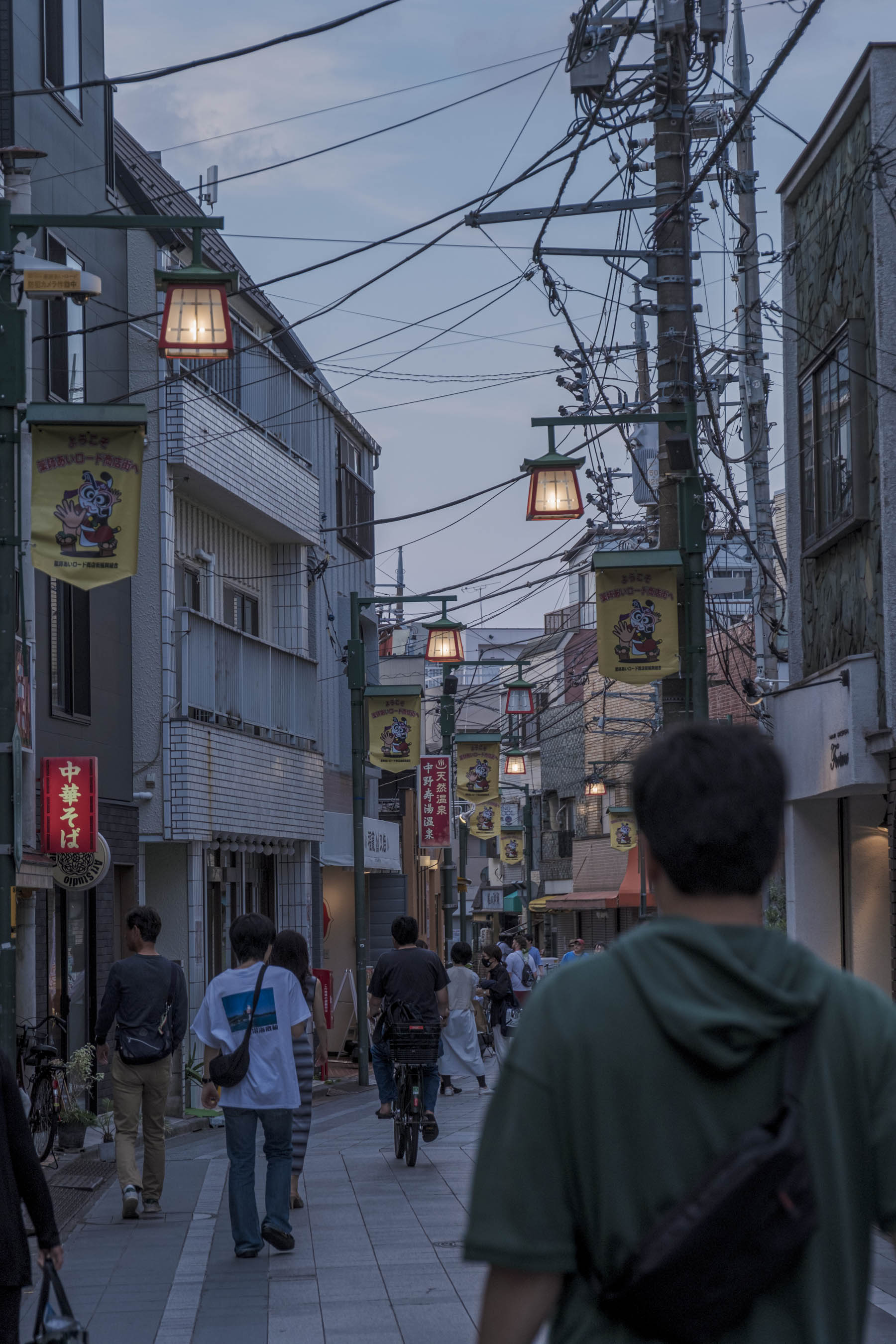
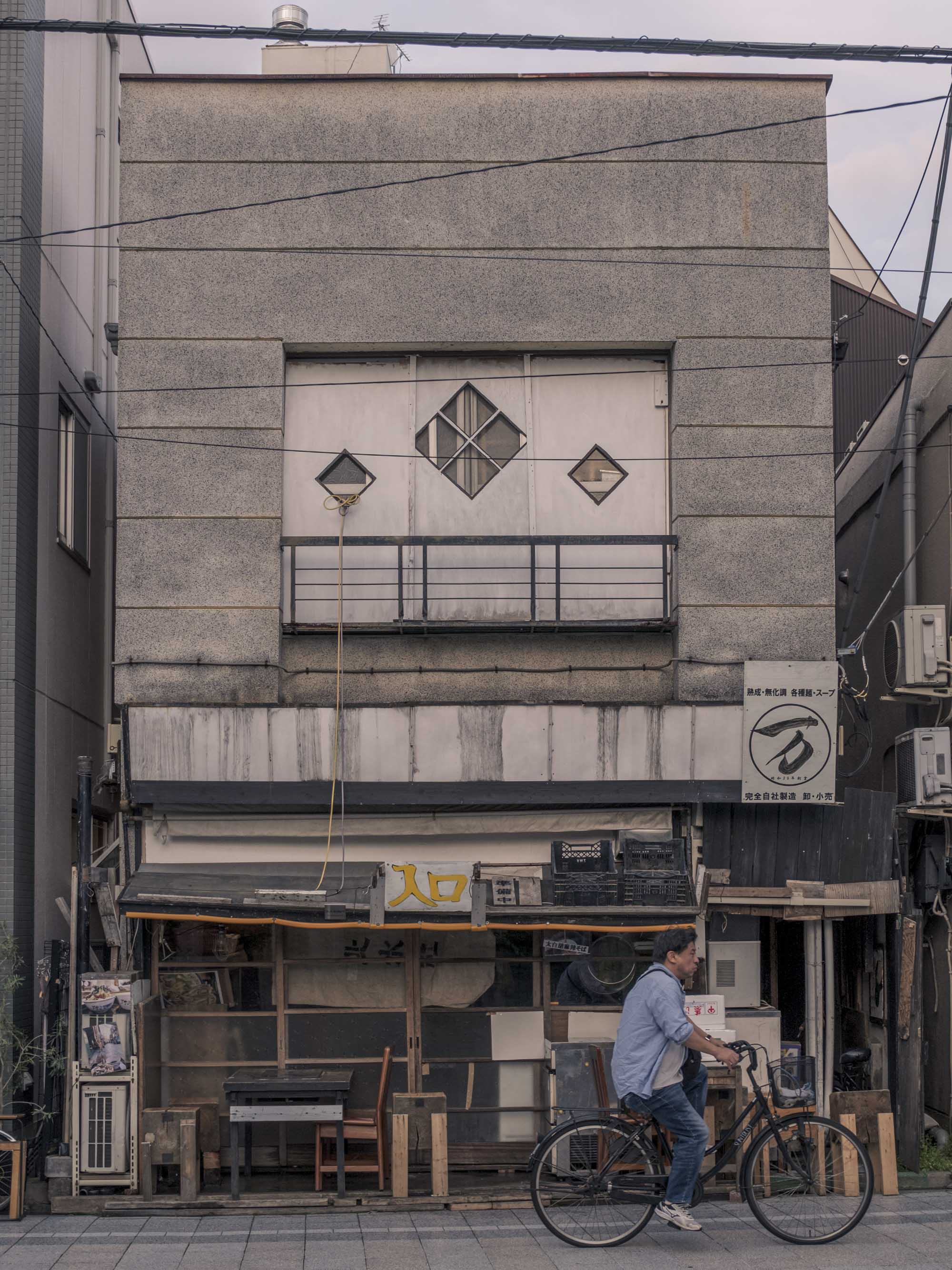

Most importantly however, be sure to catch the stunning late afternoon glow at this curiously photogenic pedestrian crossing, where a small pink kebab shop sits at a star-shaped corner near the local temple.
There are too many spots to list, but some local favorites to check out are, Sansai (modern sake bar), Tototo (Japanese fusion pizza-pasta bar), Bar VICTORIA (cocktails), Bia Hoi Chop (casual vietnamese), Tokiwarai (izakaya) and PachiPachi (standing izakaya). Near PachiPachi you will find a hidden square with some small izakayas next to a beautiful, large tree and the now defunct, but iconic World Kaikan building.

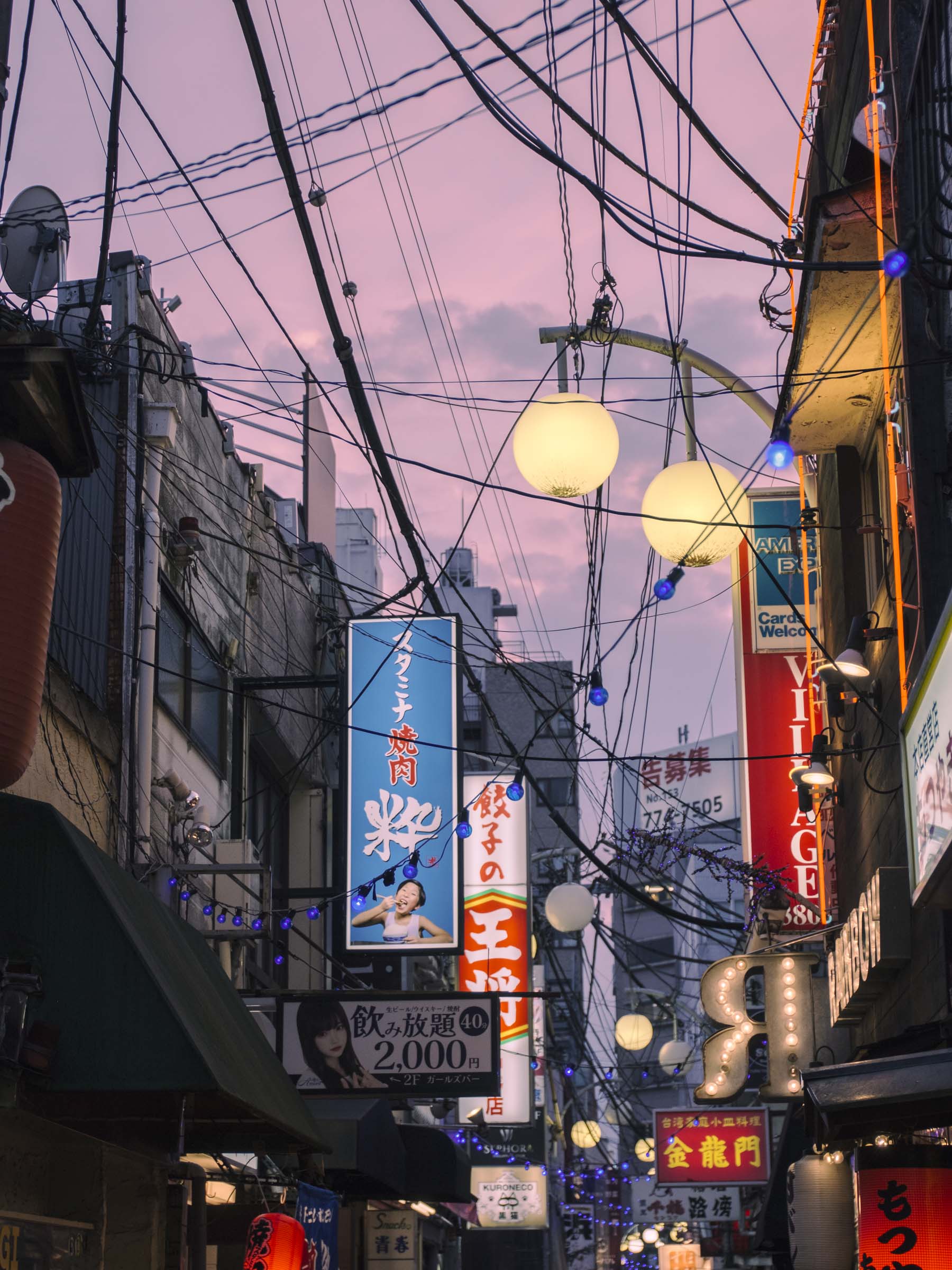
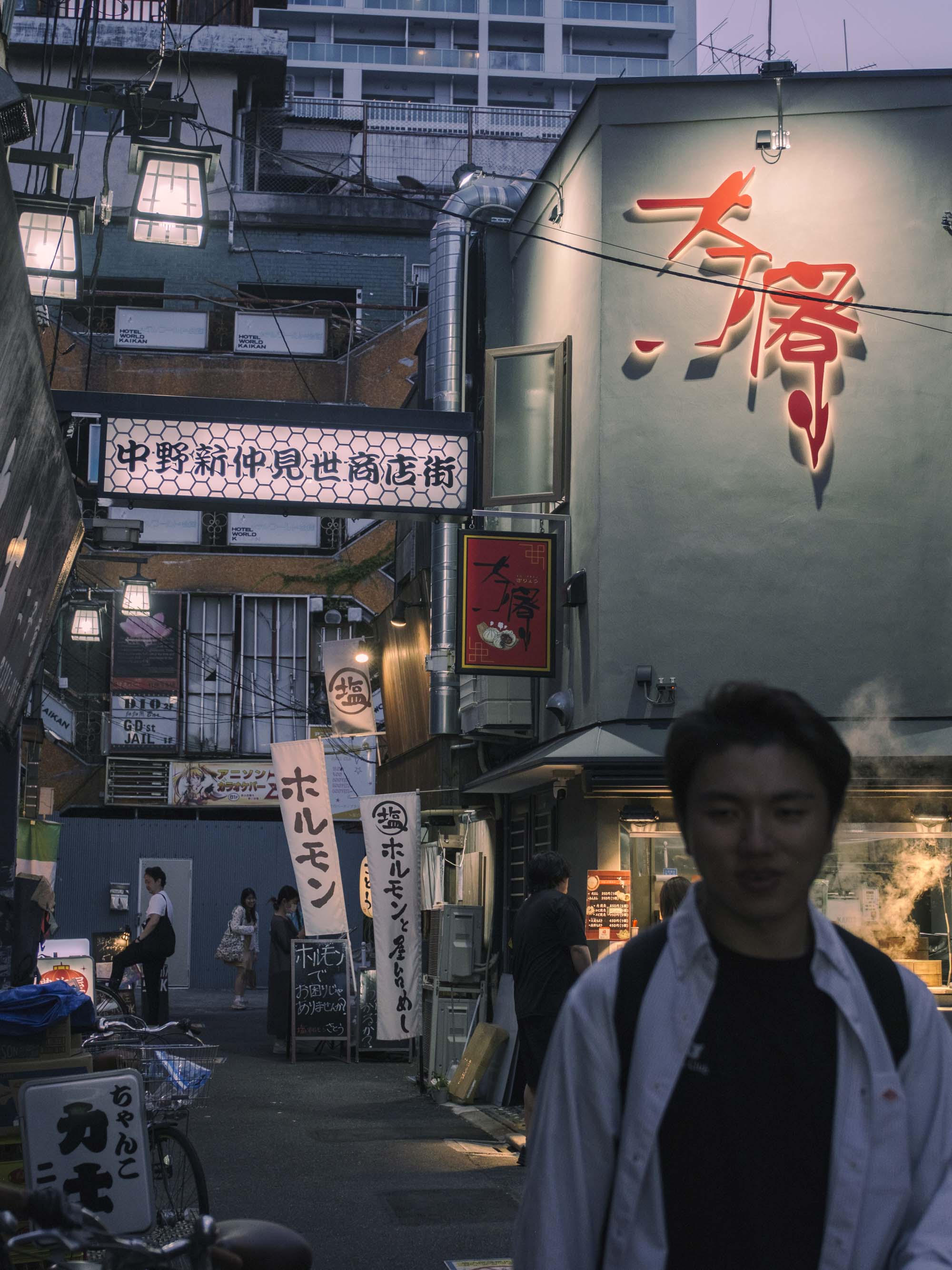
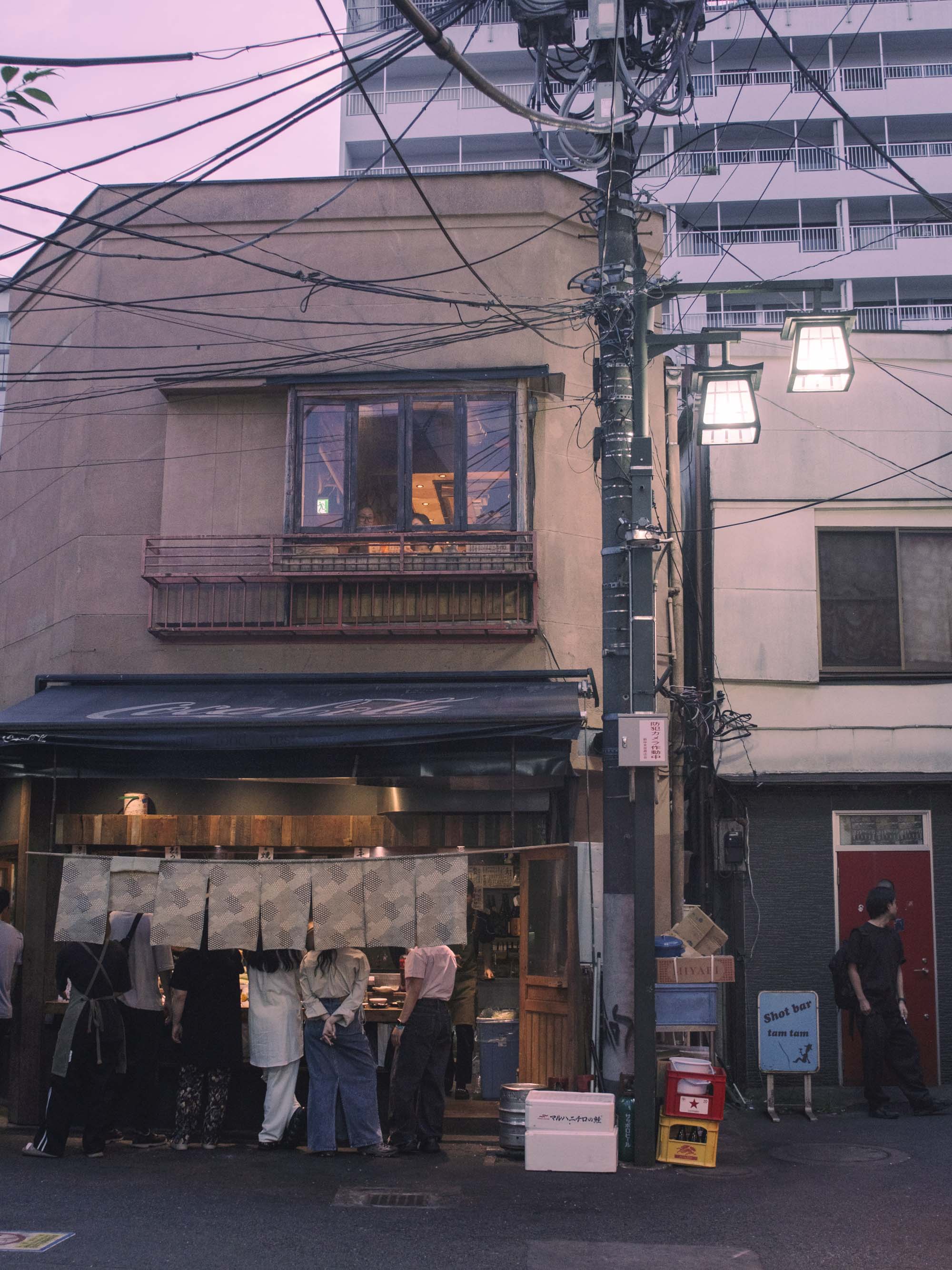

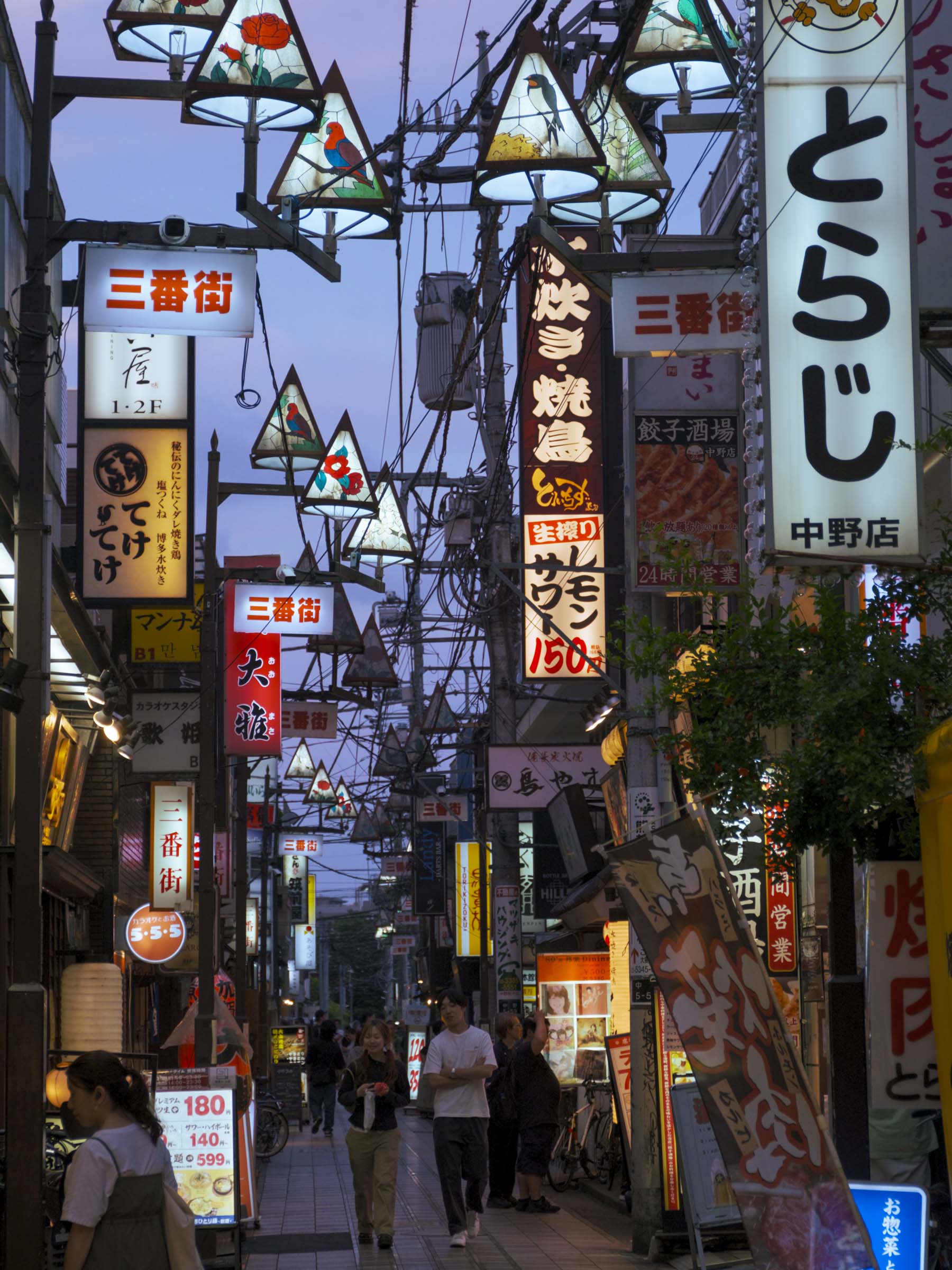
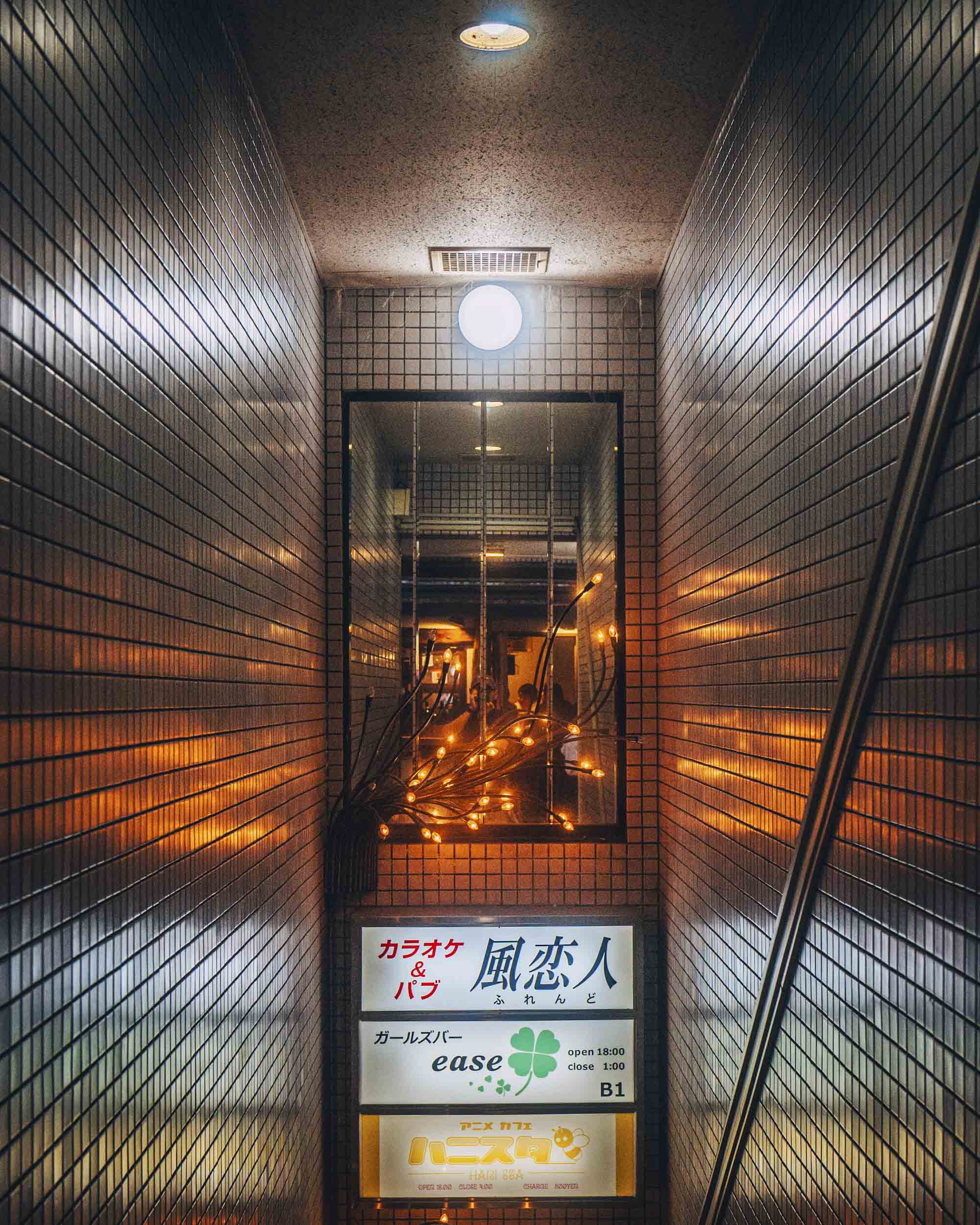
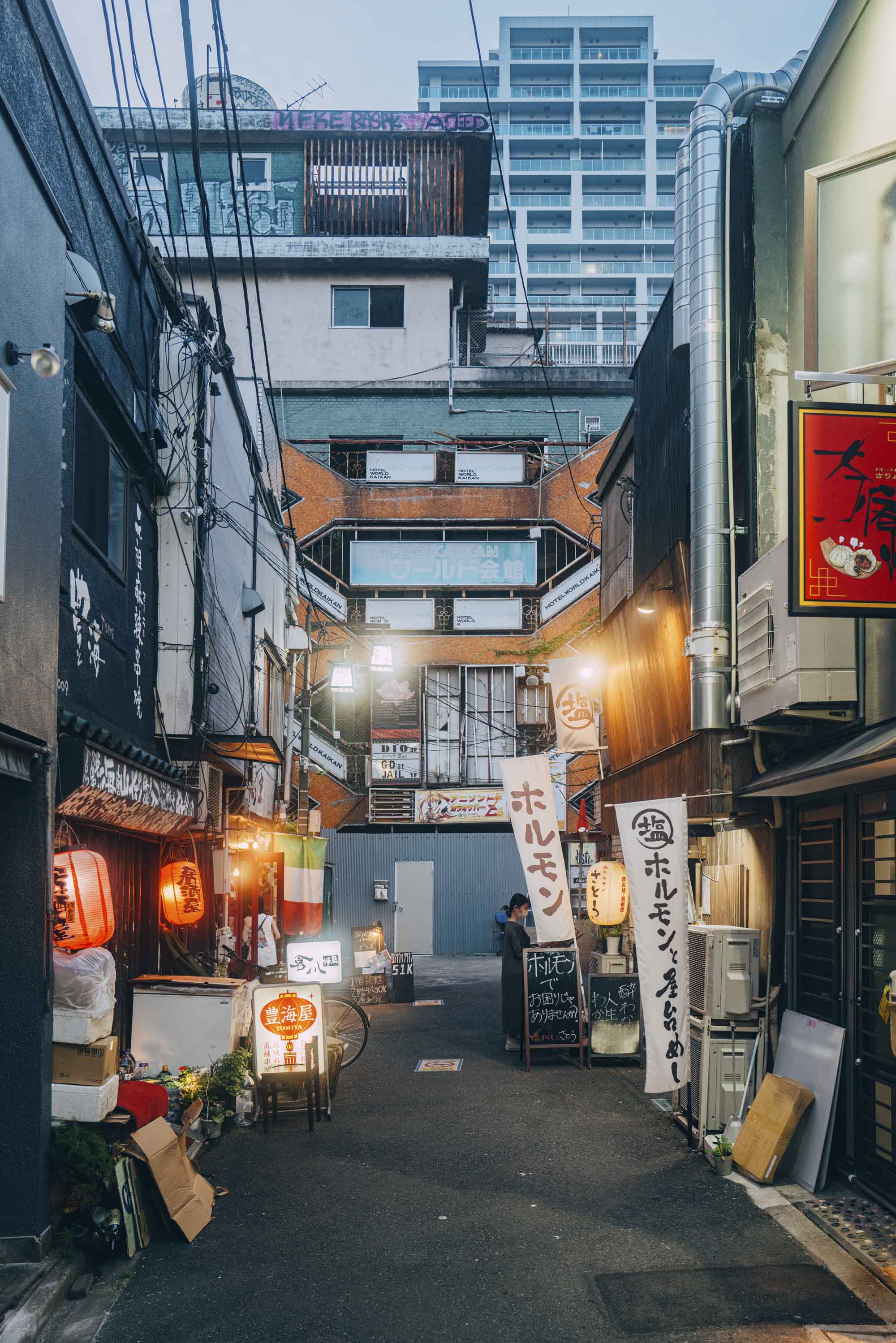
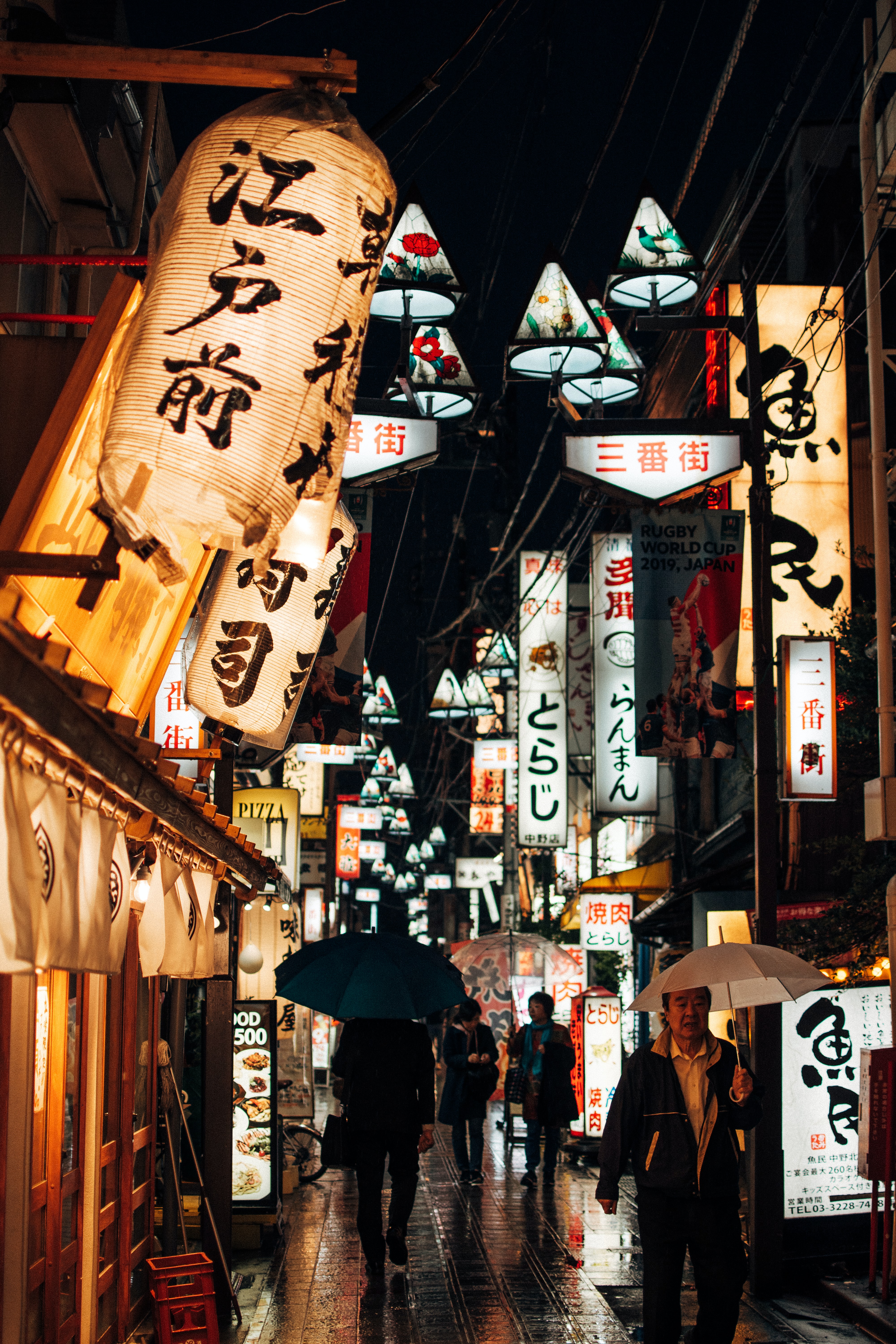
If you’re visiting during the warmer season, you can also grab a few drinks and snacks from the nearby shops and make your way to Nakano Central Park, which is one of Tokyo’s few grass parks that allows picknicks and gatherings late into the night.
Photos: Sybilla Patrizia and Hidekazu Tsutsui
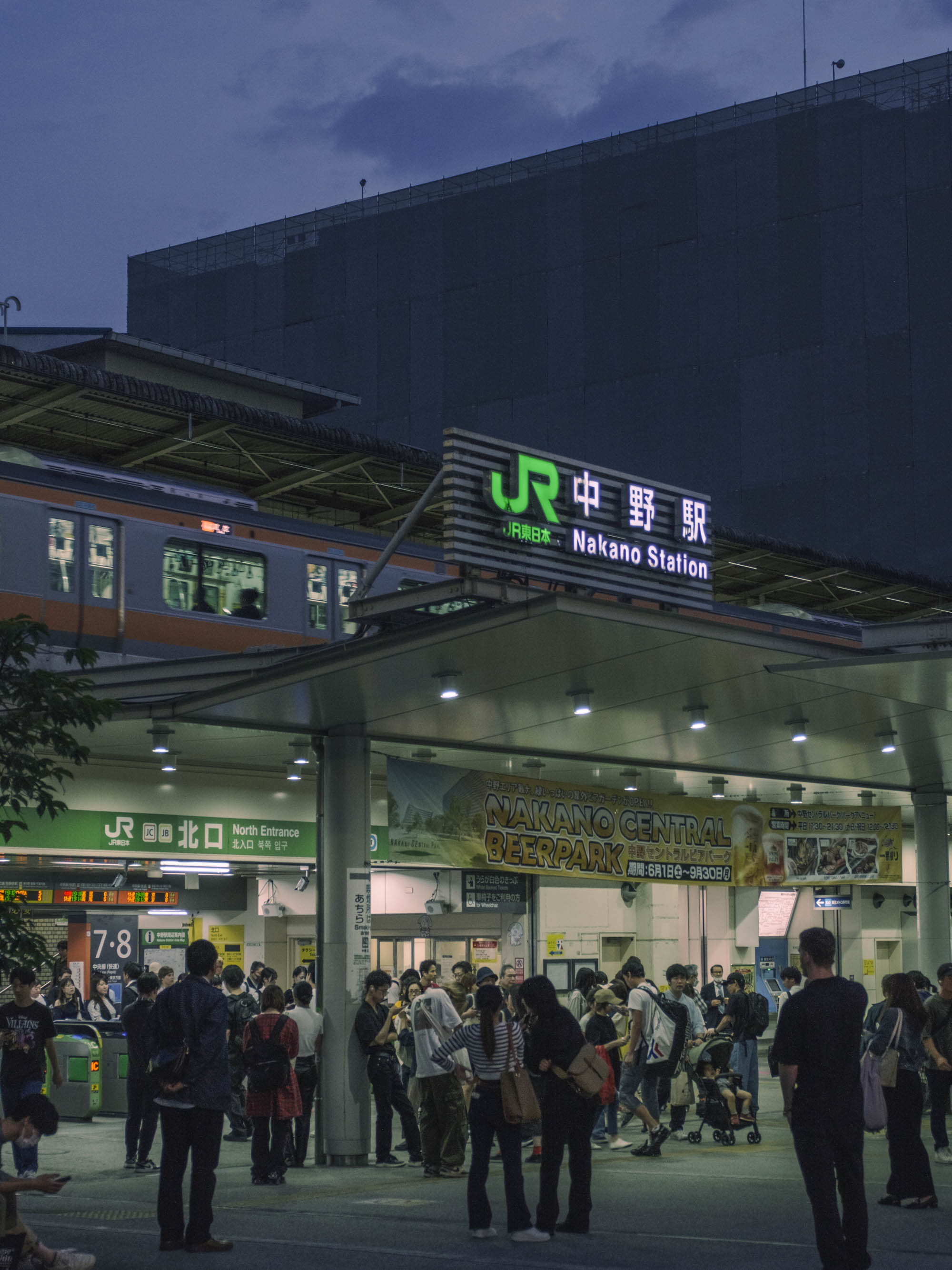
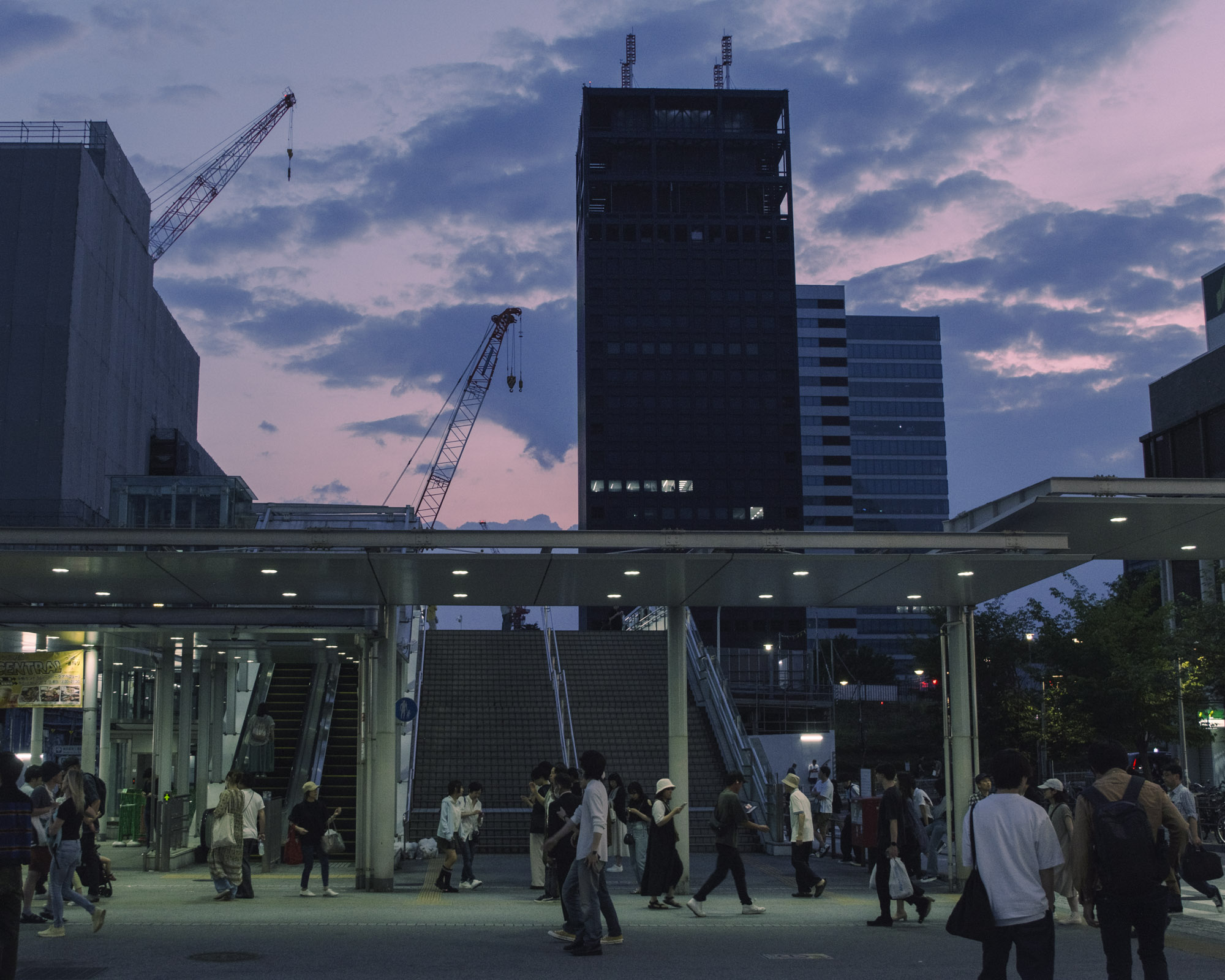
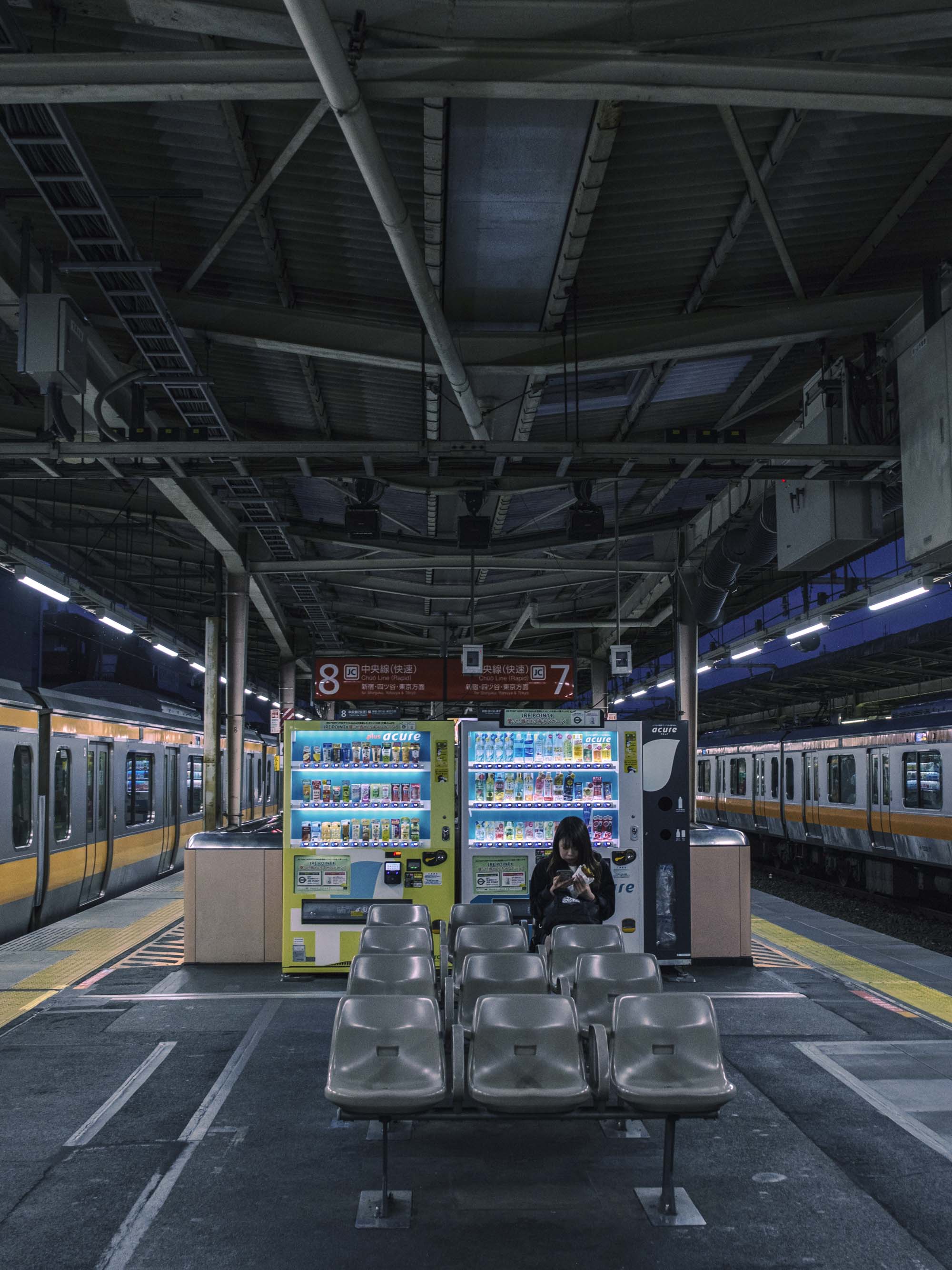
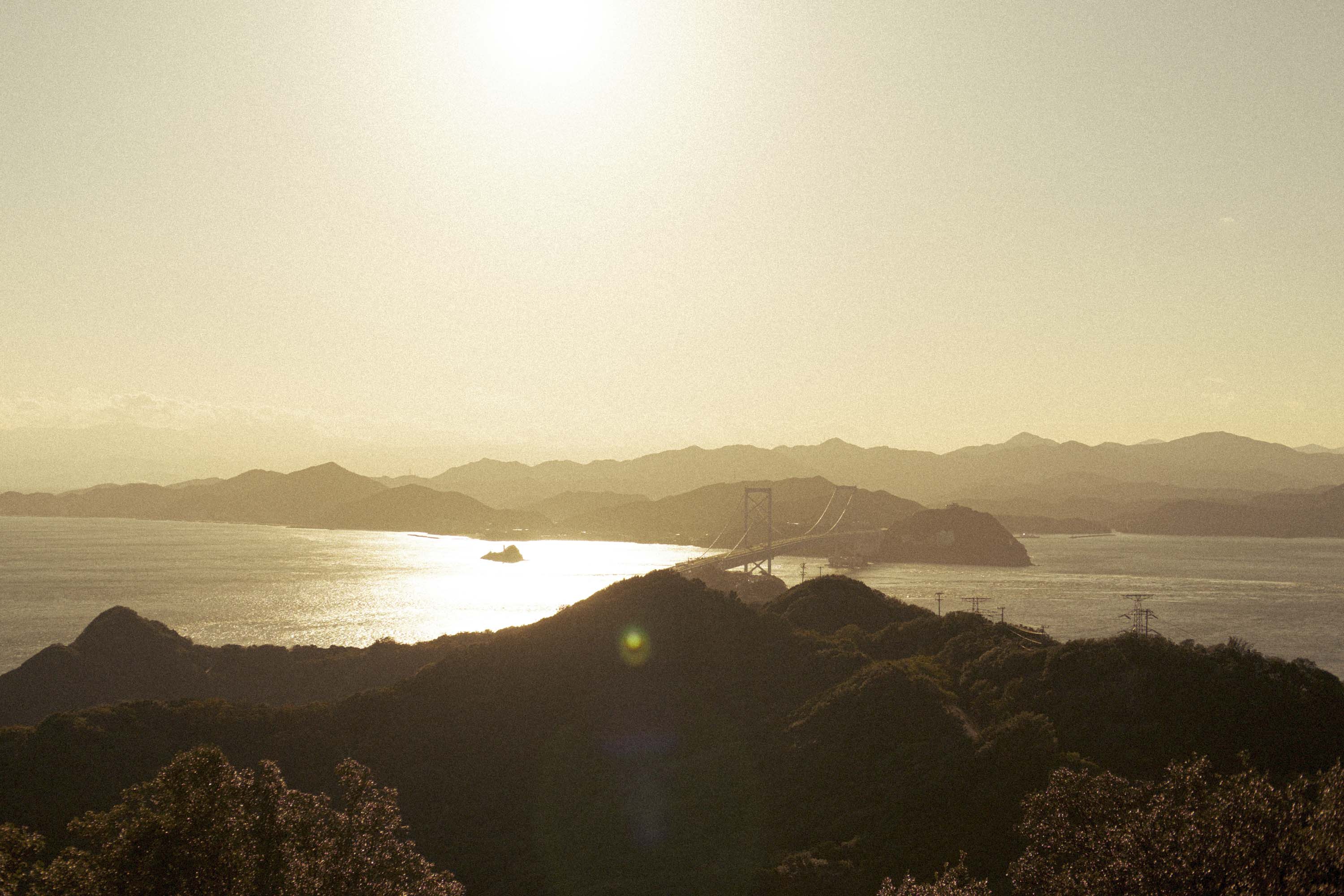
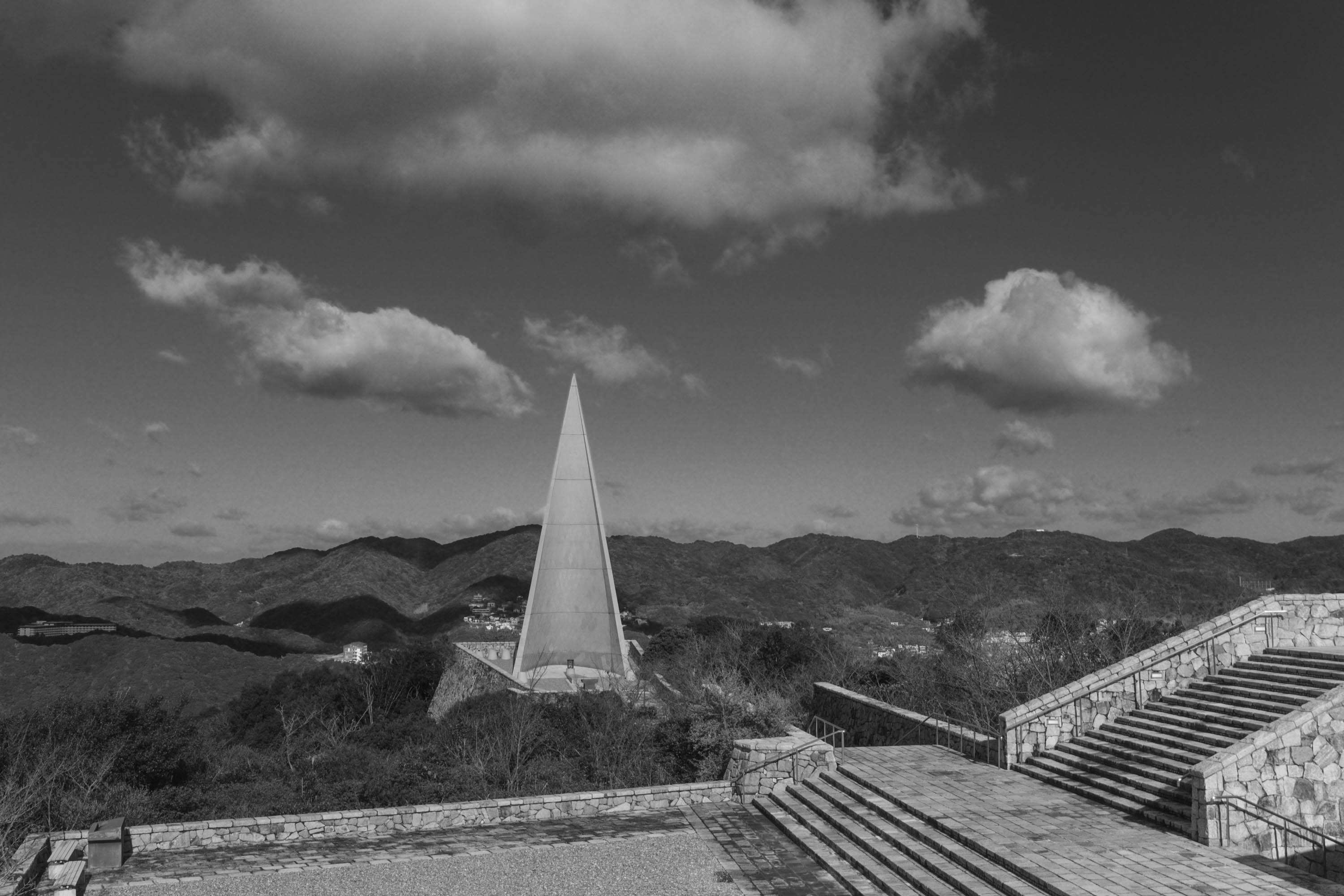
Nestled in the eastern part of the Seto Inland Sea, Awaji serves as a bridge between Japan’s largest main island, Honshu, and its smallest, Shikoku. A 40-minute drive from Kobe takes you across the breathtaking Akashi-Kaikyo Bridge, the world’s longest suspension bridge at its completion in 1998. From the north side of Awaji, you can spend a day exploring the island’s most beautiful architectural sites before ending your tour again in Kobe, or, continue on towards Tokushima and then Naoshima.
Access:
The easiest way to access Awaji is from the north via Shinkansen first to Shin-Kobe station, and then via rental car. If you’re coming from Naoshima or Tokushima, you can also make your way across the island from the south and then finish at Shin-Kobe station. From Kobe it’s about a 40-minute drive to the north side of the island and then another hour to reach the architecture spots furthest to the south.
Honpukuji Water Temple | Tadao Ando
︎ 1991︎ 09:00-17:00
︎Google Maps
Start your morning at the legendary Honpukuji Water Temple, designed by none other than master architect Tadao Ando. A short flight of stairs takes you past an unassuming temple to a sleek, minimalist concrete entrance, a hallmark of Ando’s signature style.
As you pass around the corner, you will reach the temple’s famous oval water pond (Mizumido) with floating waterlilies and lotus blossoms that are at their most beautiful during the late spring and summer months.
Descend down below into the main hall of the temple, a circular space surrounded by striking vermilion-painted wooden walls and lattice screens that divide the outer and inner sanctuaries. Inspired by the Jododo Hall of Jodoji Temple from the Kamakura period, Tadao Ando designed a light court behind the inner sanctuary, allowing sunlight to reflect off the walls and fill the space with a warm vermilion glow if you plan your visit in the late afternoon.
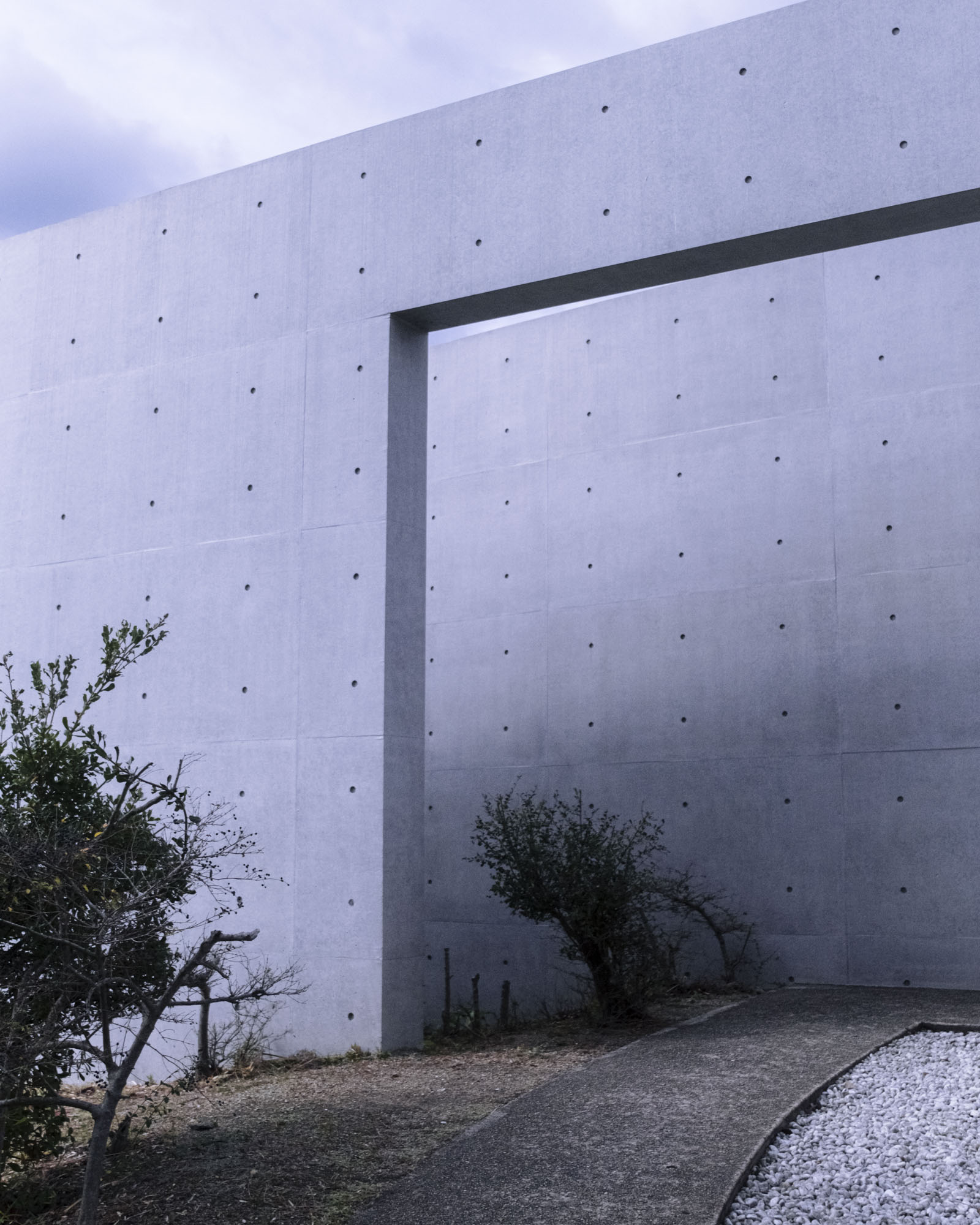
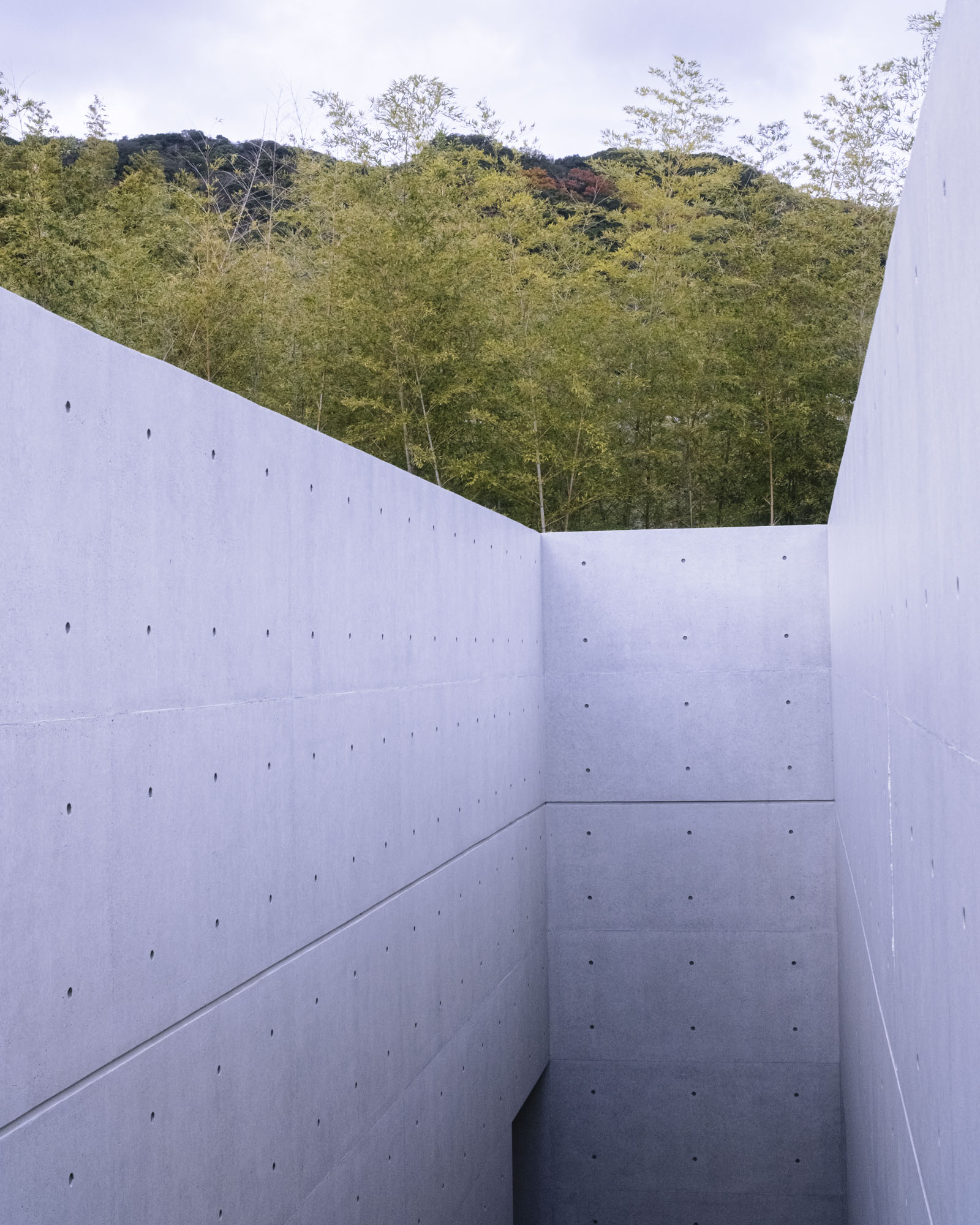
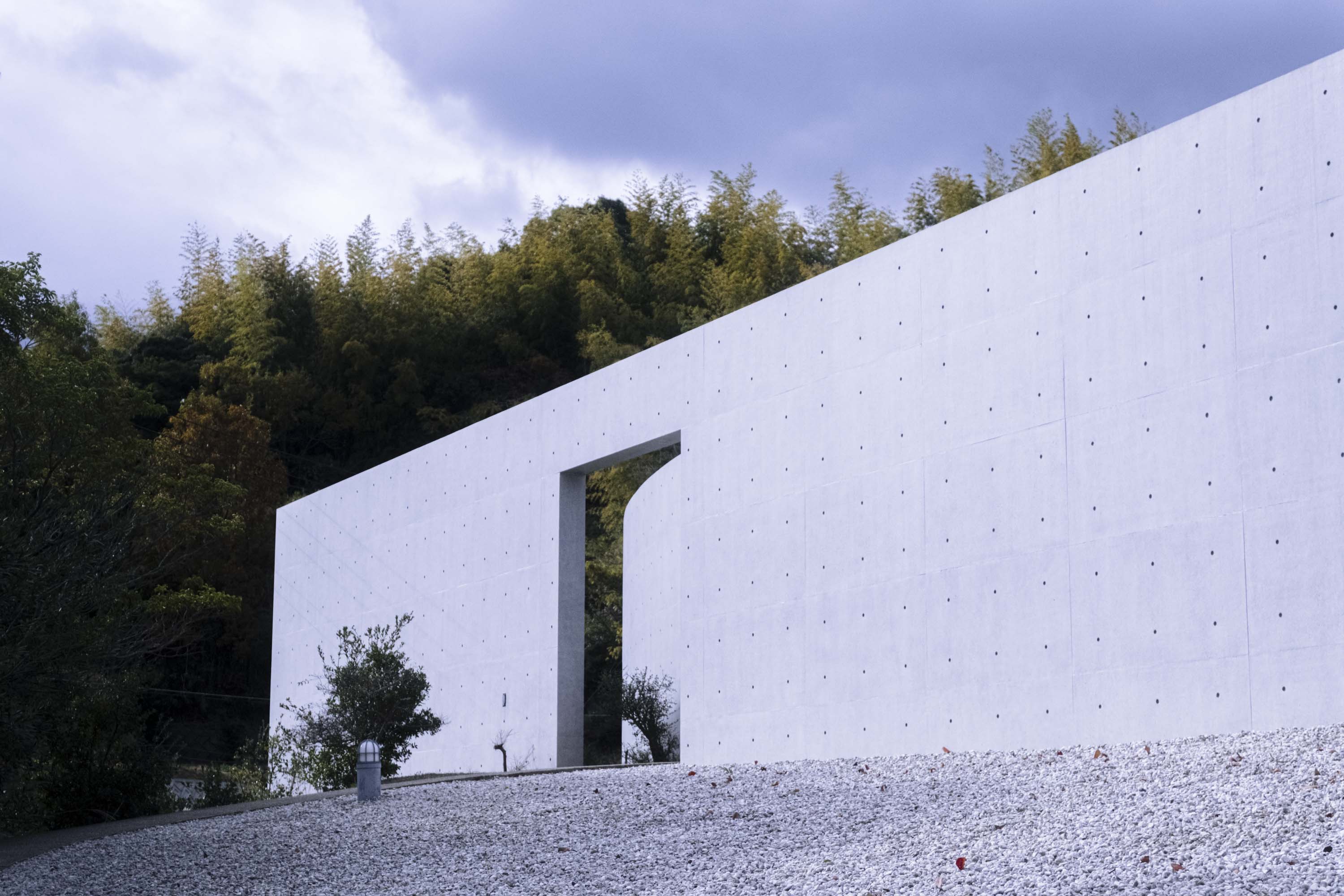
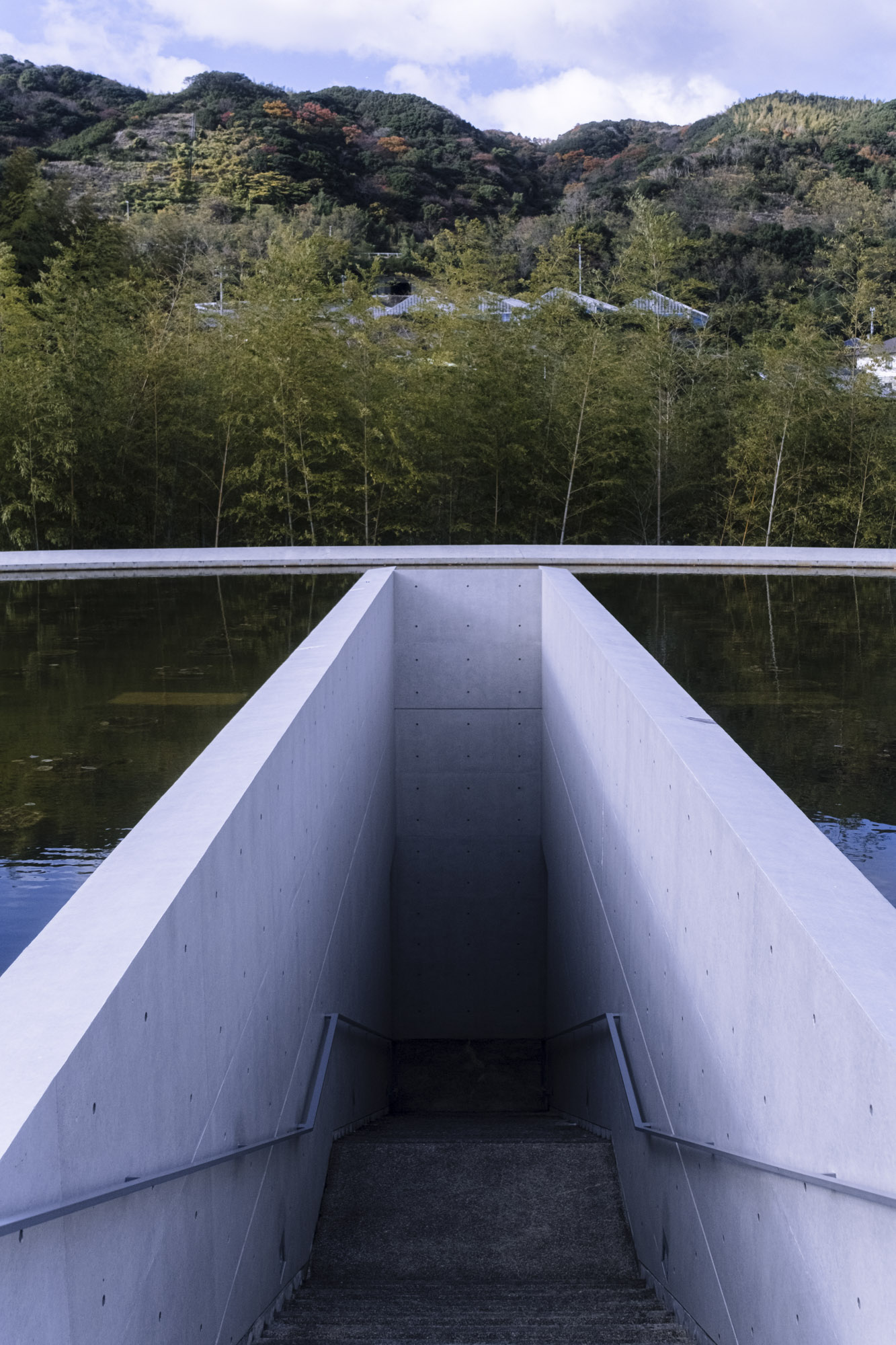
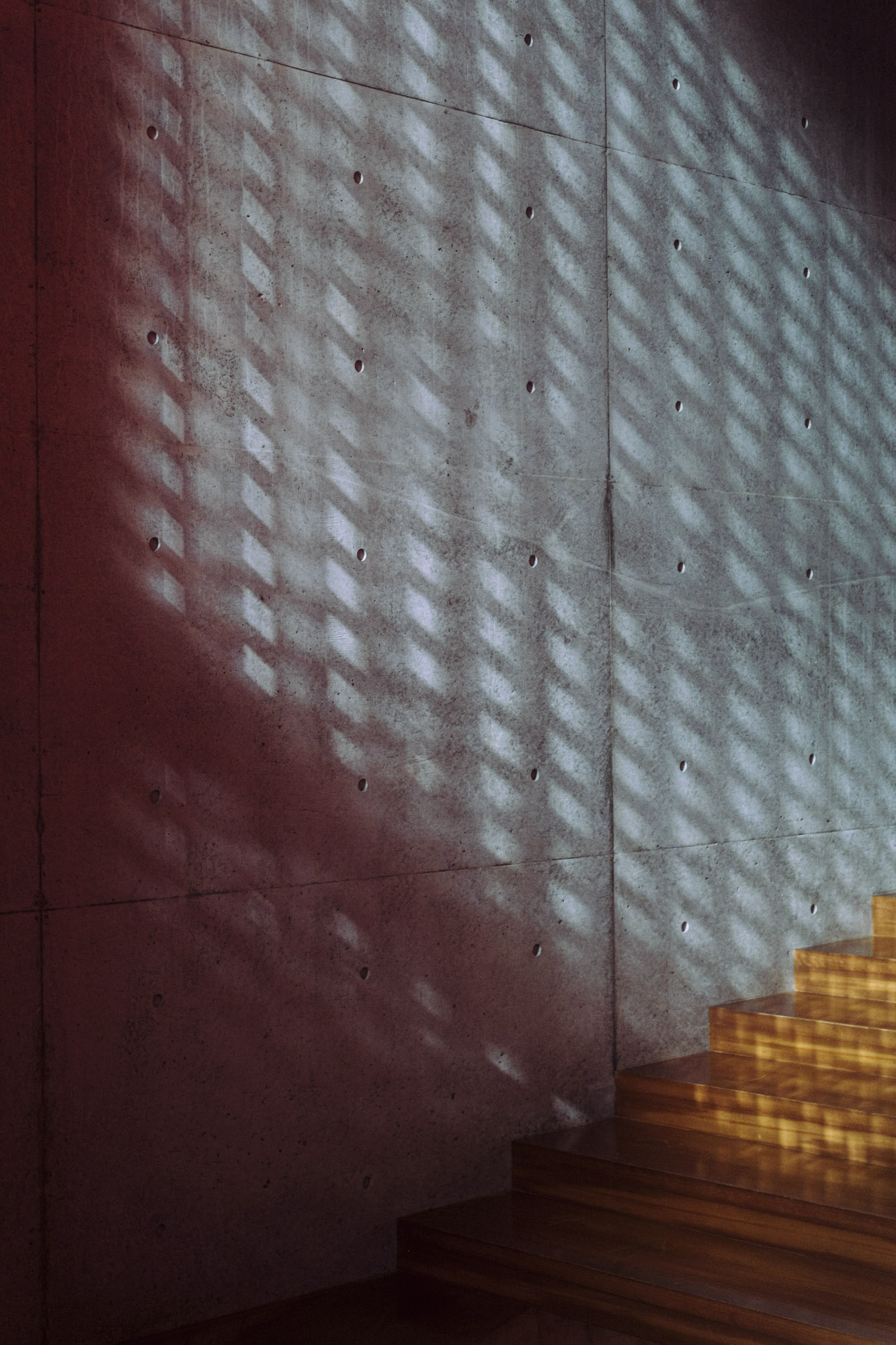
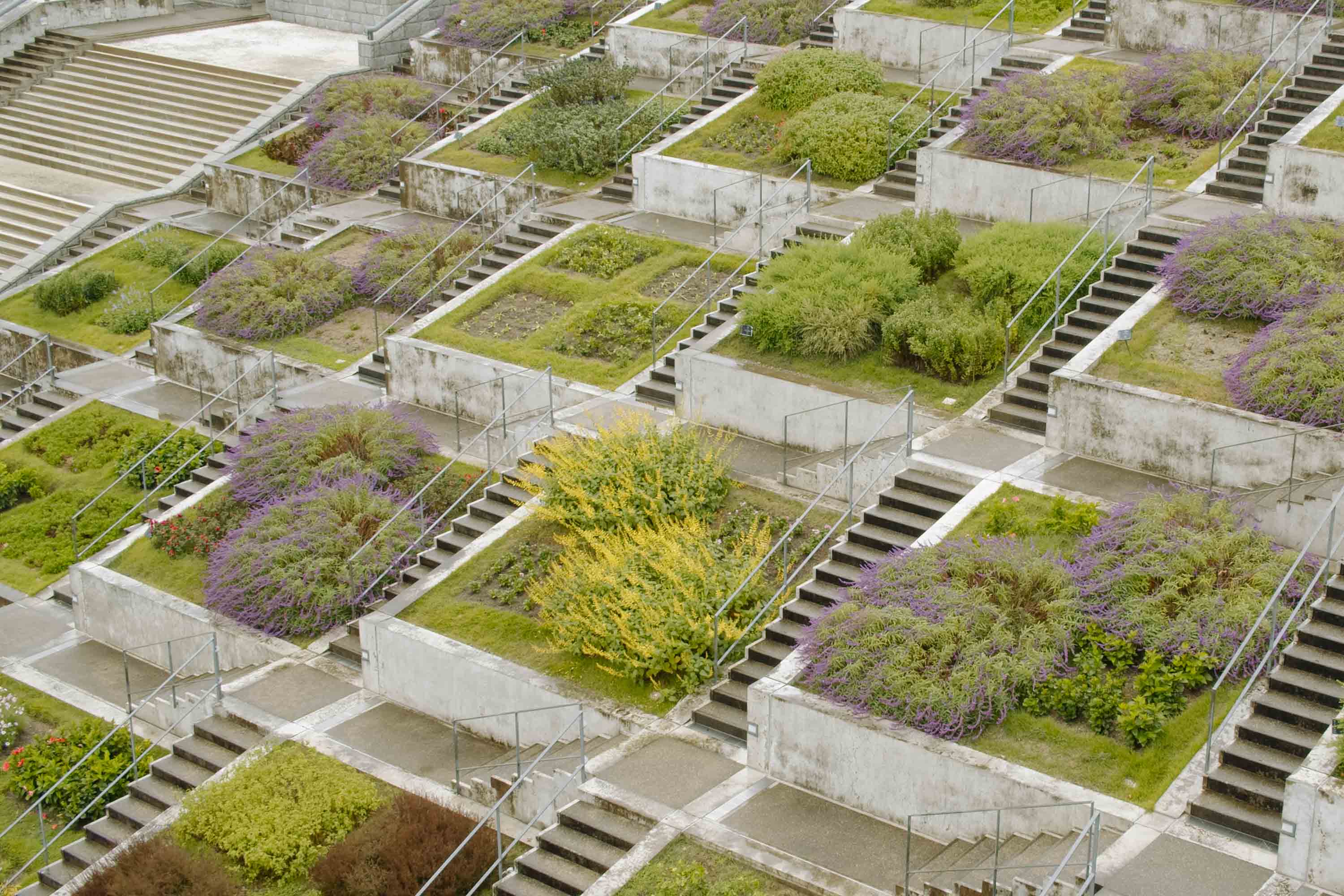
Yumebutai | Tadao Ando
︎2000︎ 09:00-17:00
︎Google Maps
After visiting Honpukuji, take a short drive to the nearby Yumebutai, another stunning creation by the legendary Tadao Ando. Set on a hillside overlooking Osaka Bay, this sprawling complex, designed as an international conference and entertainment center, offers a great opportunity for a leisurely stroll through Ando’s timeless architectural spaces.
The highlight is the Hyakudan-en Garden or "100 Stepped Garden," an arrangement of small flower beds in a precise concrete grid that transforms with the seasons. For the best vantage point, take the elevator to the viewing platform. As you wander through the rest of the complex, explore winding pathways that lead to serene water features, open-air courtyards, and the signature elegance of Ando’s minimalist concrete design.
Zenbo Seinei | Shigeru Ban
︎ 2022︎Google Maps
Further west, you’ll find Zenbo Seinei, a luxurious meditation and yoga retreat designed by Pritzker Prize-winning architect Shigeru Ban. This elegant 90-meter-long, 7-meter-wide structure spans a tranquil valley, offering serene views of Awaji’s natural beauty.
Access is exclusive to guests booking an overnight stay or a day retreat, so unless you’re ready to splurge on the steep price tag, you’ll have to settle for admiring its serene design from the nearby road.
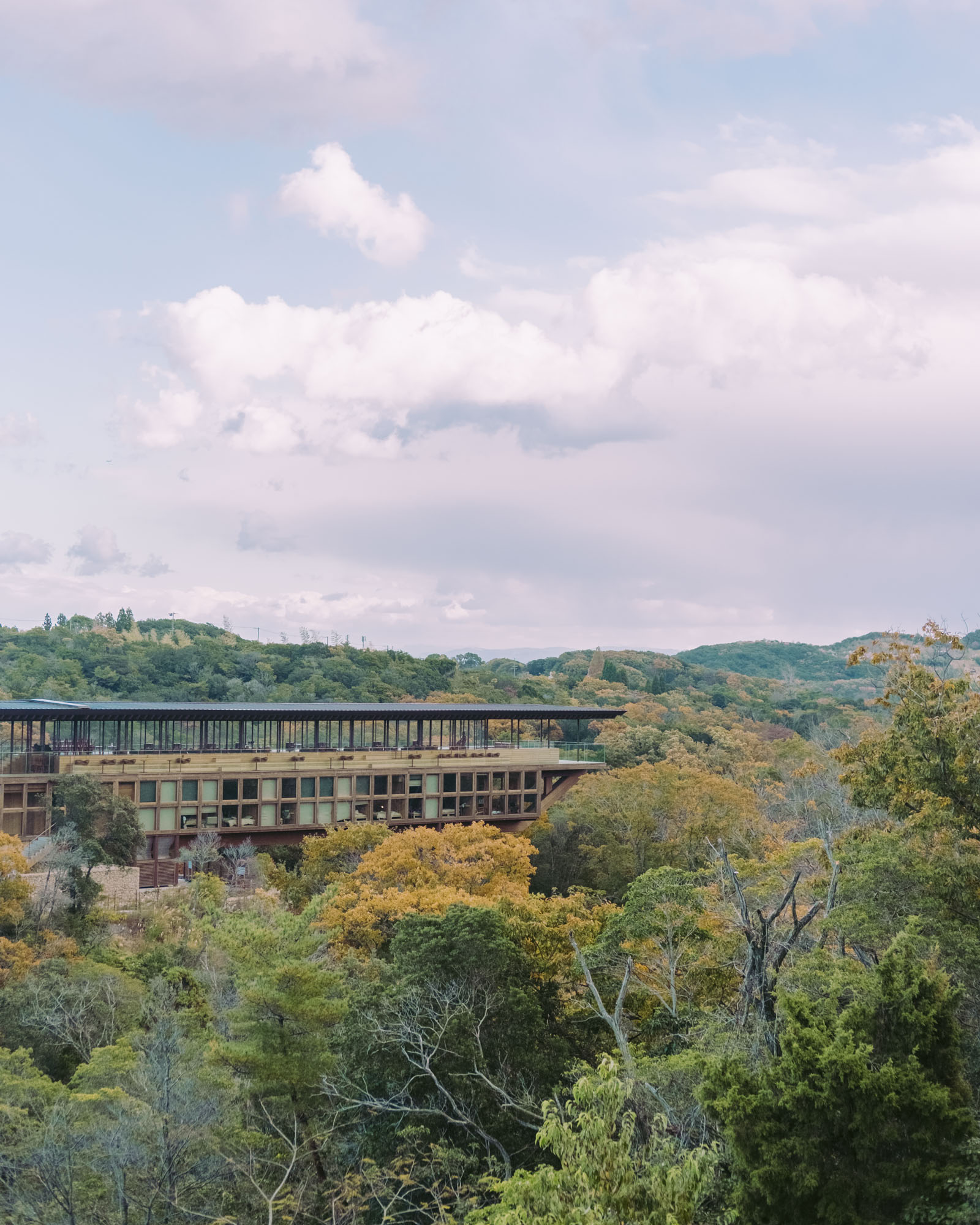
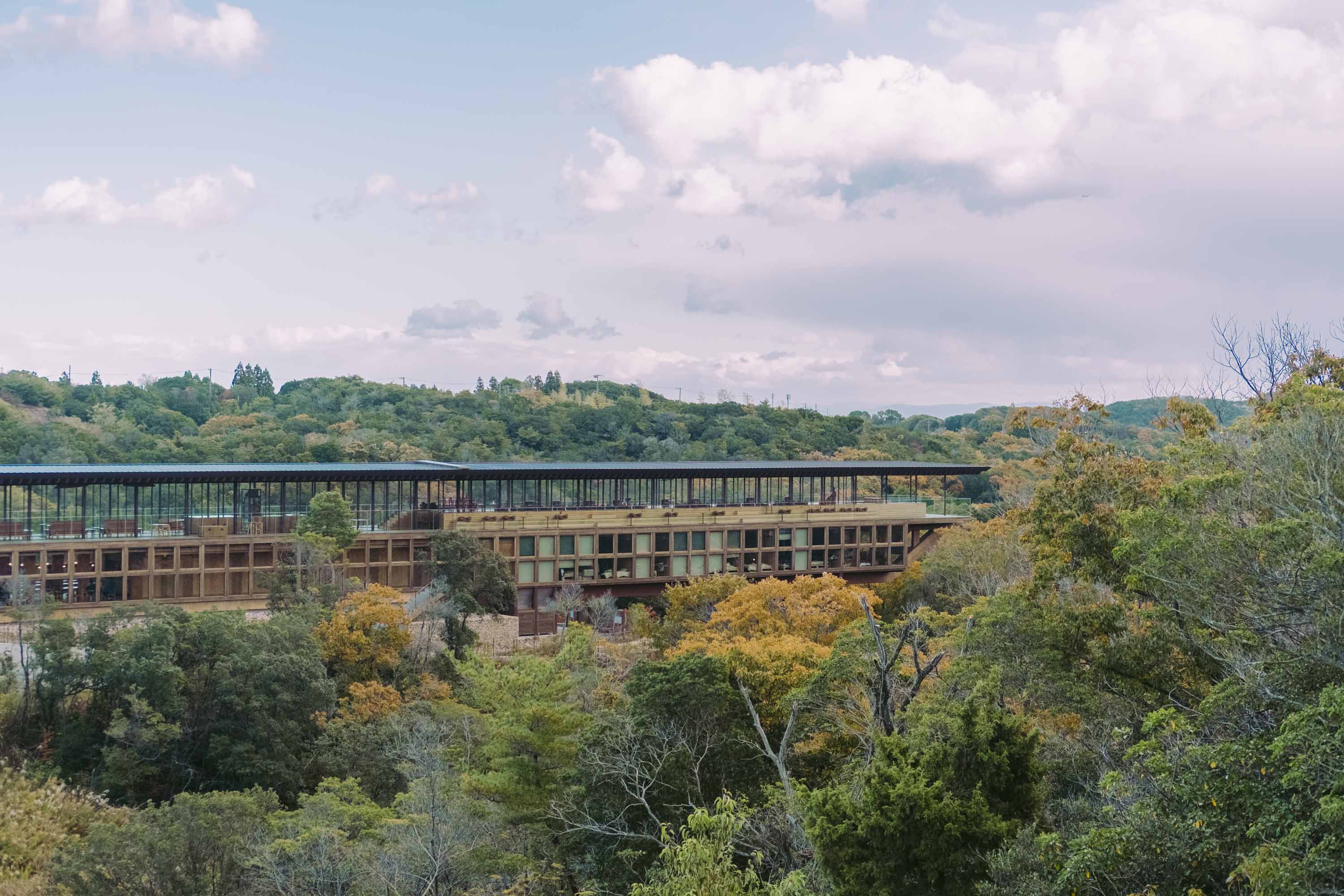
Haru San San | Shigeru Ban
︎ 2022︎ 11:00-18:00, Closed Wed
︎Google Maps
︎ Reservations
Die-hard fans of Shigeru Ban may want to visit the nearby Haru San San, a farm-to-table restaurant that opened to great fanfare in 2022. While slightly on the pricey side, the lunch course is far more accessible than a stay at Zenbo Seinei and offers a chance to admire Ban’s thatched-roof design, supported by his signature paper tube pillars.
Reservations recommended, especially when visiting on the weekend.
Lunch Course with seasonal vegetables and meat: 2,700~
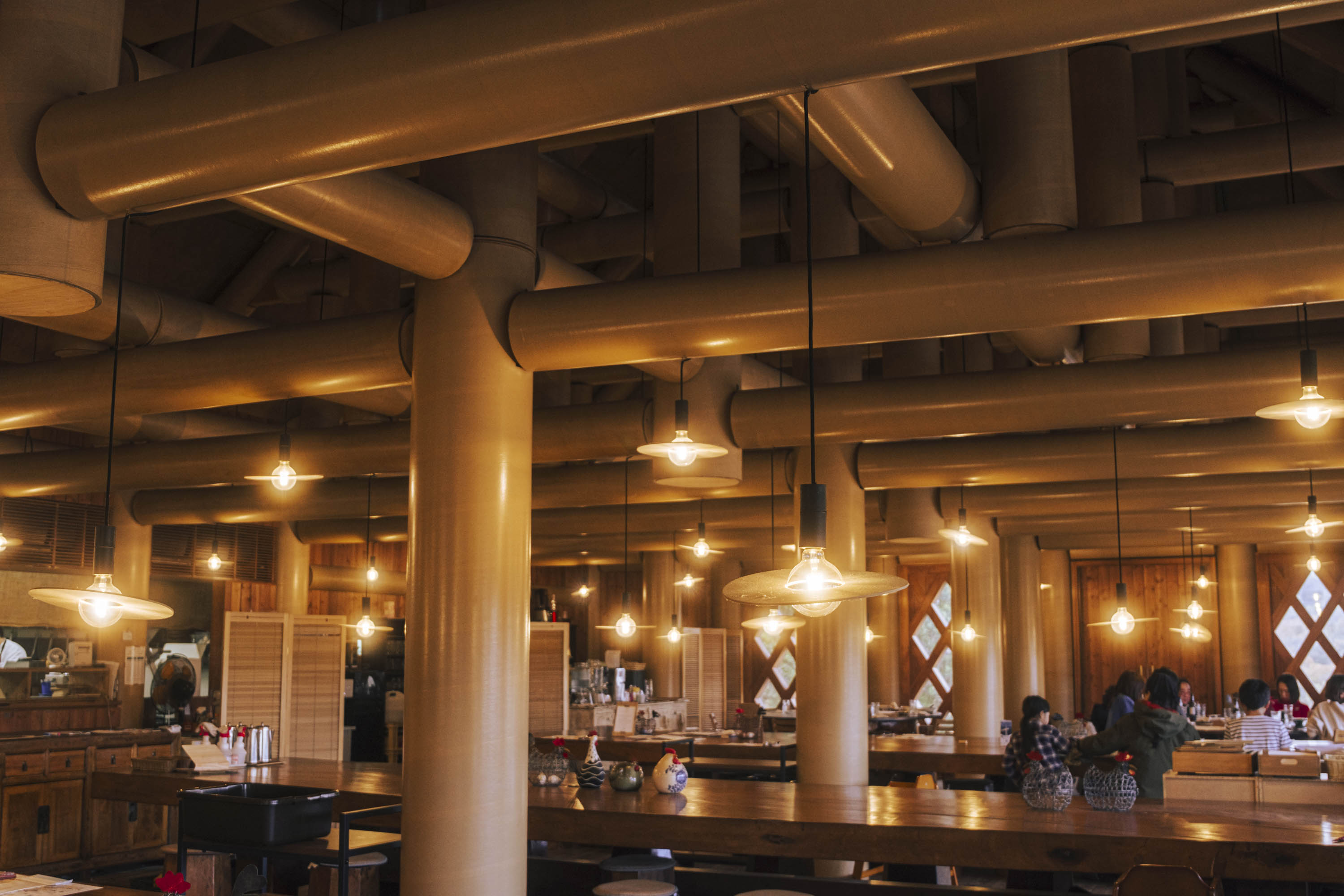
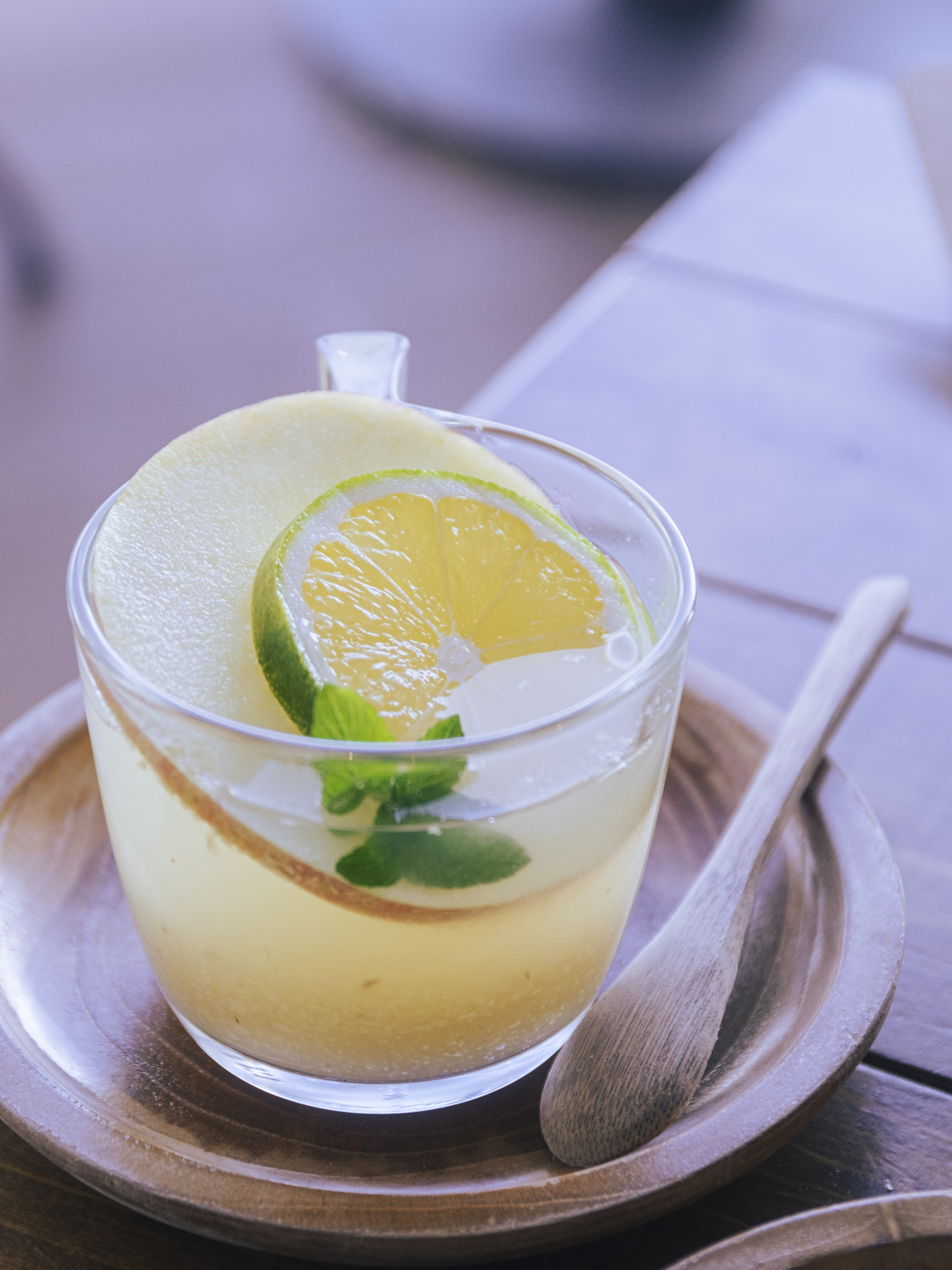



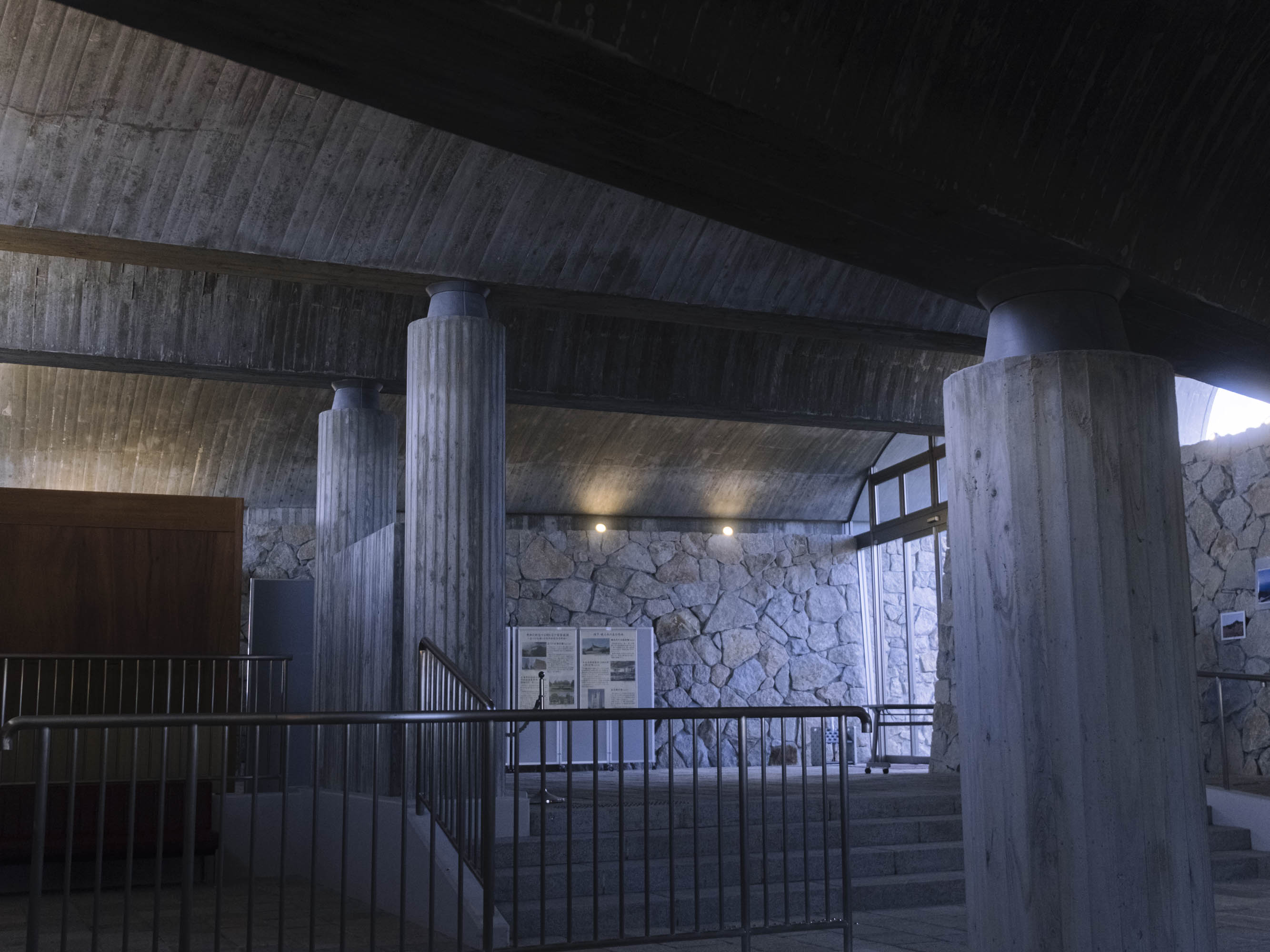
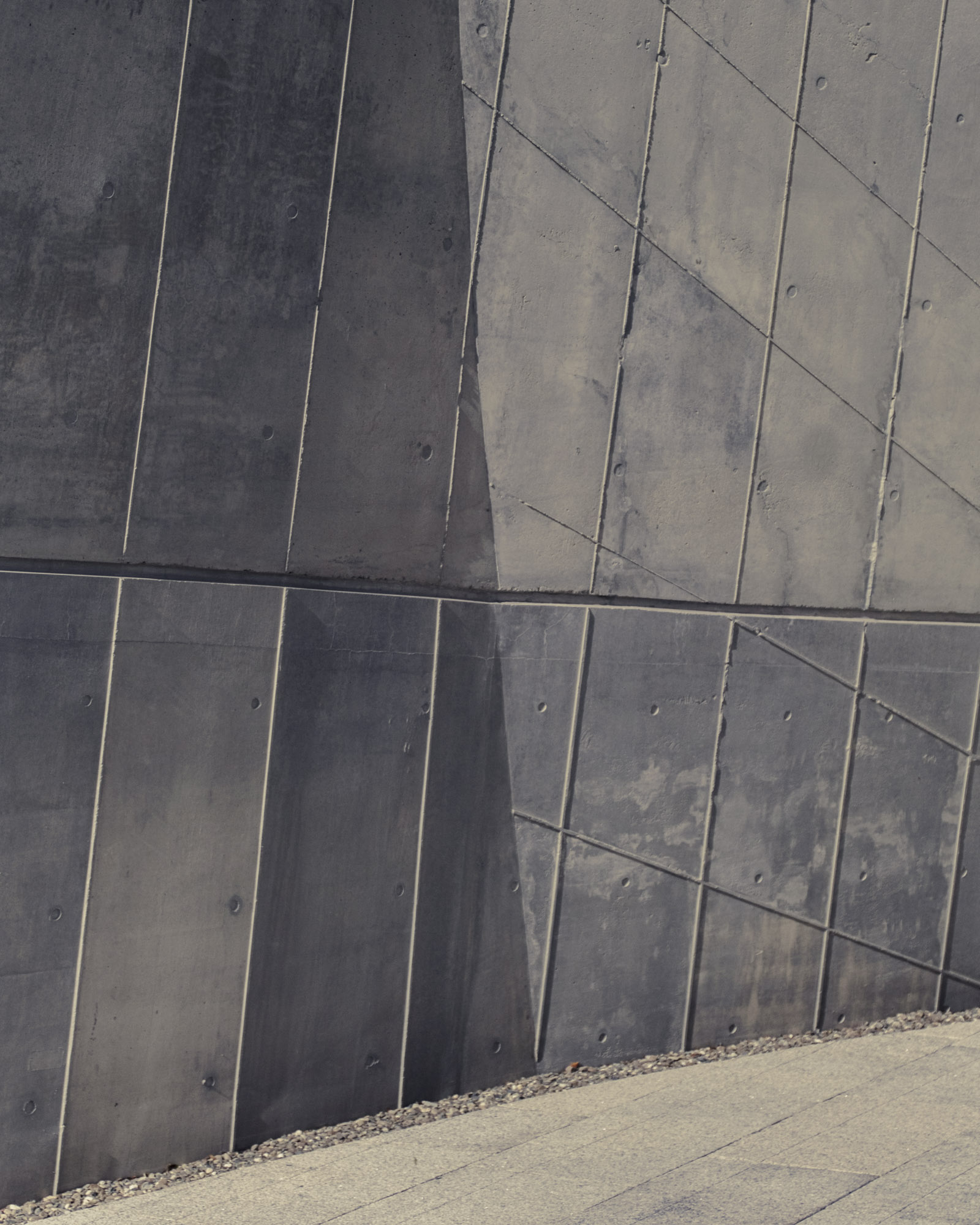
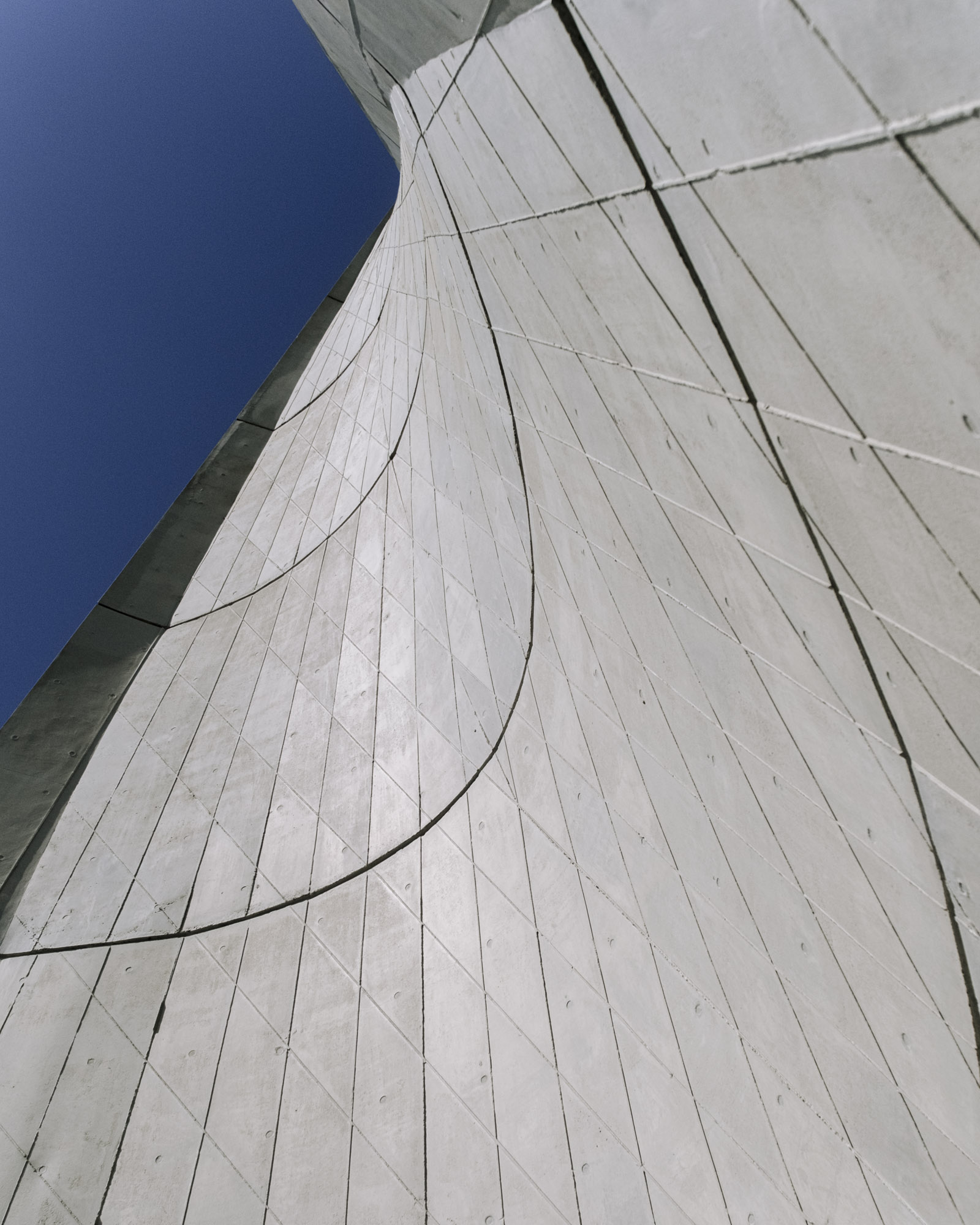
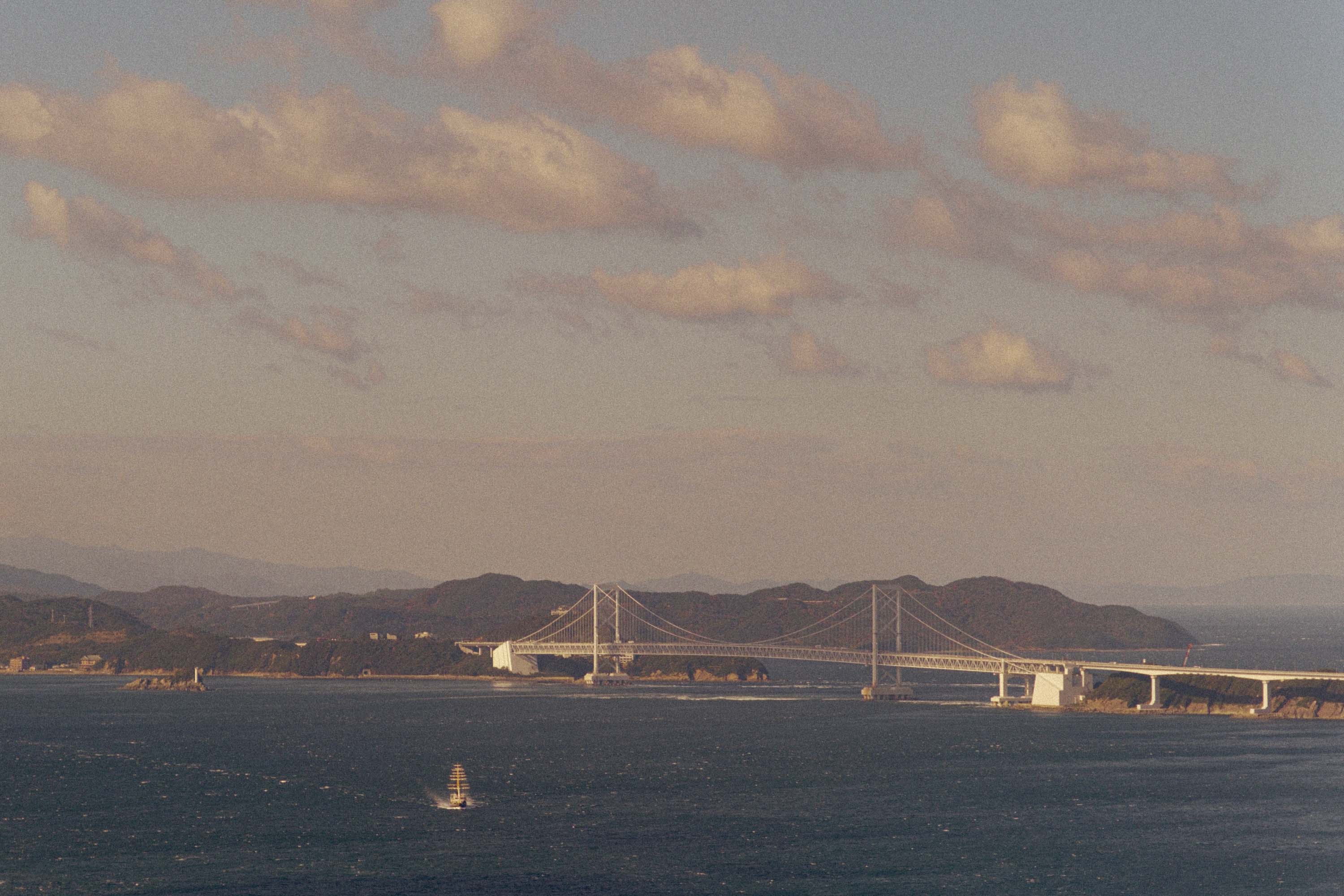
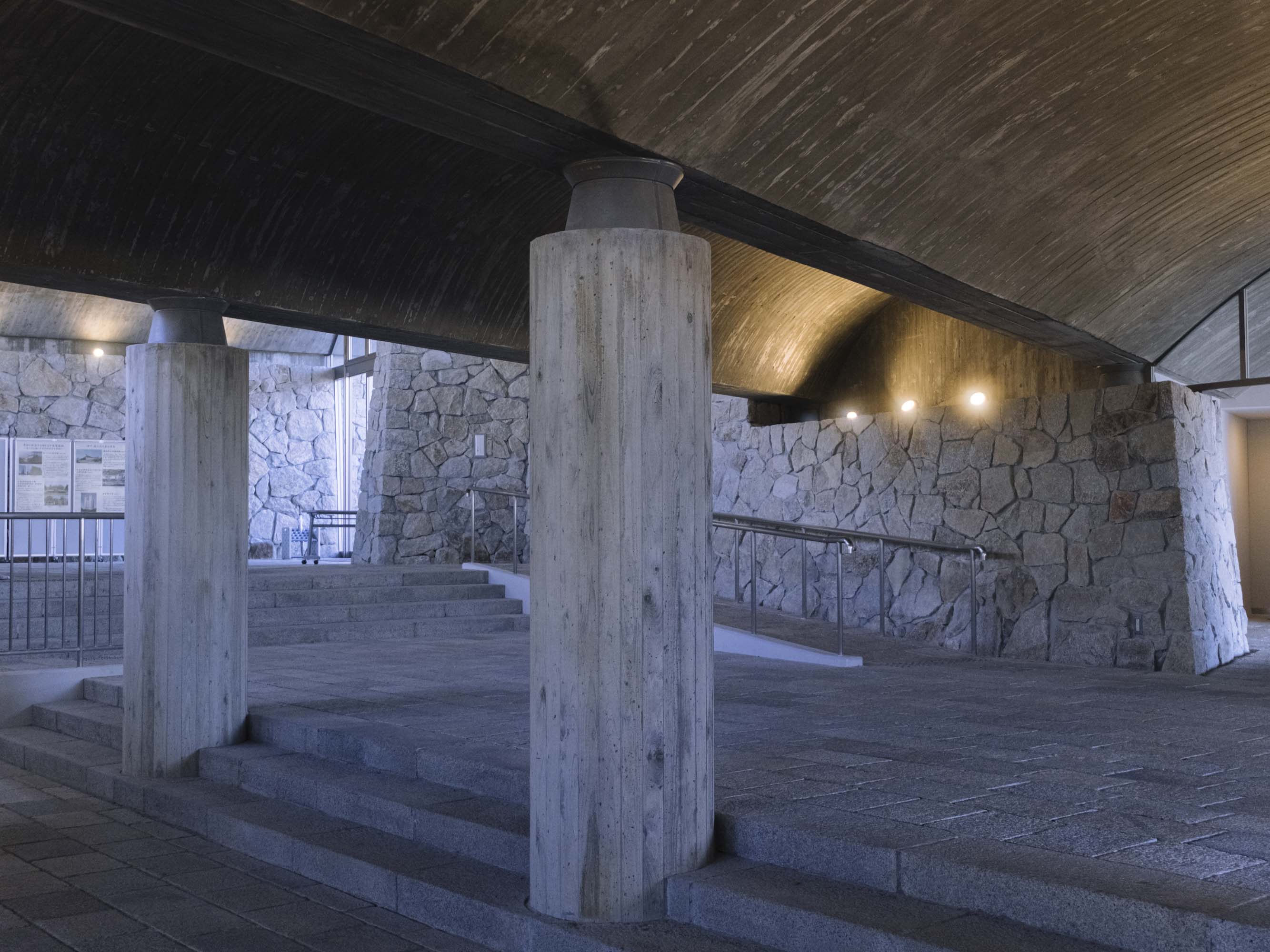
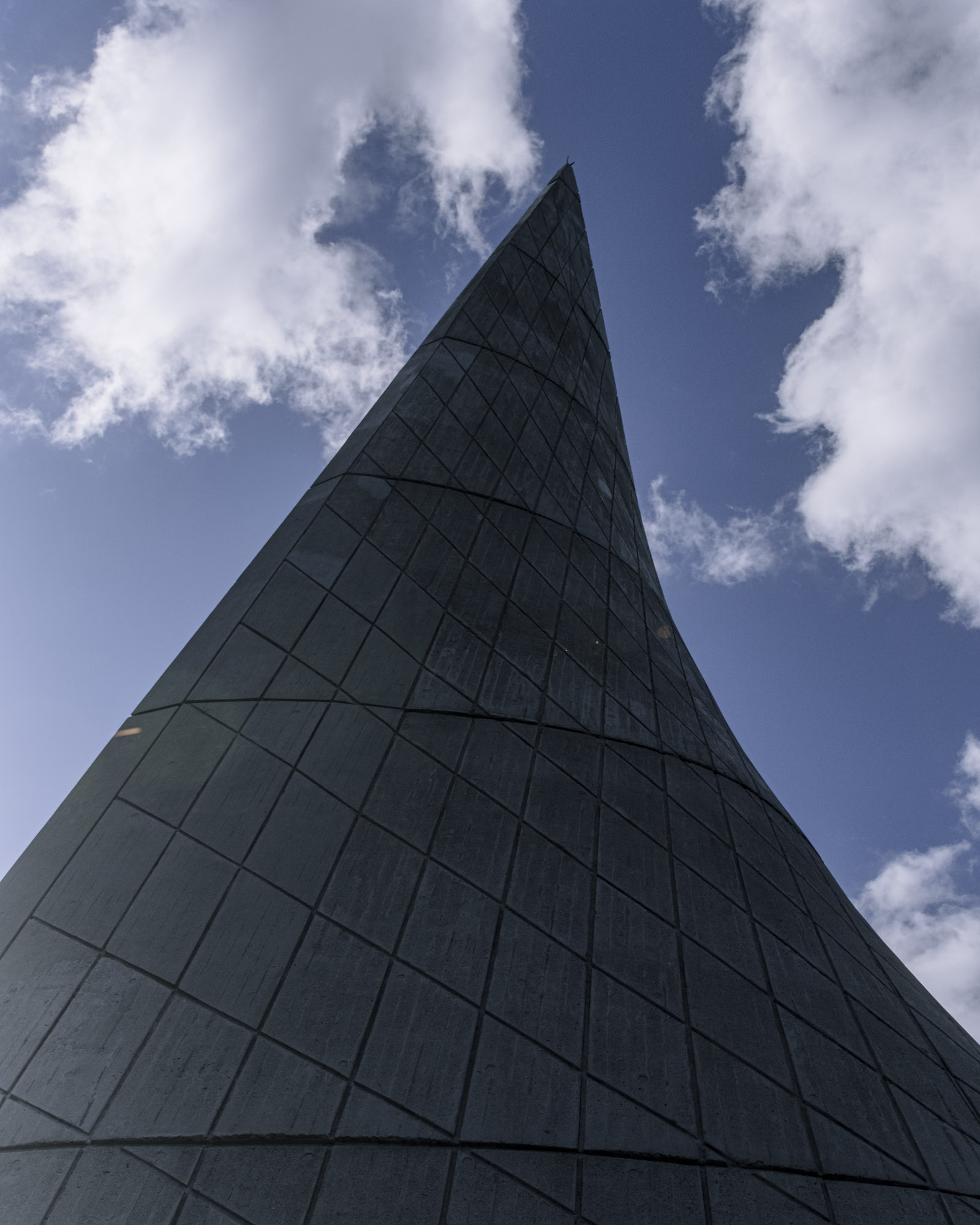
Wakoudo-no-hiroba Park | Kenzo Tange
︎ 1967︎ 09:00-17:00
︎Google Maps
On the southern ridge of Awaji, about one hour from Shigeru Ban’s buildings, take a small windy road up on an unassuming mountain until you reach Wakoudo-no-hiroba Park. The parking lot already reveals in the distance why you came so far, a small but impressive structure by one of Japan’s undefeated OGs of architecture: Kenzo Tange. Upon its completion the structure was engulfed by some controversy, with Tange refusing to attend the opening ceremony and the building never being introduced in architectural journals at his request. Due to this, it is now known as one of Tange’s "forgotten works."
Built to honor student workers mobilized to military factories during World War II, many of whom perished in air raids, the memorial was commissioned by a politically charged organization chaired by then-Prime Minister Nobusuke Kishi. Upon learning the organization’s background just before completion, Tange distanced himself, skipping the inauguration and avoiding publicity. After years of abandonment and after being damaged by a large earthquake, the site was eventually redeveloped, with exhibition materials donated to the Ritsumeikan University International Peace Museum. Today, Tange’s forgotten structure has been reopened as a peace memorial, inviting visitors to reflect on history and the pursuit of lasting peace.
Ottomanegi Onion
︎ 2016︎ 09:00-17:00, Closed Tue
︎Google Maps
While not a classic architectural site, southern Awaji offers a quirky attraction that perfectly embodies the island’s obsession with its famous onions. Known for producing some of Japan’s finest and most flavorful onions, Awaji celebrates this local specialty with a larger-than-life tribute: a giant onion statue standing 2.5 meters tall, 2.8 meters in diameter, and weighing 200 kilograms. Because in Japan, even onions deserve a monumental homage!
Located behind the visitor center — where you can enjoy delicious onion soup and browse for souvenirs — the statue also offers stunning sunset views over the Seto Inland Sea, making it a fun and scenic stop to conclude your architecture tour.

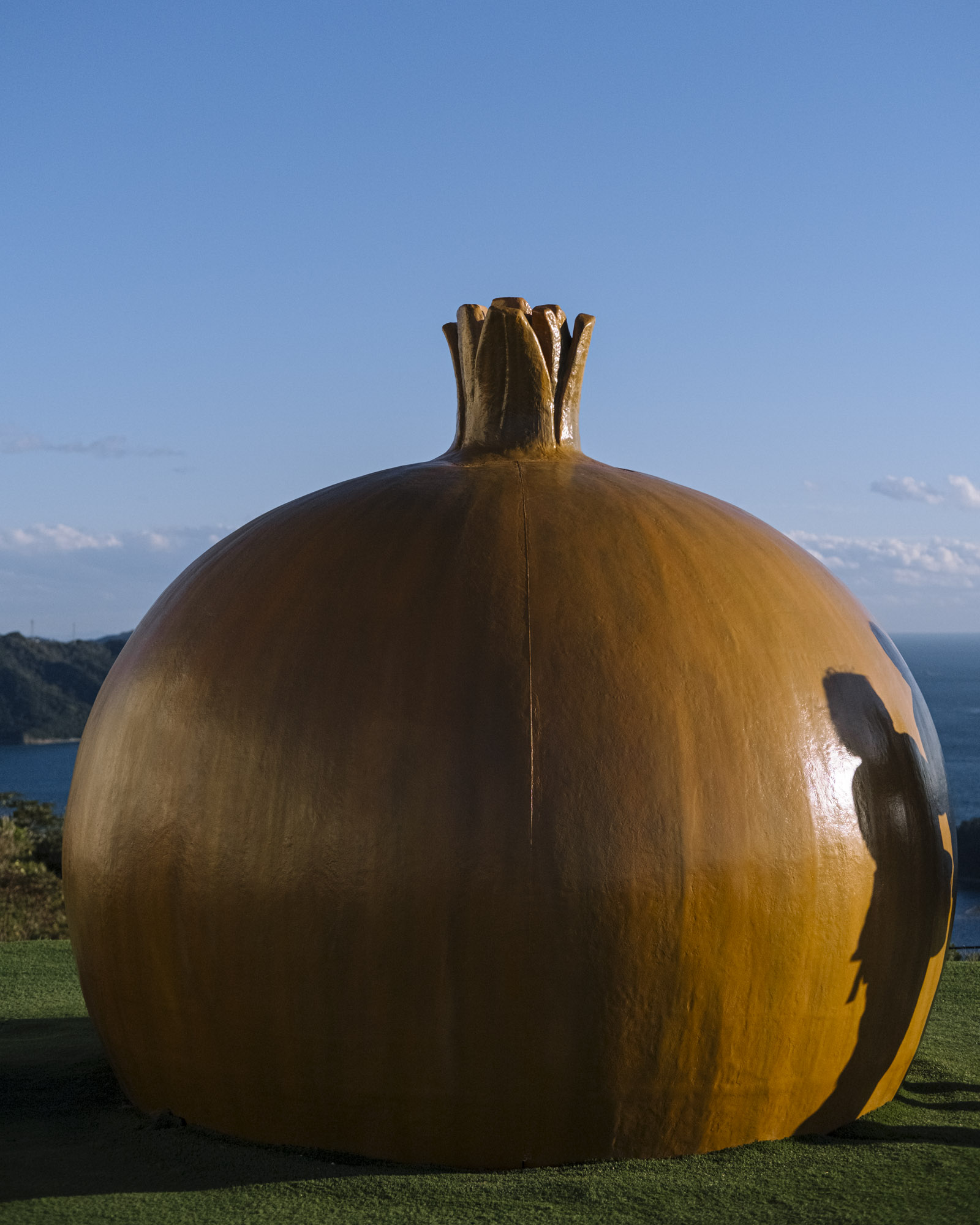
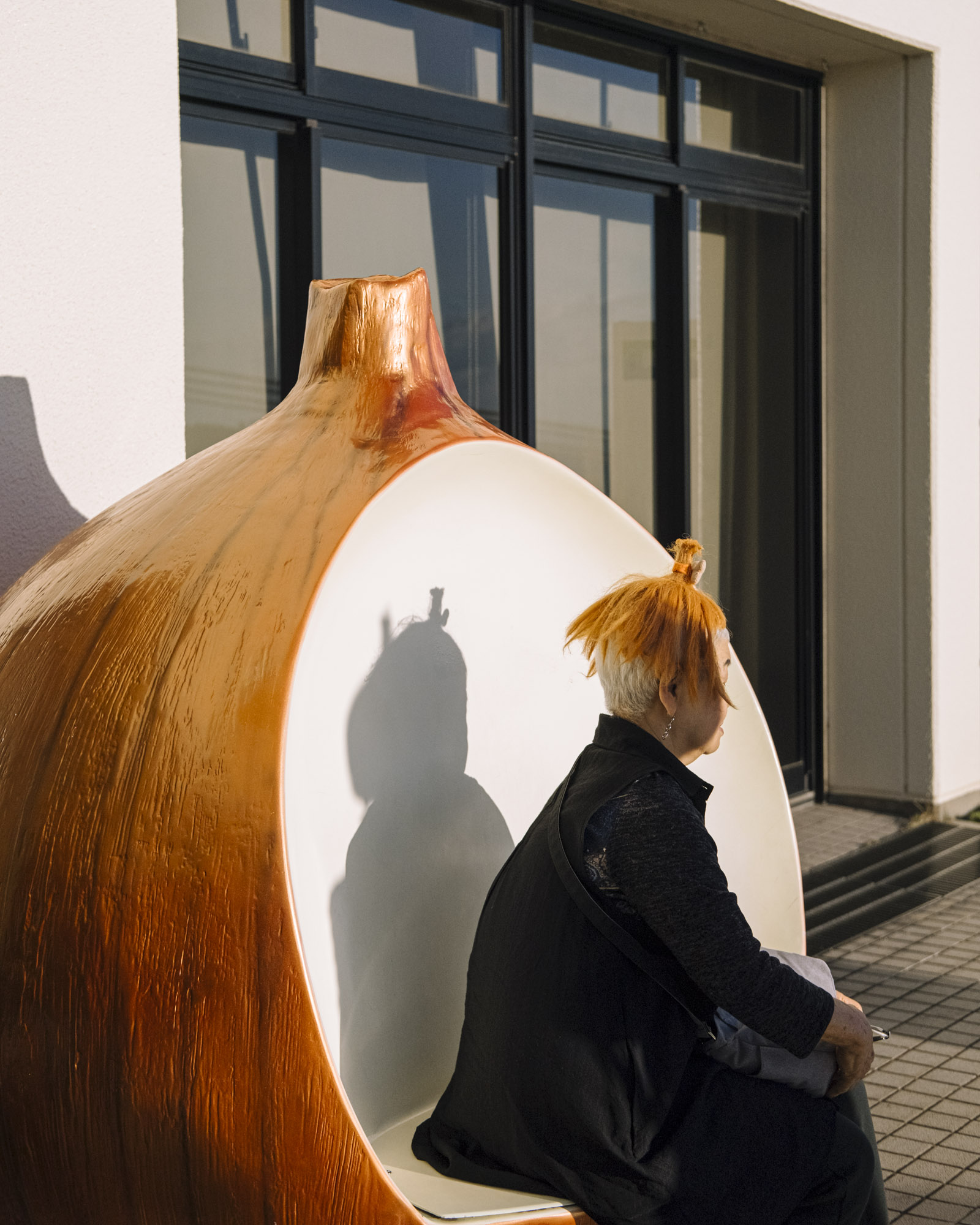

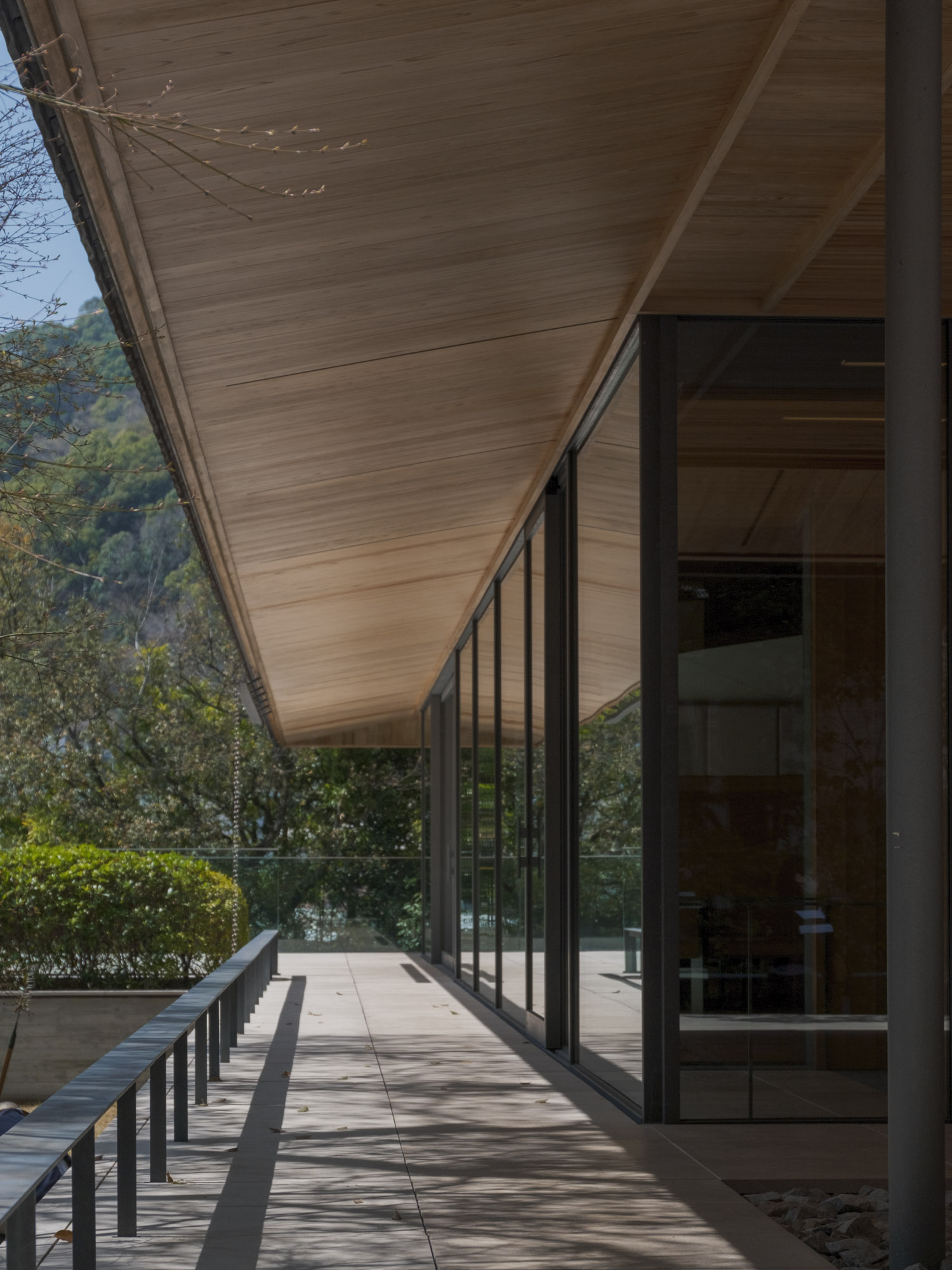
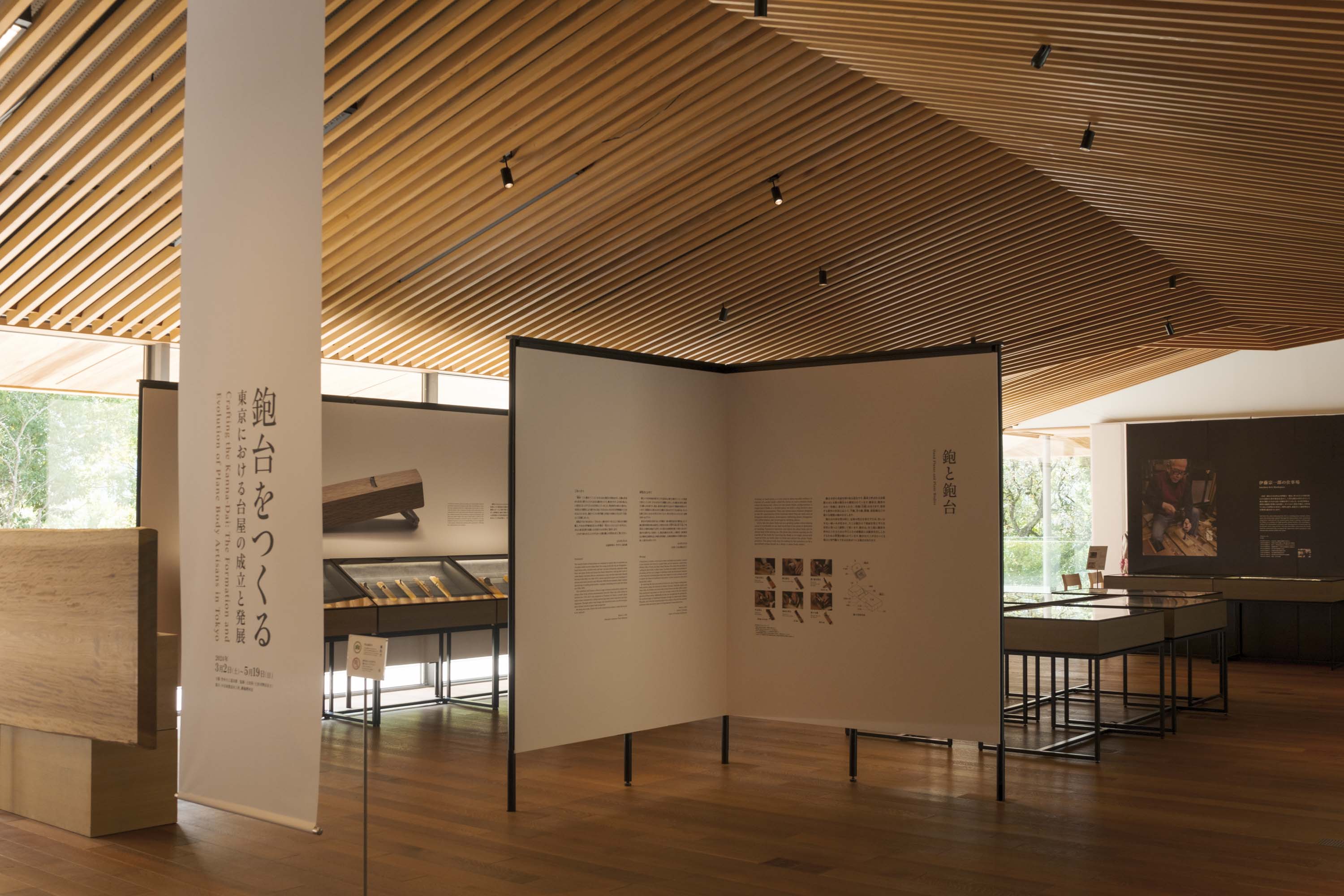
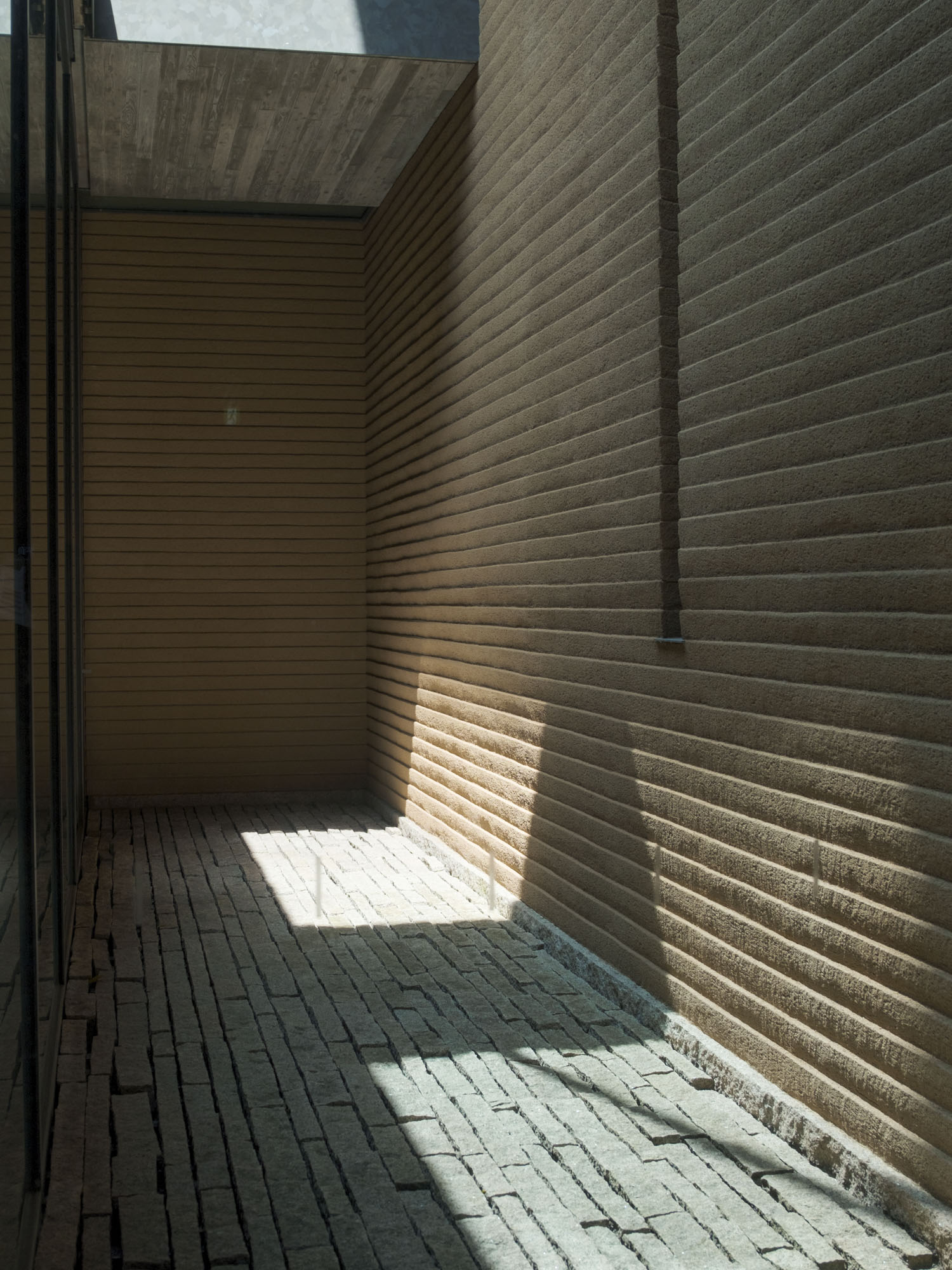
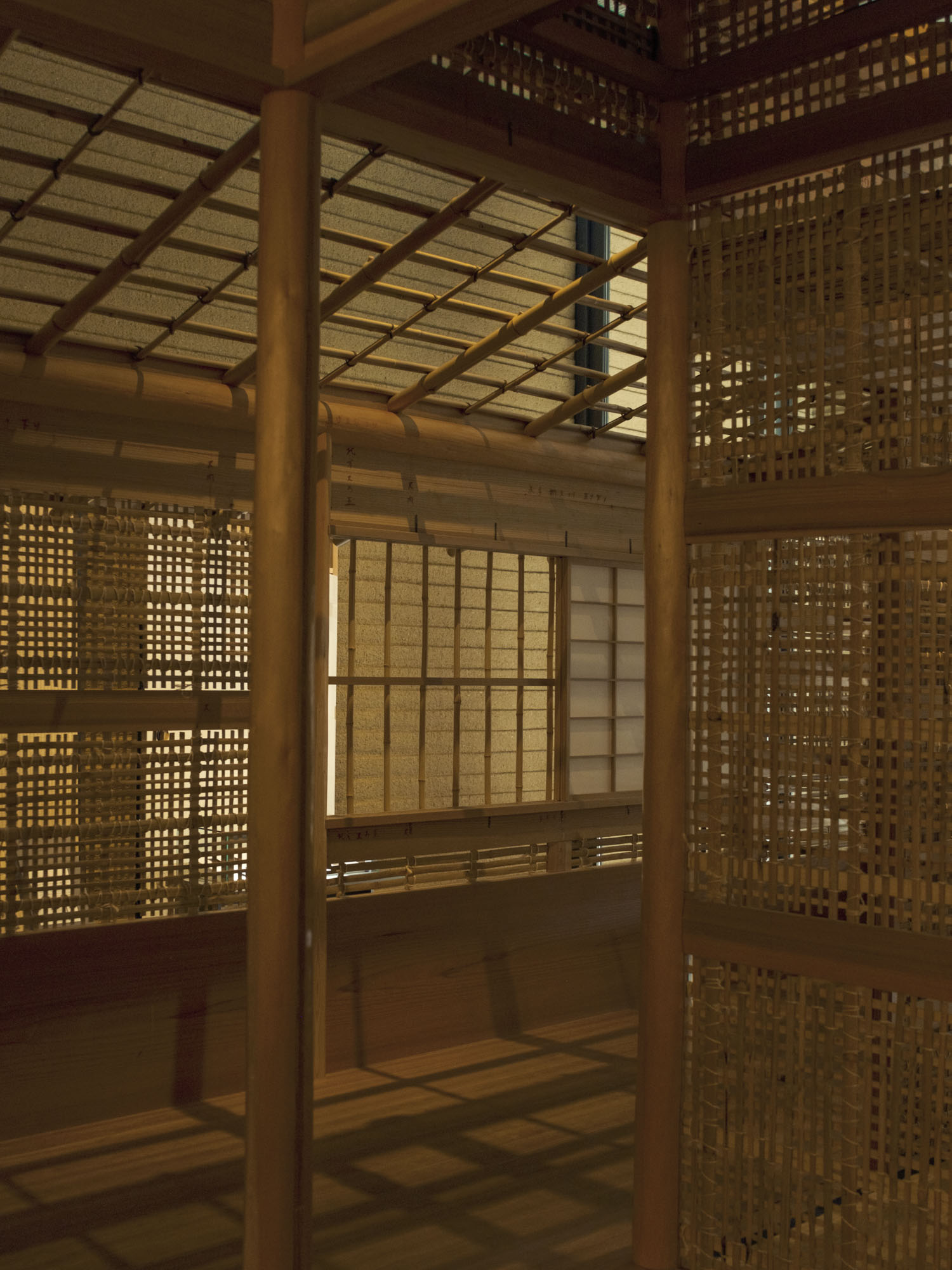
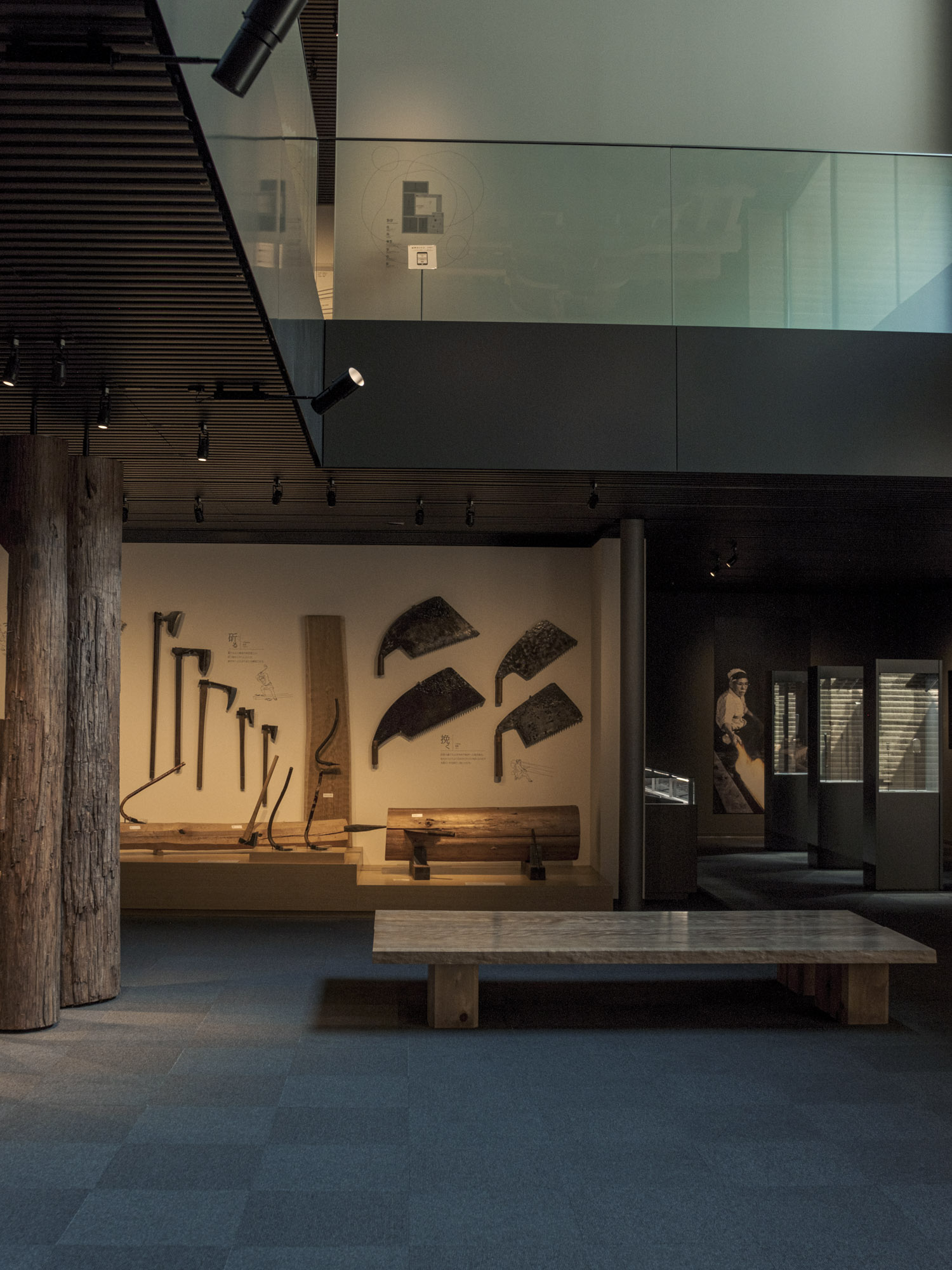
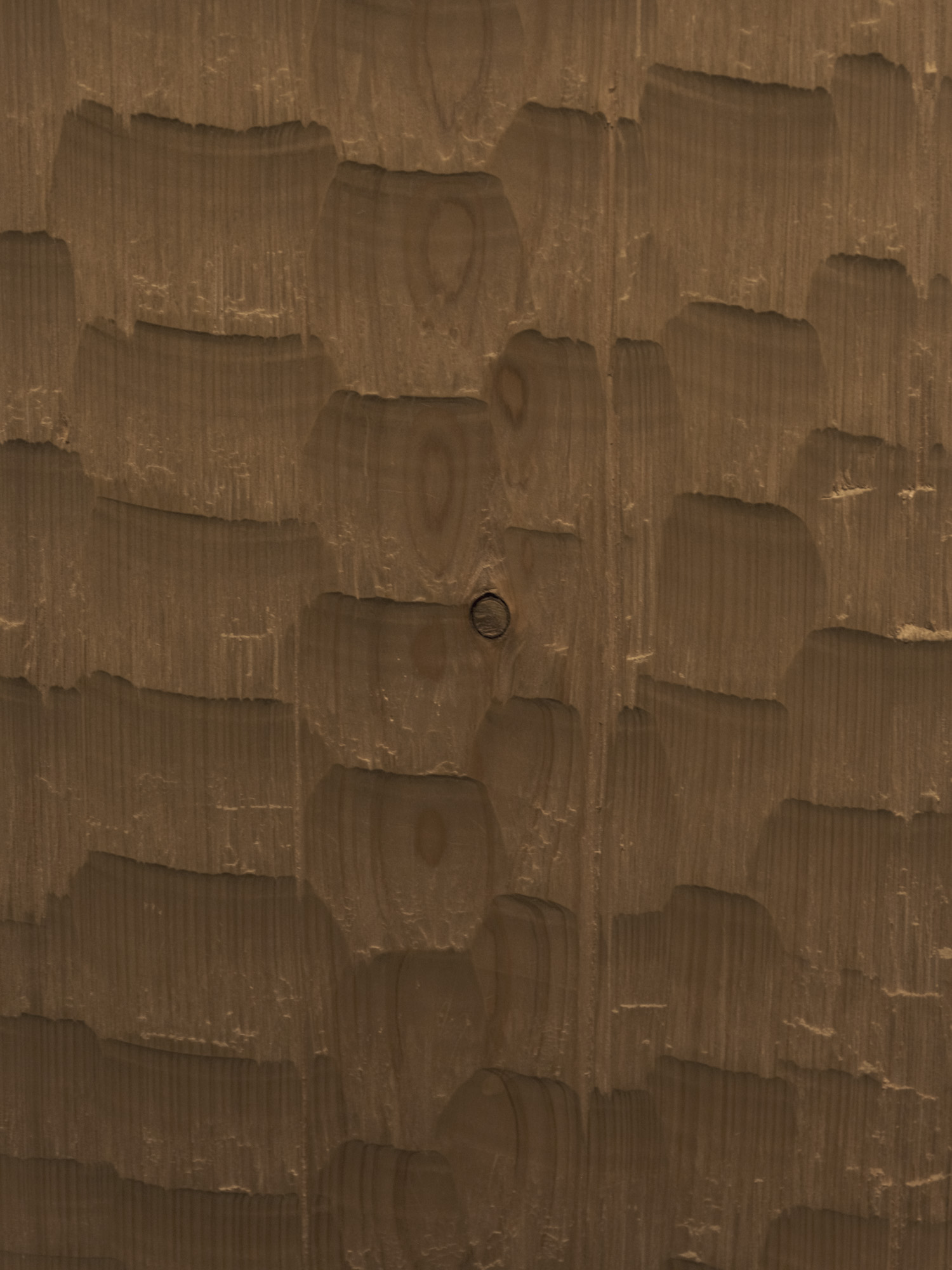

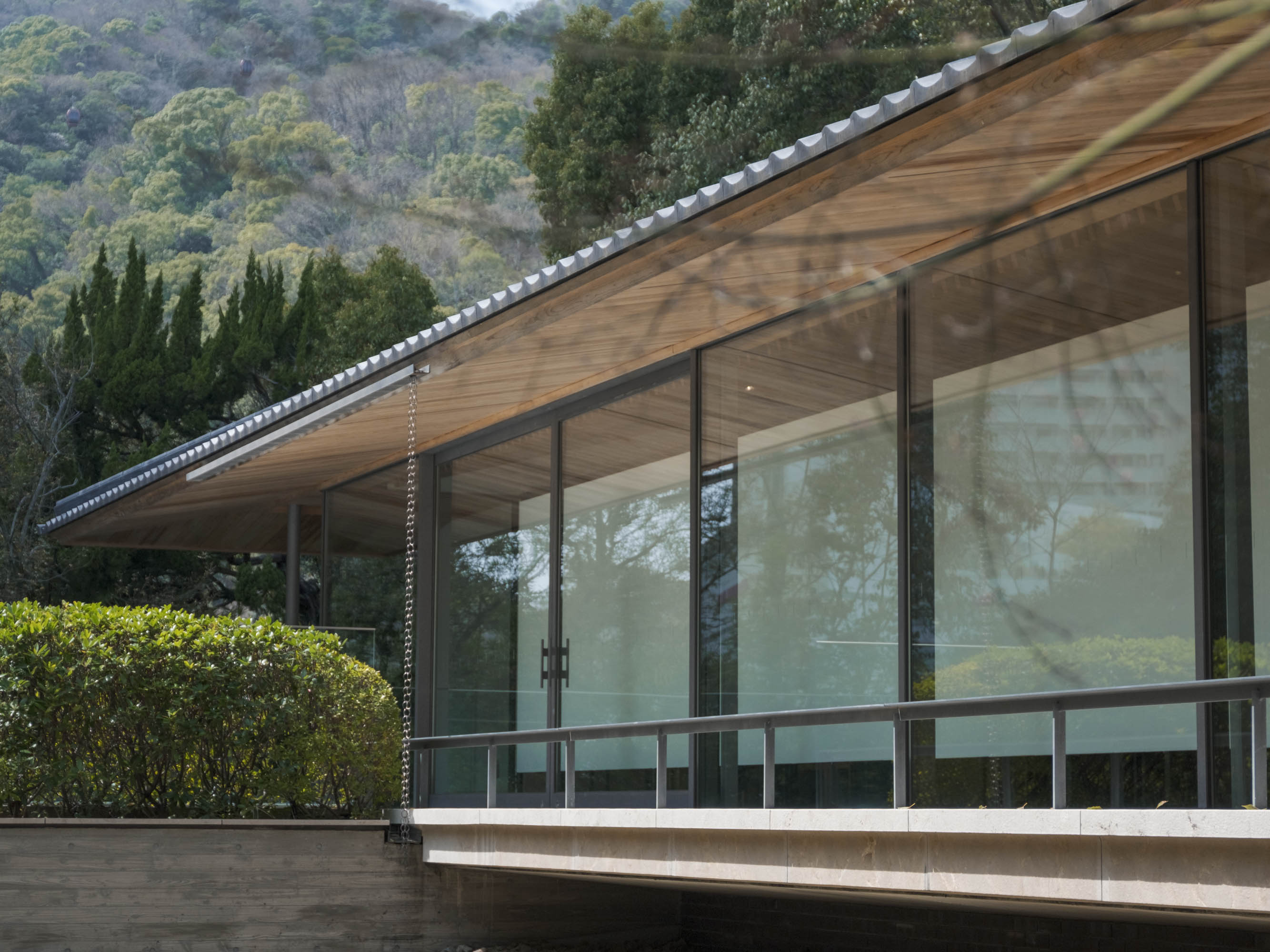
If you’re passing through Kobe on your way to Awaji, consider adding these two spots near Shin-Kobe’s Shinkansen station to your itinerary for a worthwhile detour.
Takenaka Carpentry Tools Museum
︎ 2014︎ Sat, Sun, Tue, Wed: 09:30-16:30
︎Google Maps
Just a couple minutes walk from Shin-Kobe Station, the beautifully desigend Takenaka Carpentry Tools Museum is Japan’s only museum dedicated to — you guessed it — carpentry tools. Celebrating the skills and spirit of the craftspeople behind the country’s wooden architecture, the museum features around 1,000 tools, a full-scale model of Toshodaiji Temple's Golden Hall framework, and a structural model of a tea ceremony room. Housed in a modern yet traditionally inspired wooden structure, the museum was designed, built and is operated by Takenaka, one of Japan’s oldest and largest construction companies.
Ninomiya Ichiba Market
︎ 1960︎ 09:00-18:00, Closed Sun
︎Google Maps
Located about a 15-minute walk from Shin-Kobe Station, Ninomiya Ichiba is one of the area’s most atmospheric and old-school shotengai (market streets), beloved by locals since its establishment in the Taisho era. Known as the community’s “kitchen,” the market offers a wide selection of fresh goods at affordable prices, attracting both local shoppers and restaurant owners.
While its economic heyday may have passed, the market retains a gritty charm that makes it a fascinating space to explore. For a truly unique experience, visit before or after hours (especially on a Sunday) to capture Japan’s retro aesthetic at its most cinematic.
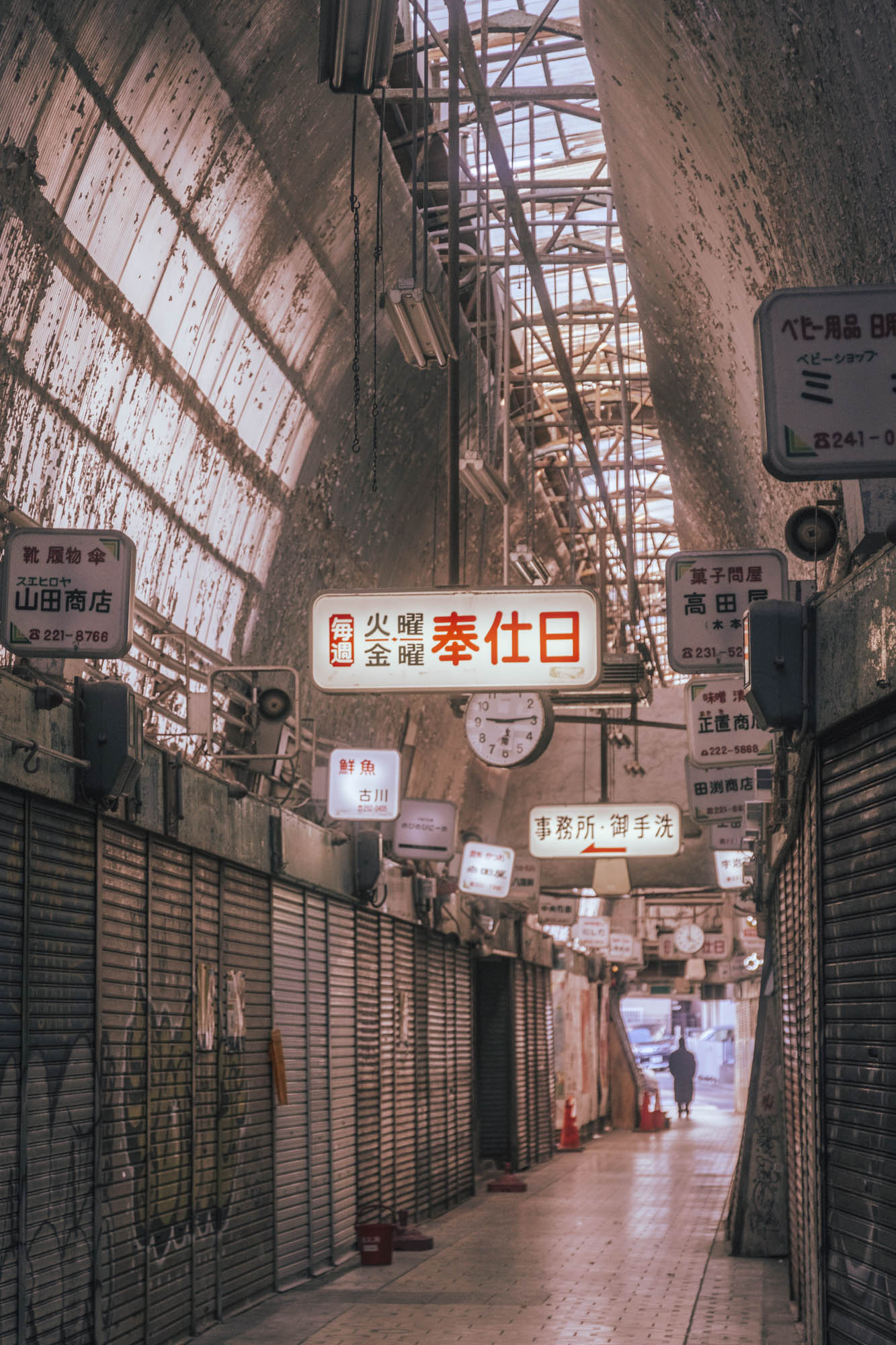
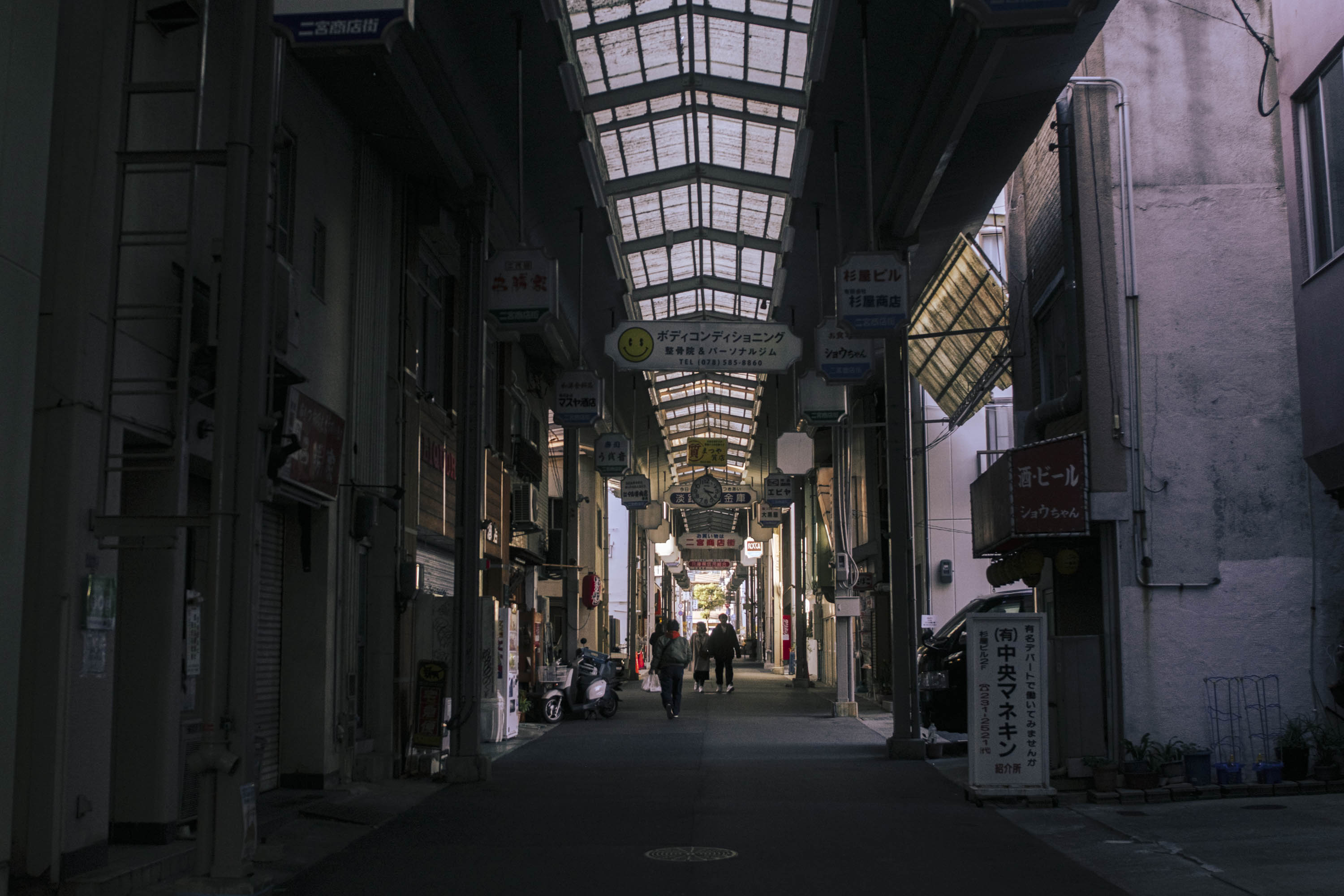
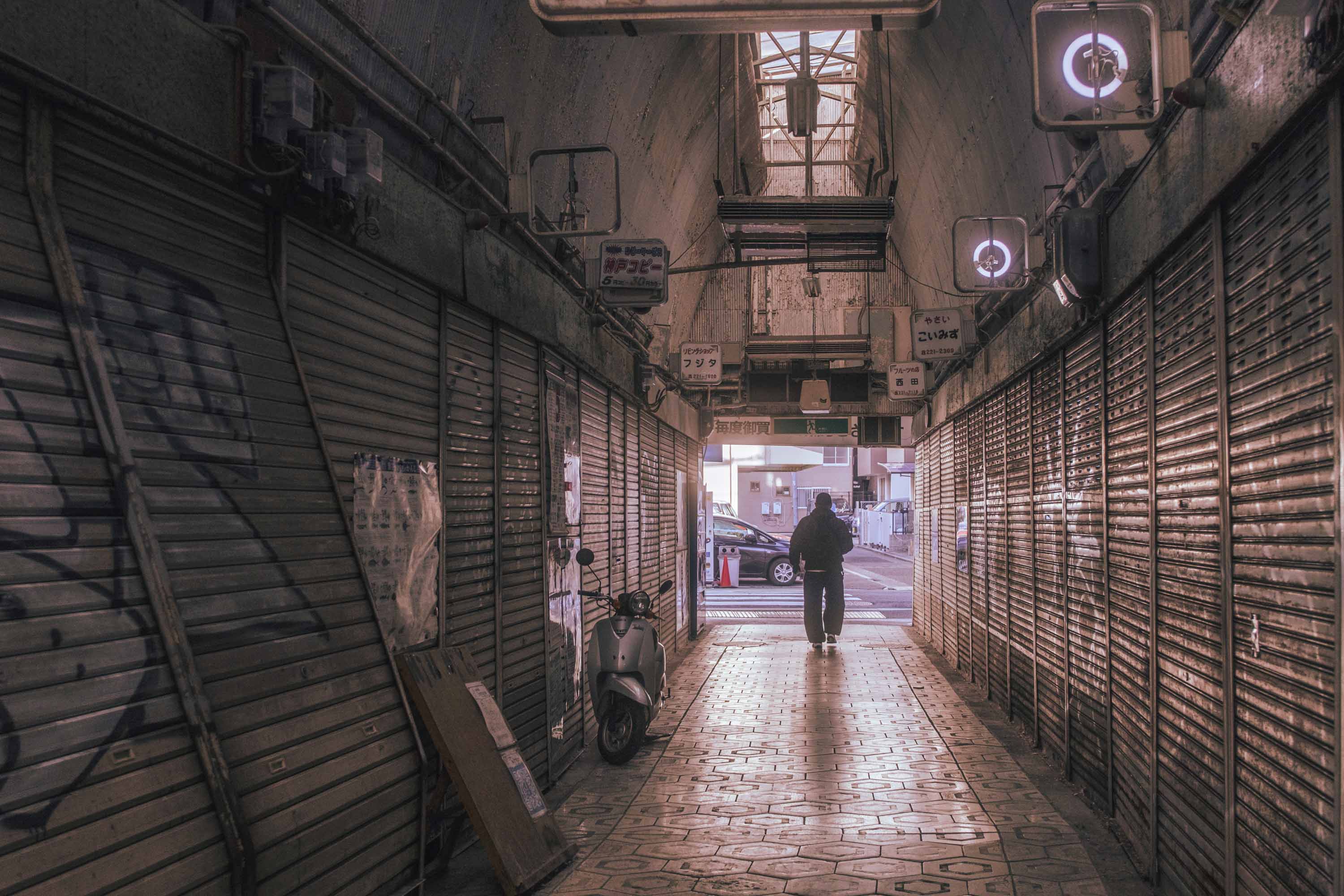

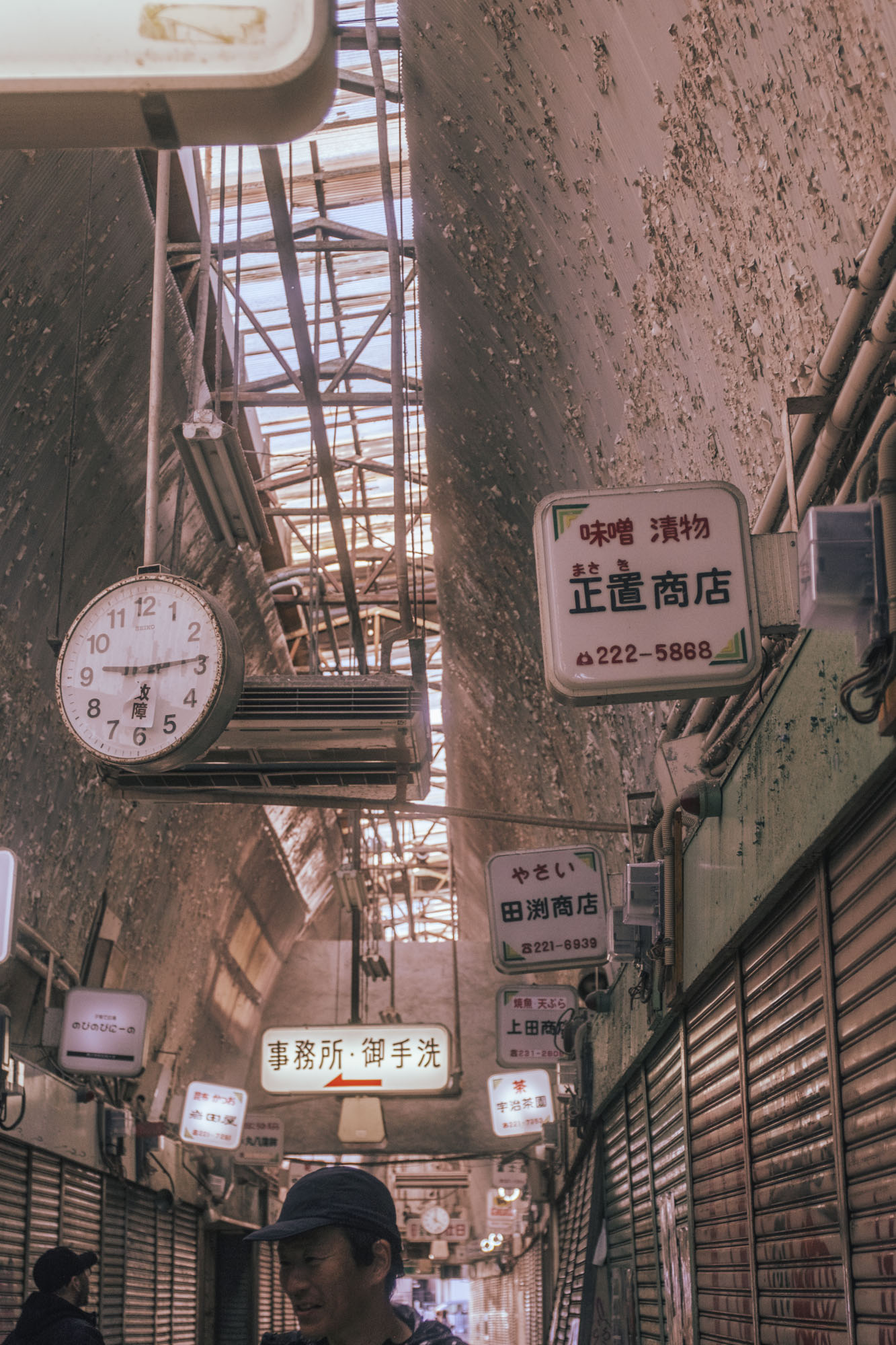

Explore more

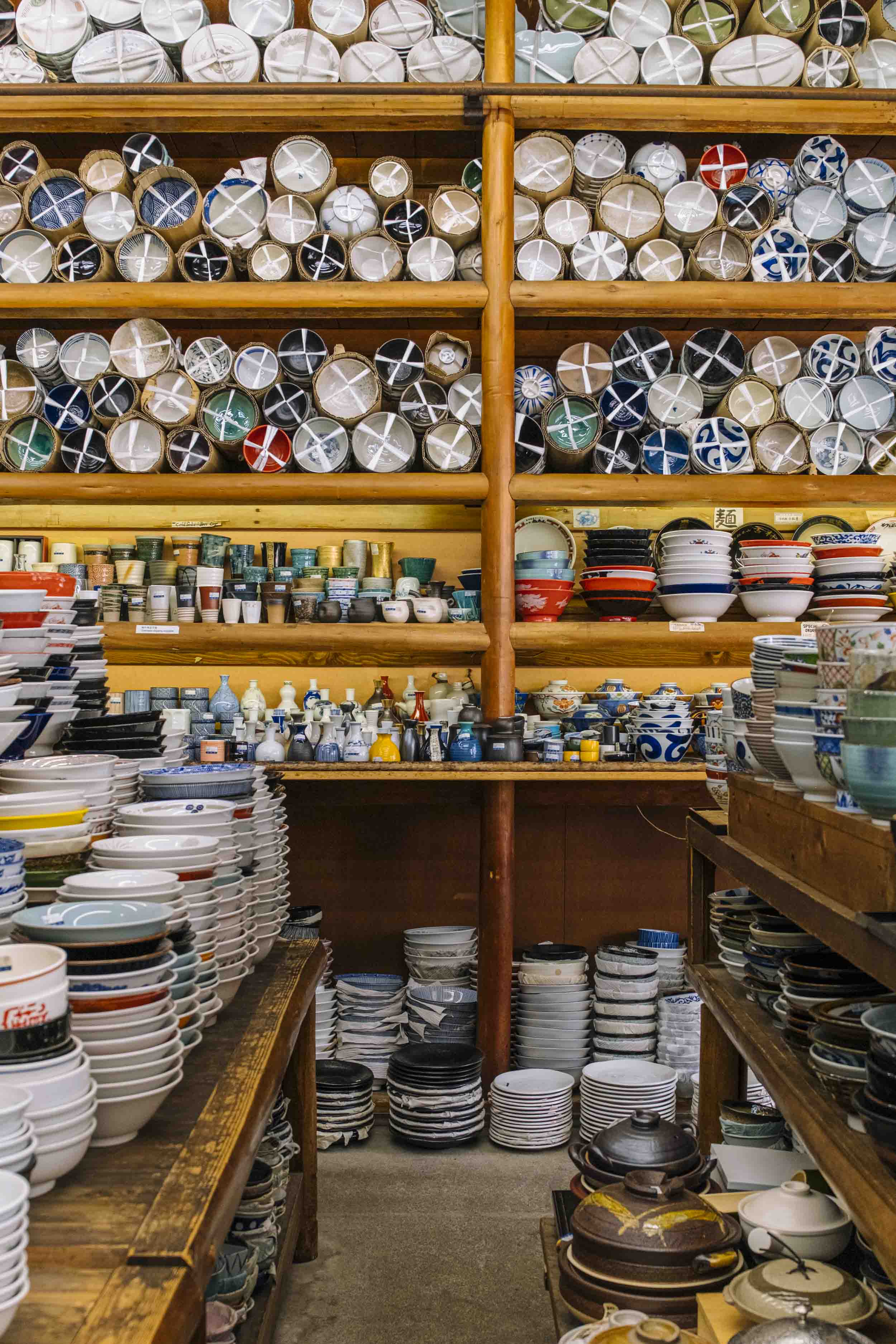
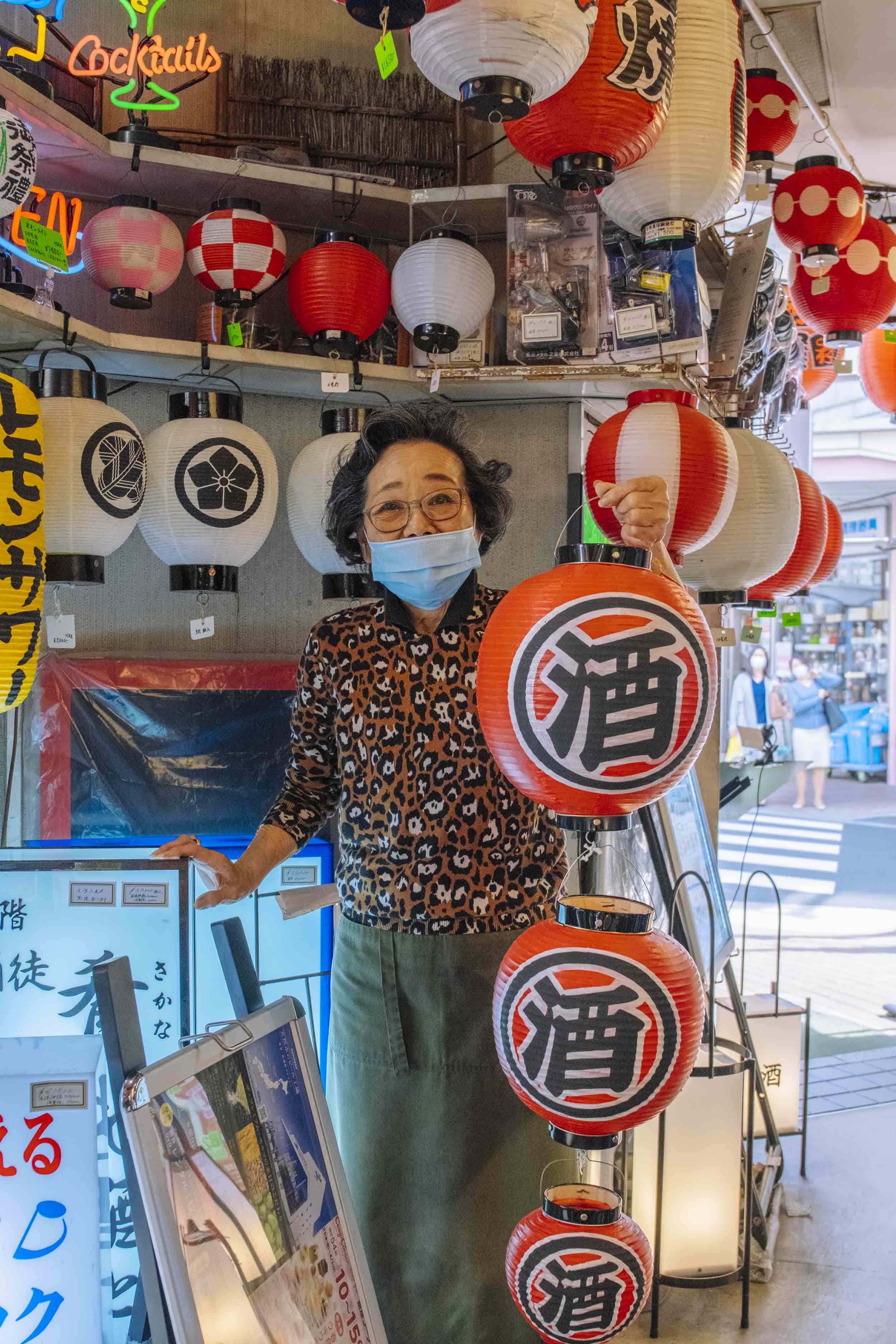
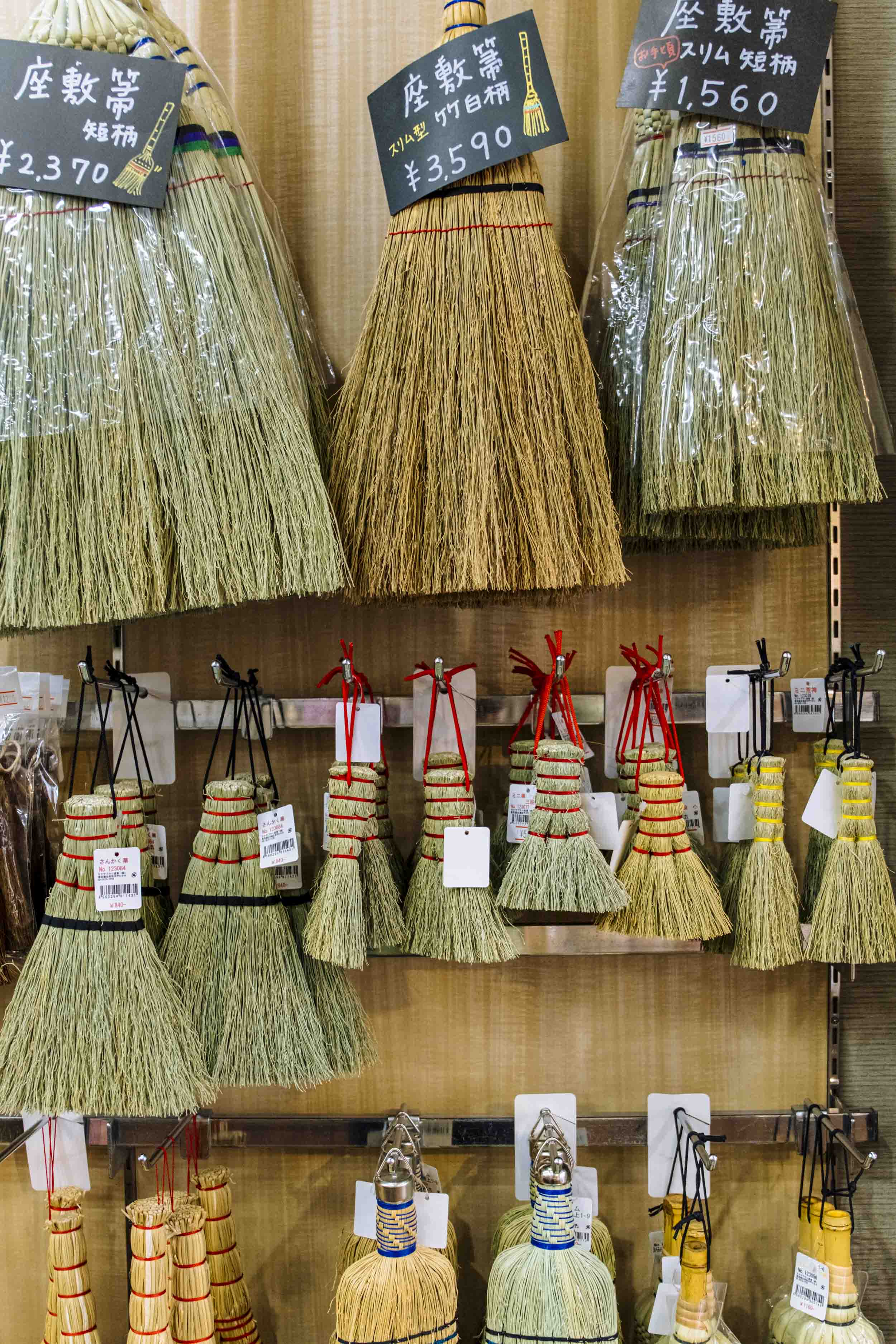
Your next stop should be Tokyo Biken, one of several manufacturers of Japan’s famous plastic food samples you can often find next to the entrance of restaurants and bars. Marvel at the intricately hand-made plastic foods in Tokyo Biken’s display and head inside for a great selection of food souvenirs such as sushi-charms, food phone cases, magnets and more. This would also be a great places to buy some new home decorations, that is, if you have always dreamed of surprising your partner with a fake rotisserie chicken or mug of ice-cold and very plasticy beer.
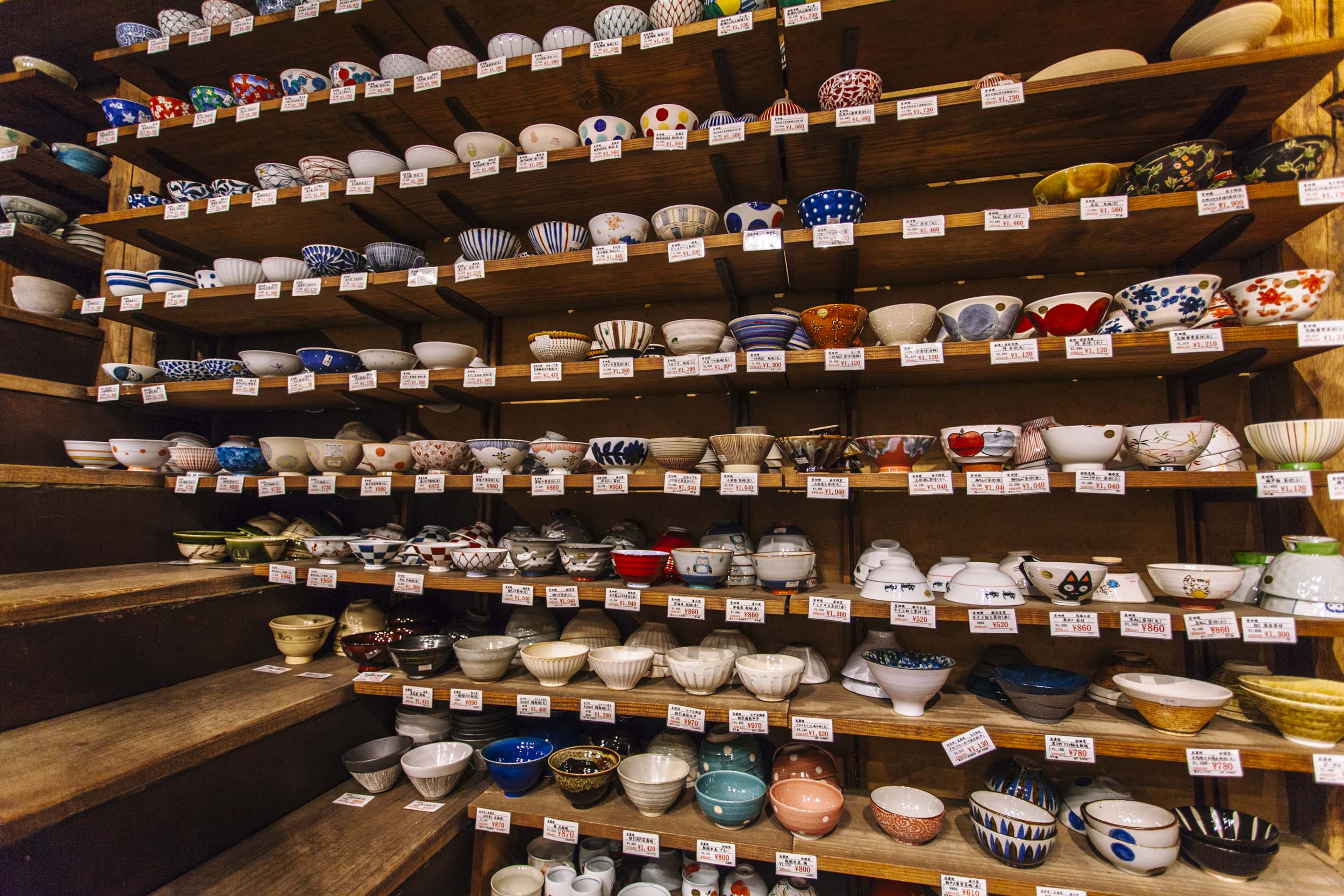
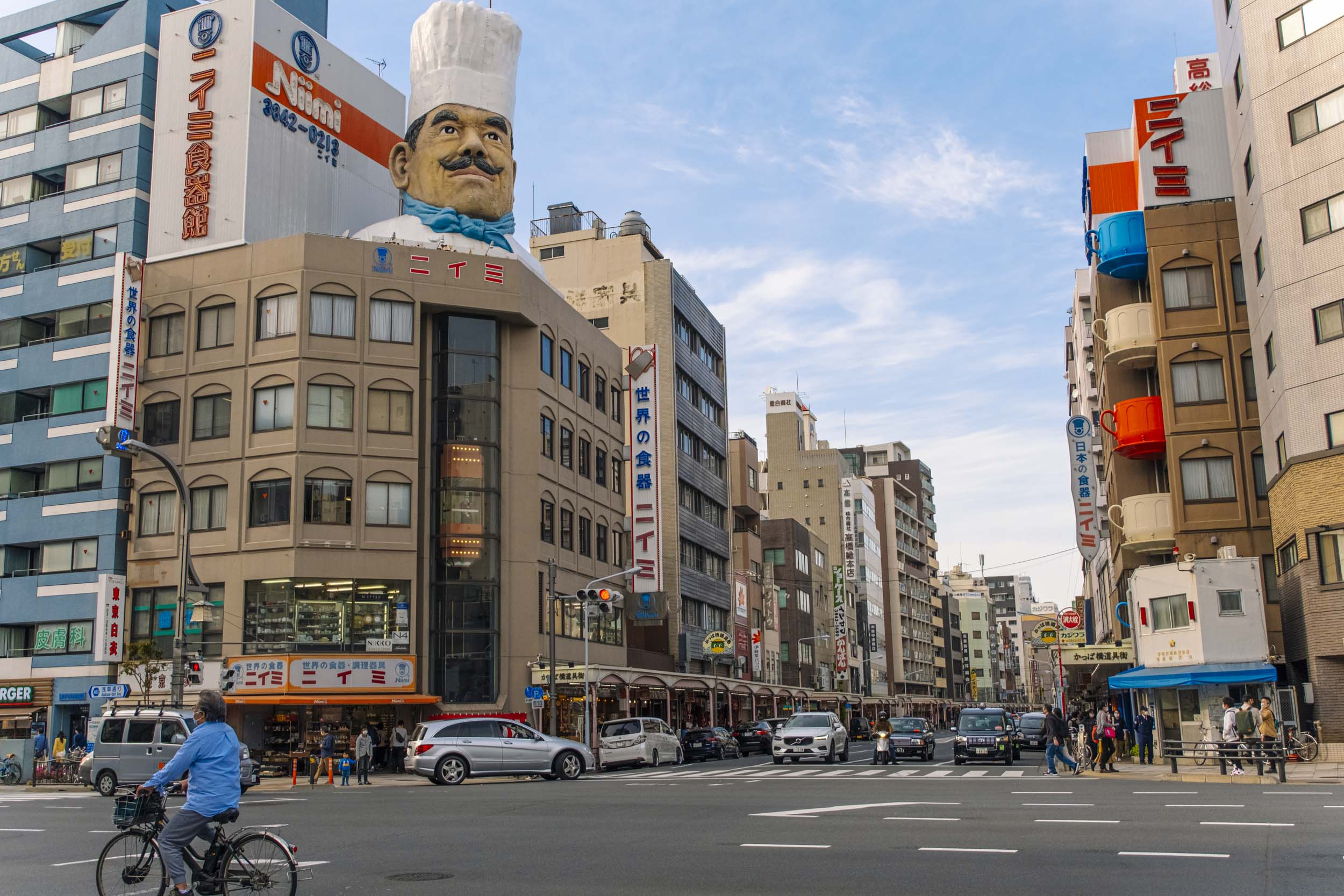

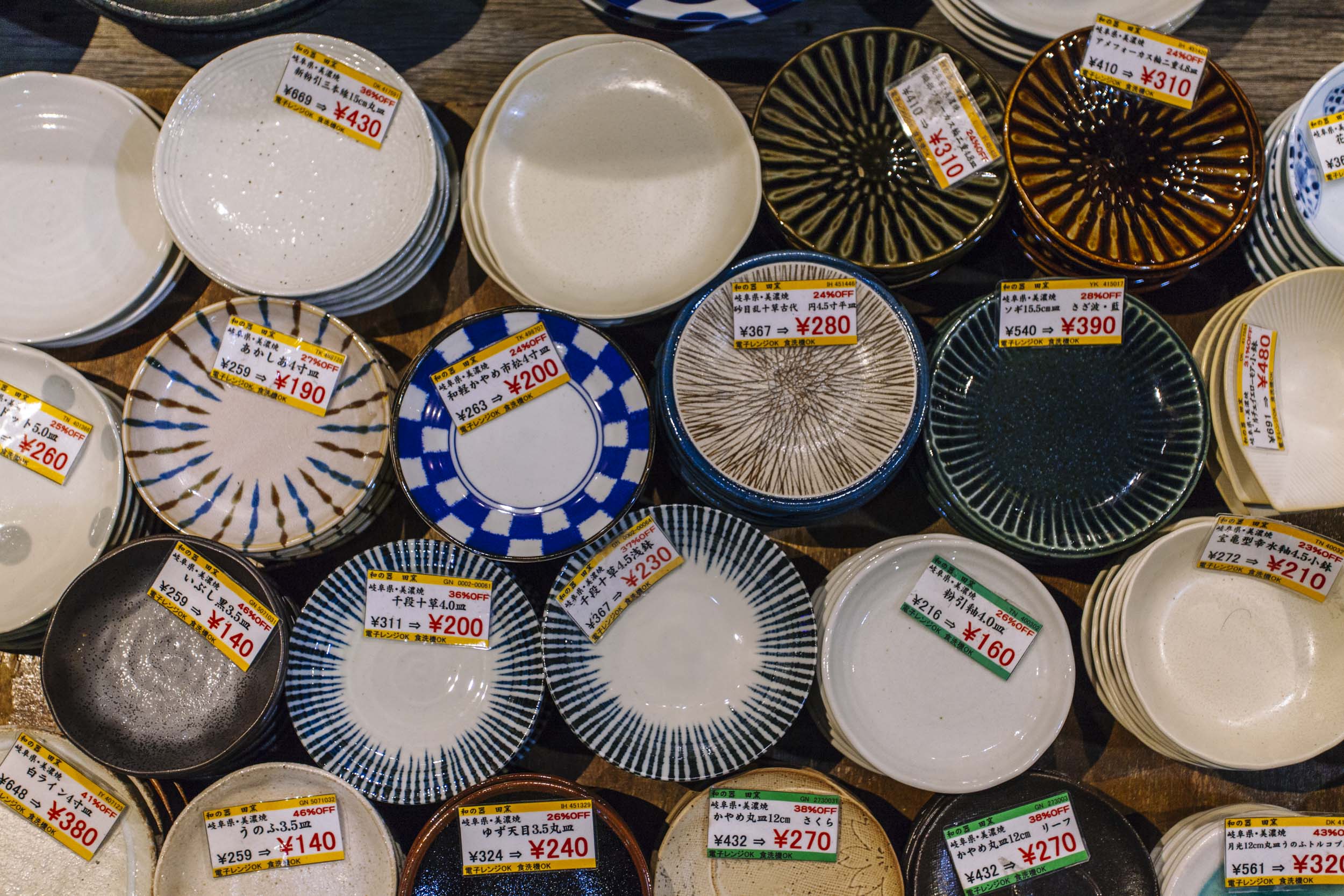
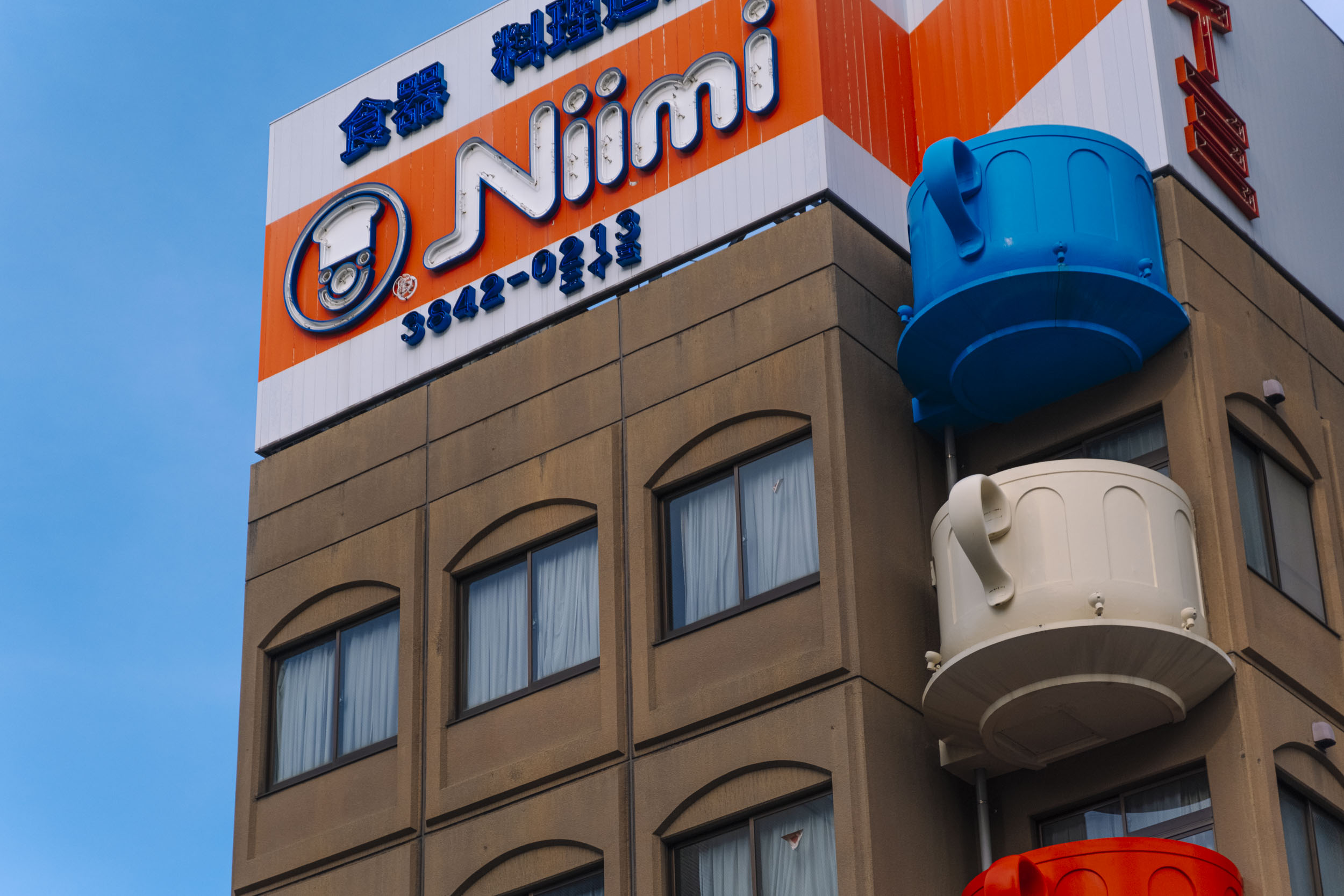

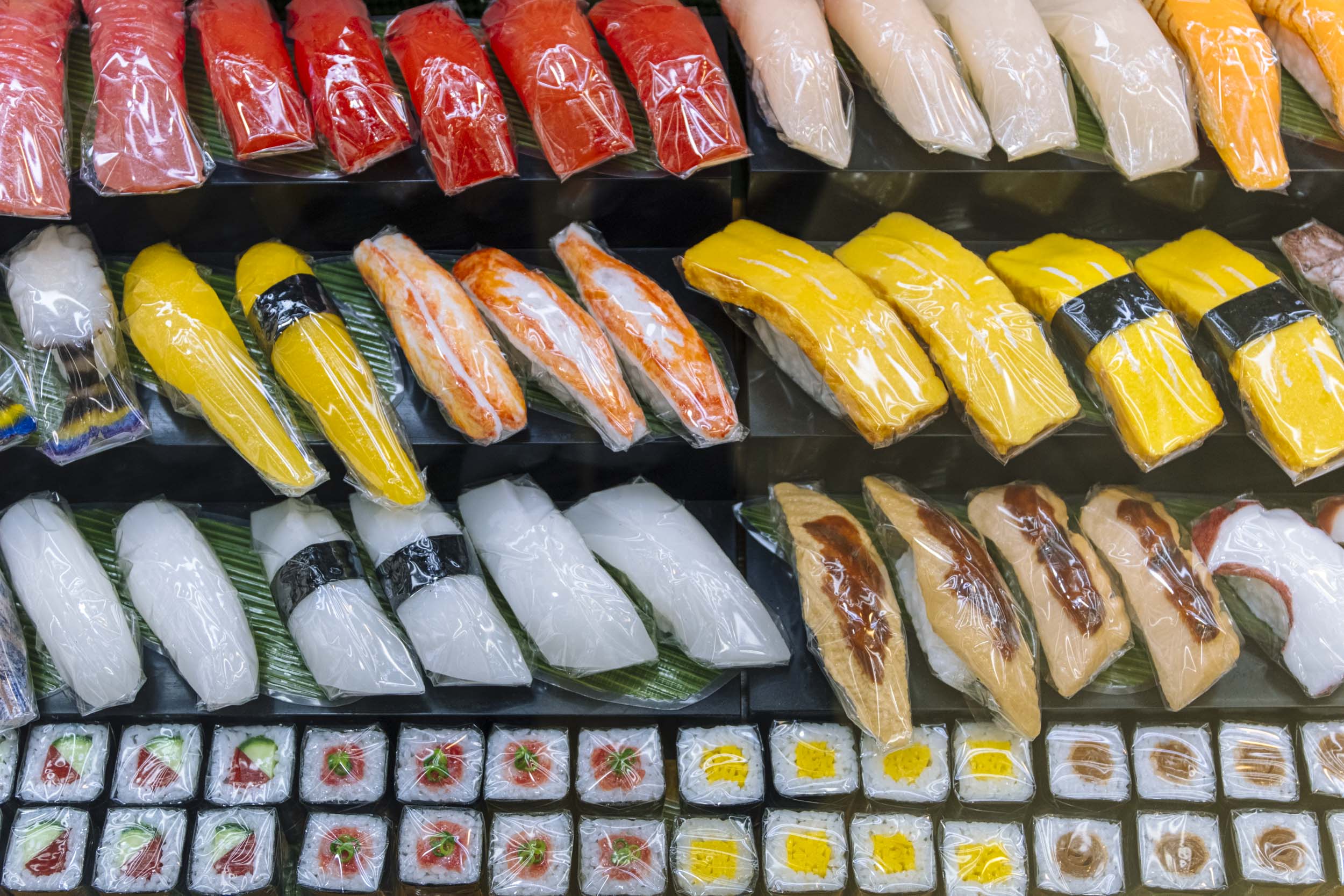
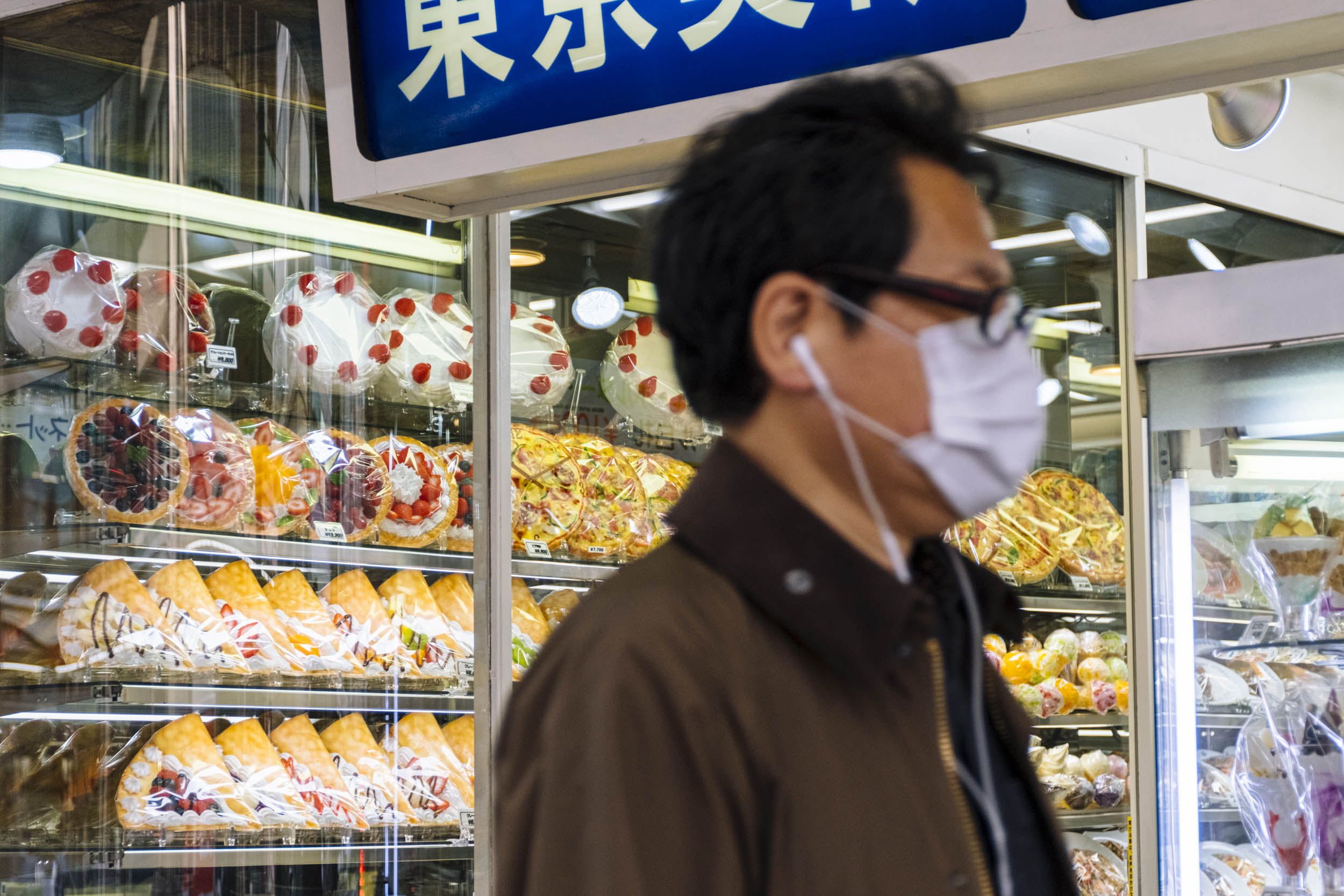

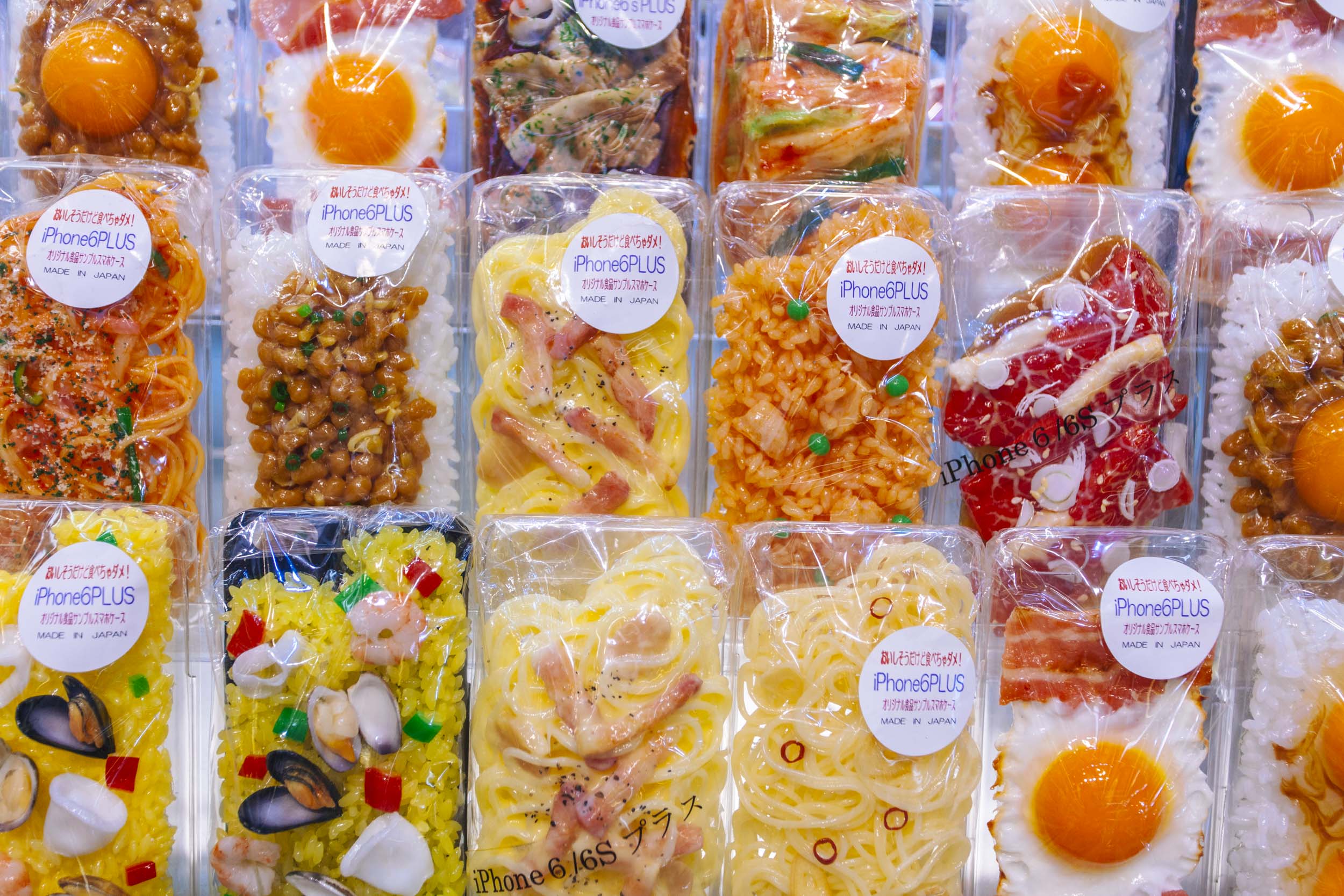
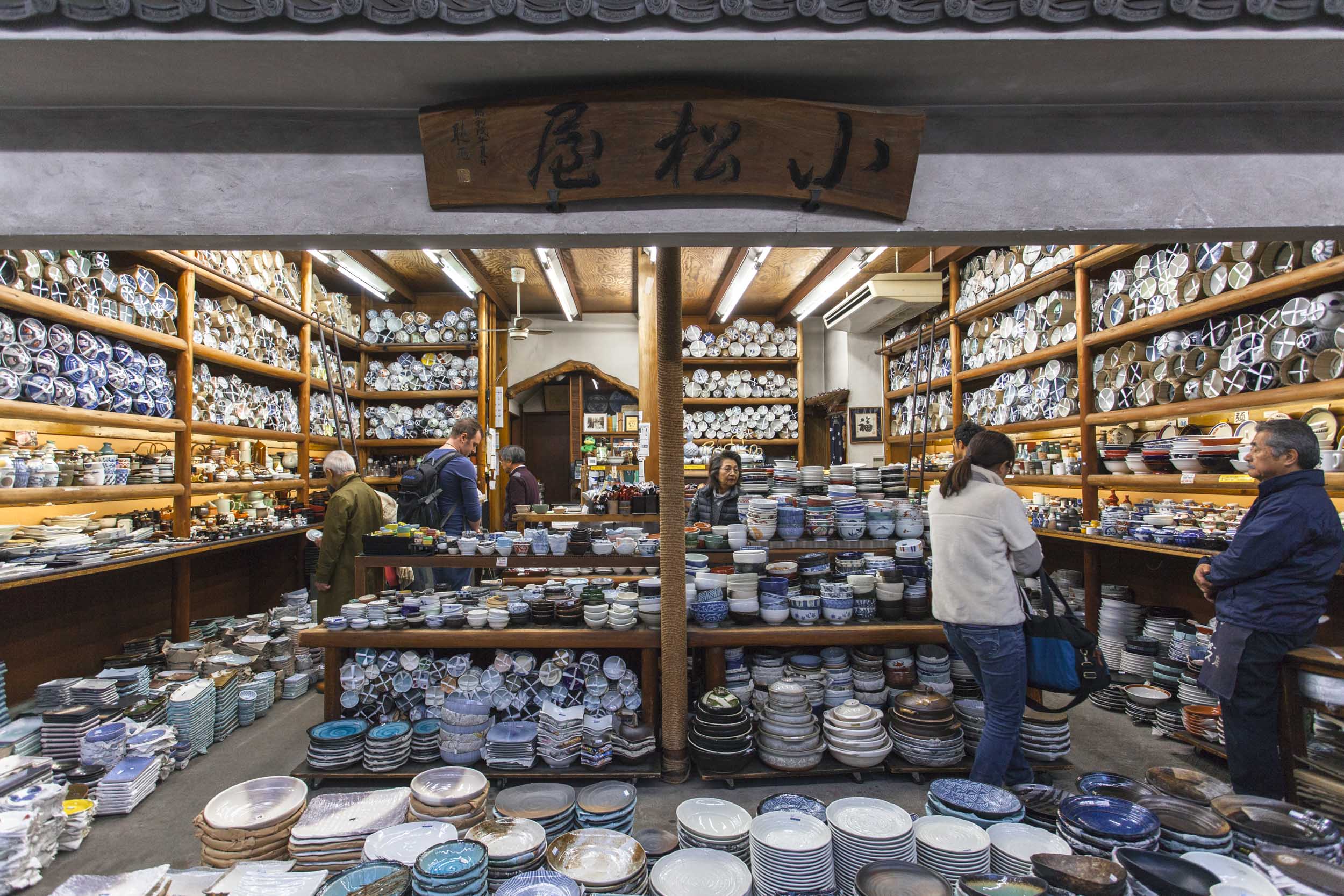
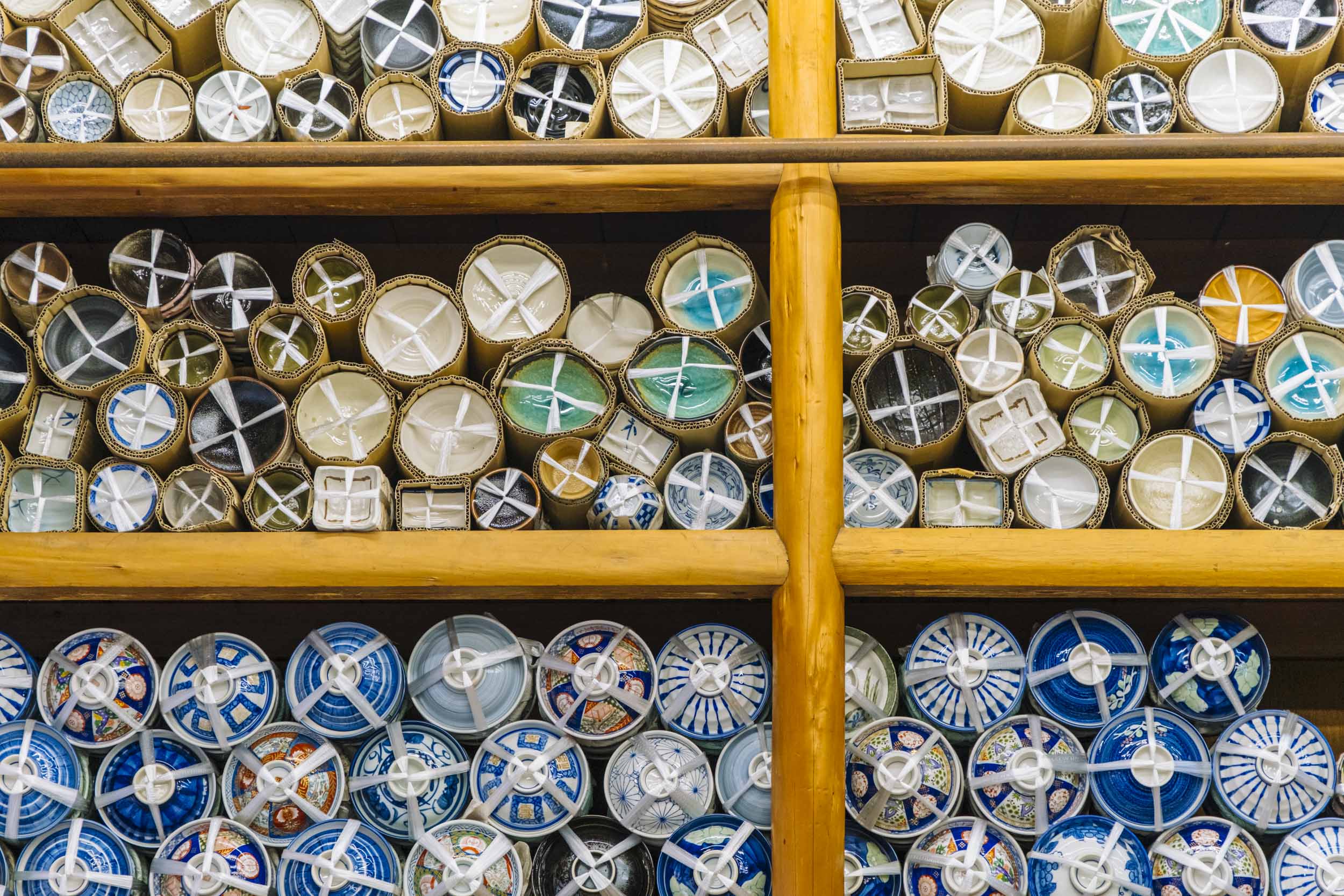
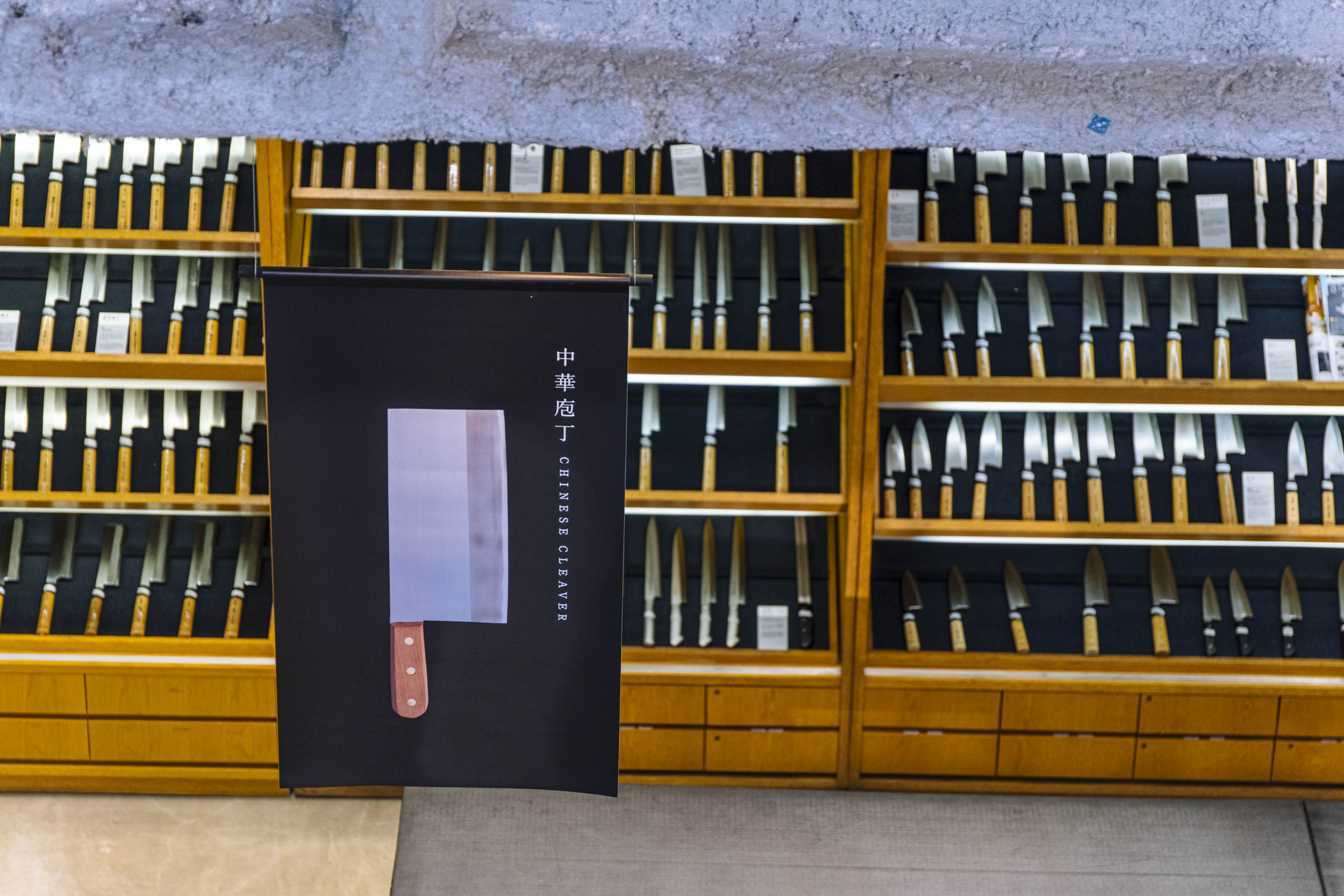
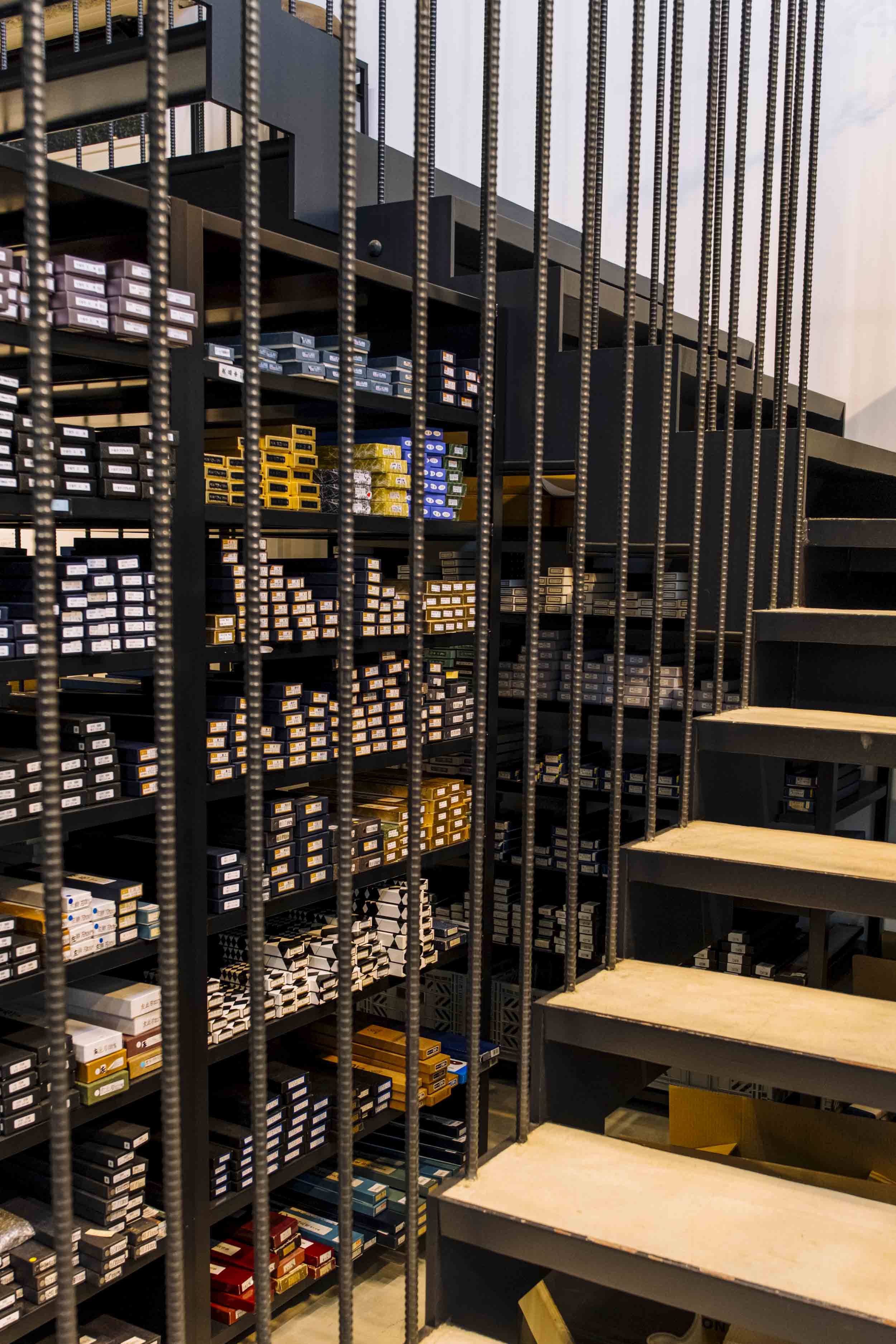
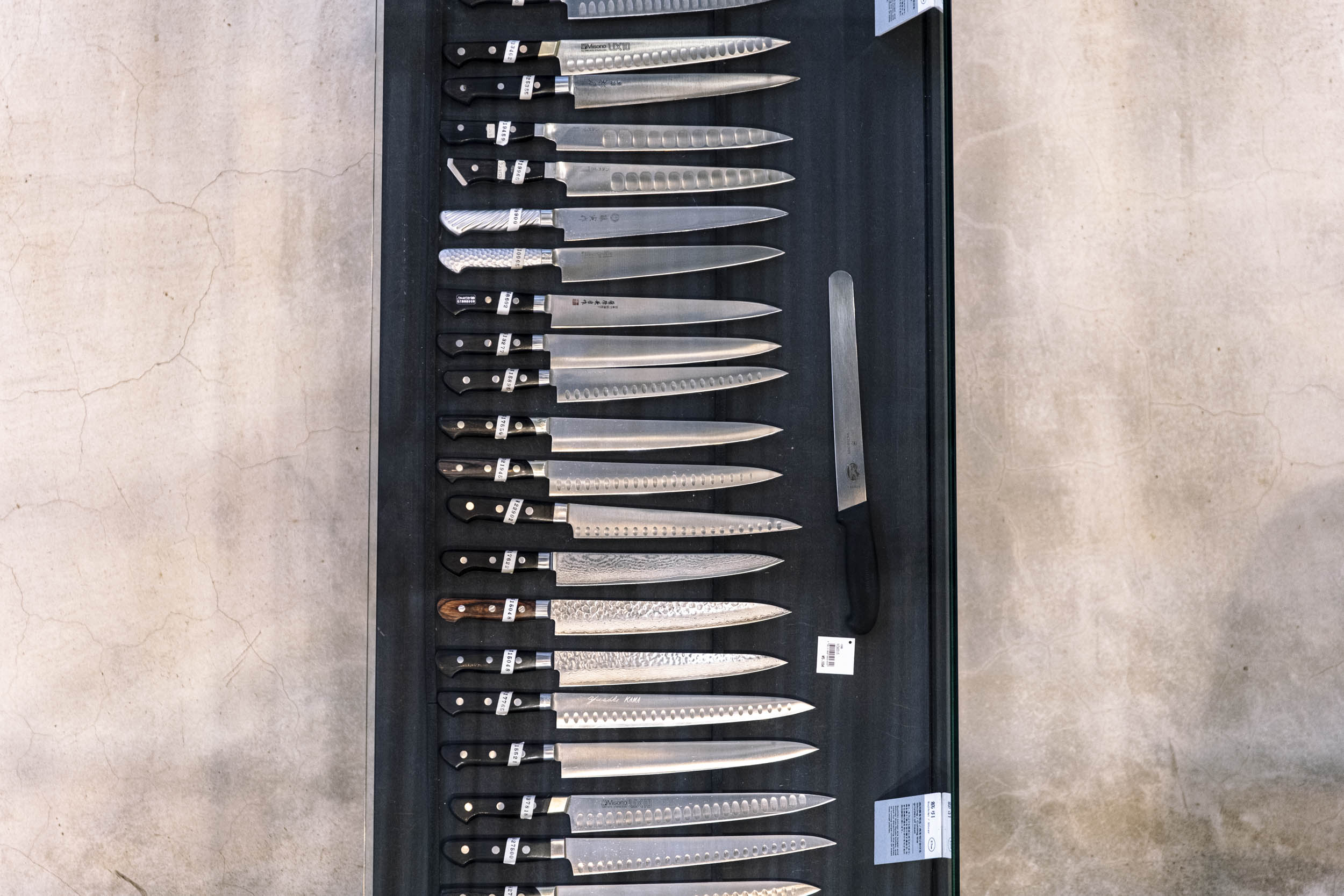
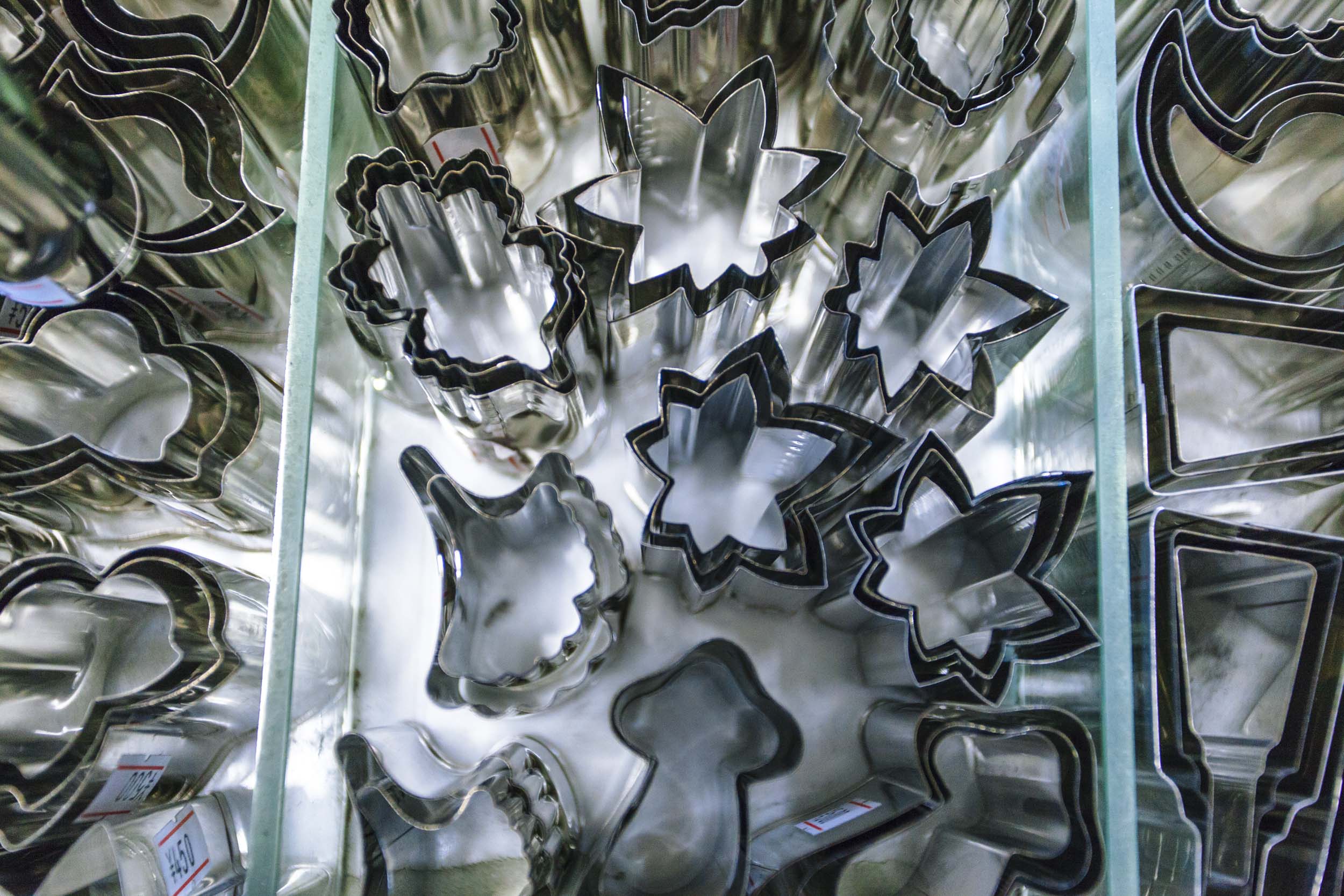
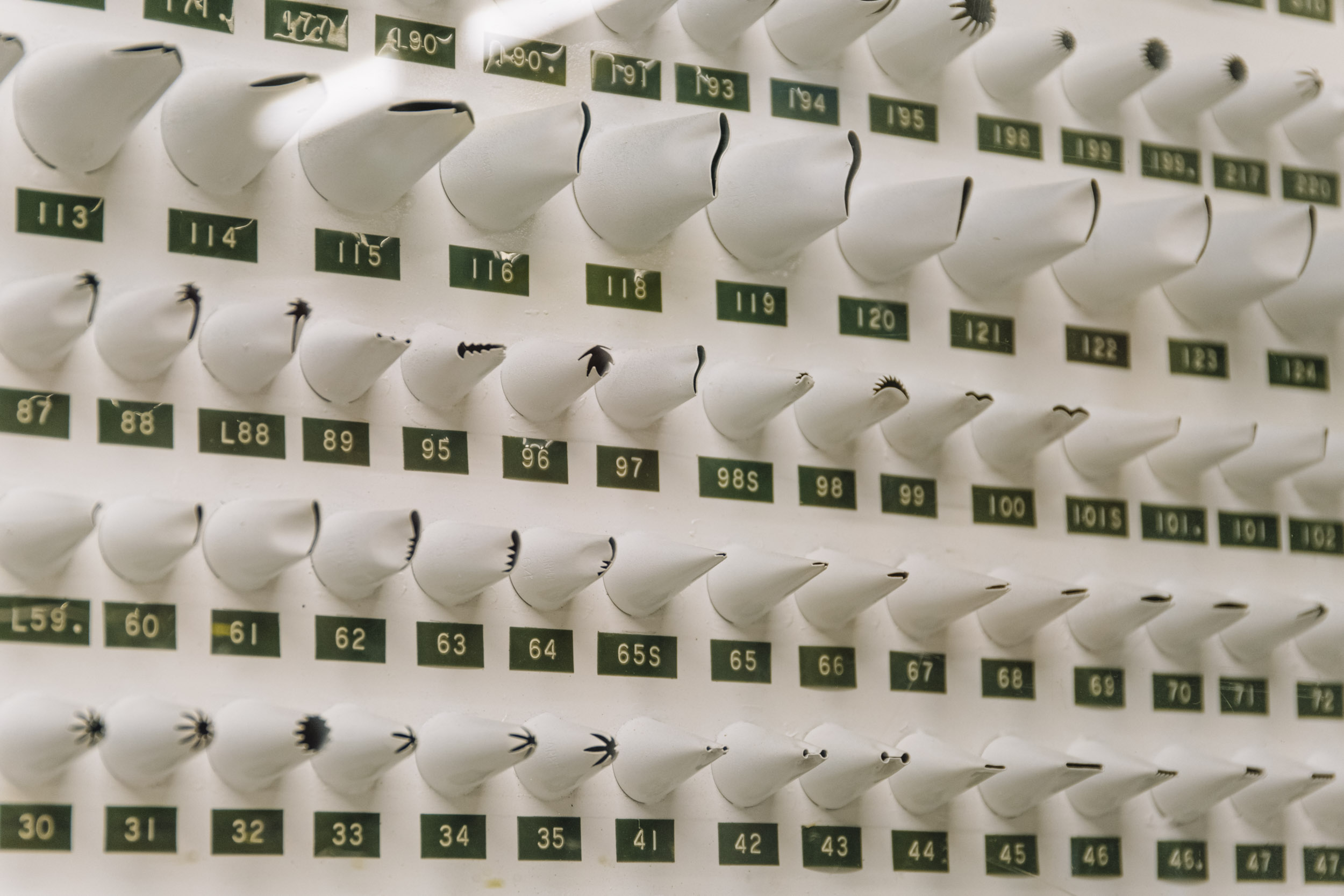
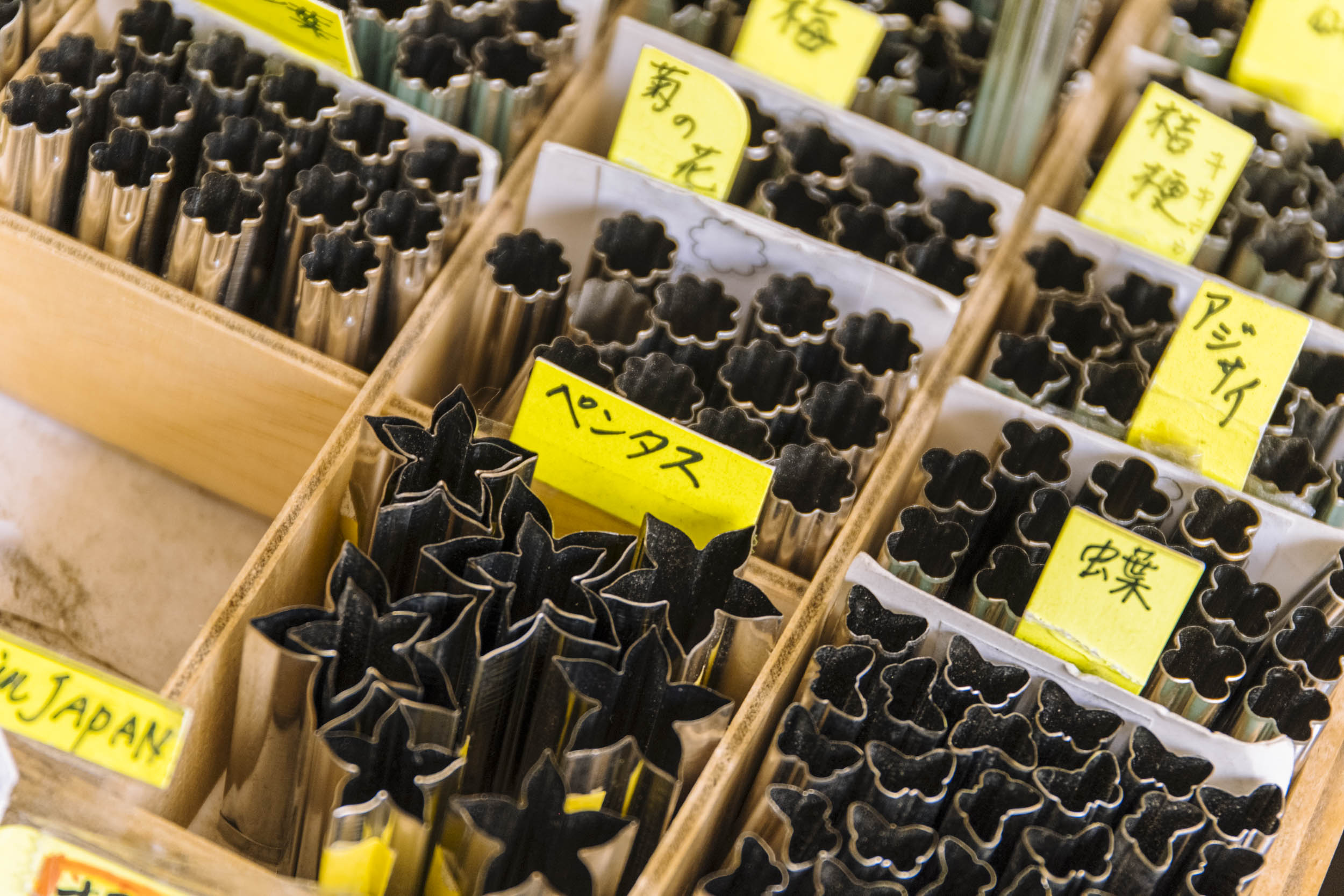

Kama-Asa is another Kappabashi favorite, and should be on anyone’s go-to list in search for a high-quality Japanese knife. Spread across two floors and two buildings, Kama-Asa does not only offer one of Tokyo’s largest selection of cutting tools but also a beautifully designed store selling anything from yakitori grills to ironware and bamboo steamers.
Only a few steps further is Komatsuya, which is hard to miss for its bold, open display of ceramic bowls, stacked up all the way to the ceiling of the store and attracting many customers due to its bargain prices.
Café Sensing Touch of Earth is one of few coffeeshops in the area and a perfect stopover during your busy shopping tour. The industrial-style café spreads across two floors and is a popular meeting point for Kappabashi’s younger crowd who like to indulge in one of homemade teas, coffees and floats on the menu.
Finally, end your tour of Kappabashi at Manryo, a shop selling fun, over-the-top decorations, bamboo steamers, tea cups and any other magnificent kitch that we all love so much about our favorite Chinese restaurants.

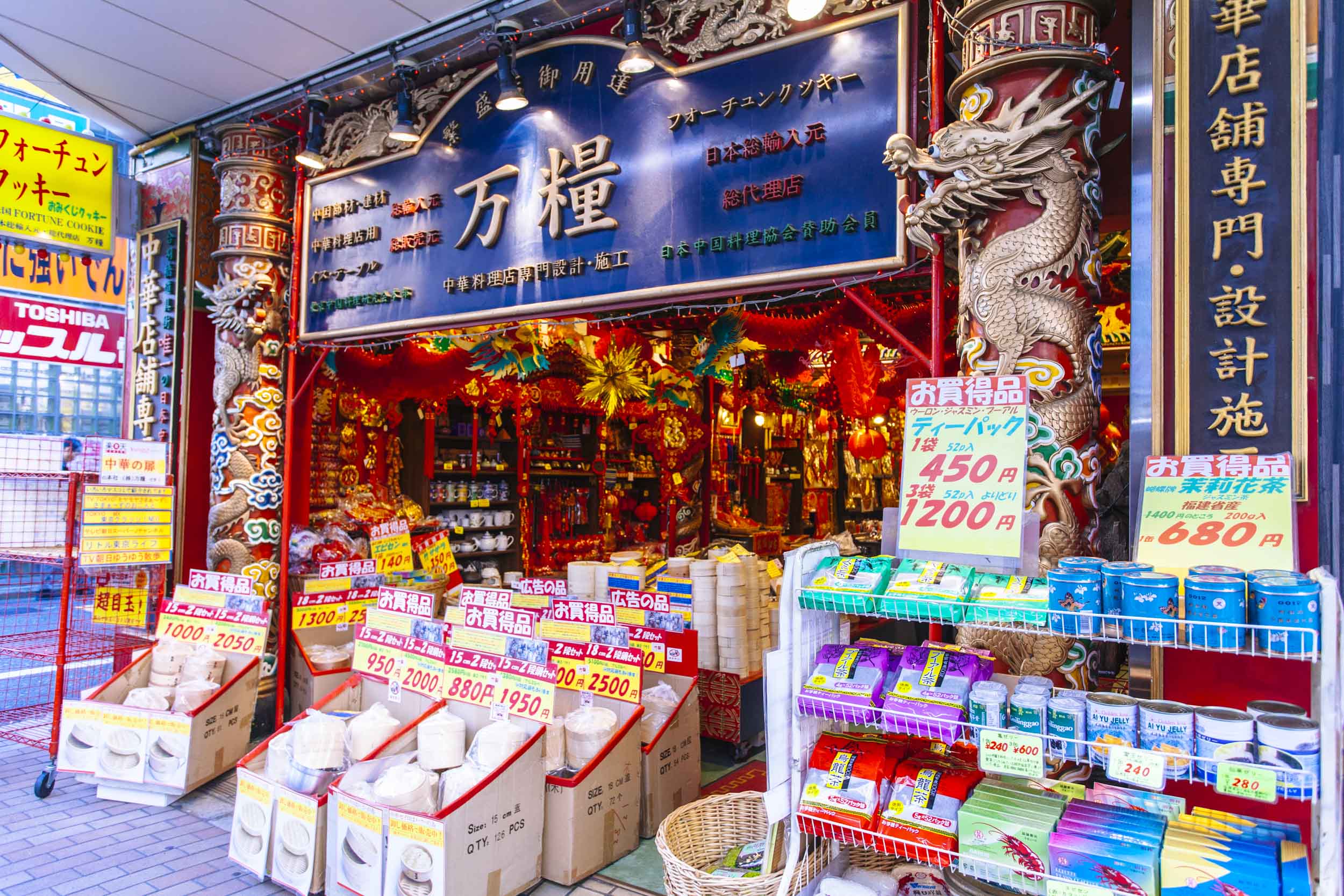
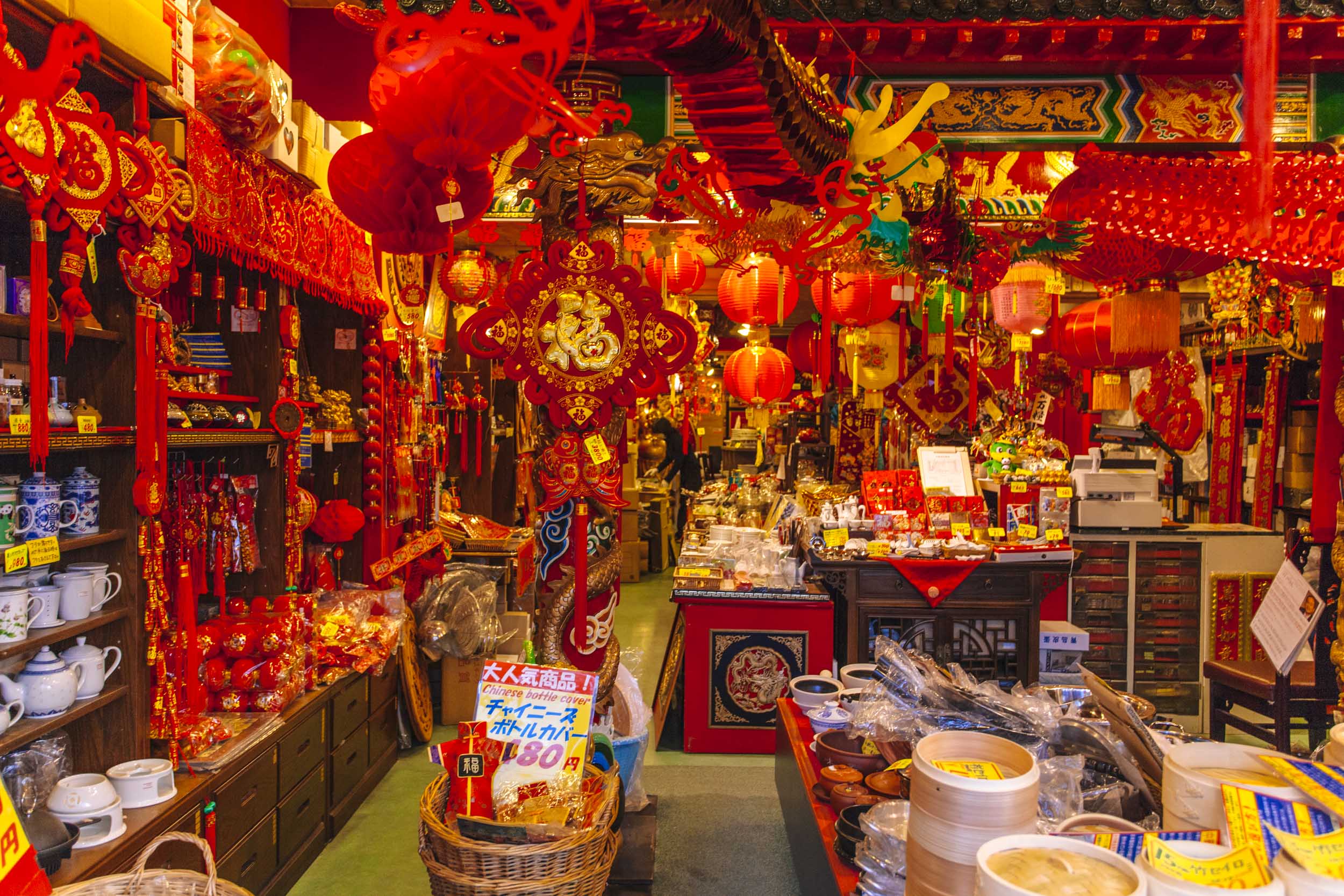
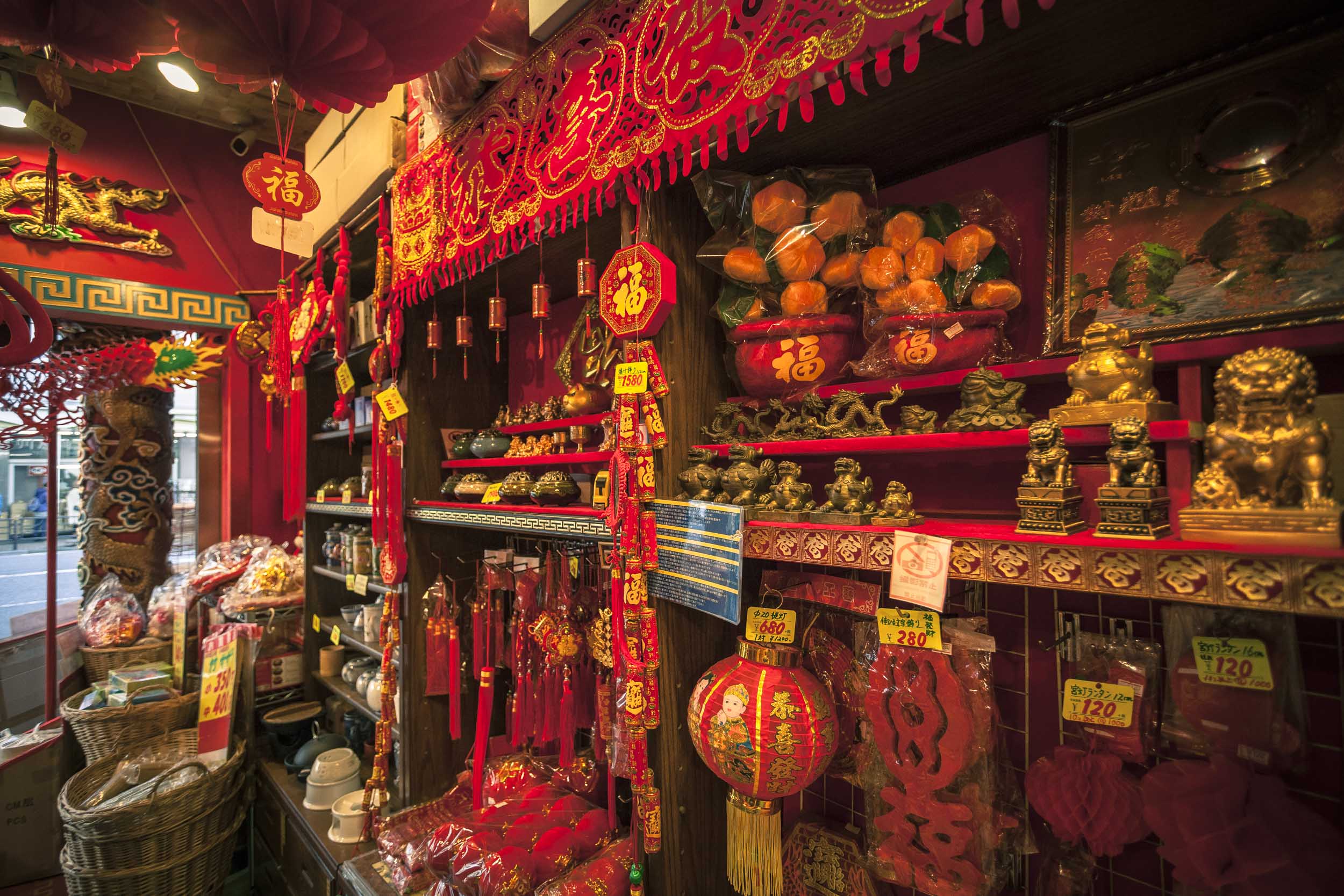
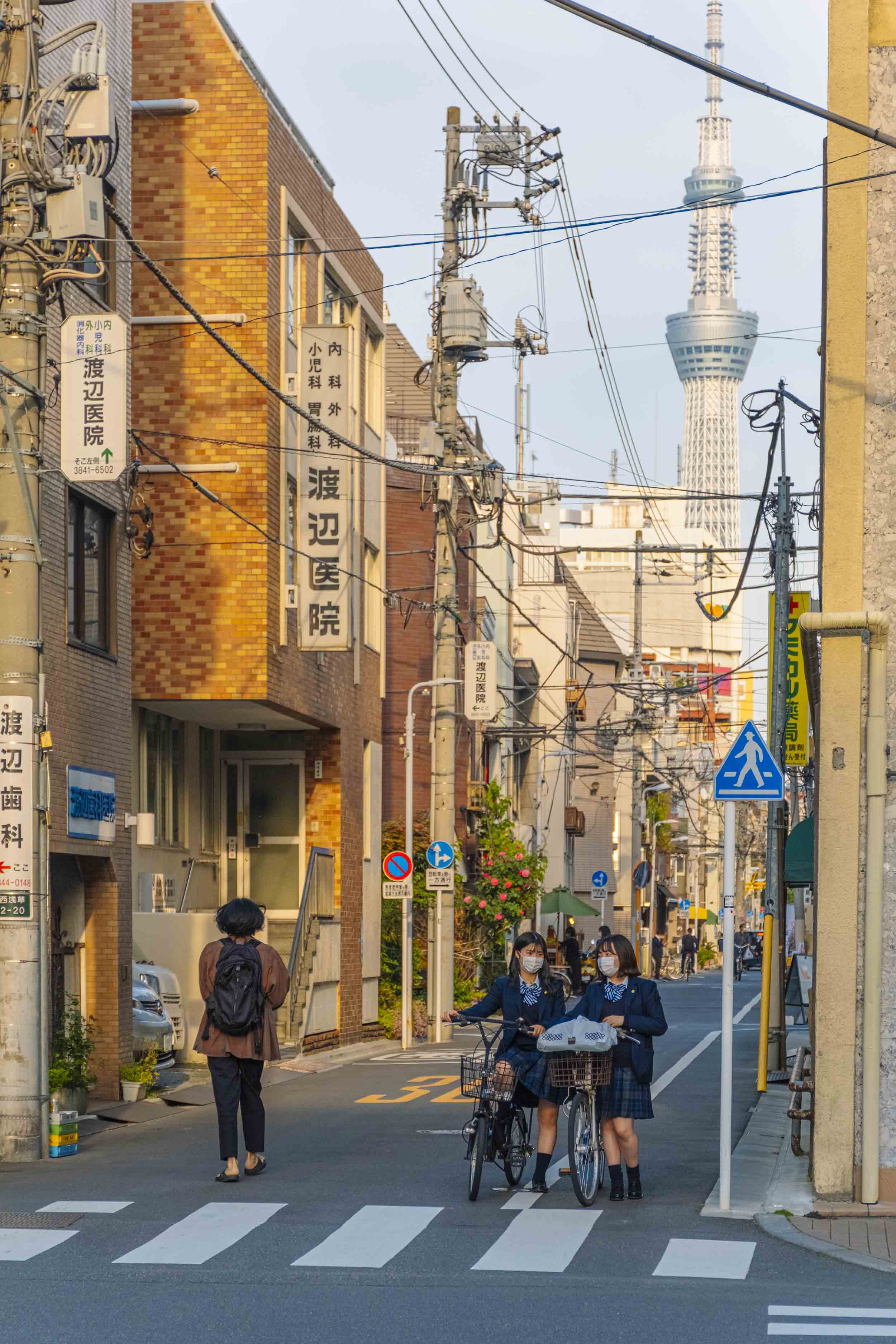
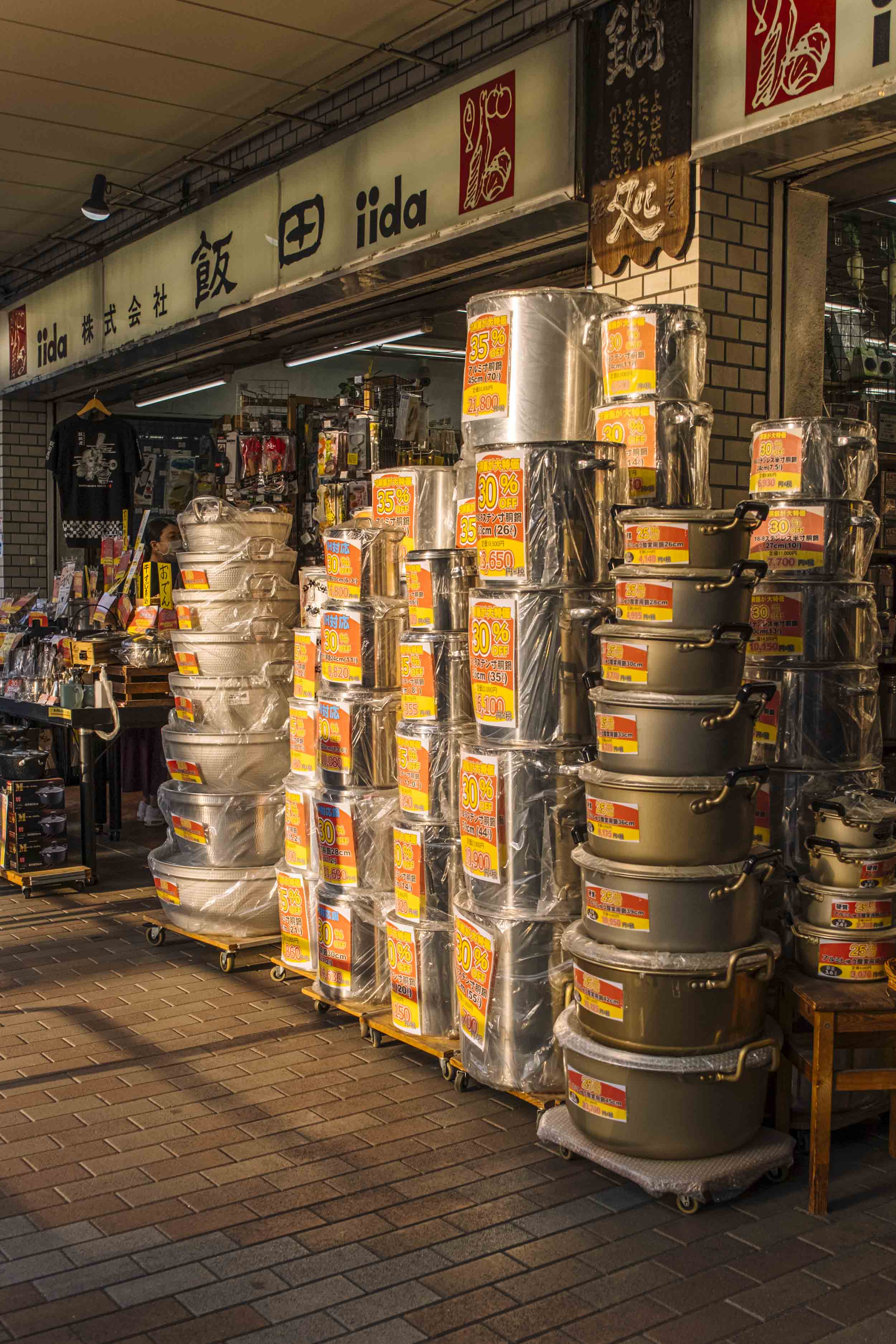
Explore more
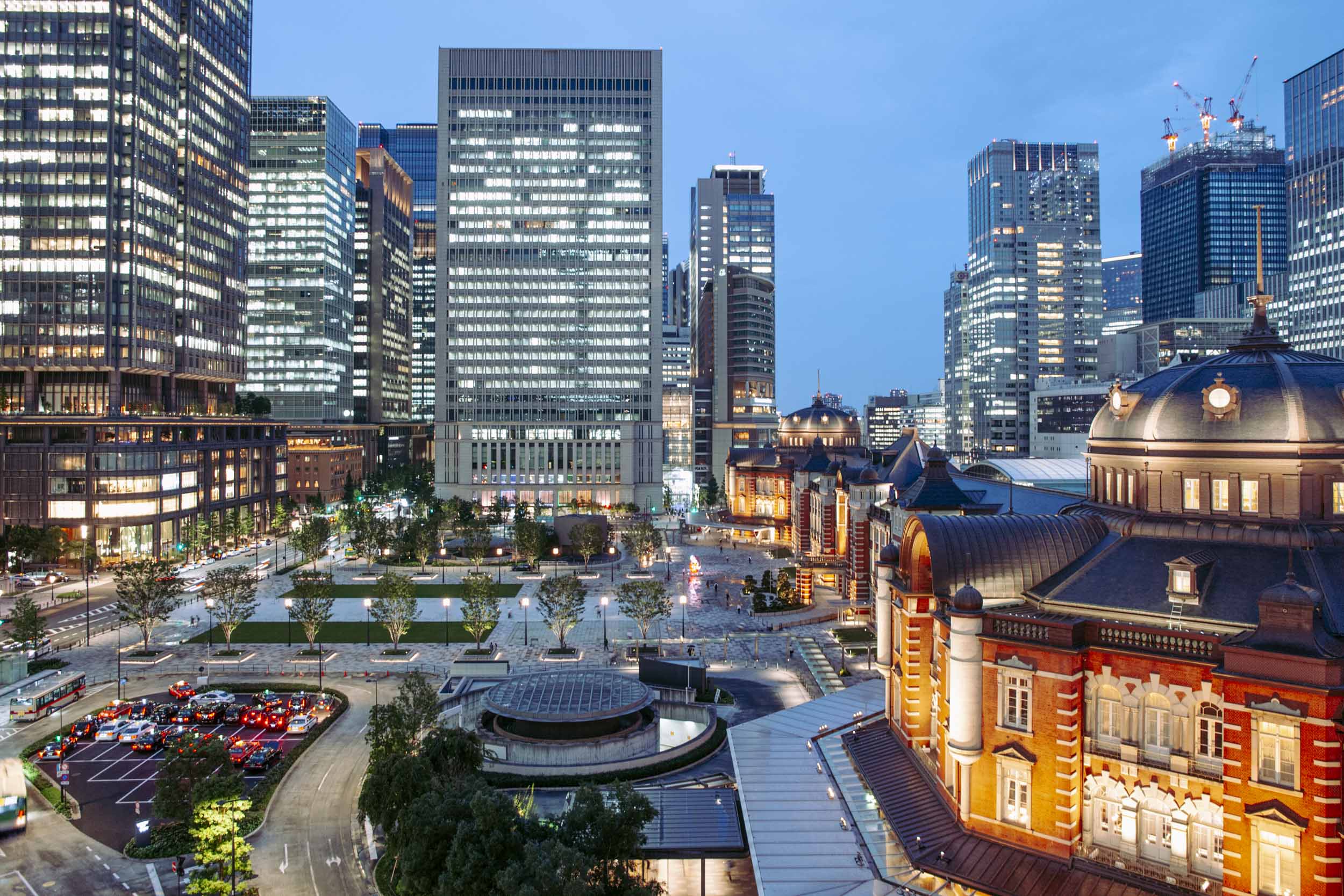
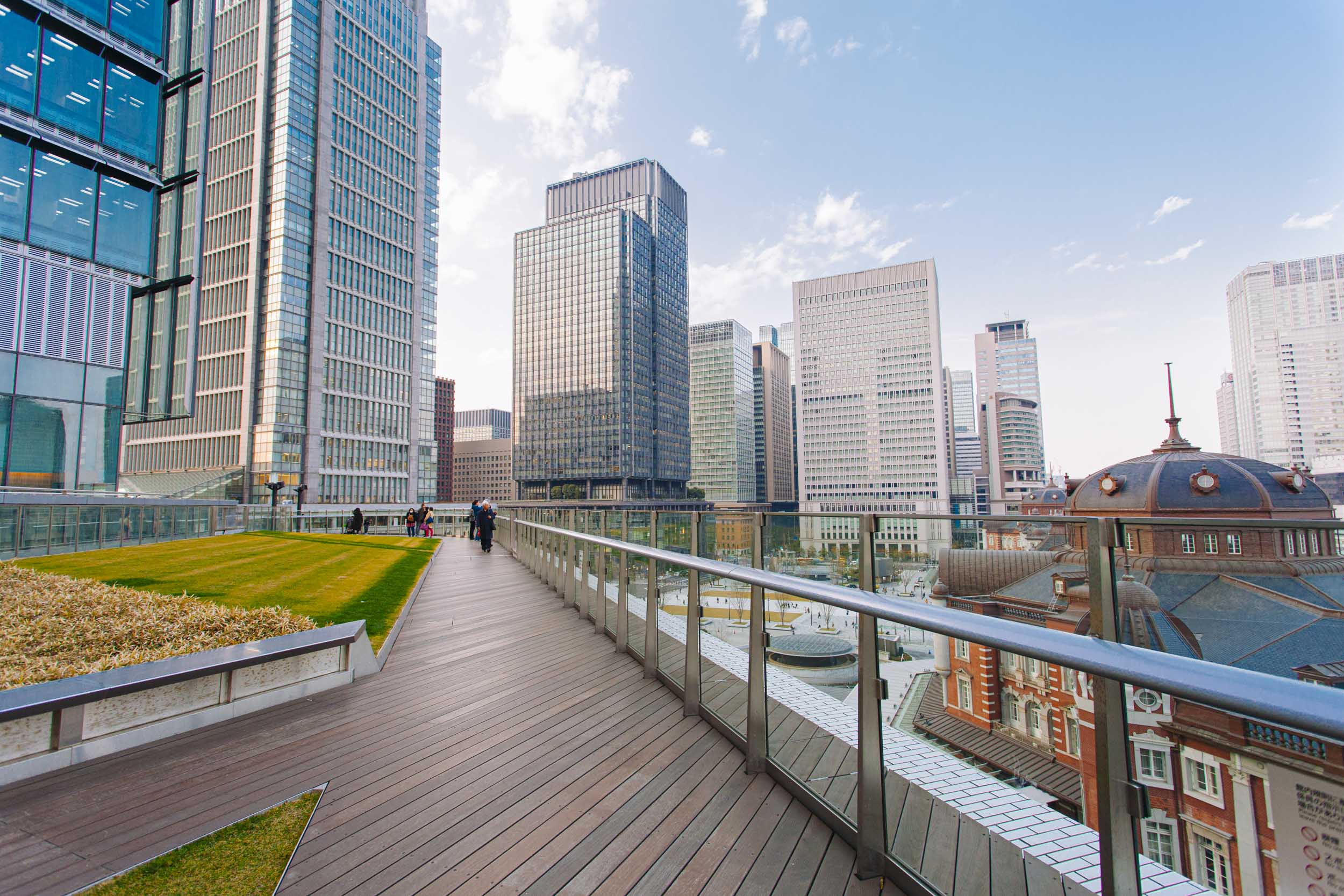
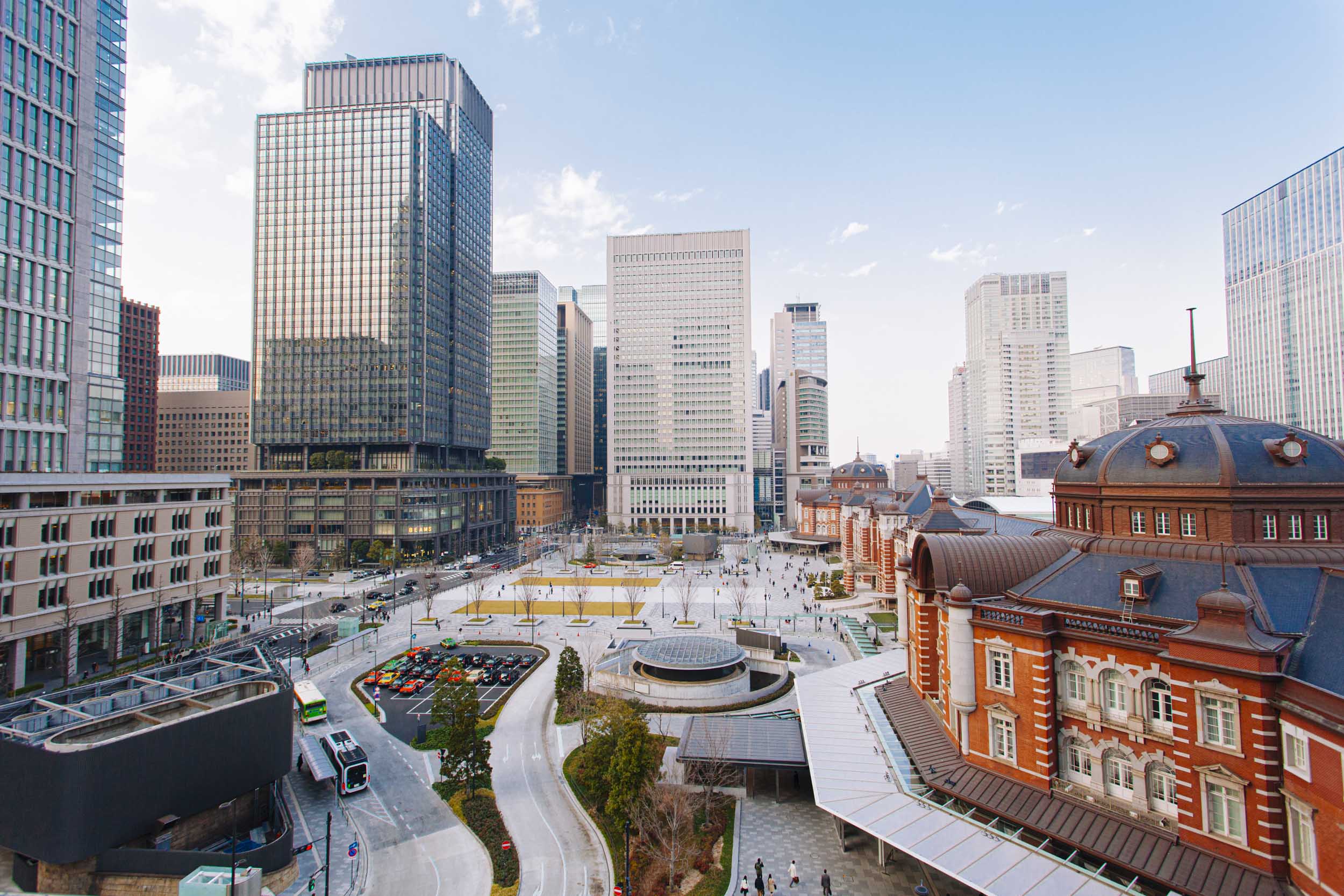
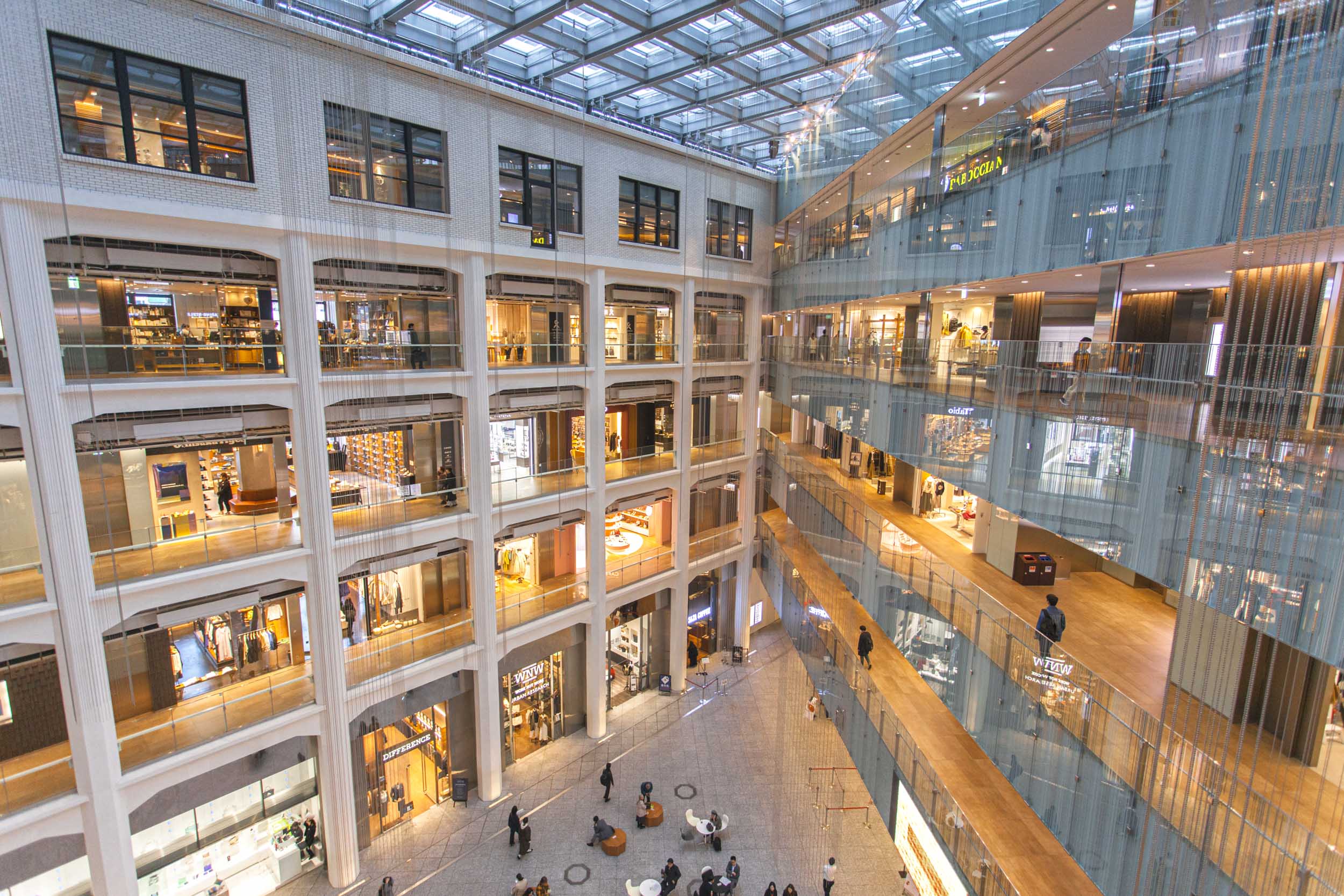

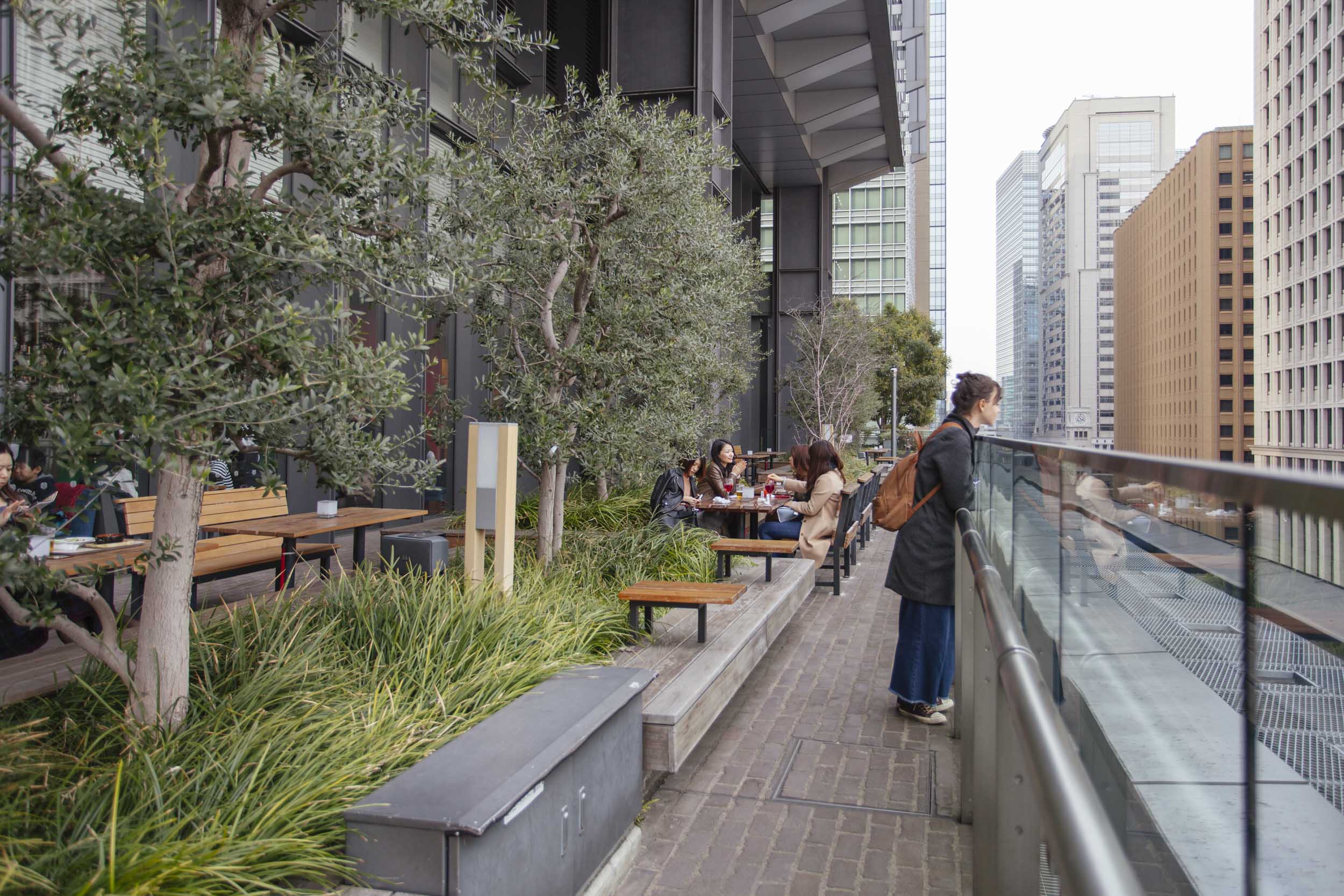
Watch as the mighty Shinkansen bullet trains zoom into historic Tokyo Station from the free rooftop gardens of KITTE and the Shin-Marunouchi Building’s (marunouchi) HOUSE Garden from where you can get some of the best views of central Tokyo while taking a rest from your busy sightseeing day. Both KITTE and the Shin-Marunouchi Building offer a range of nice dining and shopping options, while the latter let’s you order food from its 7th floor dining floor and take it outside onto the rooftop garden to enjoy.
Further down the road you will find the world-famous Tokyo International Forum which frequently hosts large international events and congresses and which is one of Tokyo’s most impressive architectural structures. Take the elevator up to the top floor and enjoy the marvelous view of the building’s interior and its zig-zag walkways which are beautifully illuminated at night.


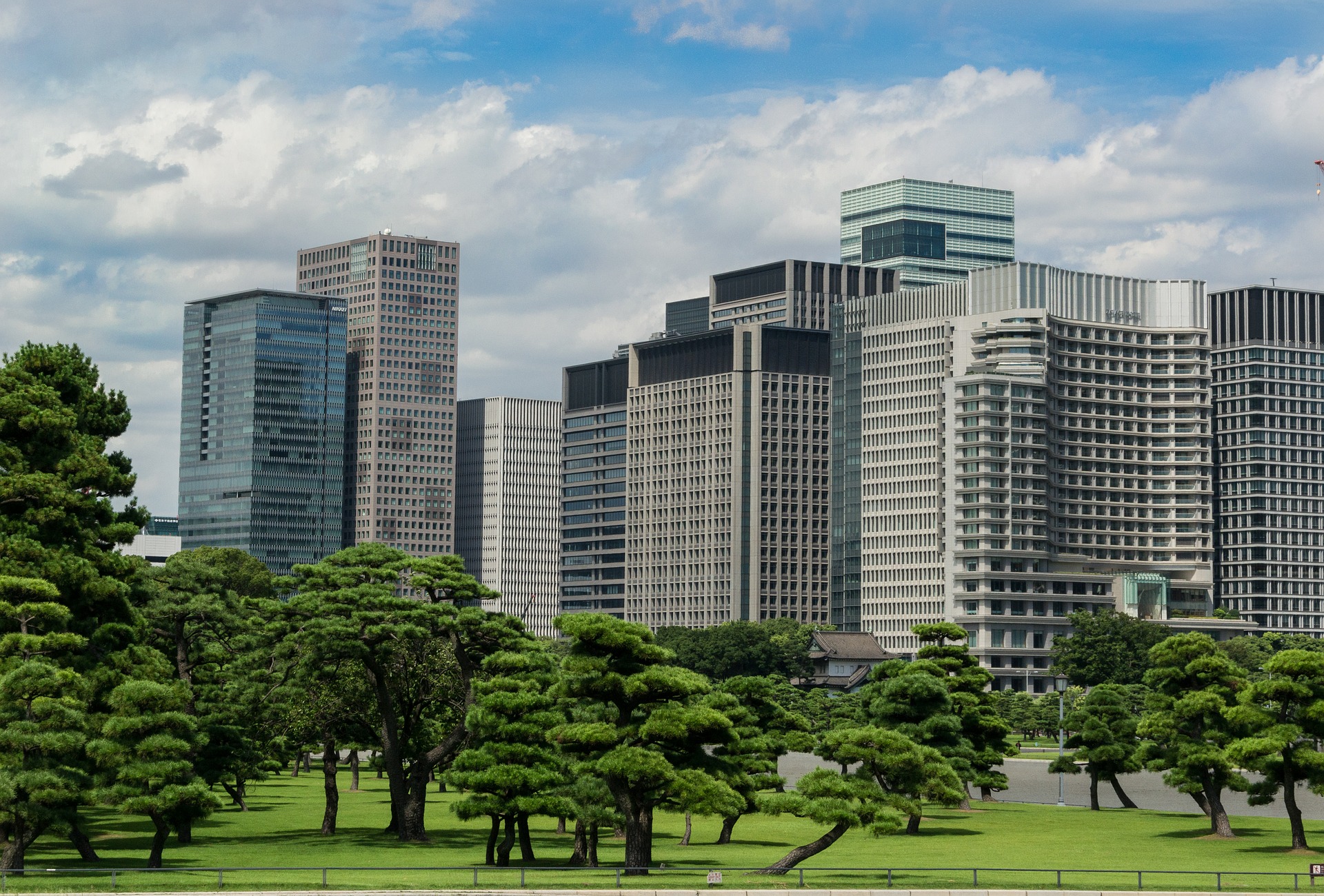
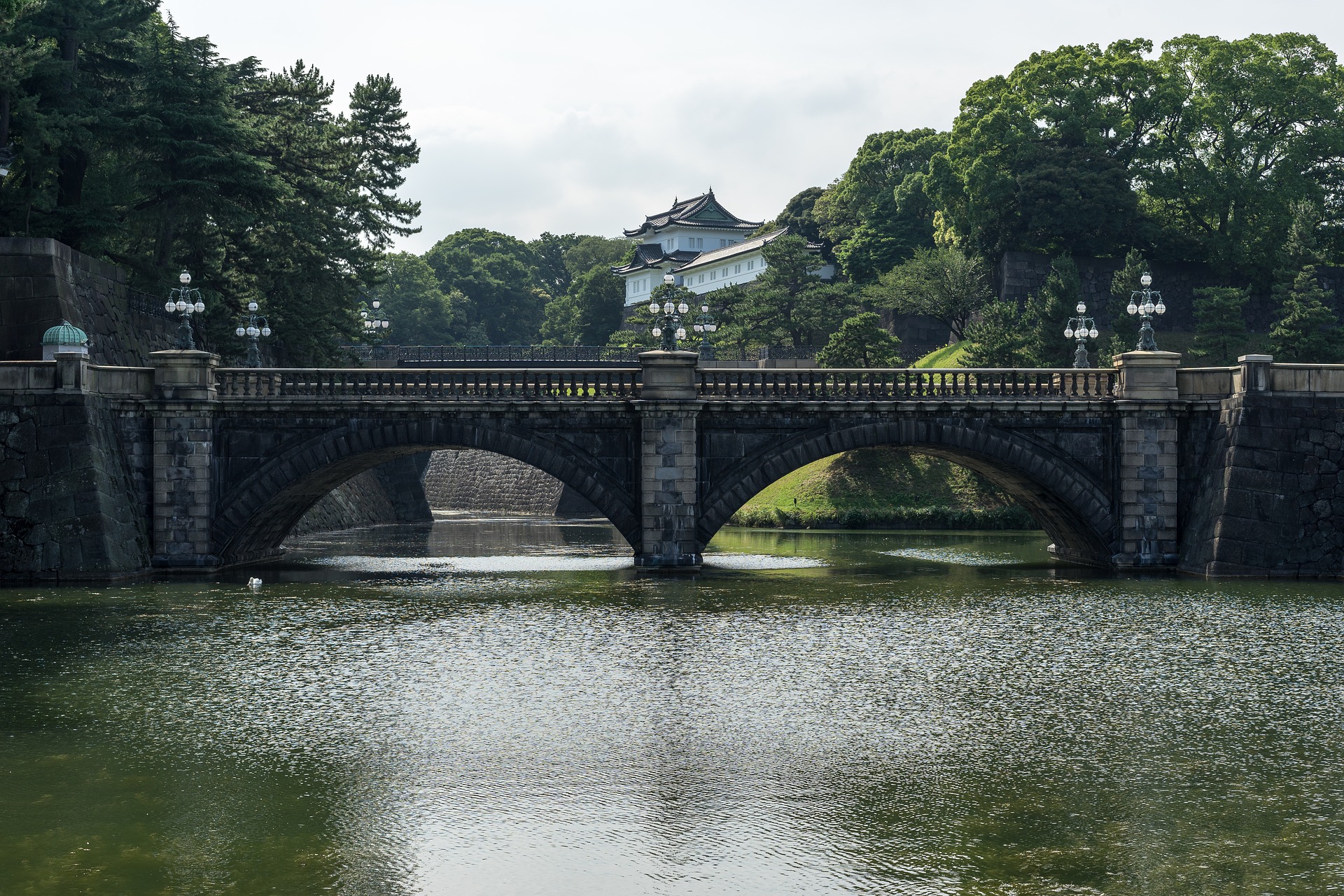
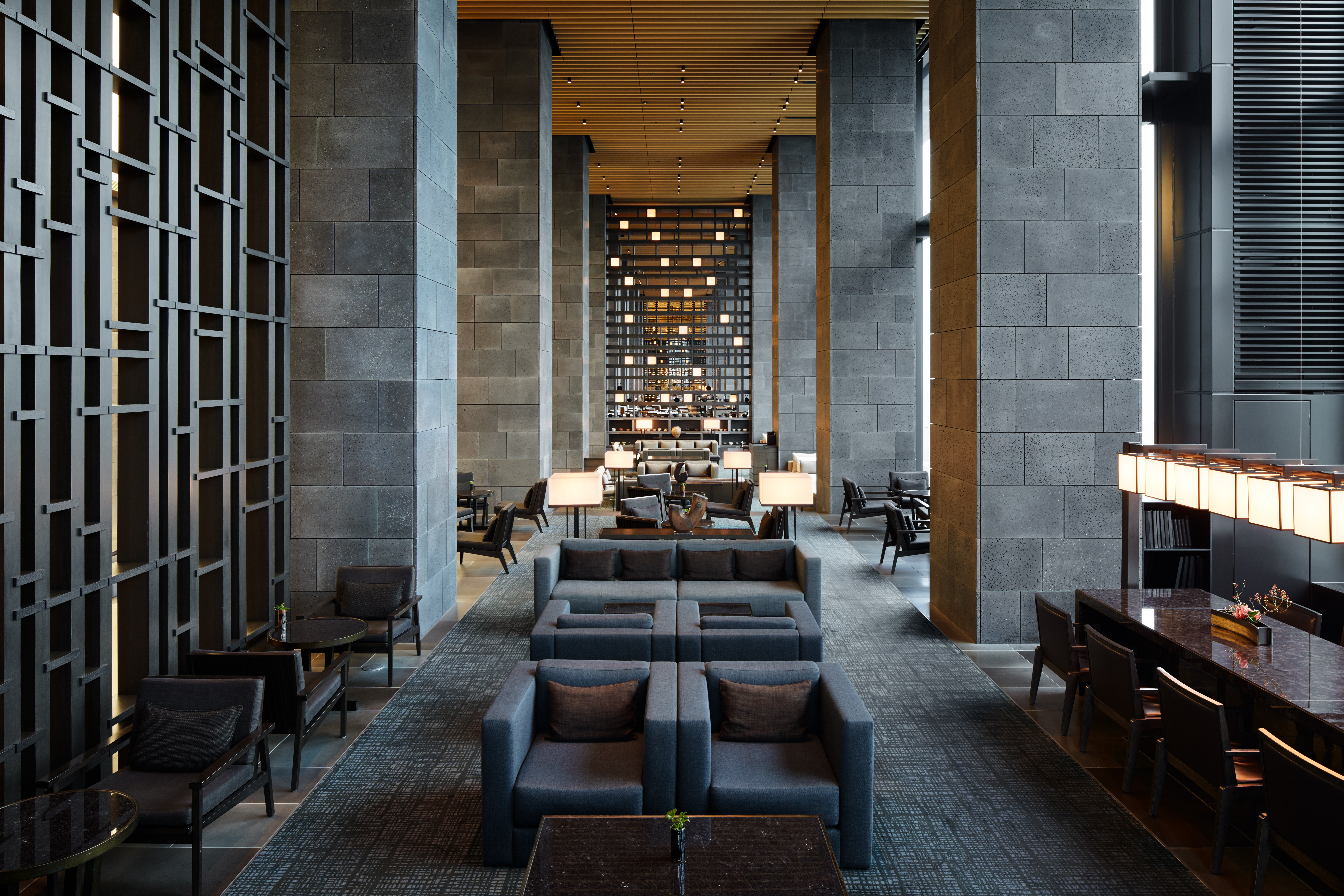



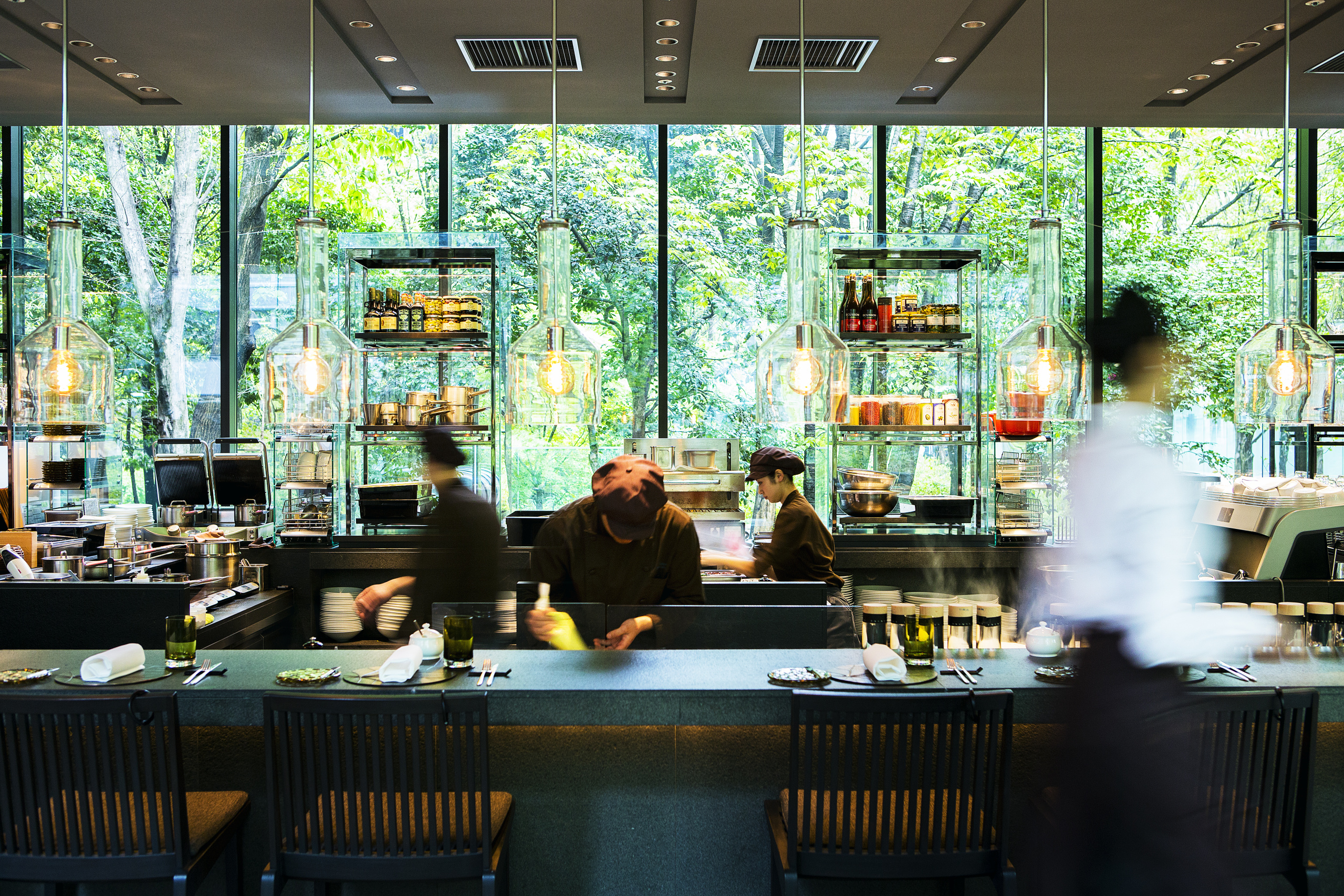

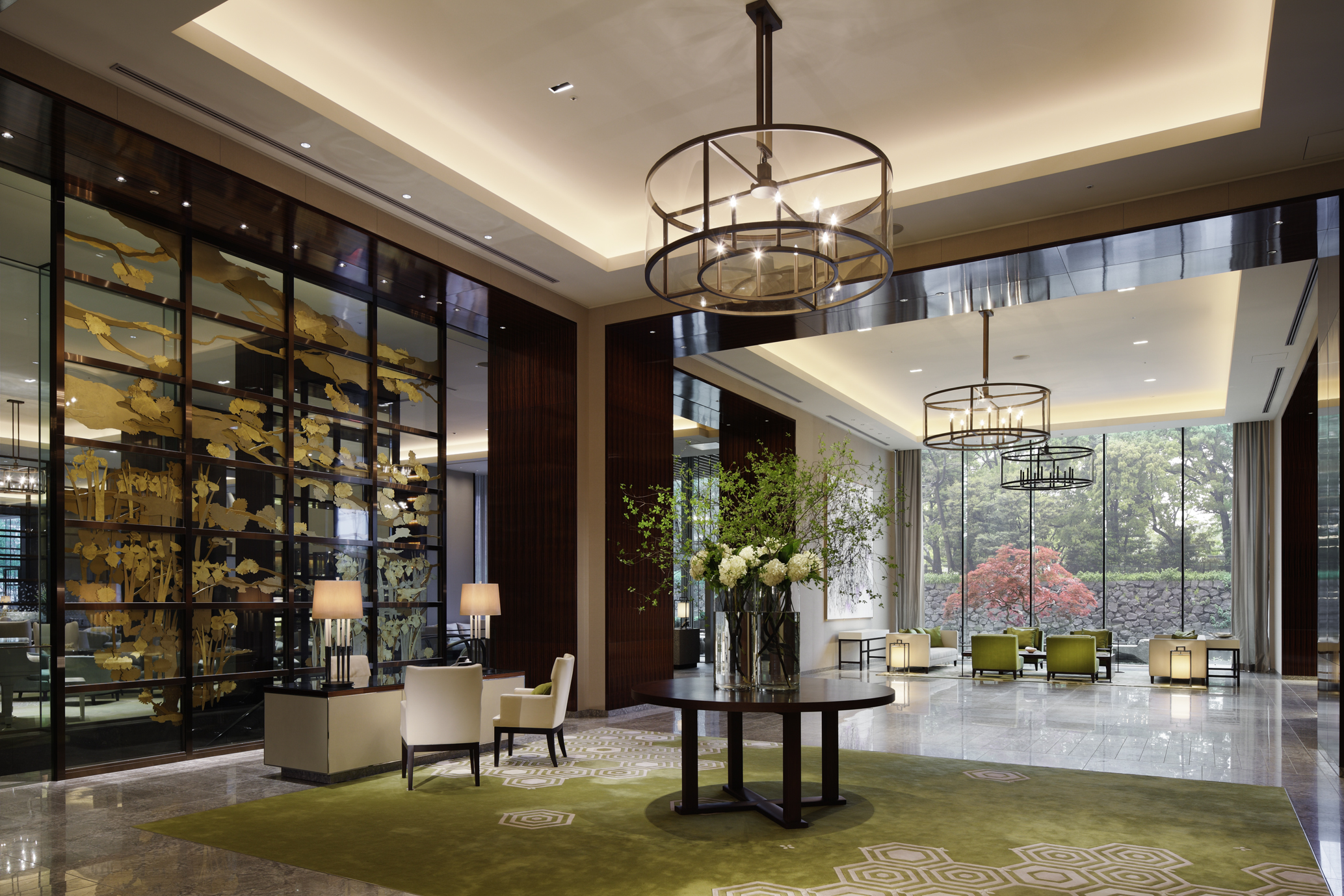

To reach the Aman, take the hotel’s very own elevator up to the 33F of Otemachi Tower, upon entering you will find yourself in a serene world of groundbreaking traditional Japanese design paired with sleek interiors, one of Tokyo’s best cocktail lounges and an unbeatable view of the city. Back on the ground floor, surrounded by a small urban forest, the Aman also boasts a small, but sleek café inside a modern glass cube which serves wonderful desserts, afternoon tea, and warm cuisine.
Over at the Palace Hotel’s ground floor lounge you can enjoy a classy afternoon tea with a view of the Imperial Palace moat while being surrounded by exquisite pieces of traditional Japanese lacquerware, ceramics and flower arrangements which are displayed throughout the hotel’s first floor.
In the same underground shopping area you will also find Tokyo Ramen Street where you can try various styles of Ramen from all over Japan, as well as the wonderful basement food section of Daimaru department store where you can buy any kind of Japanese or Western food, desserts, drinks and more to takeaway, perfect for a picnic nearby.
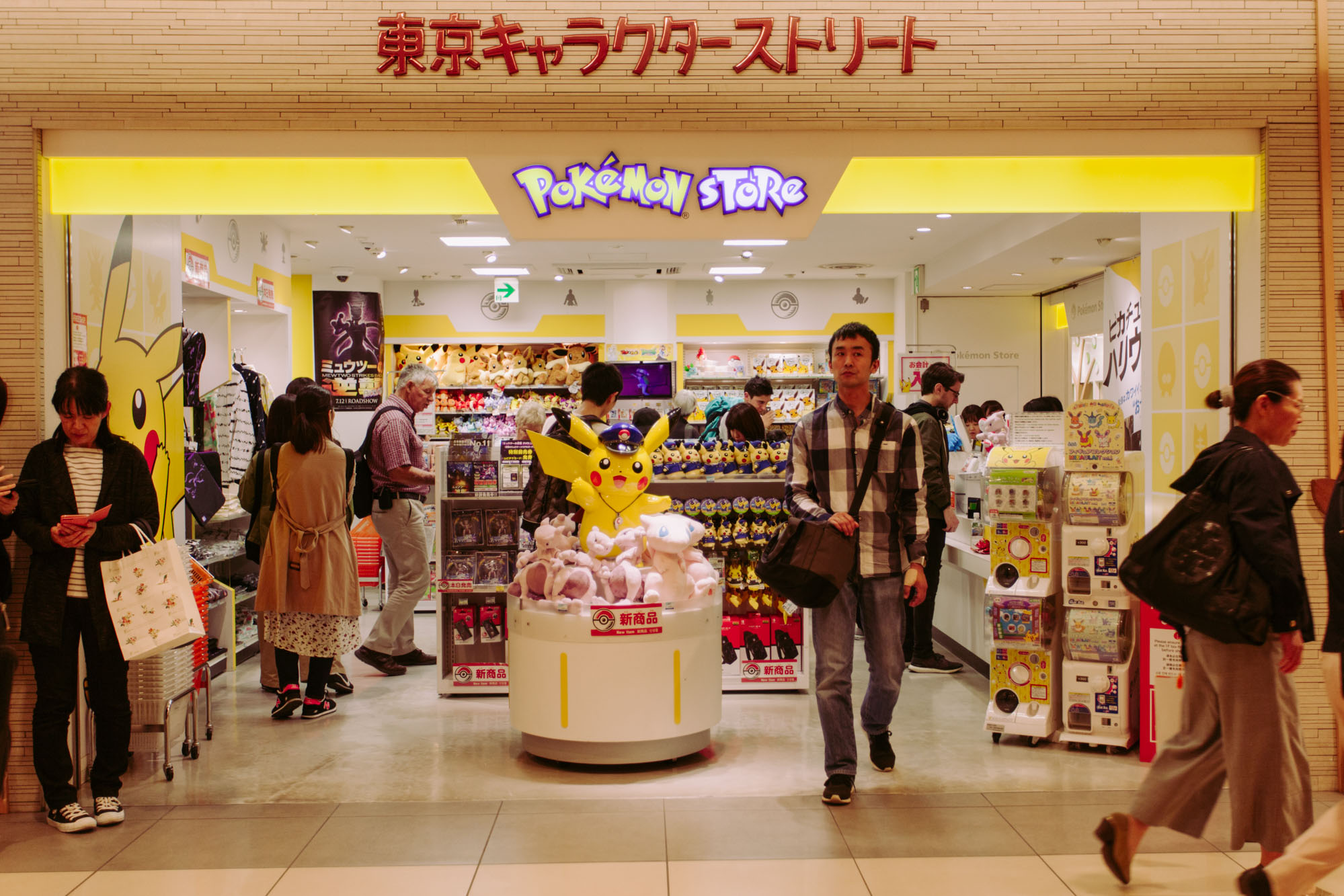
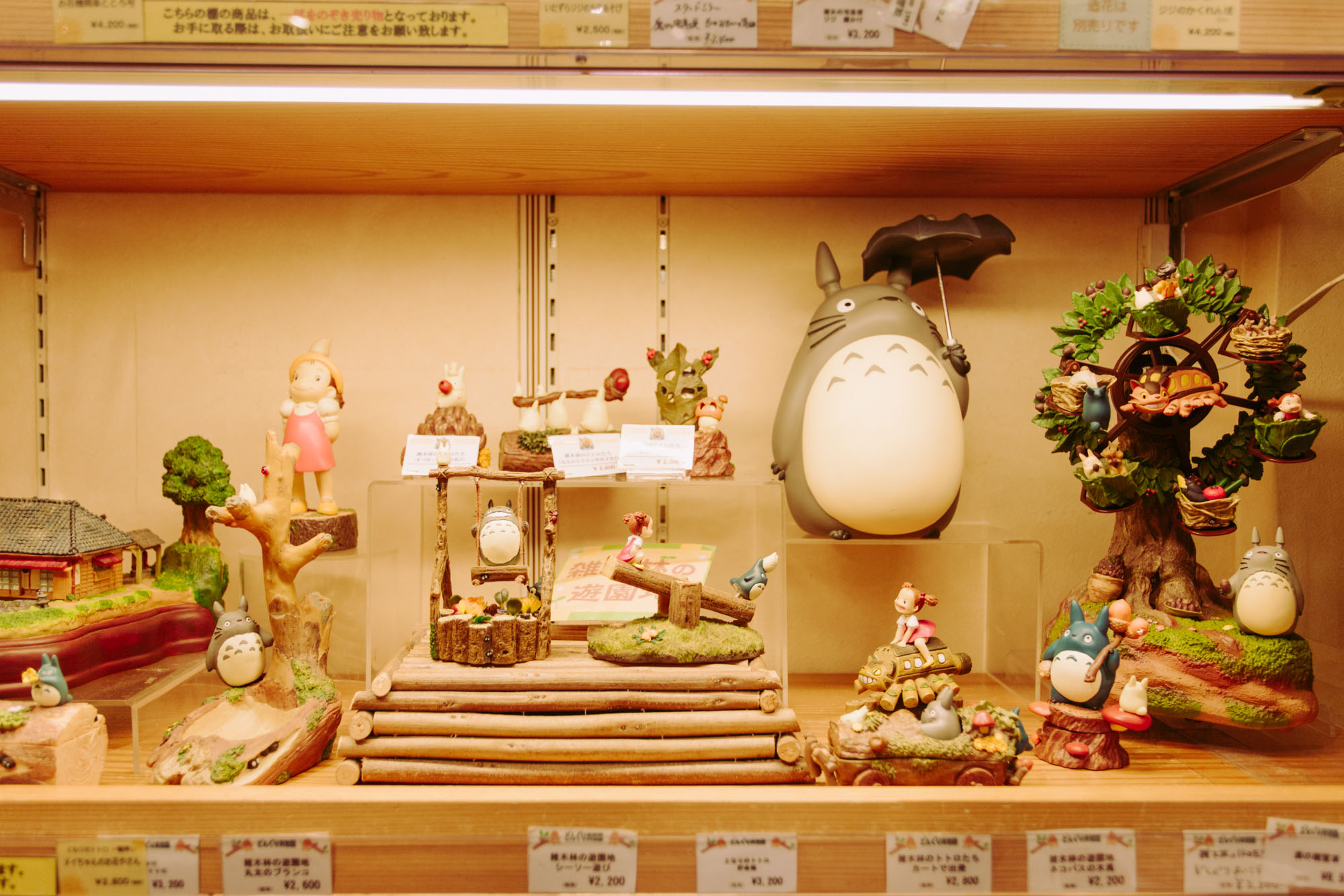
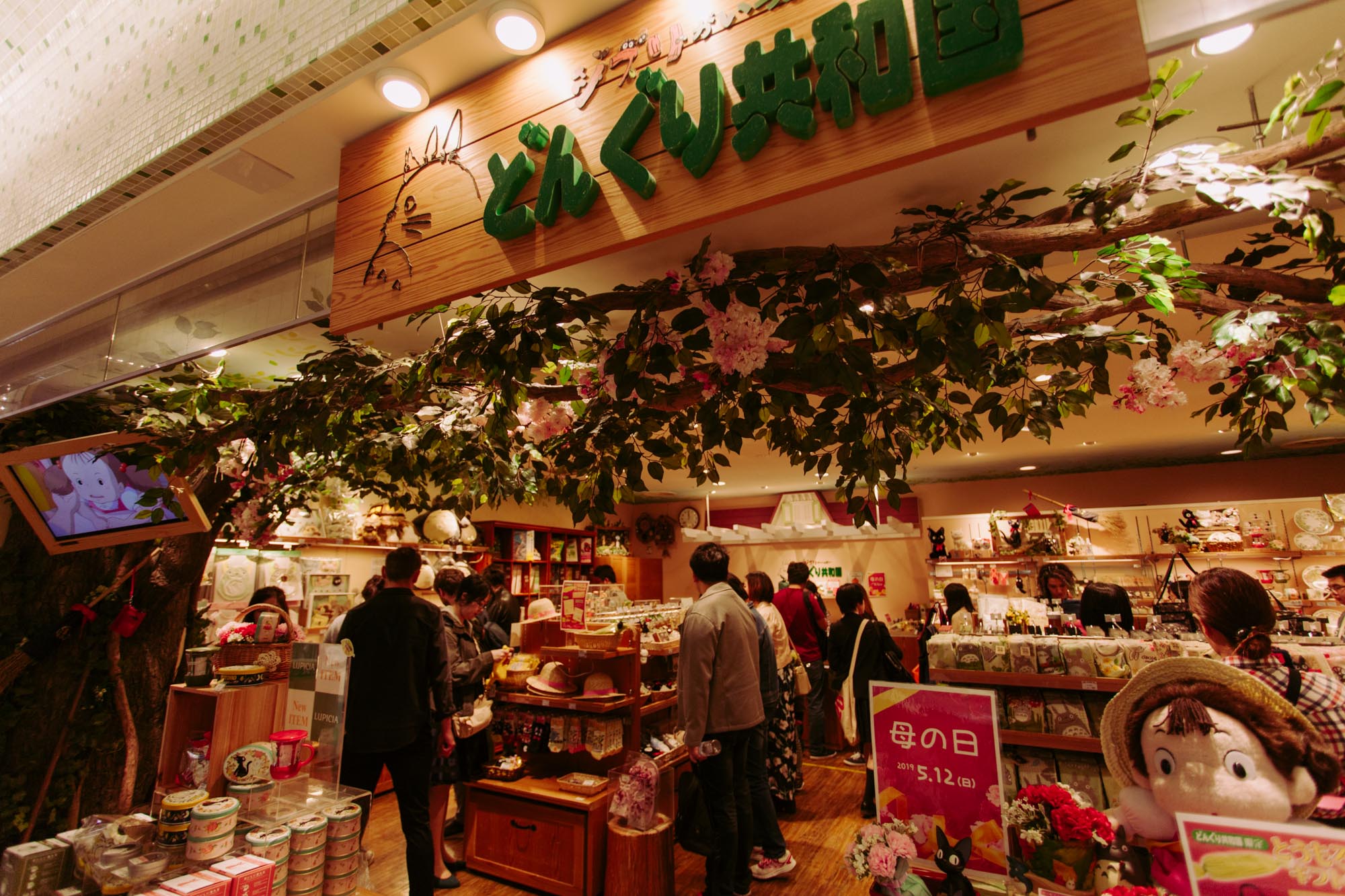
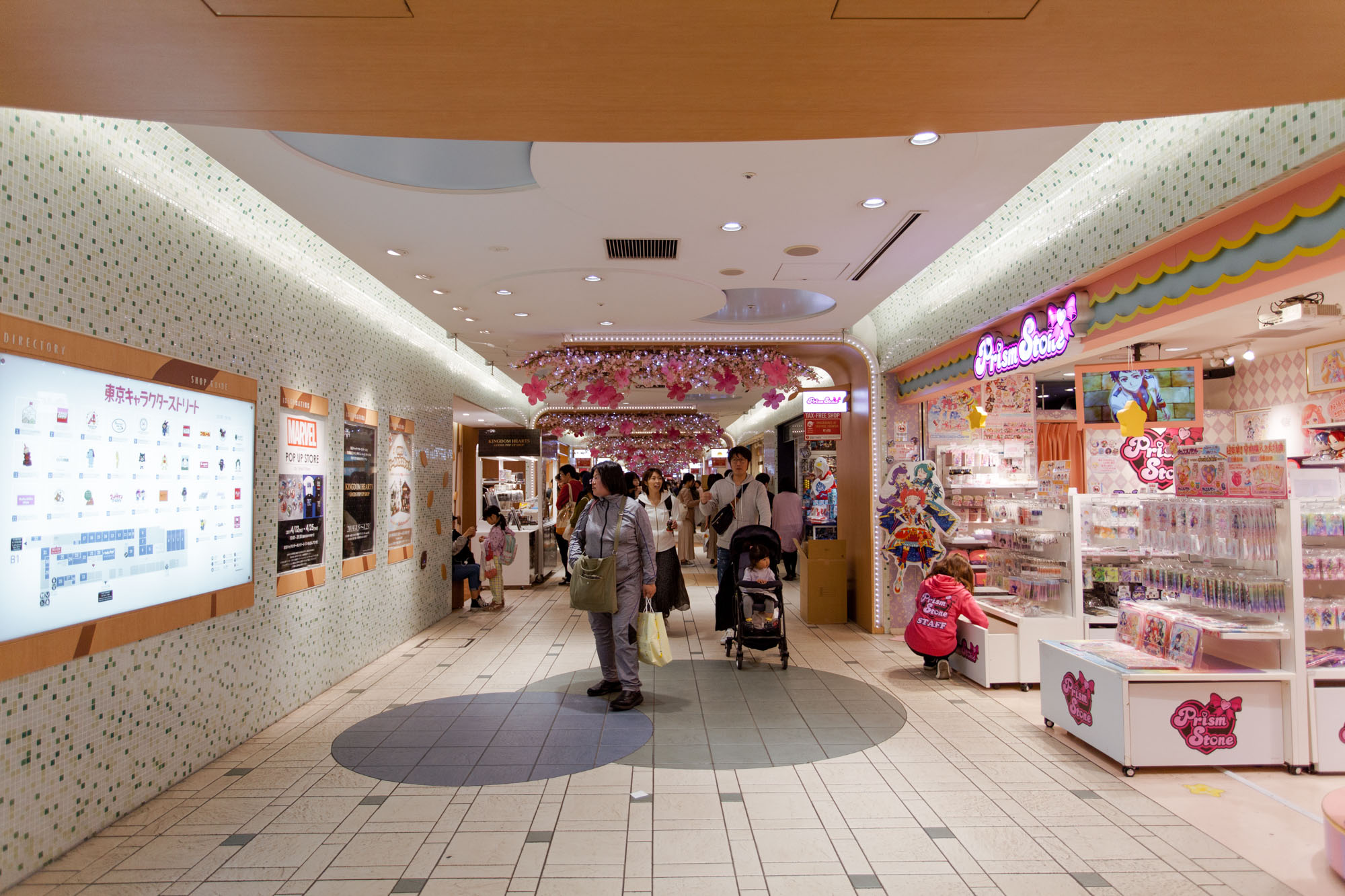
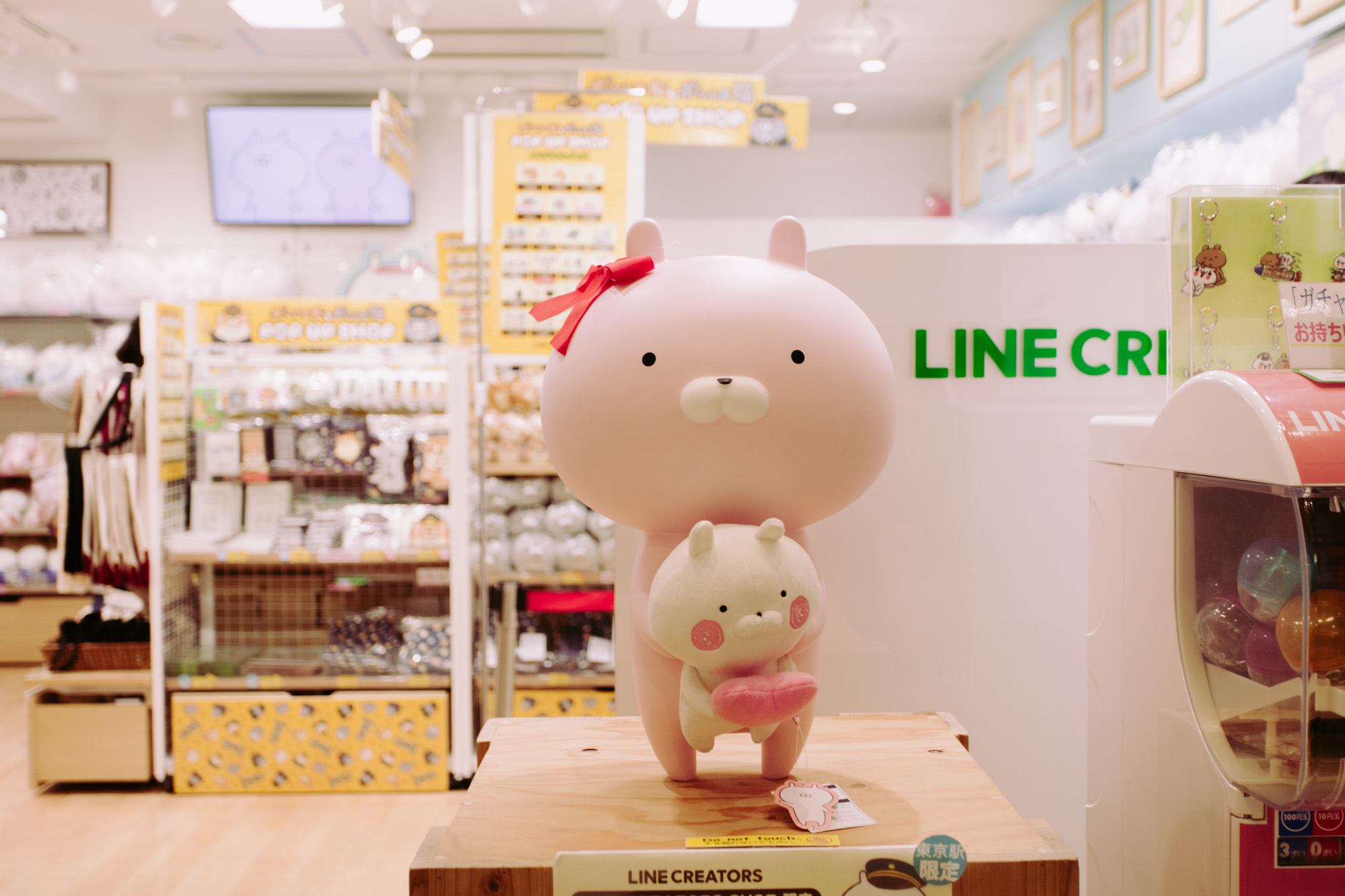

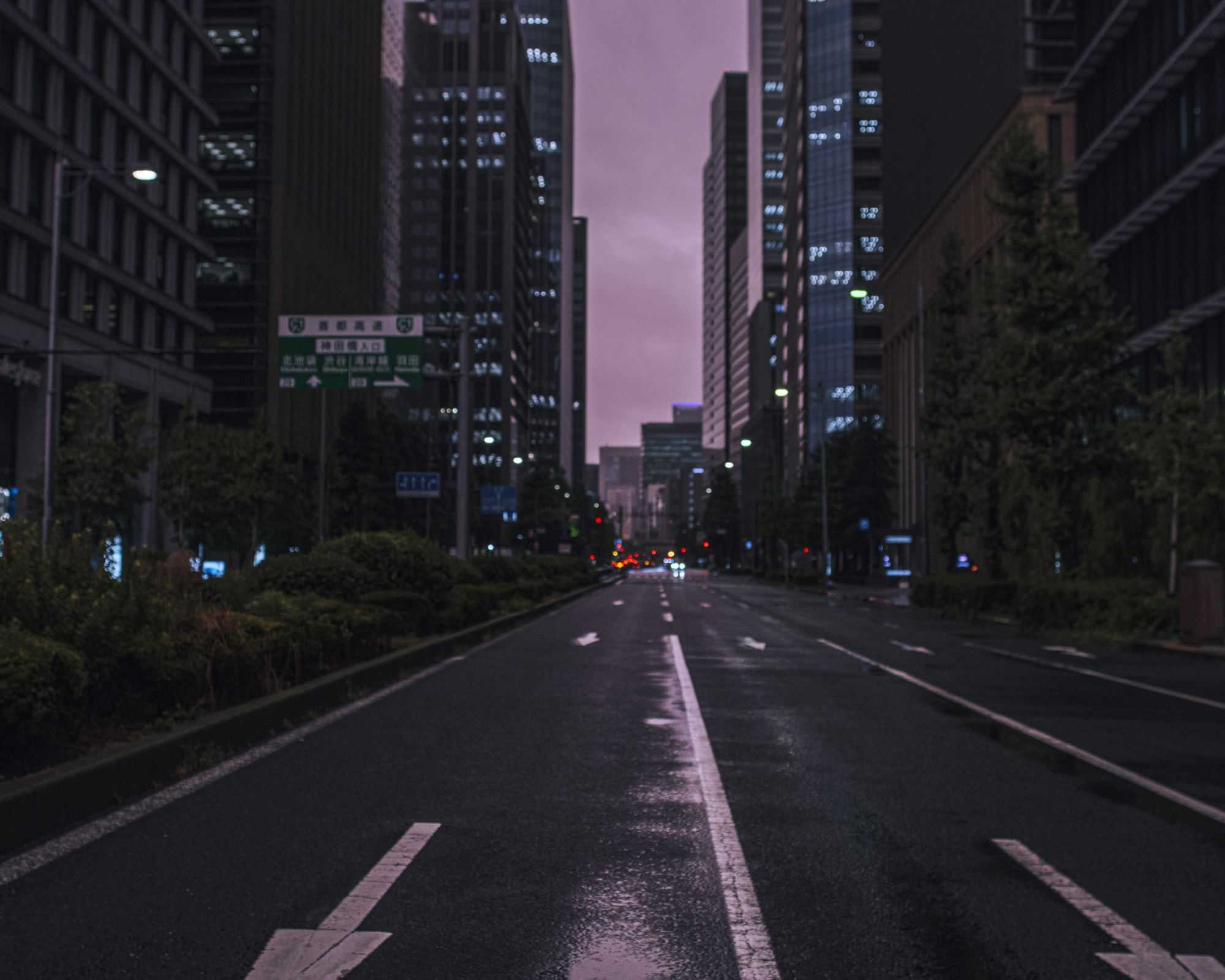
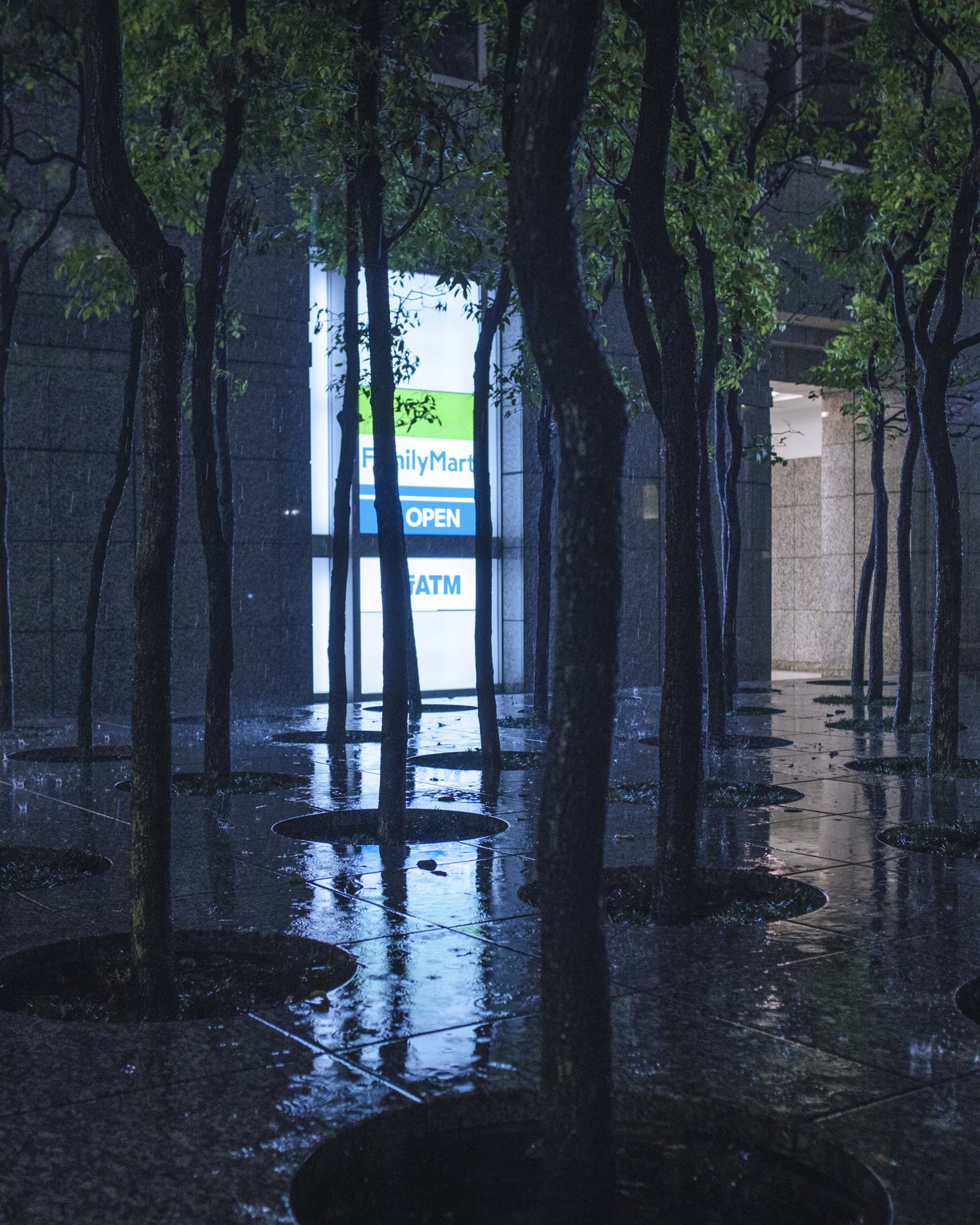
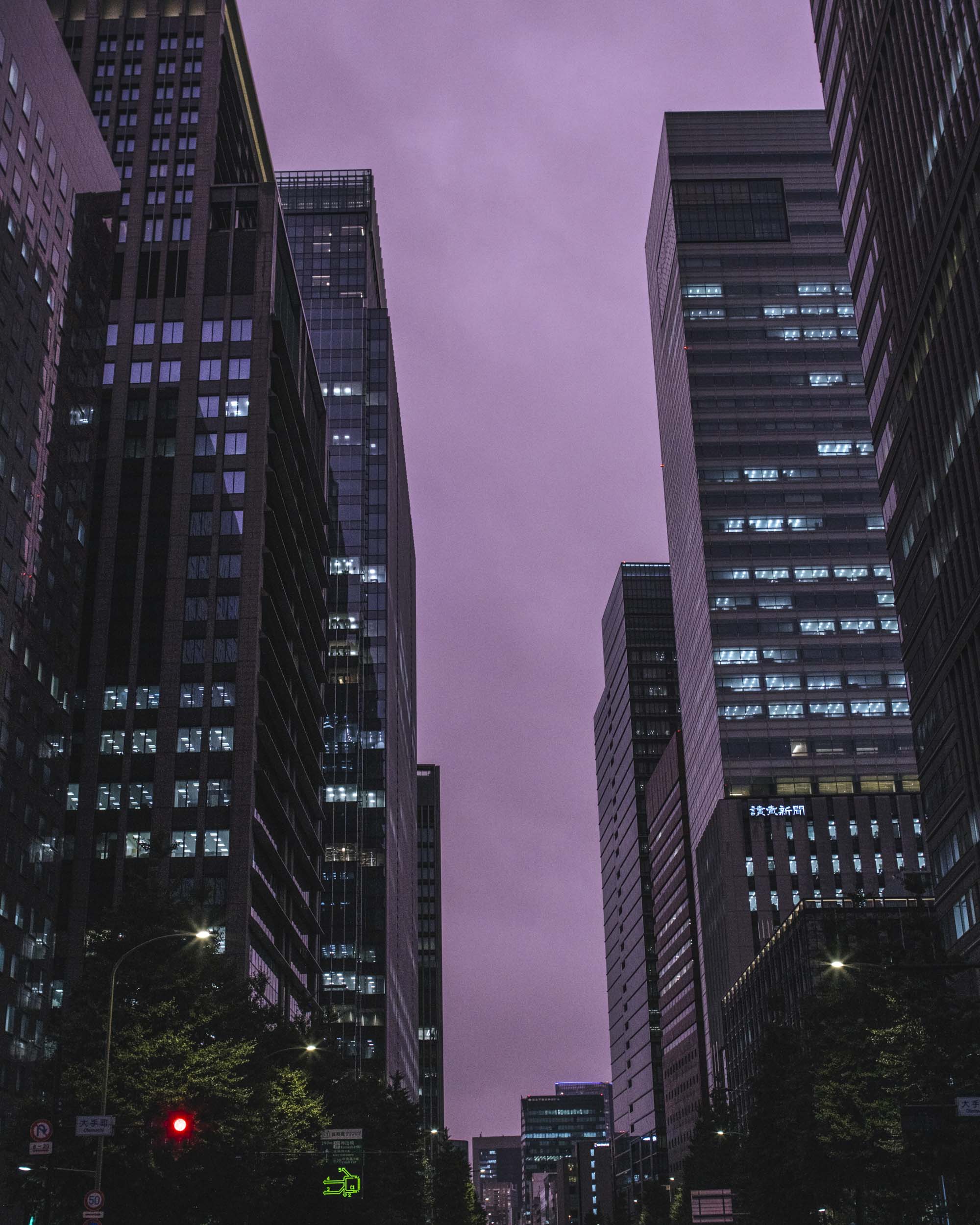
PRO TIP — Marunouchi at Night
In this guide
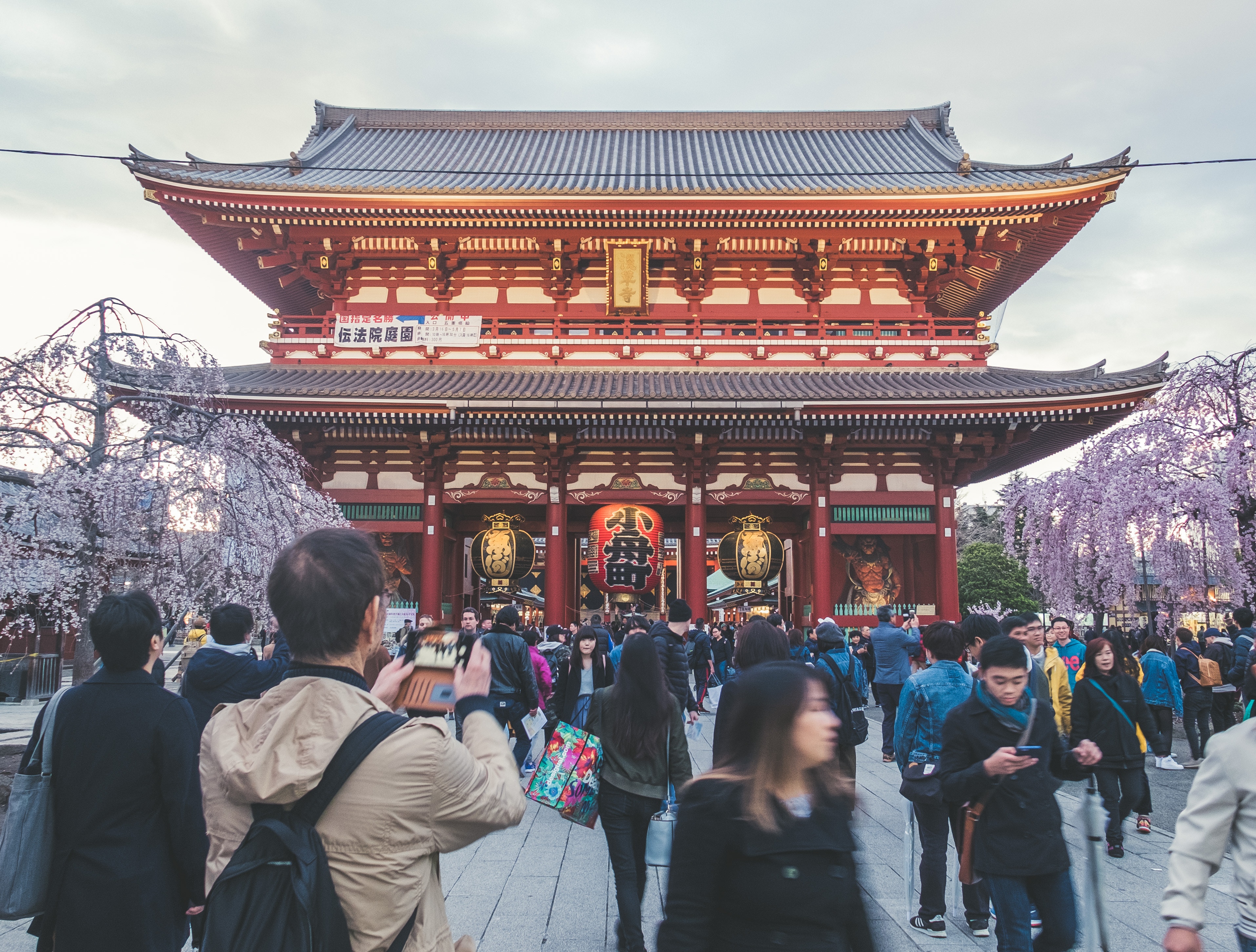
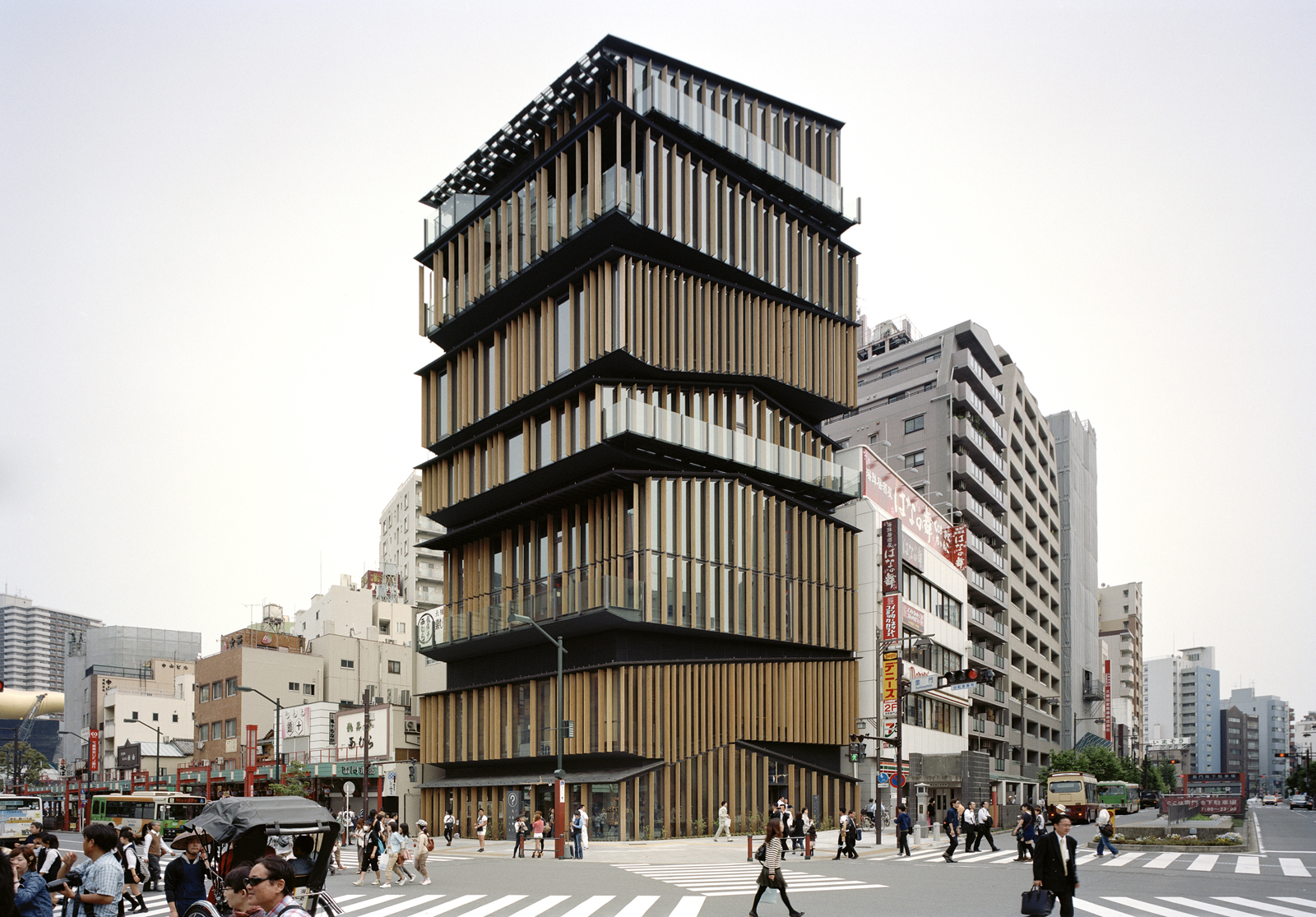
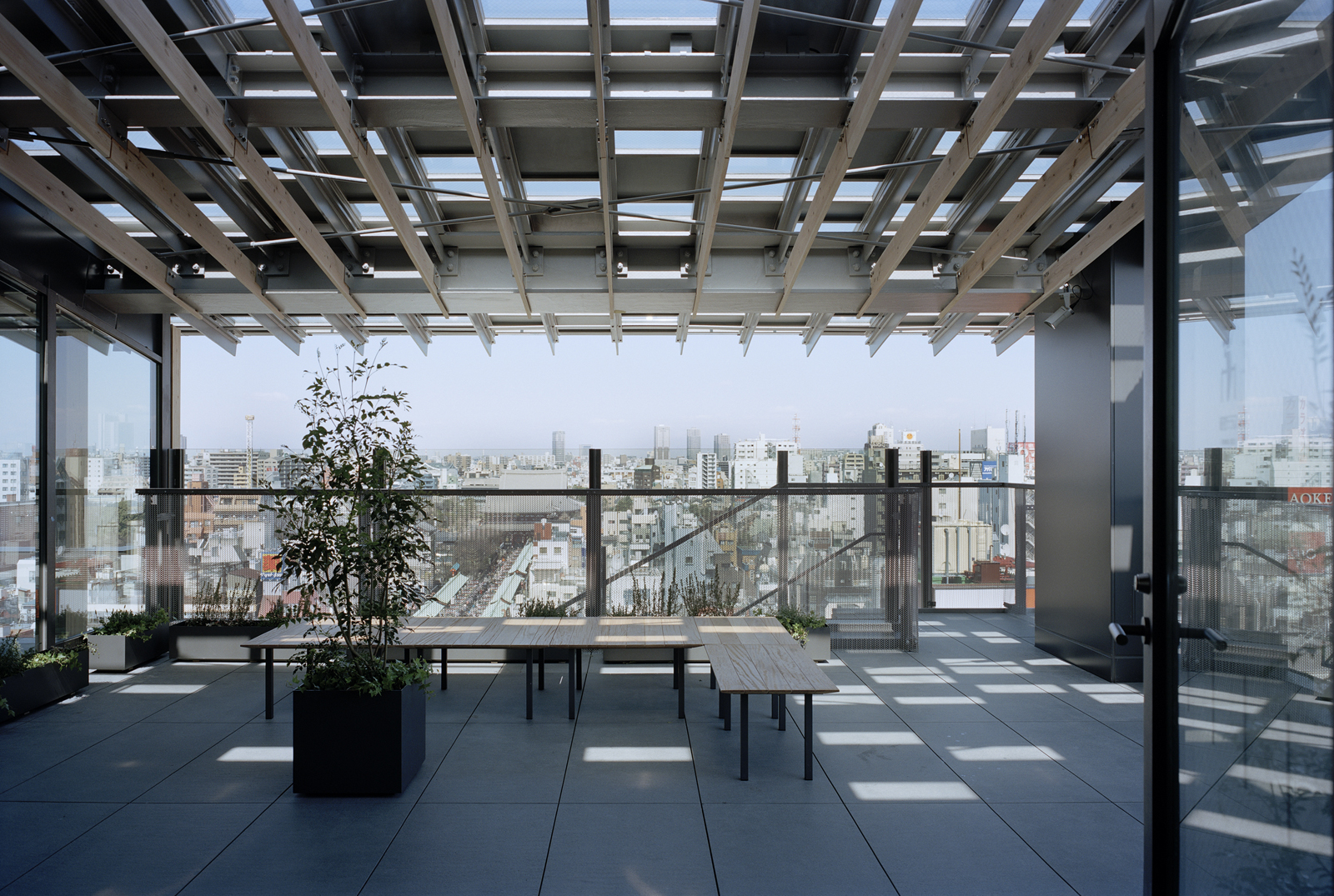
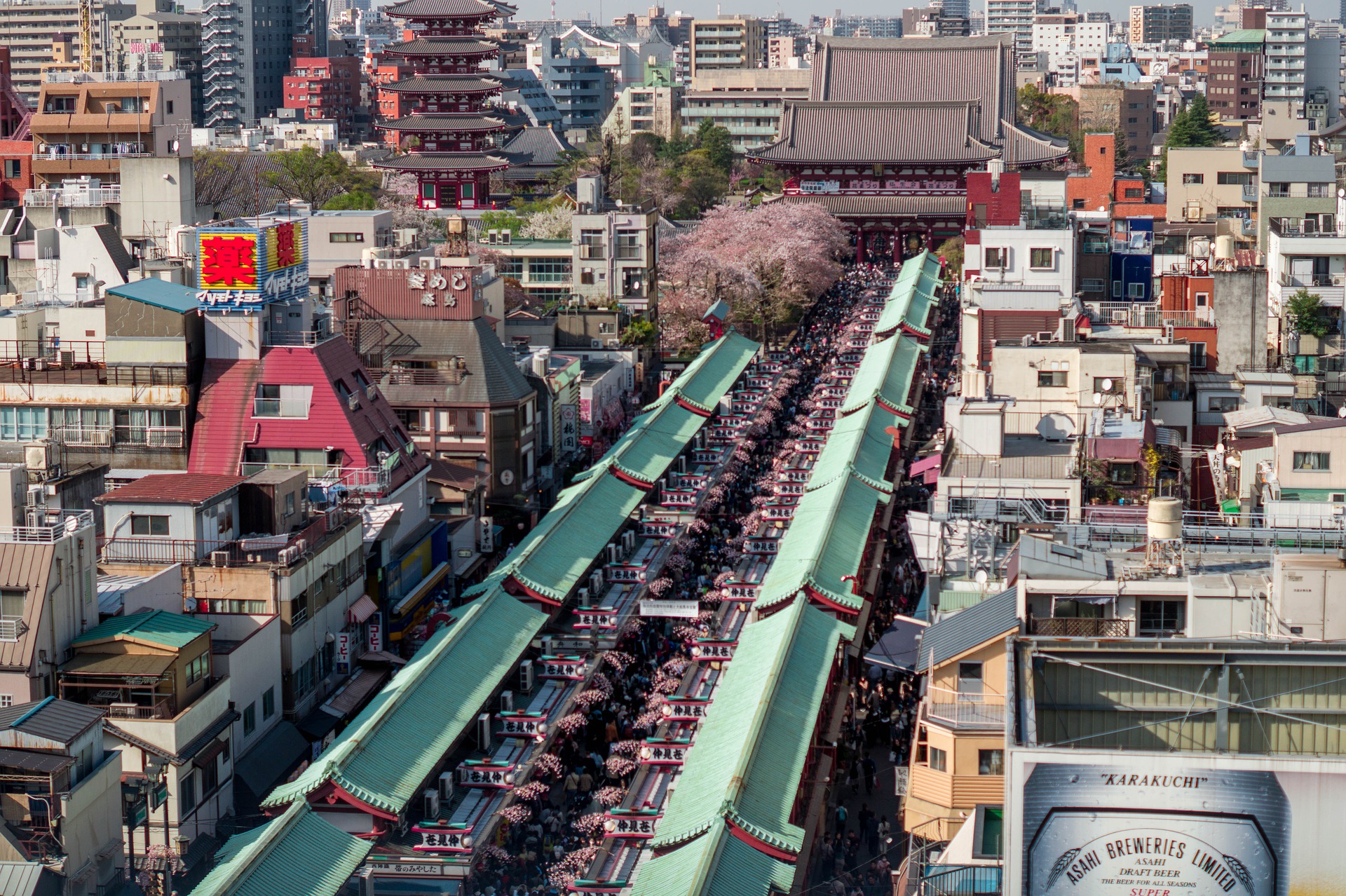
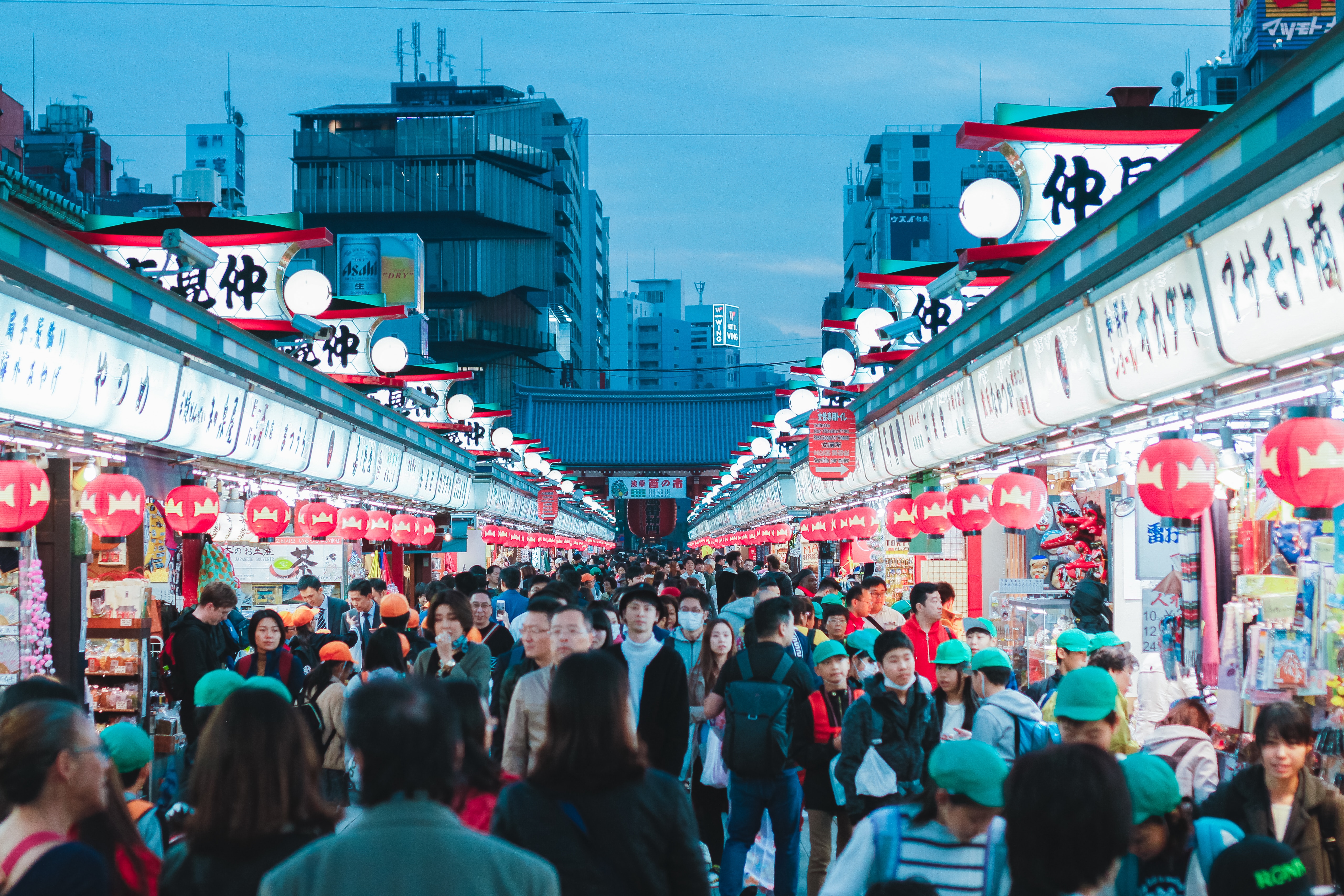
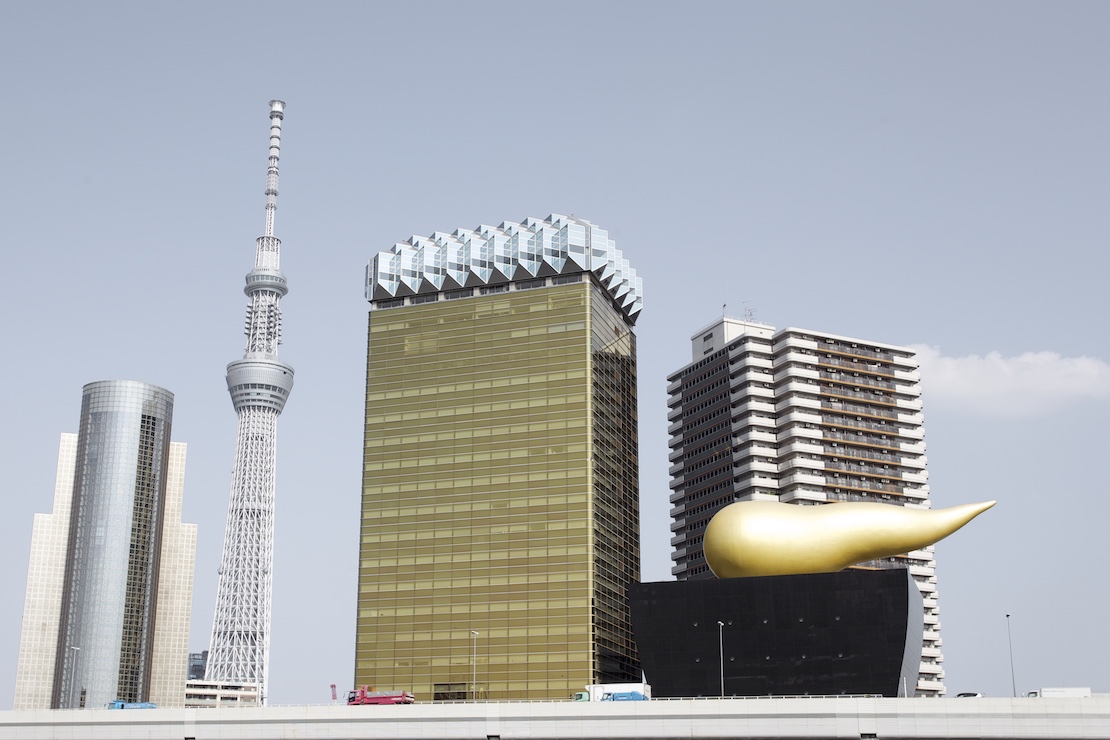
Before you head off to explore Senso-ji temple, be sure to catch the stellar view from the rooftop of Kengo Kuma-designed Asakusa Tourist Office and stop by Azuma Bridge over the Sumida River for that famous view of Tokyo Skytree and Philippe Starck’s Asahi Beer Tower, decorated with its signature Flamme d’Or (or golden turd, whichever one you prefer).
From Azuma Bridge you can also take short river cruises along the Sumida River, which offer a somewhat interesting view of Tokyo’s concrete jungle on sunny days, but are mostly useful if you are heading for some matcha at Hamarikyu Garden’s Tea House.
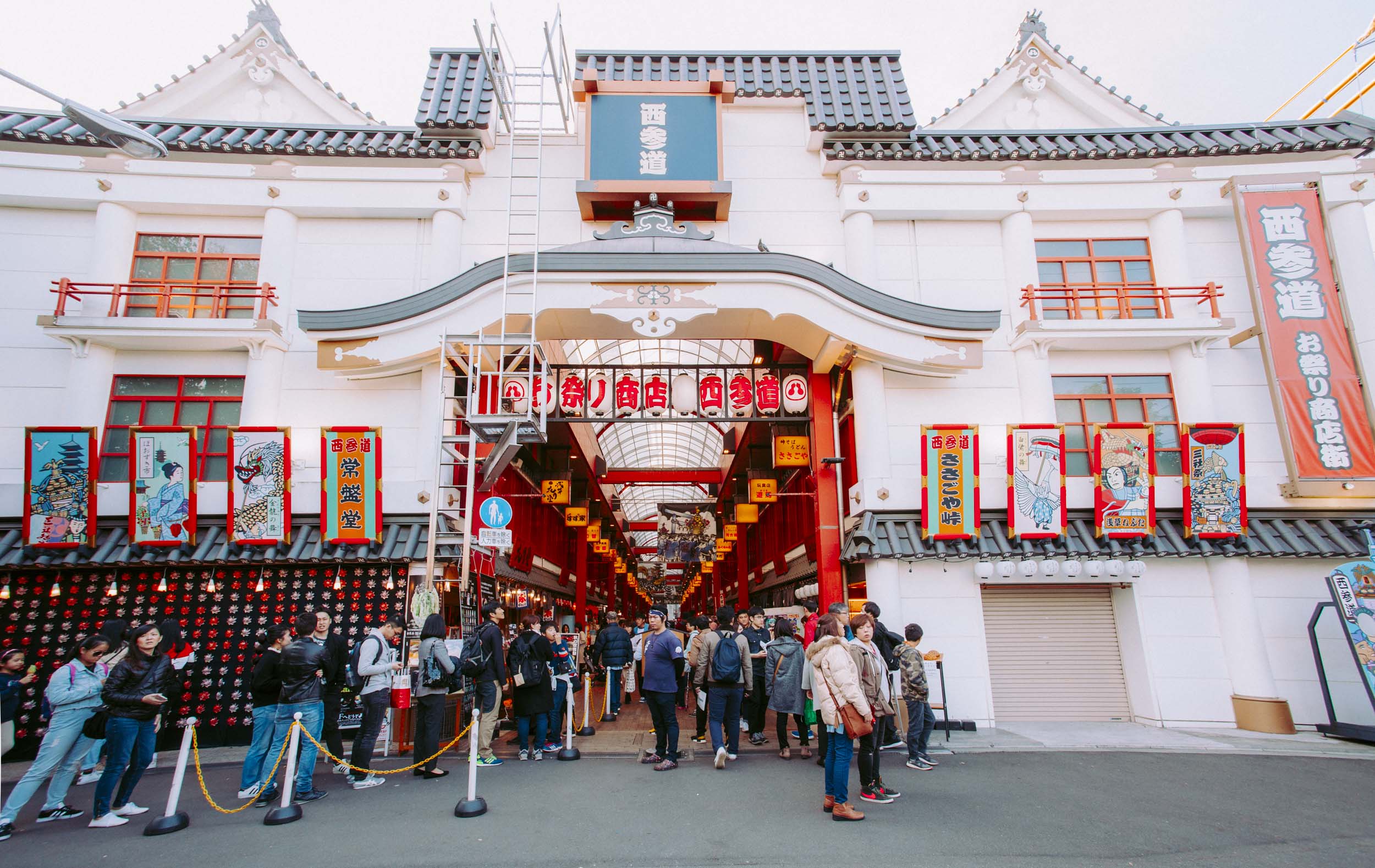
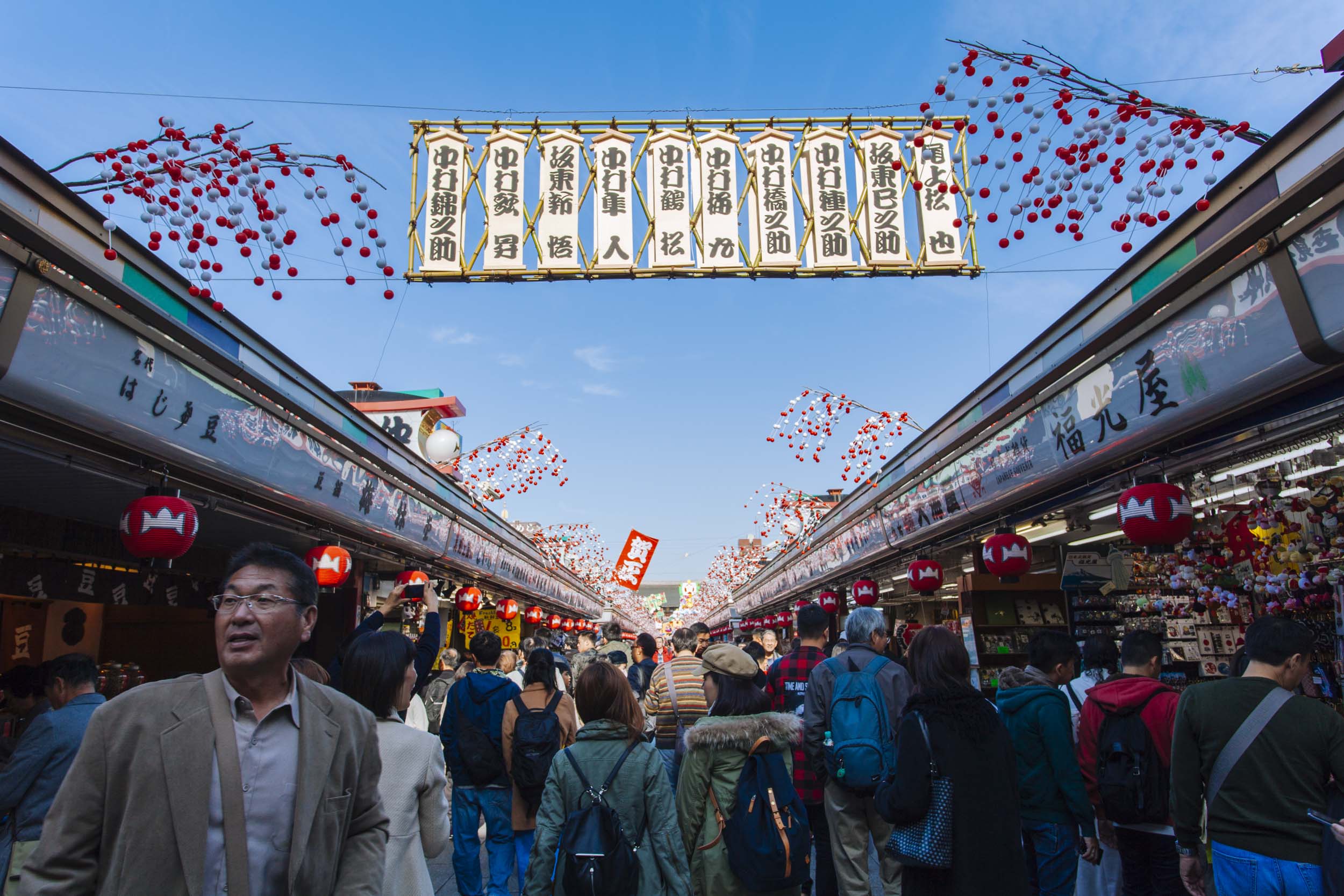
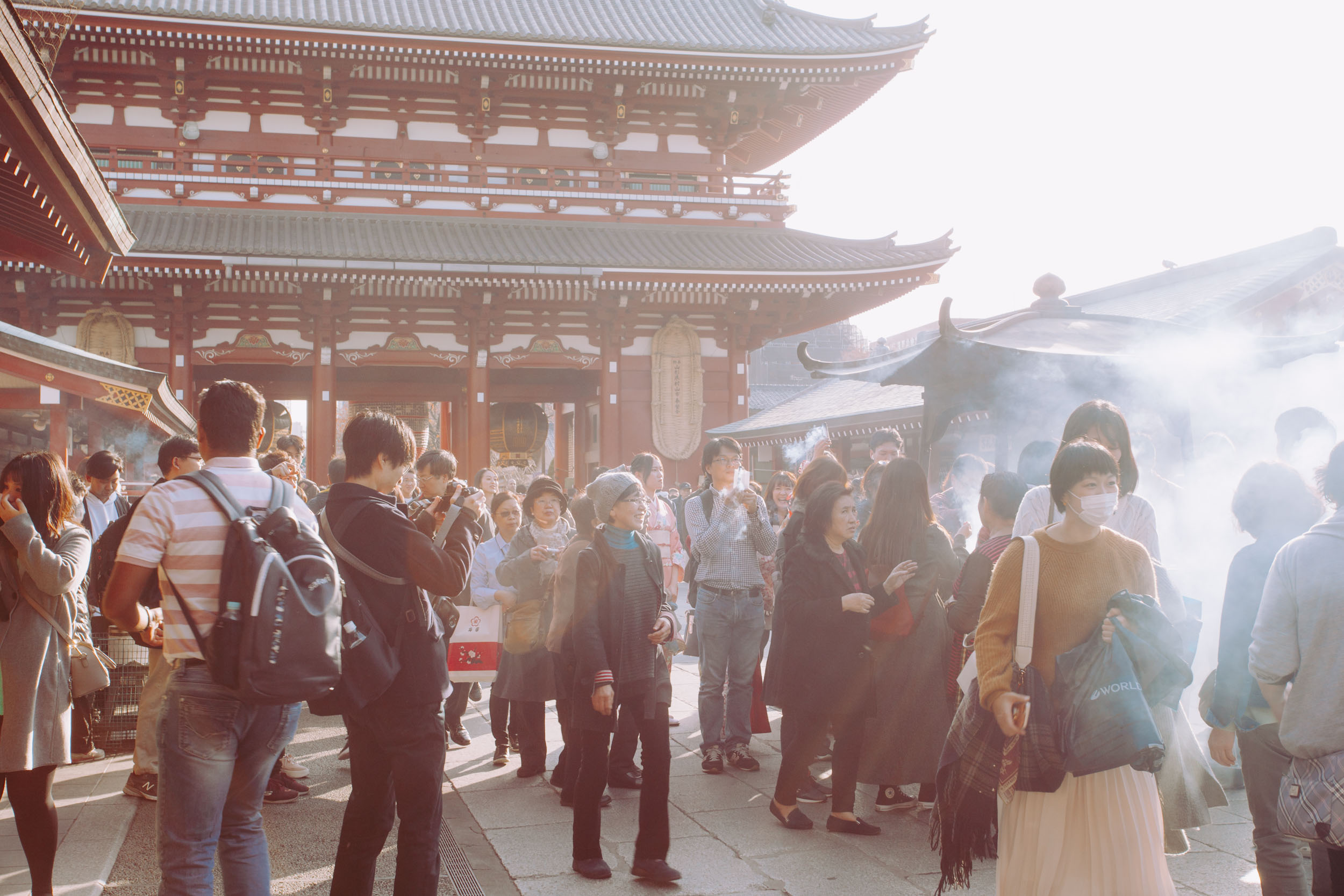
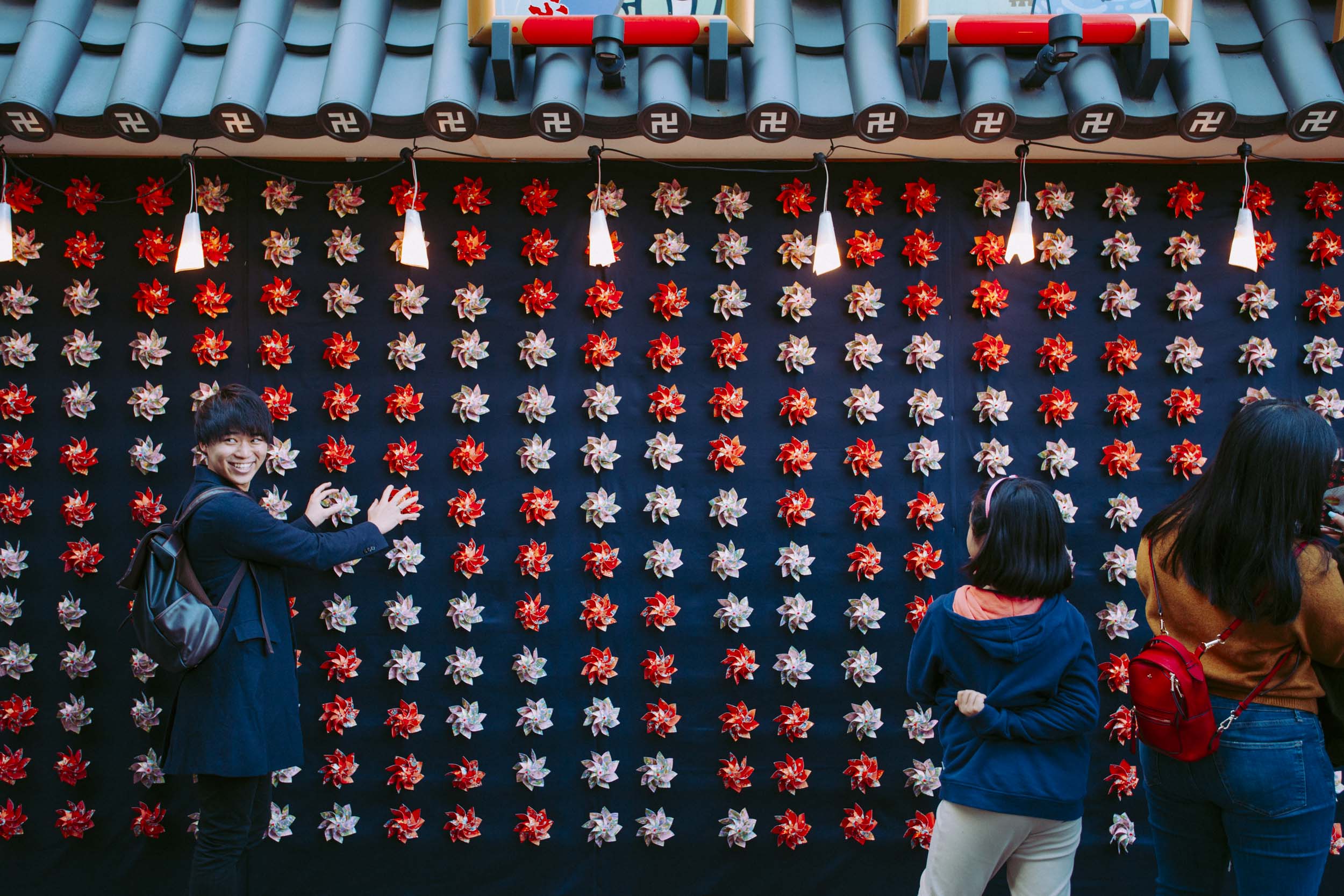
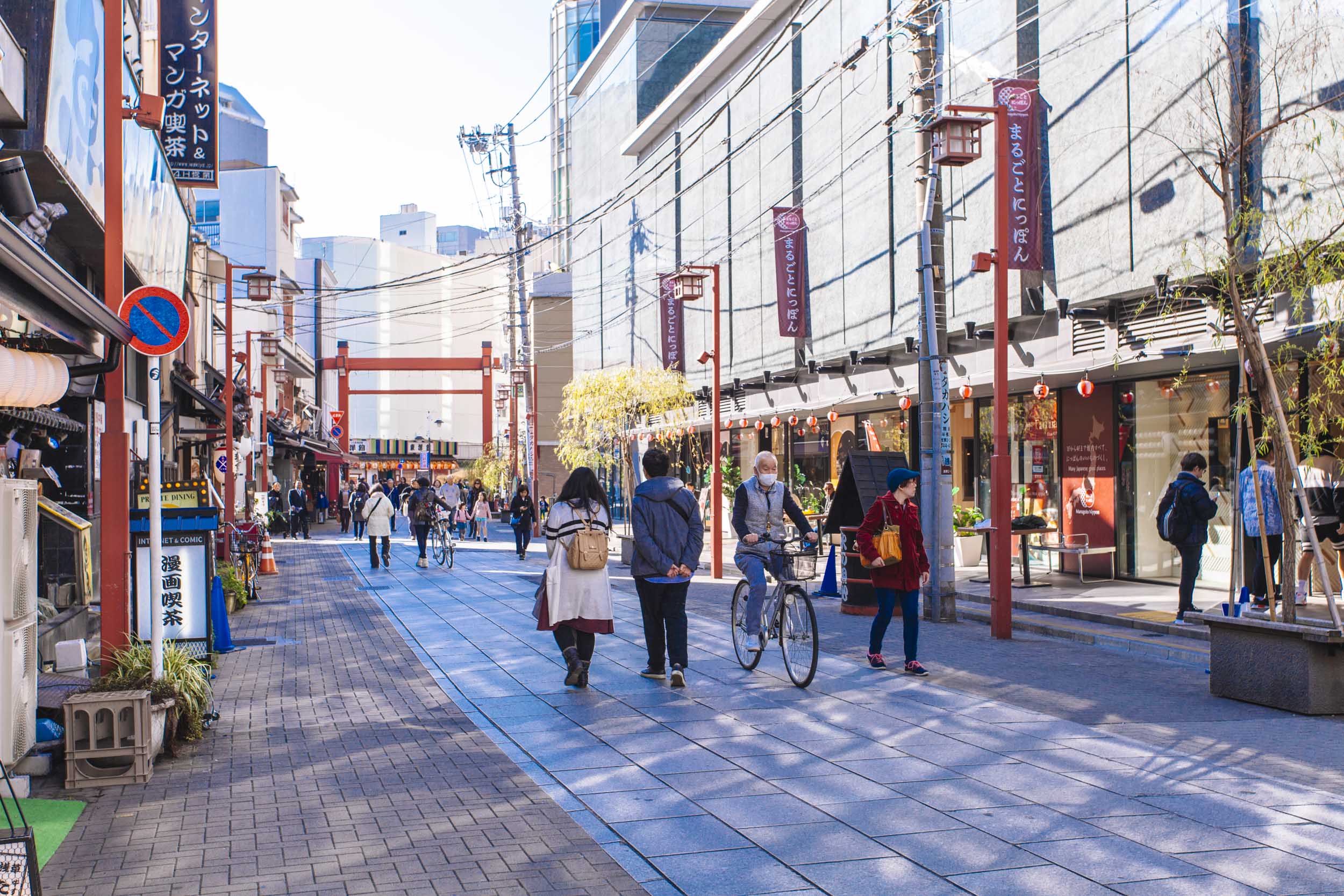

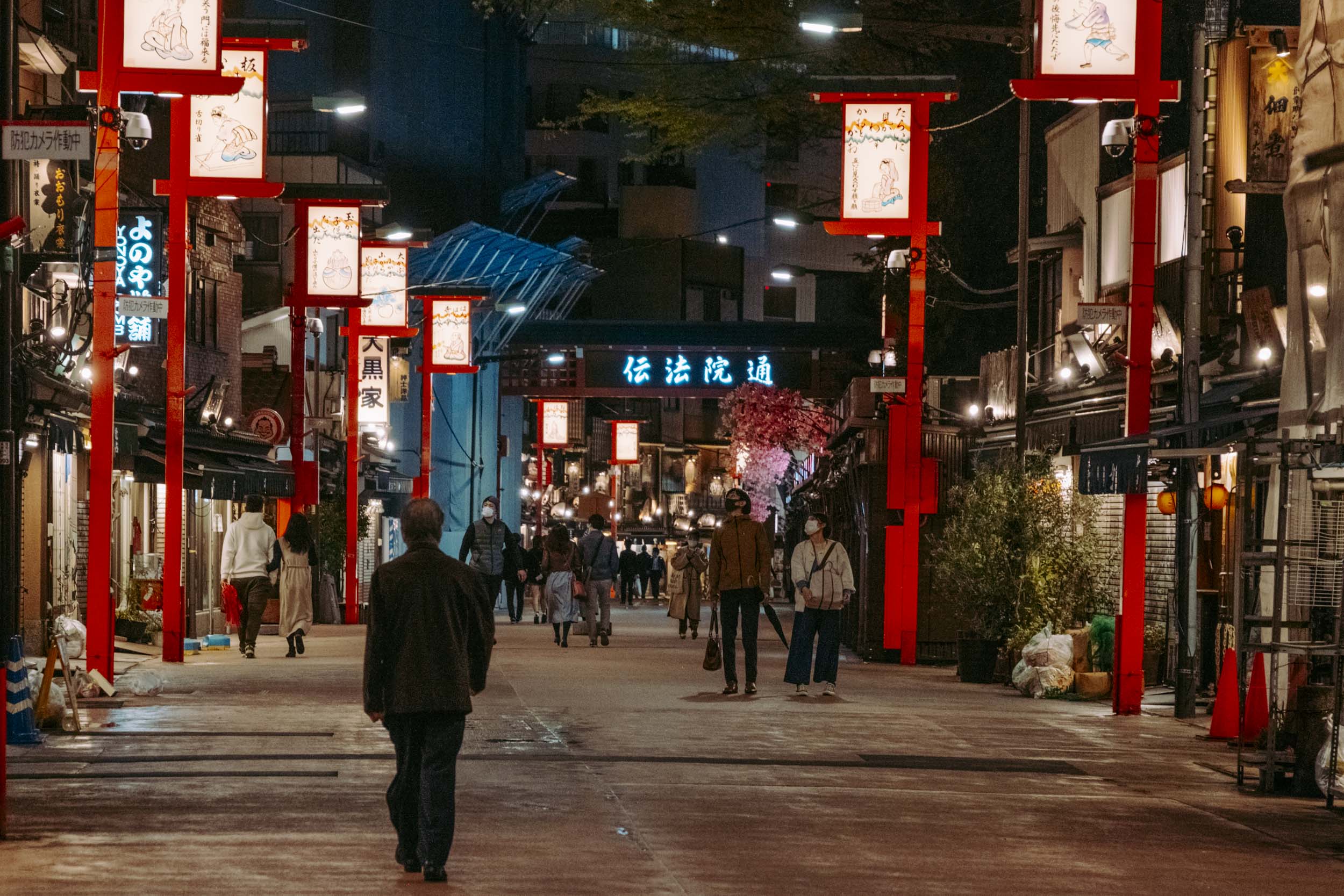

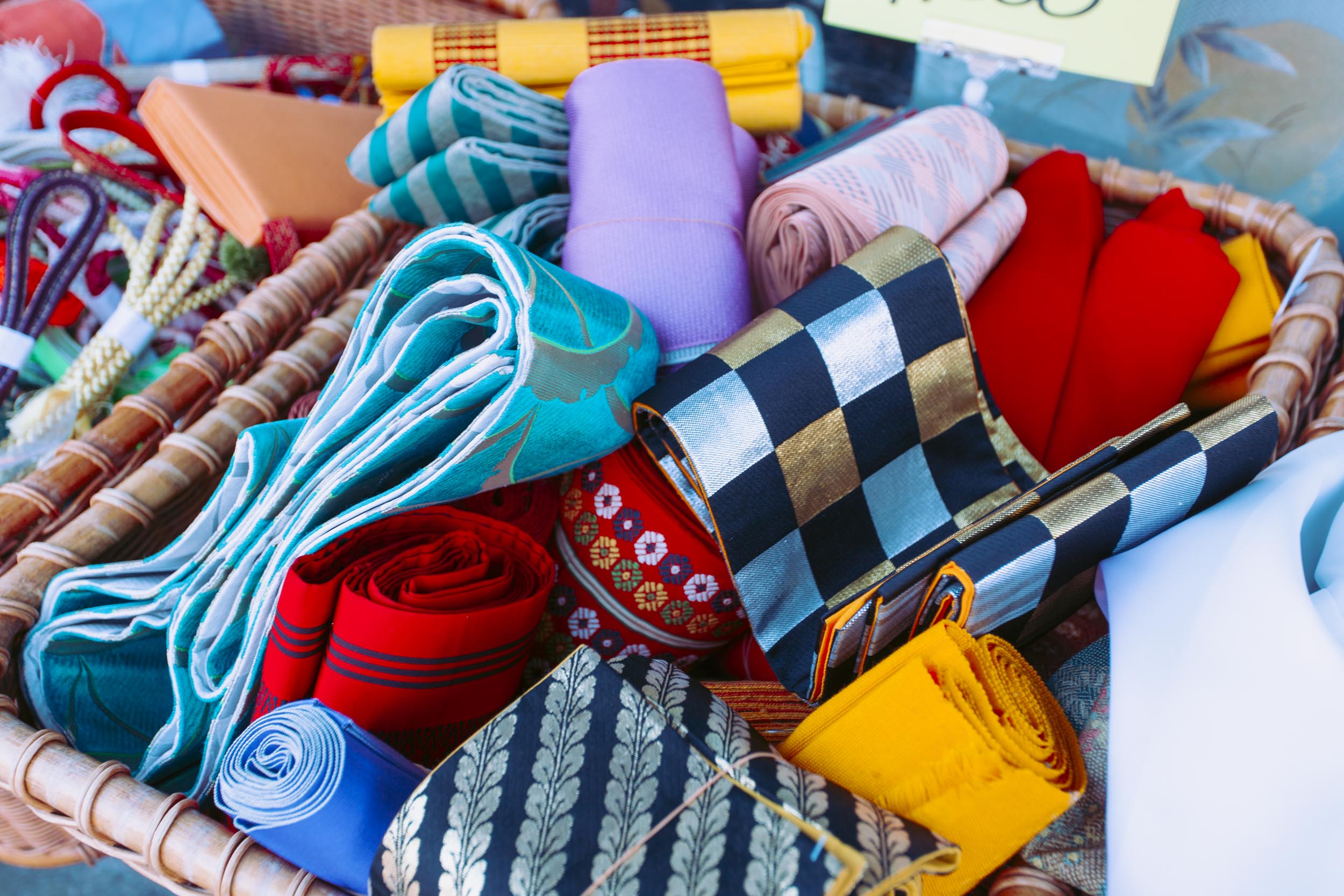
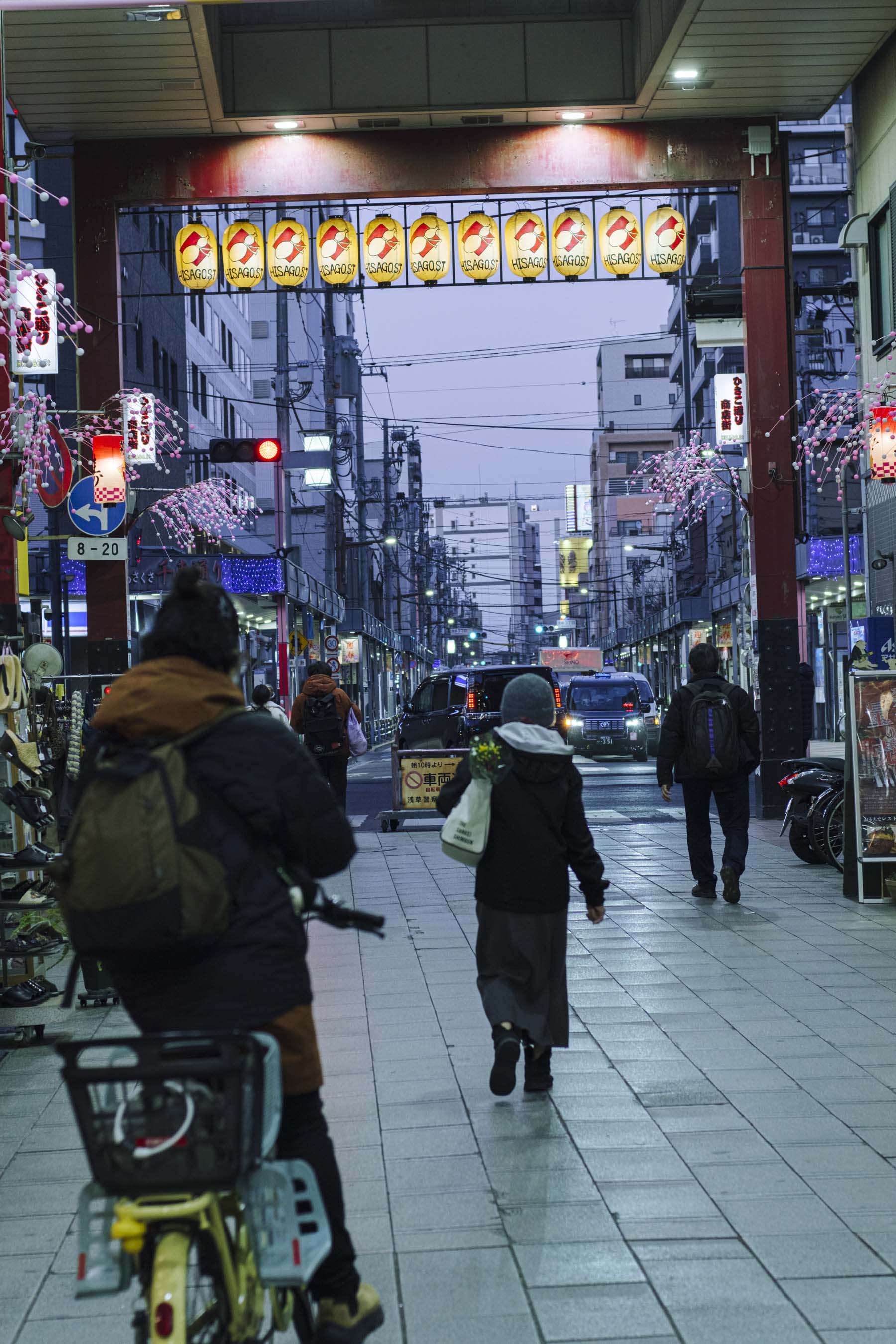
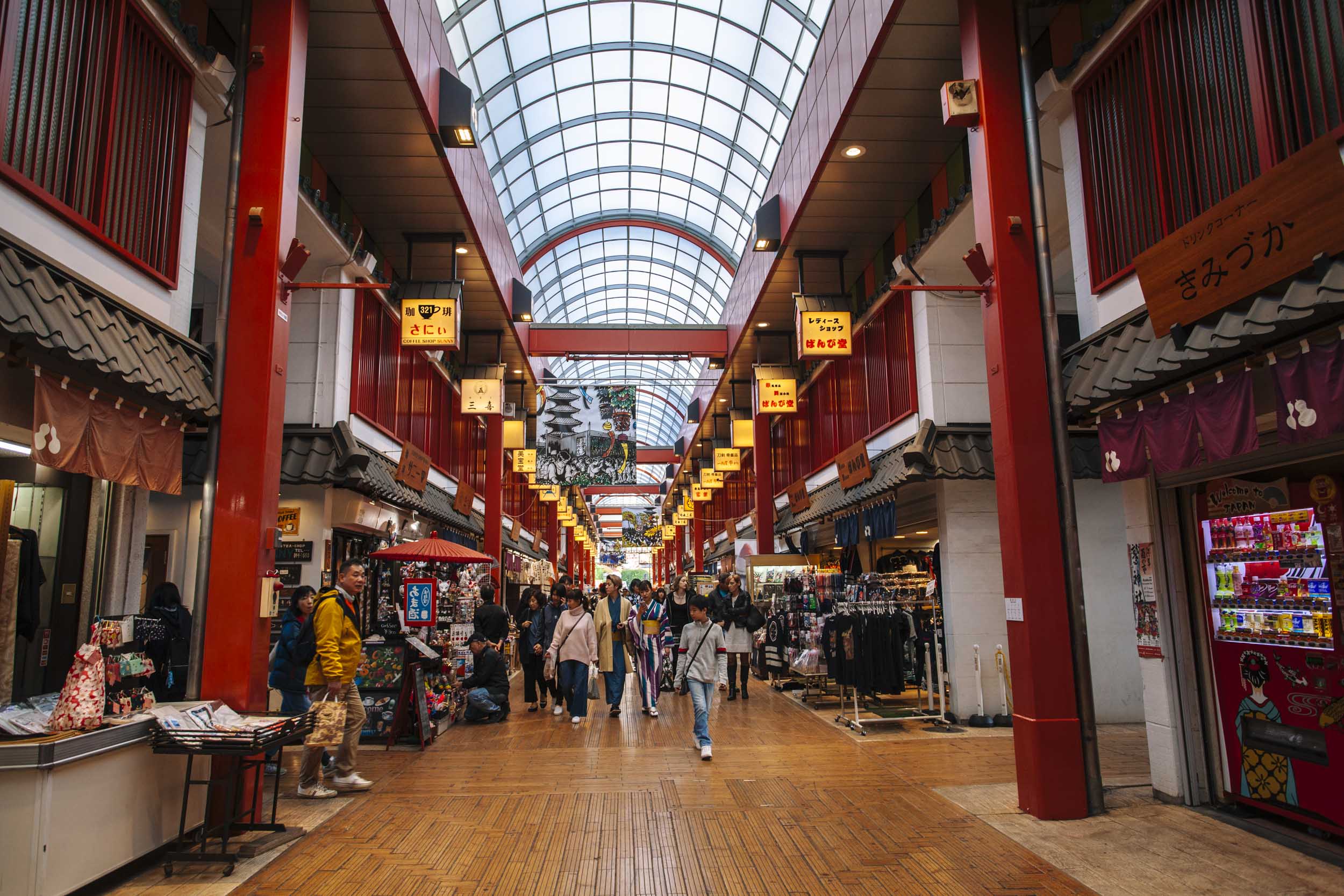

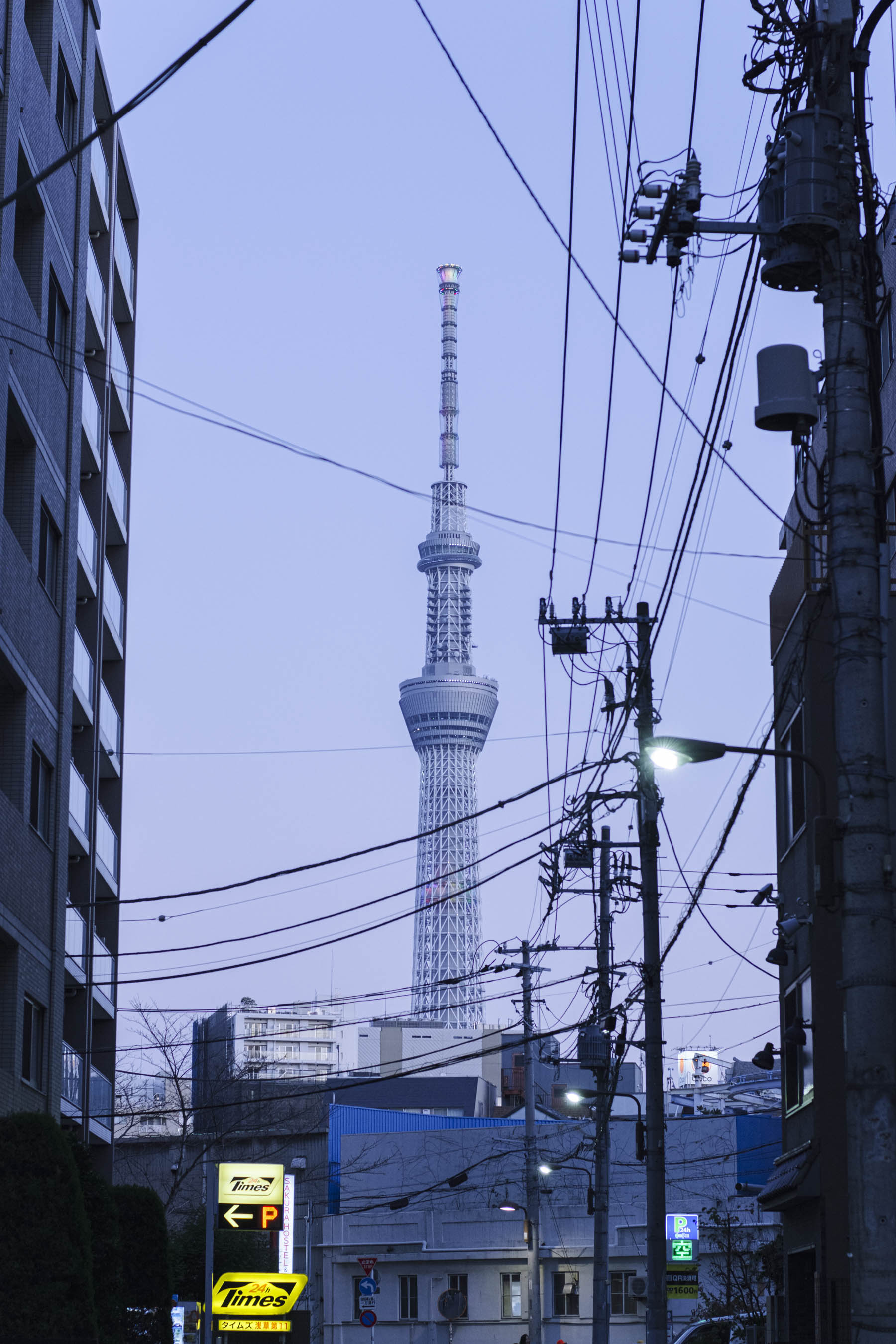
Yifang is a Taiwanese fresh- fruit and tapioca tea specialist, perfect for that refreshing caffeine boost midday. Green tea ice cream aficionados will want to make their way towards Suzukien north of Senso-ji, which boasts a staggering seven different levels of matcha ice cream, of which no. 7 is said to be the world’s strongest green tea ice cream (you have been warned).
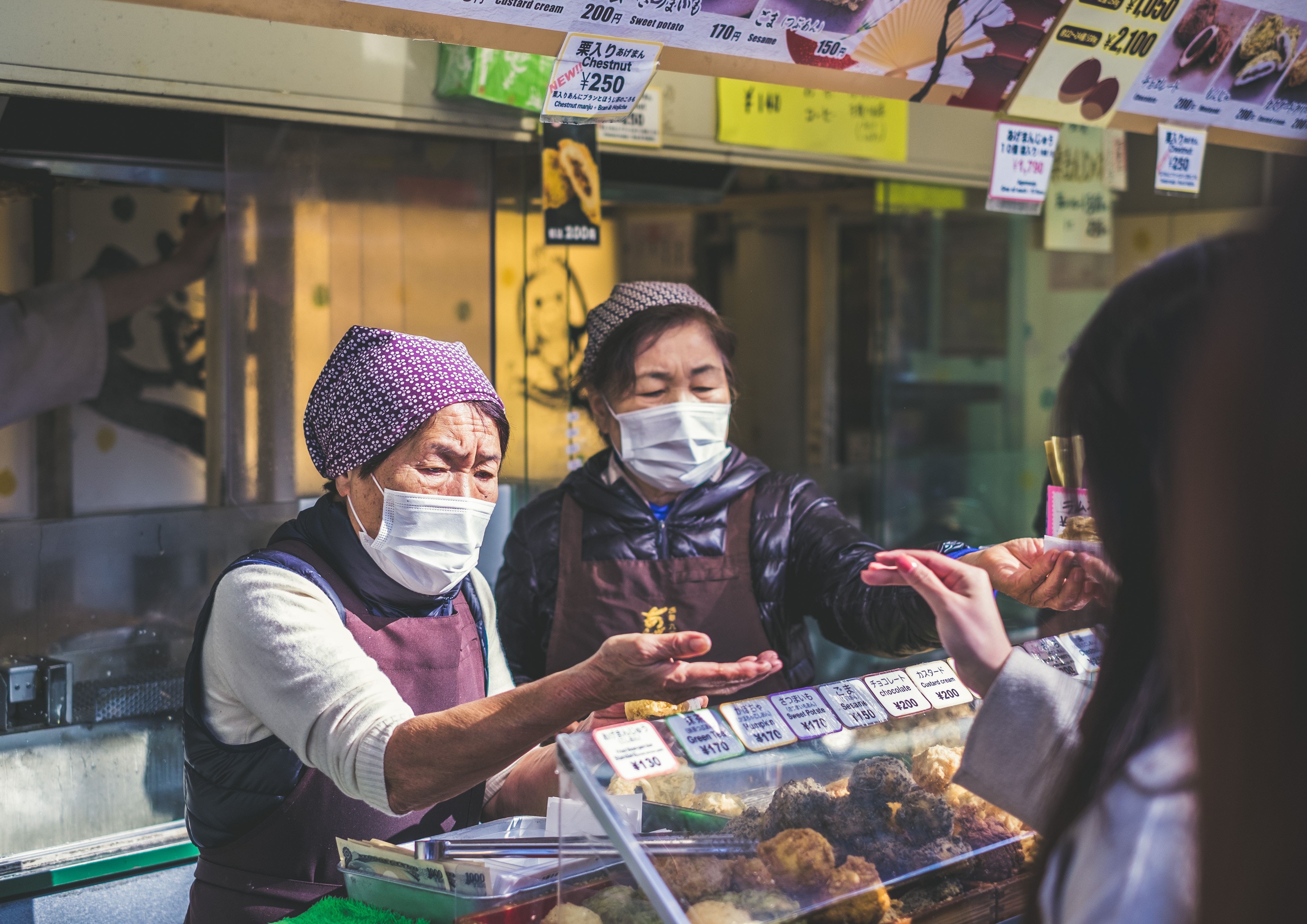
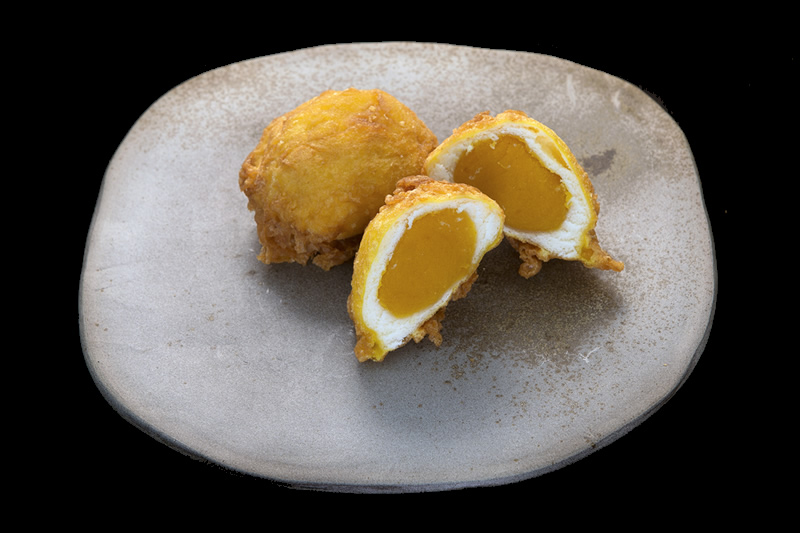

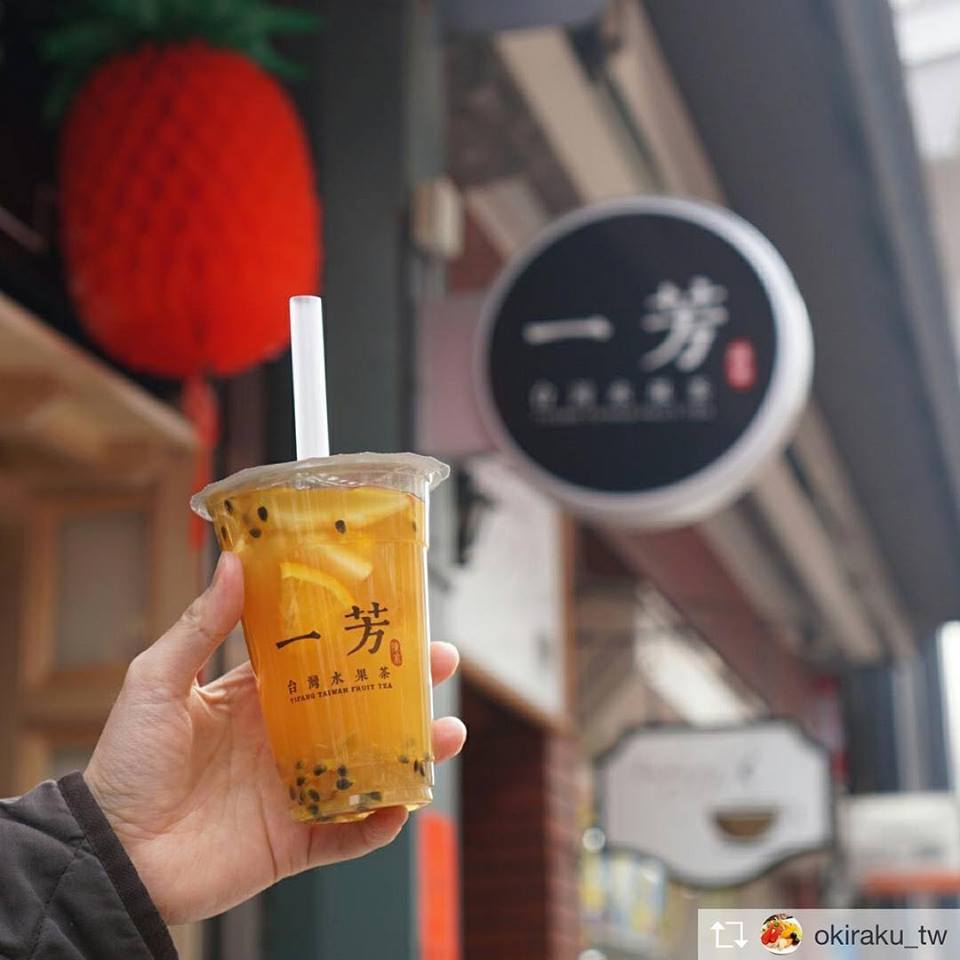
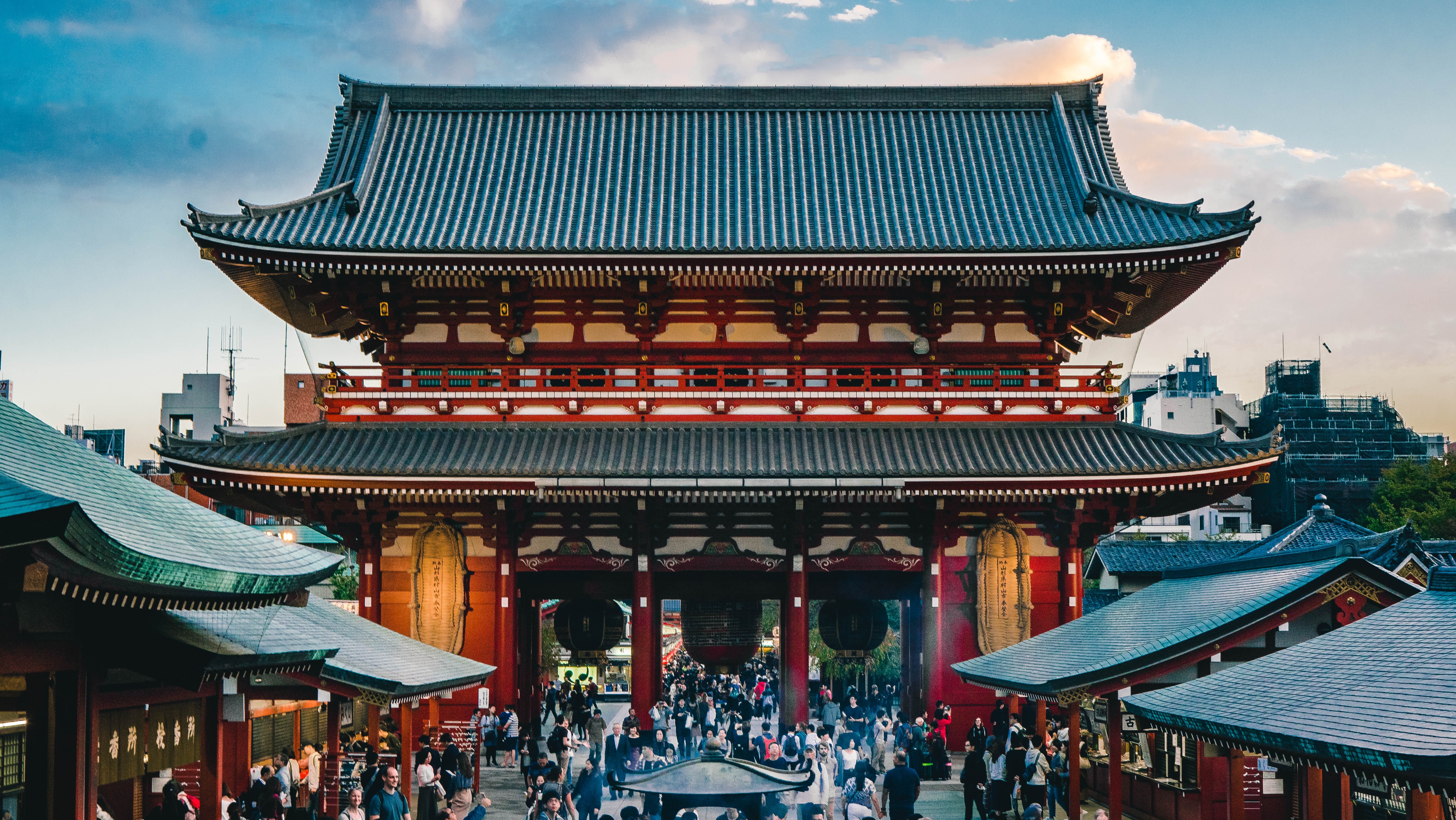
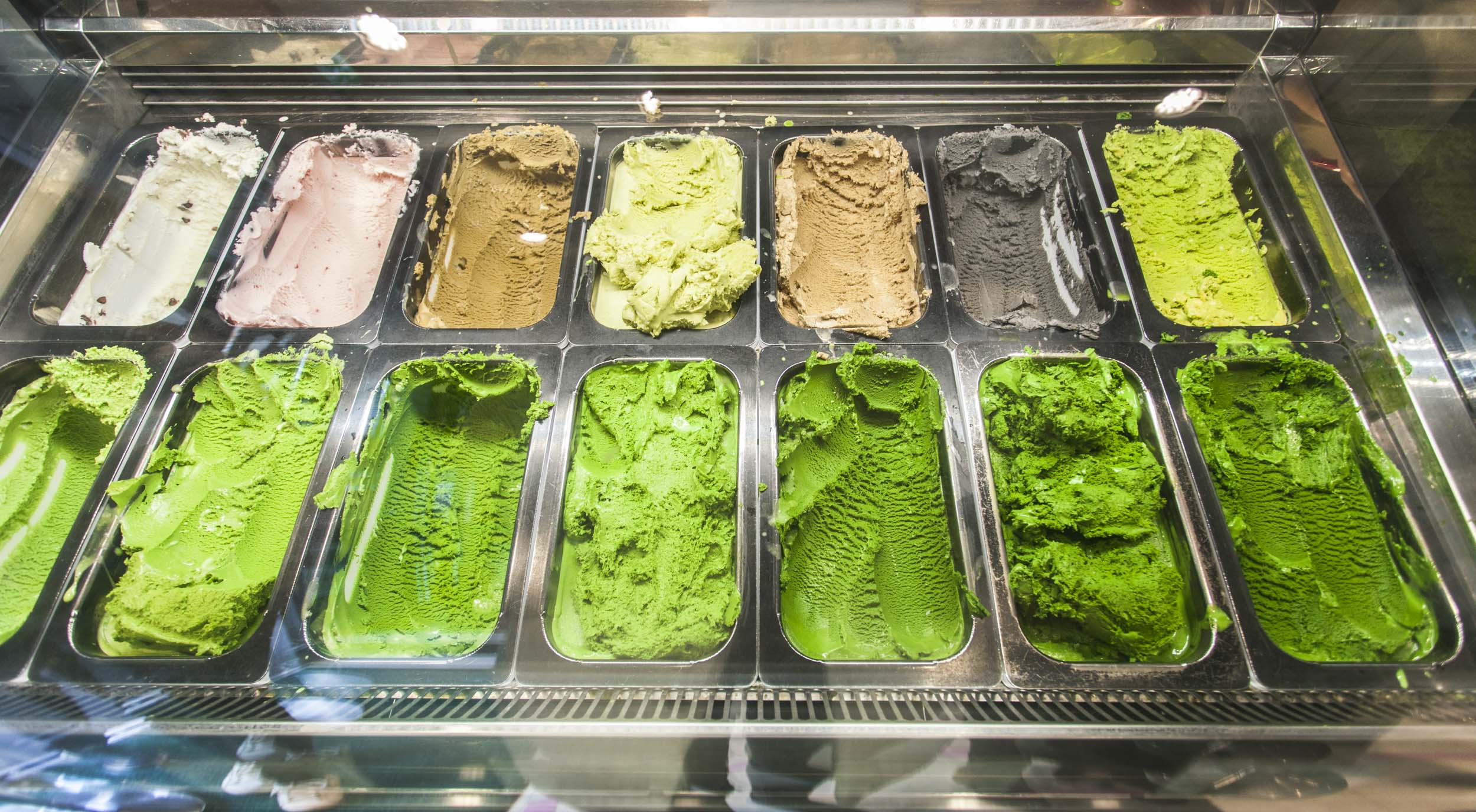
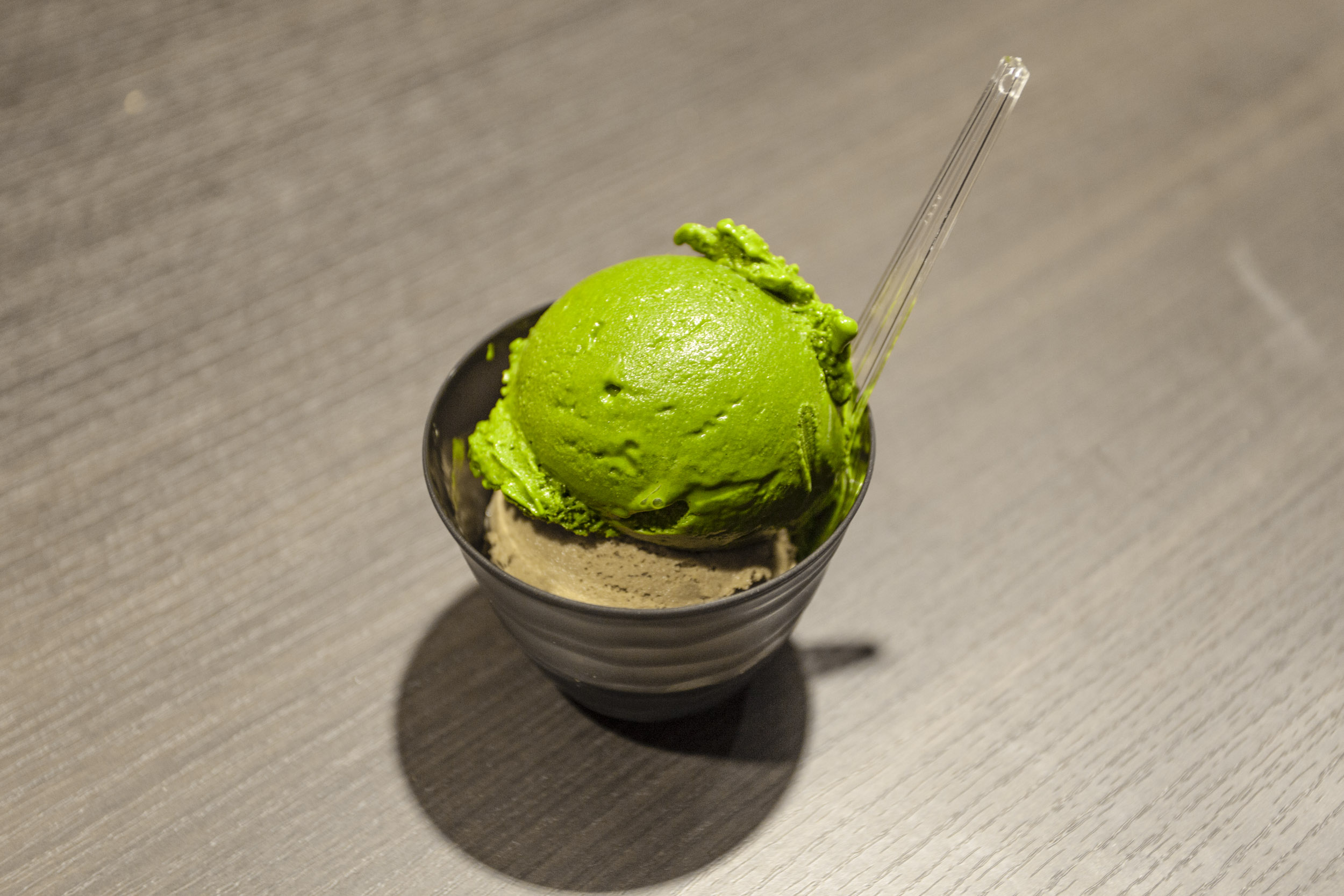

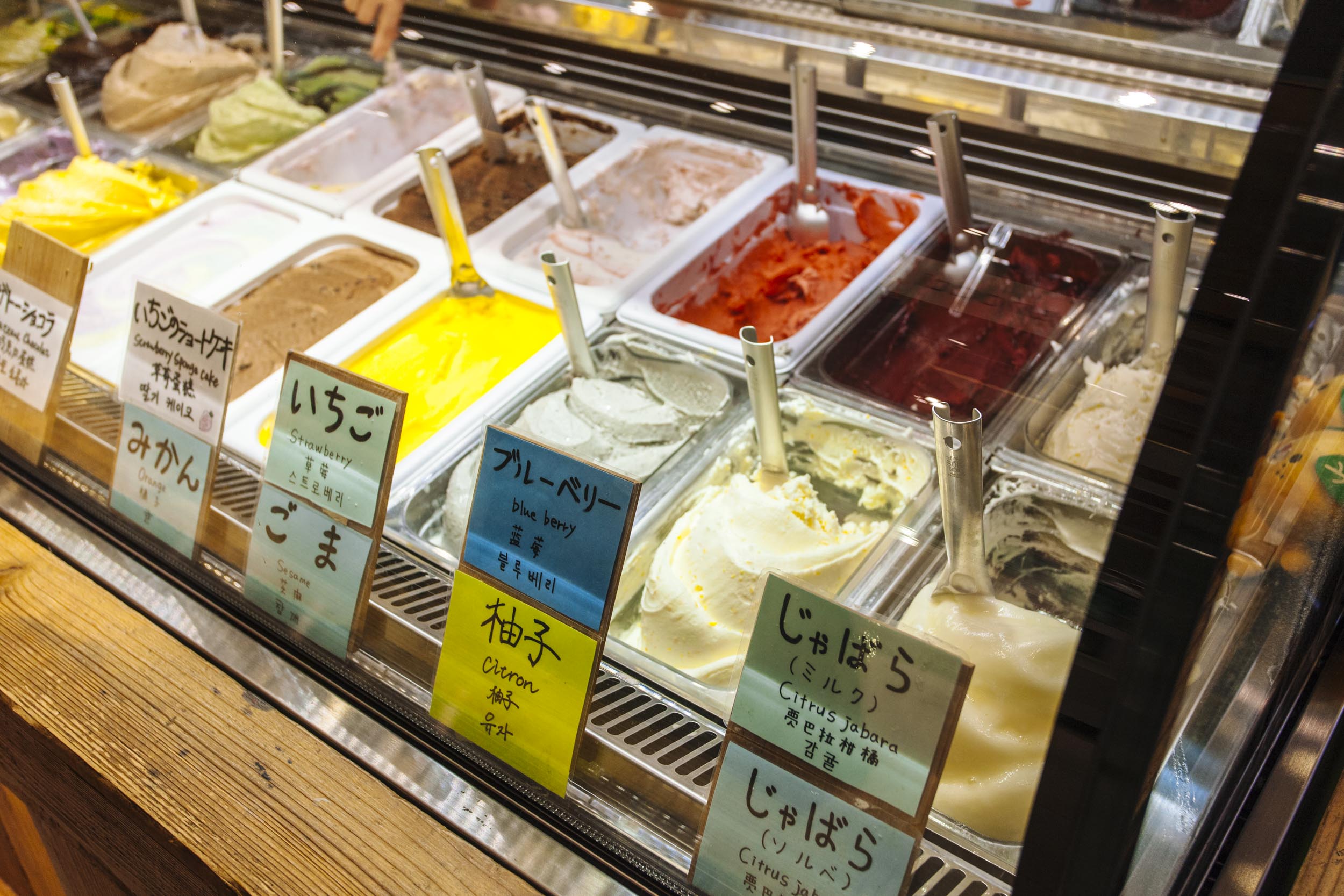
At night, Nakamise street, which is usually overrun with tourists, turns into a quiet outdoor gallery where you can enjoy imagery of traditional Japanese woodblock prints which are painted on nearly all of the shops’ closed shutters.
Further in the back, bars open late at night serve cold drinks and quick bites to locals who populate this area after all tourists have left.
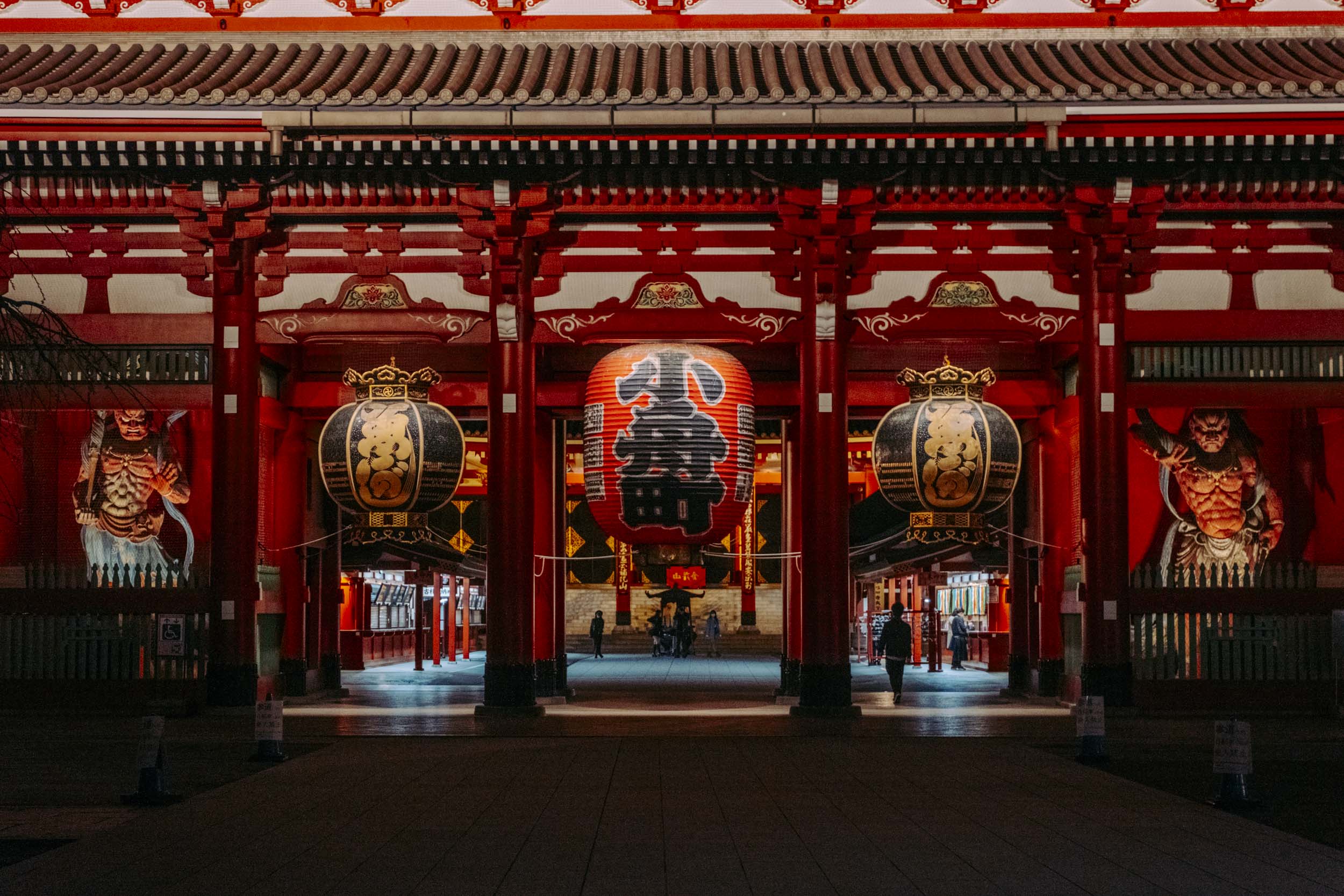
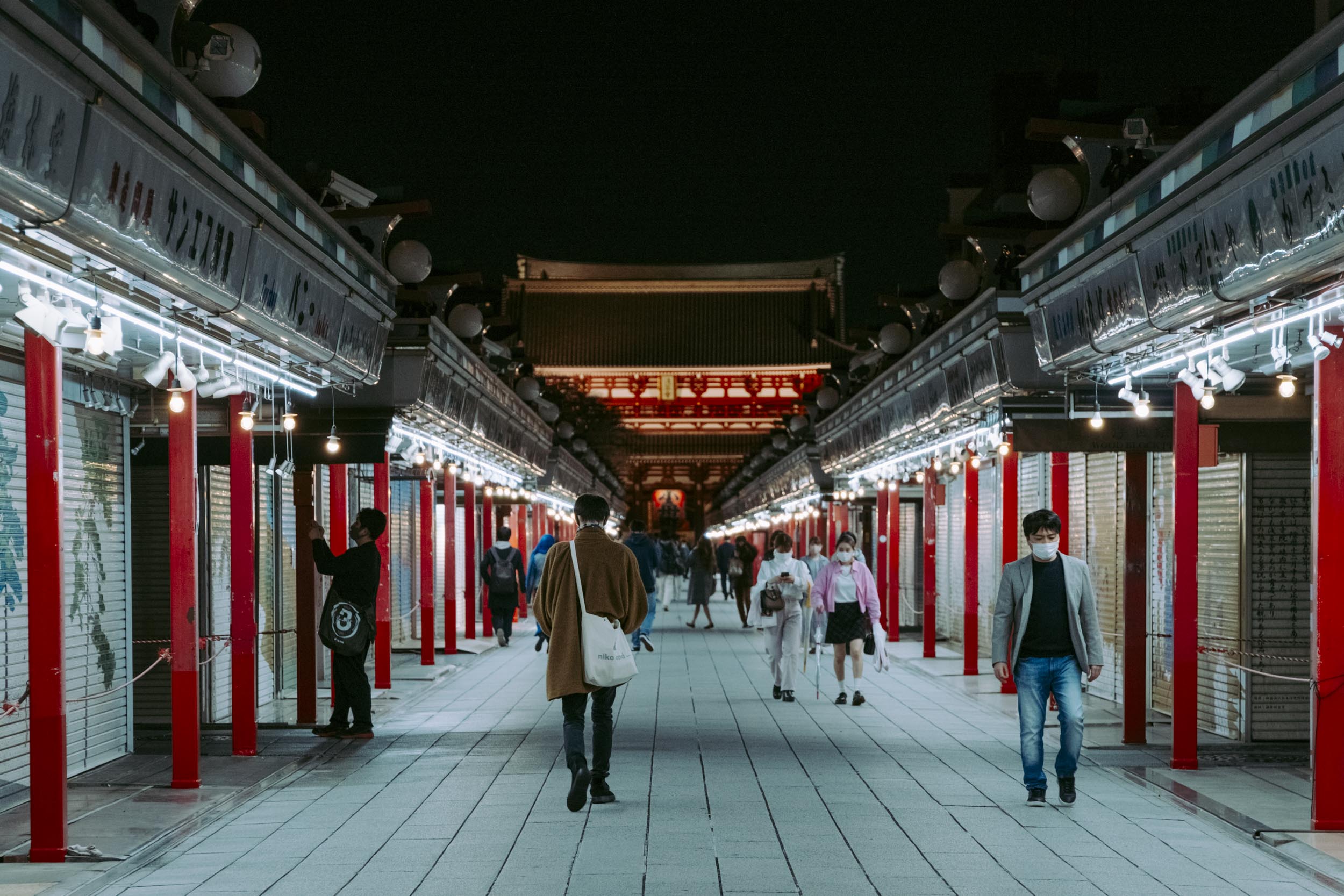

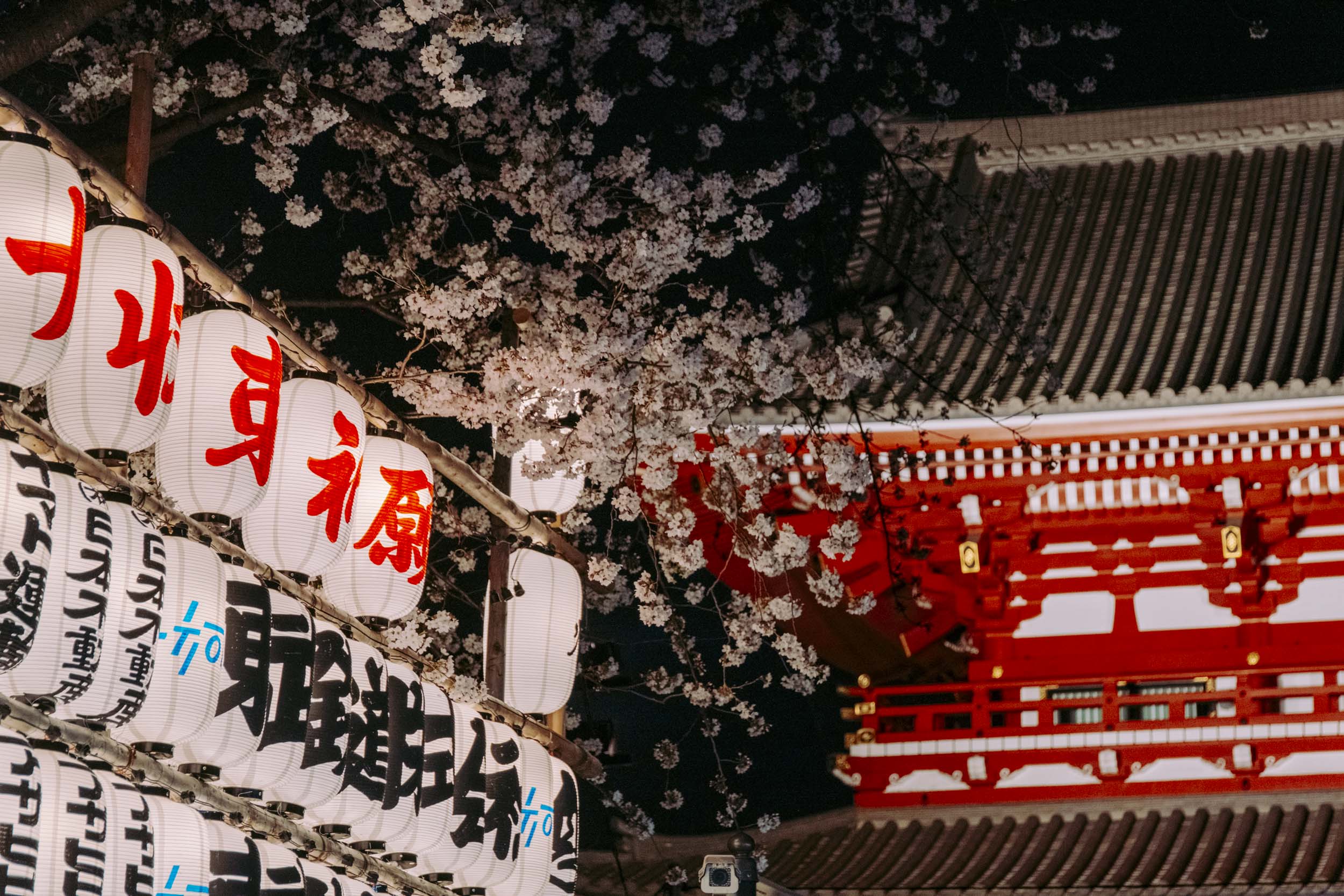
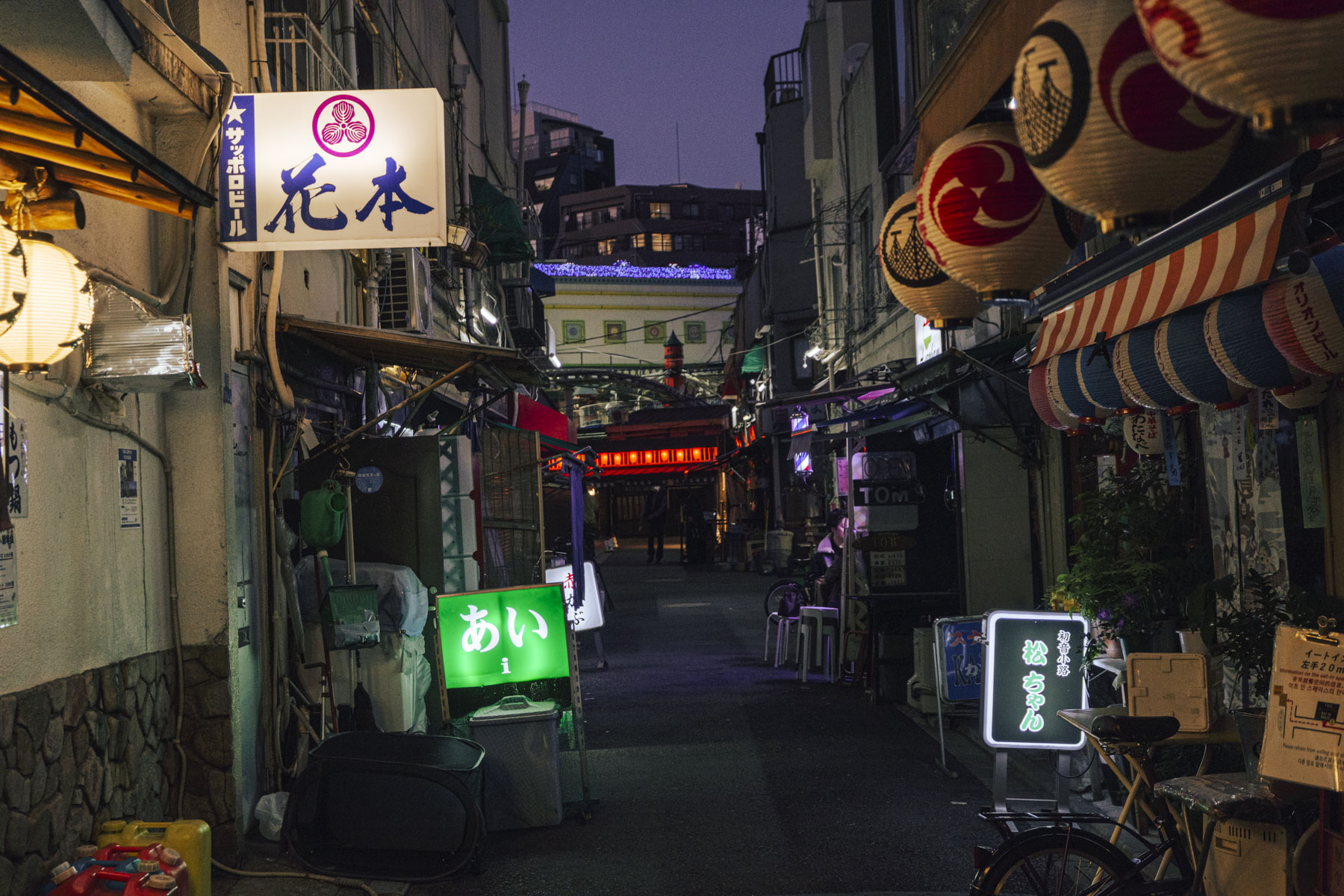


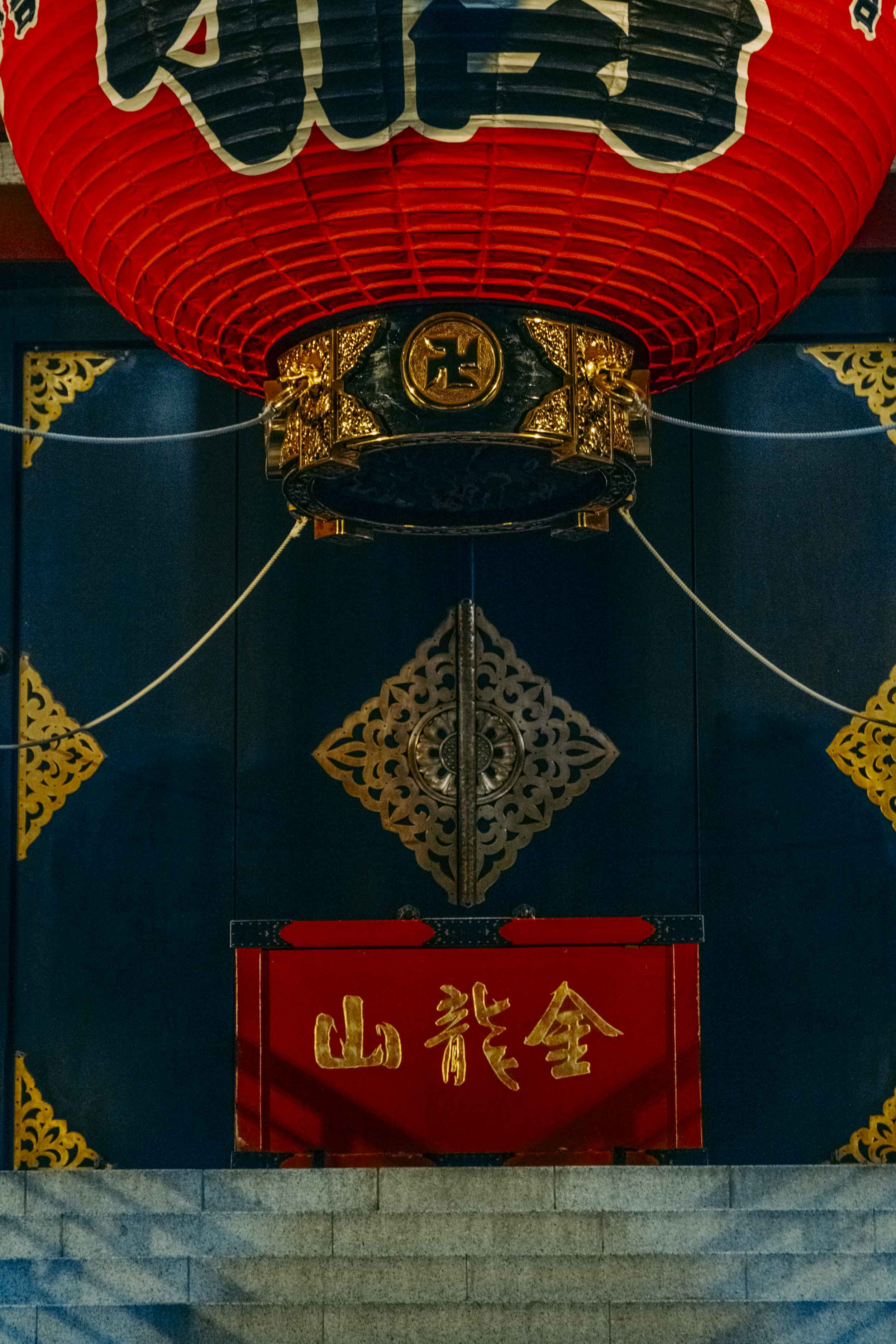
Explore more
Best visited on a sunny day for its seaside feel and boardwalk, Tennozu Isle offers both great dining options and art entertainment.
Start your tour at Pigment, one of Tokyo’s premier color pigment stores (and certainly the city’s most beautiful) where you can choose your favorite color out of what seems like thousands of pigments.

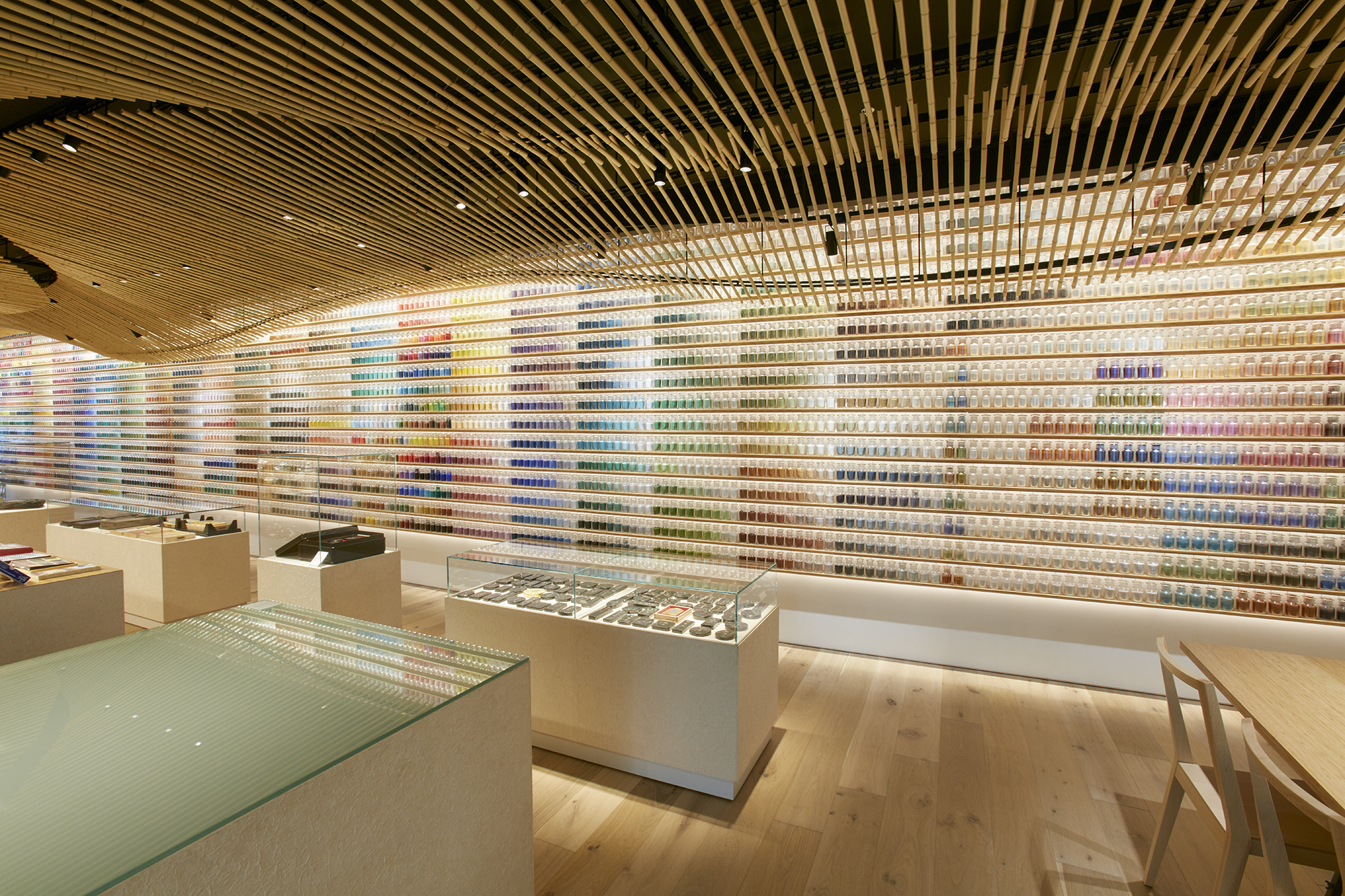
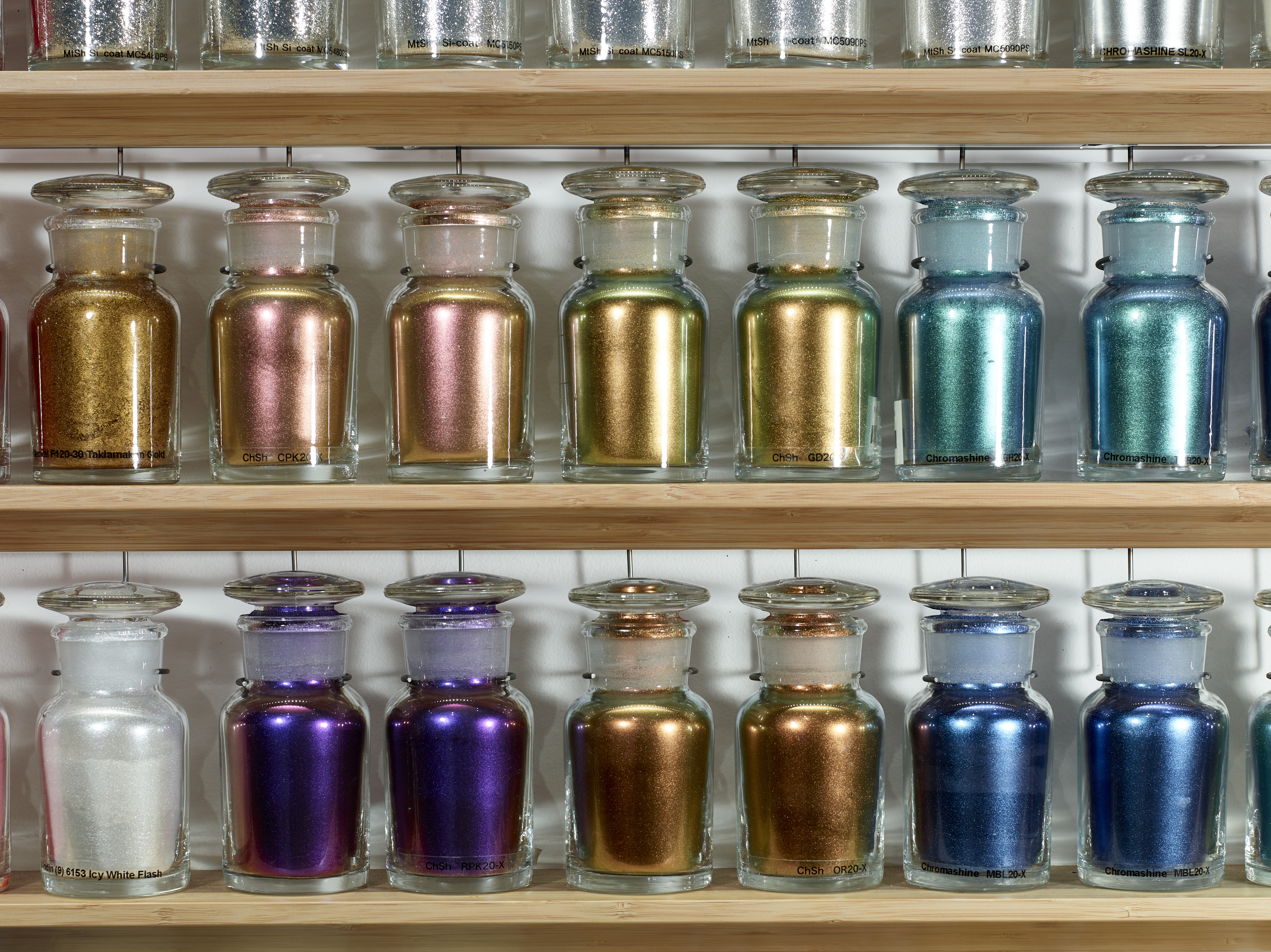
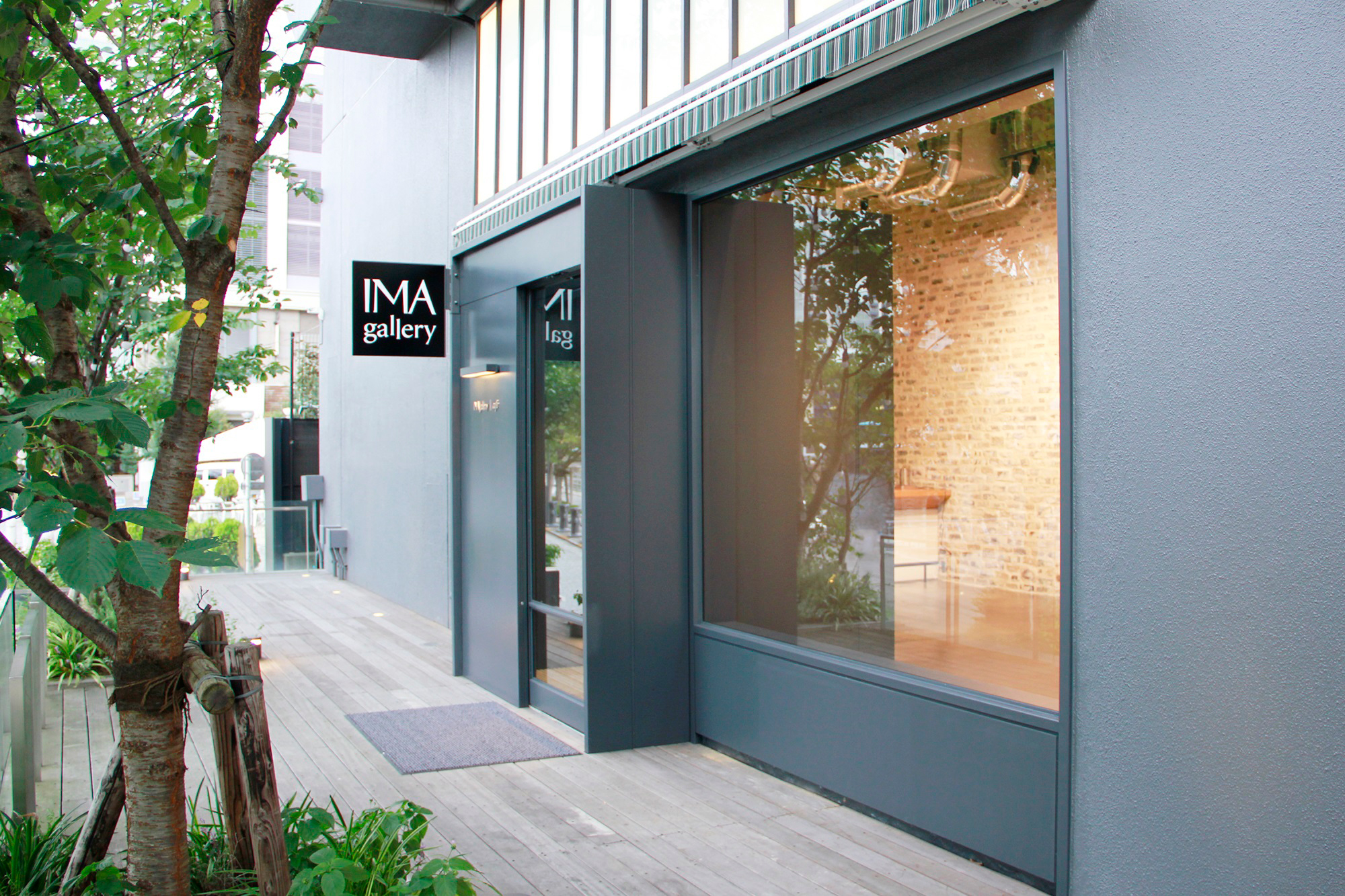
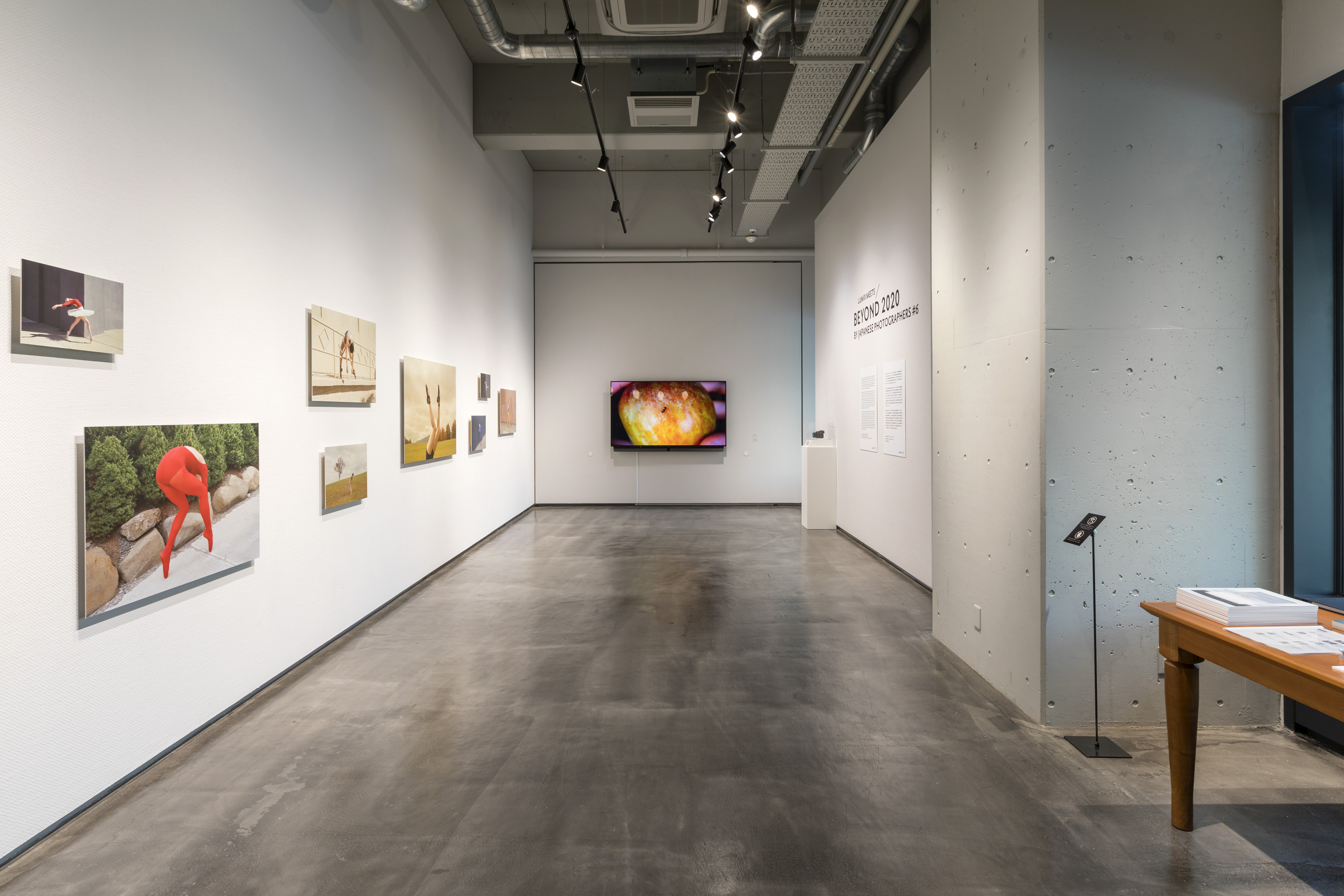
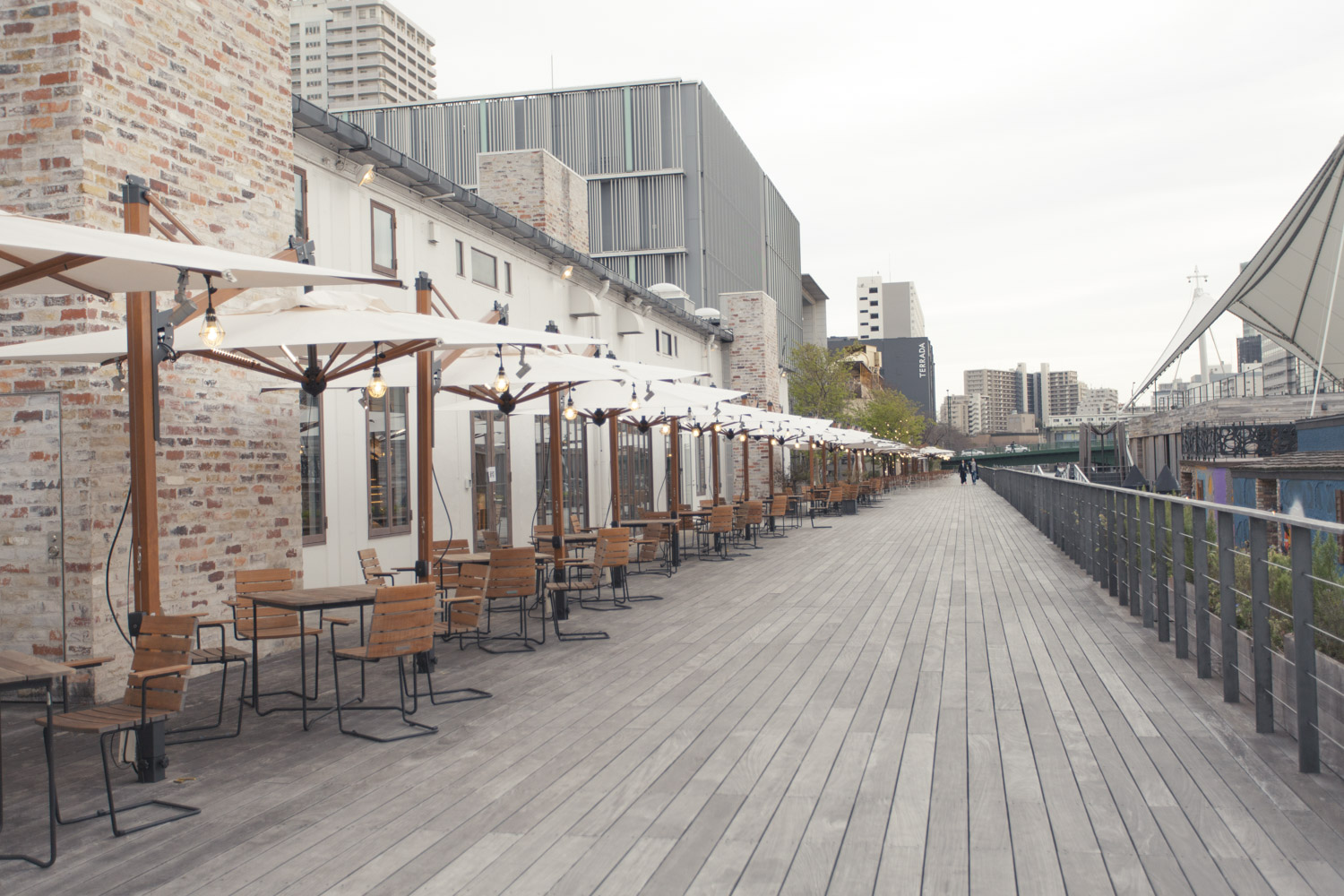
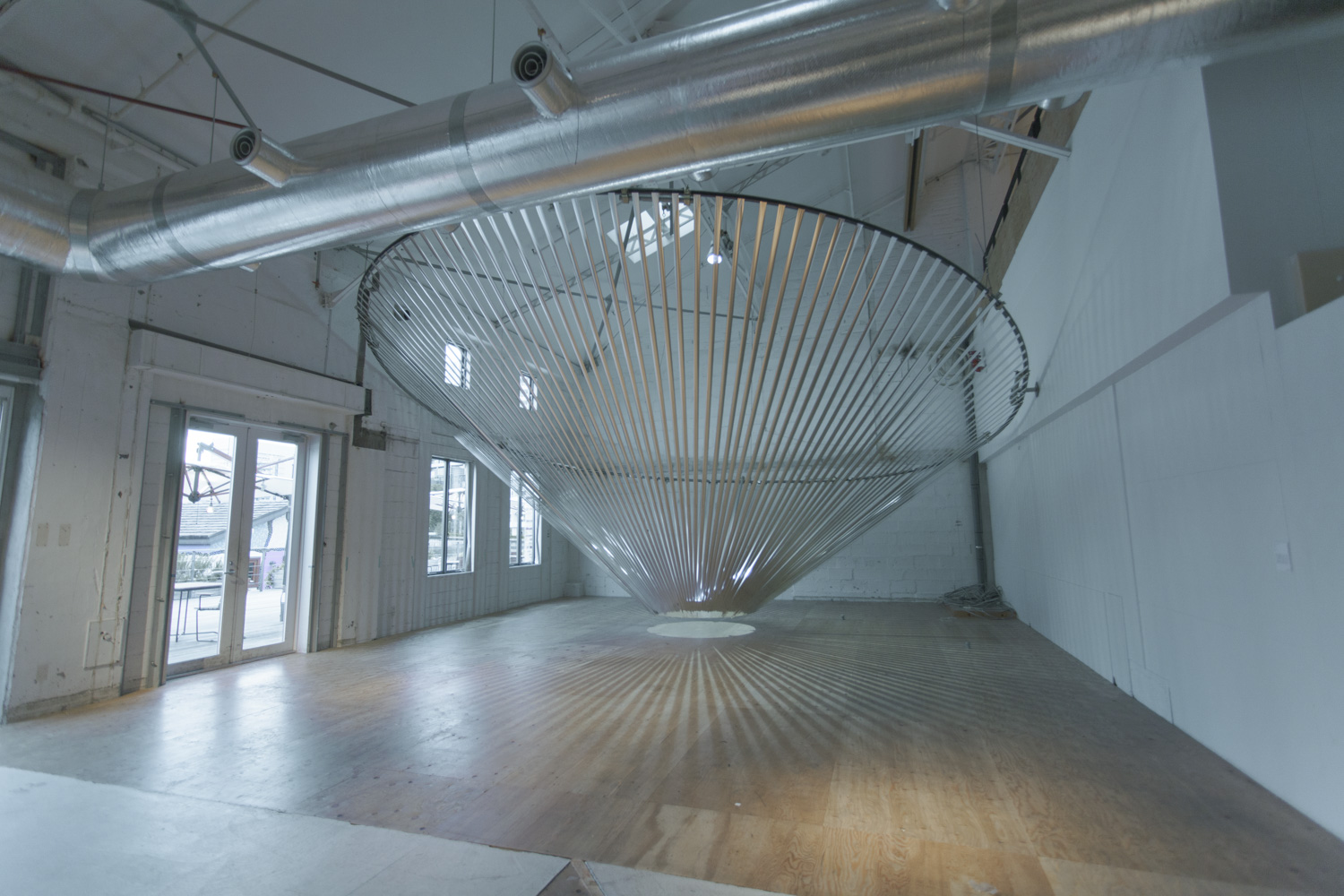
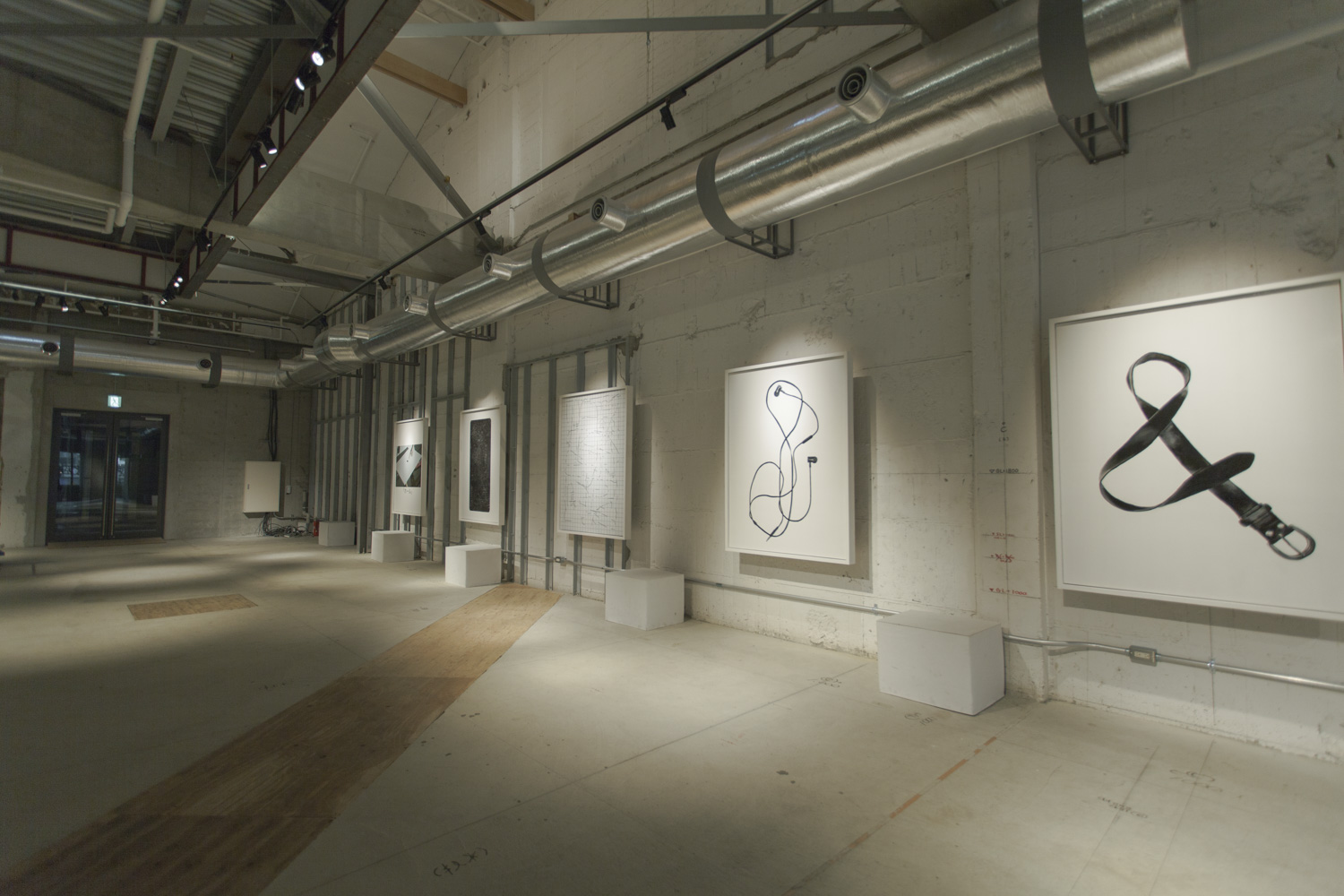
Now, make your way over to Tennozu Isle’s two most interesting streets: Bond Street and the wooden boardwalk.
Check out the exhibitions at IMA Gallery and B&C Hall which have contemporary photography and art exhibitons on pretty much all the time.
Once a month, Tennozu Isle becomes host to the monthly Tennoz Harbor Market featuring 200m of stalls selling anything from food and drinks to vintage items and clothes. If you are in for more art, head over the bridge to Terrada Art Complex, another repurposed warehouse home to a selection of galleries, pop-up spaces and art events.
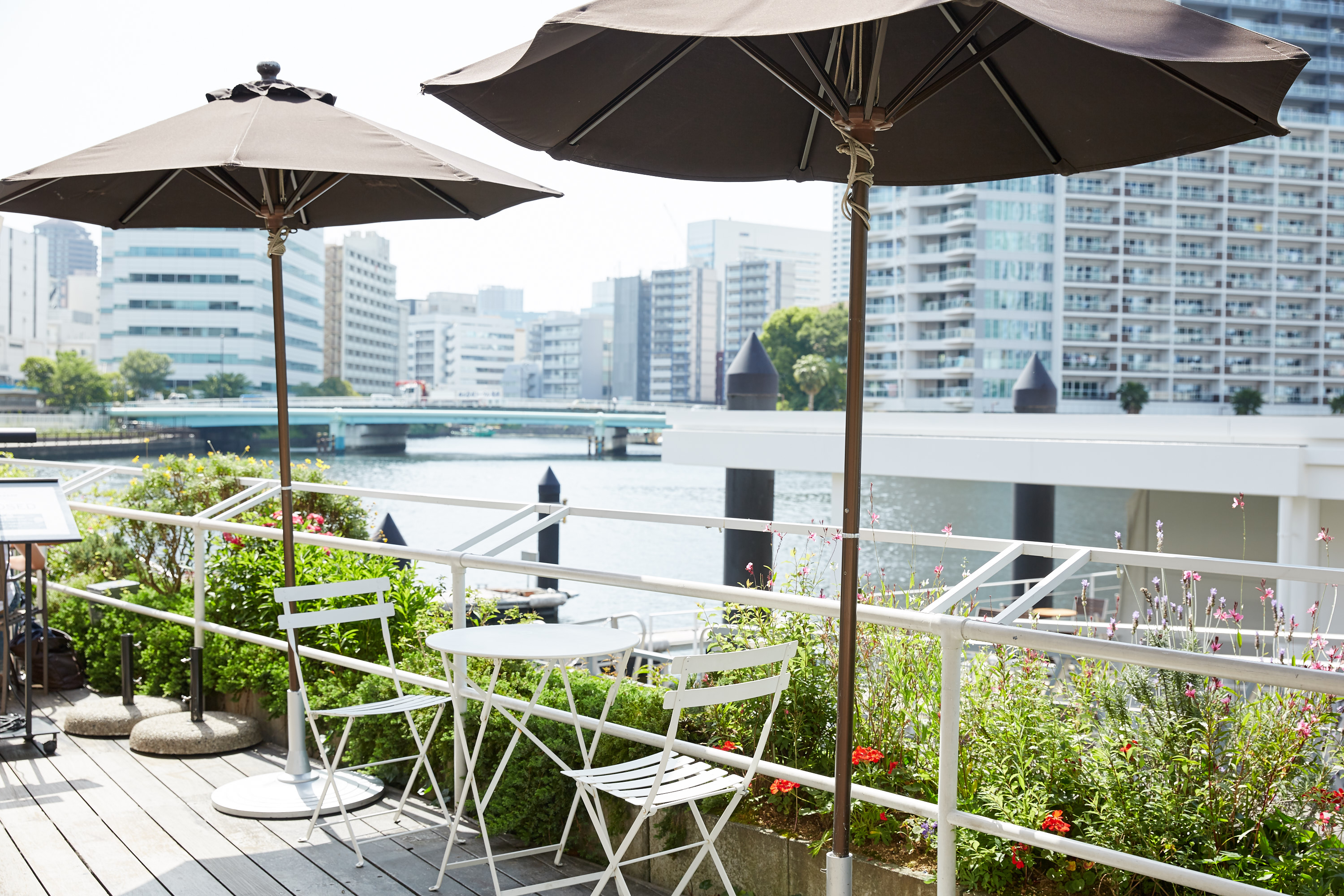
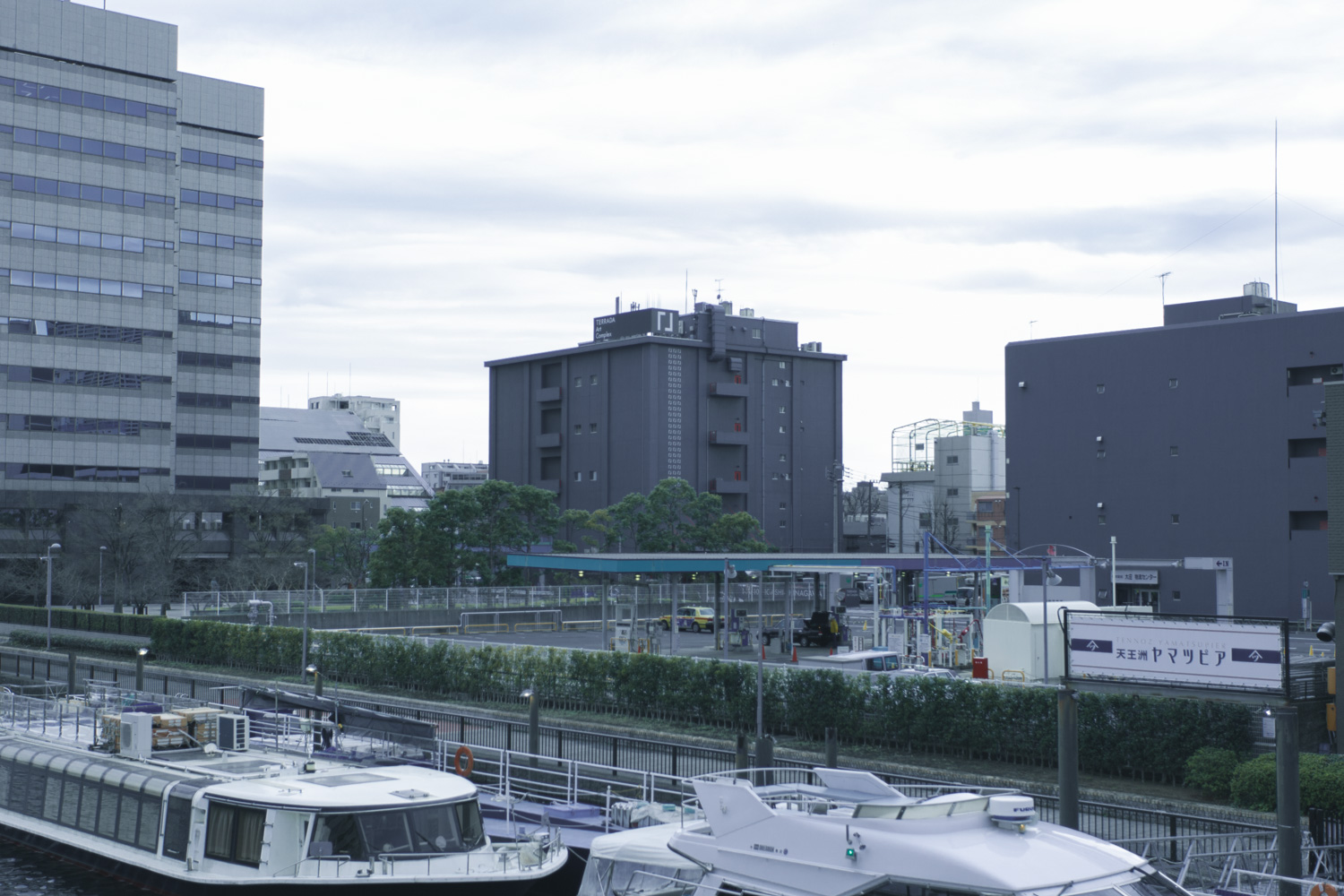

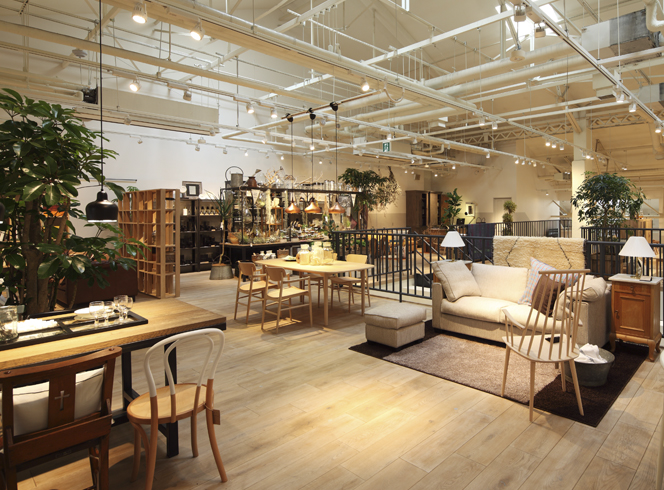

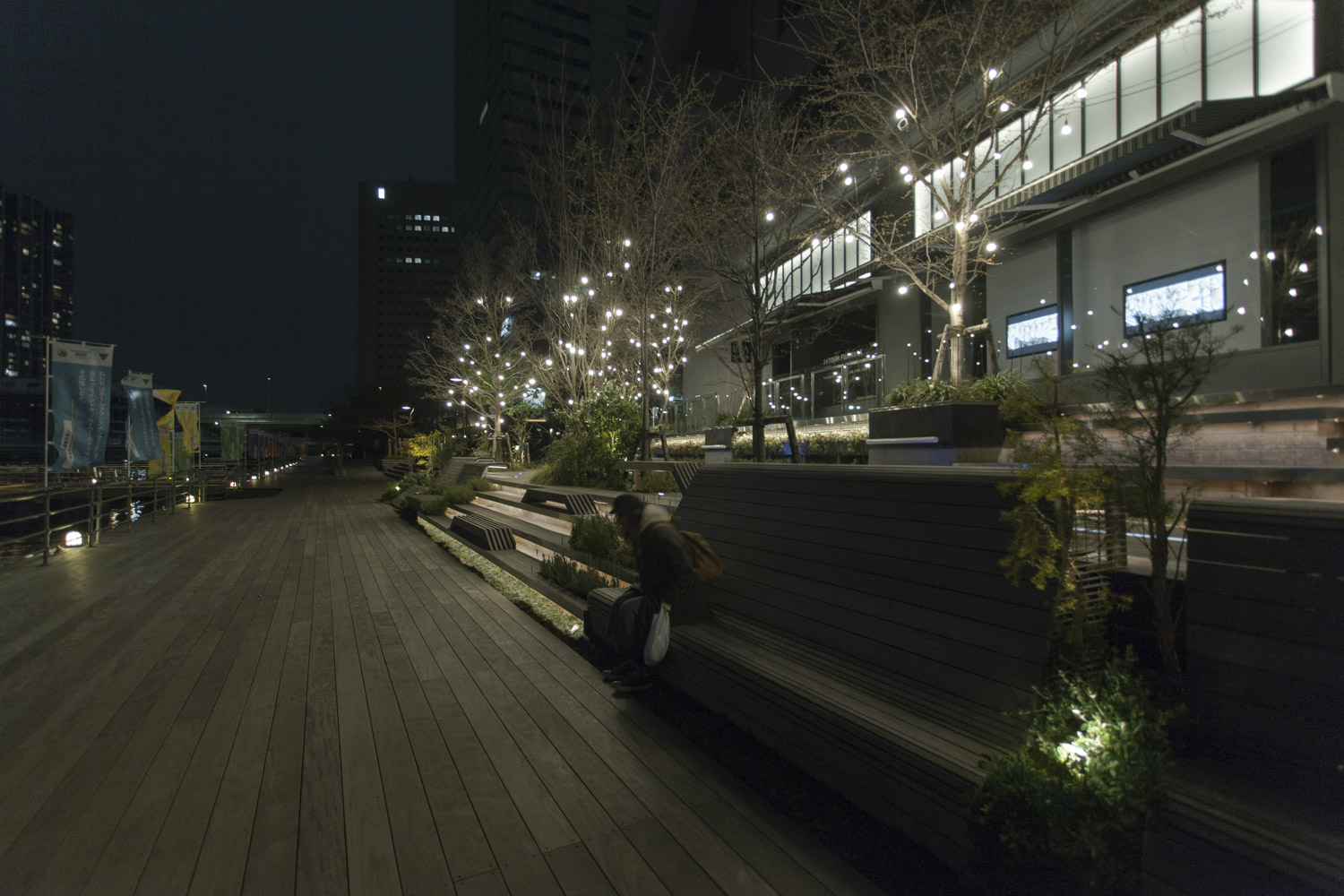
End your day with cocktails at T.Y. HARBOR’s beer bar or head over to Tennozu Pier and take a seat on one of the stairs by the water.
In this guide
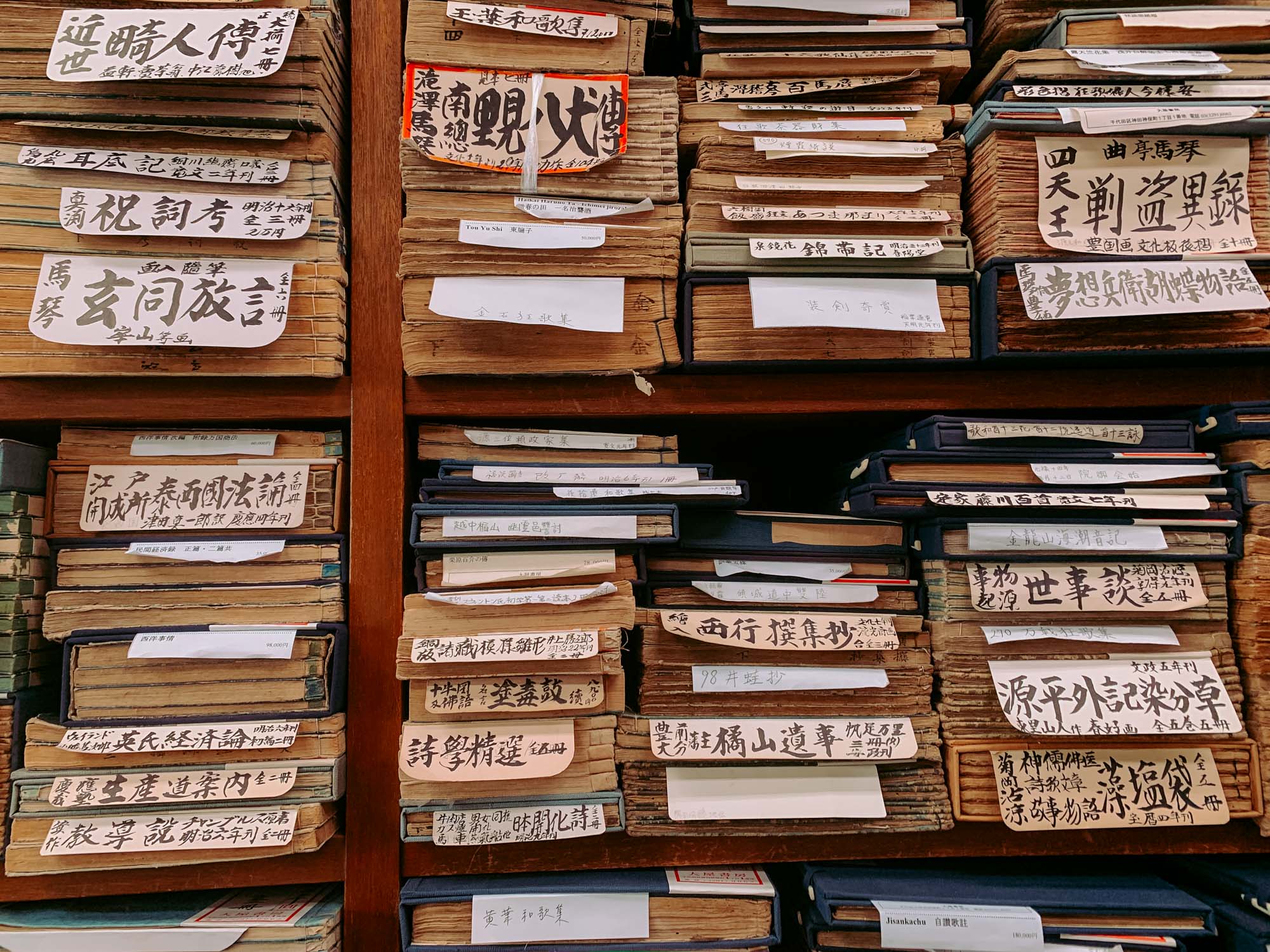
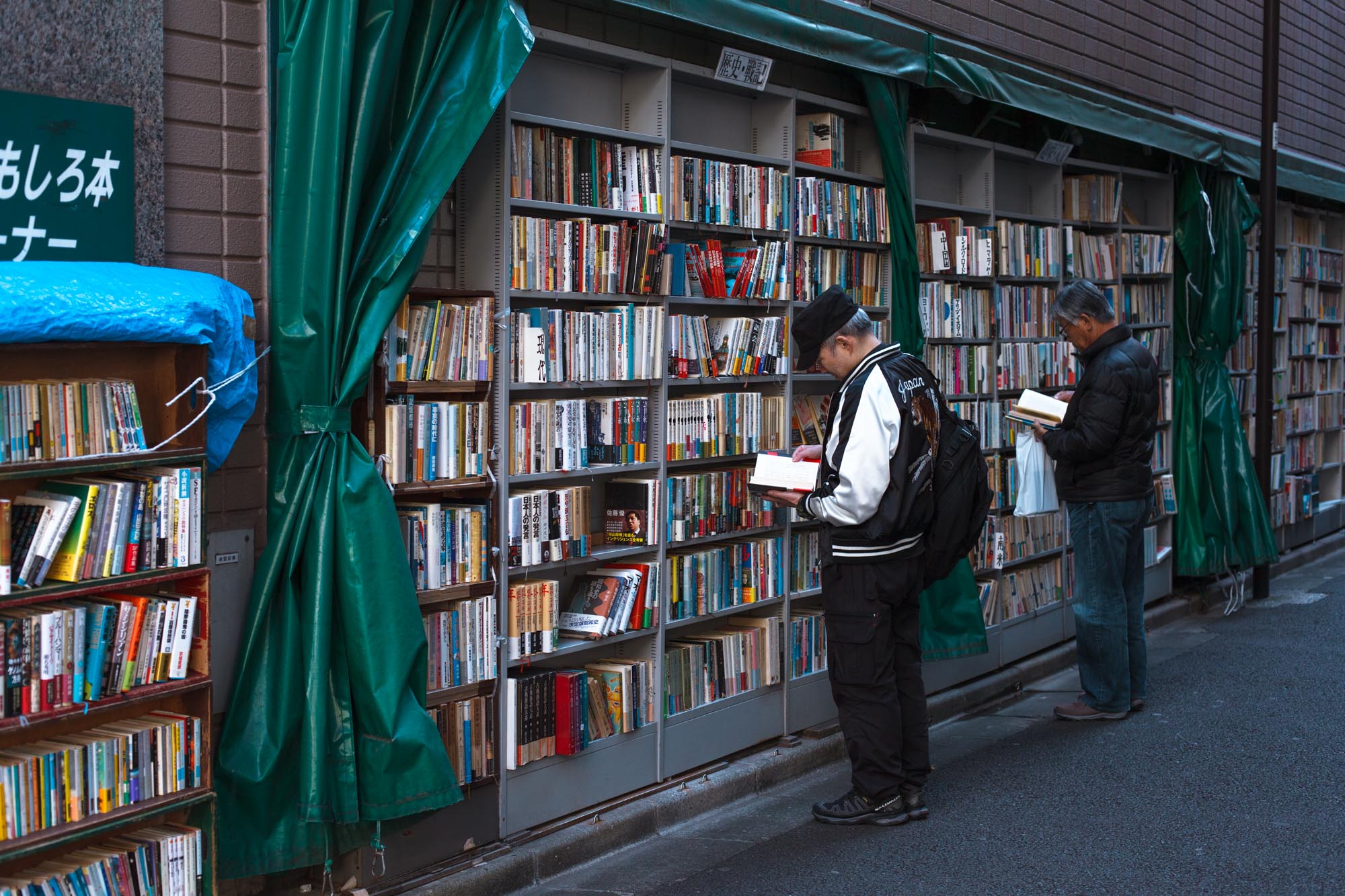


Possibly the world’s most beautiful paper shop, a quirky hut café, stylish hole-in-the-wall coffeeshops and, of course, countless stores selling antique books, posters and vintage woodblock prints make this area a perfect destination for an afternoon of going back in time.
Most stores in Jimbocho don’t open until 11am, so start your day first with an artisanal coffee from GLITCH COFFEE & ROASTERS, a small, but popular coffeeshop just south of Jimbocho where the baristas roast coffee beans in store, filling the shop with an irresistible aroma of coffee. After quenching your caffeine cravings, head to the center of Jimbocho, a quaint neighborhood based around a large main street and several small side streets which are lined with vintage bookstores, print shops, small galleries and cafés.
Bohemian’s Guild, just around the corner, is quite a bit smaller than Komiyama, but also has a great selection of art and design related vintage books on offer, featuring many well-known Japanese and non-Japanese artists.
Over at Ohya Shobo, you will find yourself transported back in time, while browsing through its illustrated books and ancient maps of Japan from the Edo period. Ohya Shobo is also a great place to pick up an original woodblock print (ukiyo-e) from its stack of works by slightly less famous artists, or, you might want to opt for a copy of one of the world-renown works of Hokusai, Hiroshige, Eisen and others.
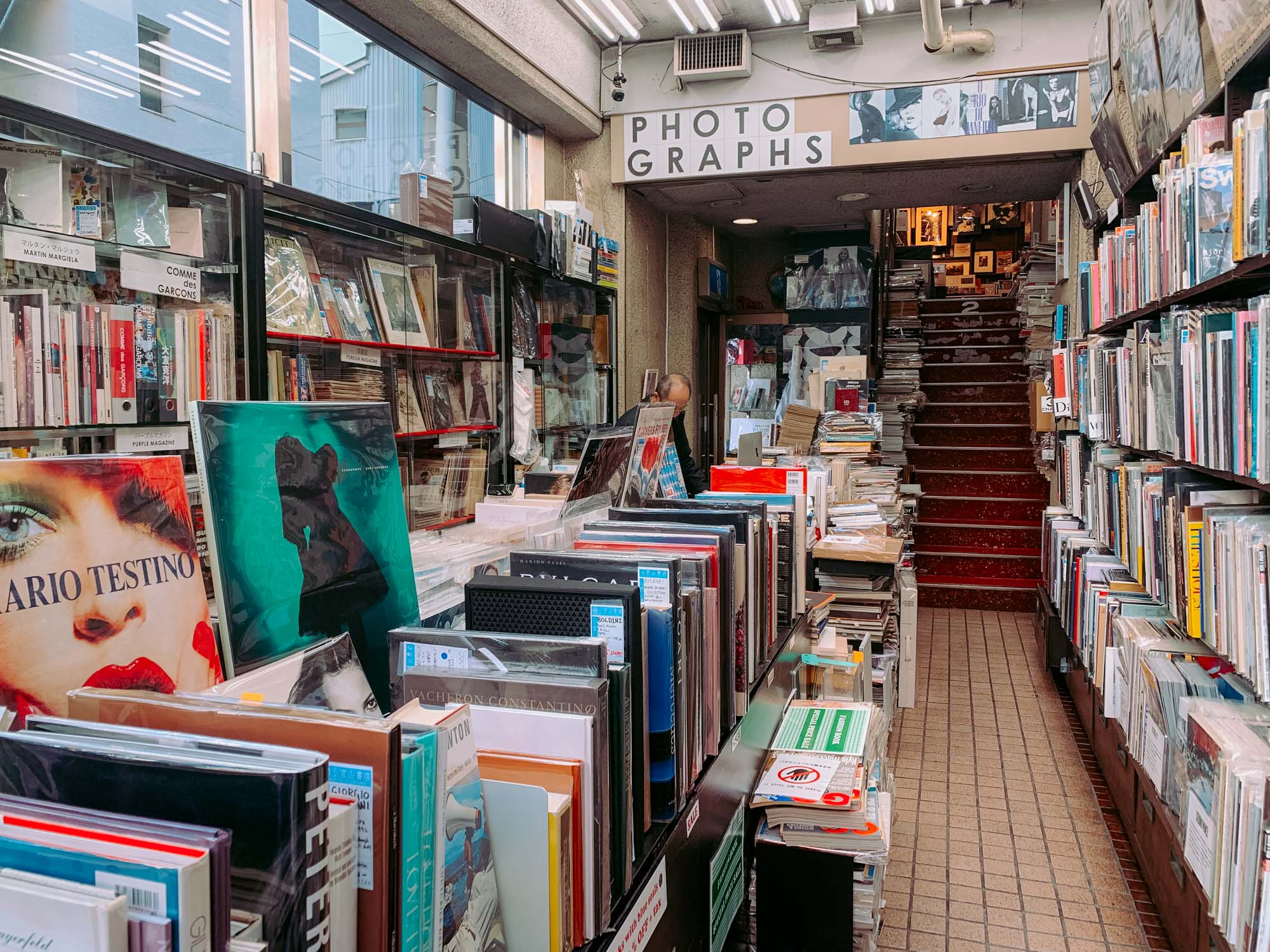
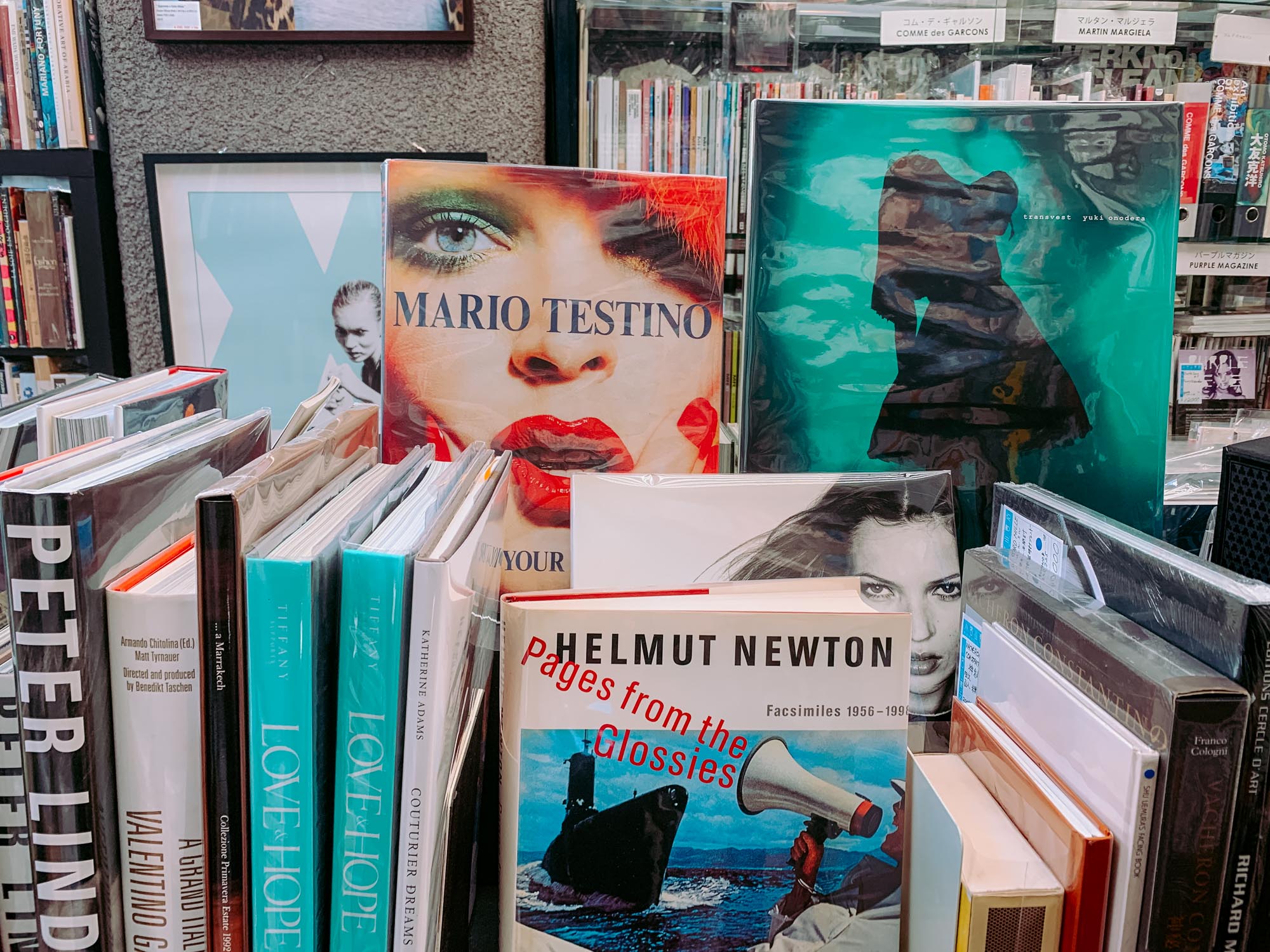
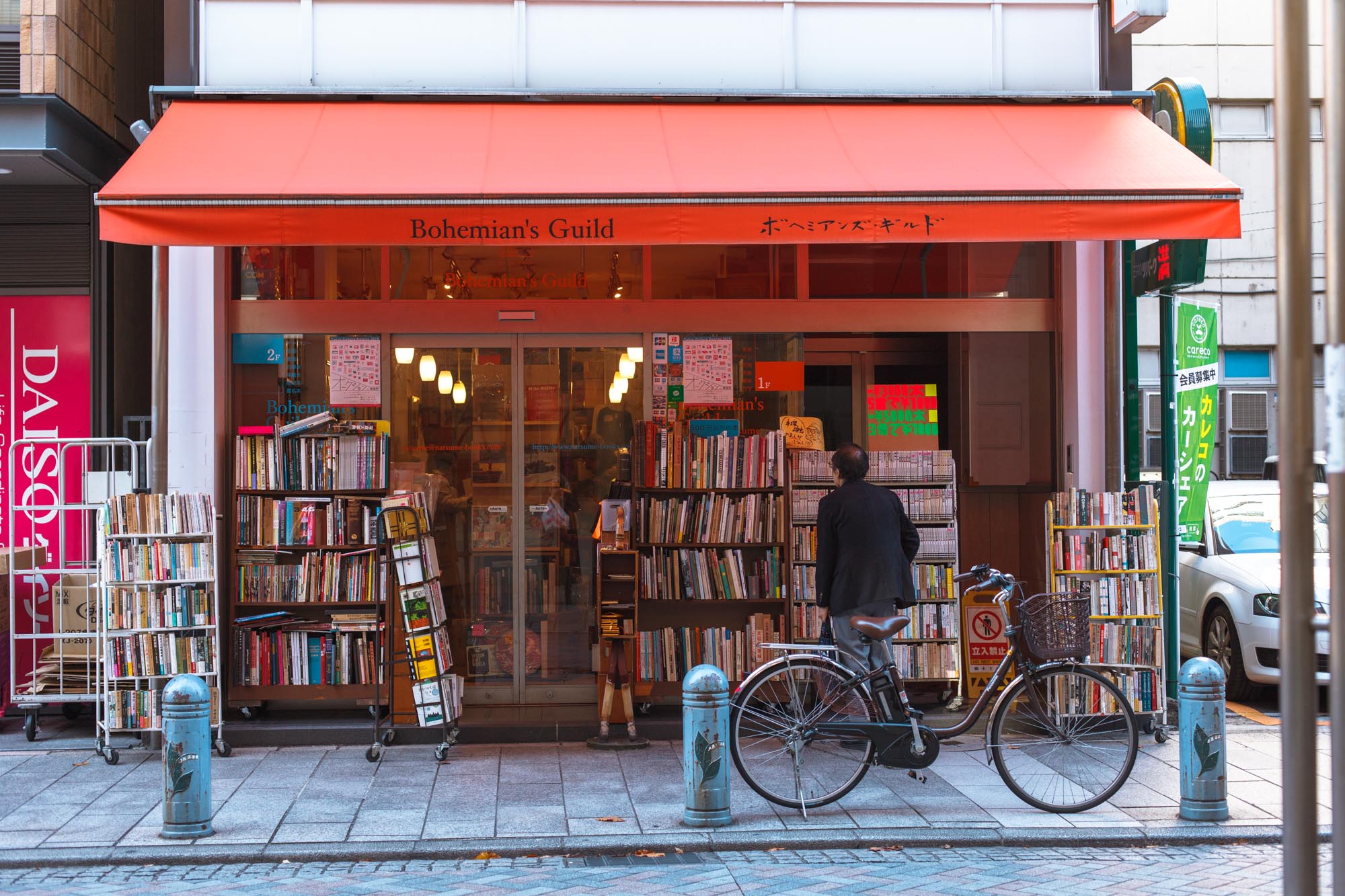


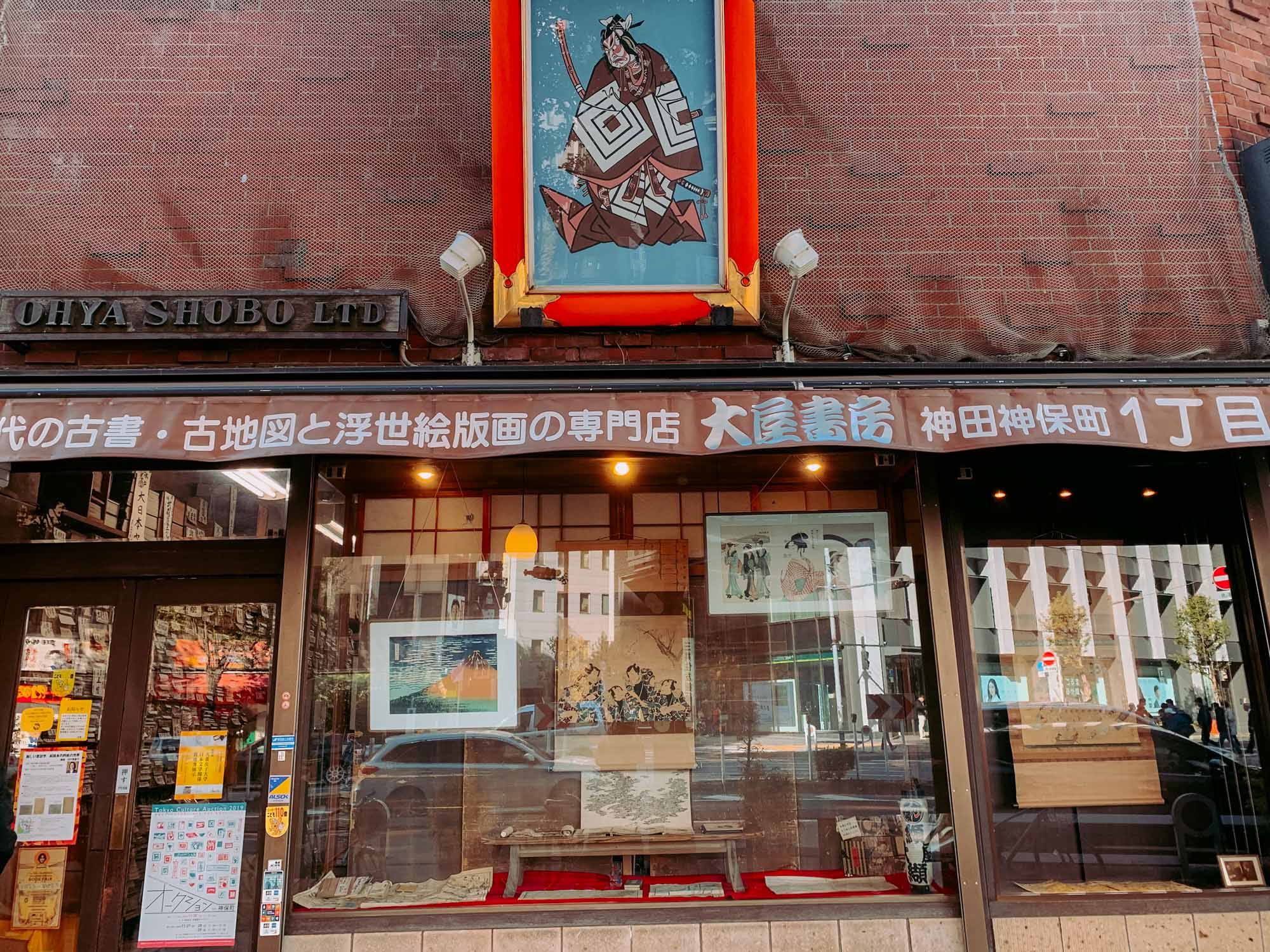
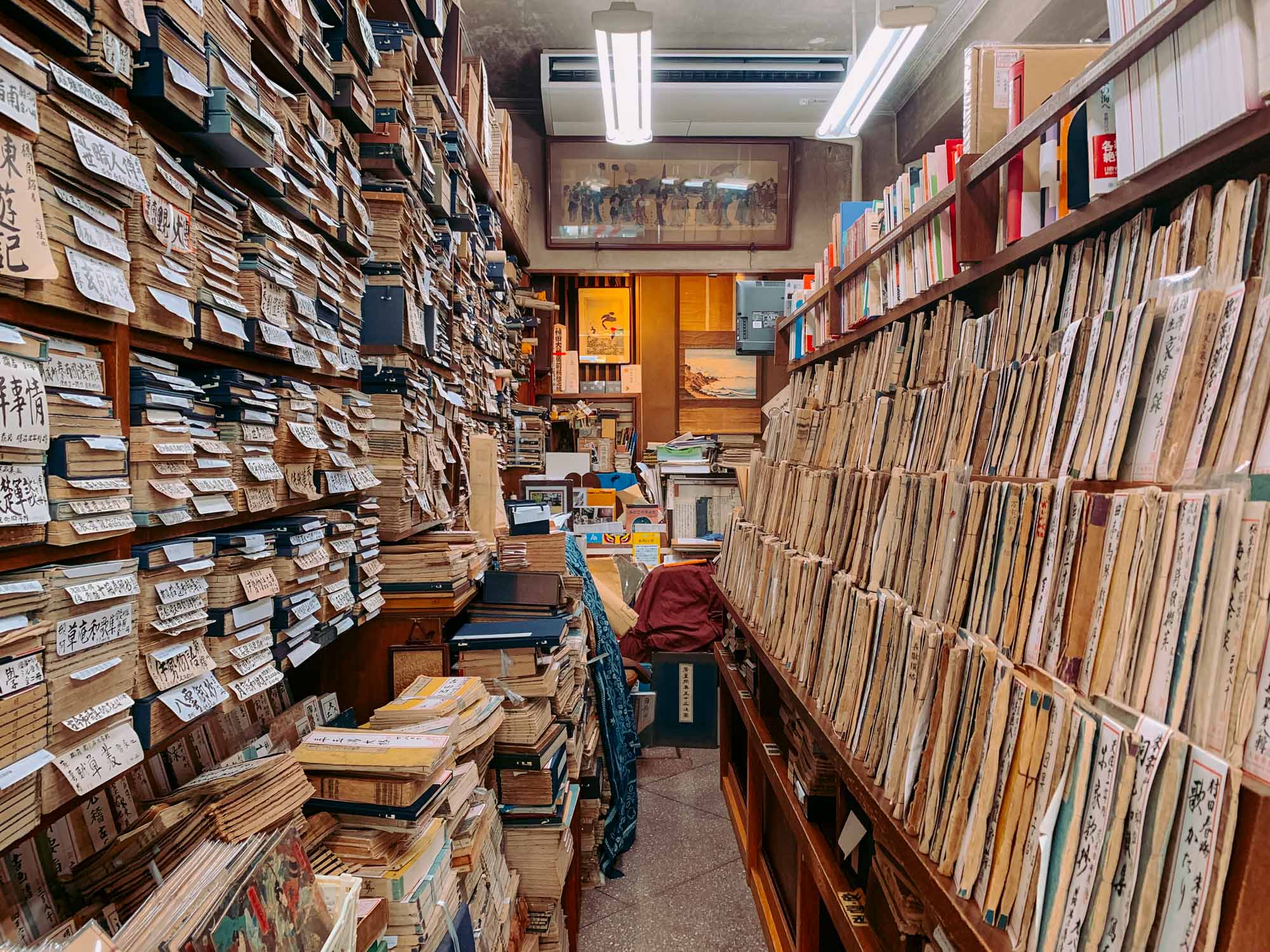
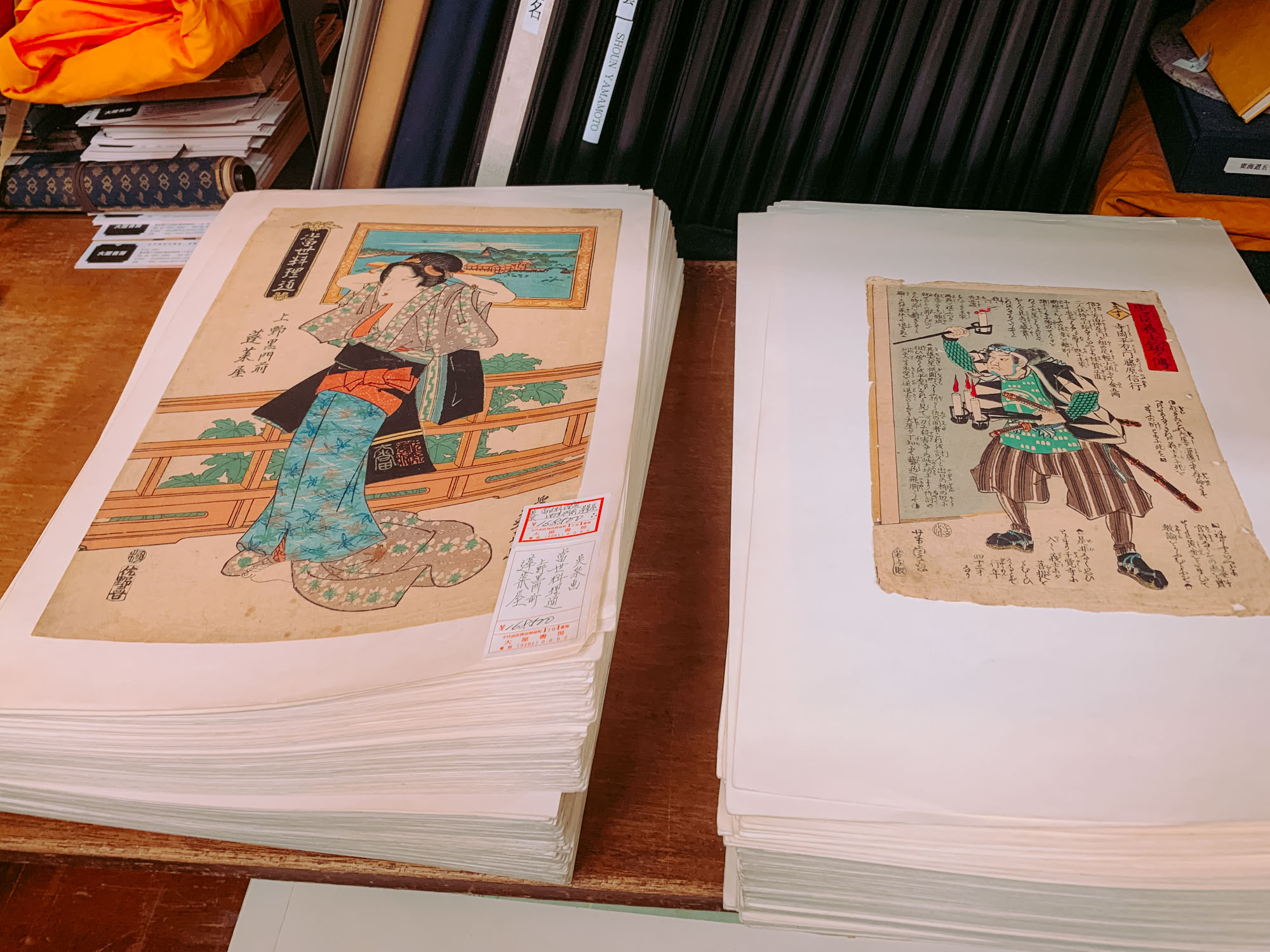

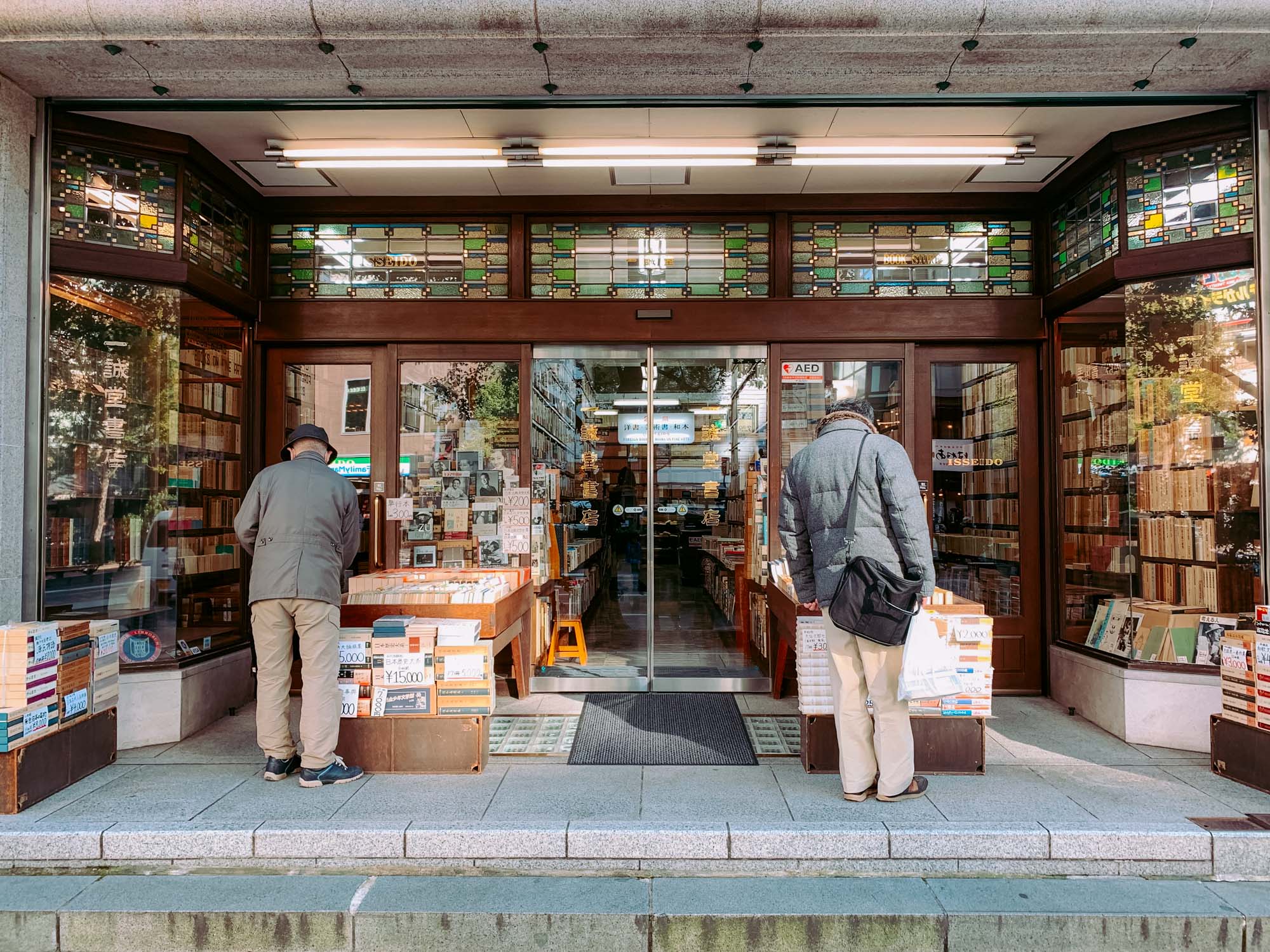


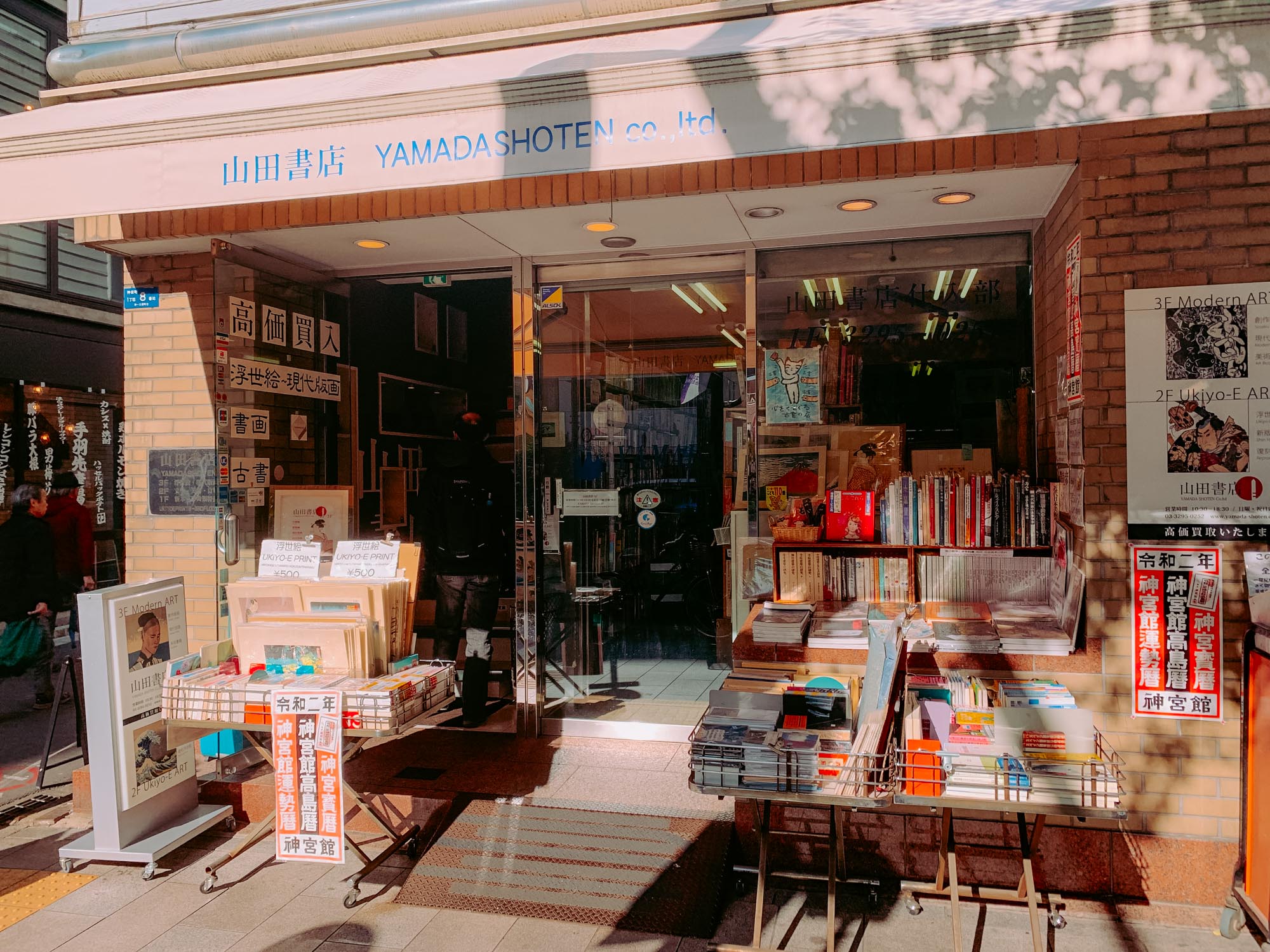
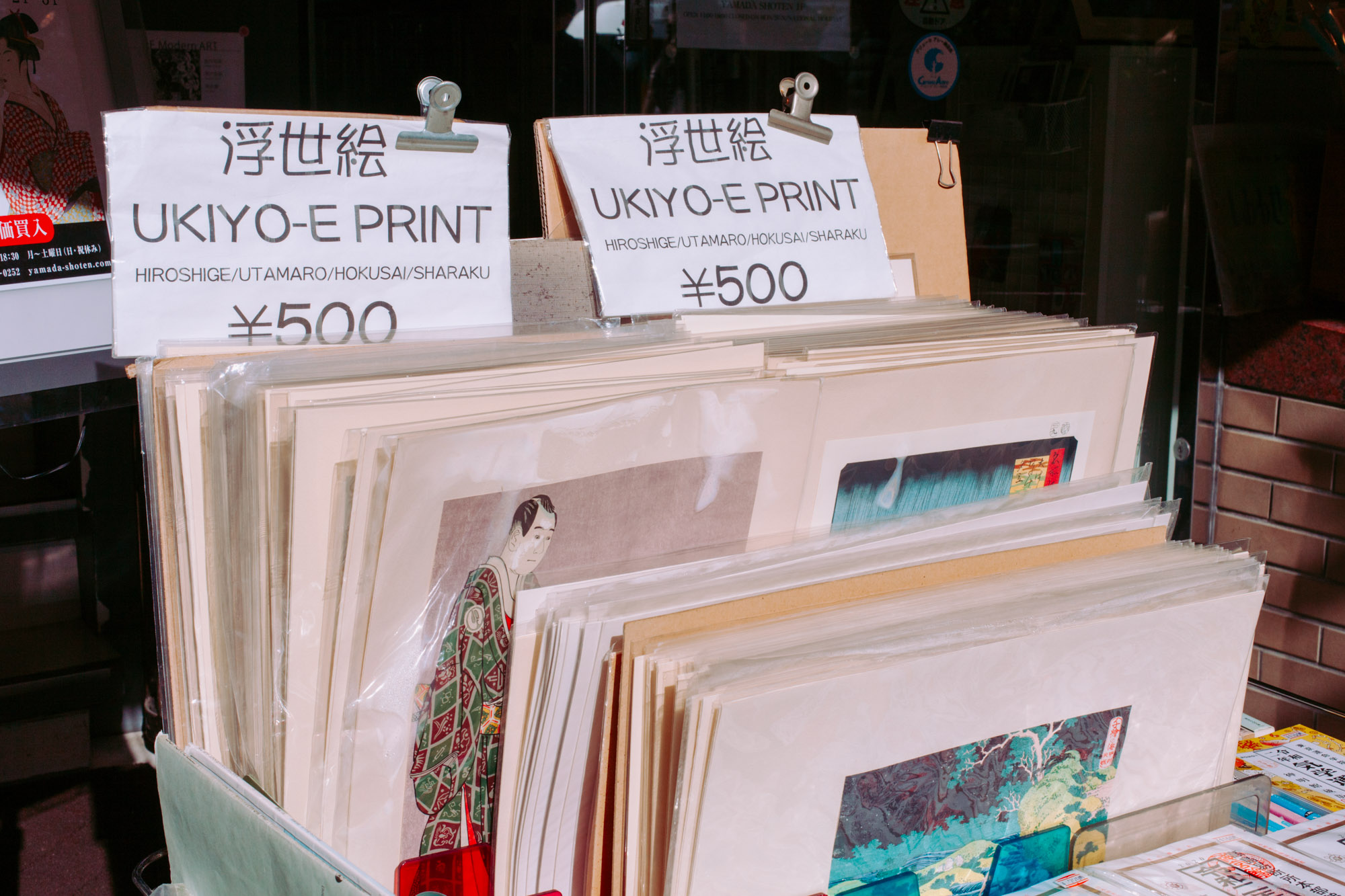
Across the street at Yamada Shoten, make your way up to the second and third floors where you will discover a small, free gallery space showcasing a wonderful selection of woodblock prints from the Edo period along with more recent works of printed art. If you are in for a serious art buy, this is also your chance to pick up an original woodblock print for your art collection. Price start from a few hundred US dollars.
With its razor-sharp triangular steel façade and an eye-catching design, Jimbocho Theatre stands in stark contrast to its slightly dated surroundings. Located in a small side street of Jimbocho, it’s easy to miss this architectural gem, which houses a cinema, theatre and community art space.
Further down the street enter TAKEO’s Tokyo flagship store, where you will find yourself overwhelmed by the selection of approx. 7000 papers on display. TAKEO is not only legendary for its wonderful selection of paper, but even more so for its stunning shop design, where papers are arranged in a rainbow of colors, making it almost impossible not to pick up a few sheets during your visit.
After filling your mind with inspiration for your next paper-based project, head north to SUPER LABO, a sleek store-meets-gallery of one of Japan’s most exciting independent photo book publishers, which distributes works by some of the photography world’s biggest names as well as up-and-coming artists.
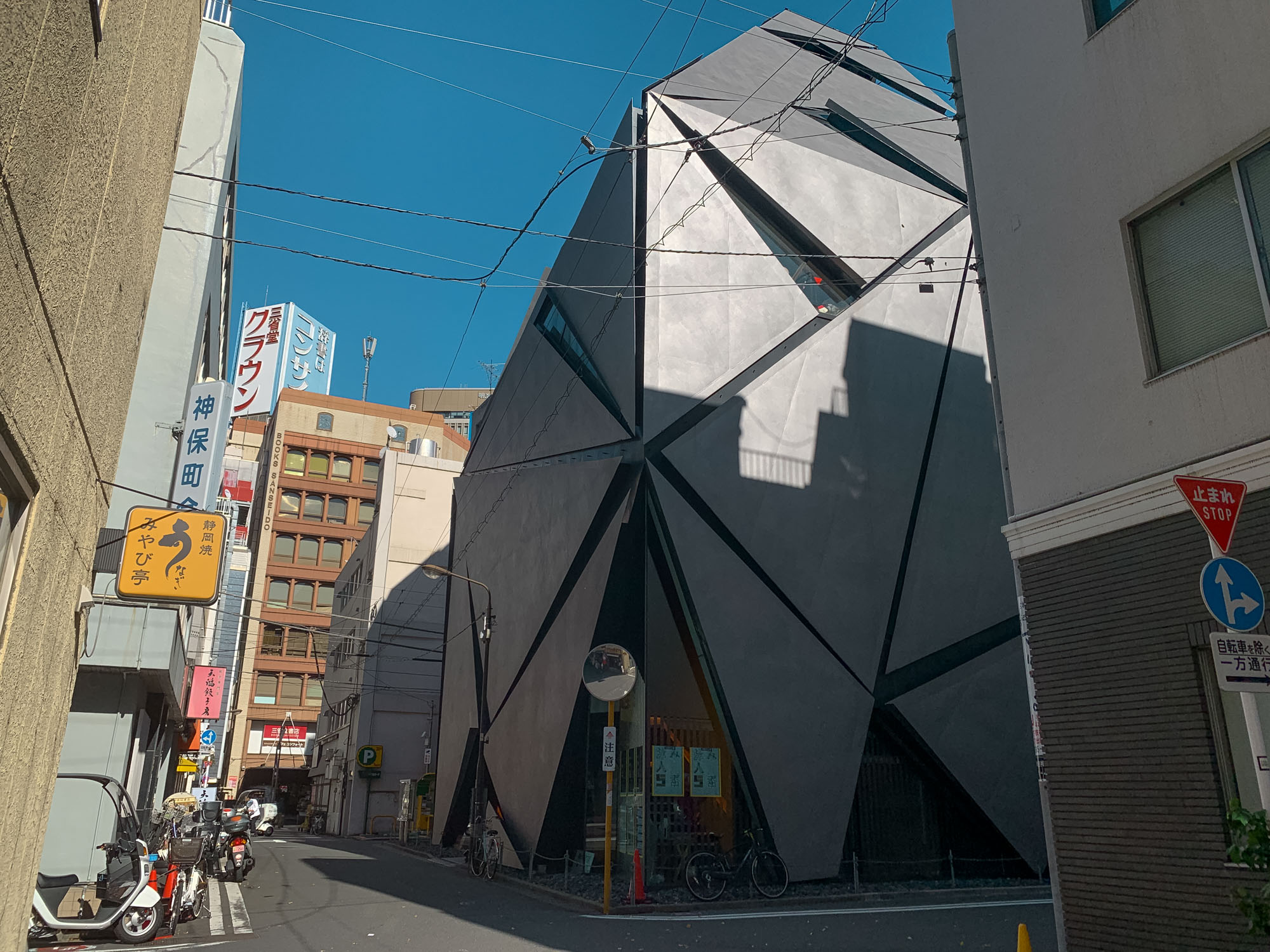
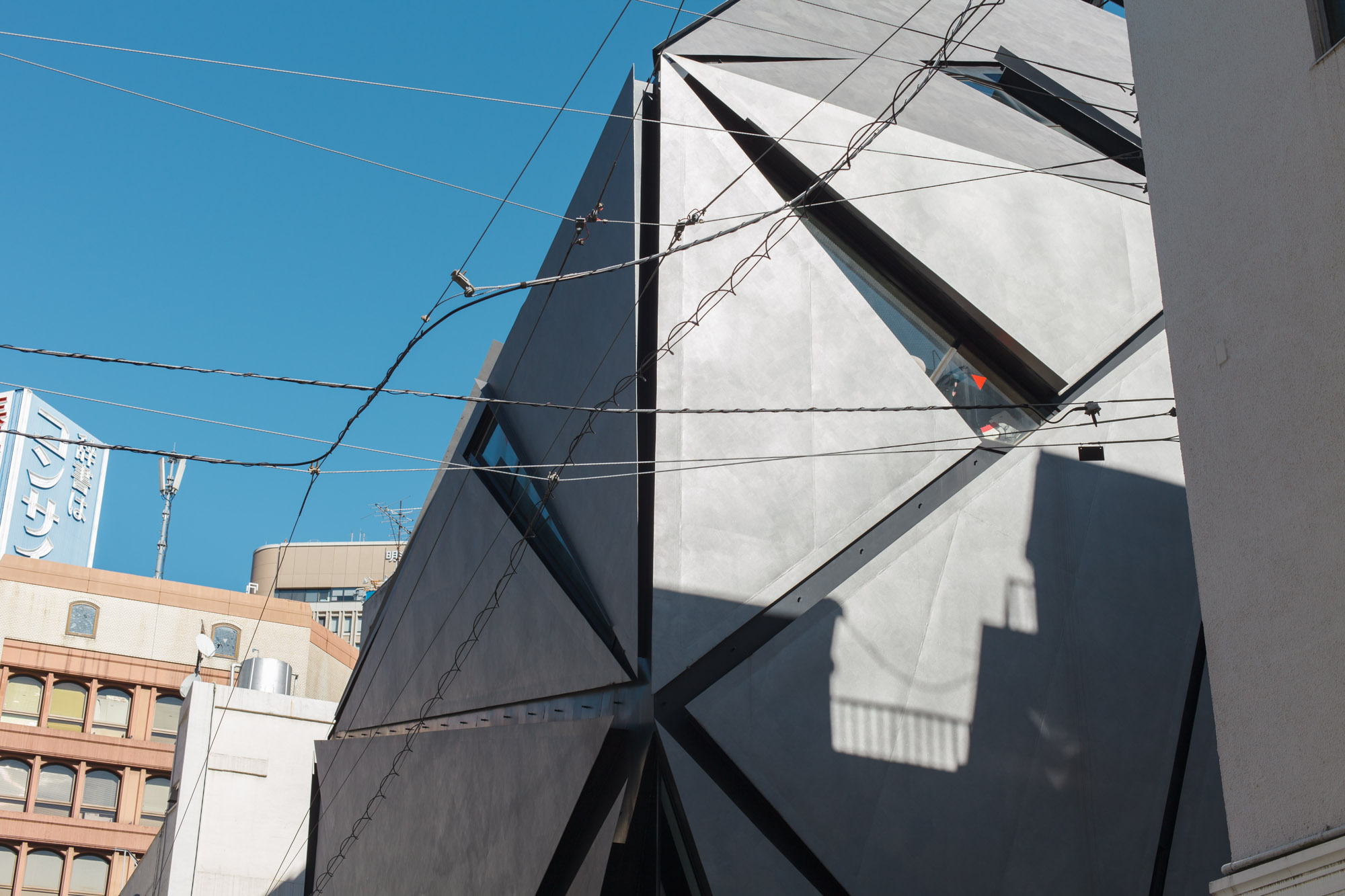
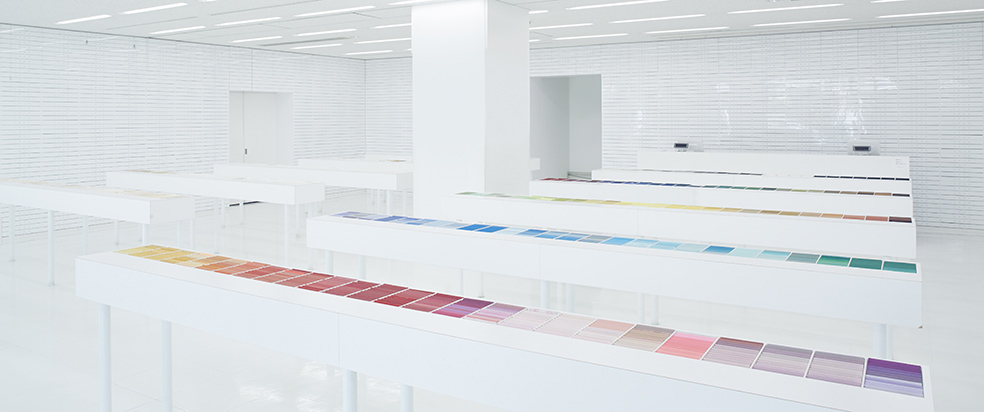
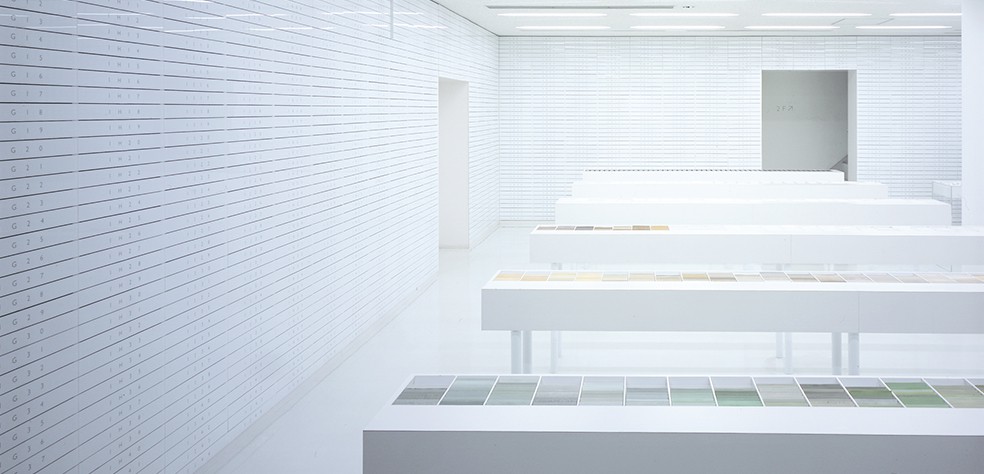

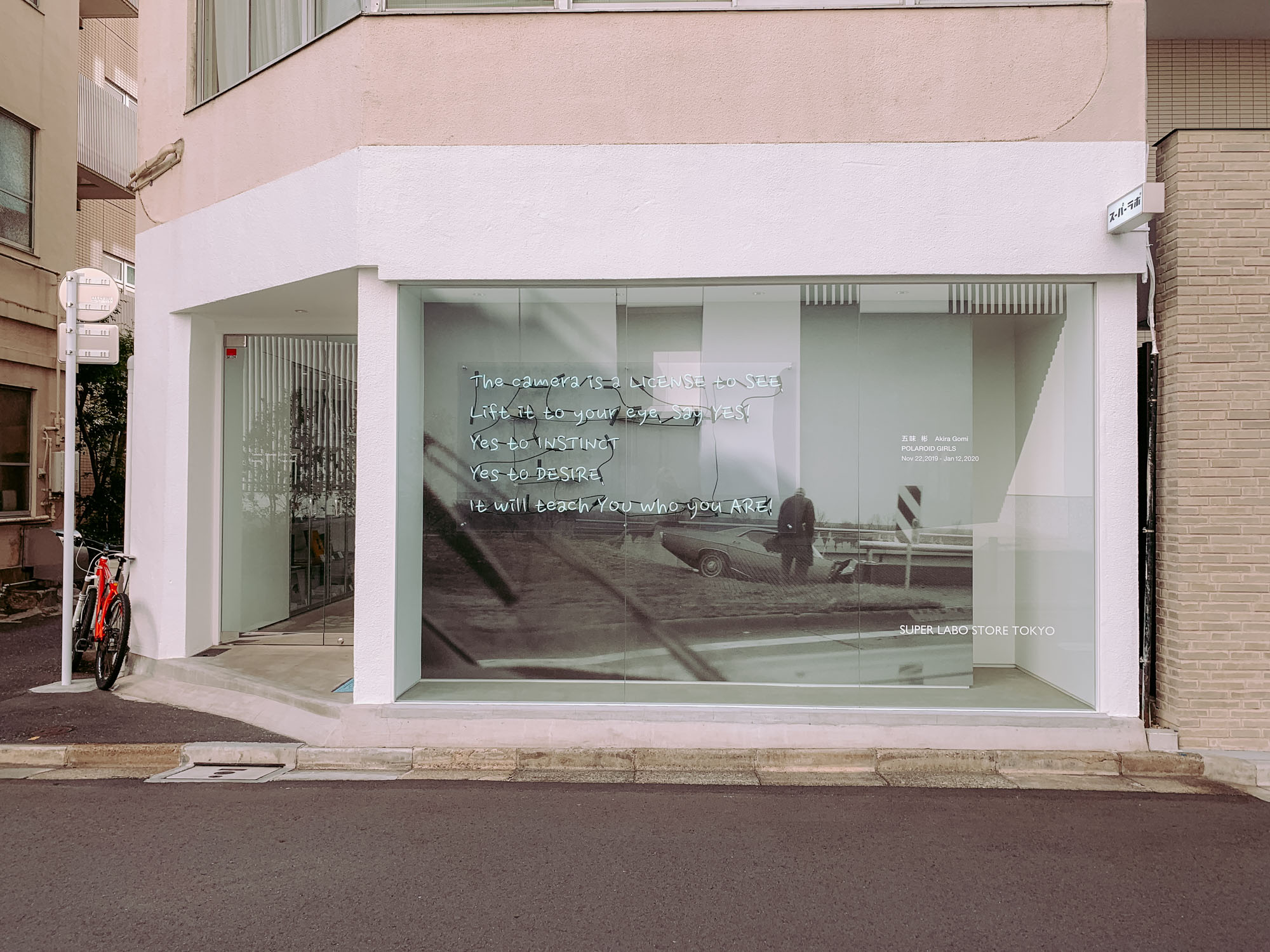
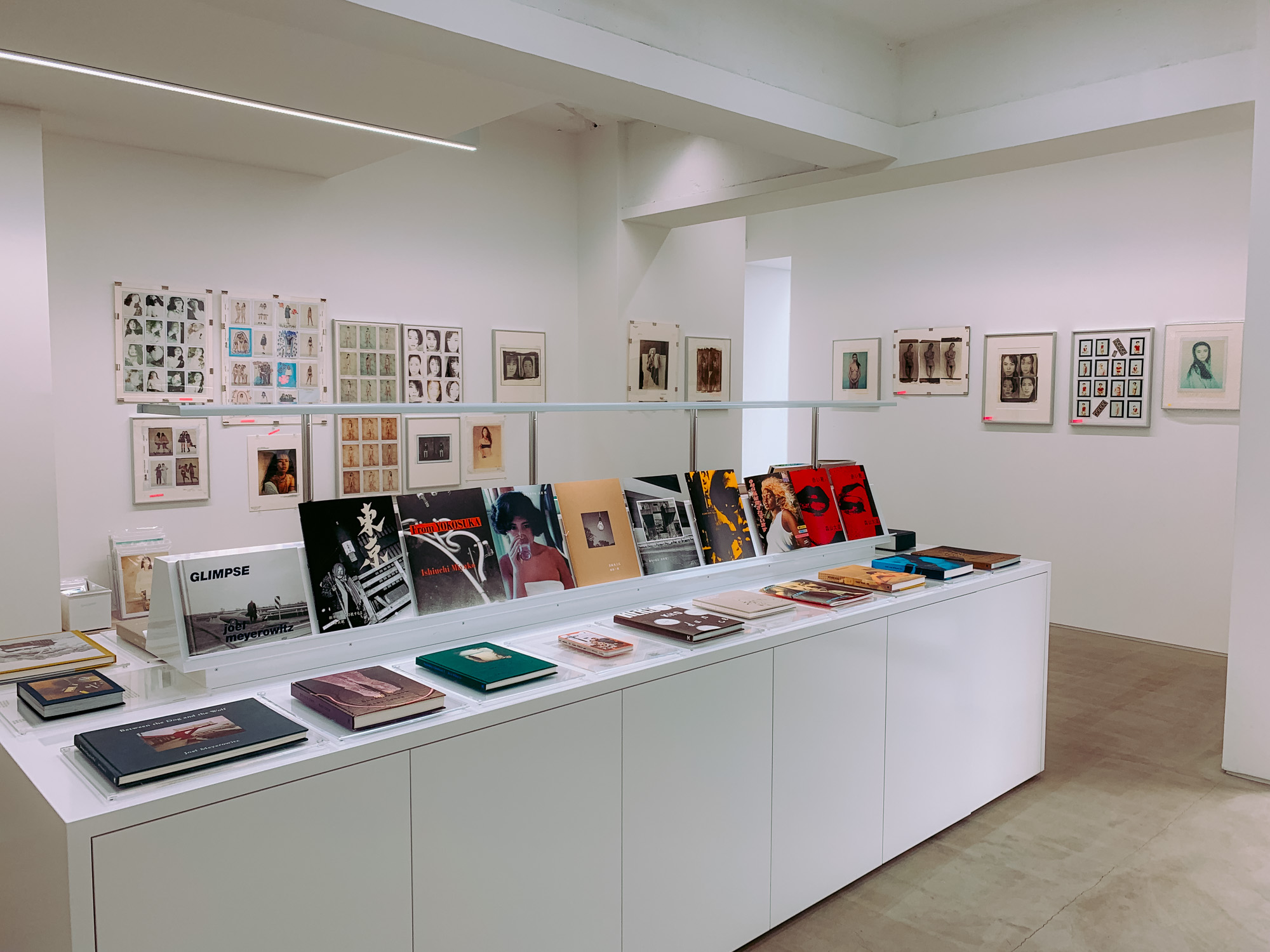
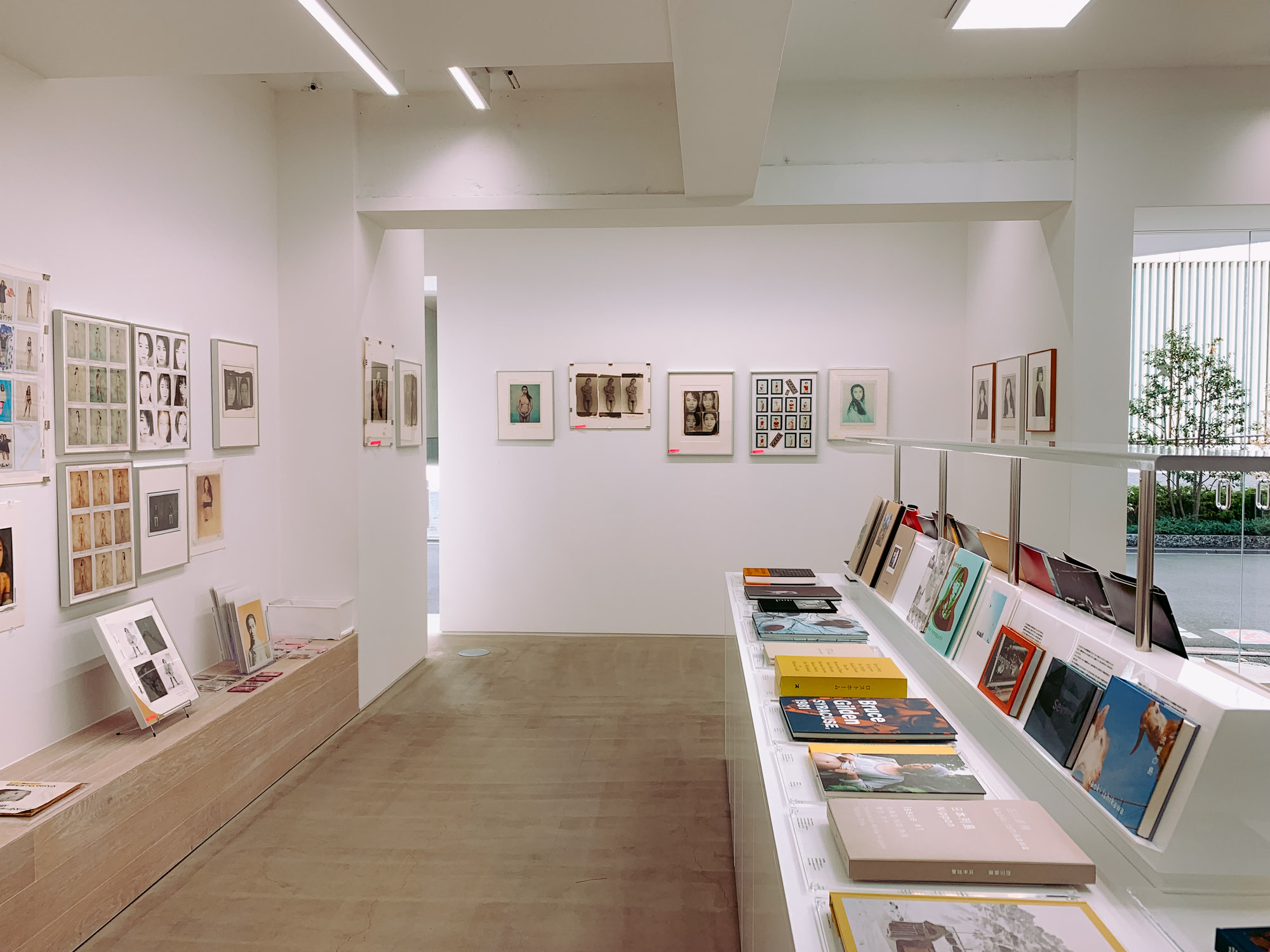


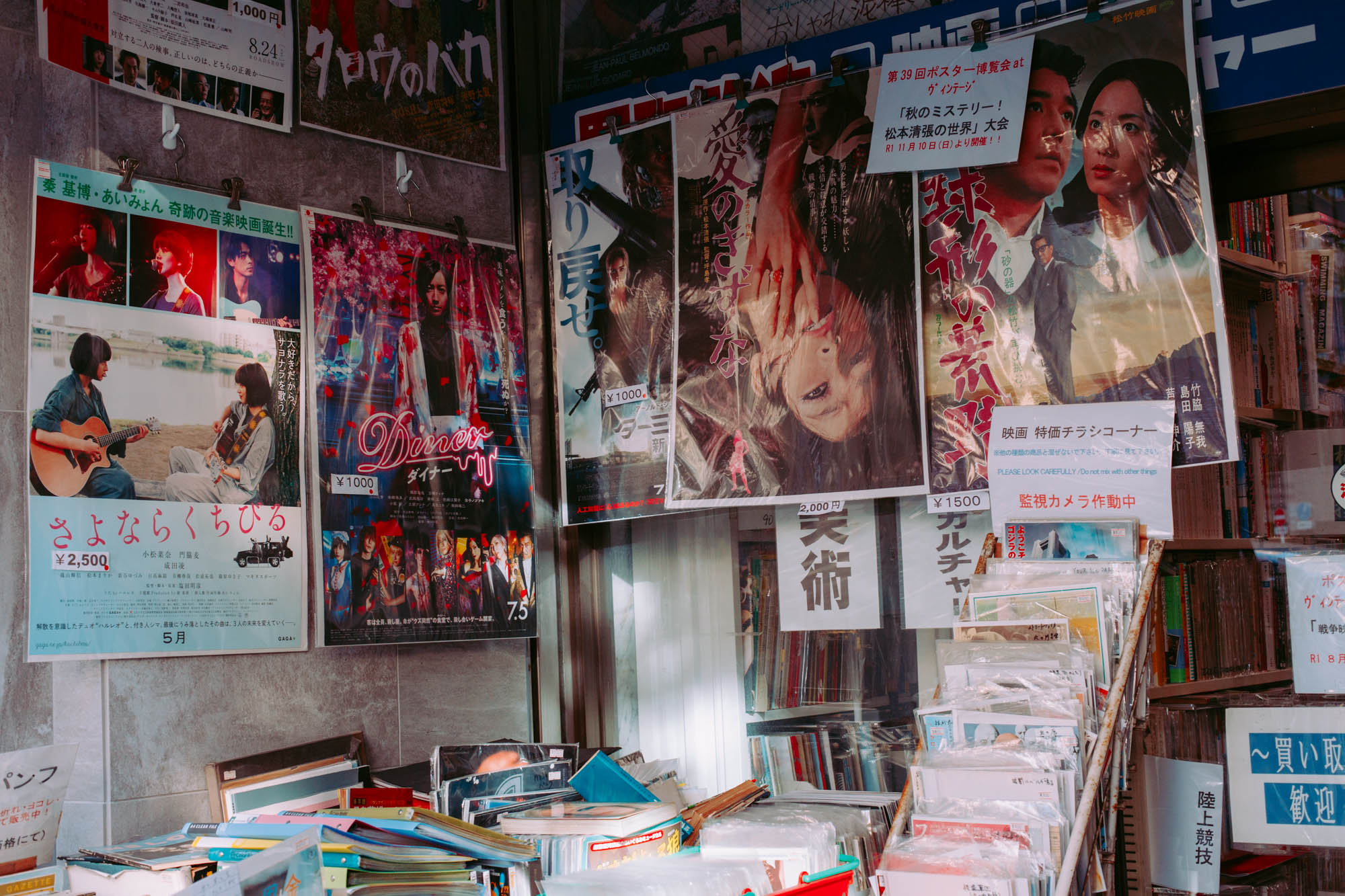
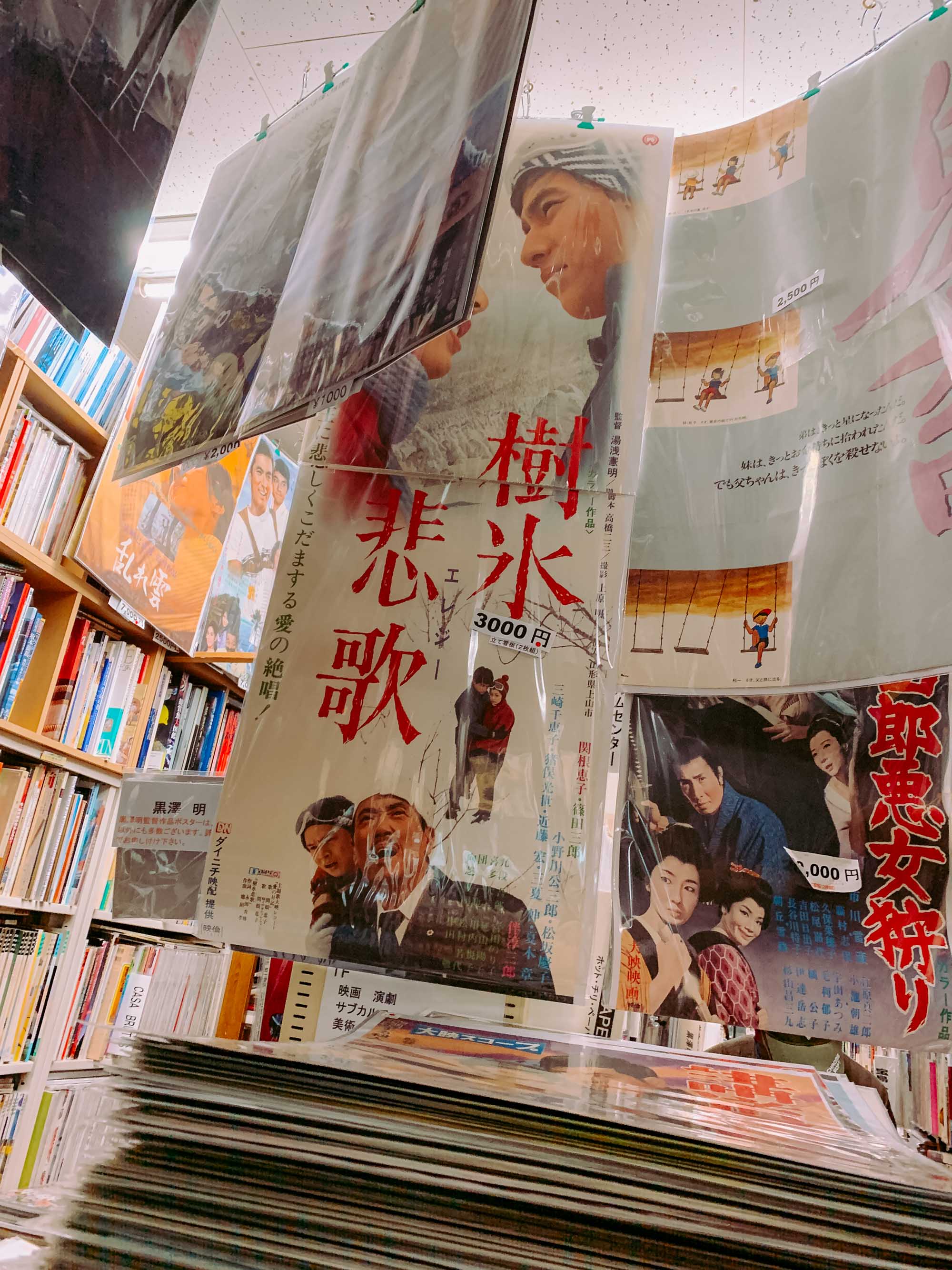
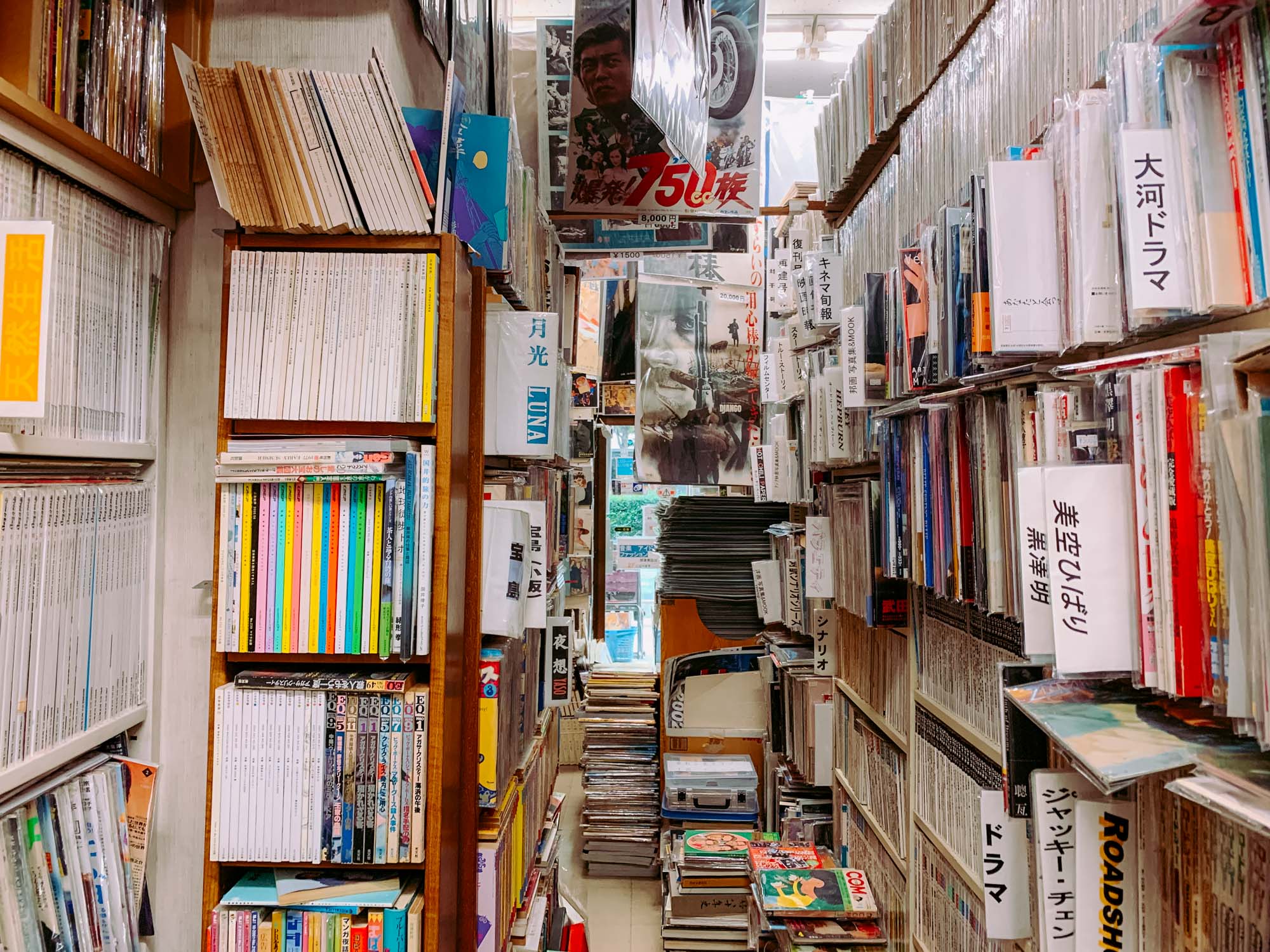
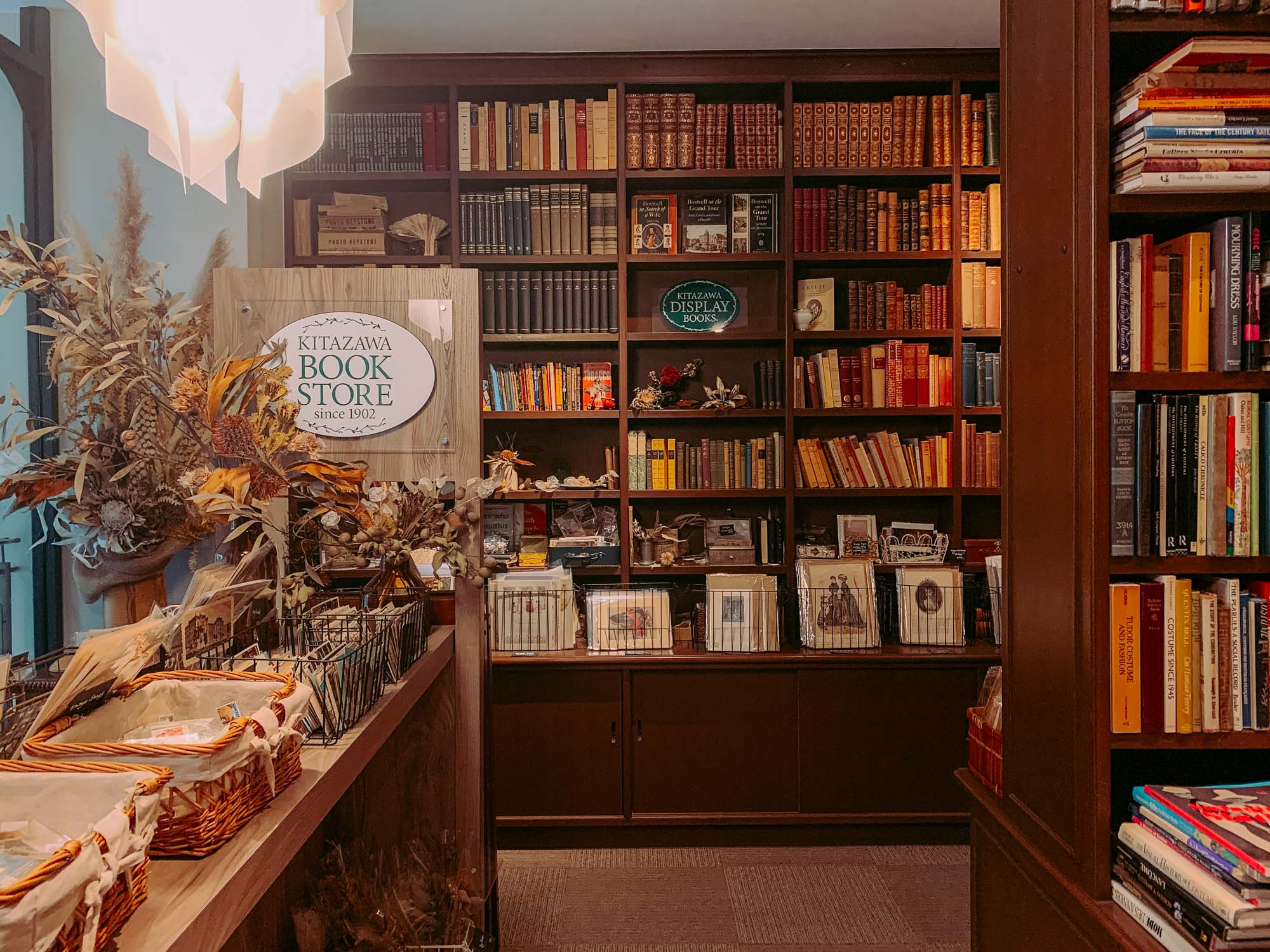
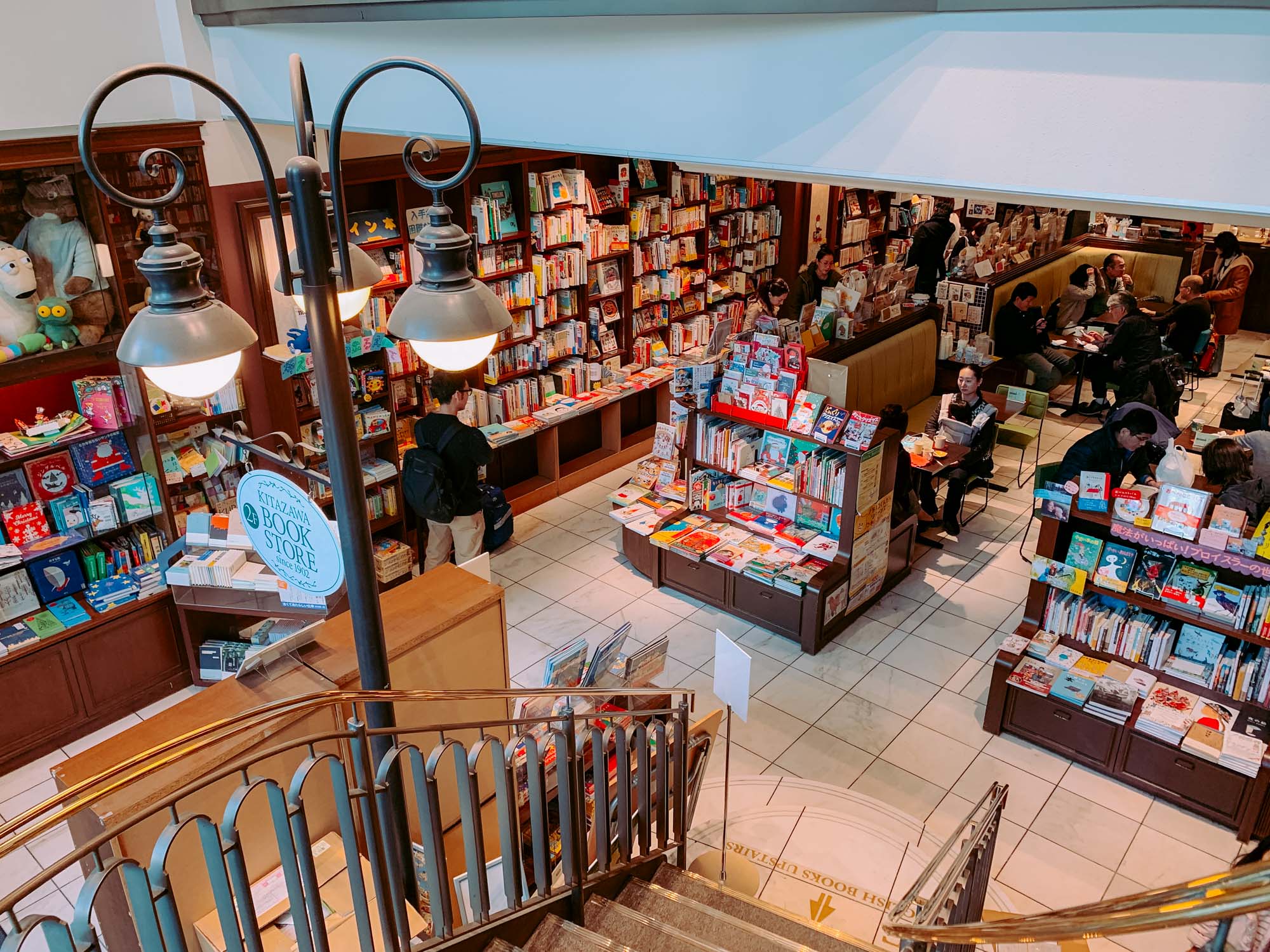
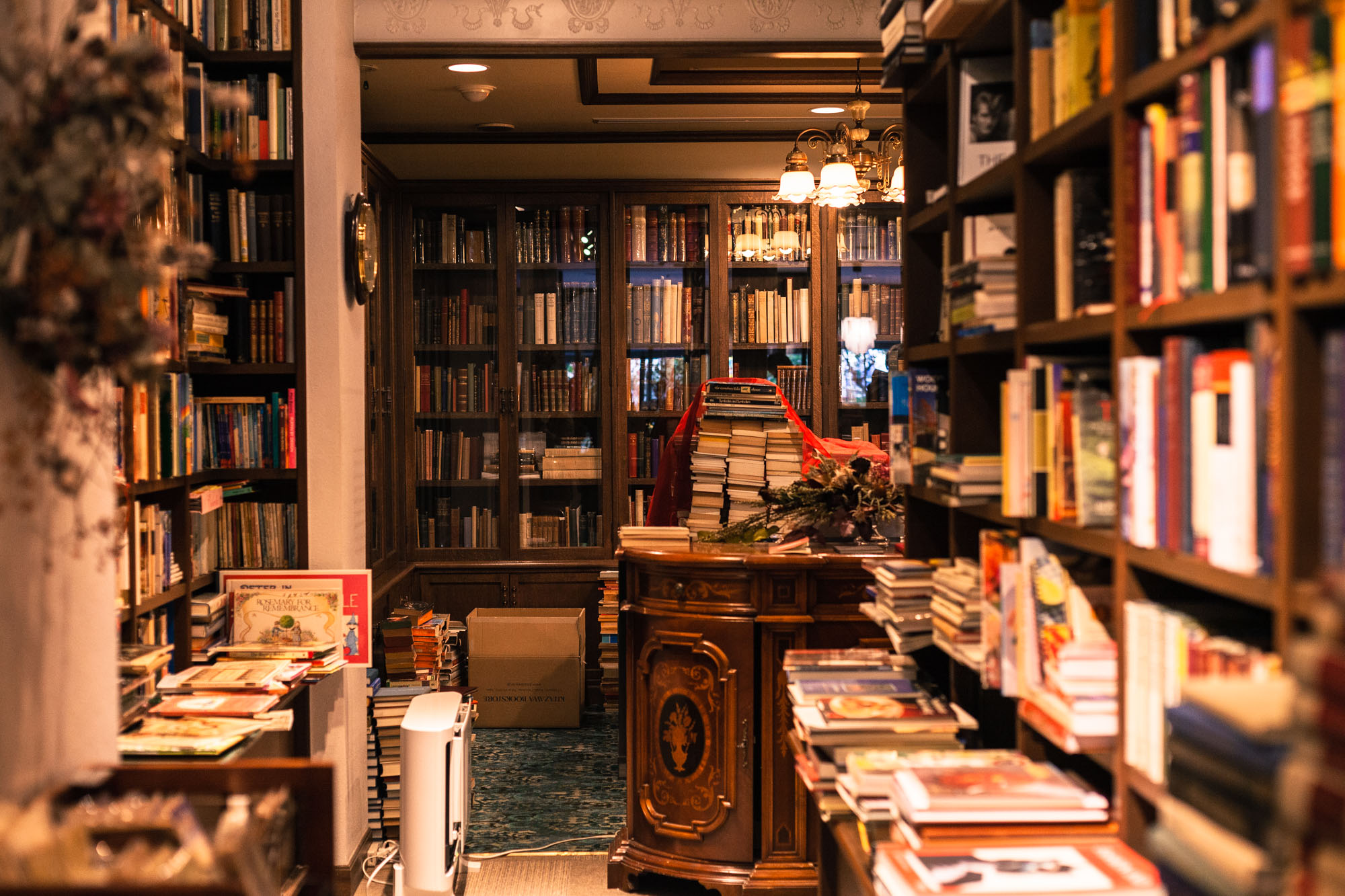
Across the street at Vintage Jimbocho, delve into the world of colorful retro posters, magazines and panflets of films, TV dramas, idol groups, music bands and more from various periods of the last century. Whether its an original Star Wars Episode 5 poster, or a tacky magazine featuring your favorite 90s boy group - Vintage Jimbocho will not disappoint.
Finally, for your last stop head to Kitazawa Book Store, at the west end of Jimbocho, which can be reached by climbing the vintage staircase inside Book House Cafe. Founded in 1902 with the aim of bringing international books to Jimbocho, Kitazawa Book Store still carries one of the area’s best selection of rare English literature and philosophy books which are housed in antique European display cases, making you forget - just for a moment - that you are still in the middle of Tokyo.
In this guide
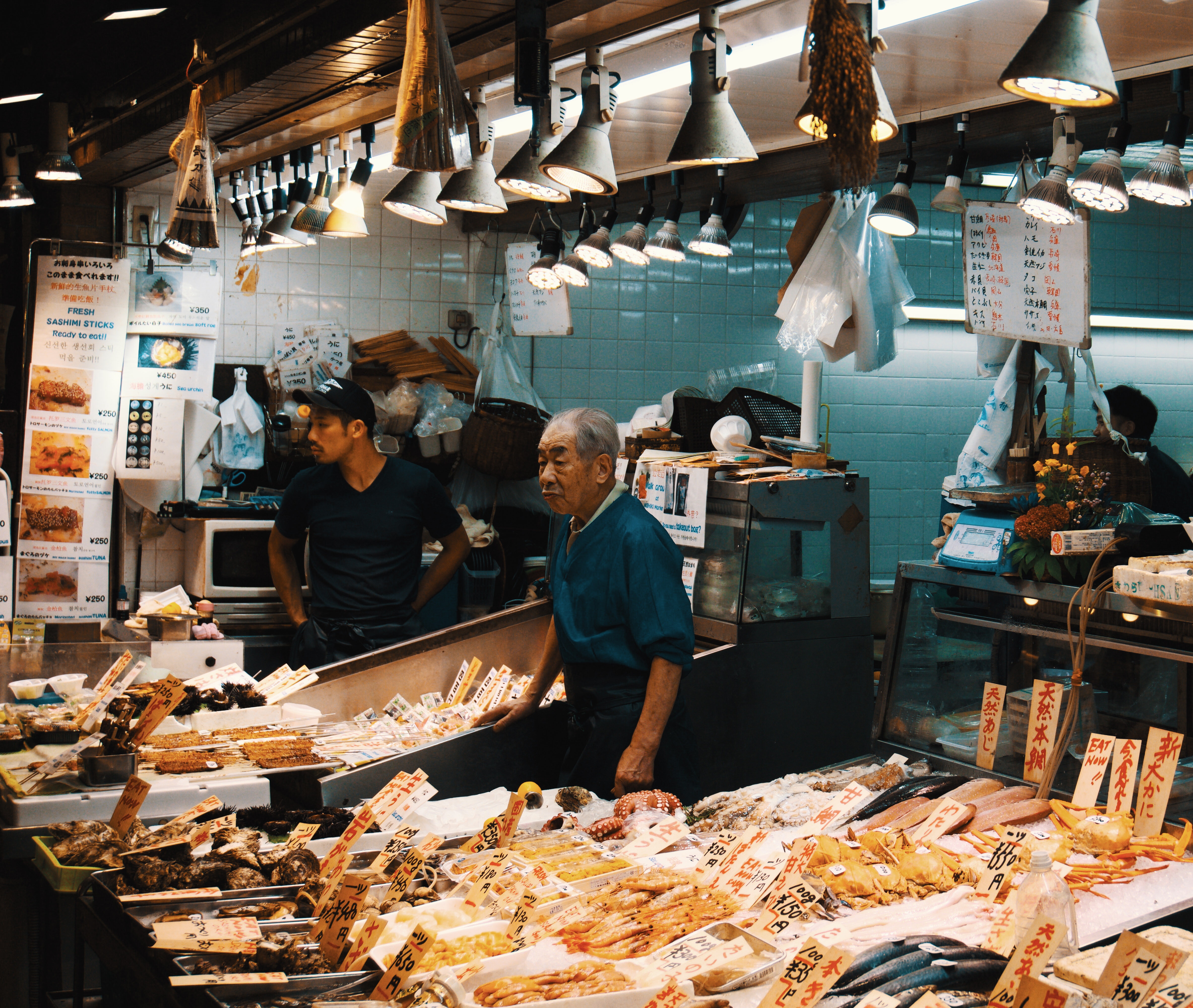
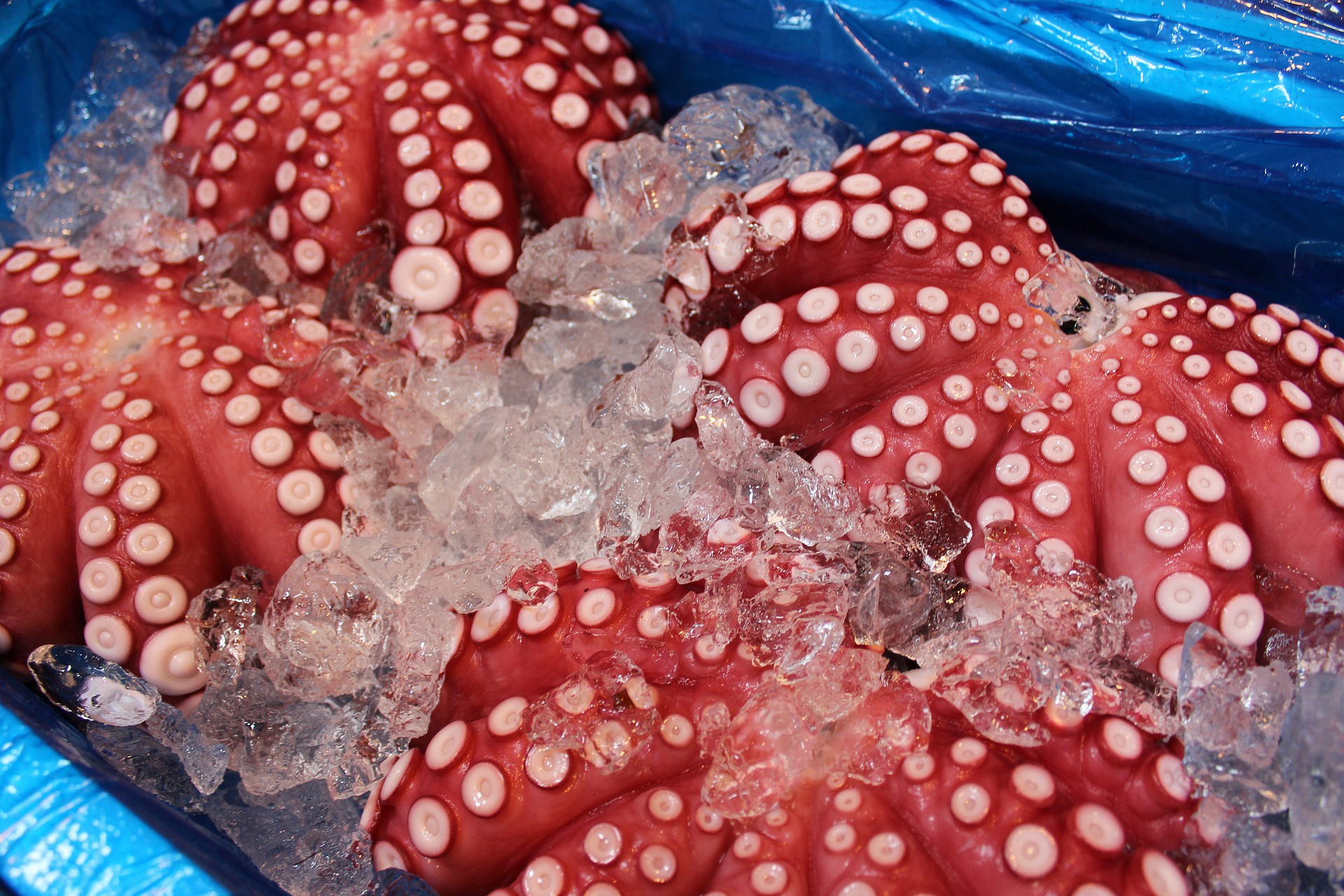
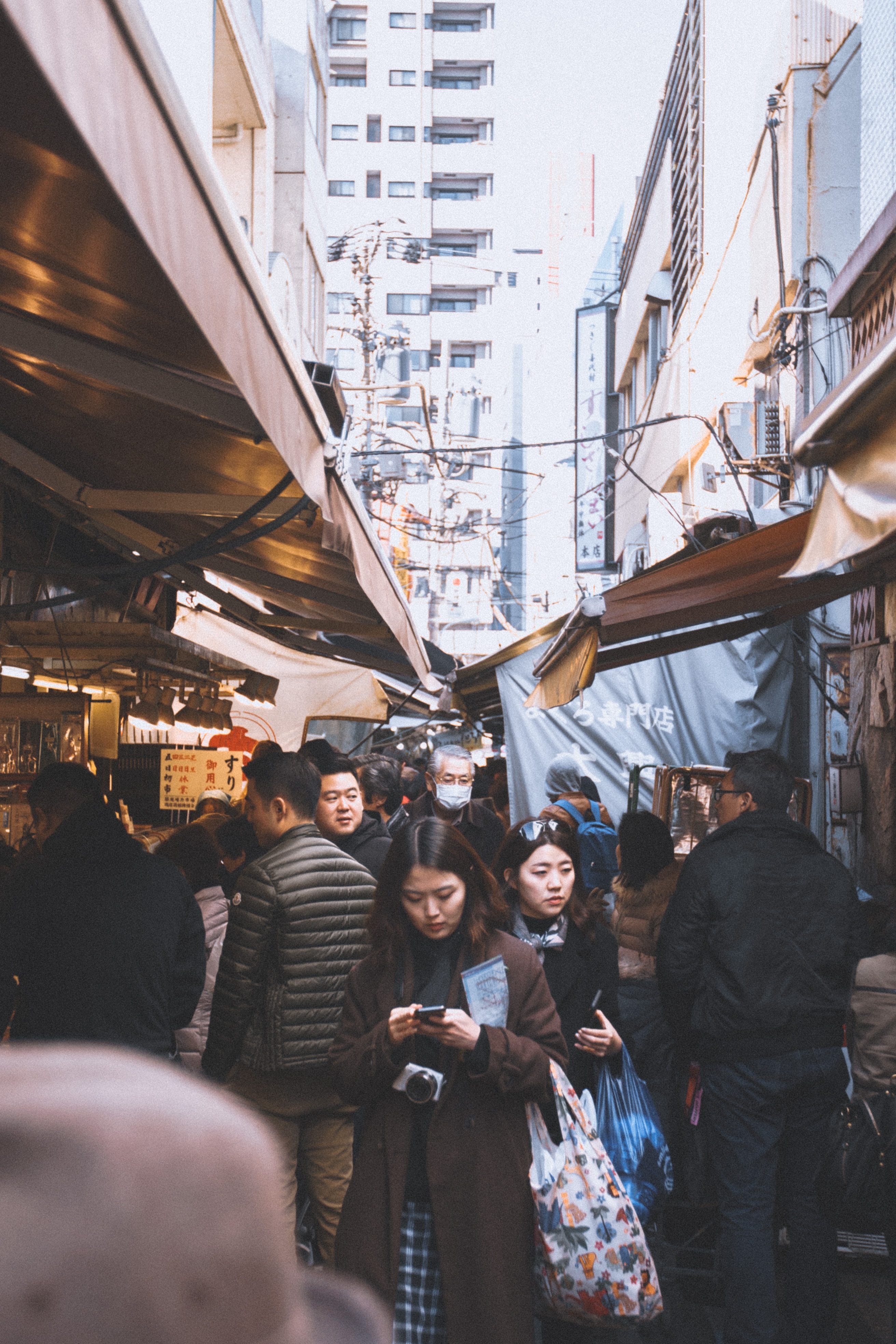
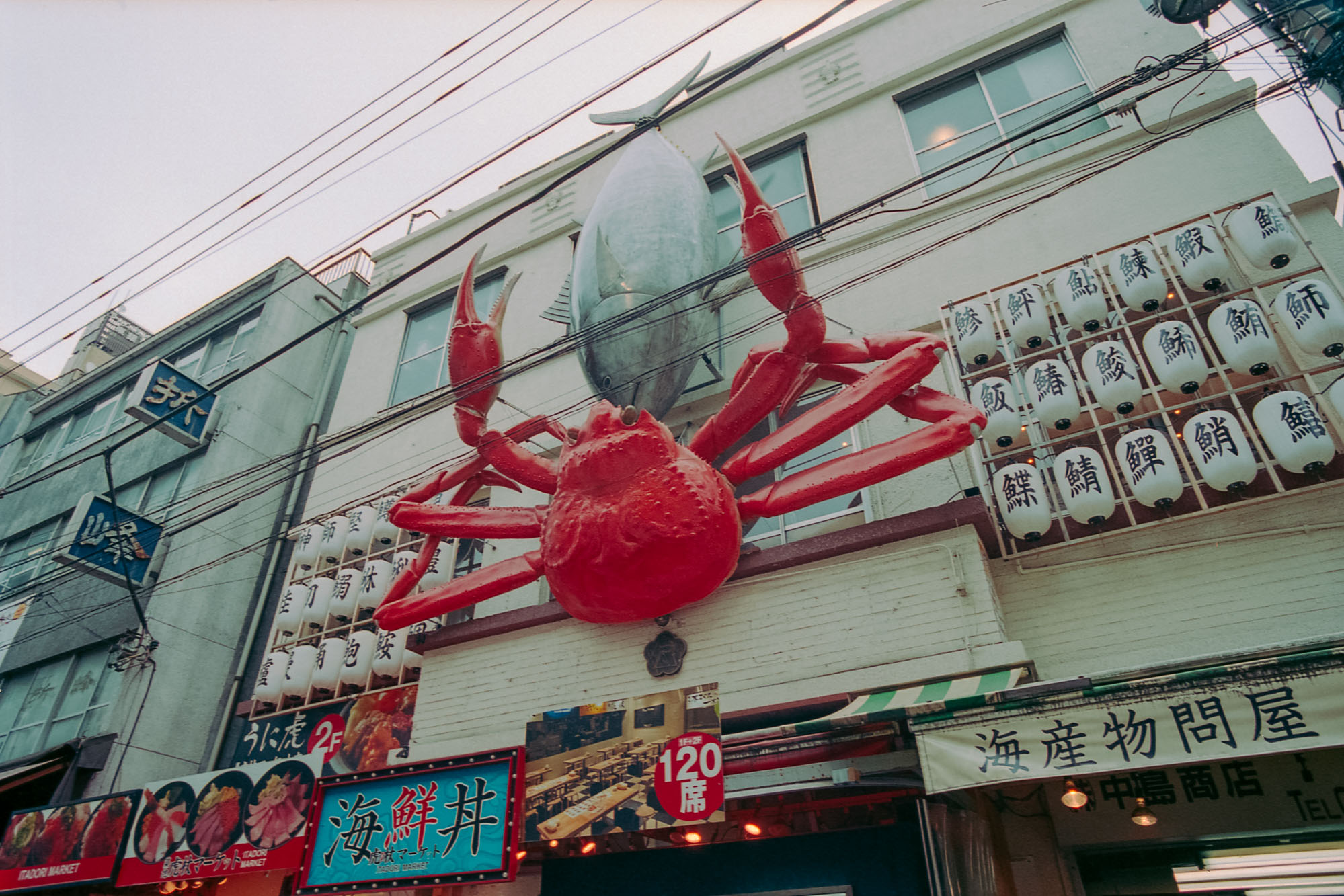
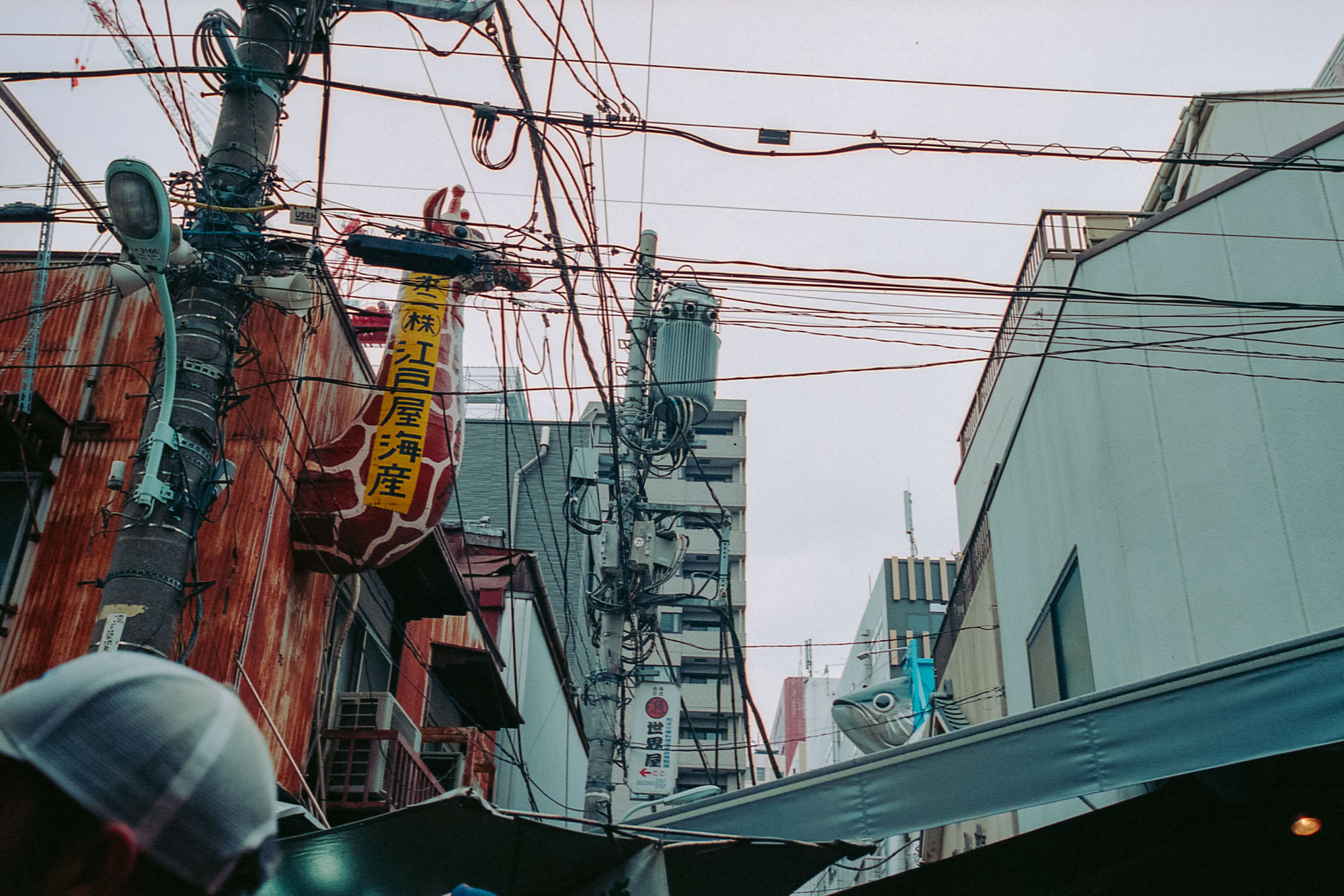


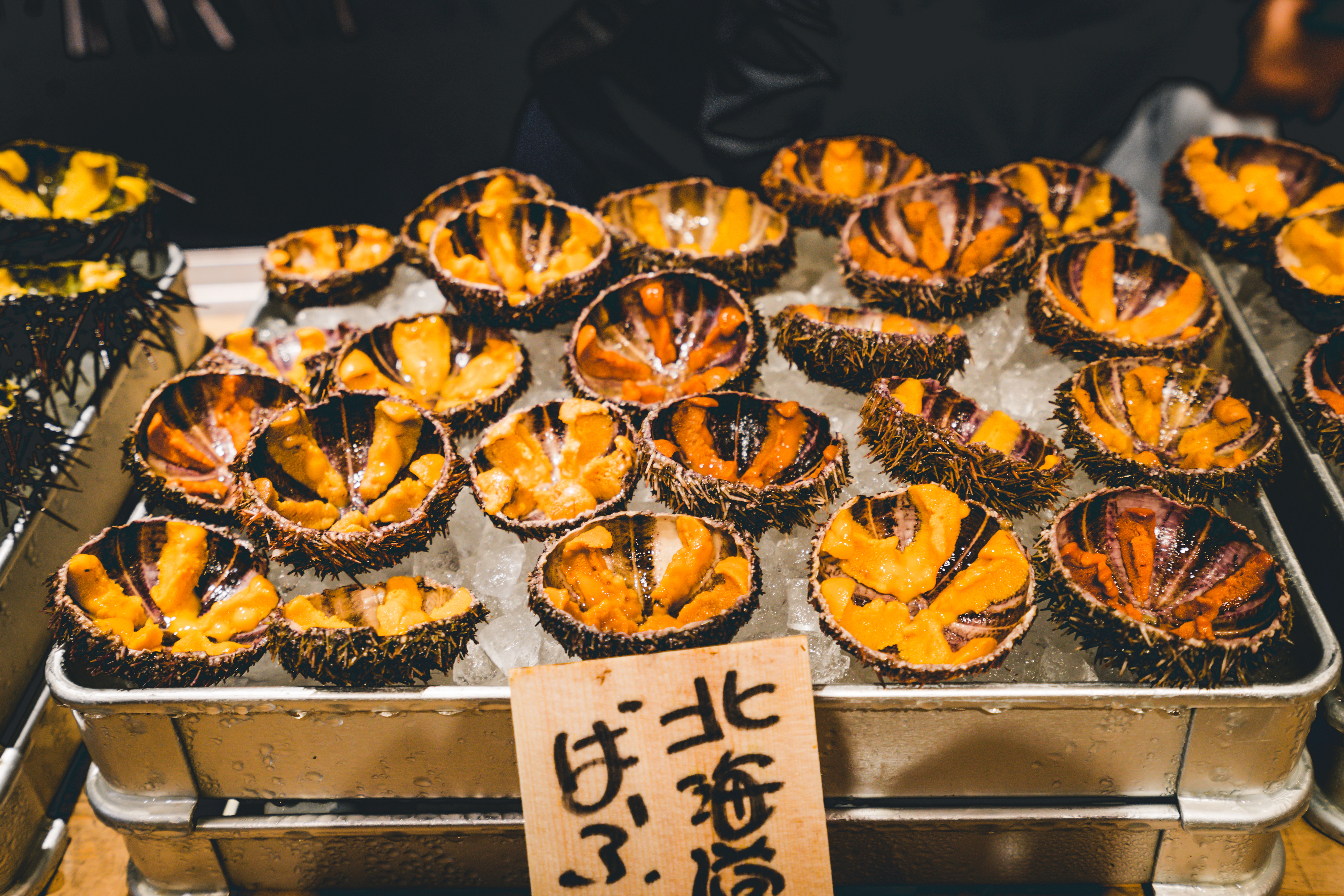
A few food recommendations to get you started:
- Sushi (of course)
- Chirashizushi (Bowl of sushi rice topped with raw fish or seafood)
- Grilled oysters or scallops
- Tamagoyaki (Rolled Egg Omelette)
- Seafood Tempura

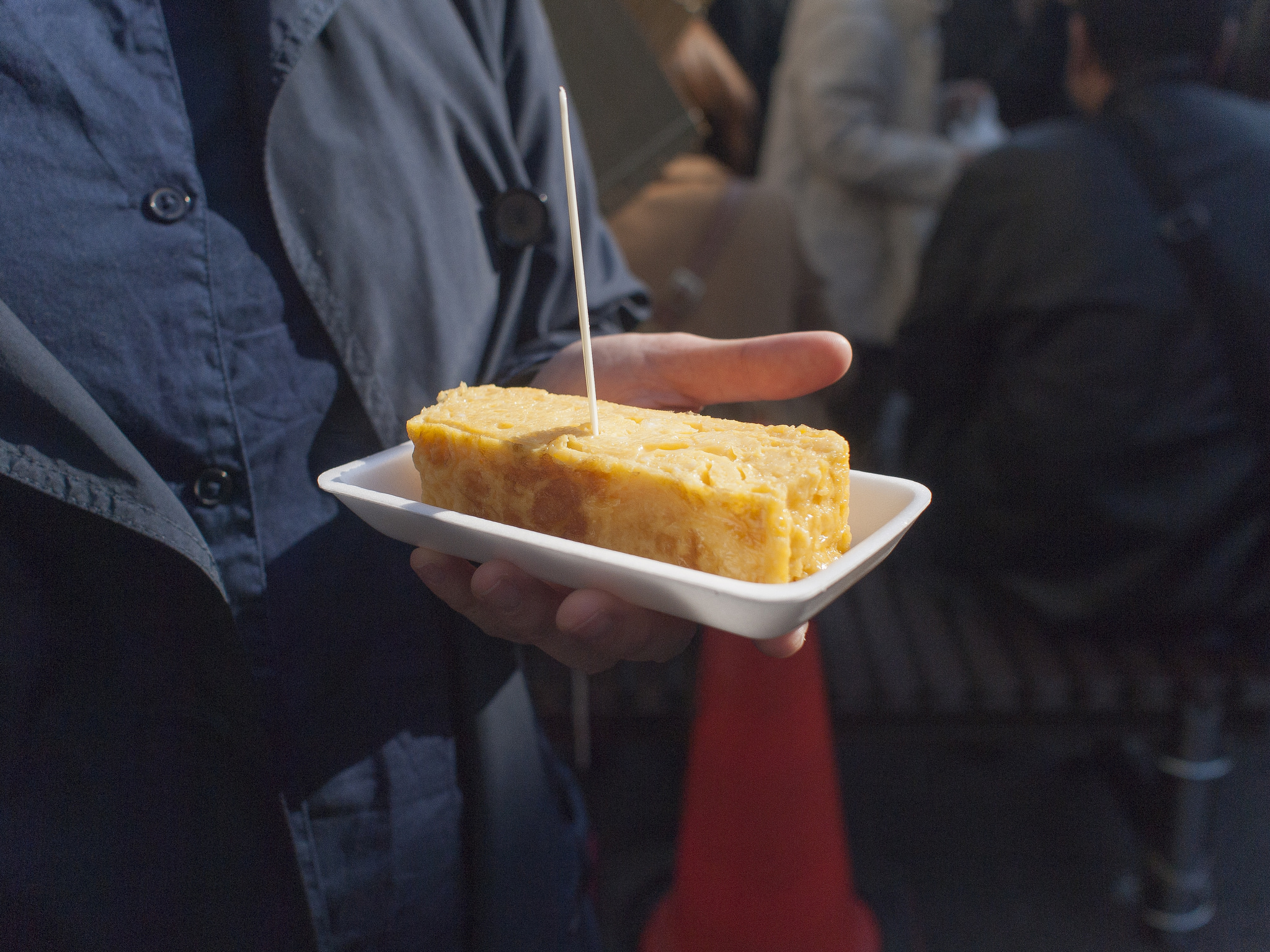
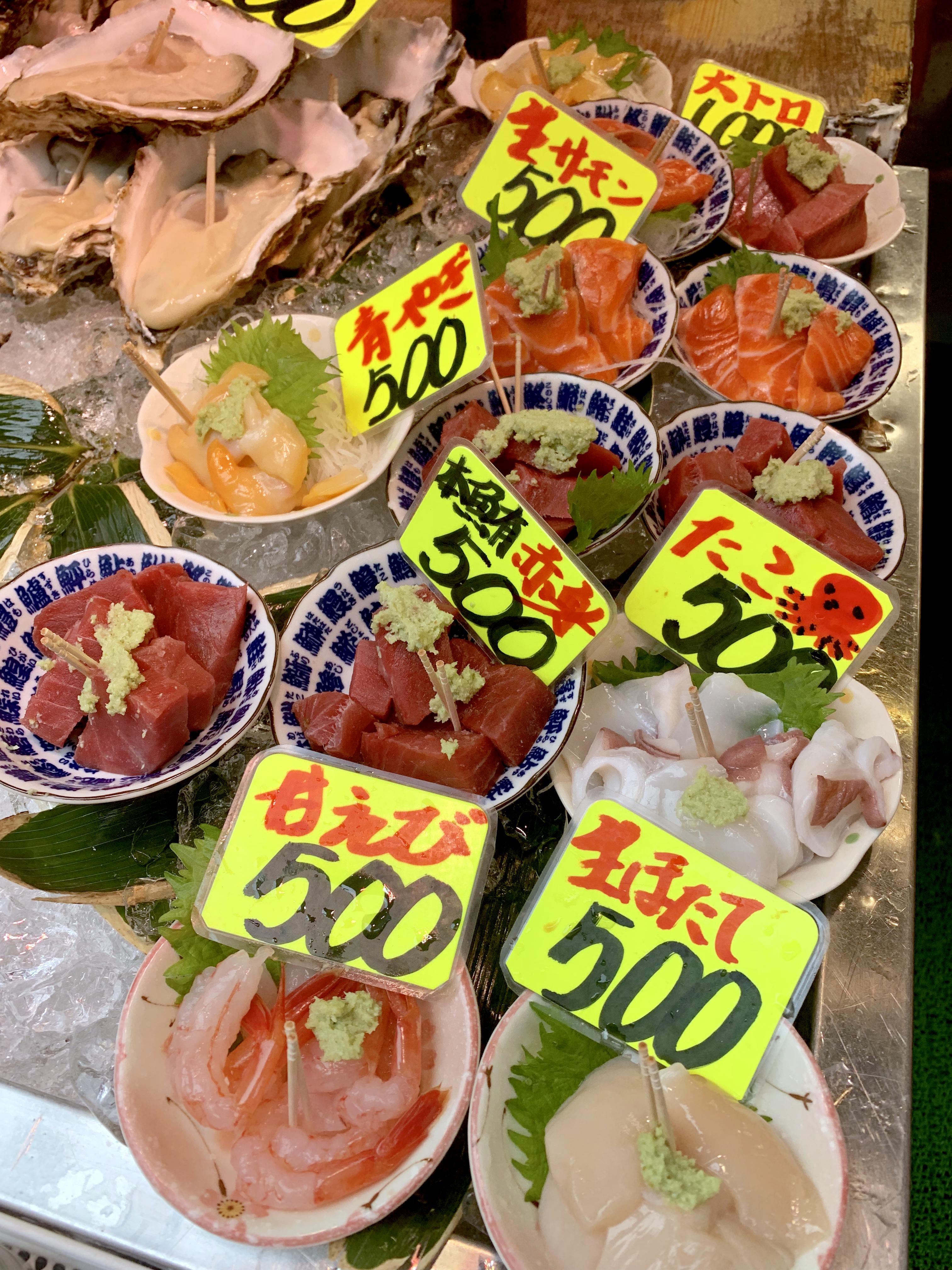
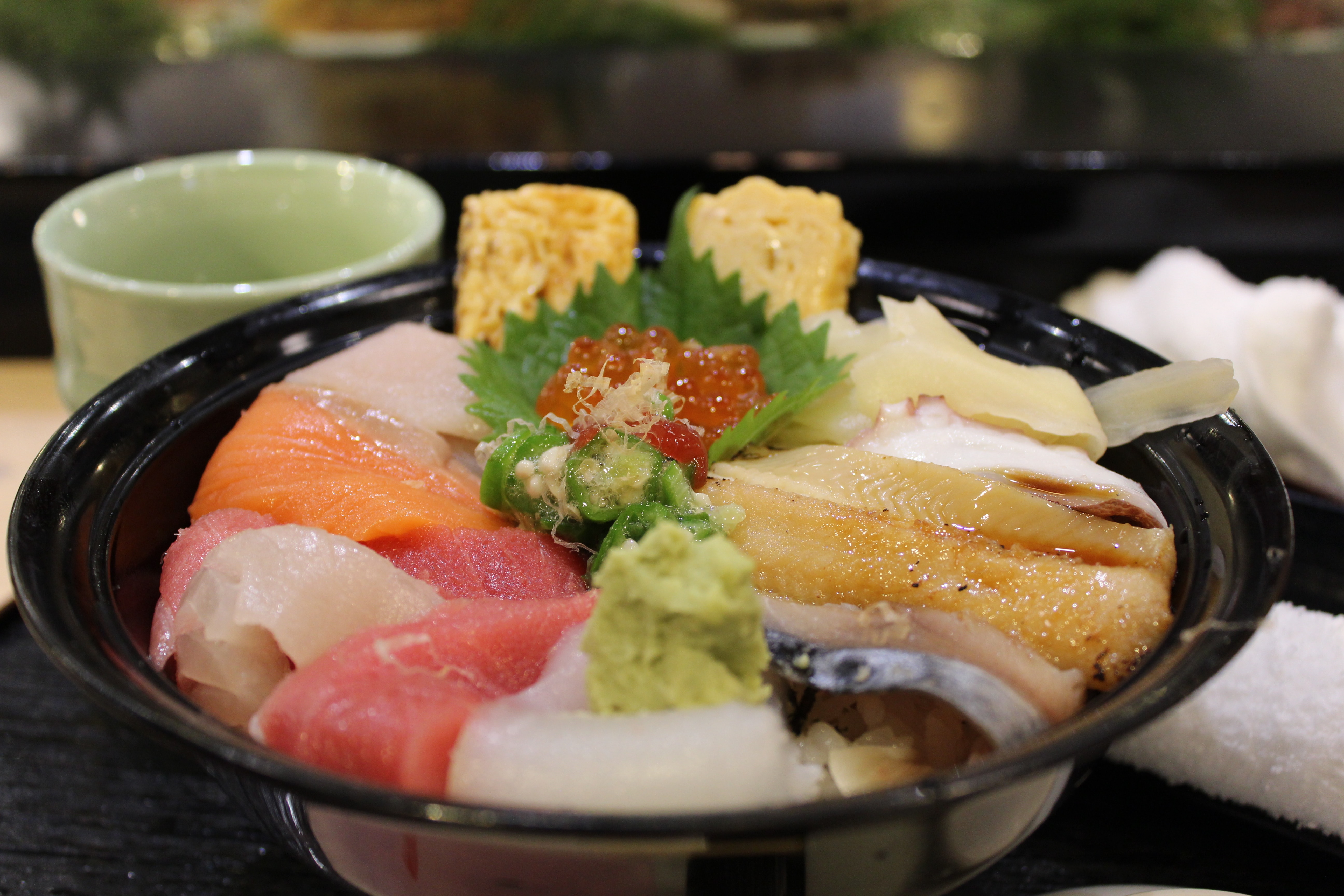

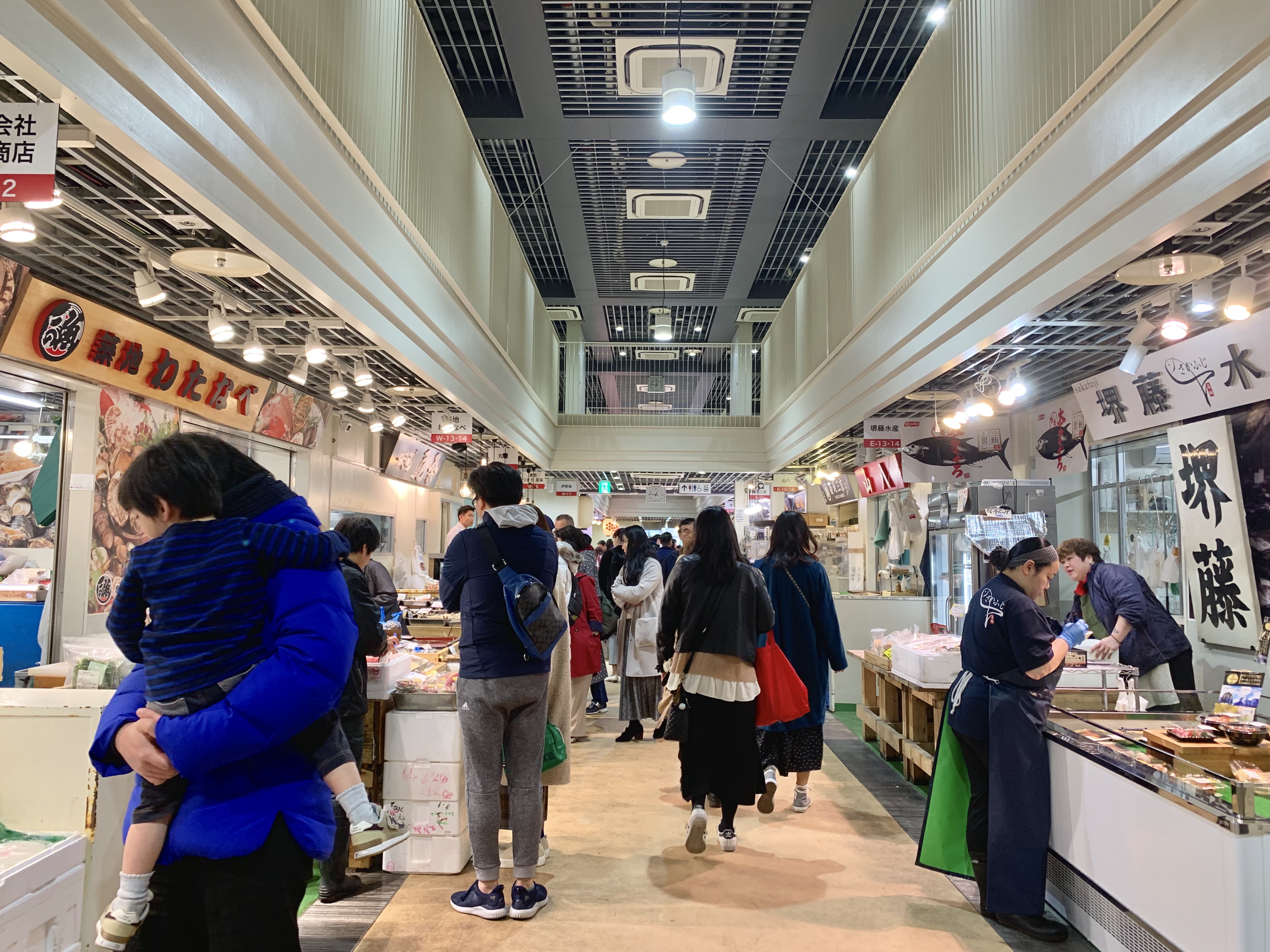

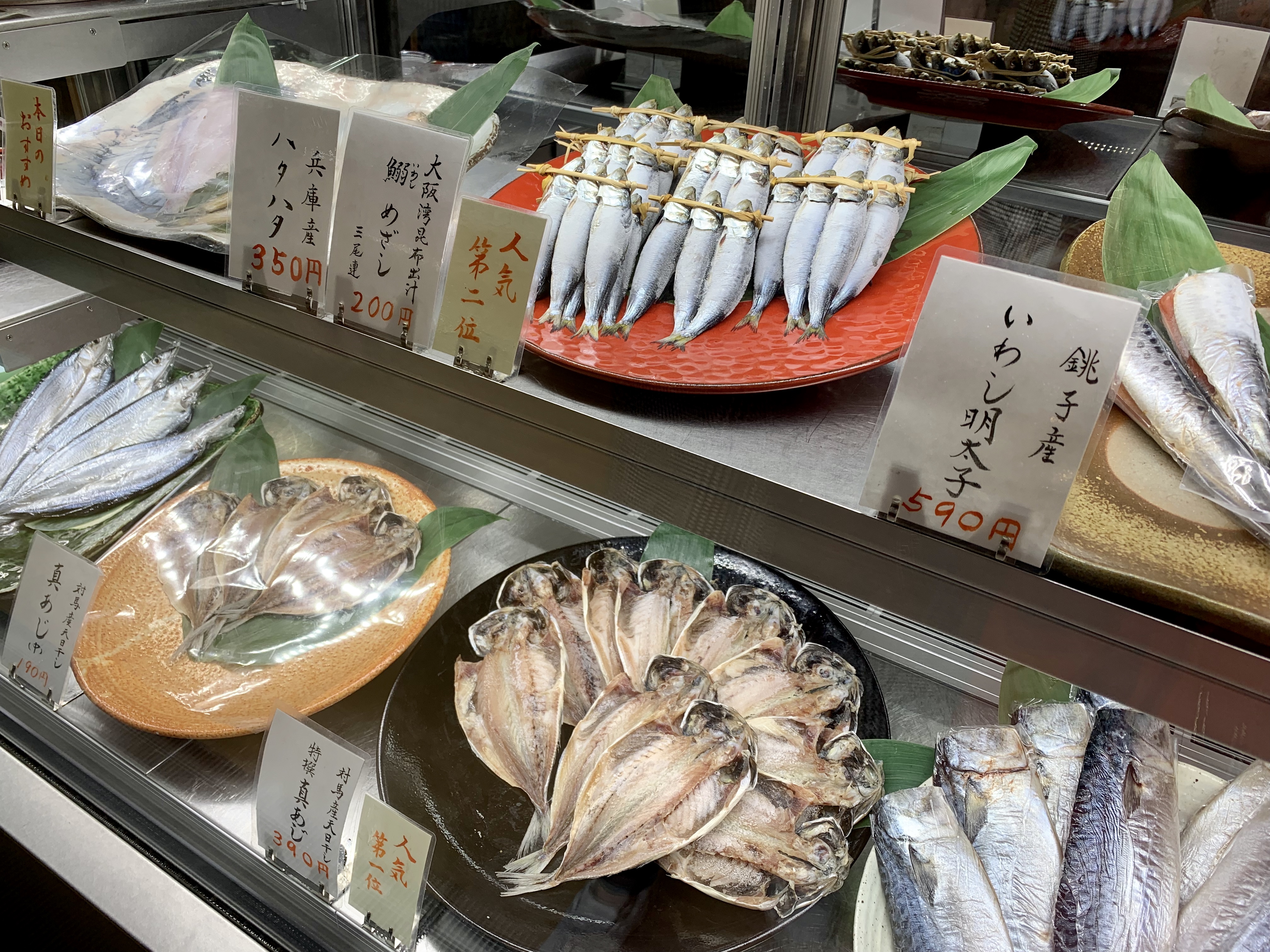
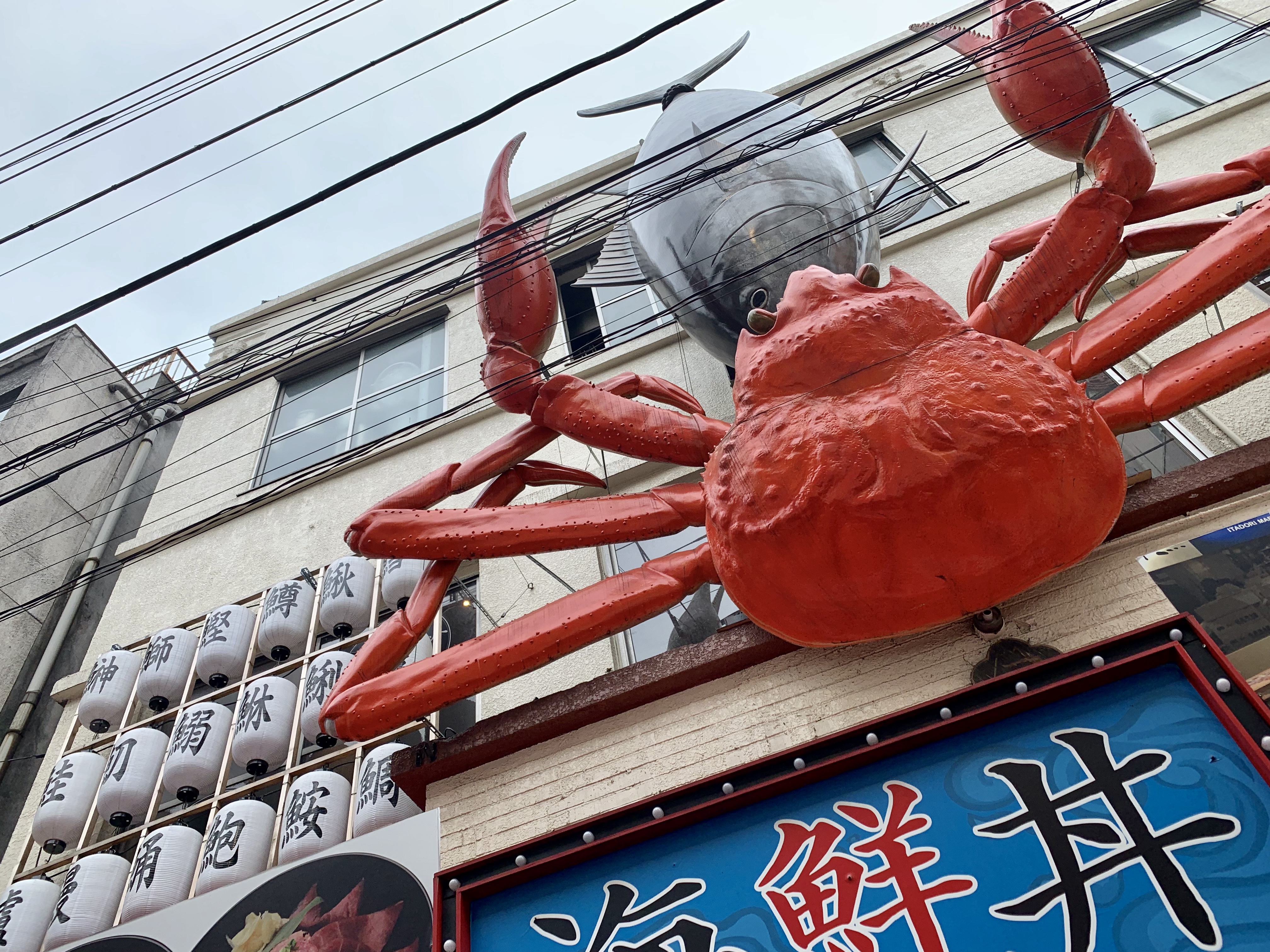
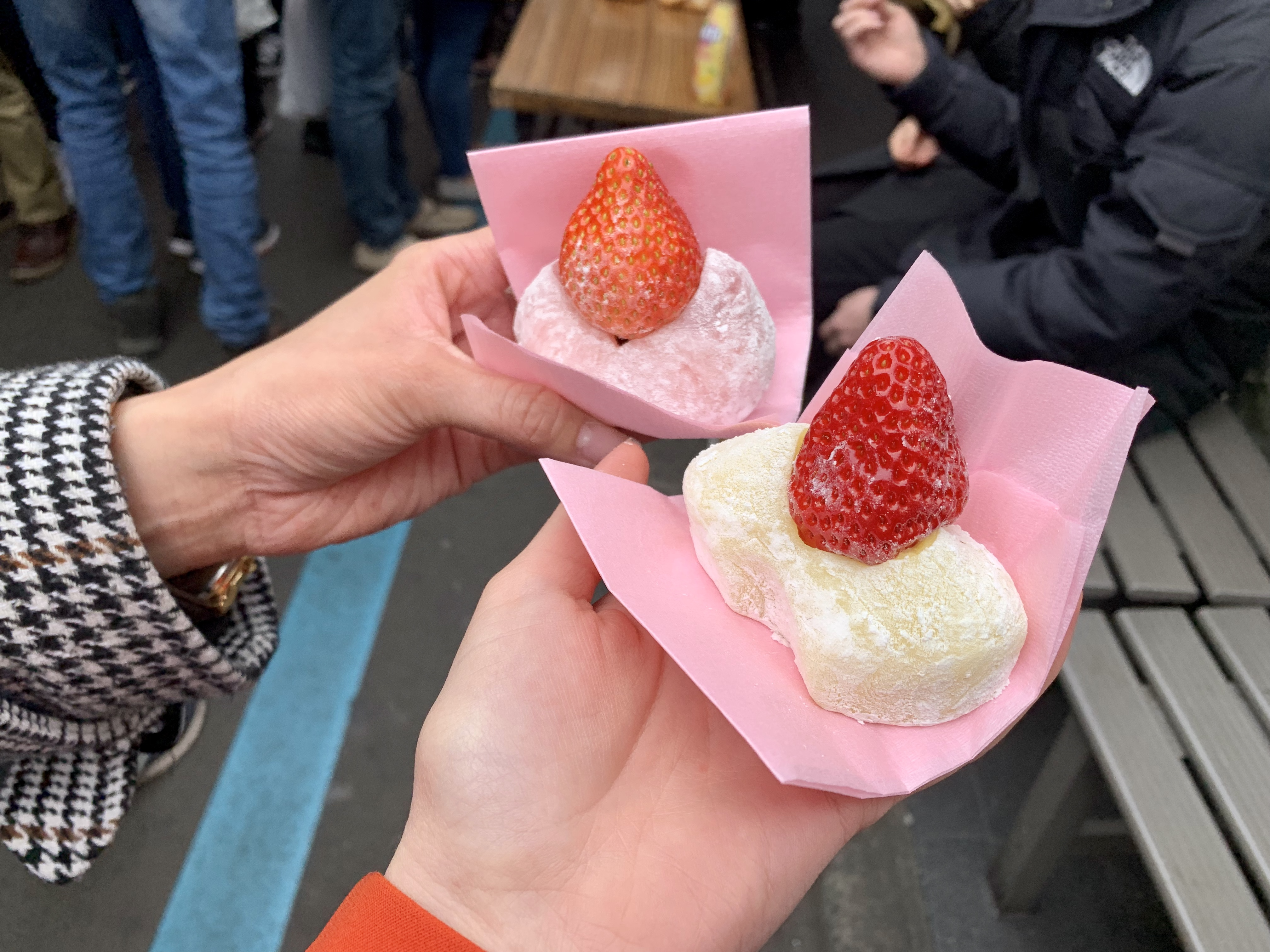
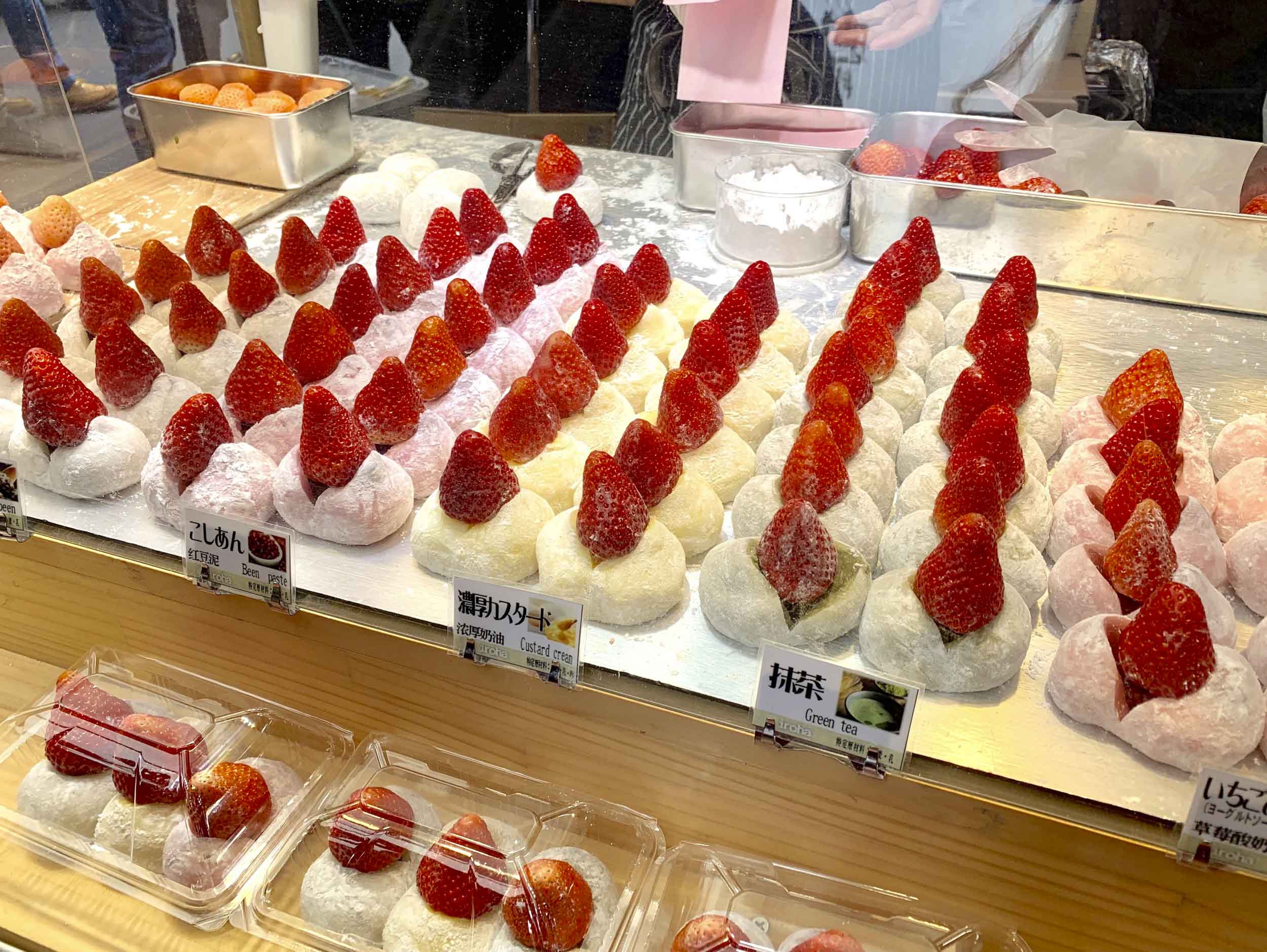
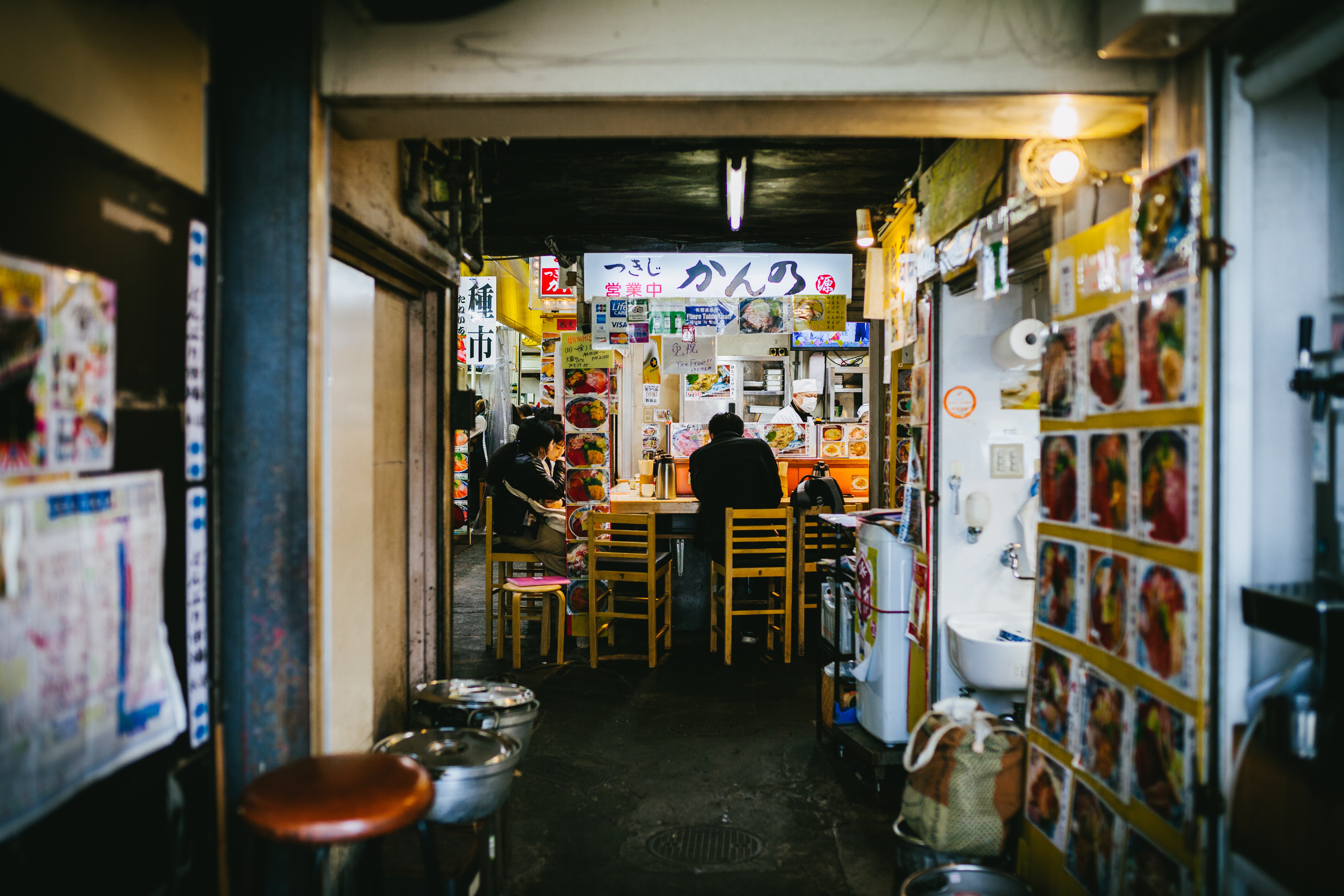
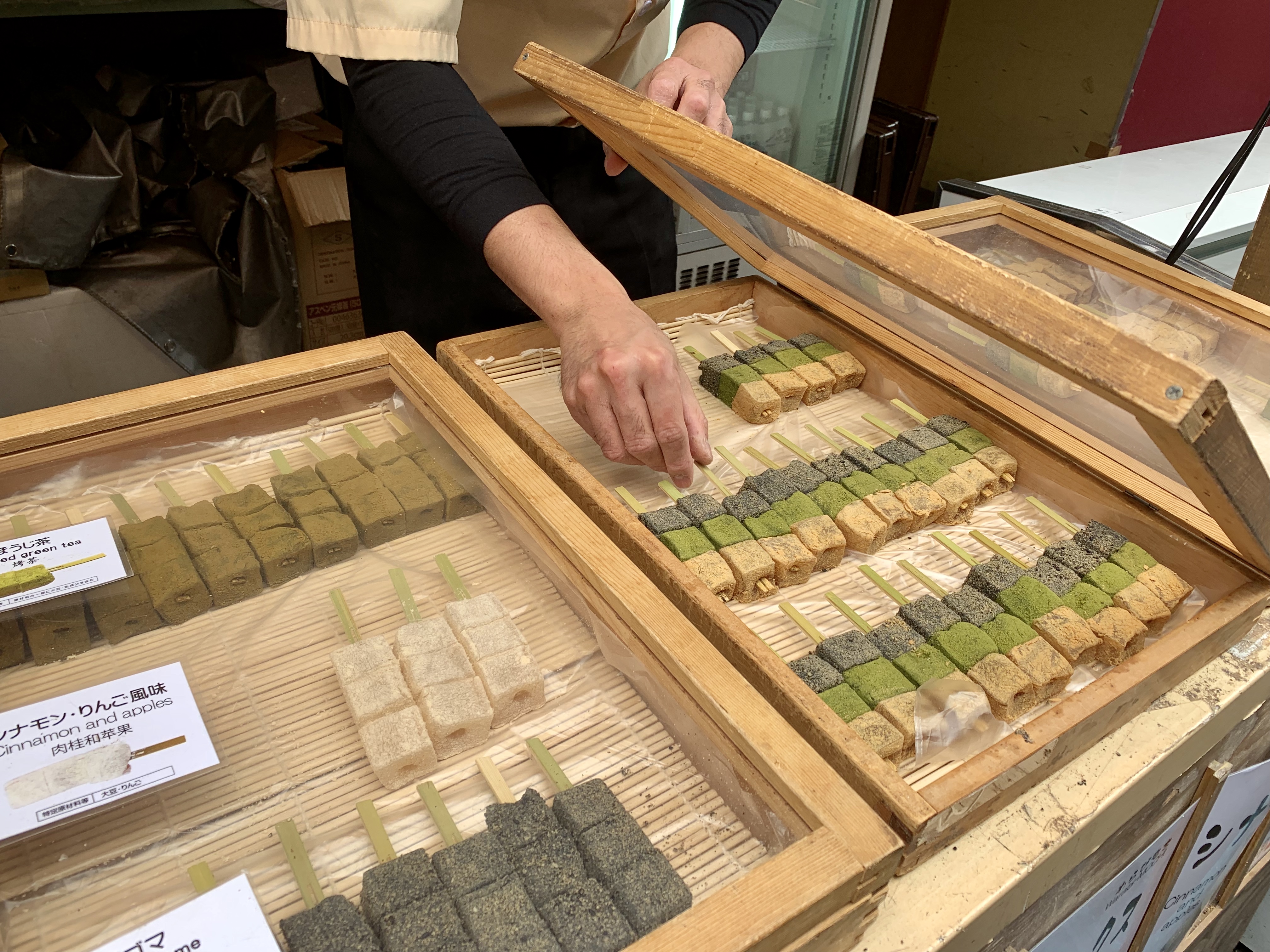
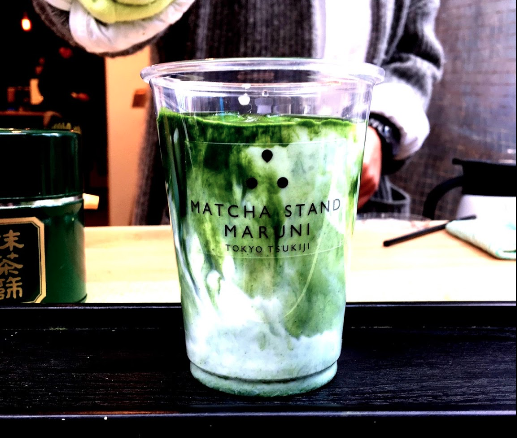
Start with some glorious Strawberry Daifuku (300yen for one) at Soratsuki (we recommend the custard version), continue with buttery-soft warabi mochi (250yen for a stick of three), an artisan matcha latte (500yen) at Matcha Stand Maruni, soft serve ice cream or a skewer of fresh fruit.
Discover more
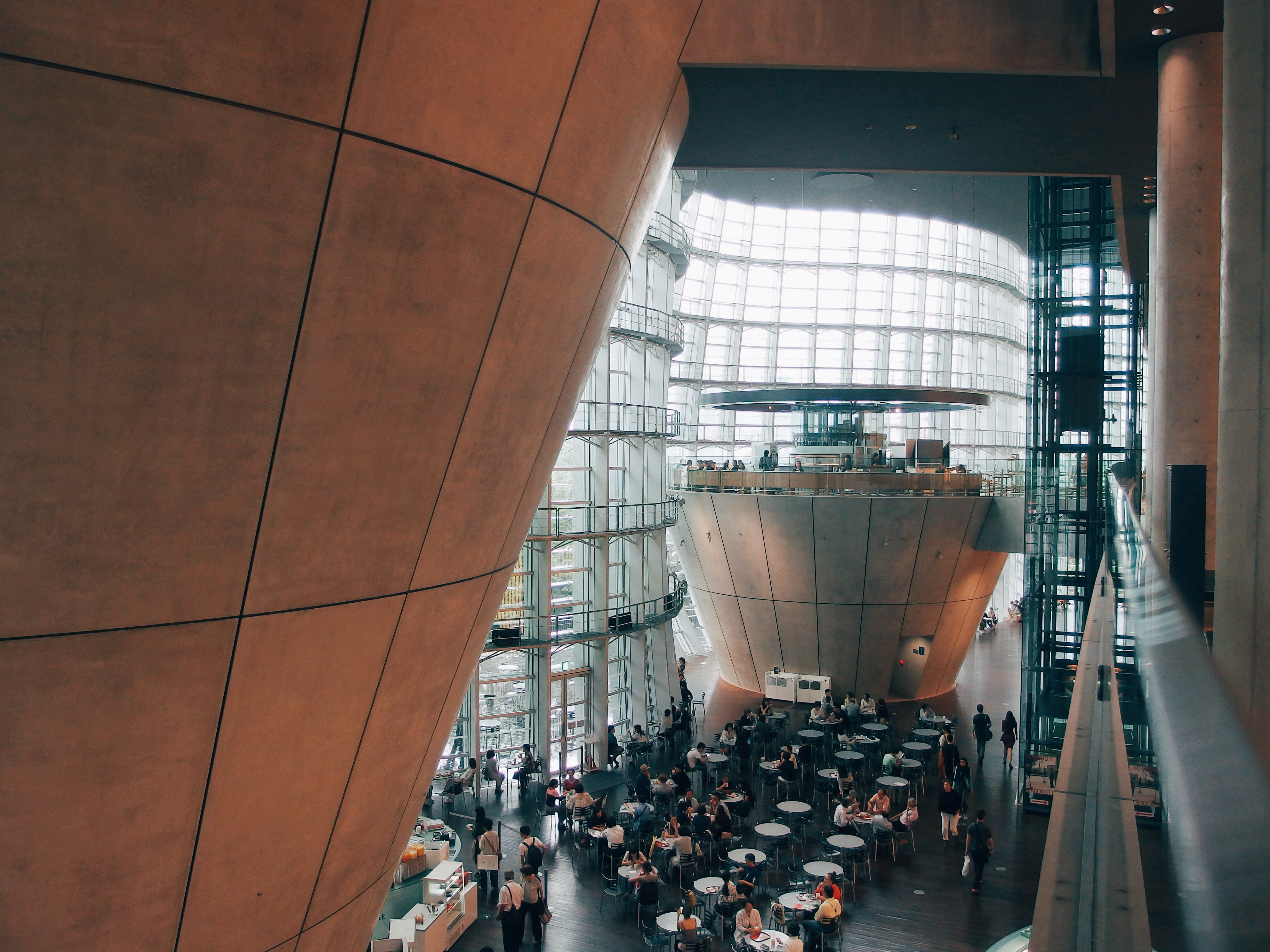

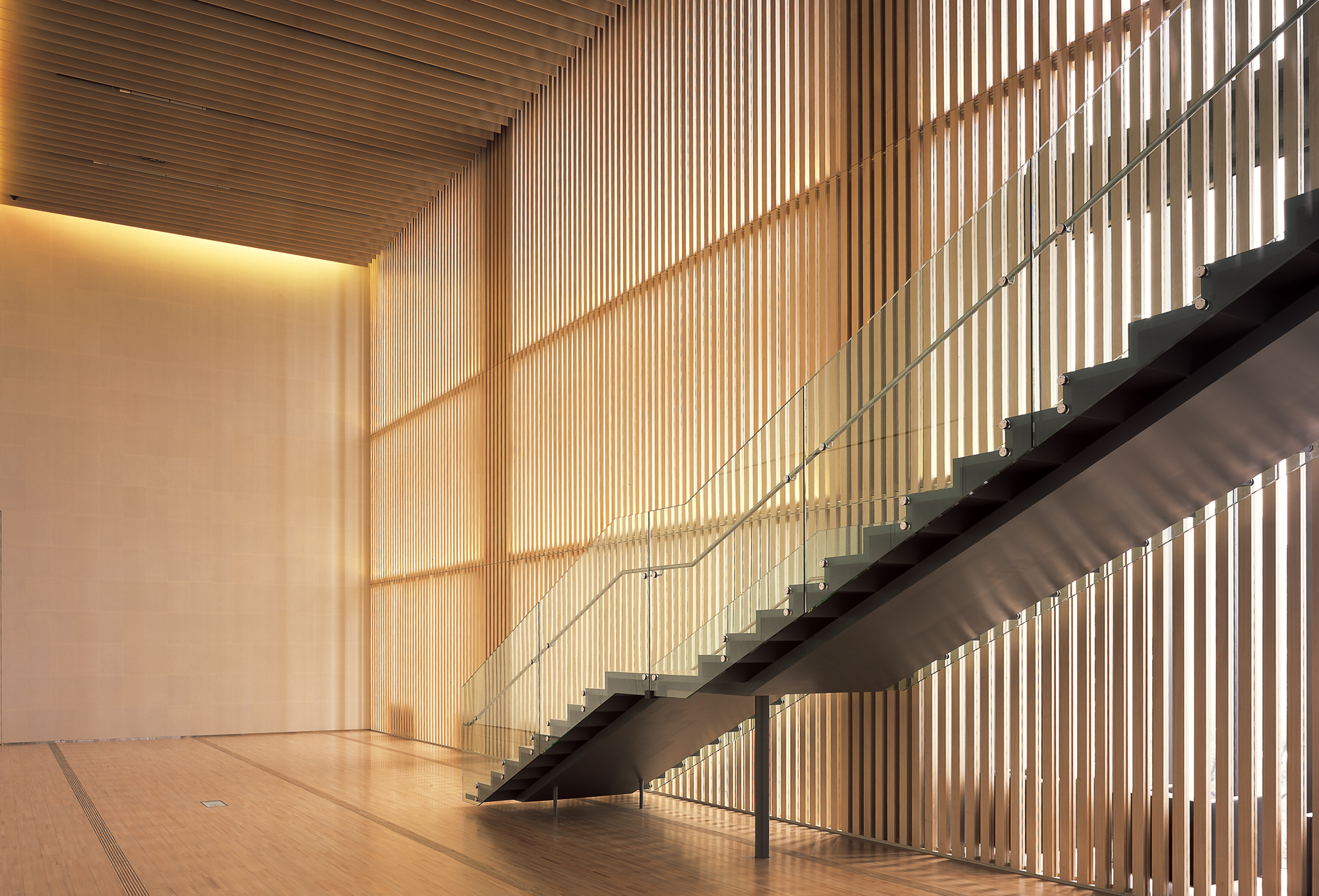
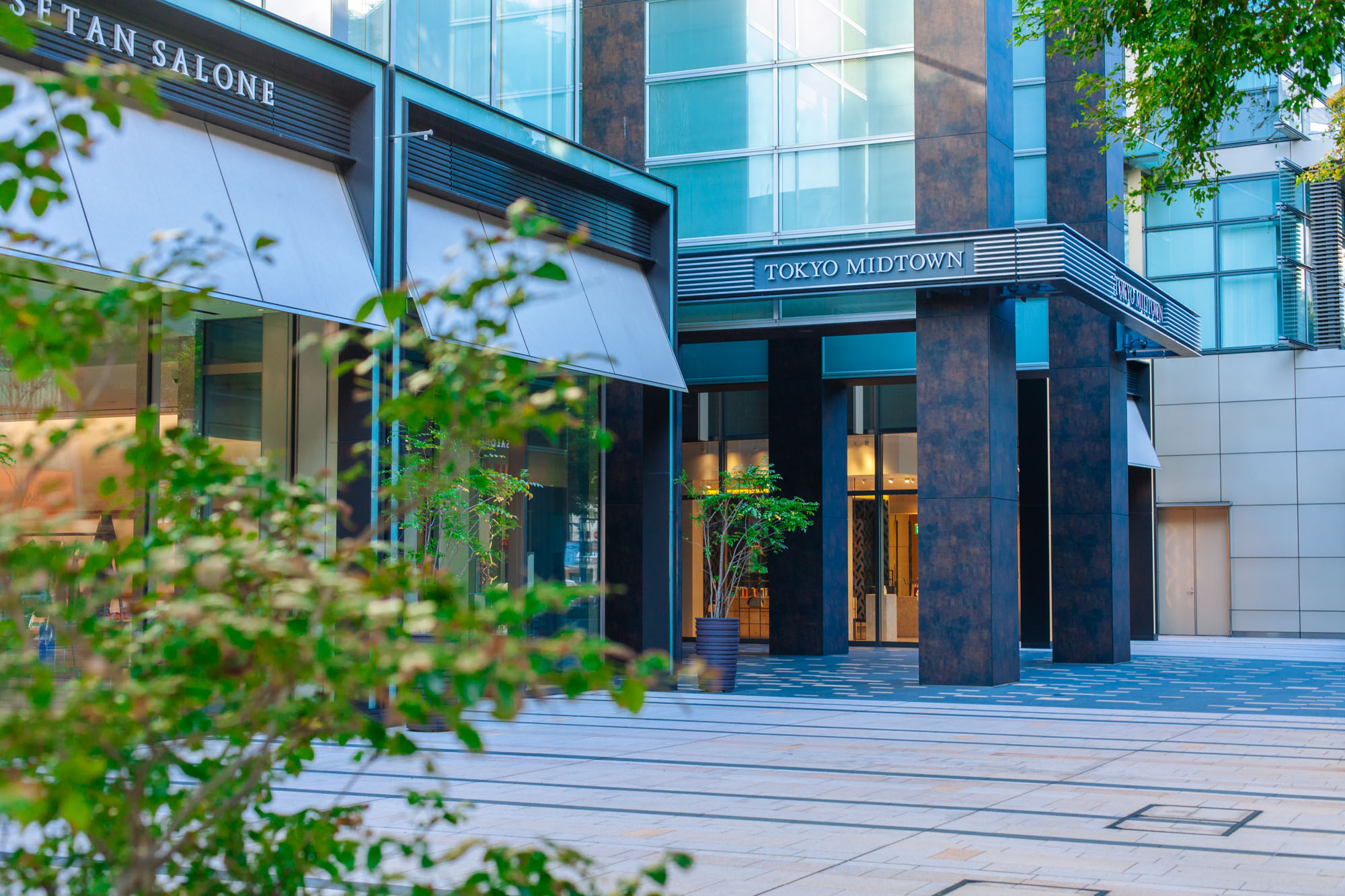
If you are lost as to which museums to check out first, head over to our very own guide to Tokyo’s Best Art and Design Museums + Galleries.
Start your exploration of Midtown at its Galleria underground gourmet floor which features the beautiful shop, café and gallery of Toraya, a renown producer of traditional Japanese sweets. Work you way up through the first and second “fashion” floors until you reach Midtown’s third “interior & design” floor featuring the outstanding interior design shop of Time & Style as well as Nihonbashi Kiya’s sleek knife shop.
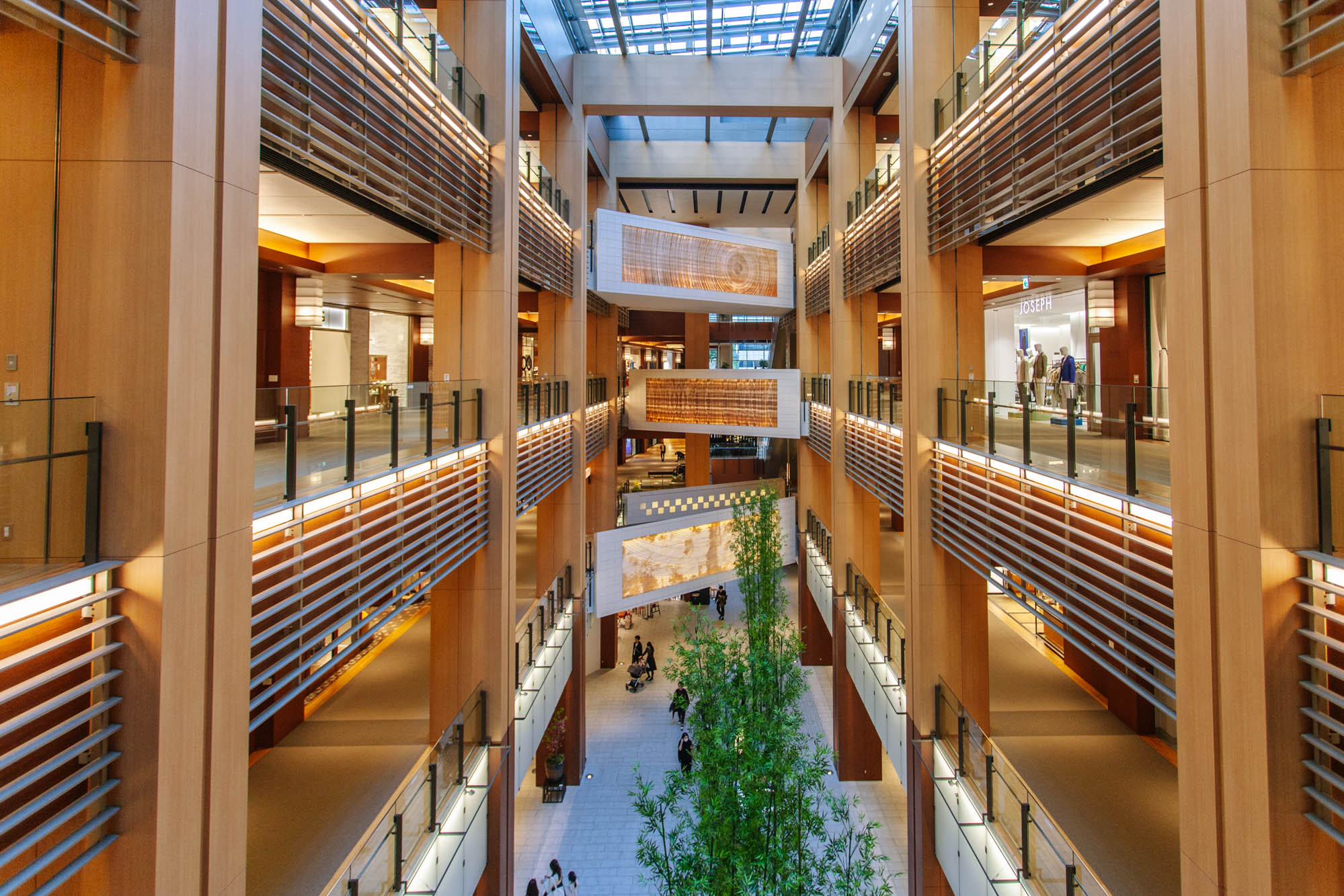

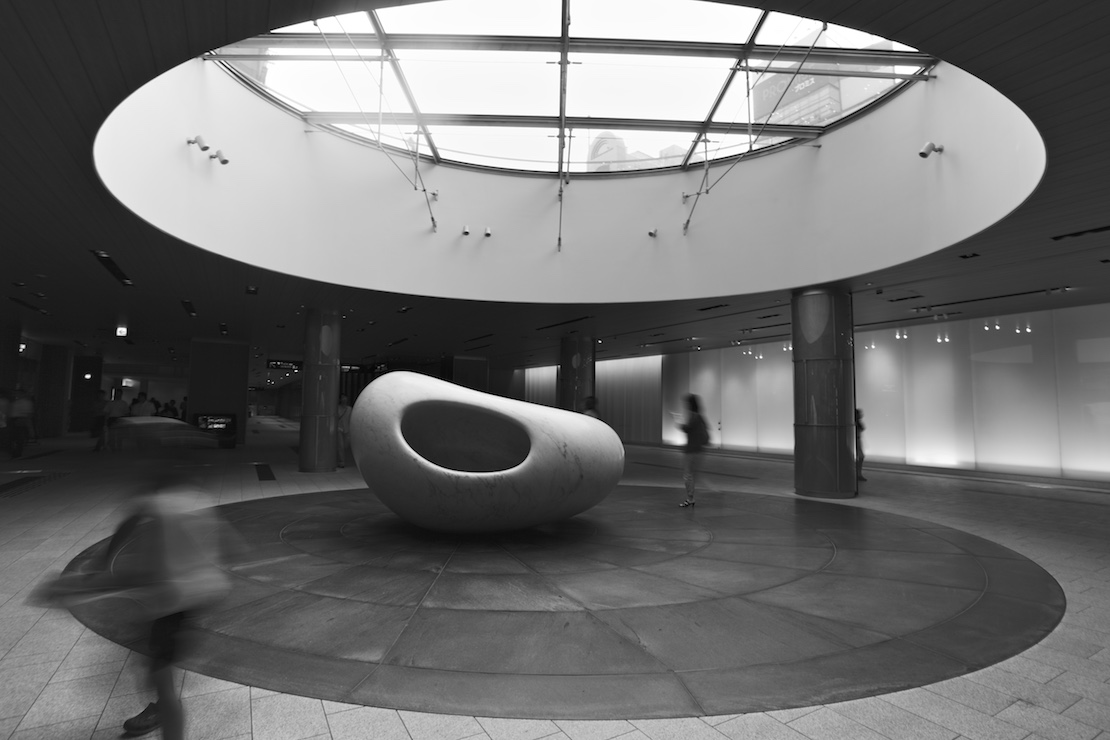
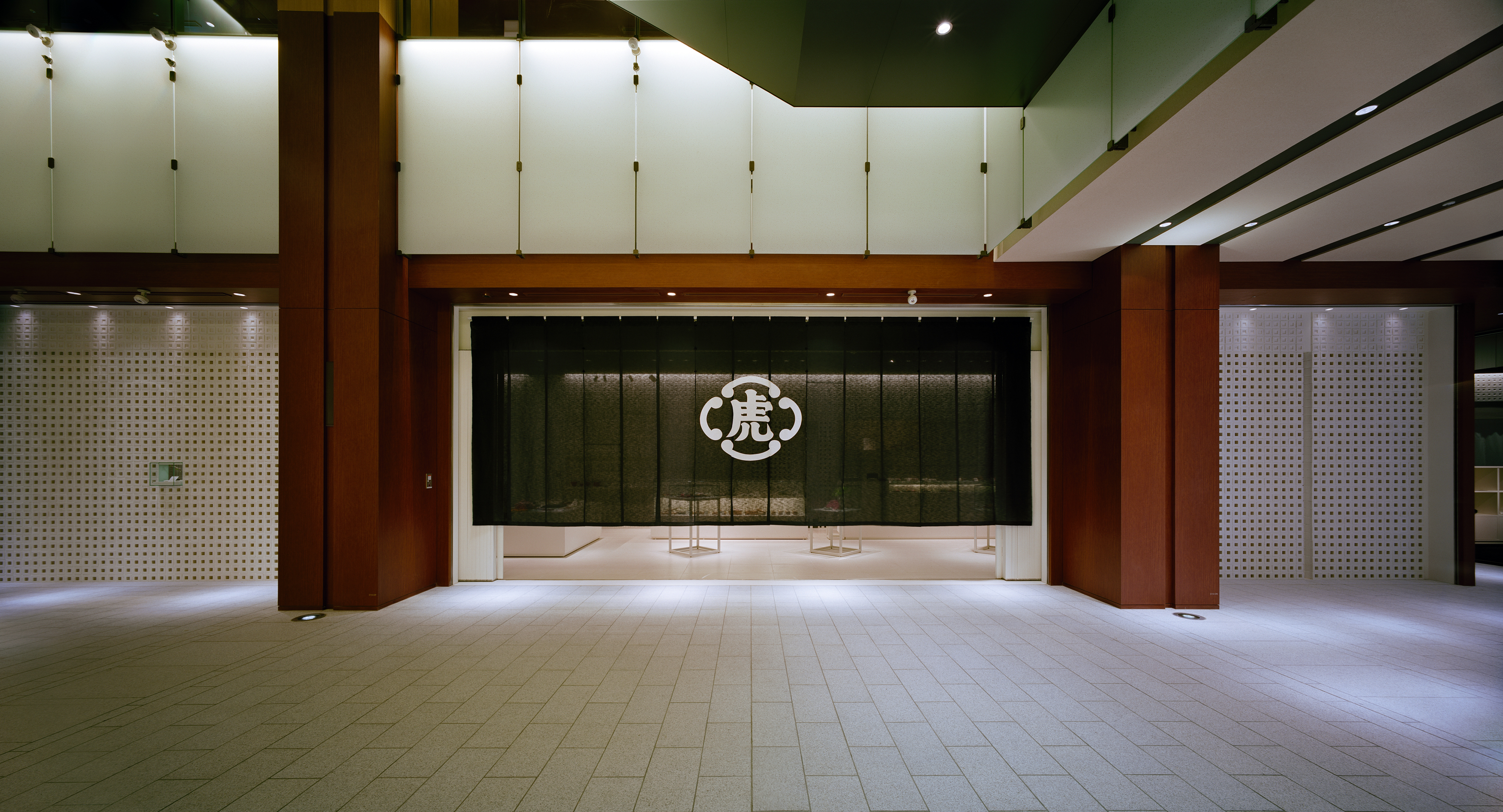
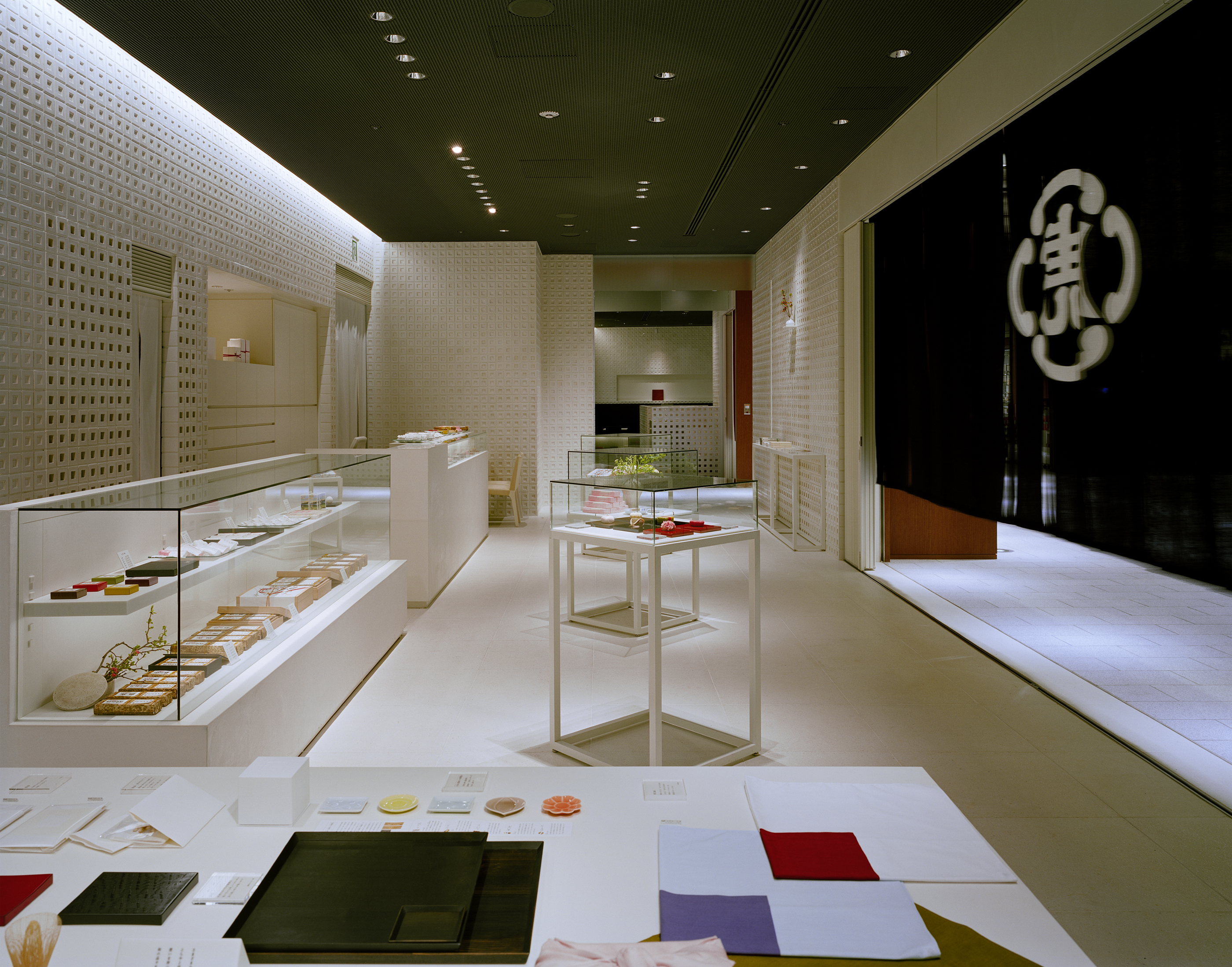
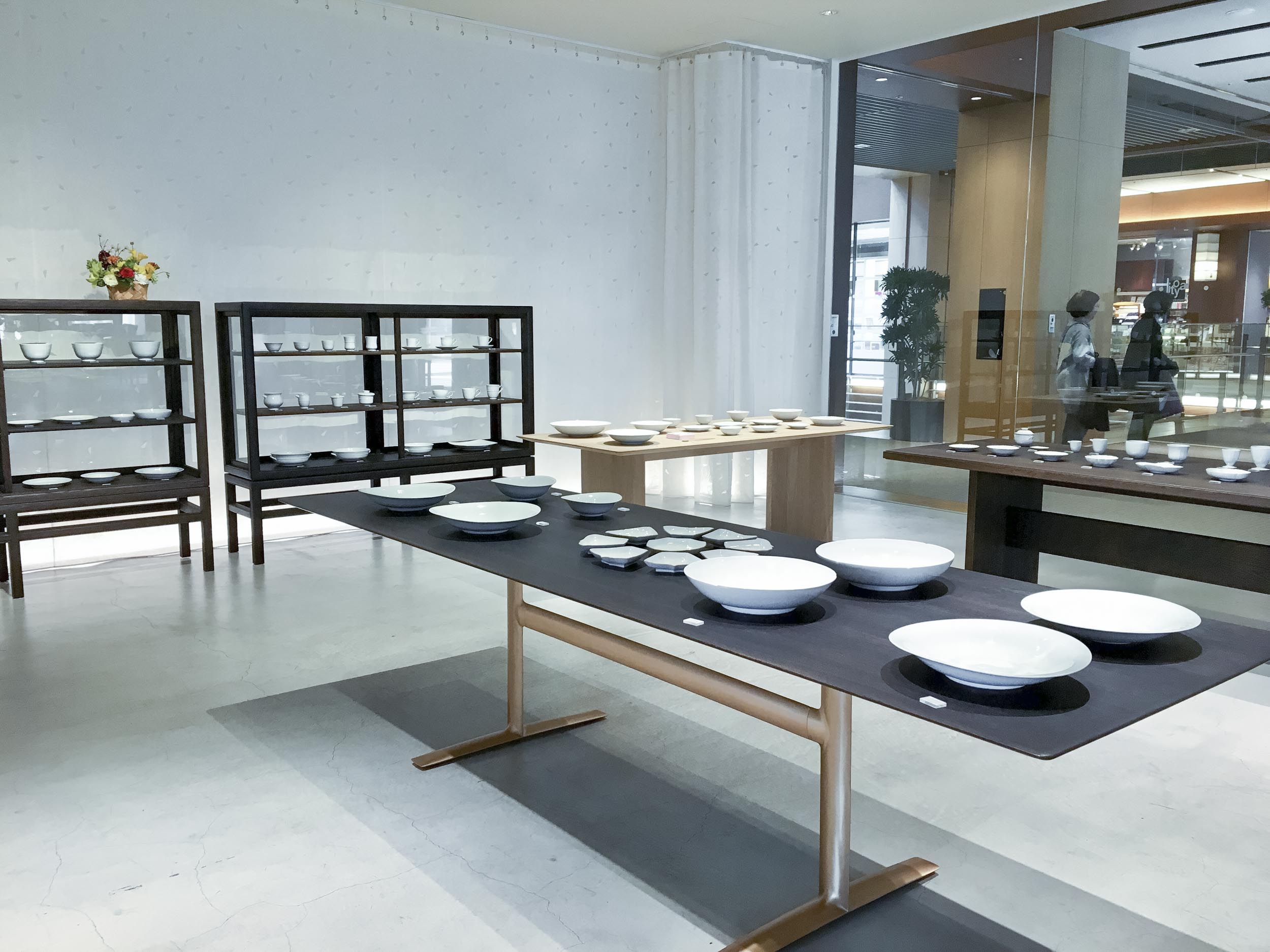
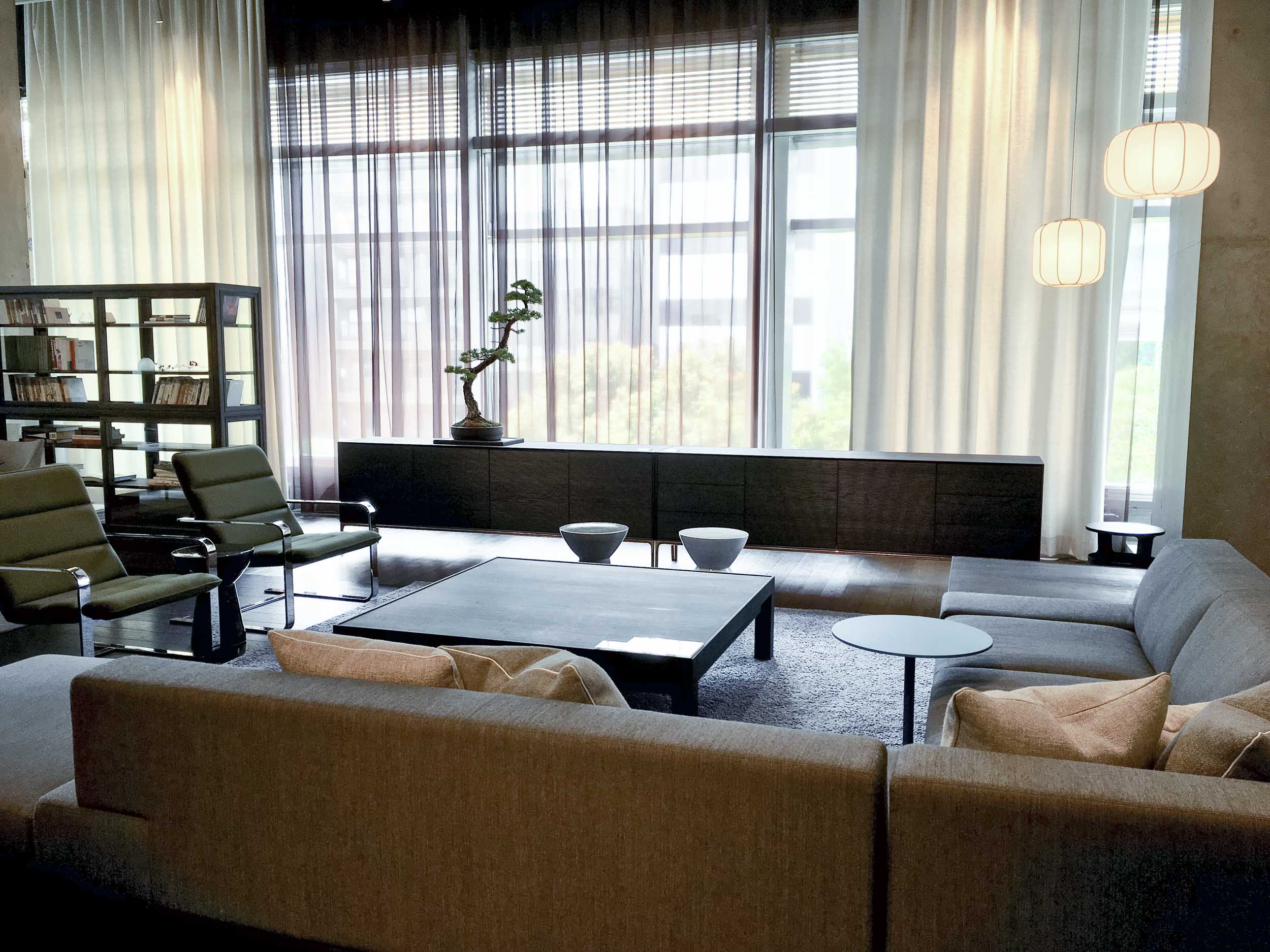
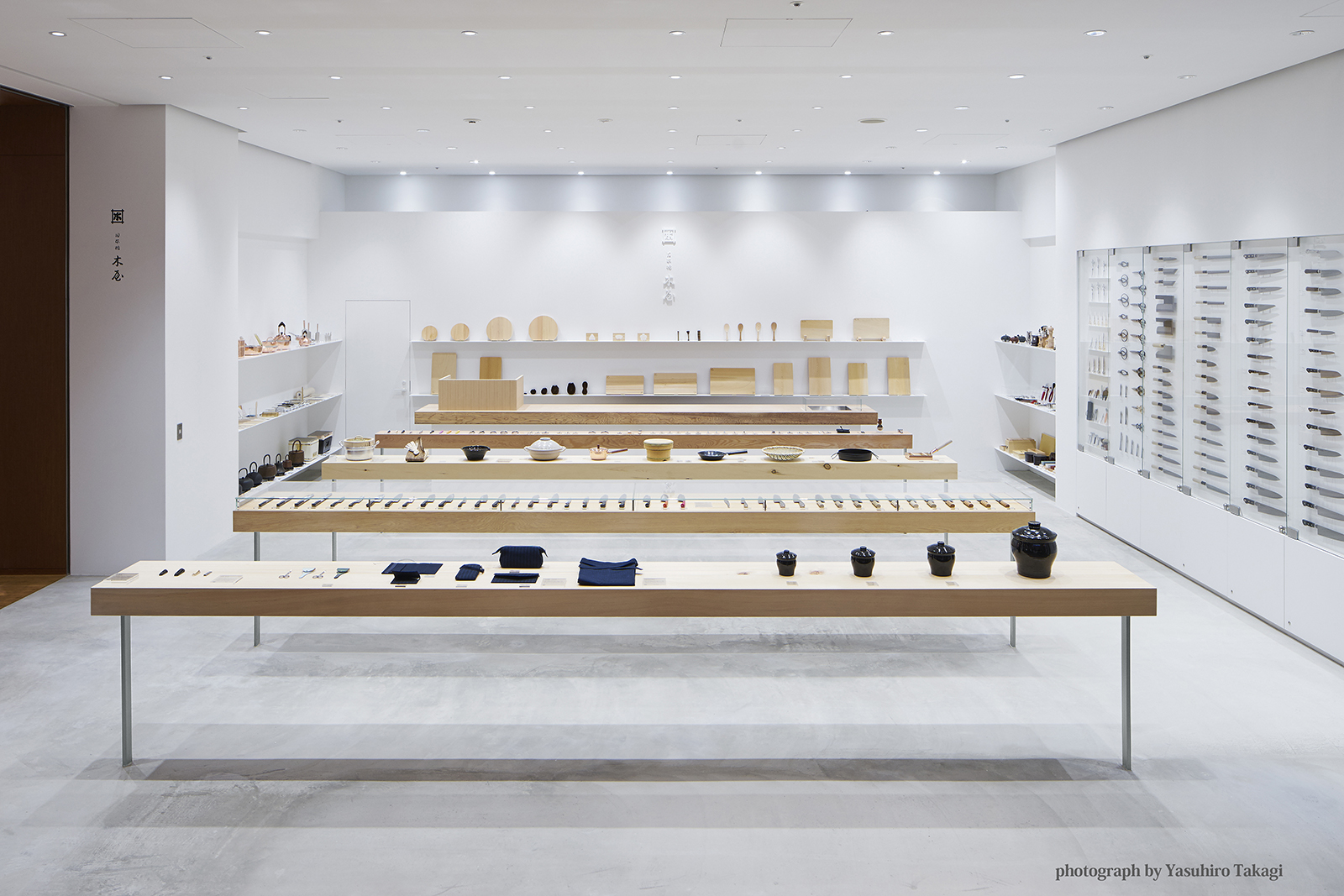
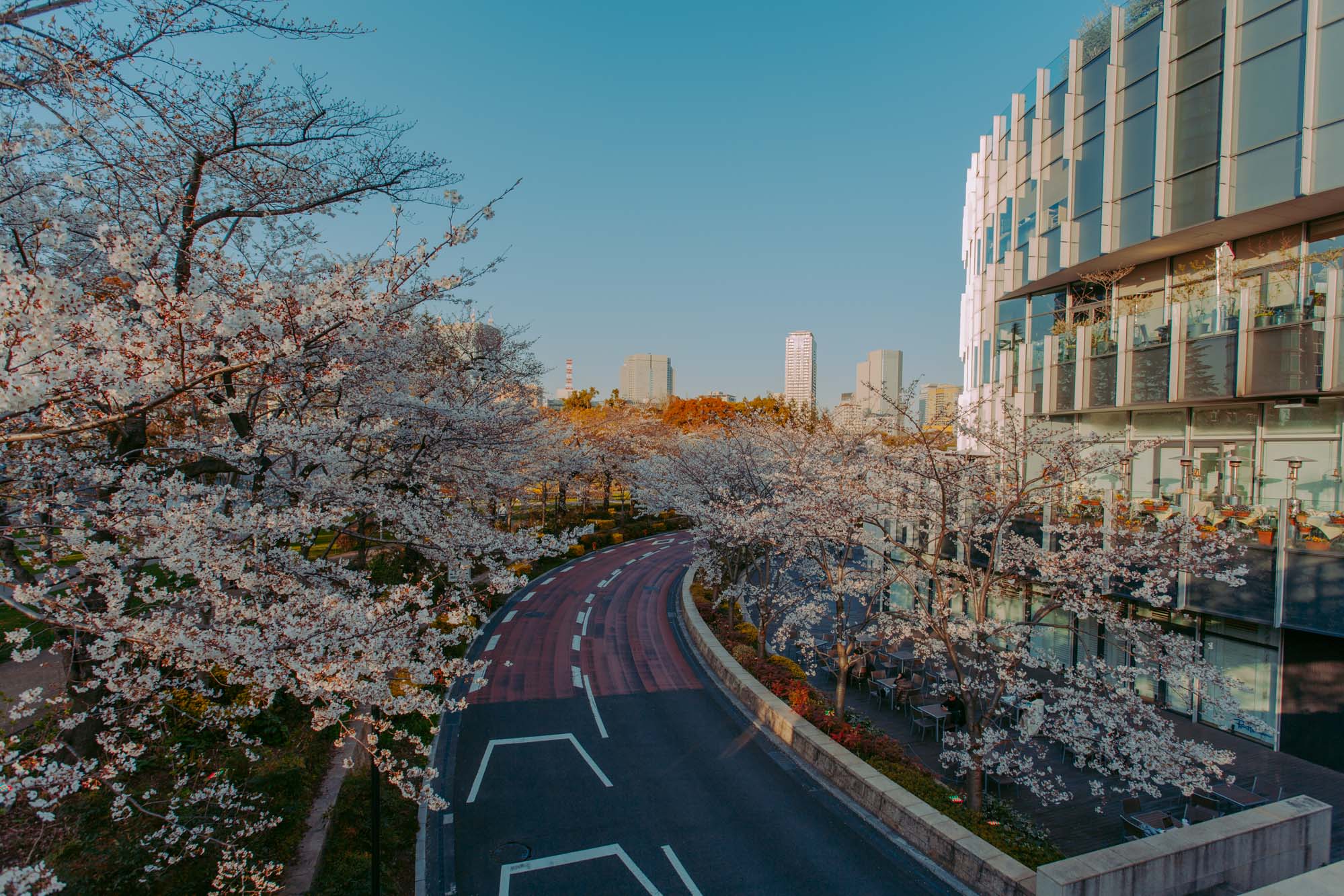
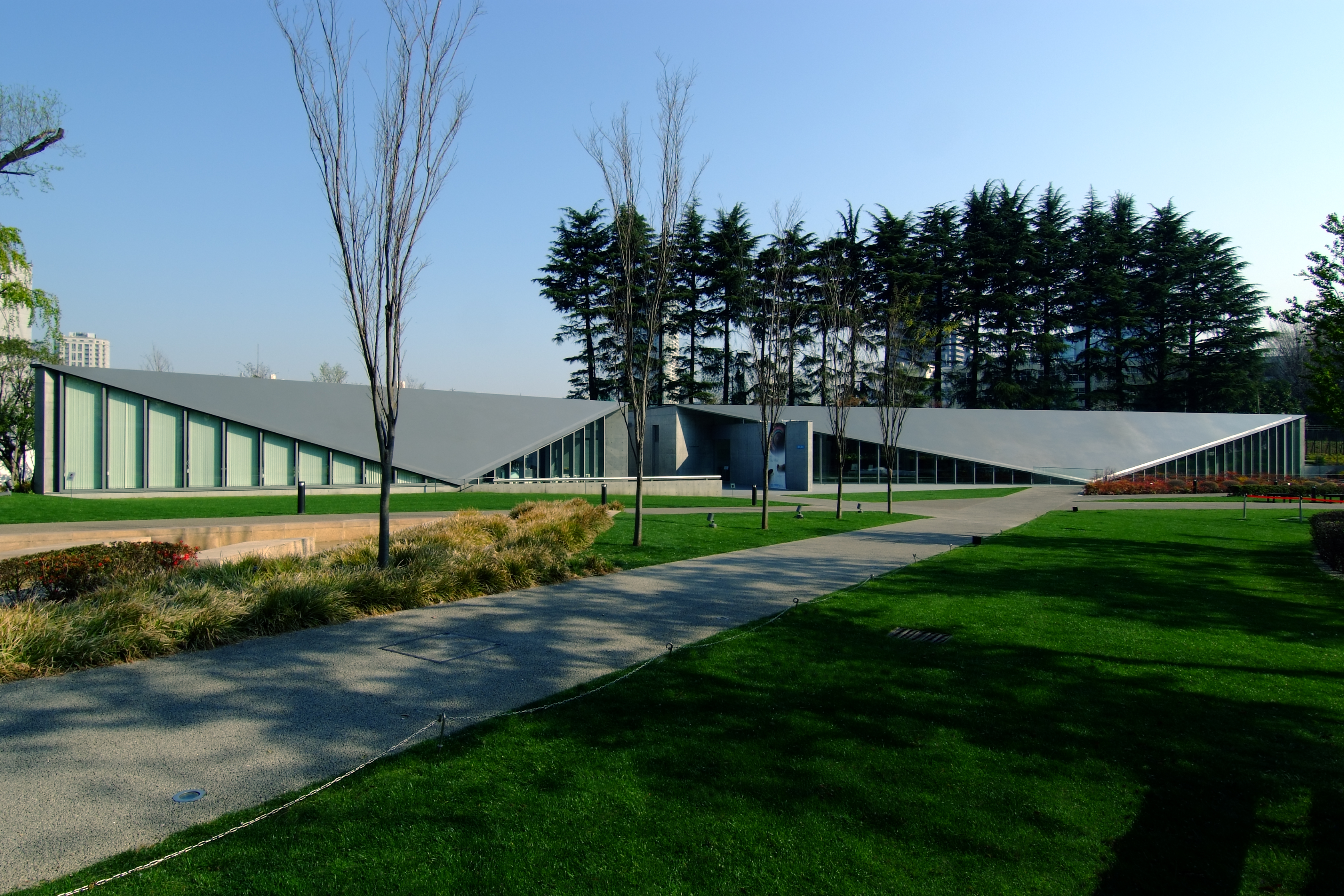



You may also decide to get one of the culinary delights of Midtown’s B1F to go and take a seat in the Midtown Garden, which can be reached via a couple of footbridges directly from the shopping mall. Also inside Tokyo Midtown Garden is 21_21 DESIGN SIGHT, a must-visit gallery for any design and photography lover, built by none other than legendary architect Tadao Ando.
Tokyo Midtown Garden also regularly hosts wonderful seasonal events such as pop-up art installations, an outdoor cocktail bar and footbath in the summer, an ice-skating rink in the winter, free yoga events etc., making it an exciting destination to visit all-year-round.
As your last stop for the day, make your way back west towards Roppongi Hills. There you will find the Mori Art Museum, TOHO Cinemas (which becomes the venue for the Tokyo International Film Festival in autumn), the famous Maman Spider Sculpture by Louise Bourgeoisas, well as a range of shops, restaurants and bars in and around Mori Tower that make for a great night out in Roppongi.
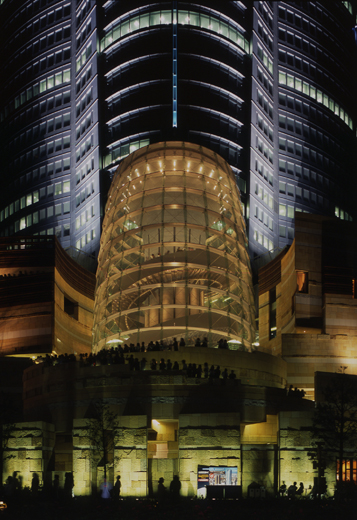
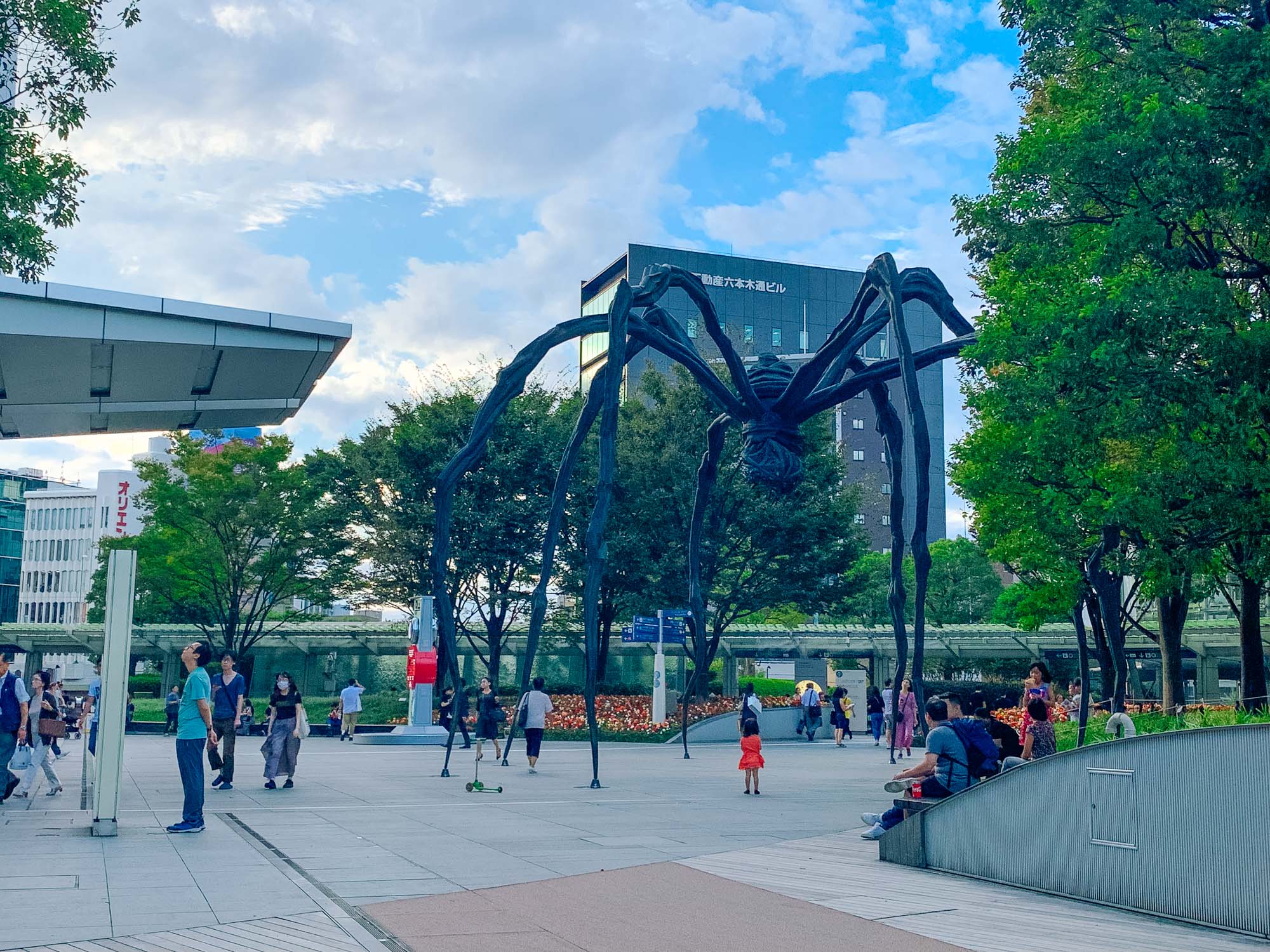
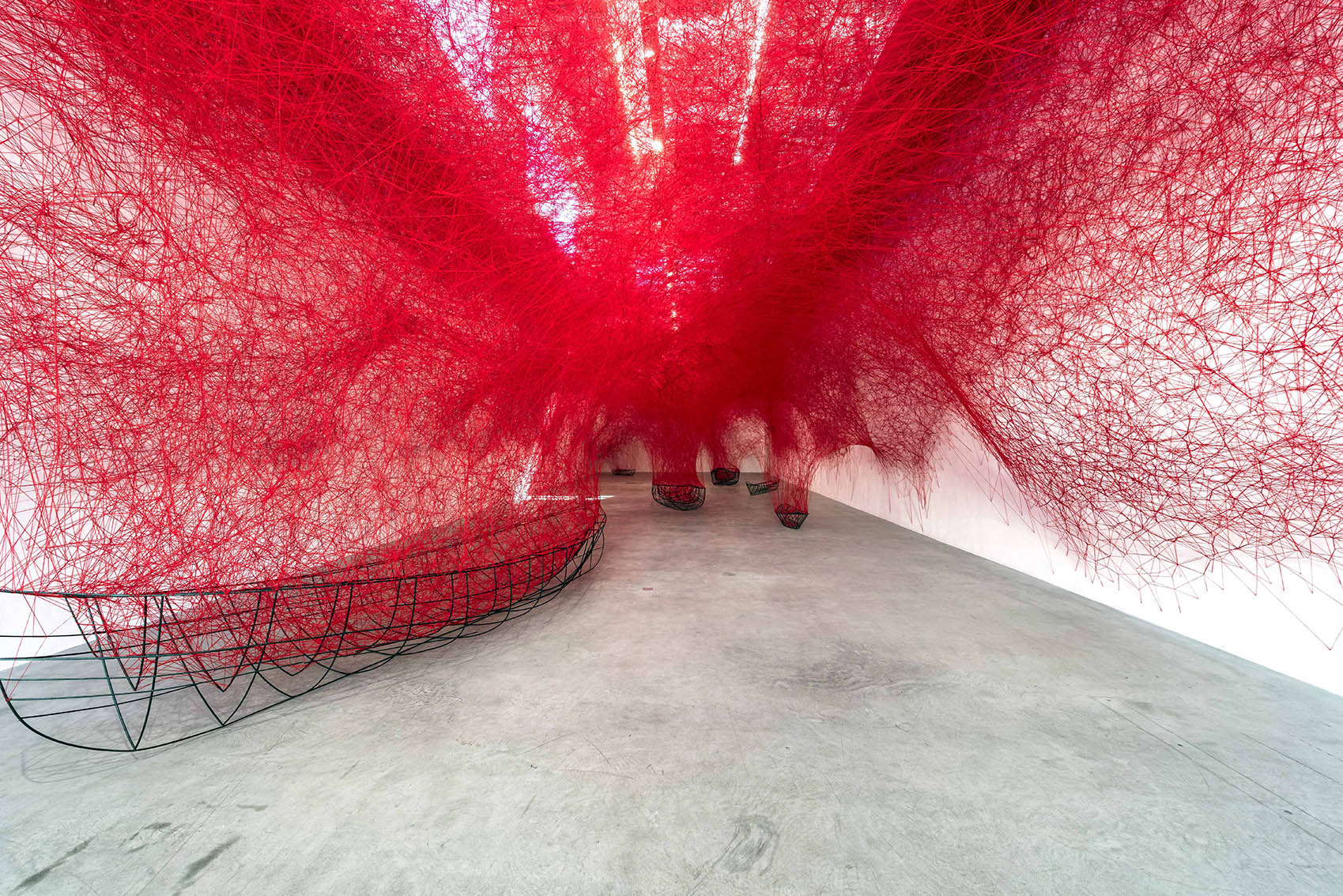
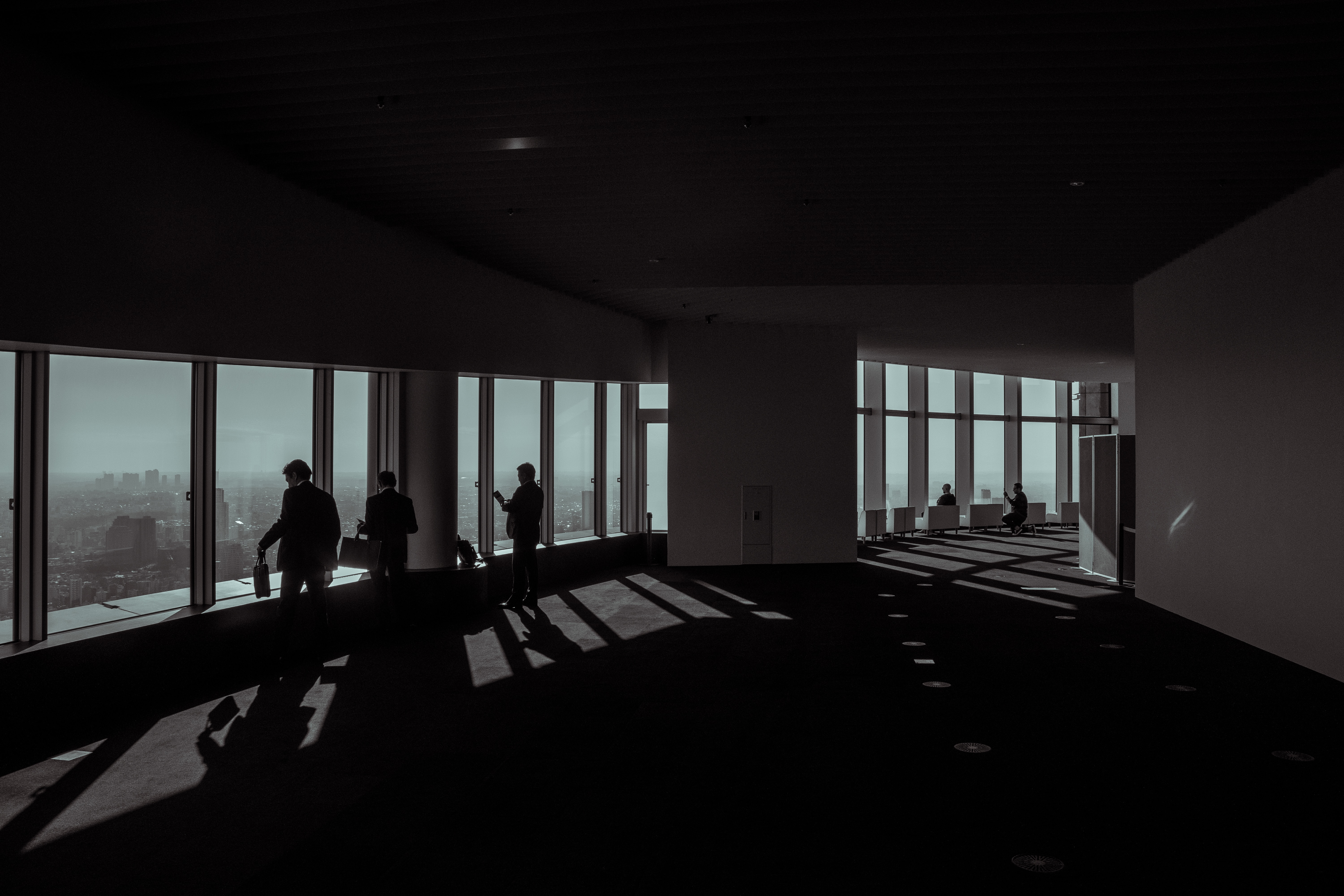

In this guide
From famous Shibuya Crossing, to Hachiko’s heartbreaking story and legendary gyaru culture, Shibuya certainly doesn’t need any introductions. Having undergone vast renovations ahead of the 2020 Olympics, the area around Shibuya station is changing almost monthly, now featuring a new observation deck and lounge overlooking Shibuya crossing on top of Scramble Square, newly revamped fashion temple PARCO, Shibuya Stream and eventually a completely overhauled Hachiko Station Square.
With Shibuya 109, Loft, Muji and other big retailers boasting some of their best Tokyo stores in this area, Shibuya is a haven of young fashion, design and more, leaving absolutely nothing to desired for if you are looking for a quintessential Tokyo shopping experience.
With Shibuya 109, Loft, Muji and other big retailers boasting some of their best Tokyo stores in this area, Shibuya is a haven of young fashion, design and more, leaving absolutely nothing to desired for if you are looking for a quintessential Tokyo shopping experience.
If you want to break away from all the craziness, make your way up the hill North to Jinnan or Northwest to Tomigaya, Shibuya’s design-conscious neighbors which feature amazing cocktail bars and tranquil fashion boutiques away from all the hustle and bustle.
Don’t forget to finish your night with a snack at one of Shibuya’s backstreet alleys and a stroll through the legendary love hotel hill at Dogenzaka.
Don’t forget to finish your night with a snack at one of Shibuya’s backstreet alleys and a stroll through the legendary love hotel hill at Dogenzaka.
If kawaii is your motto in life, then Harajuku’s ubiquitous cuteness, cheap fashion and colorful crowd will be nothing short of gratification to you.
Fill your heart with cute love at Harry’s Hedgehog Café, stroll down the famouly crowded Takeshita Street, satisfy your stomach and senses at the Kawaii Monster Café and explore the area that is known as the birthplace of all things kawaii.
Fill your heart with cute love at Harry’s Hedgehog Café, stroll down the famouly crowded Takeshita Street, satisfy your stomach and senses at the Kawaii Monster Café and explore the area that is known as the birthplace of all things kawaii.
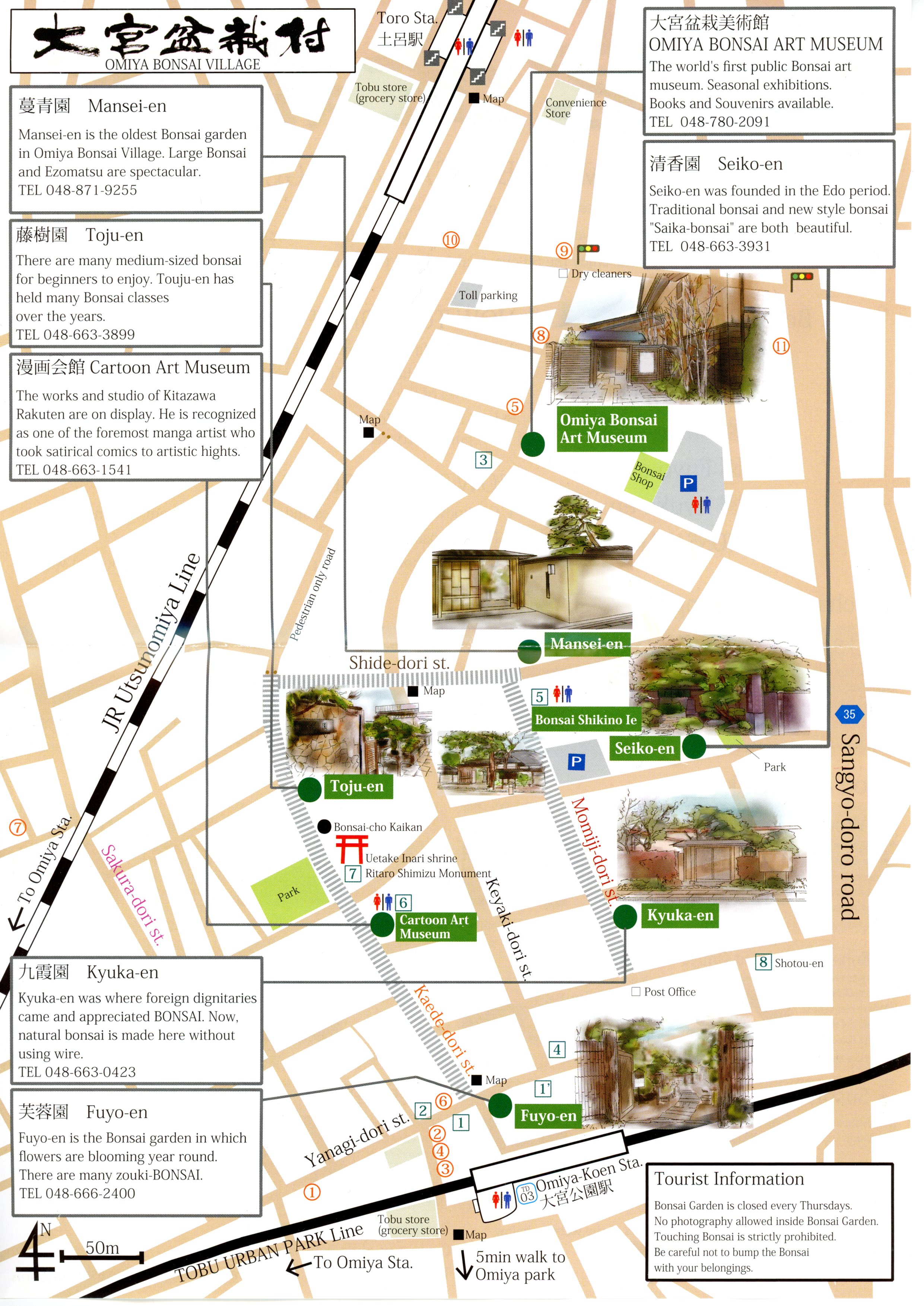
The origins of the Omiya Bonsai Village date back to the Great Kanto Earthquake of 1923 which left Tokyo in ruins but as a result gave birth to the creation of this very unique area.
Looking for a new location to call home, a group of Tokyo’s bonsai gardeners found spacious land with plenty of fresh water and fresh air in the city of Omiya, less than an hour north of central Tokyo. Soon after its foundation in 1925, the village established itself as one of Japan’s top bonsai areas, and became the host of the World Bonsai Convention in 1989 while now being considered to have one of the highest densities of bonsai gardens in the world.
Of the numerous bonsai gardens that were originally founded here almost 100 years ago, only six remain of which we will introduce to you our favorite selection.
The Omiya Bonsai Museum
︎2-24-3 Toro-cho, Kita Ward, Saitama City, Saitama
︎9:00-16:30 during March-October; 9:00-16:00 during November-February, Closed on Thursdays
︎Adult : 310yen; students, over 65: 150yen, children 100 yen
︎Google Maps
︎Website


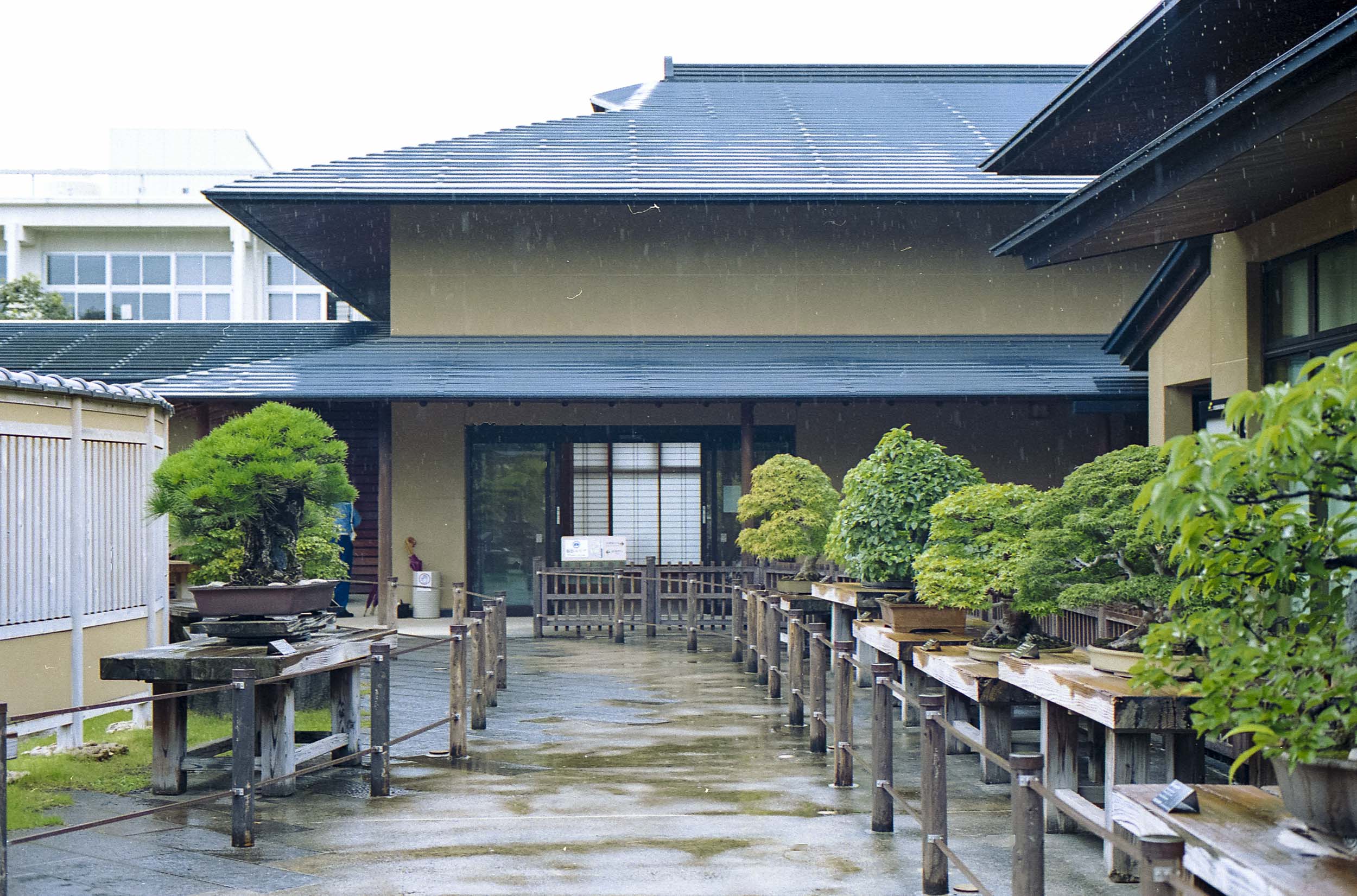
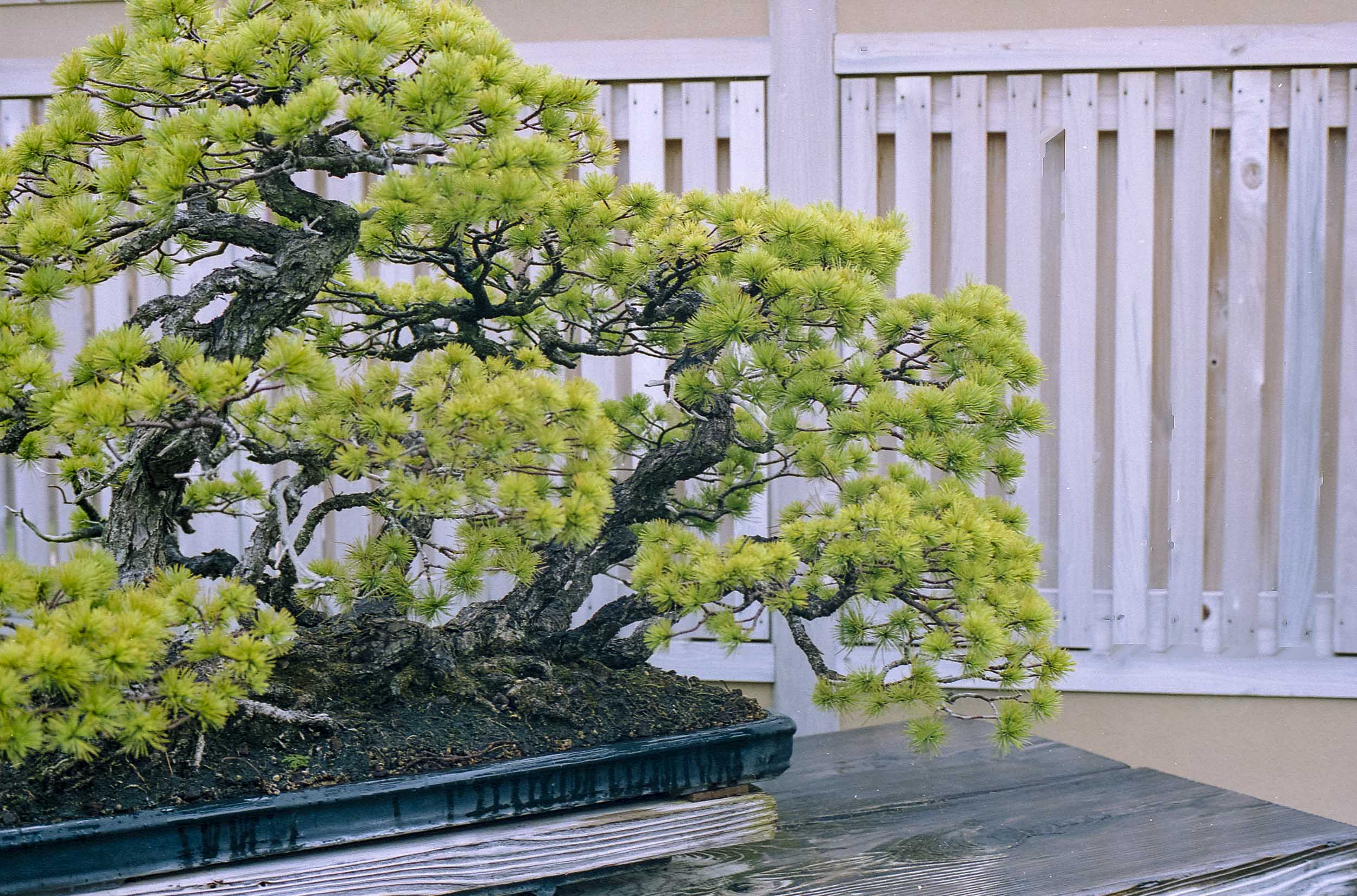



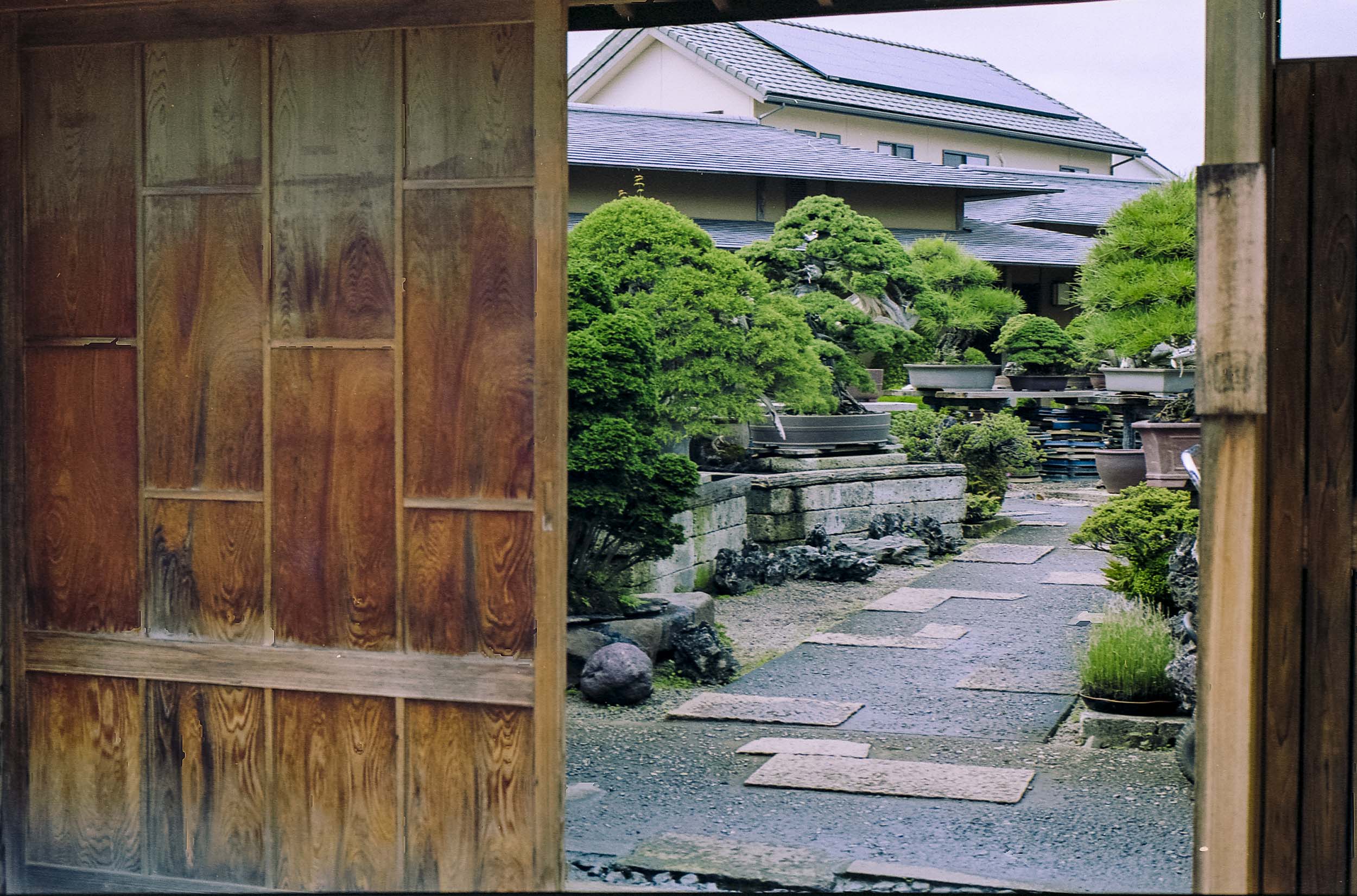
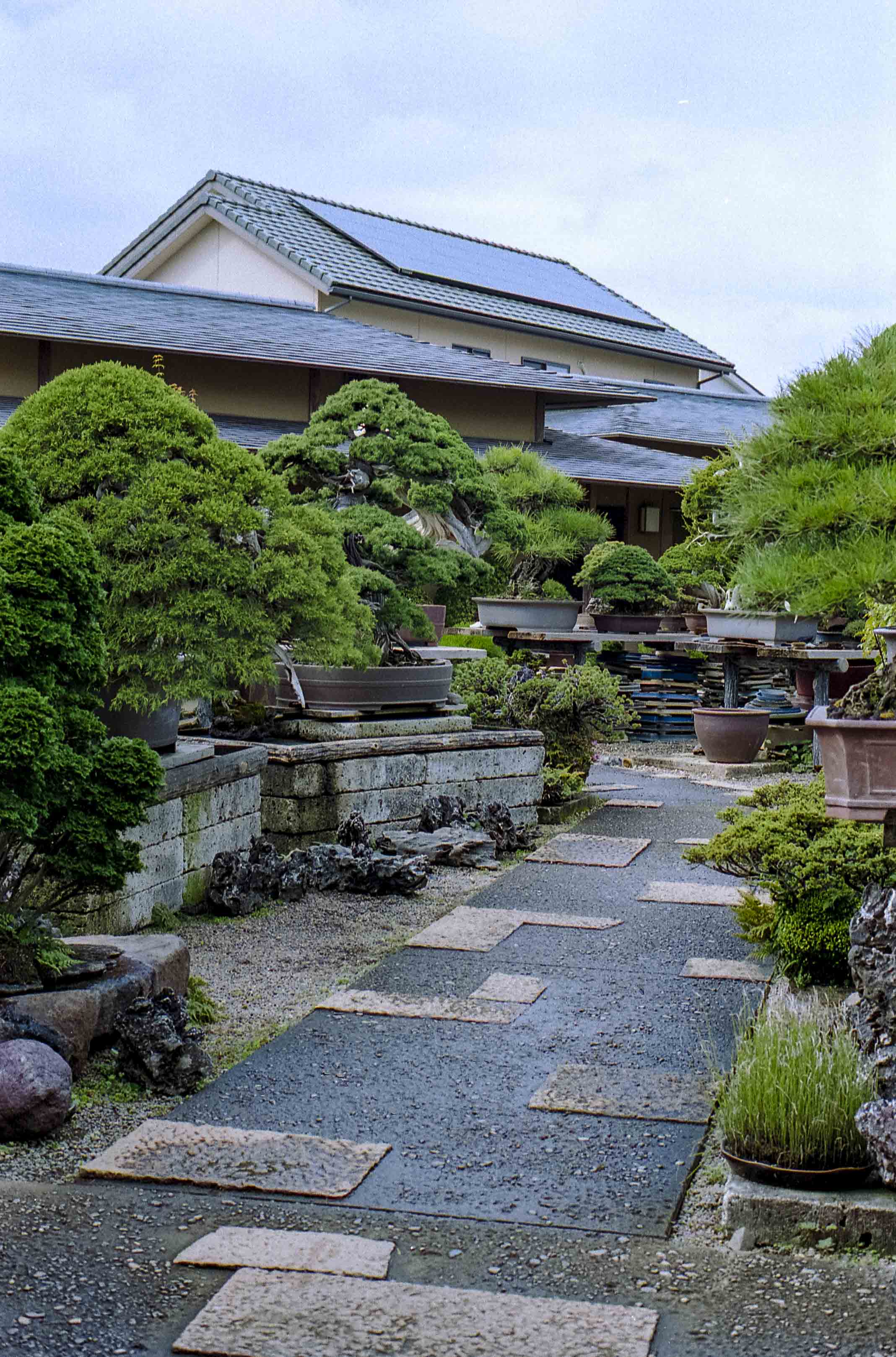

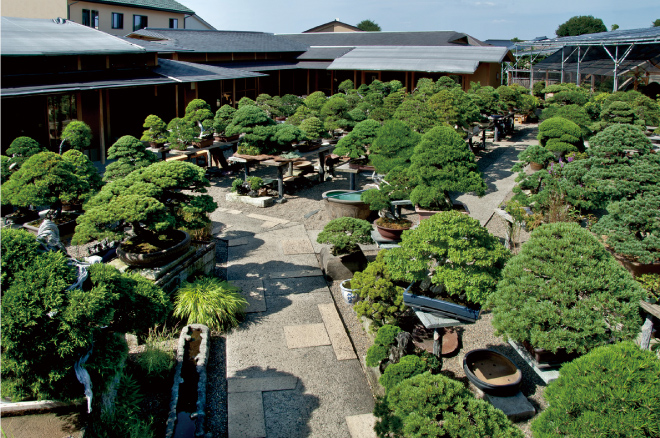
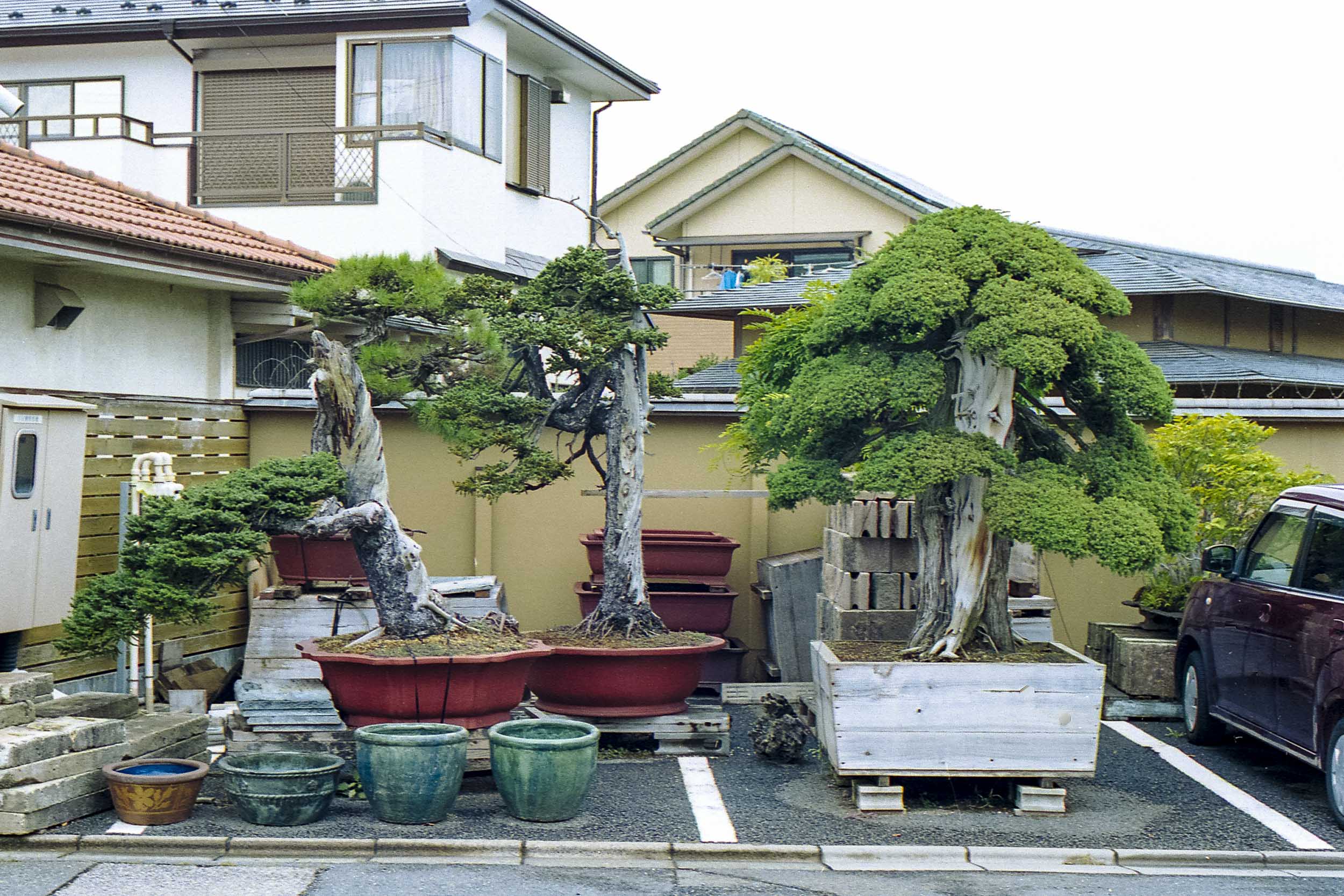
蔓青園 Mansei-en
︎285 Bonsai-cho, Kita-ku, Saitama City
︎9:00-16:00, Closed on Thursdays
︎Free entry
︎Google Maps
*no photos allowed inside the garden
清香園 Seikō-en
︎268 Bonsai-cho, Kita-ku, Saitama City
︎9:00-17:00, Closed on Thursdays
︎Free entry
︎Google Maps
︎Website
Photos courtesy of Seikō-en
*no photos allowed inside the garden




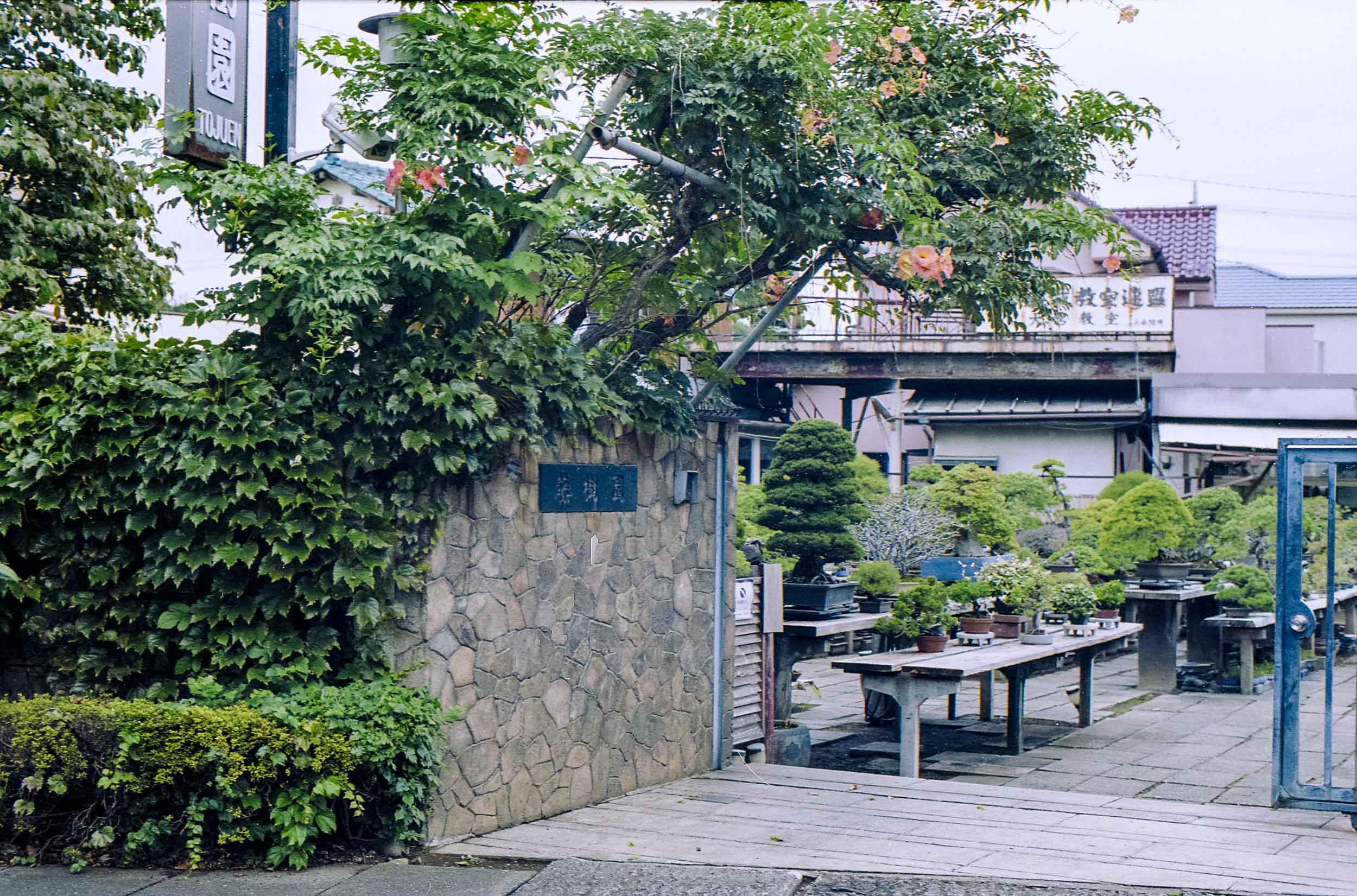

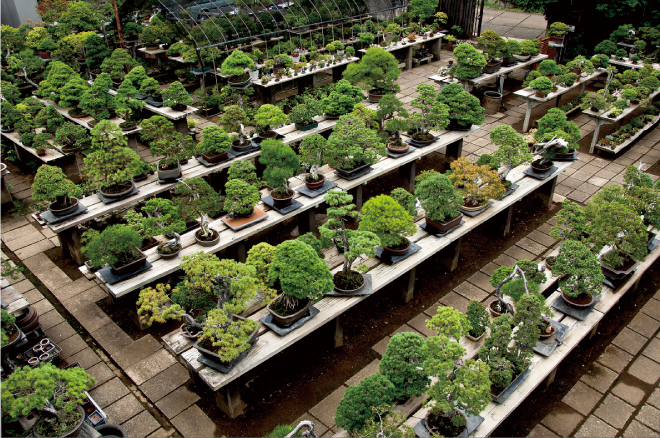
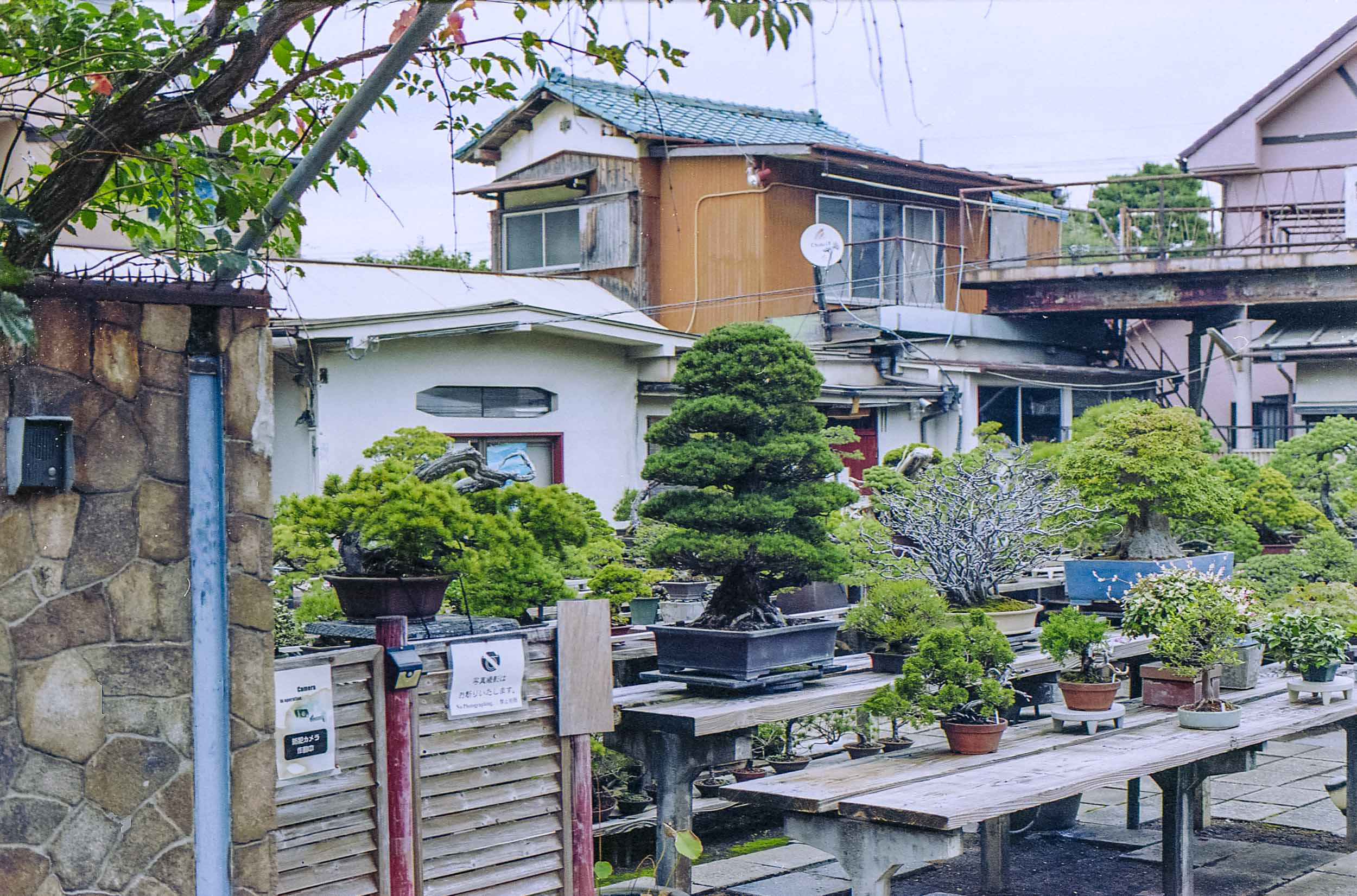
藤樹園 Toju-en
︎247 Bonsai-cho, Kita-ku, Saitama City
︎9:30-16:00, Closed on Thursdays
︎Free entry
︎Google Maps
*no photos allowed inside the garden
芙蓉園 Fuyo-en
︎96 Bonsai-cho, Kita-ku, Saitama City
︎08:00-17:30, Closed on Thursdays
︎Free entry
︎Google Maps
︎Website
*no photos allowed inside the garden
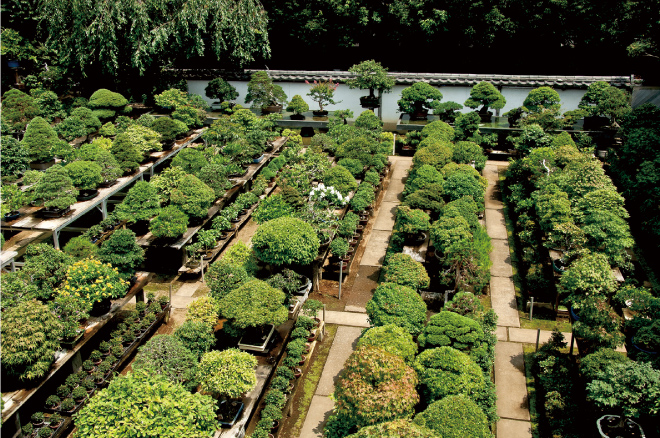
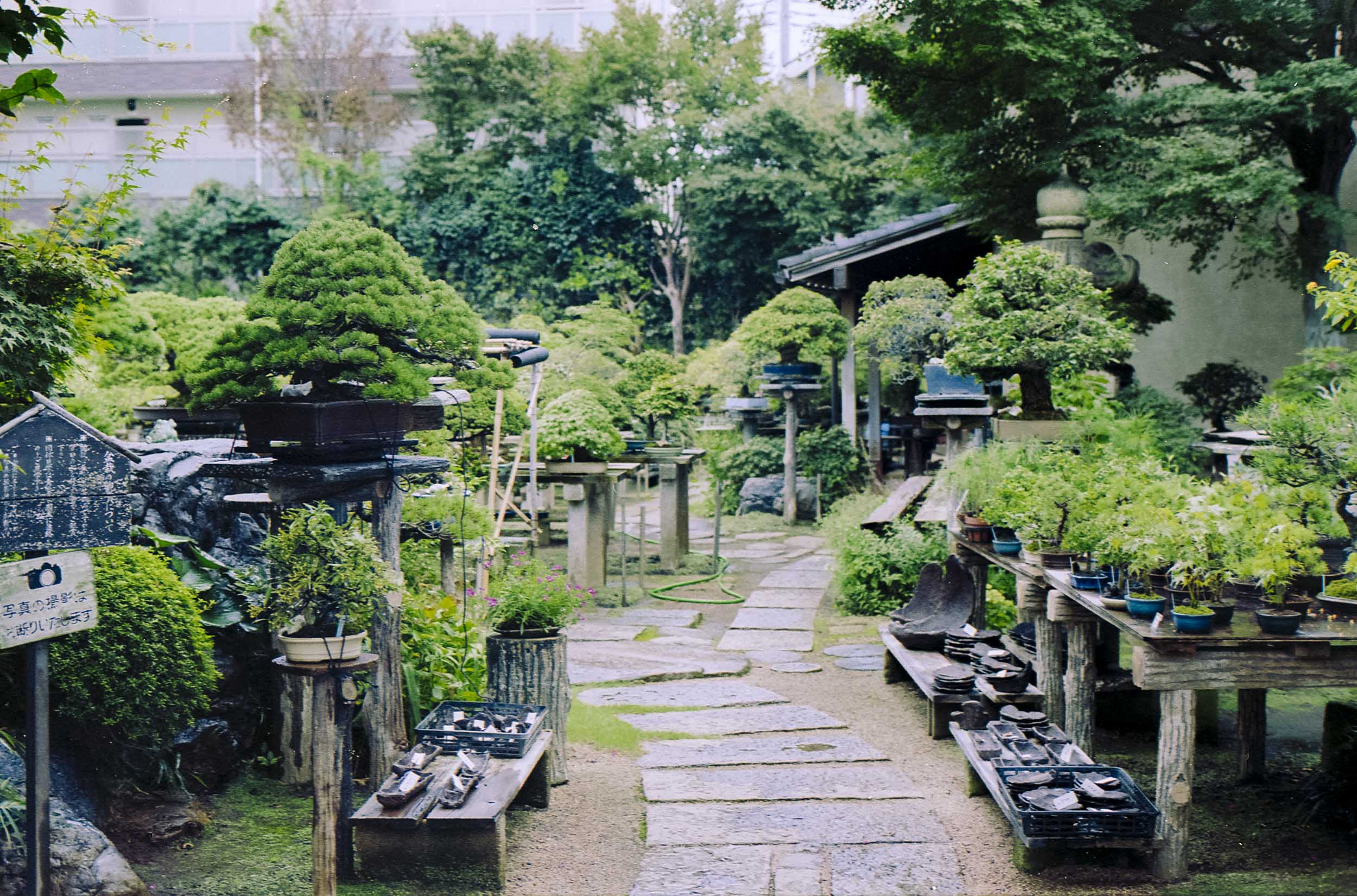
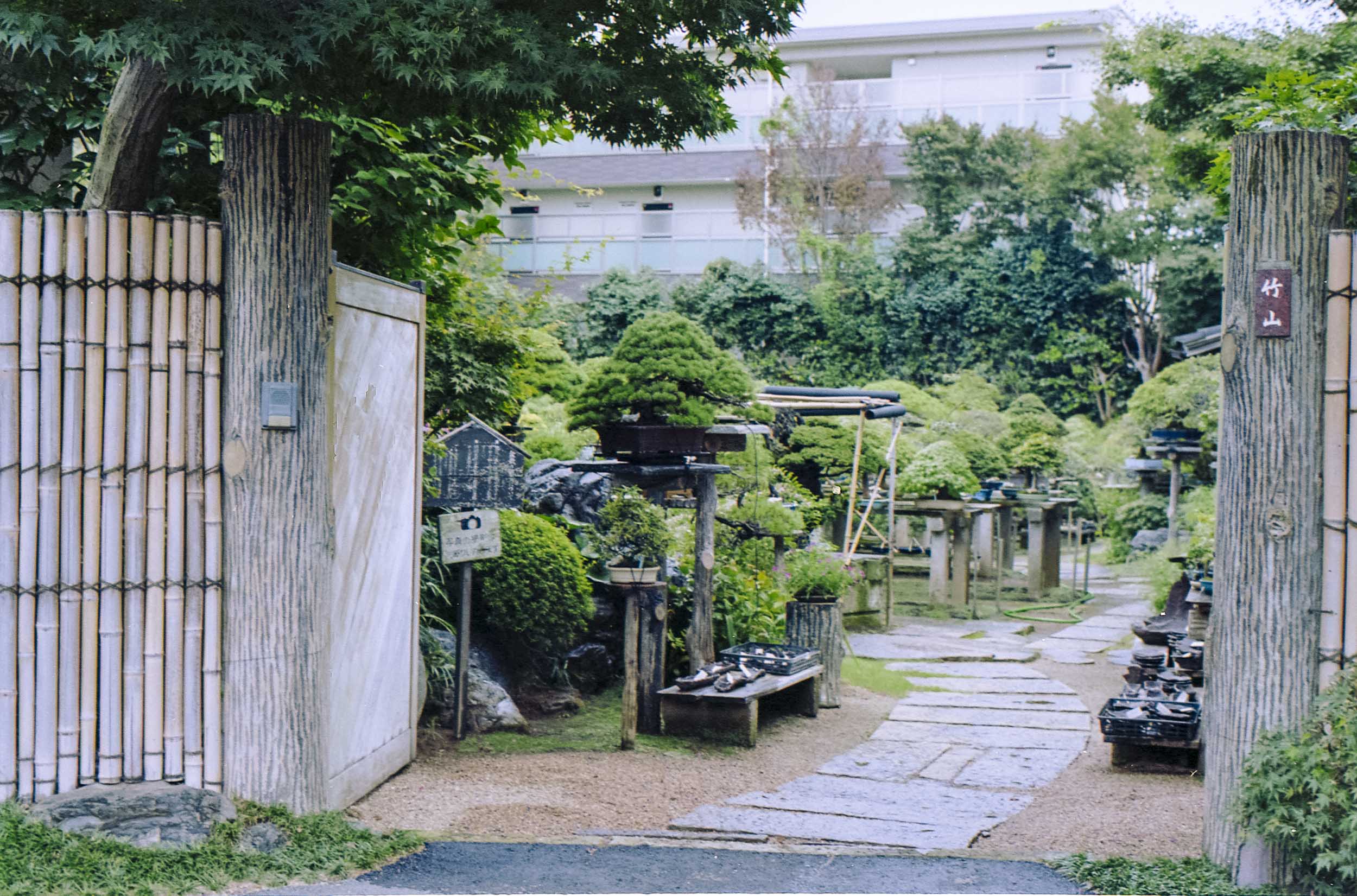
Explore more
